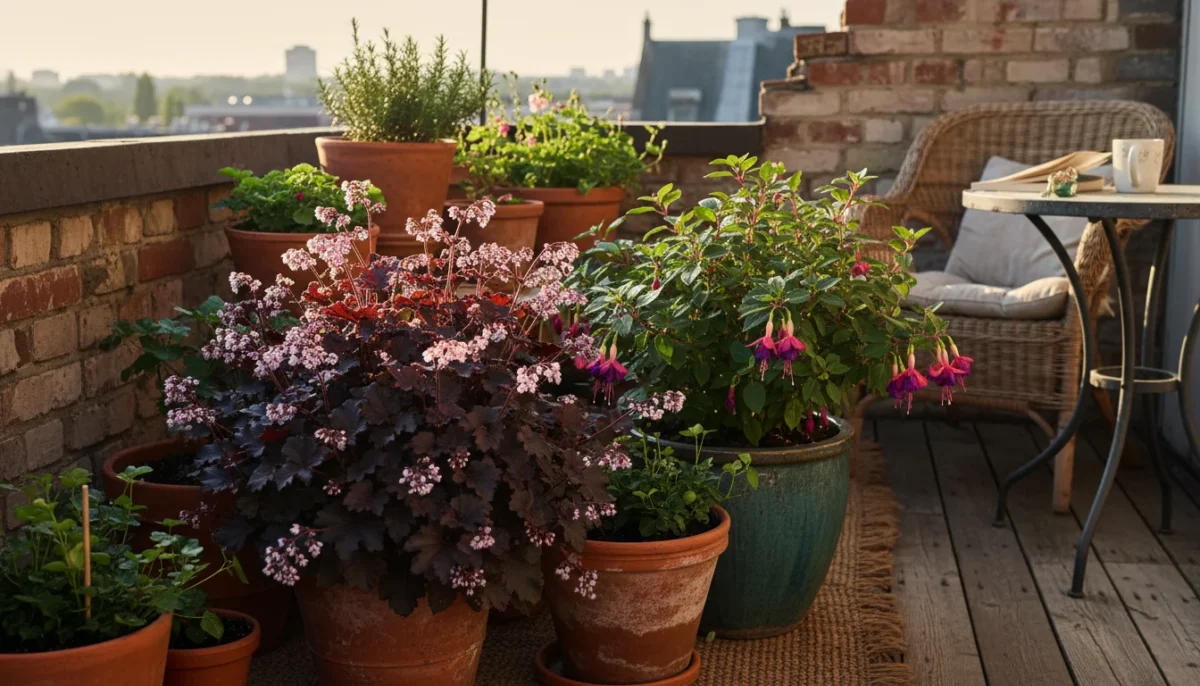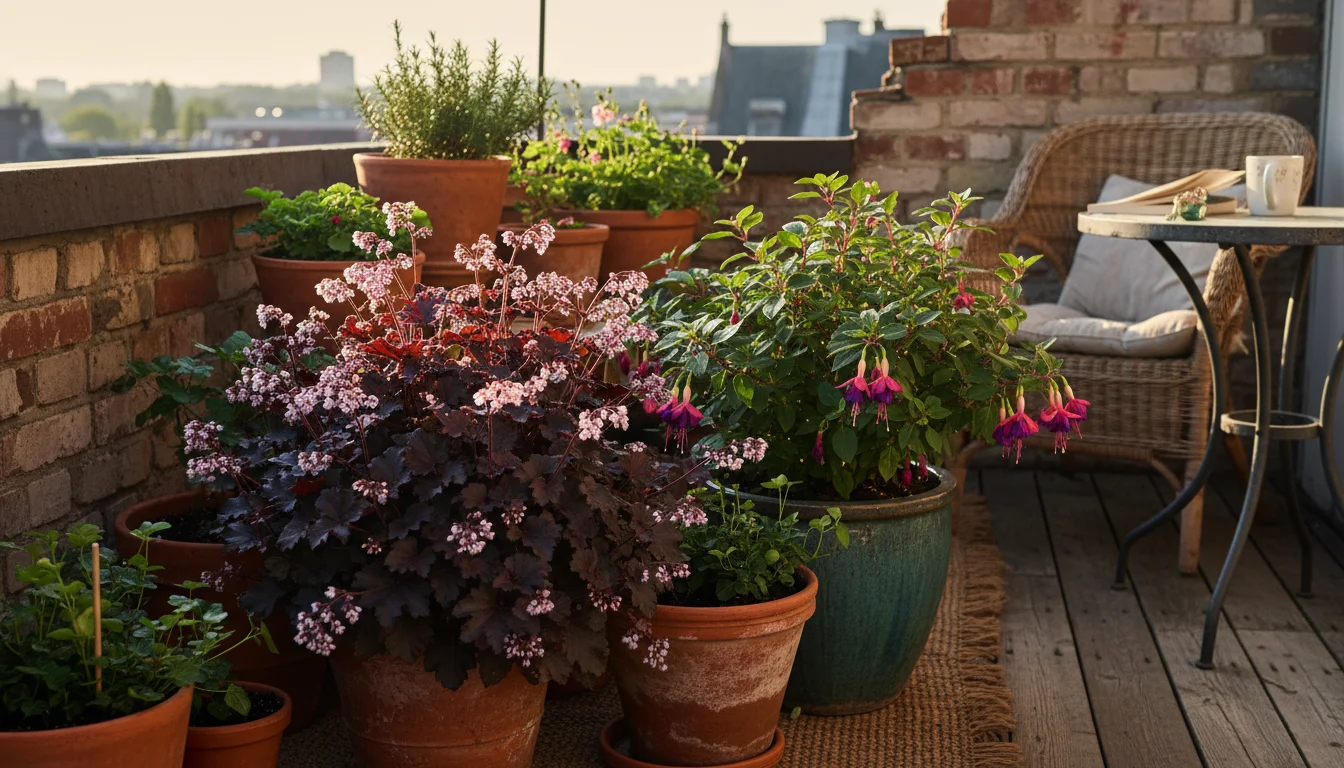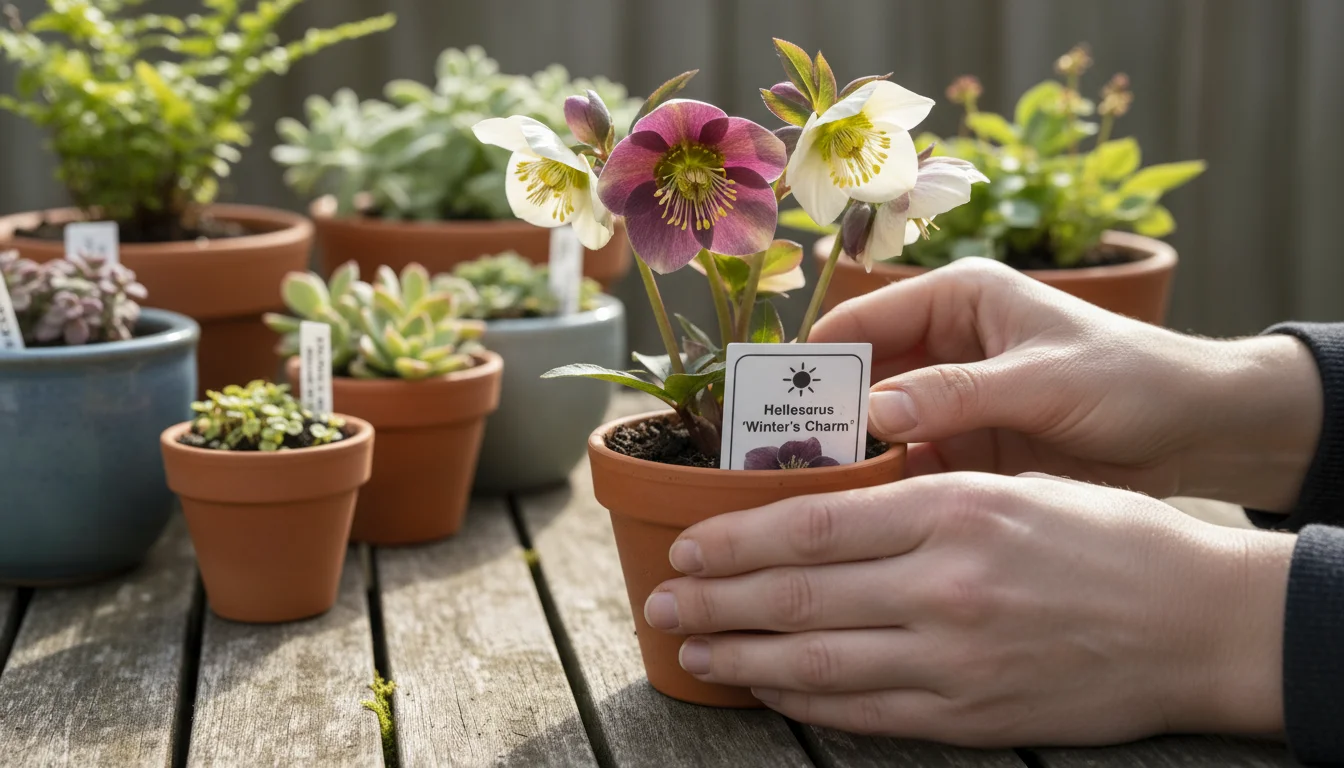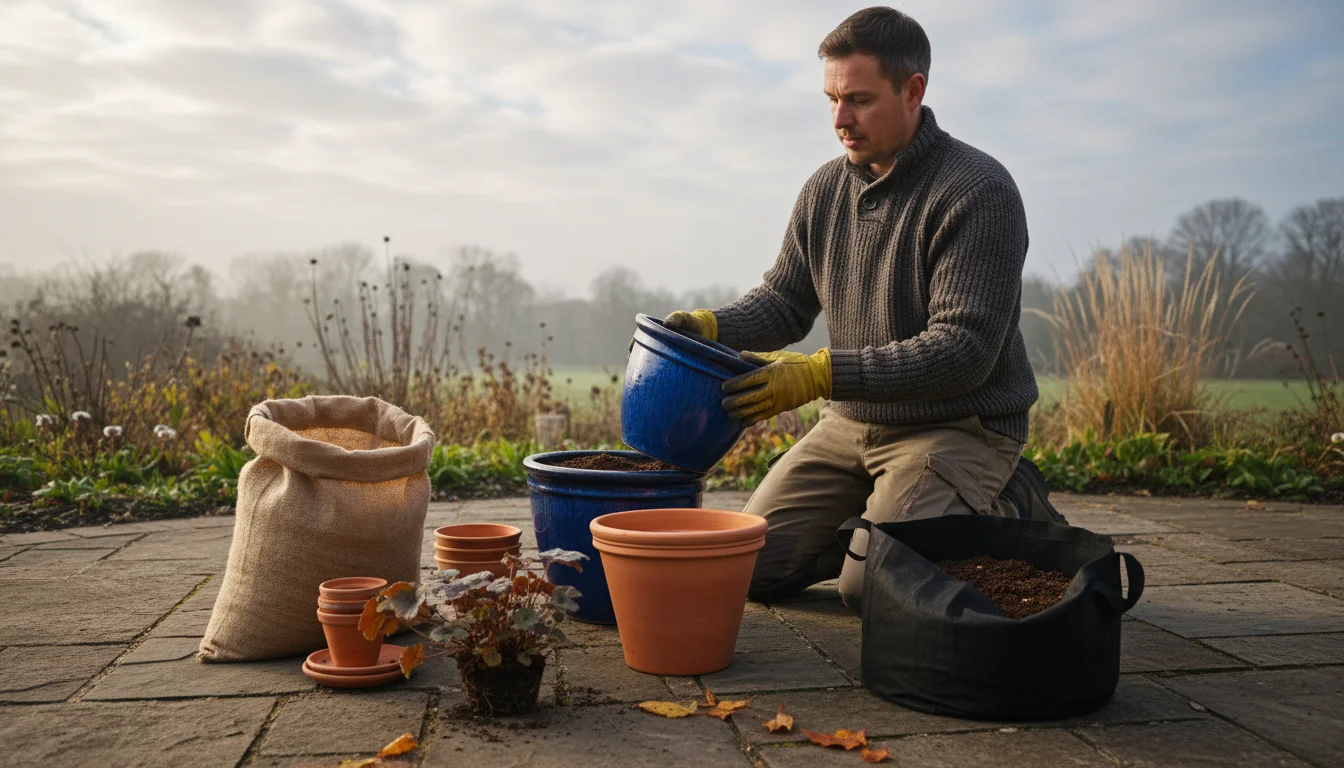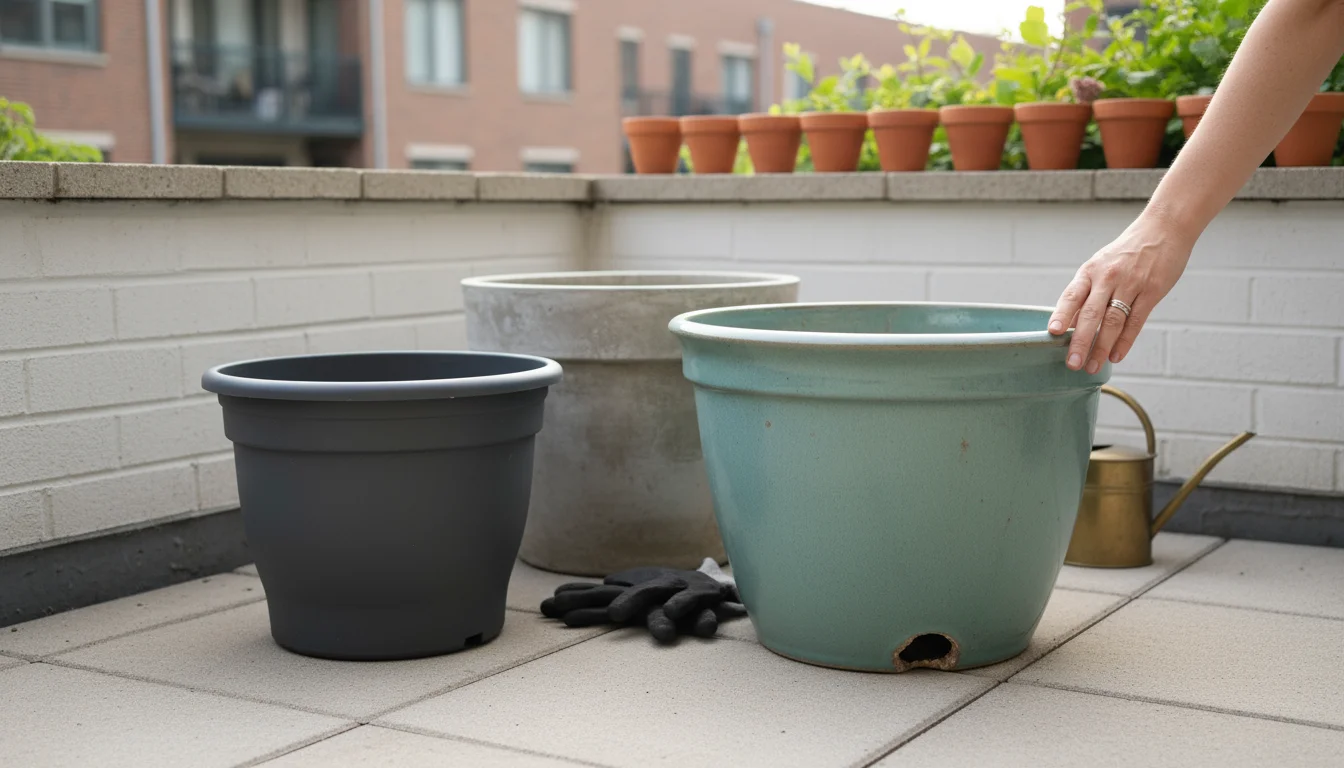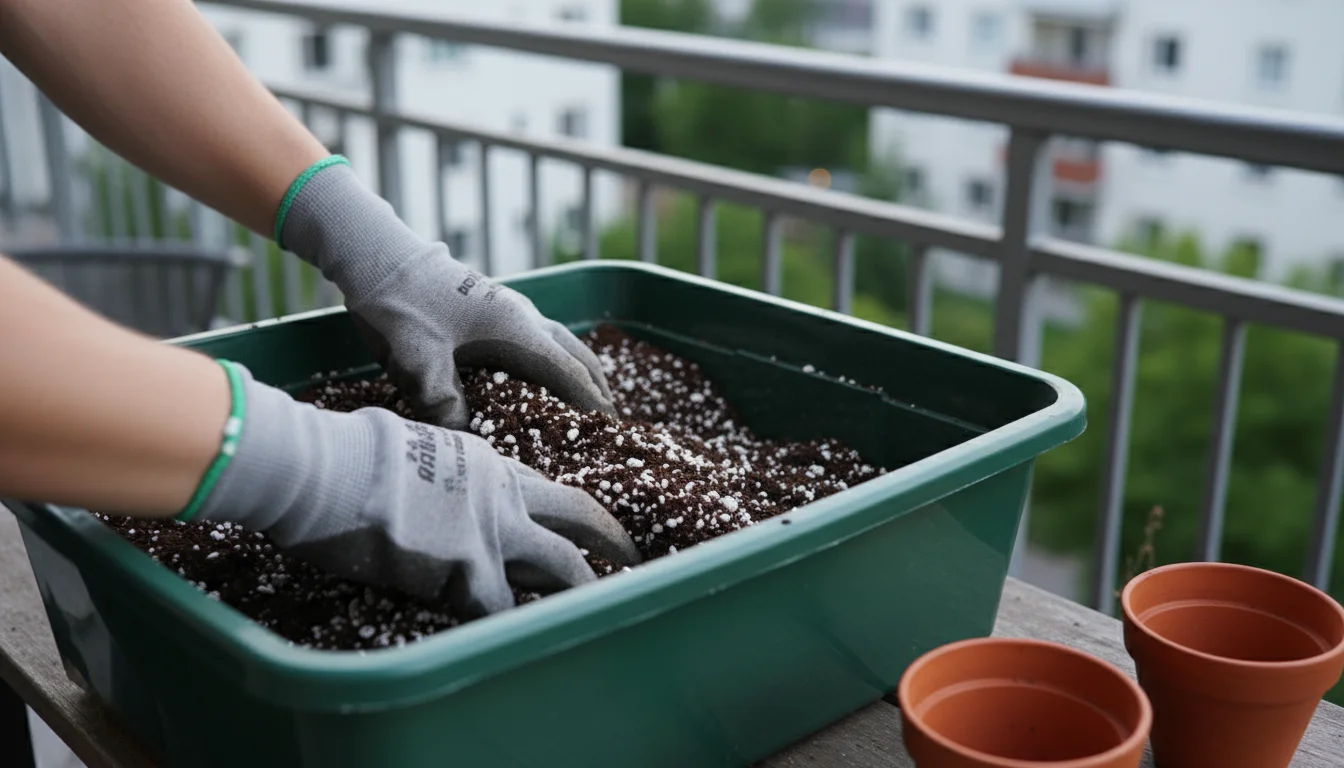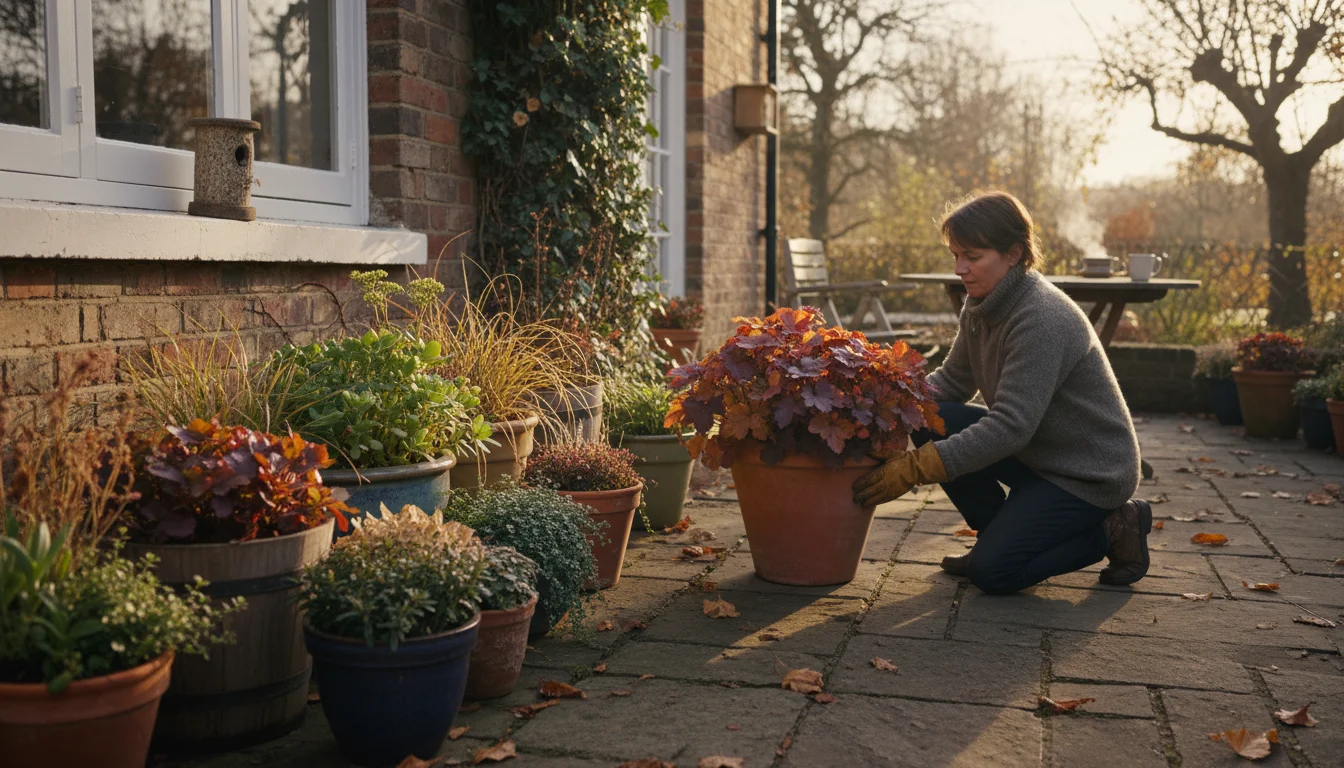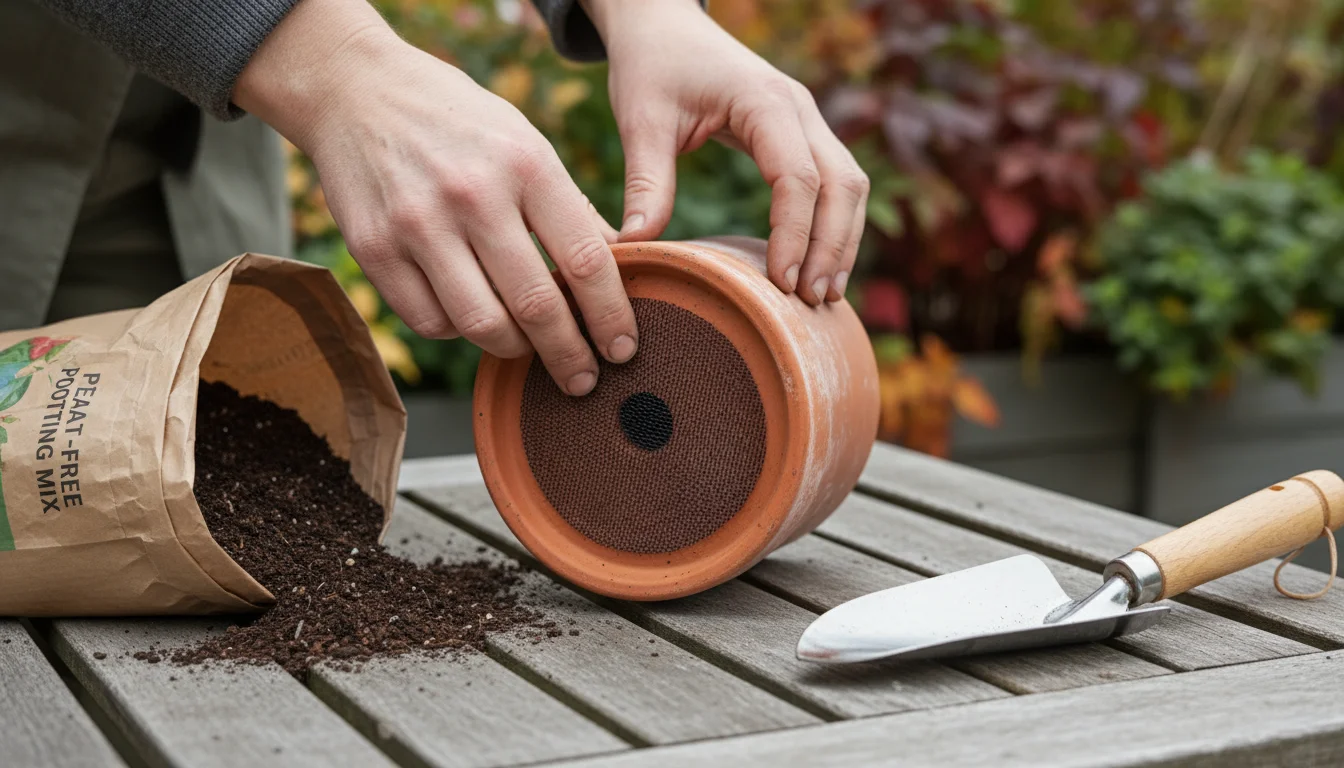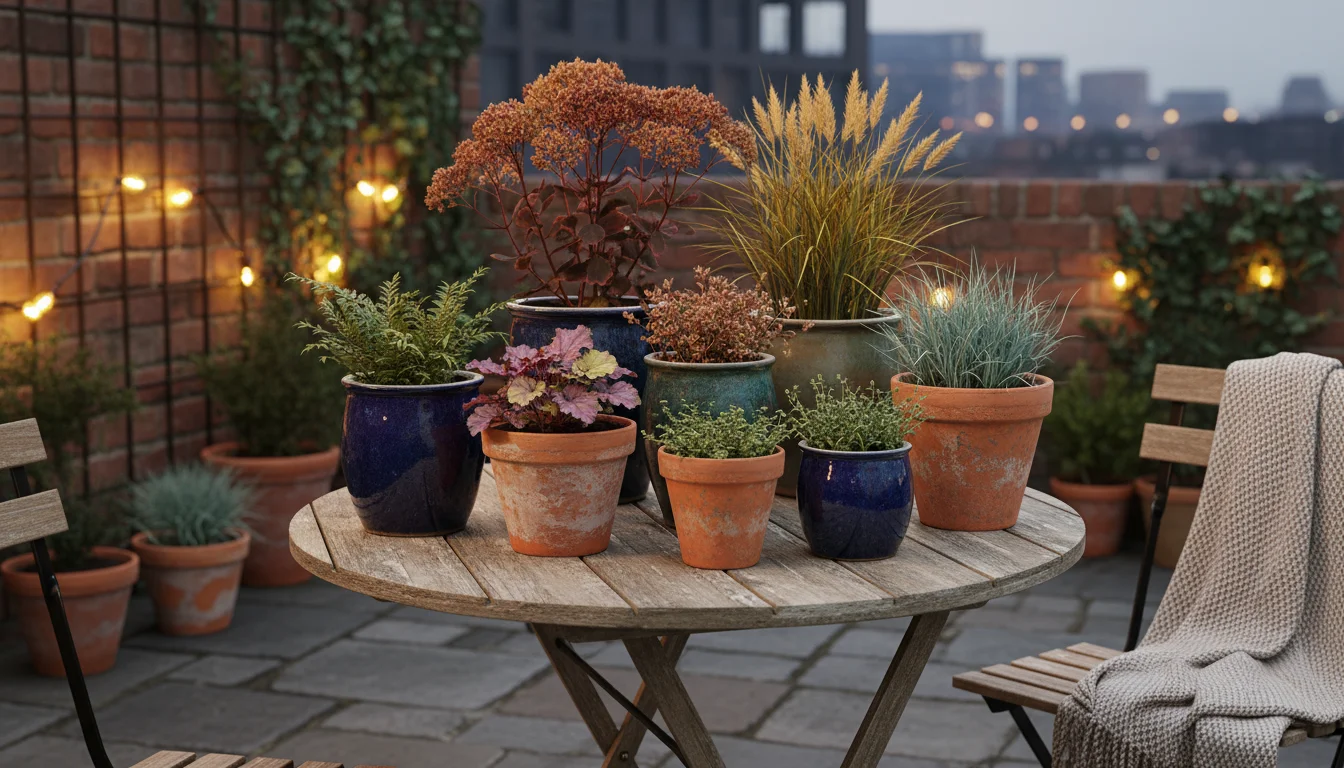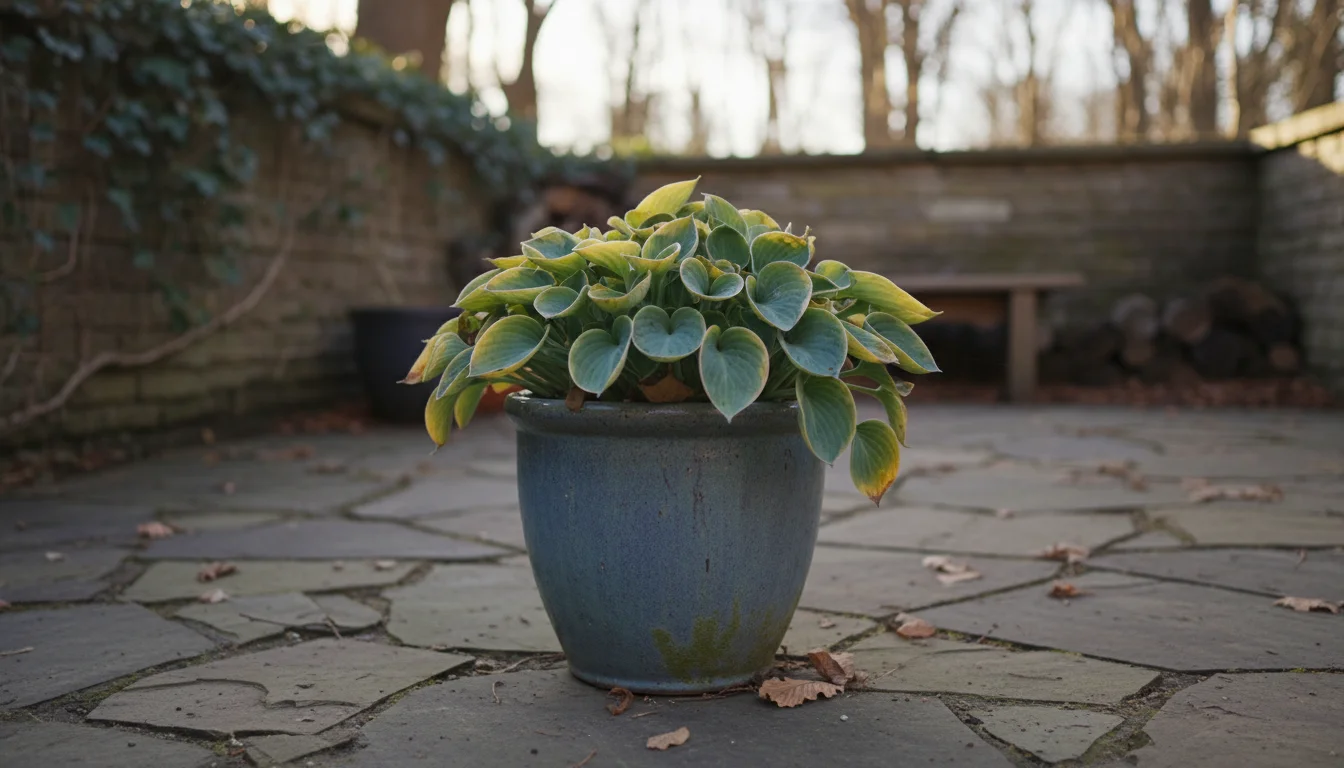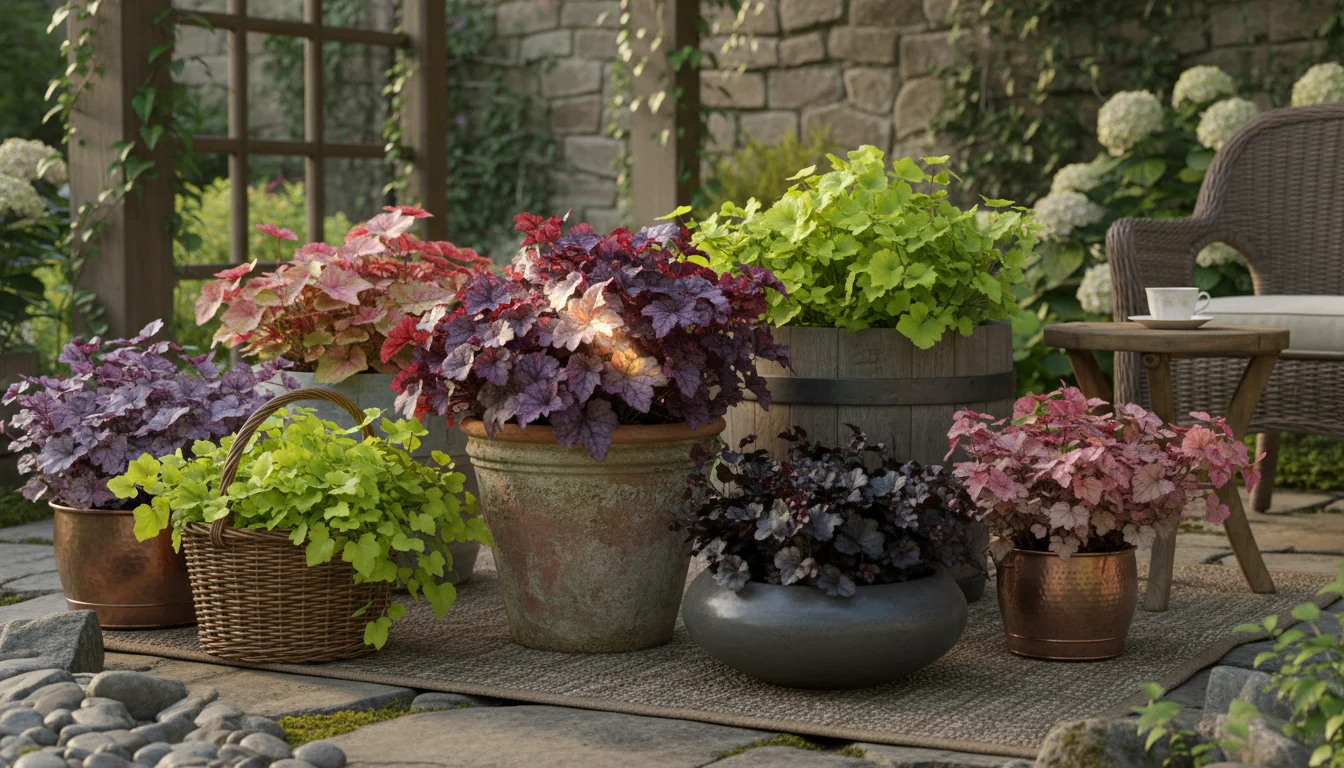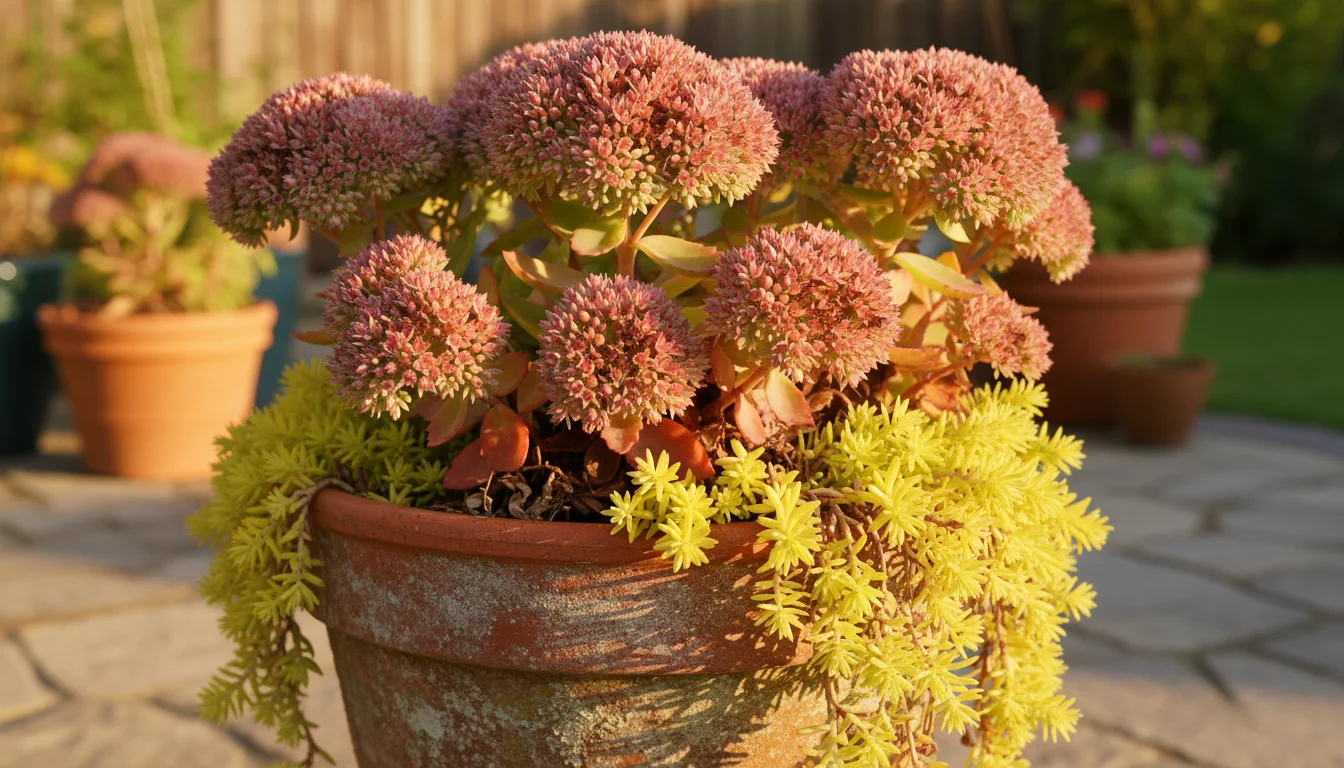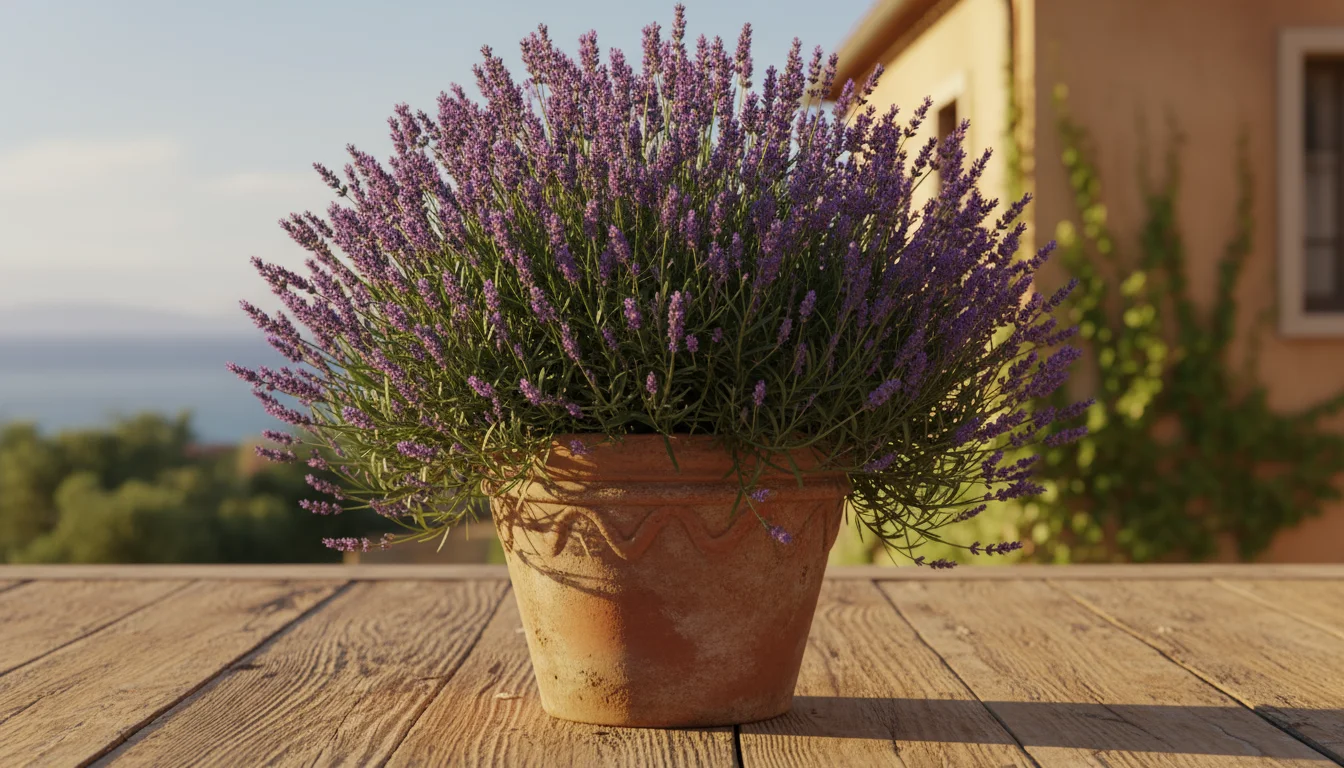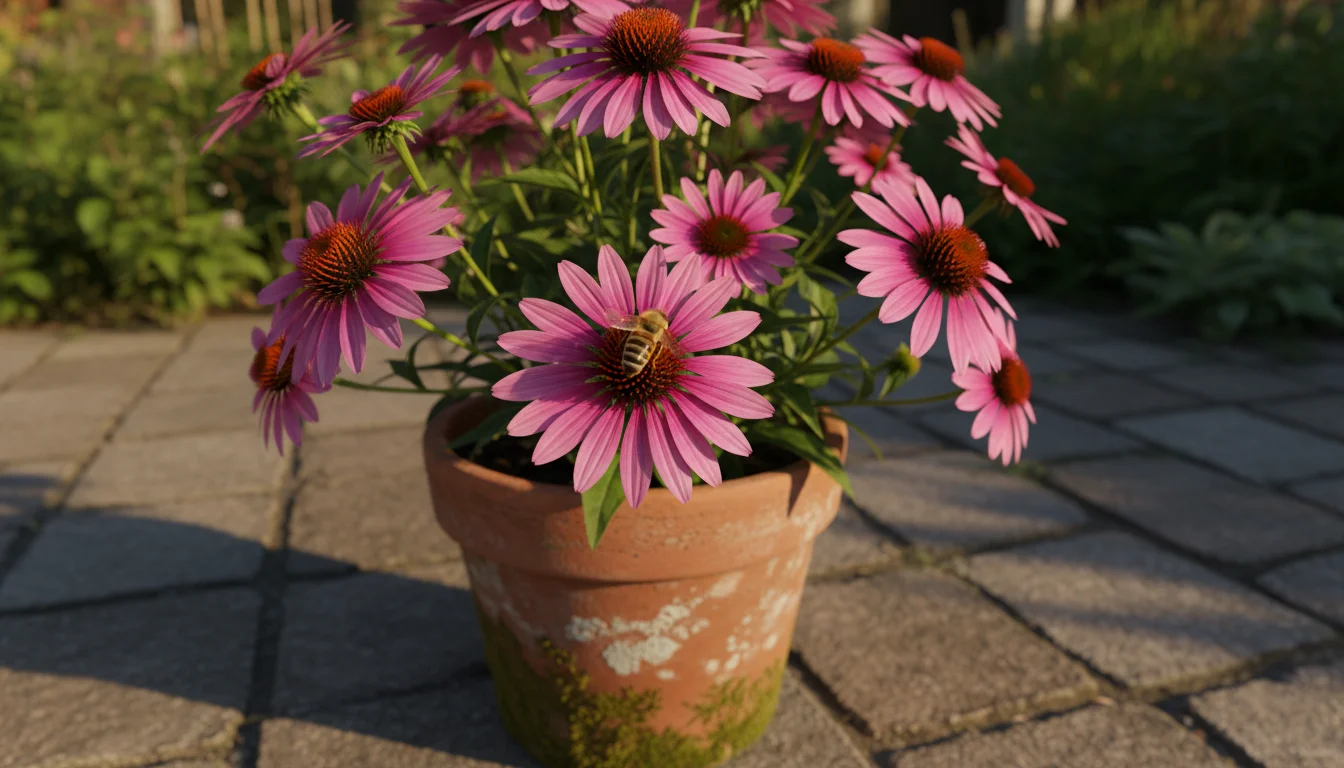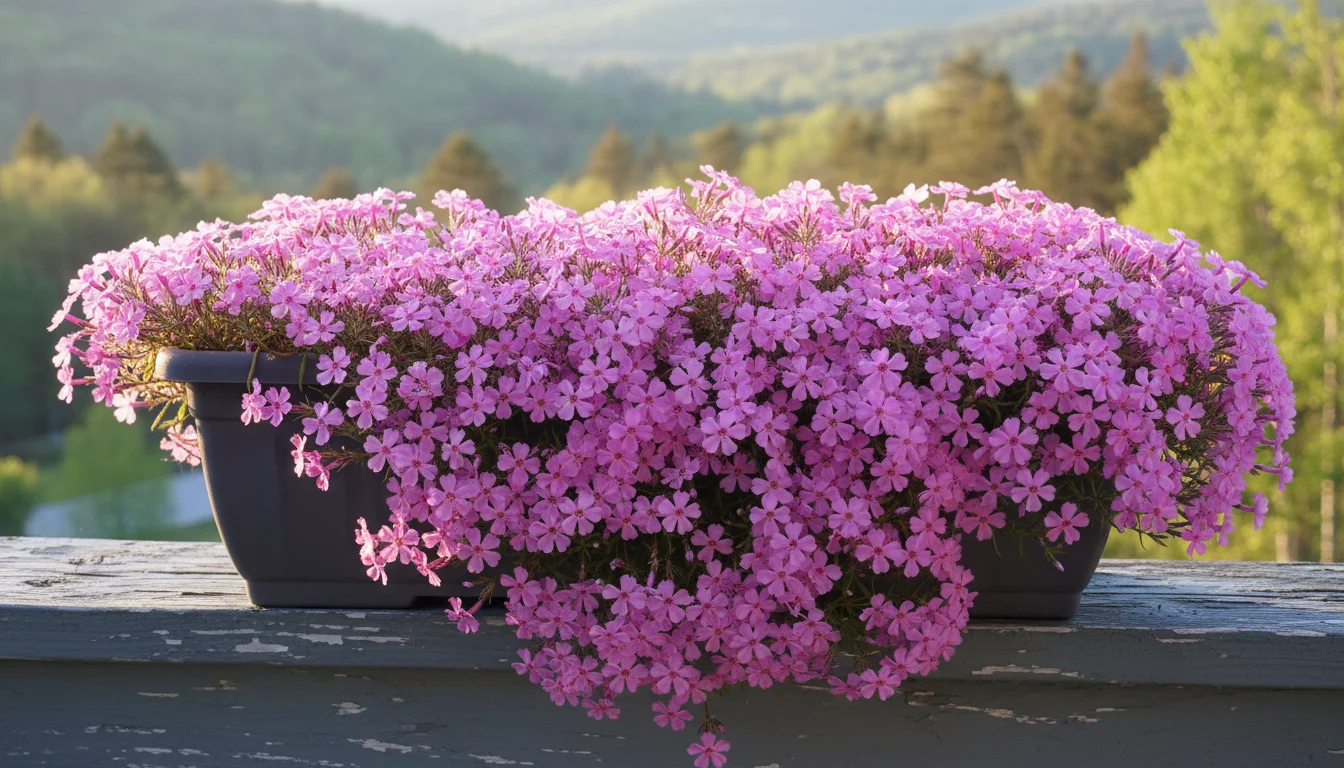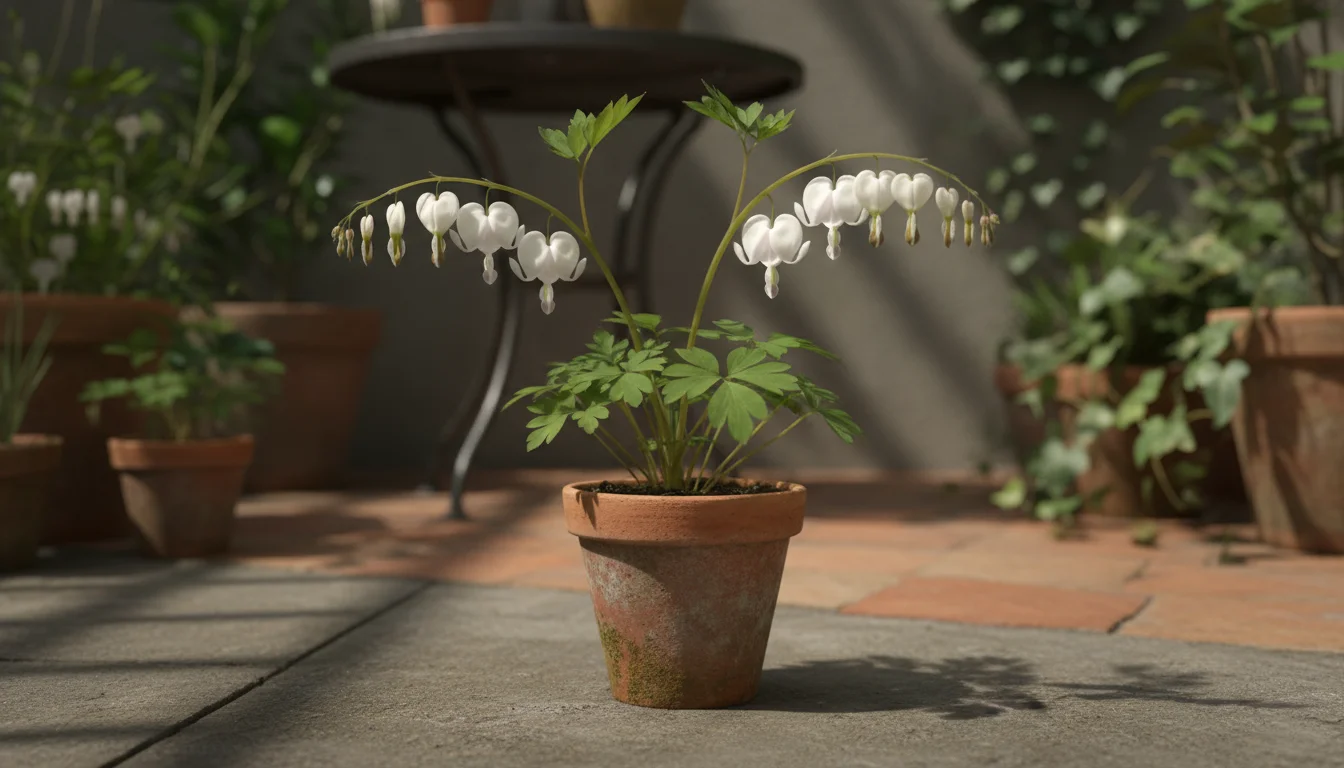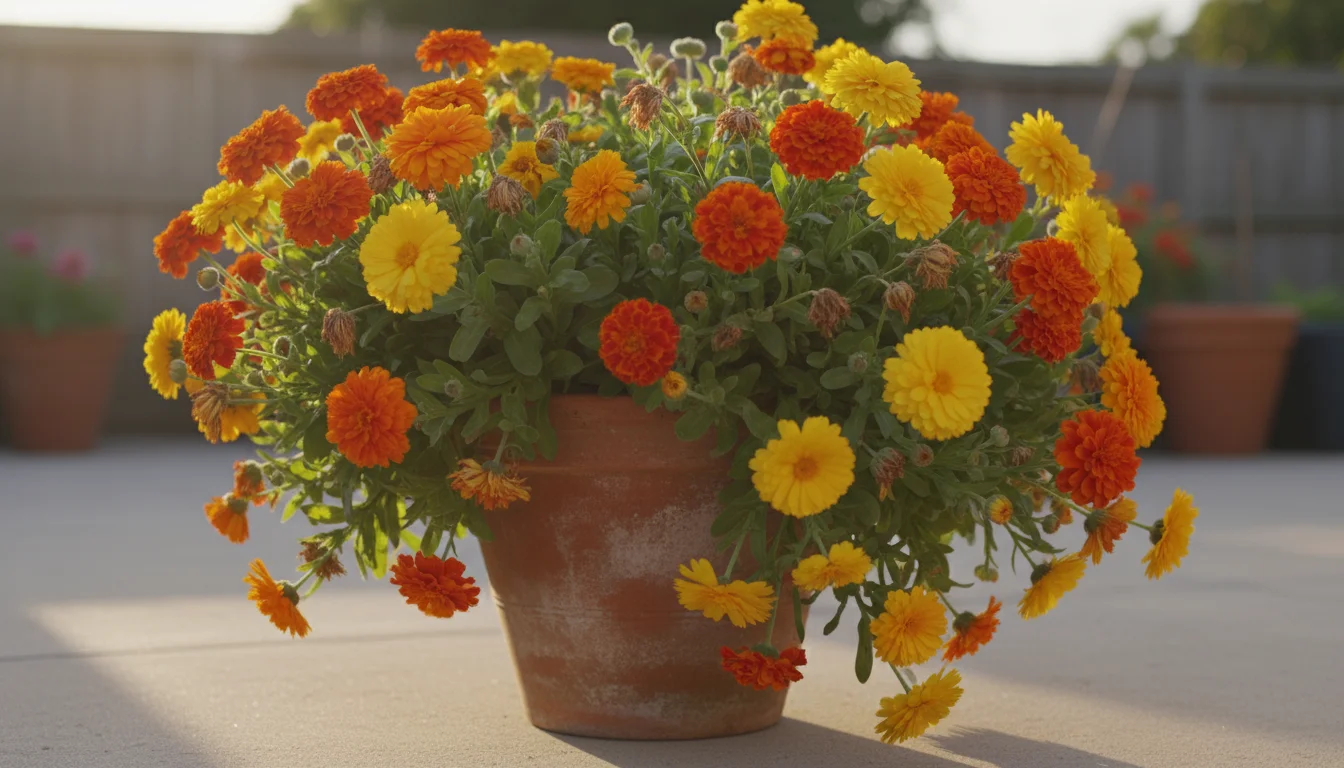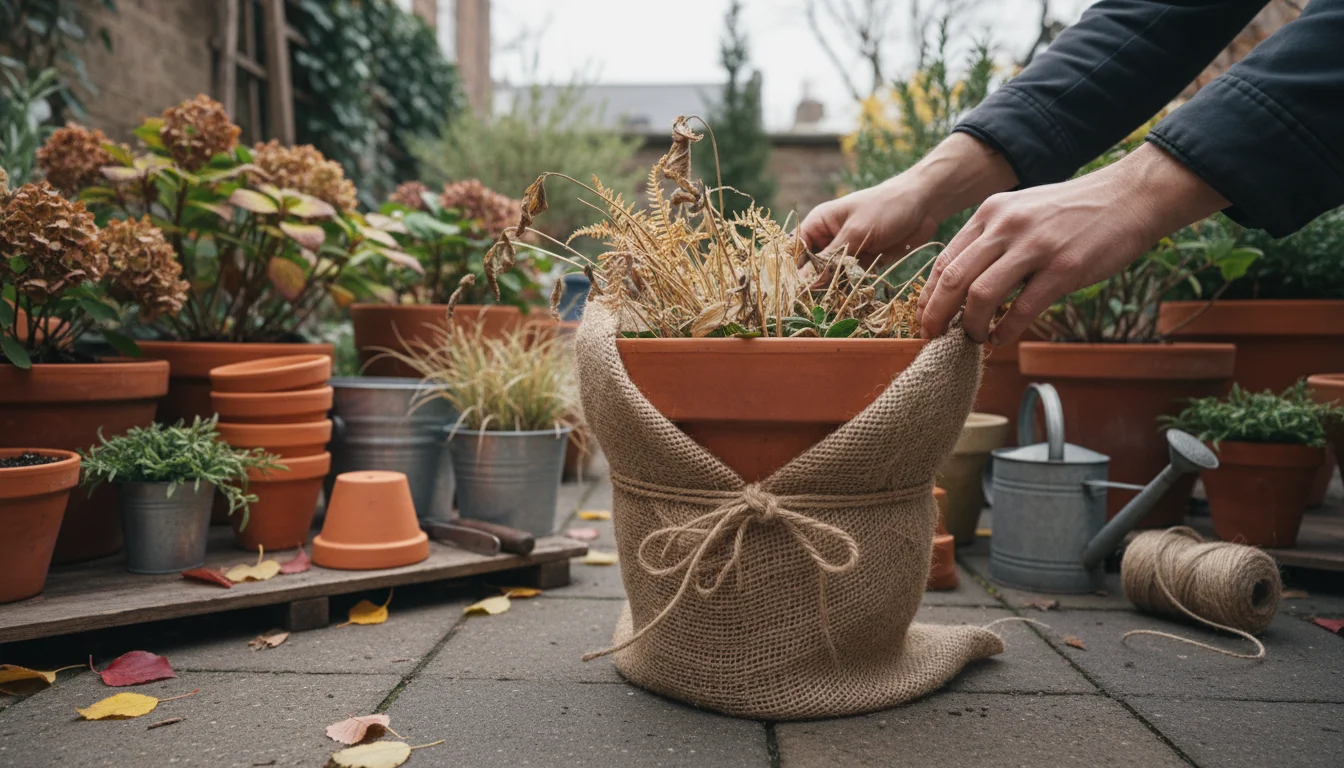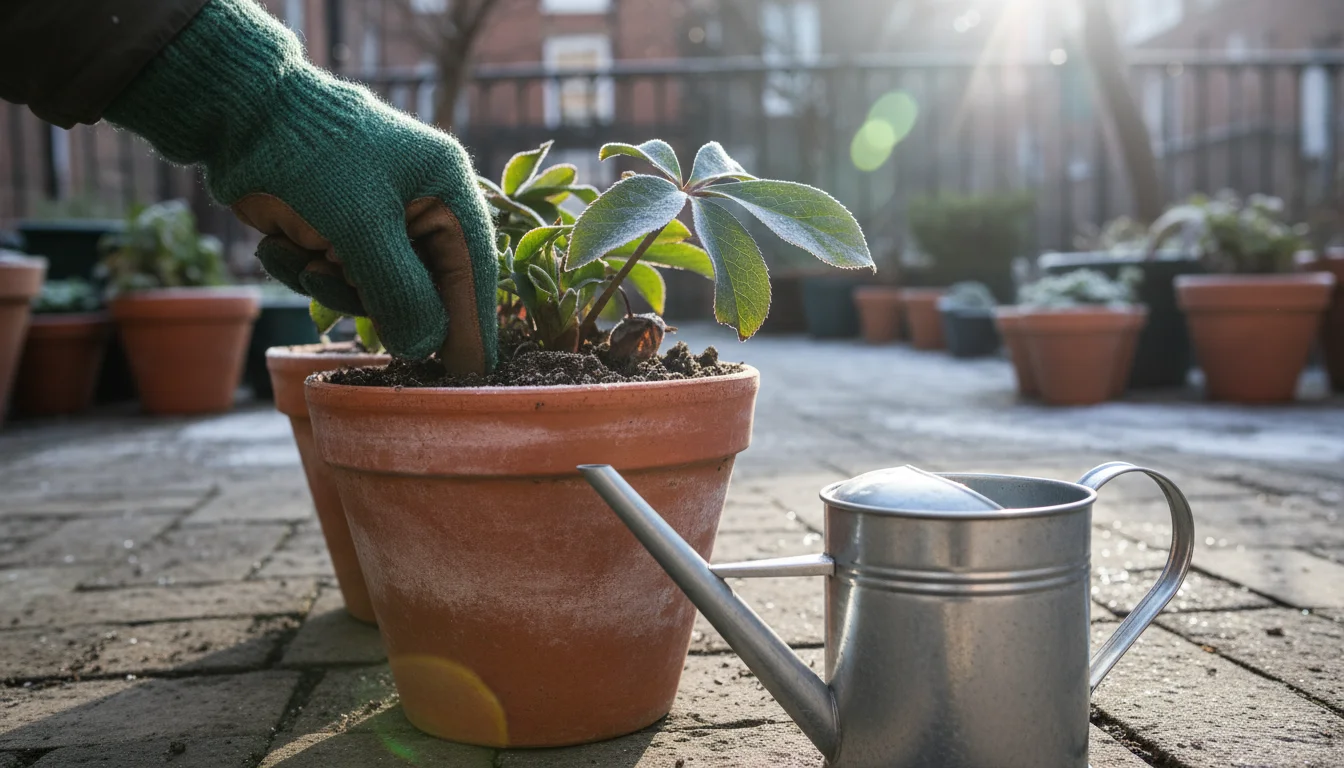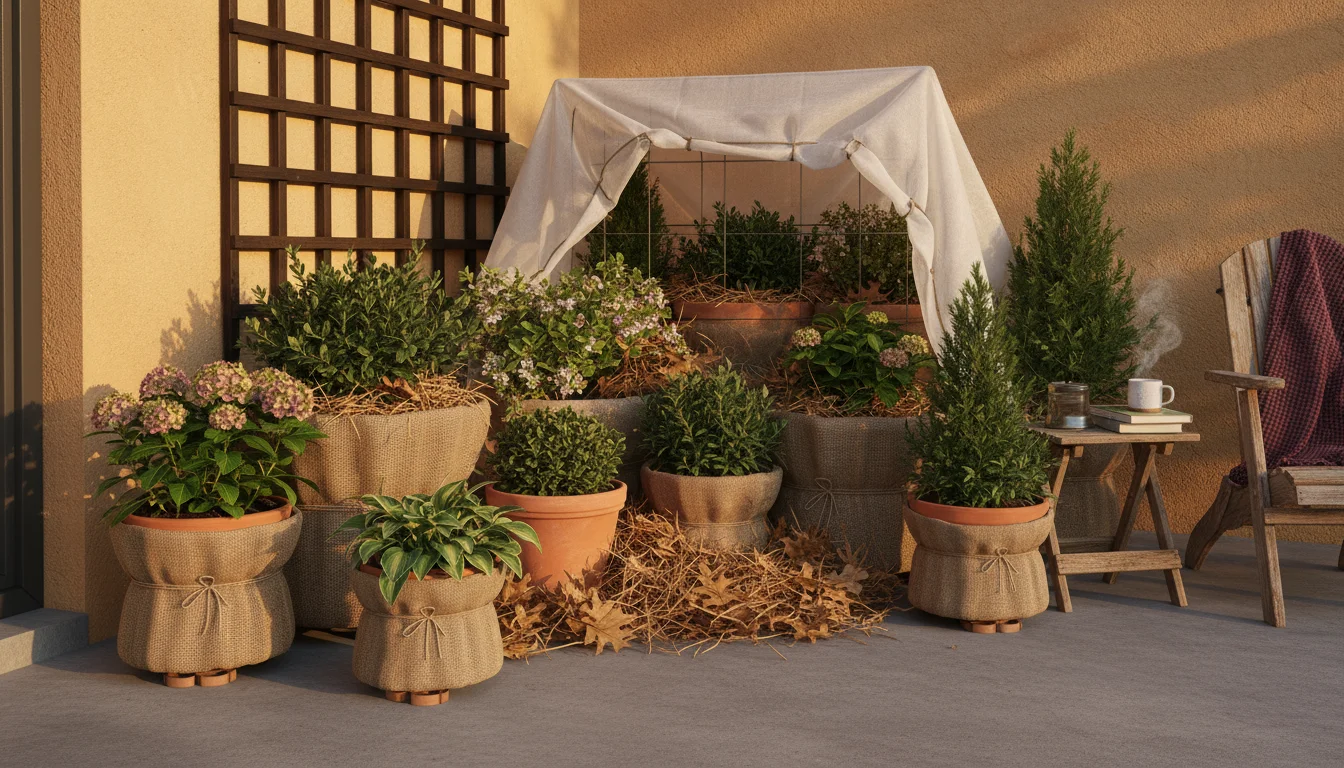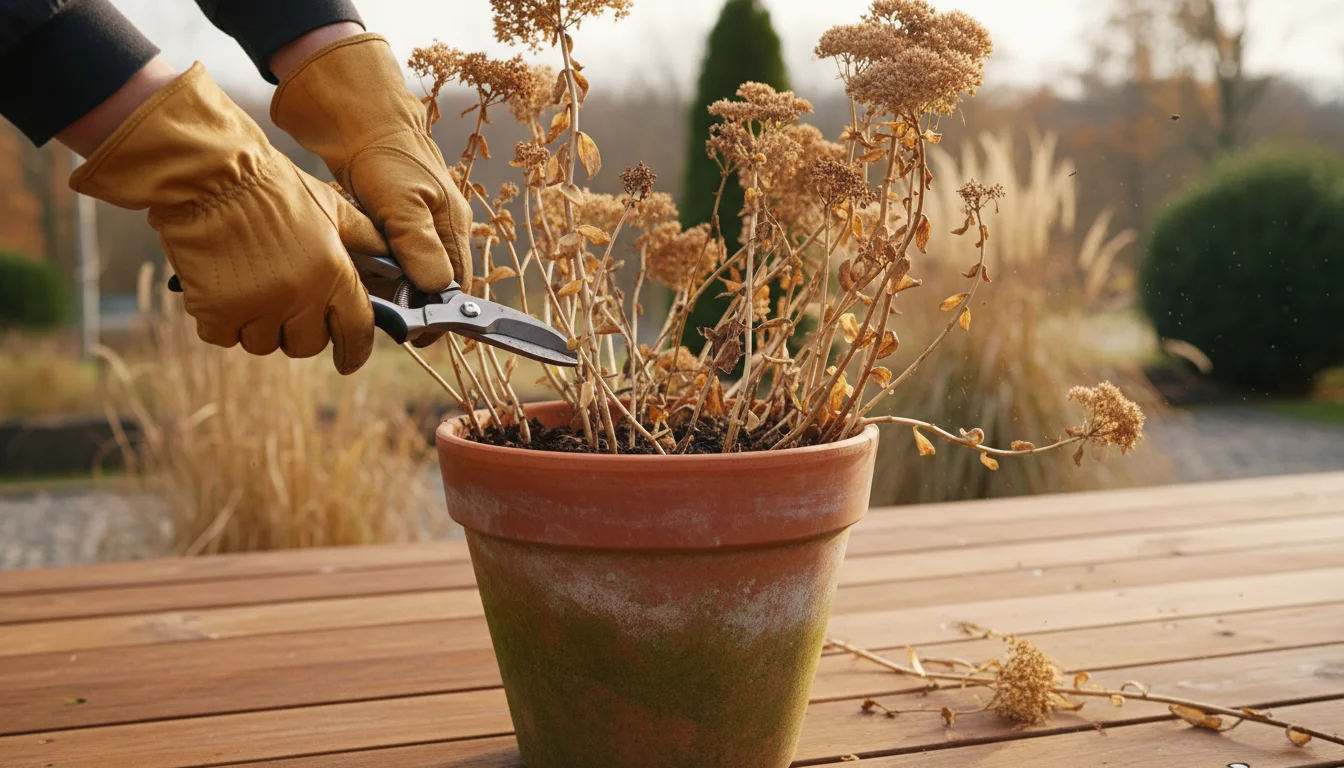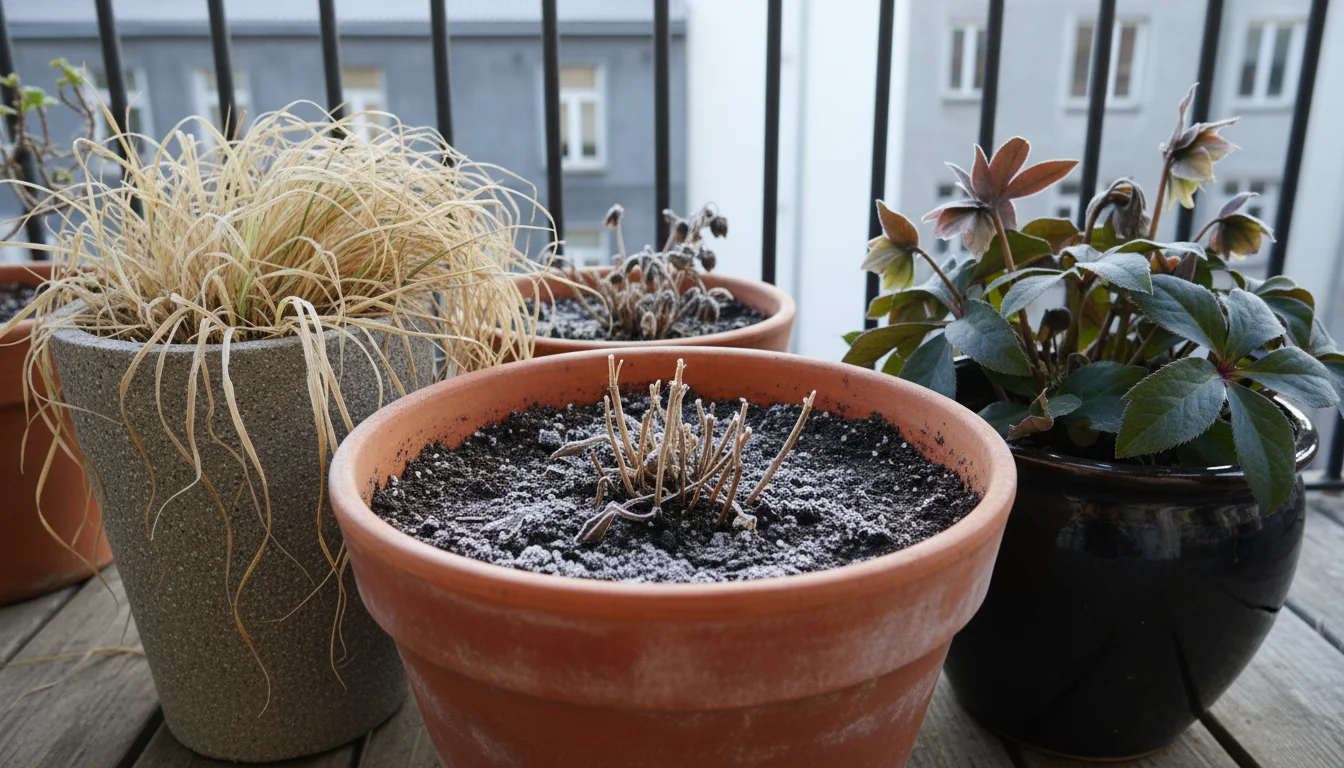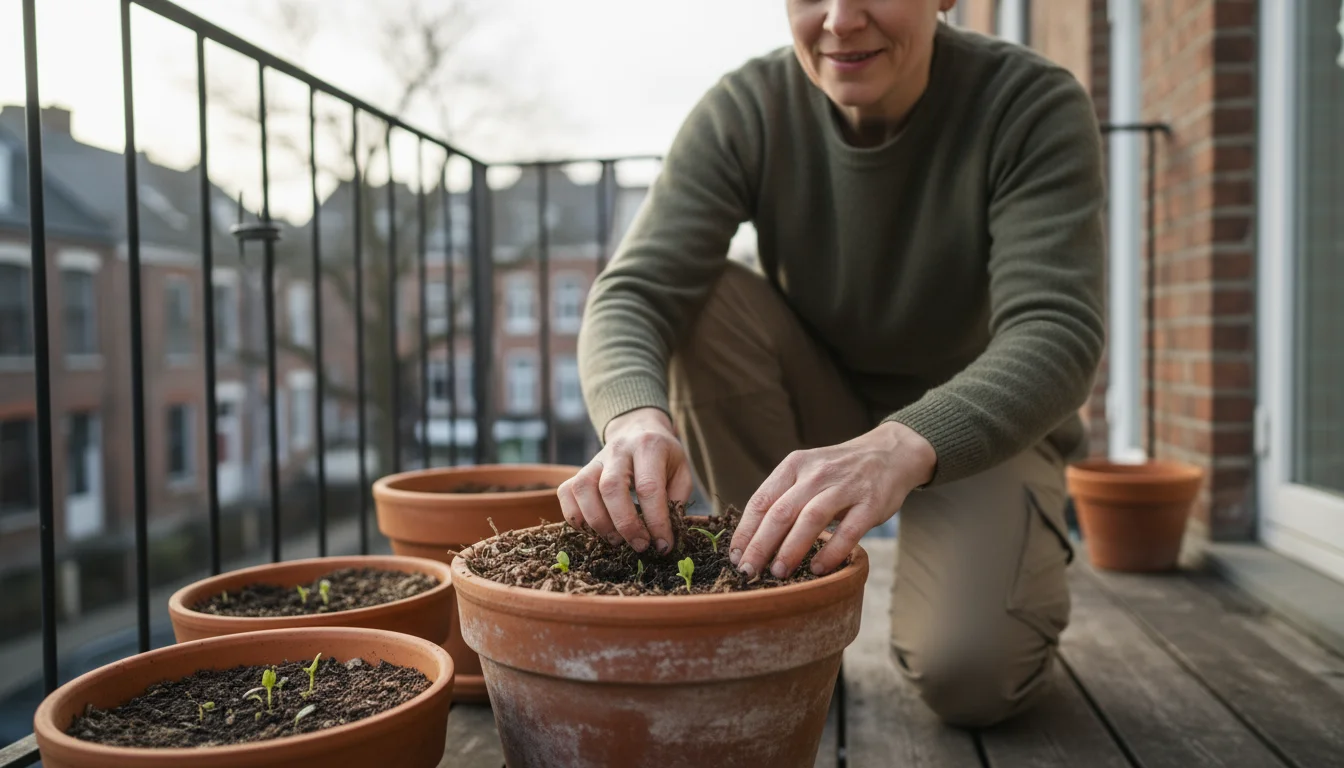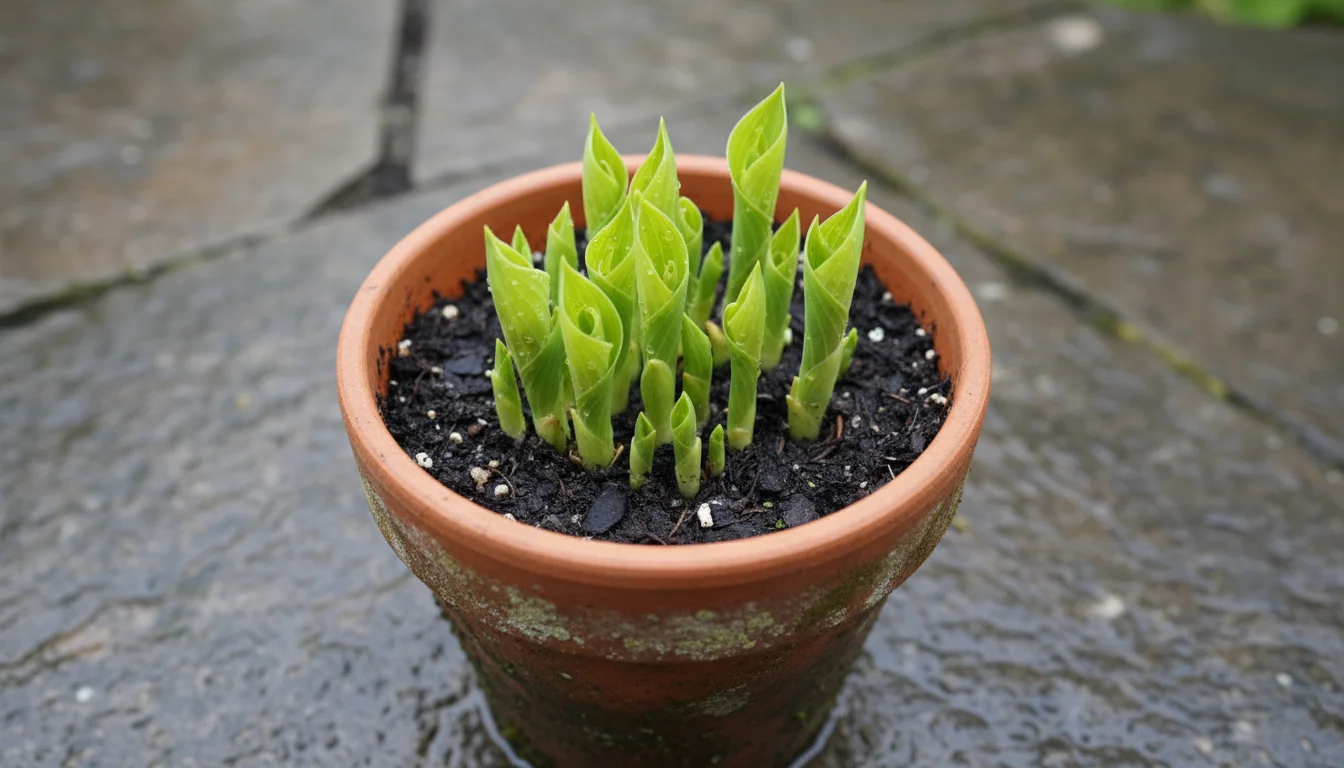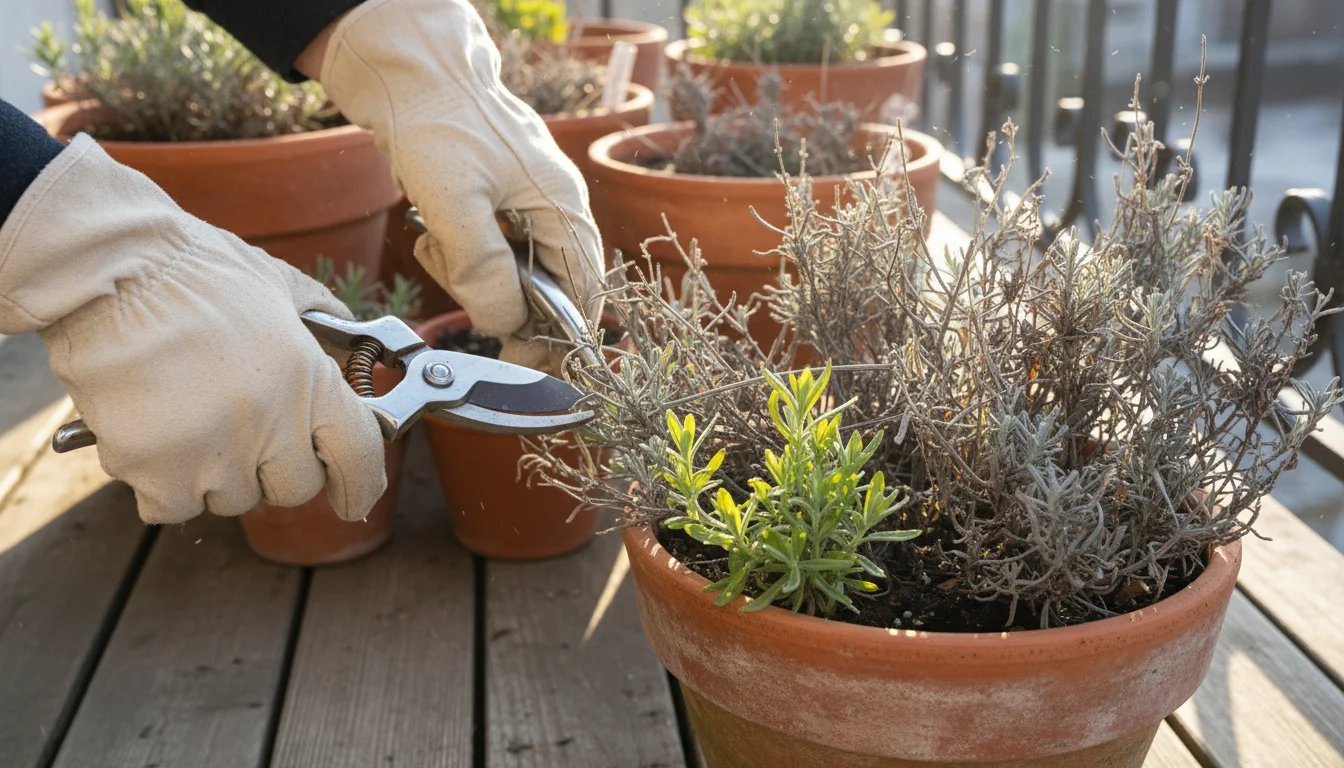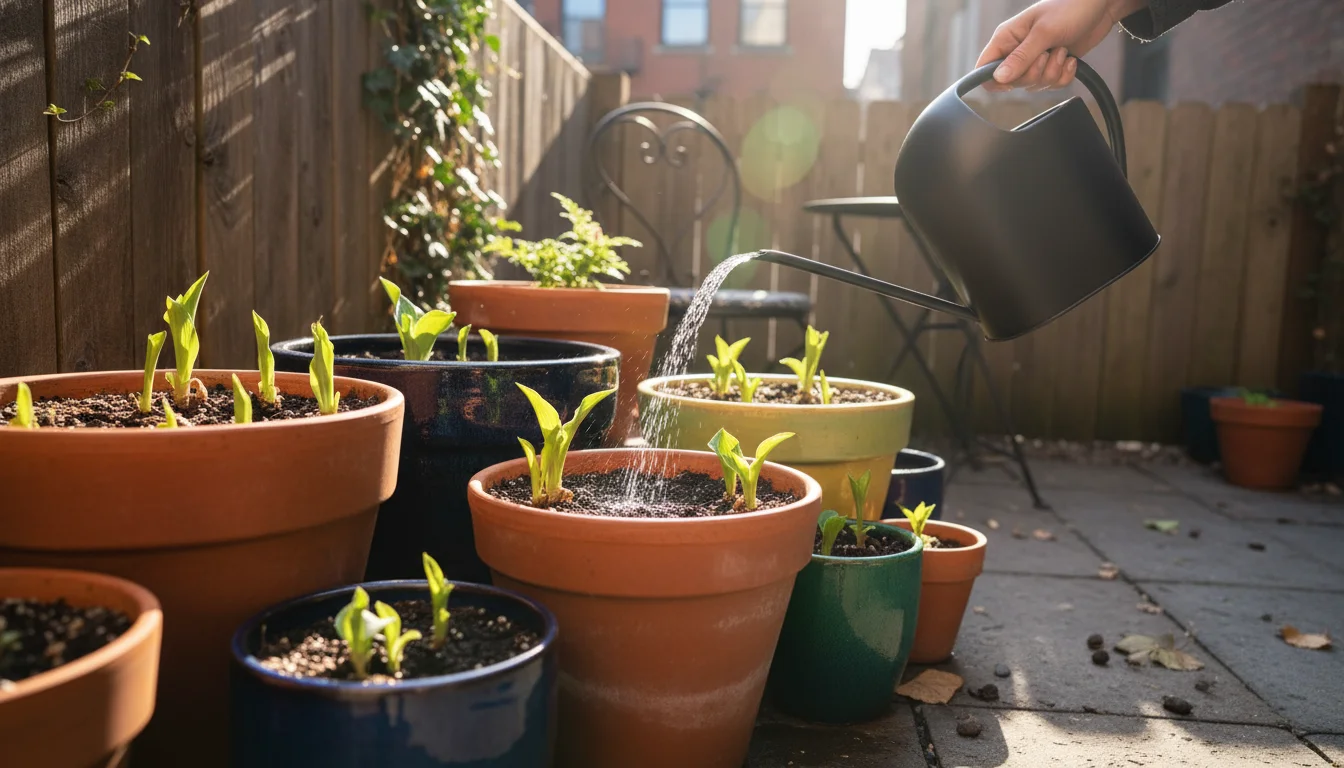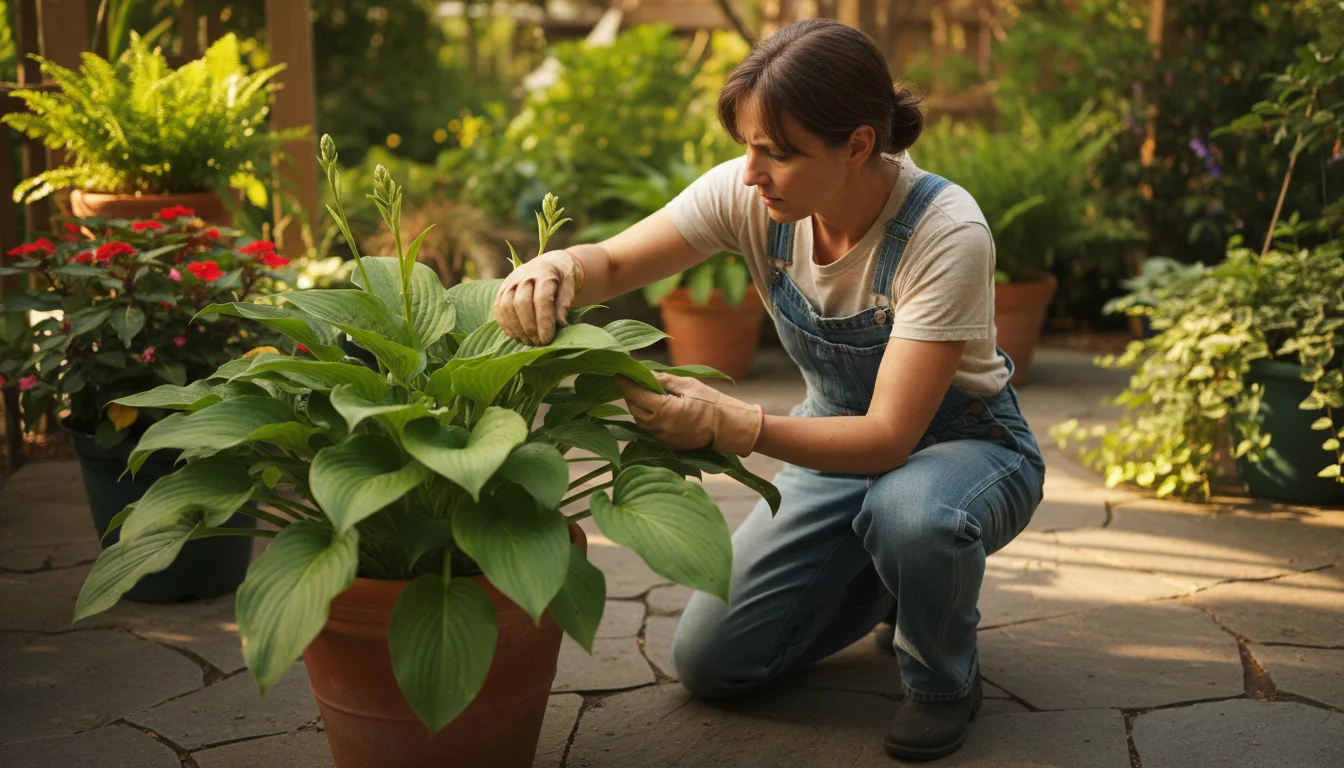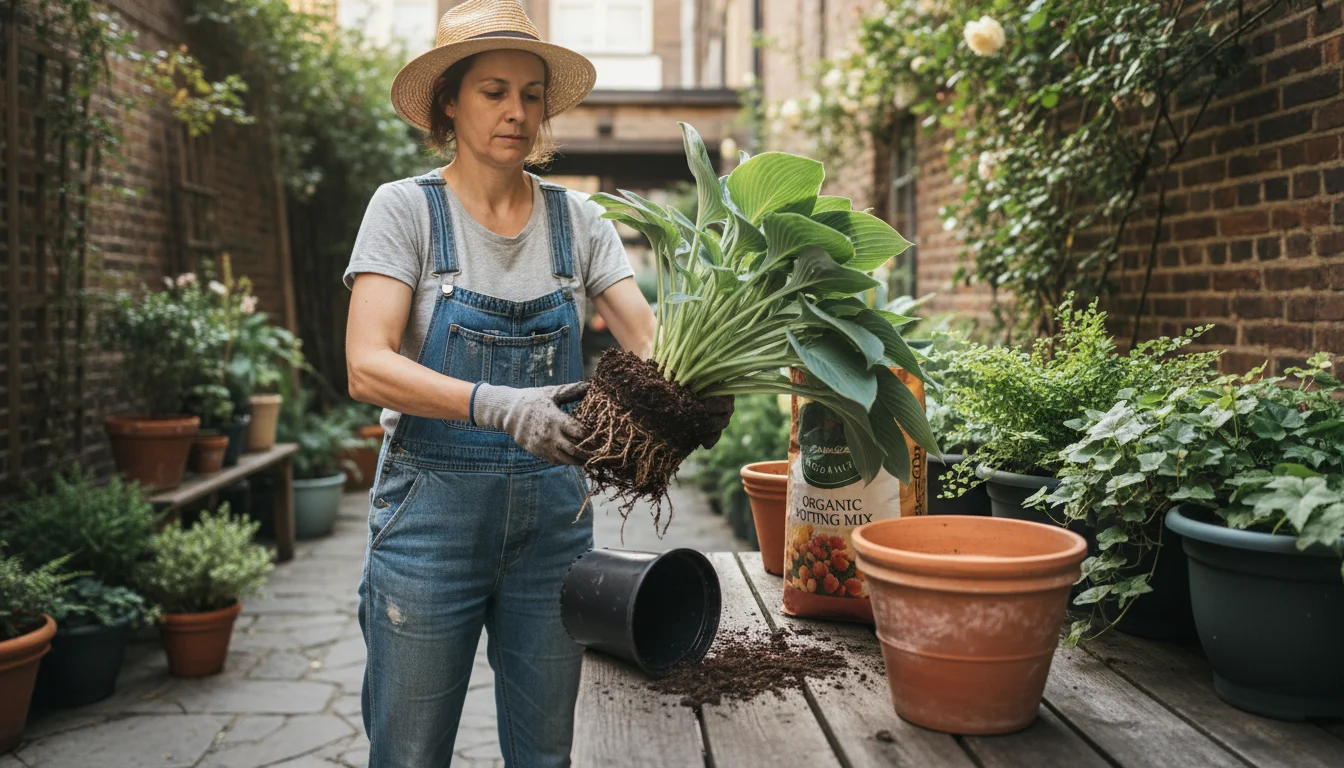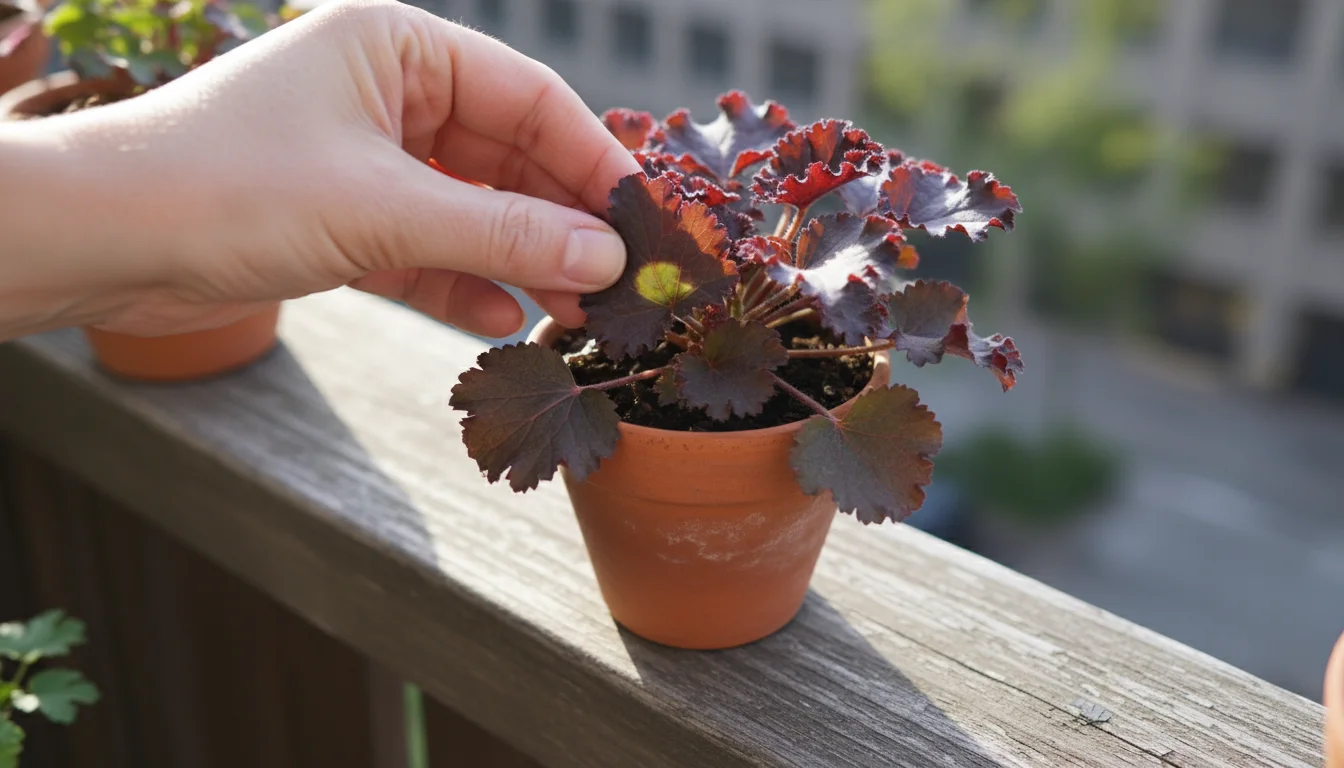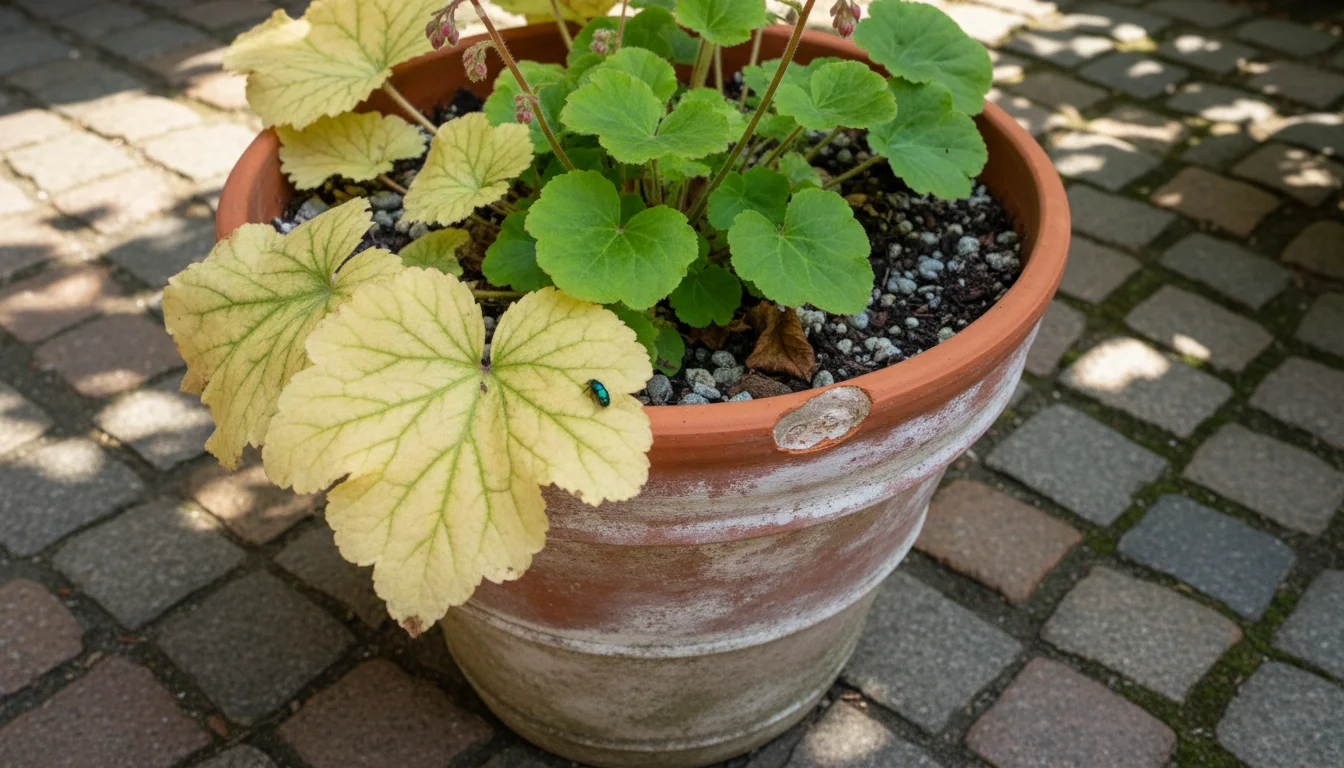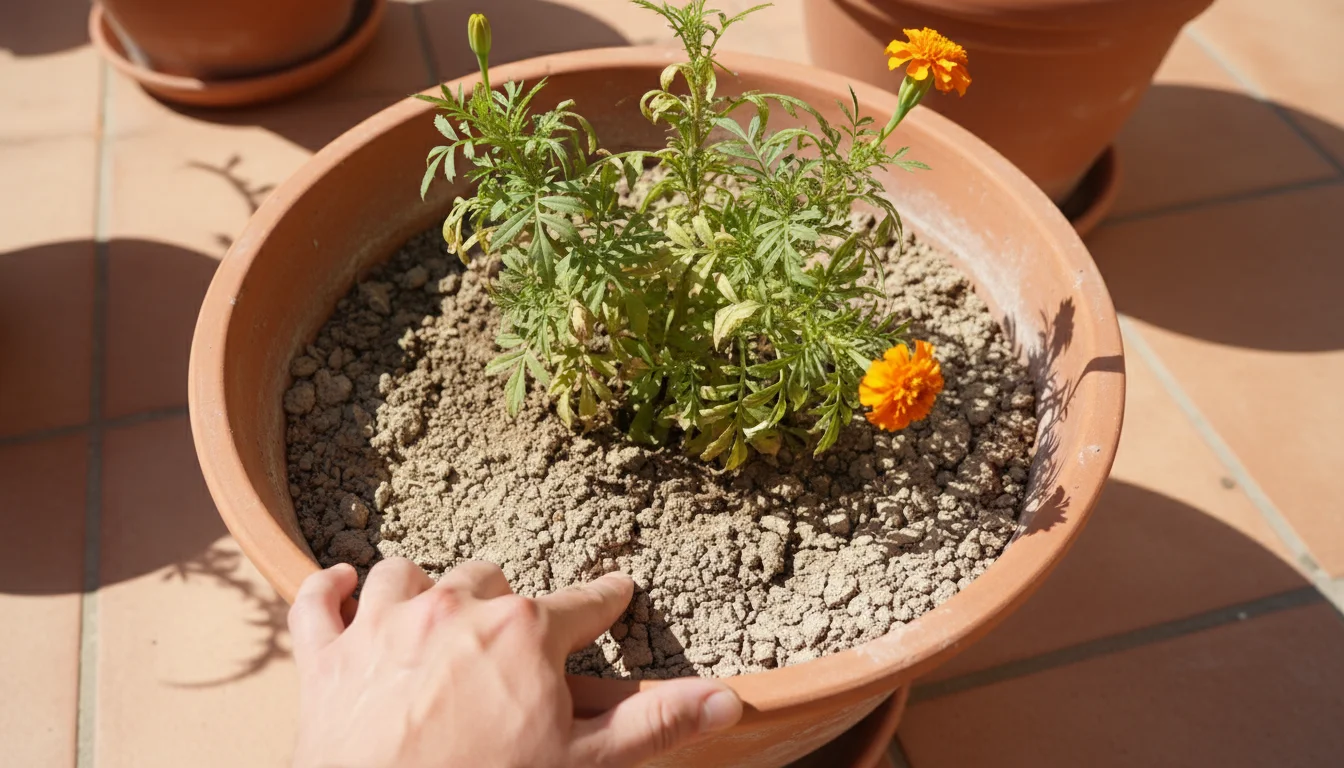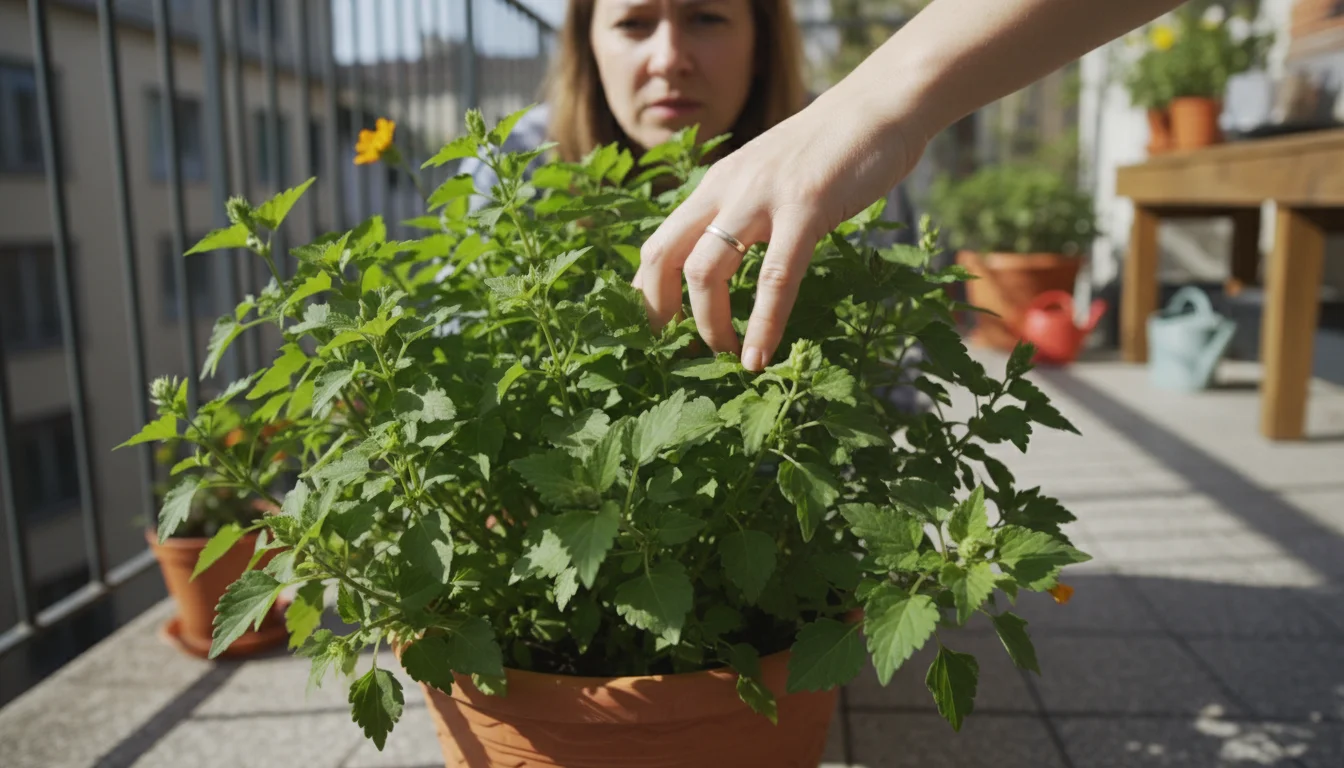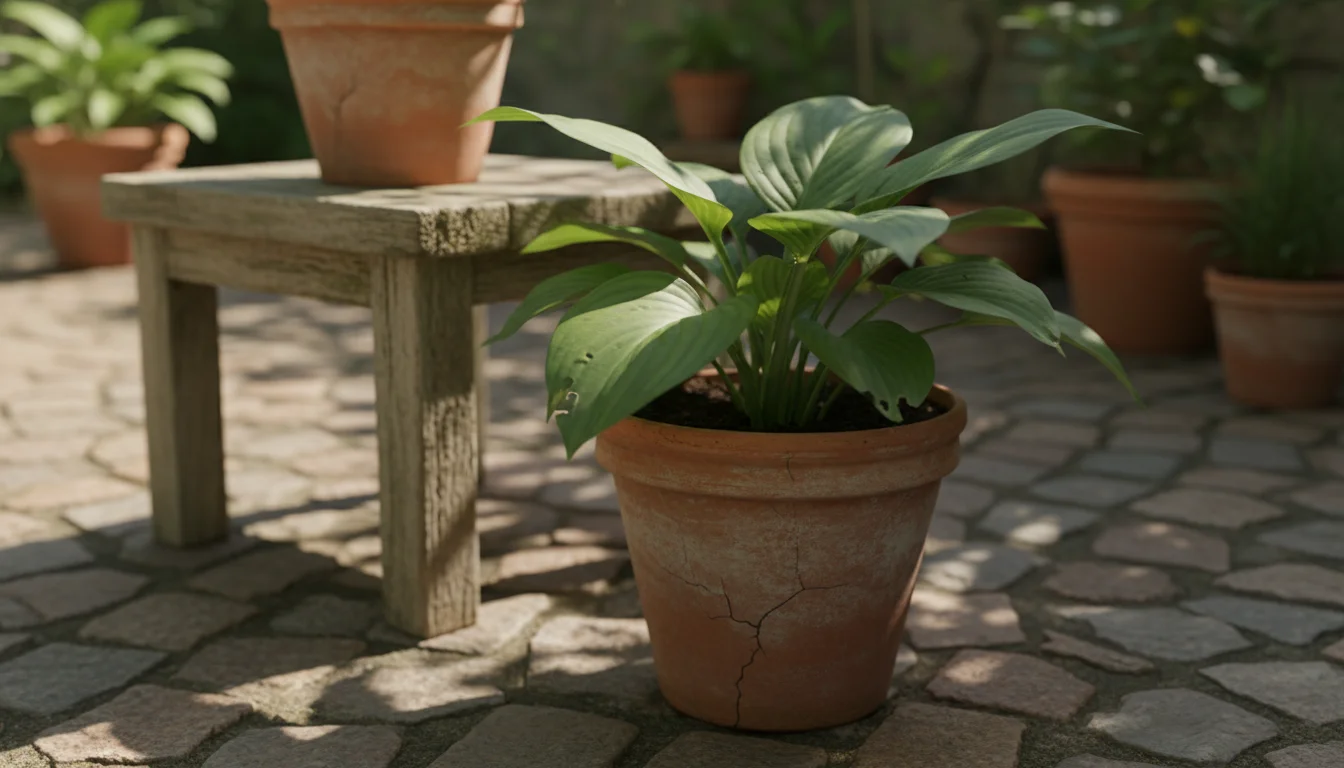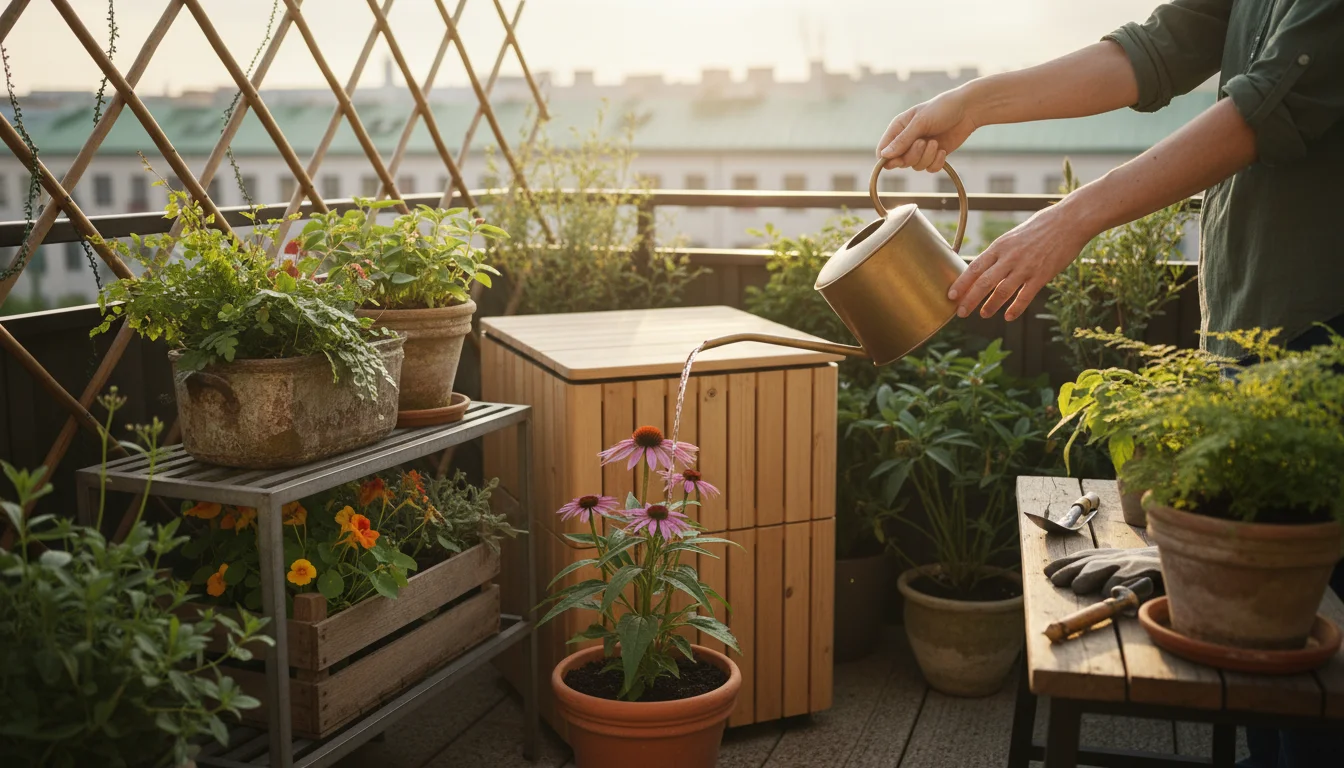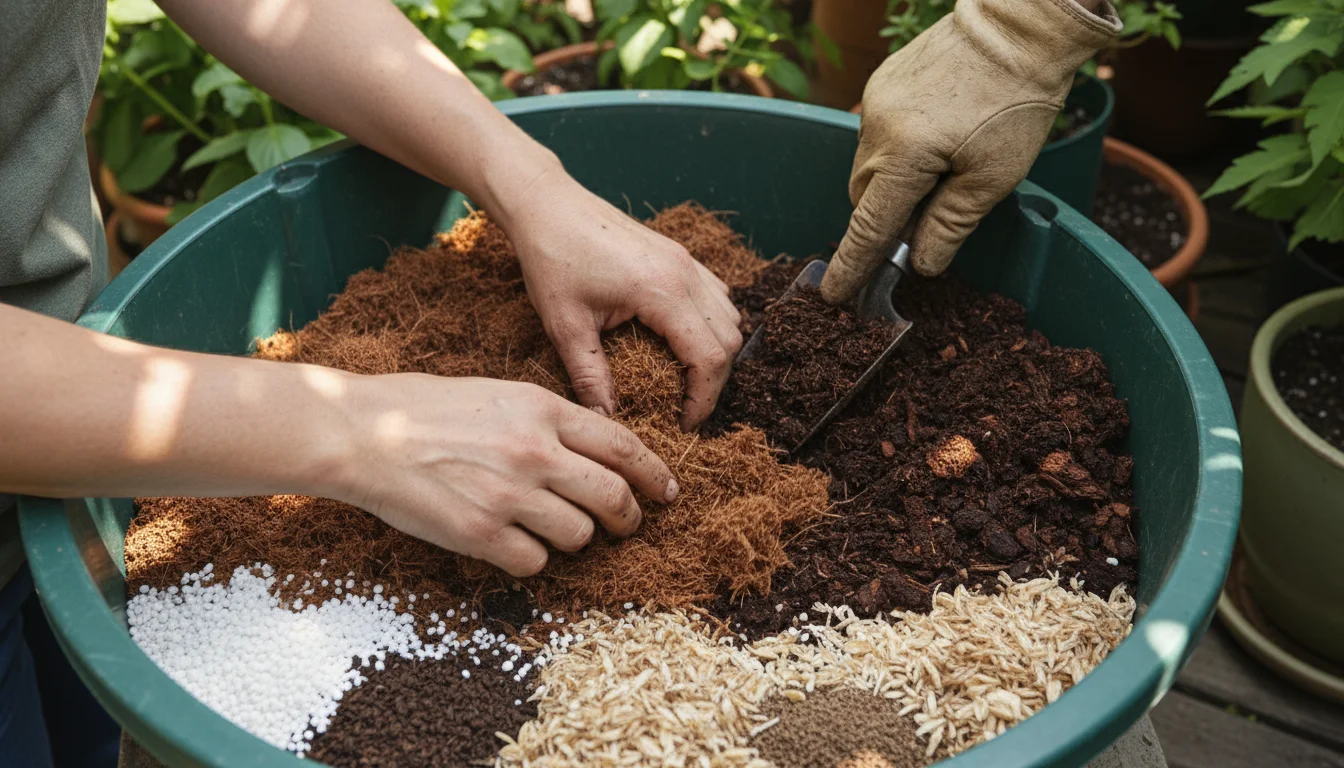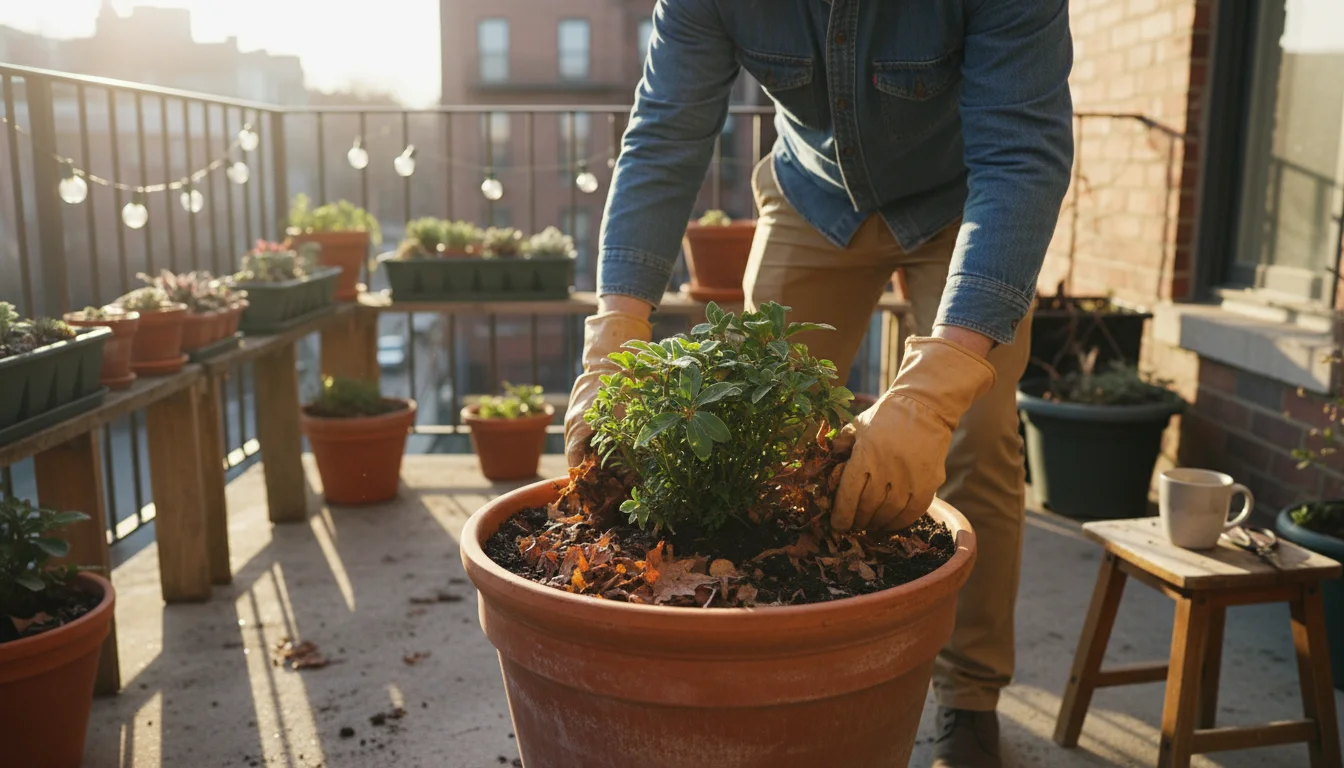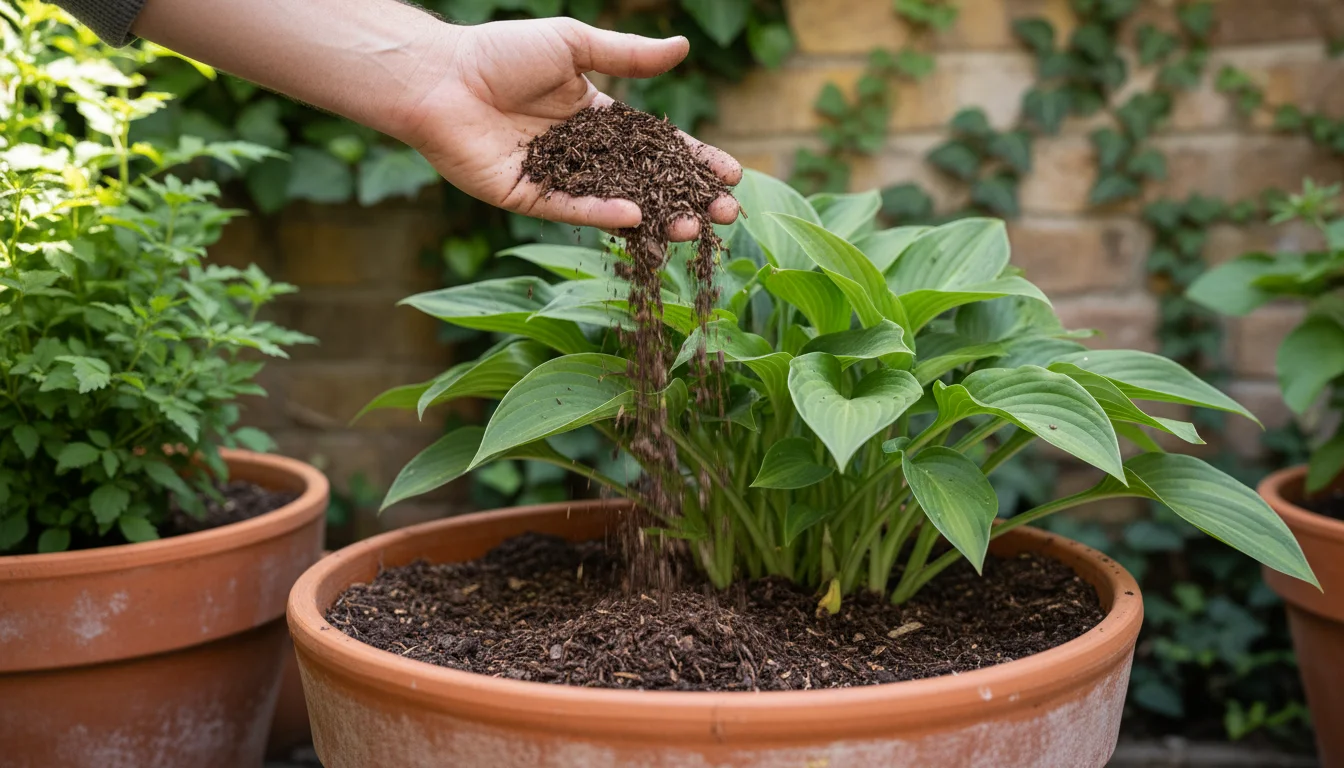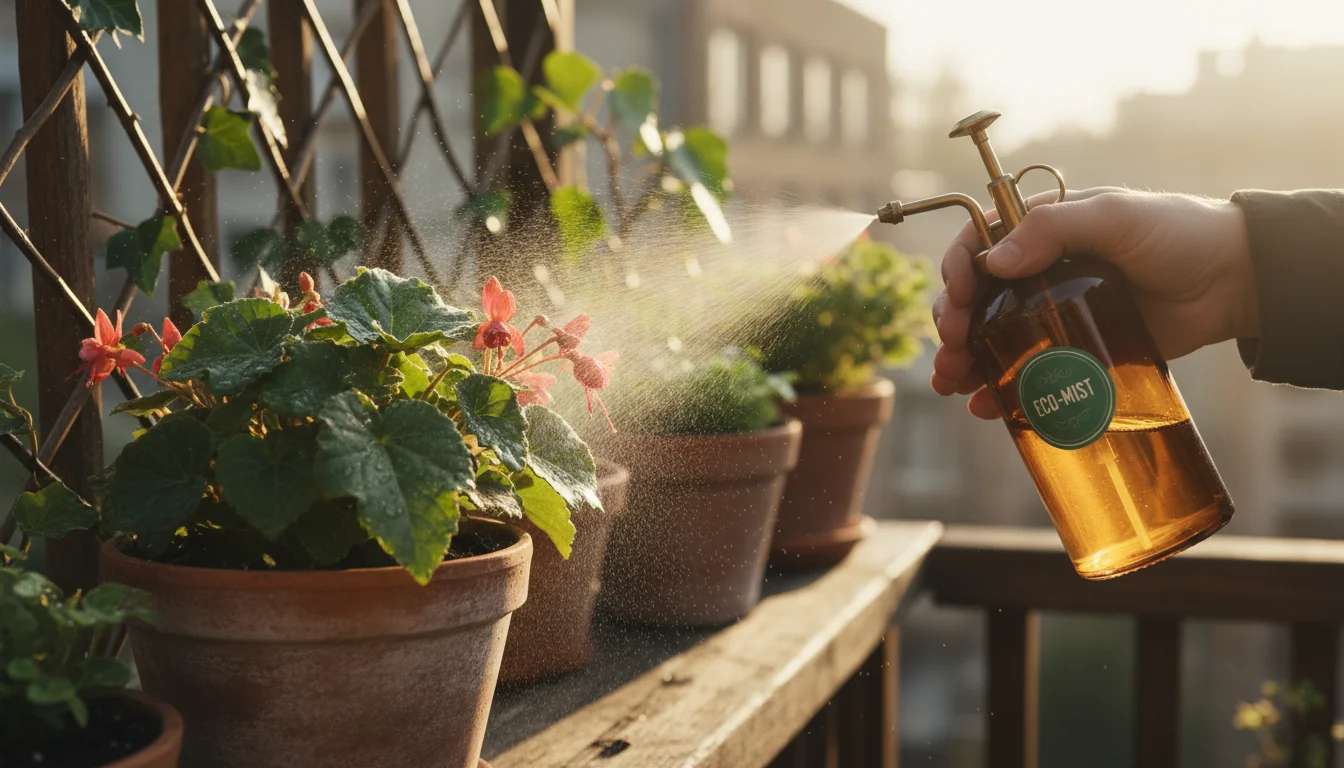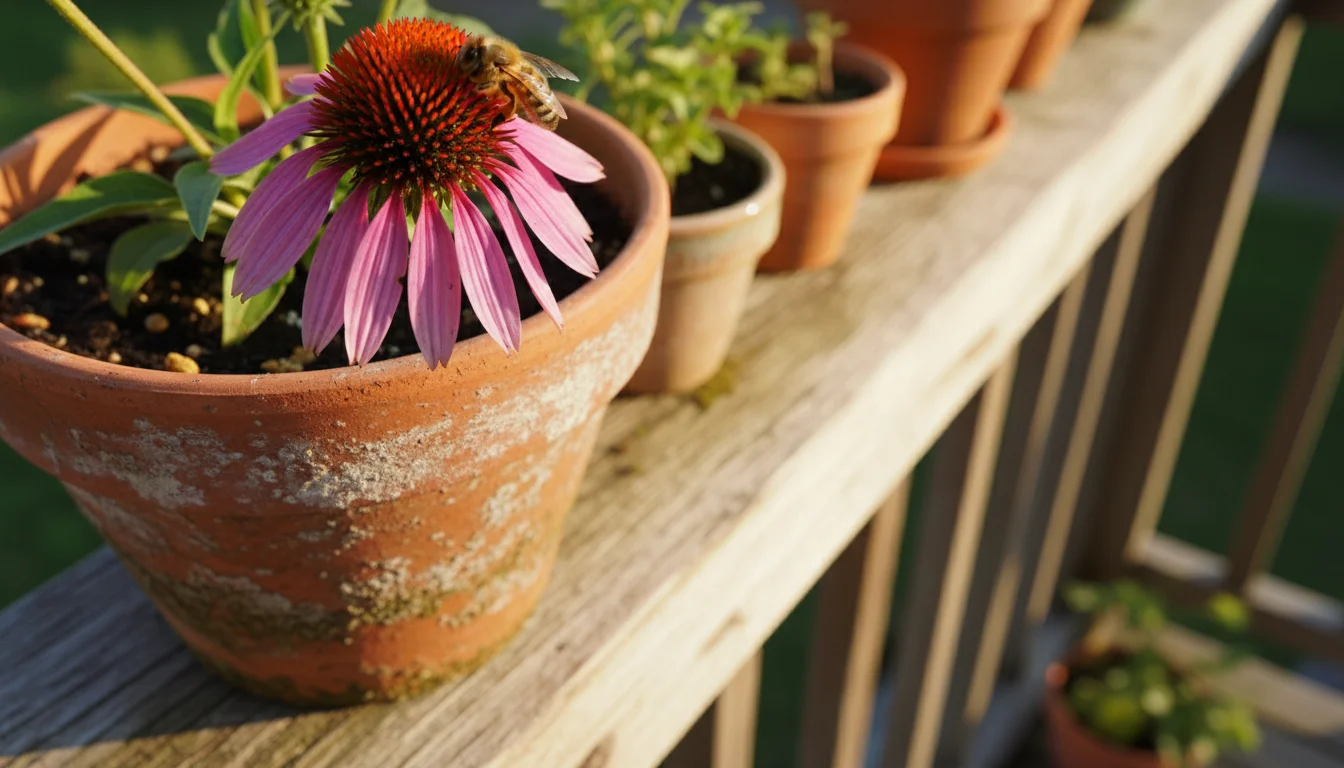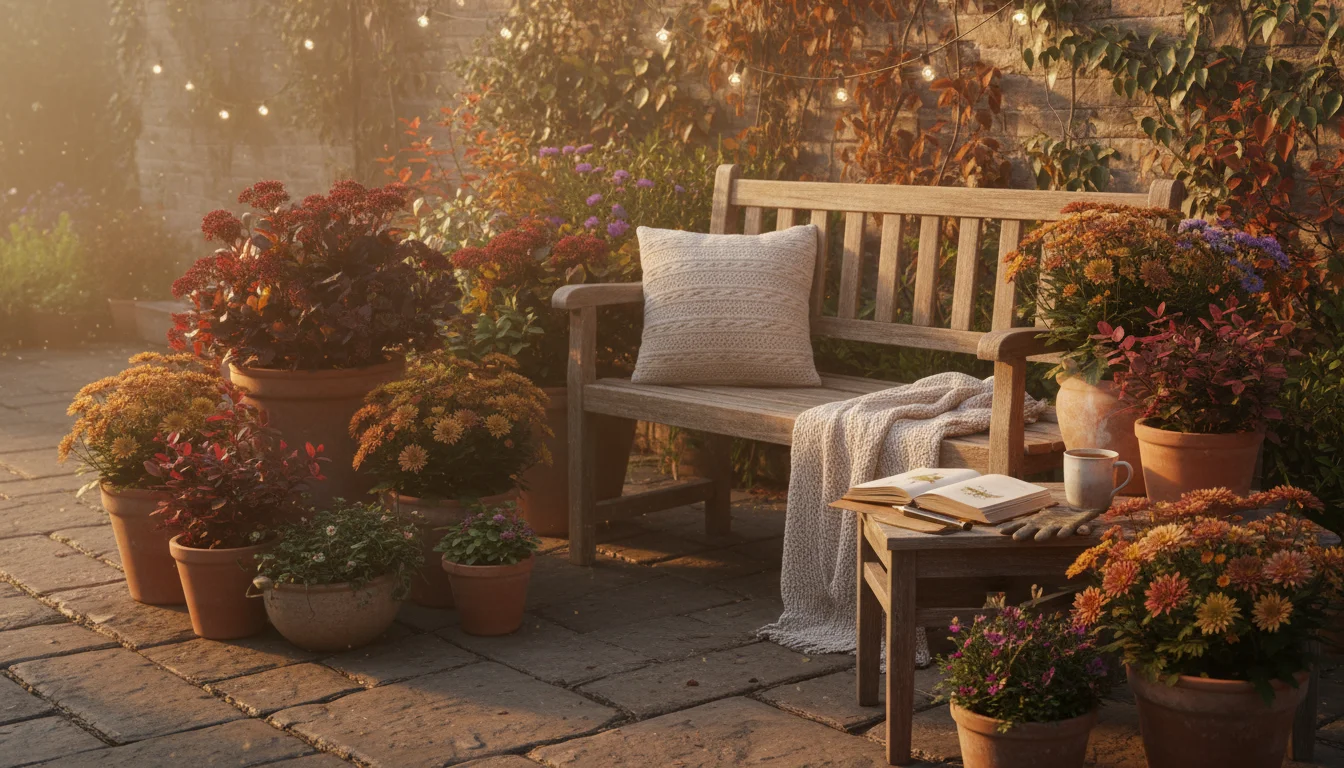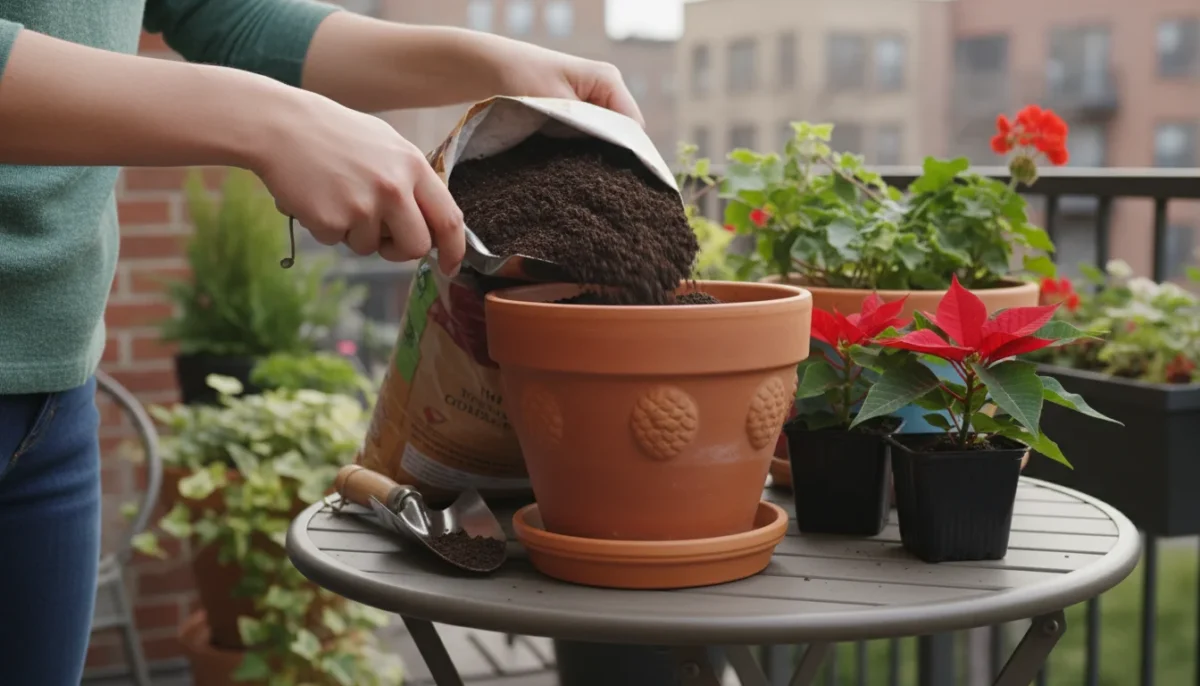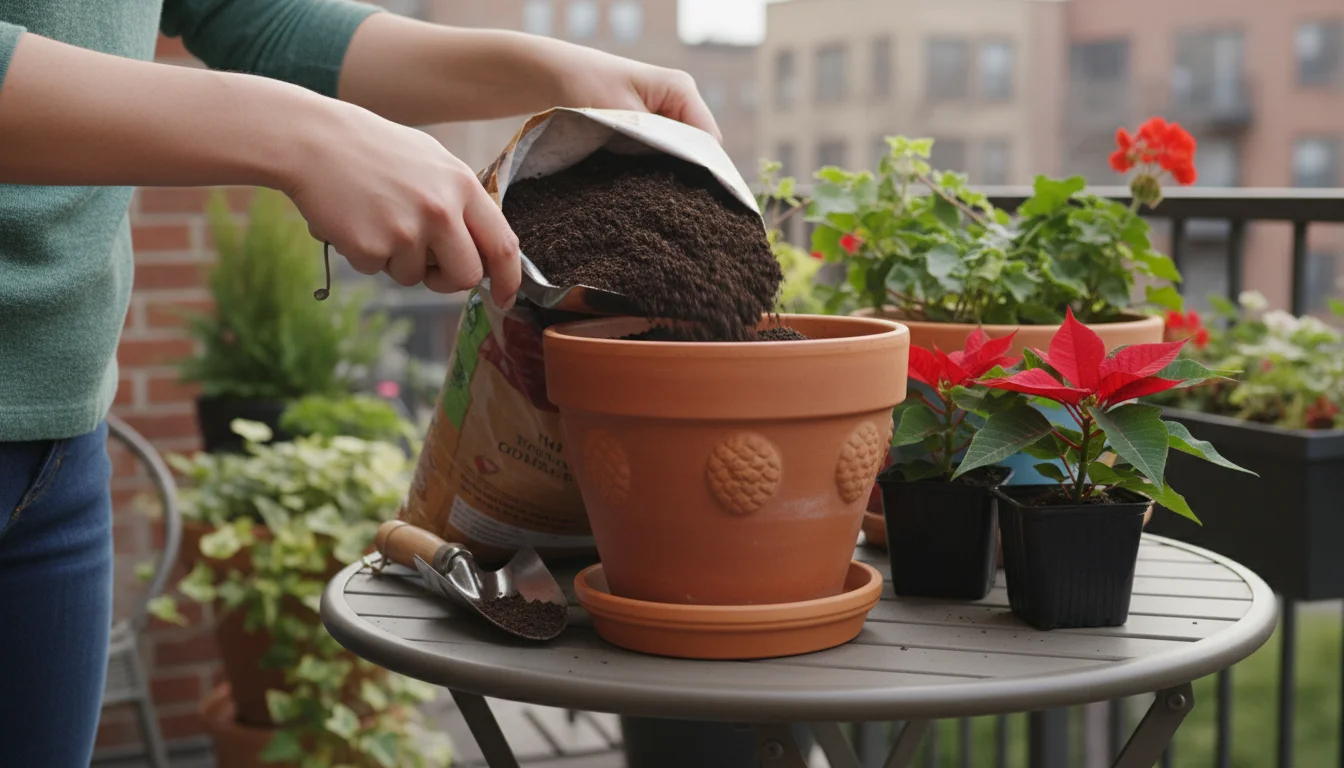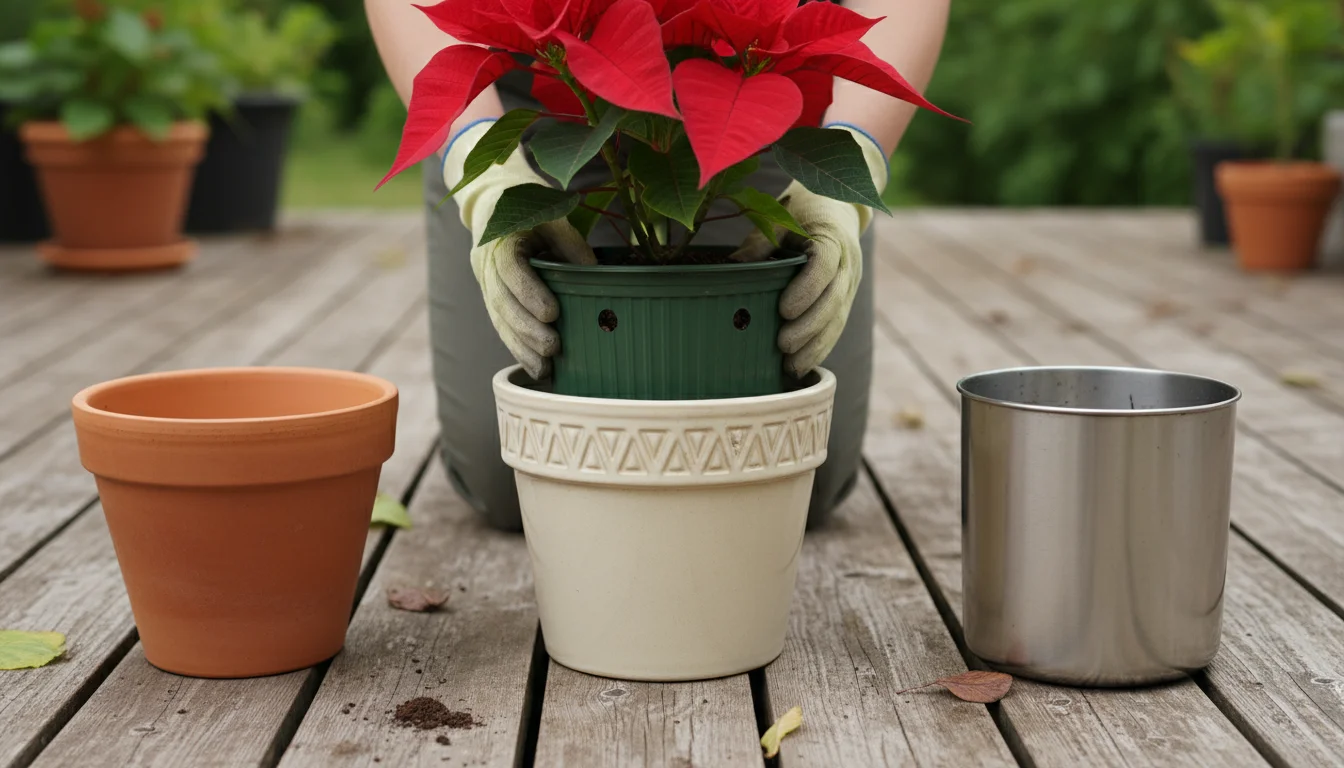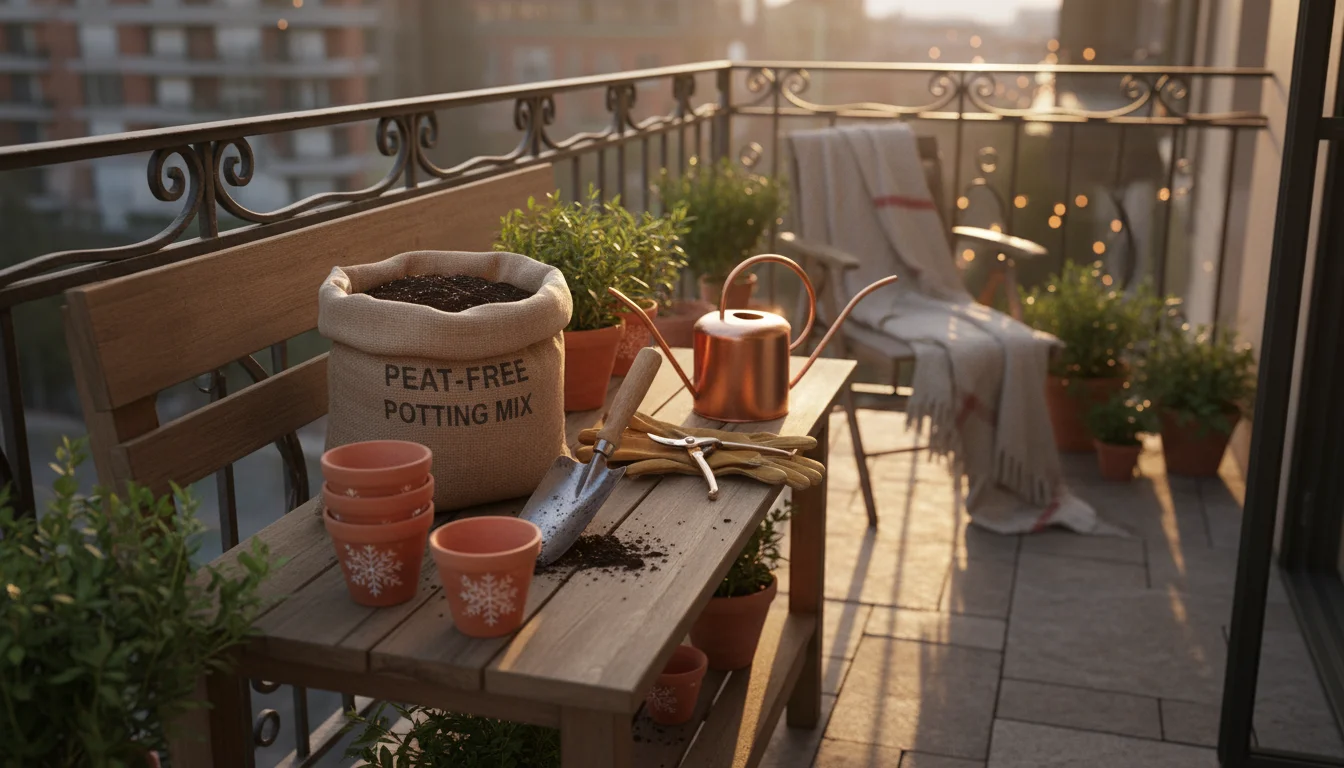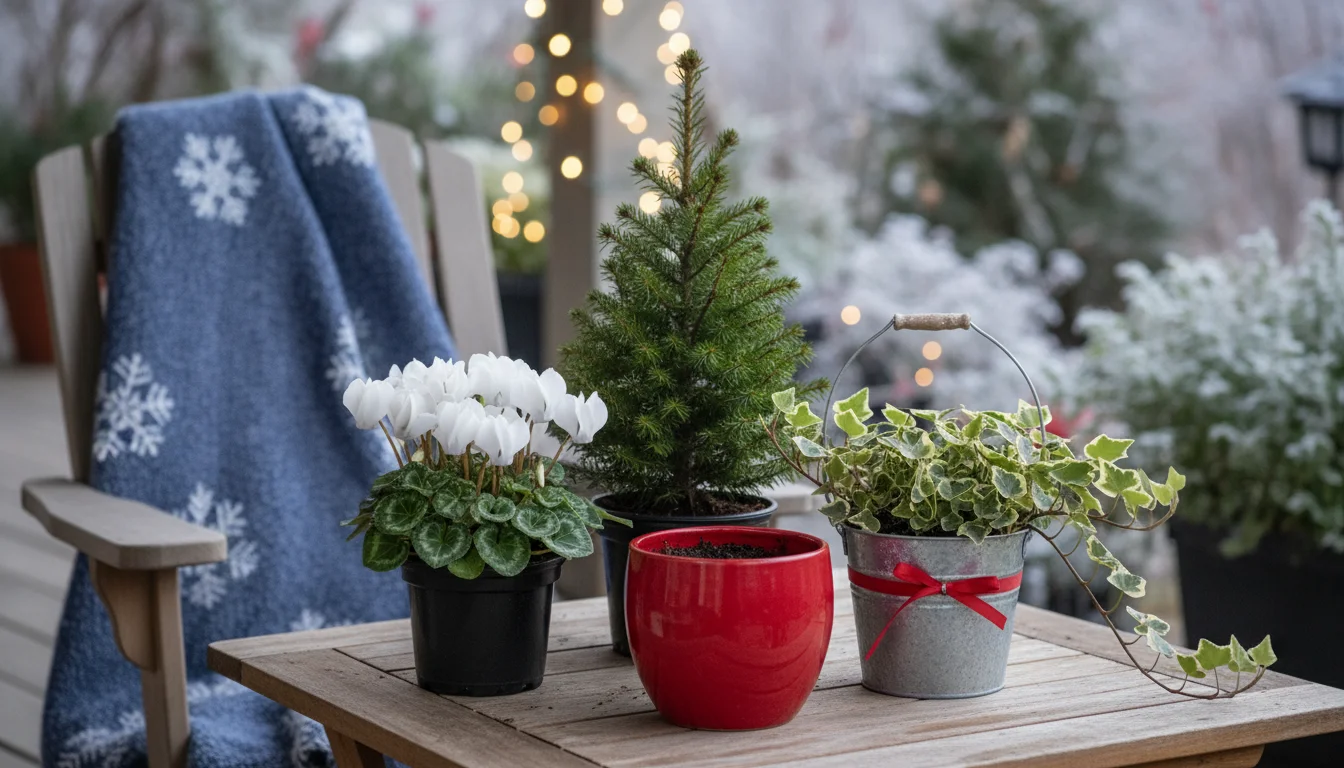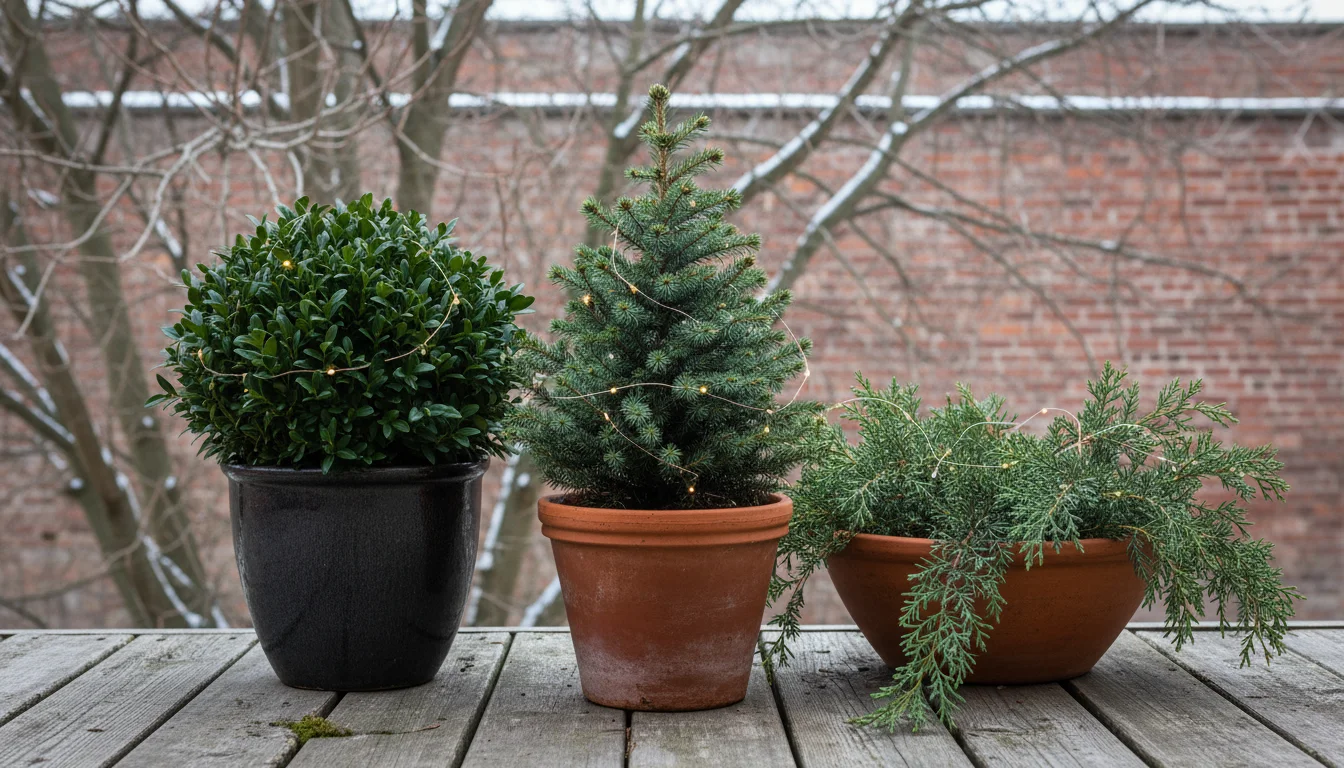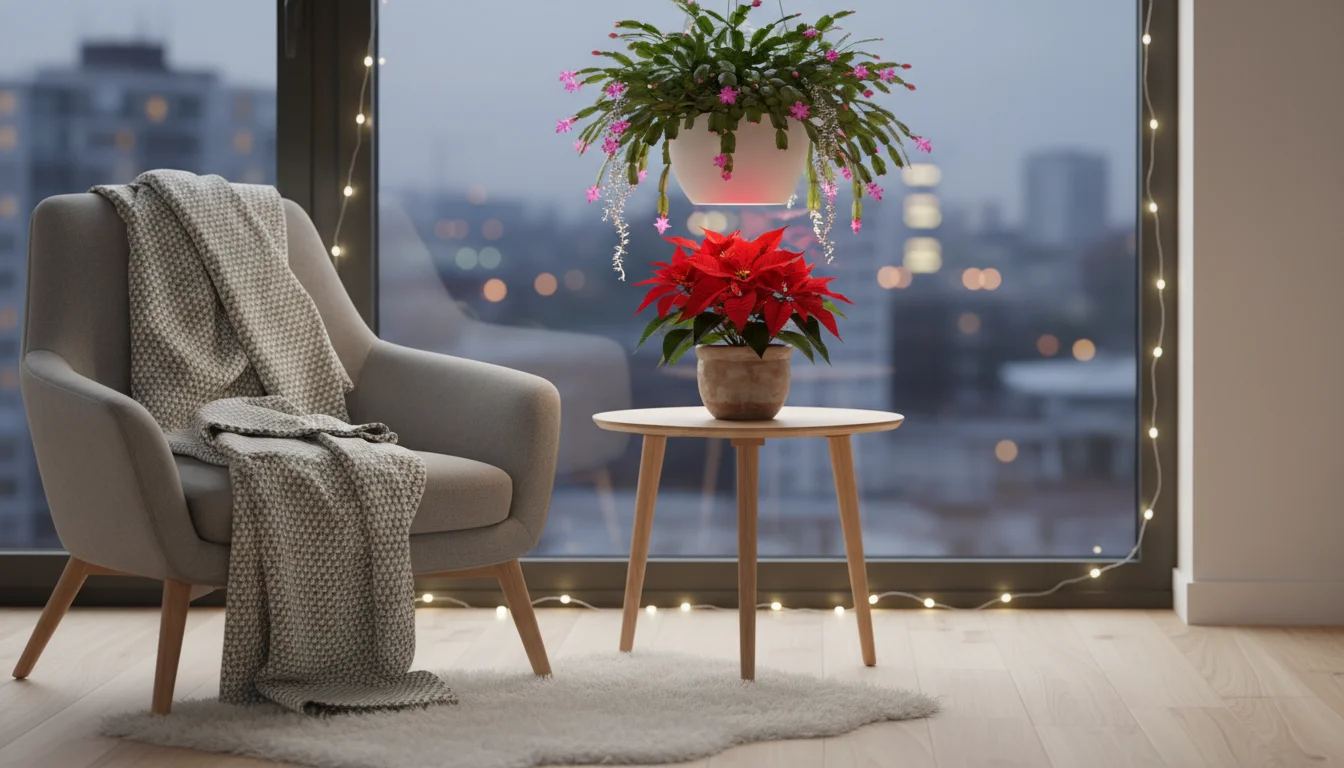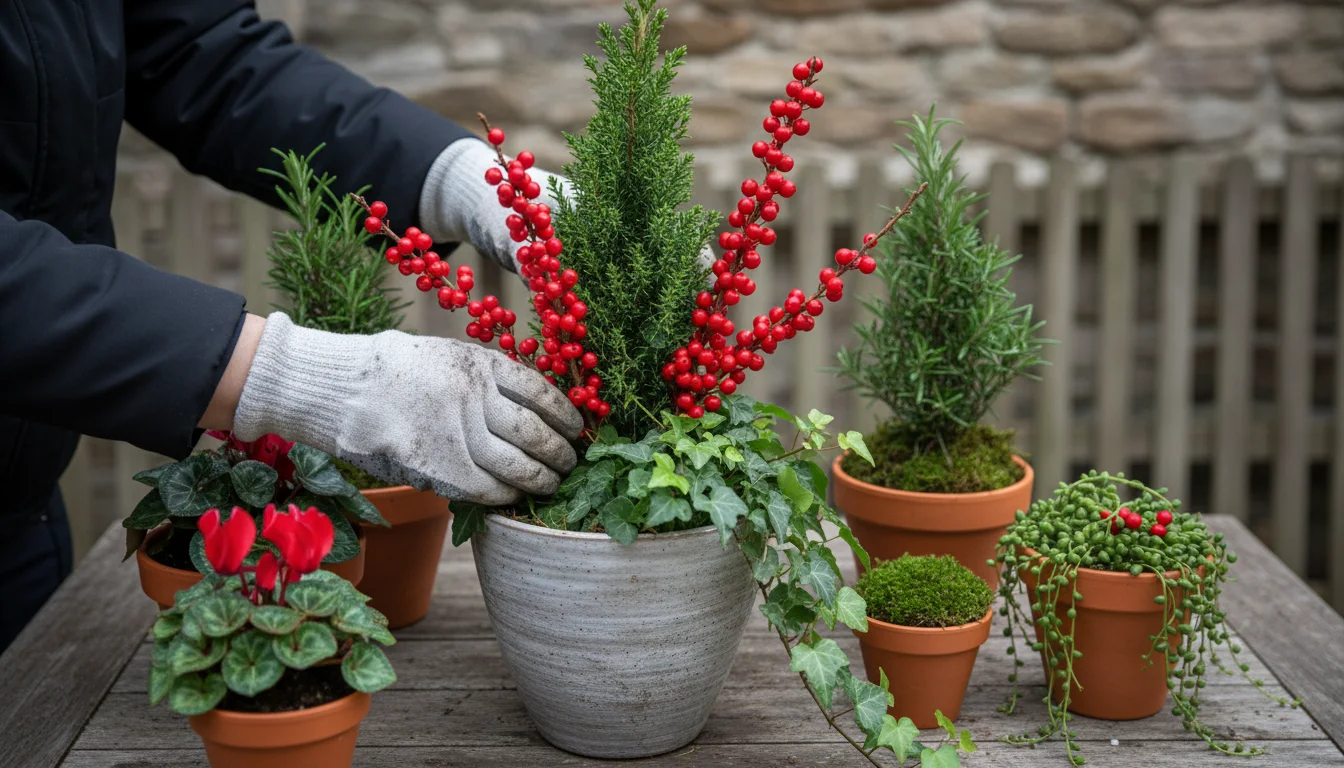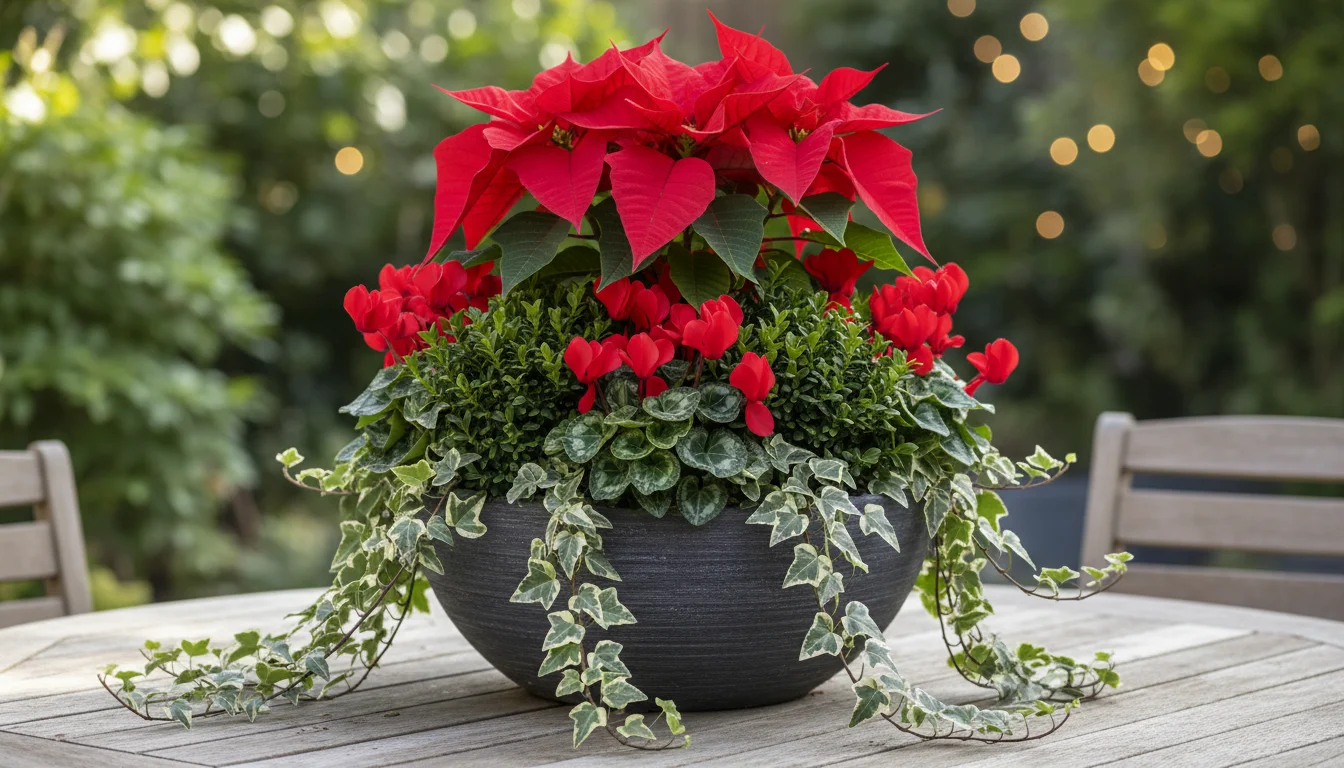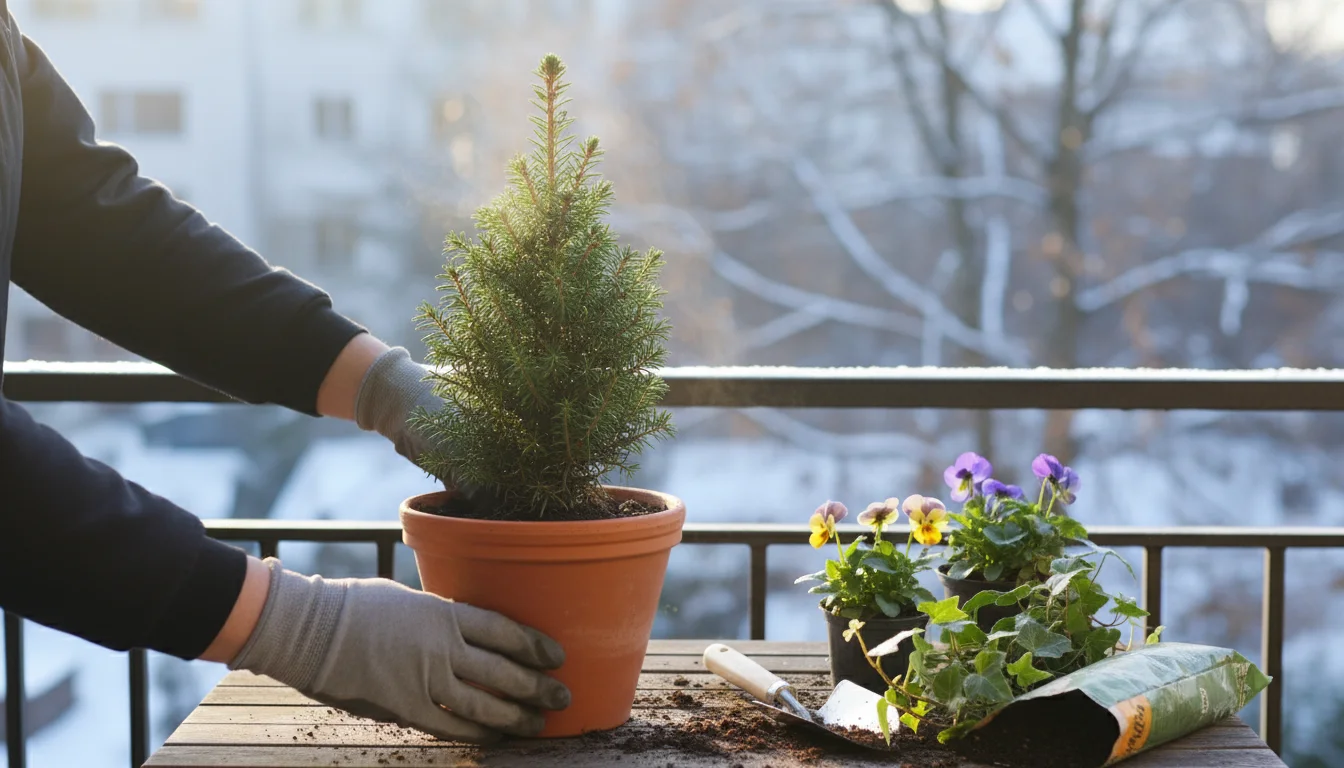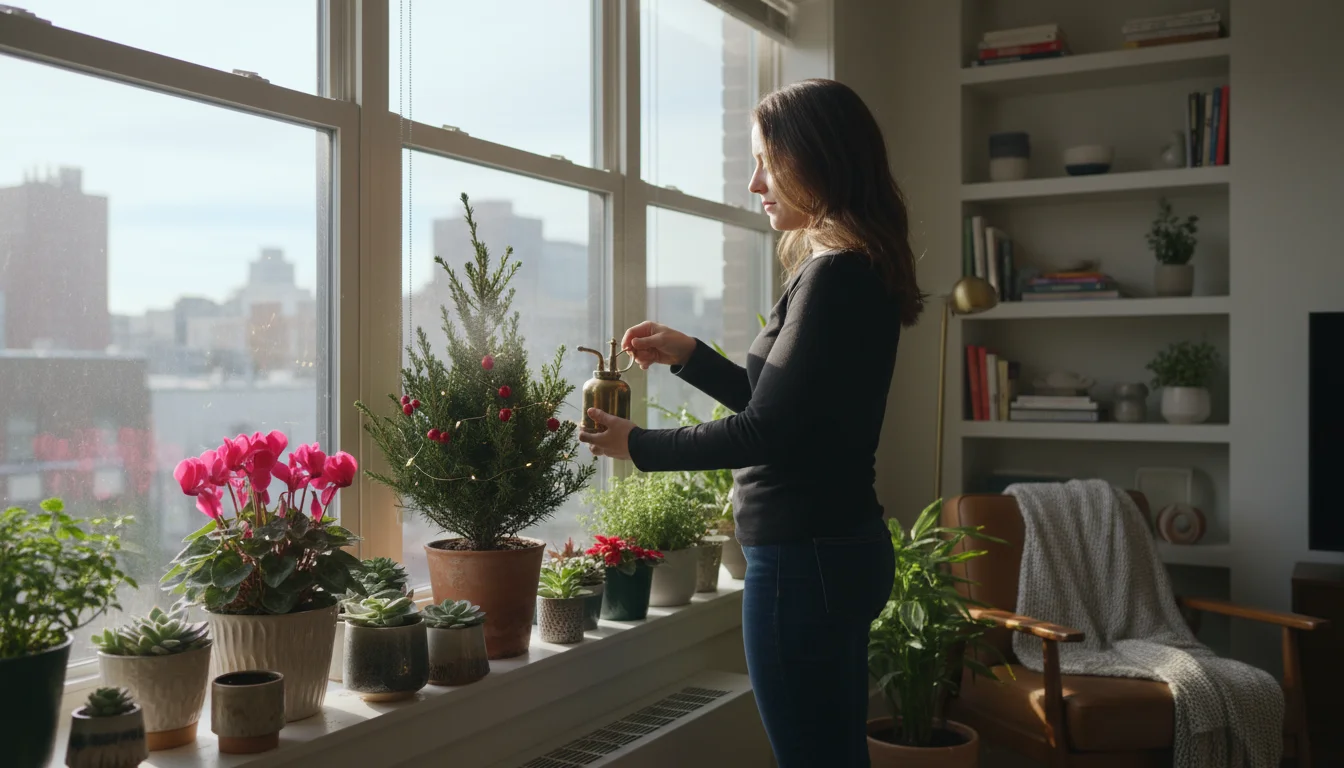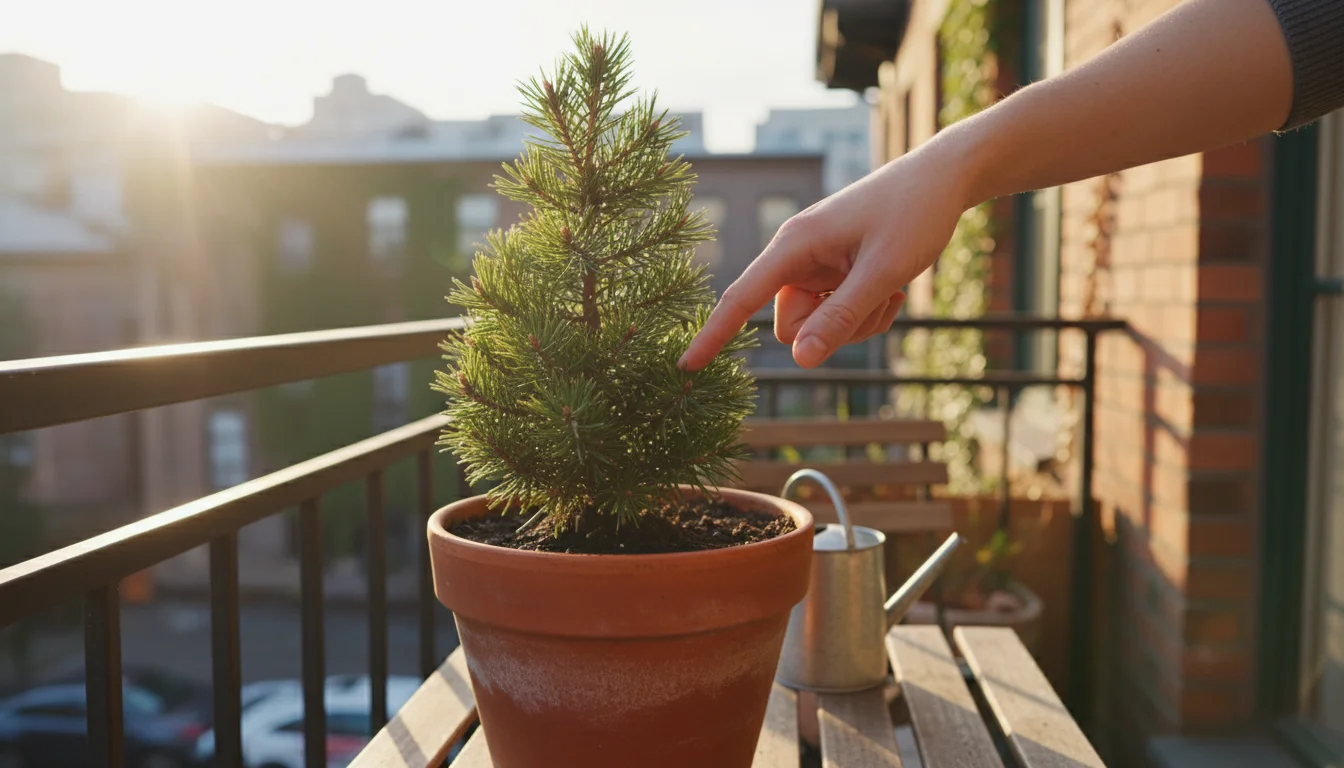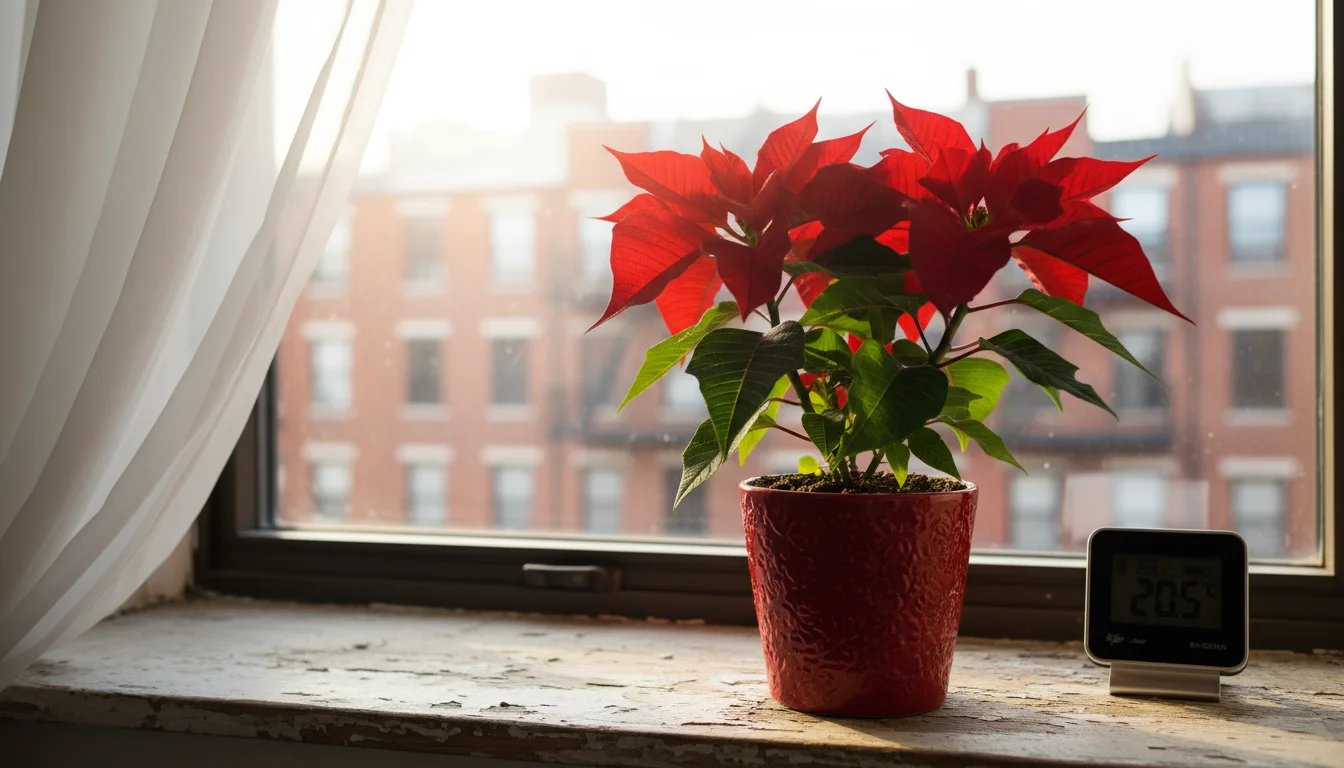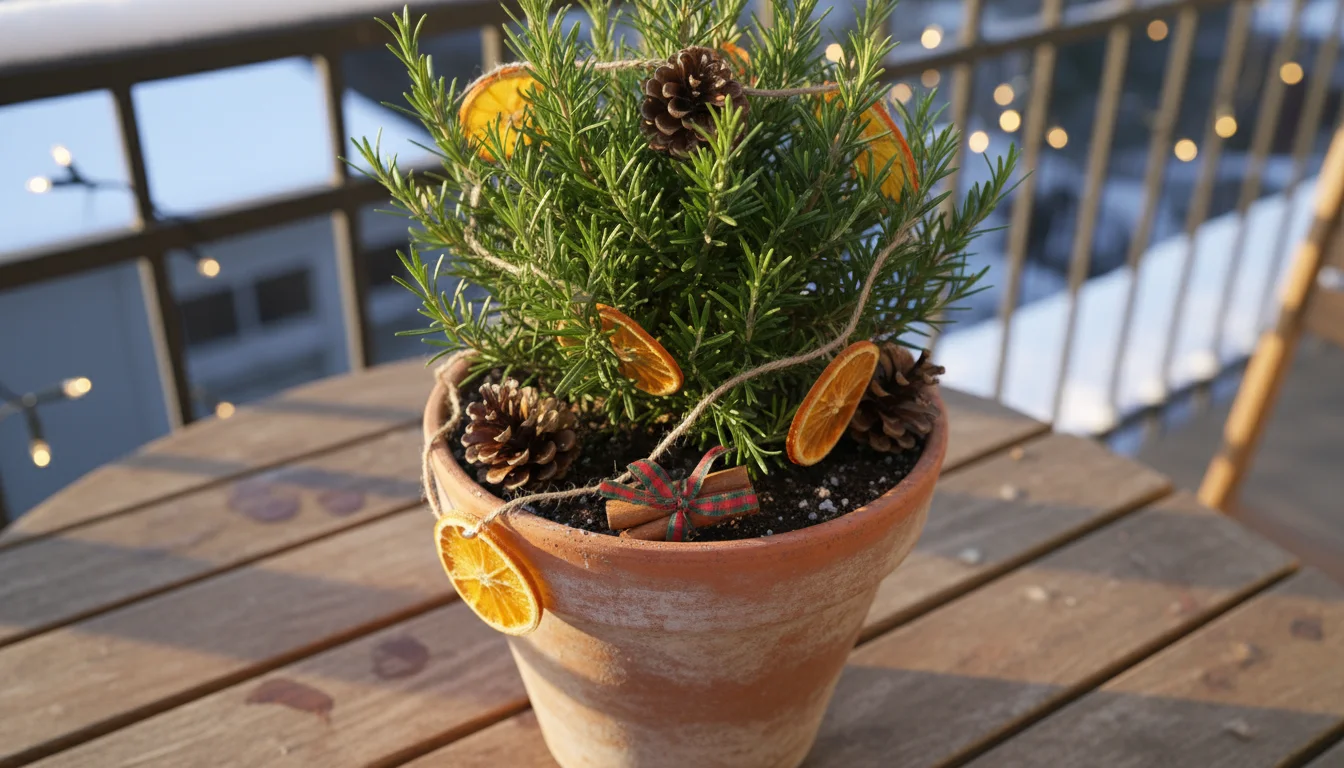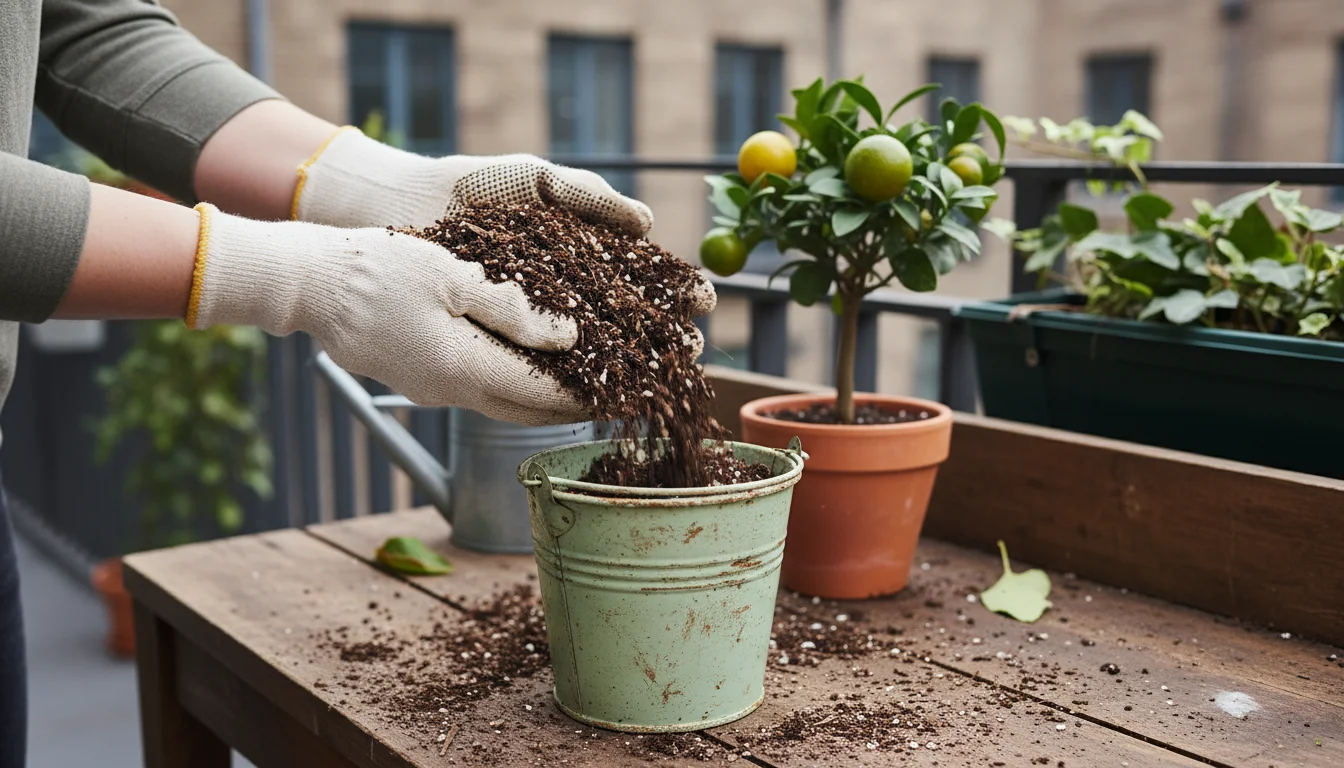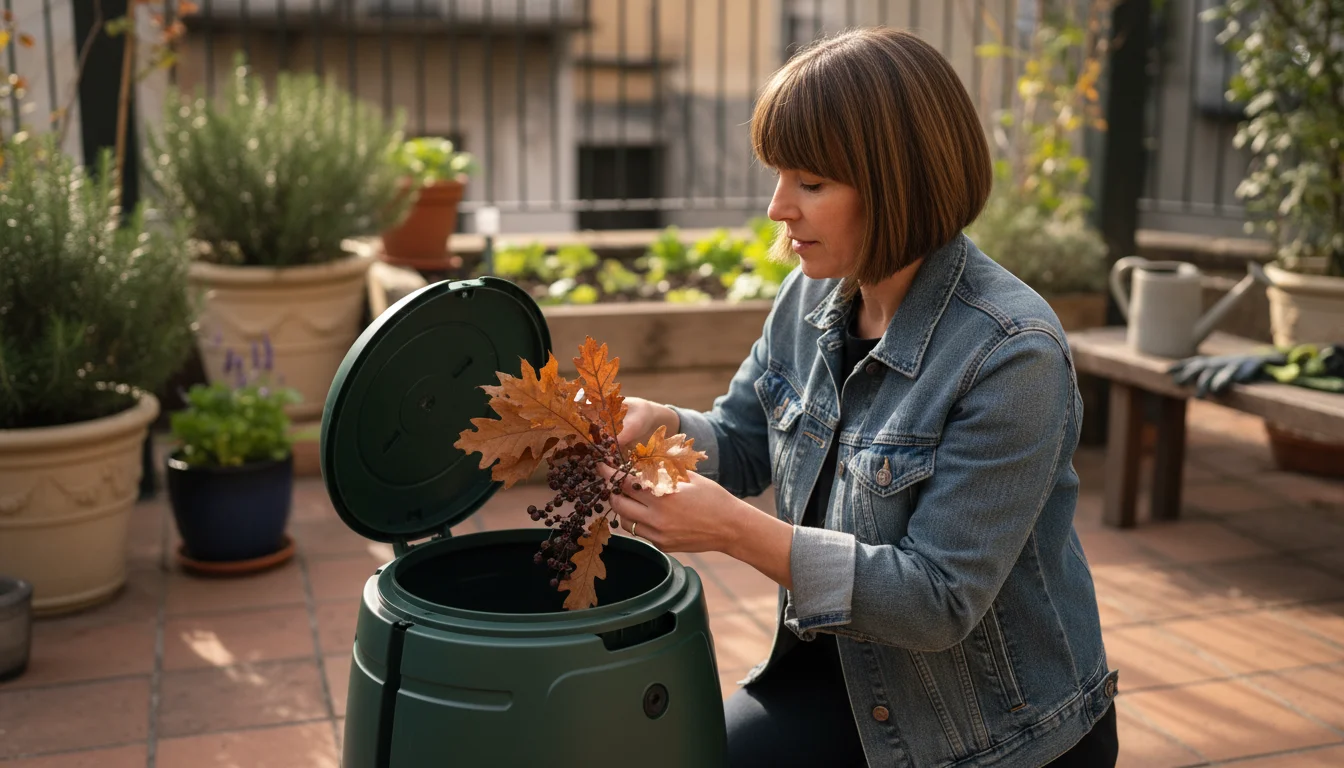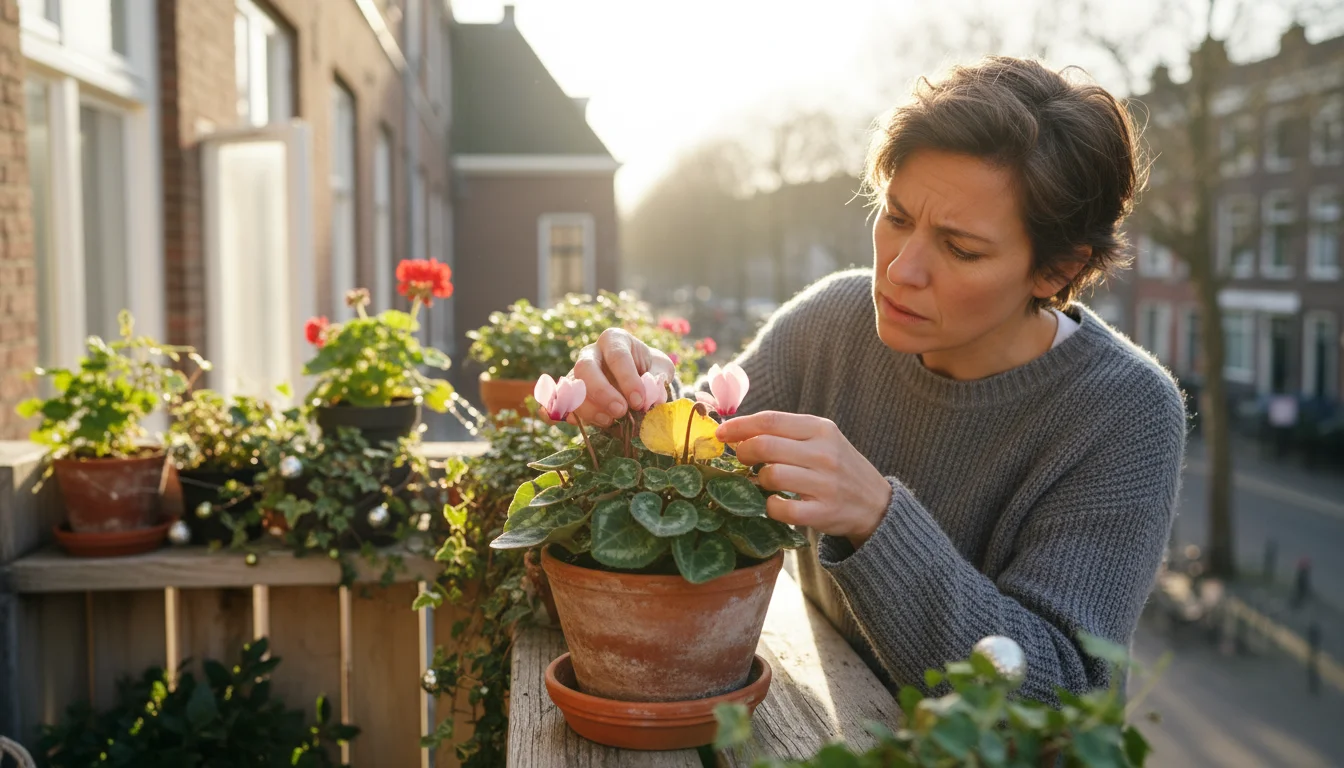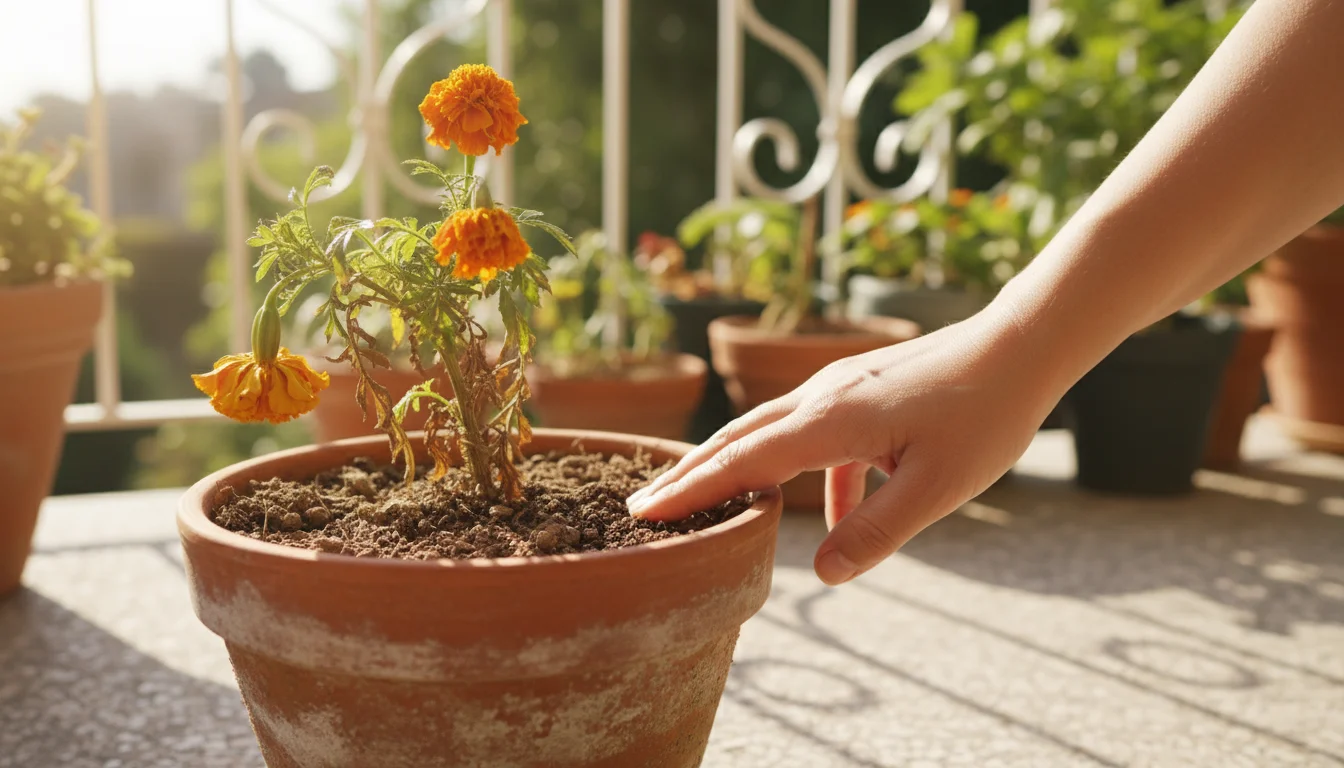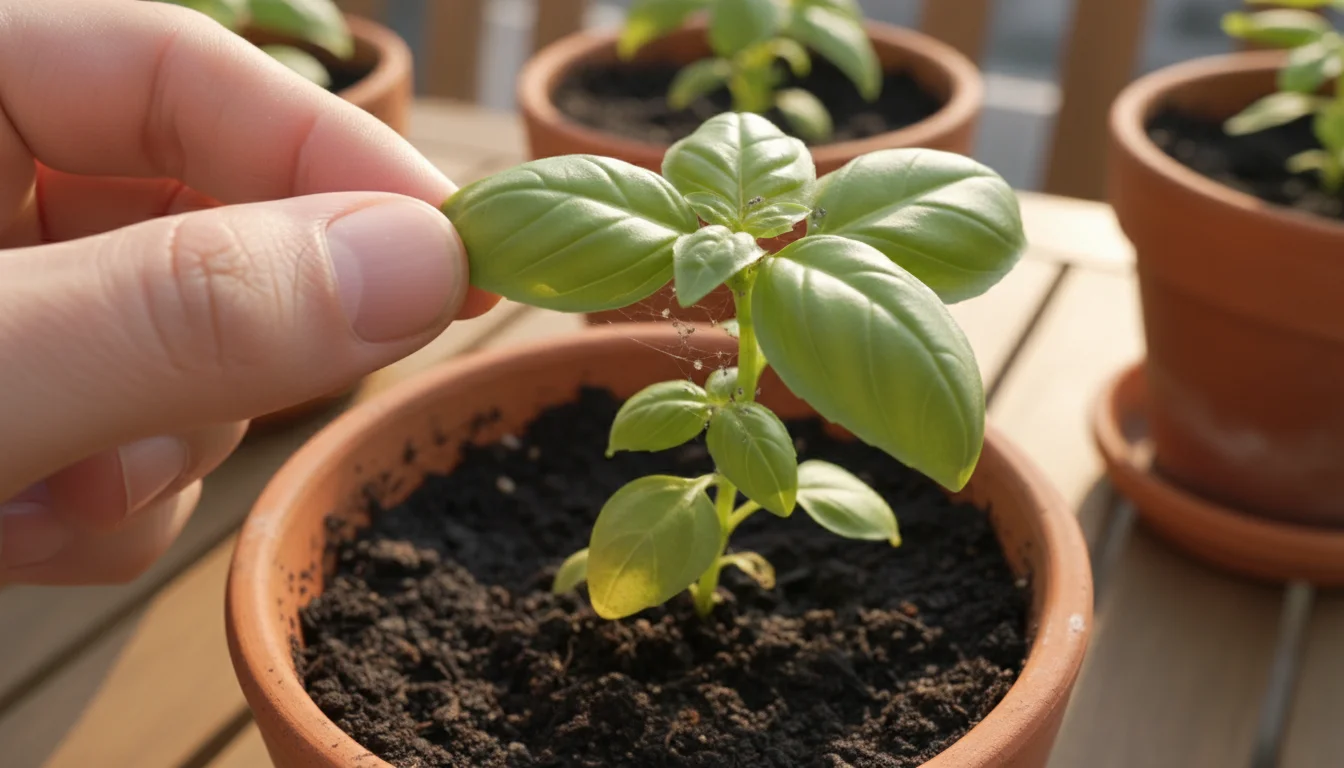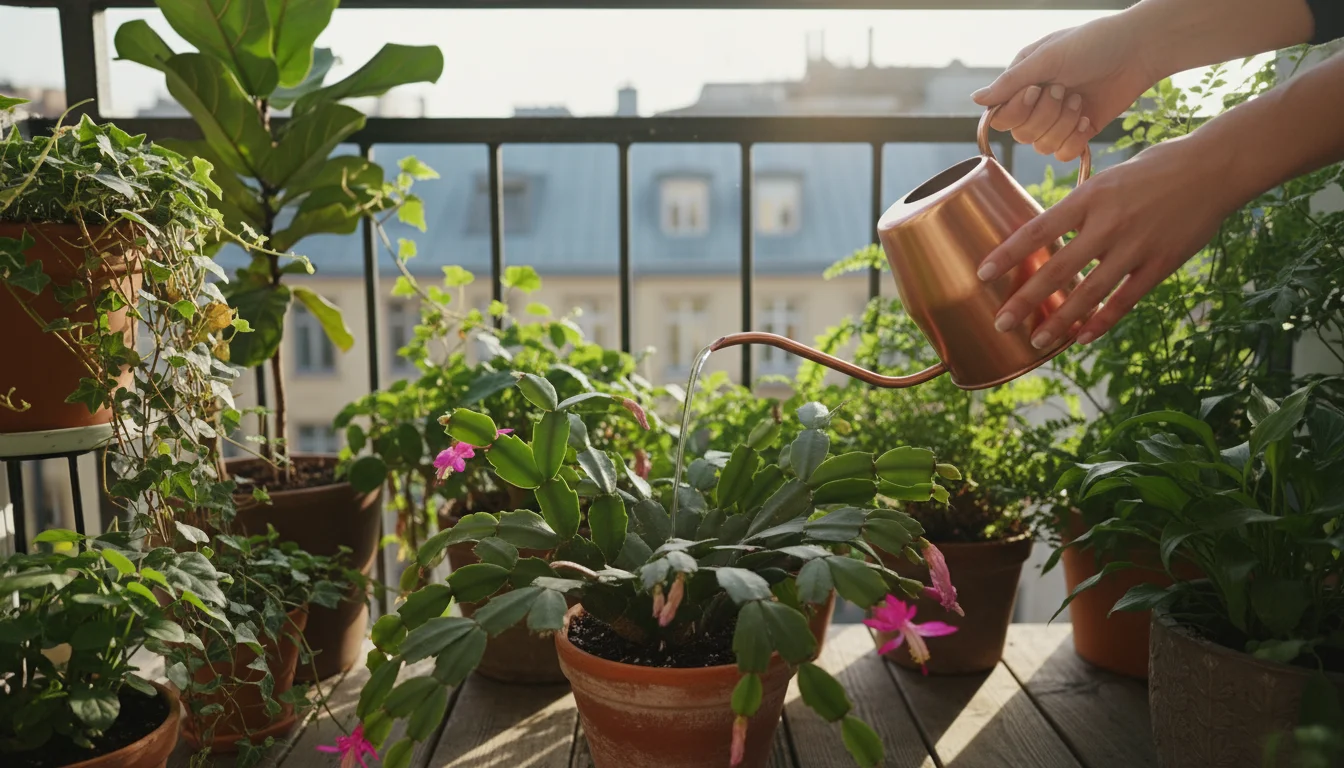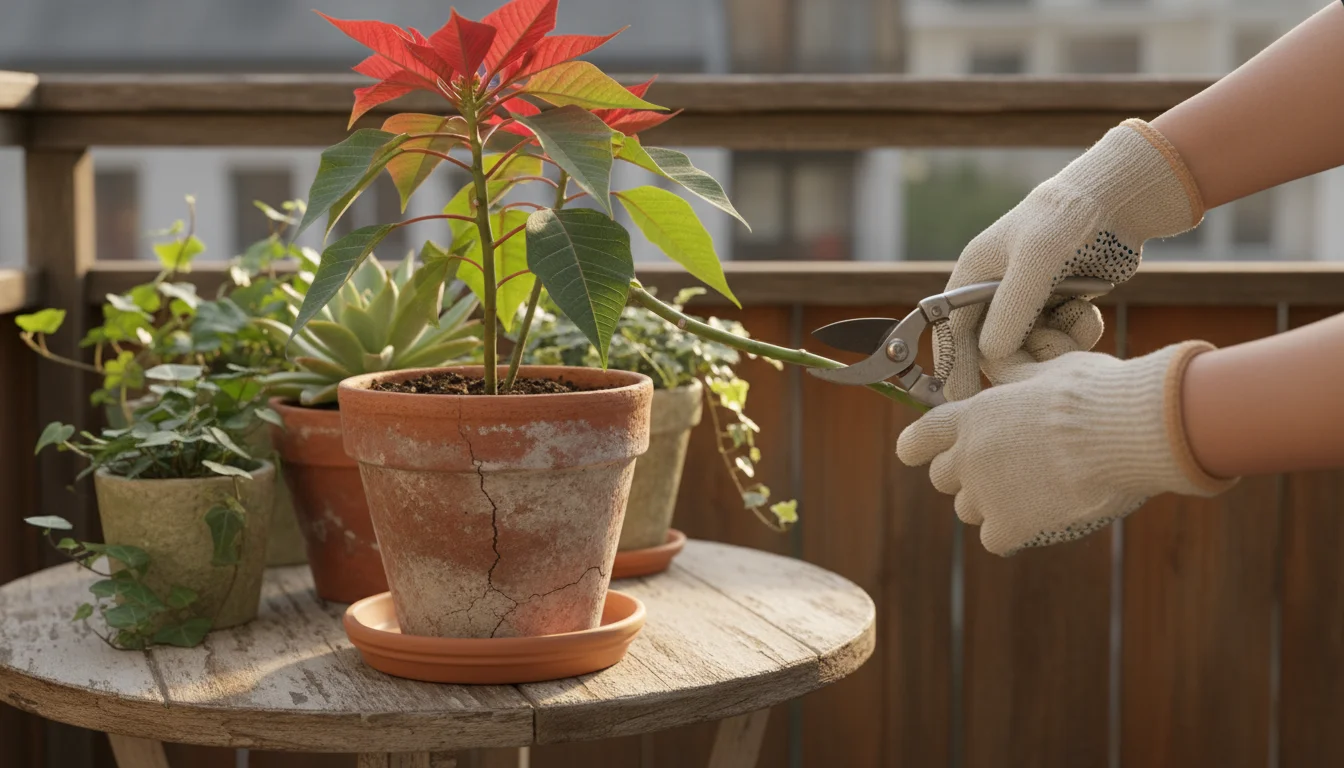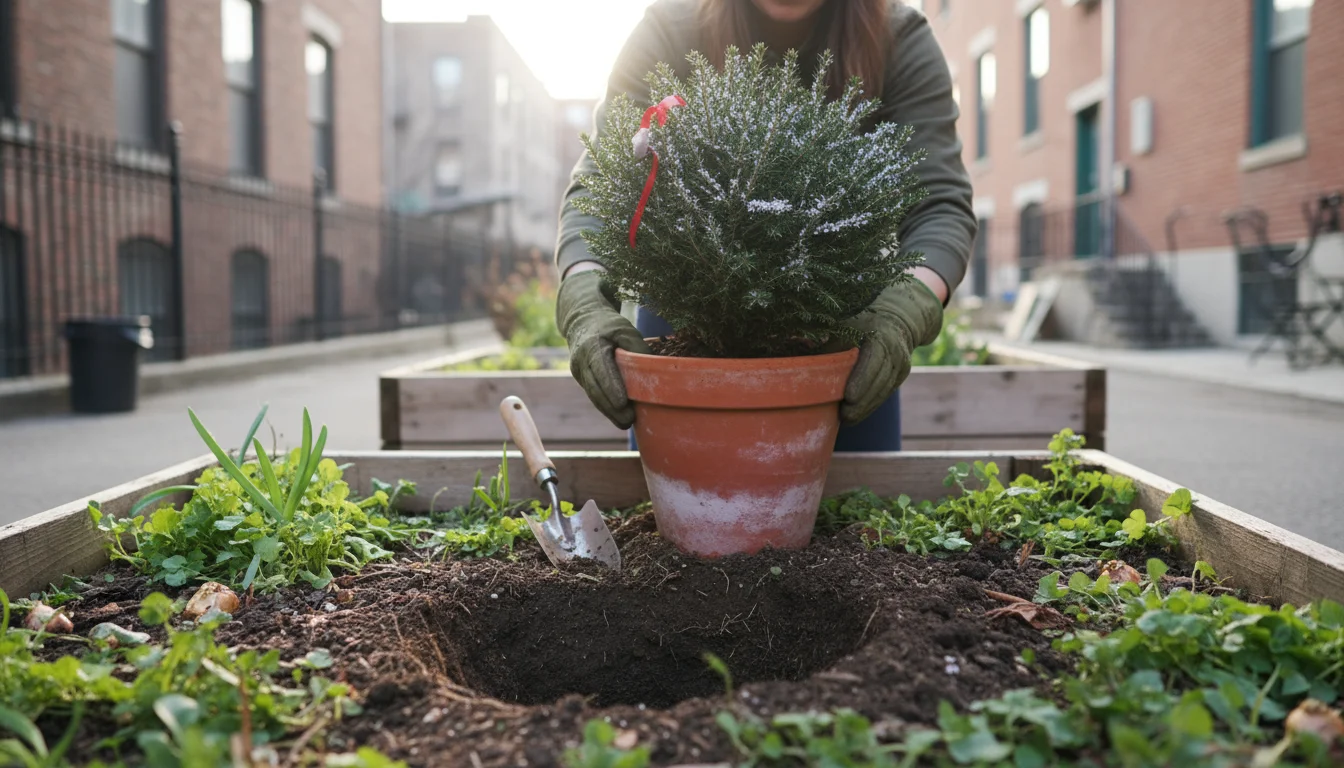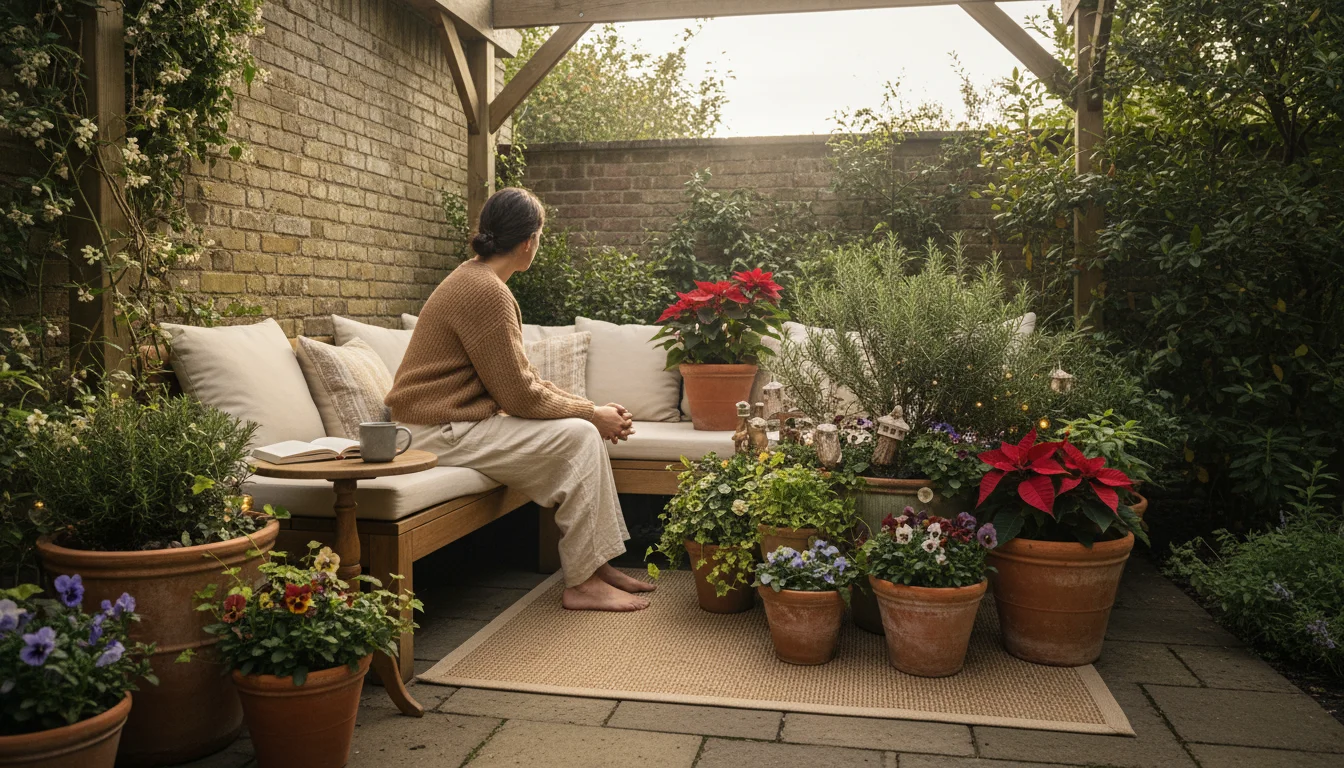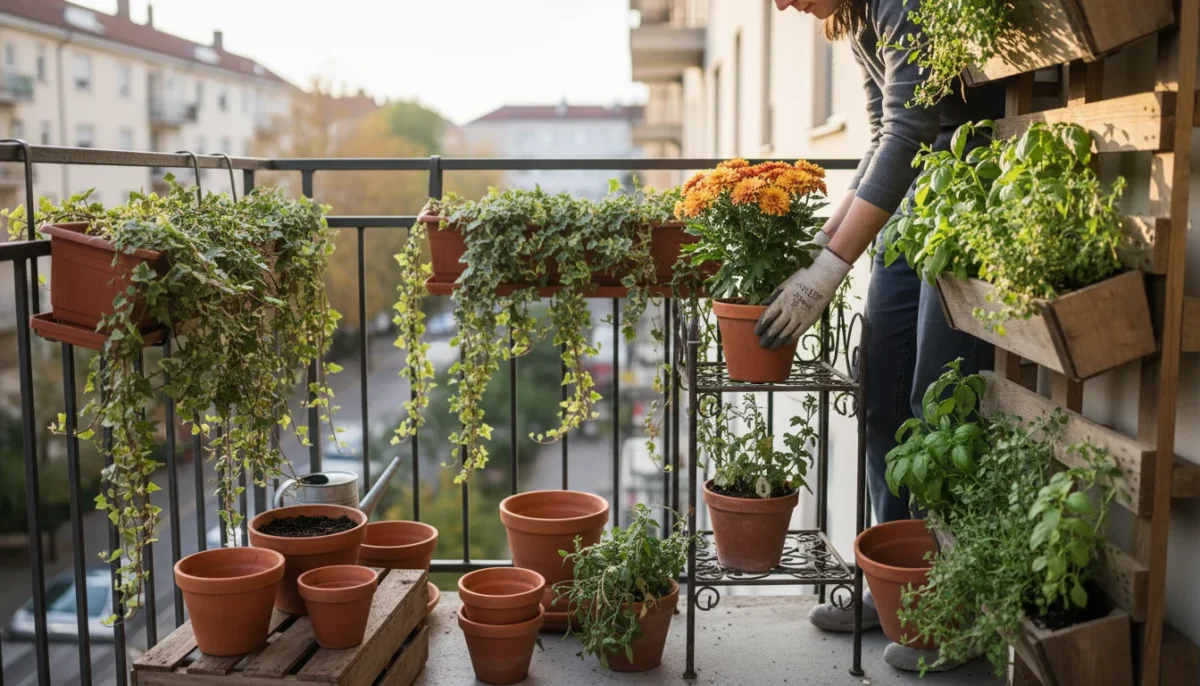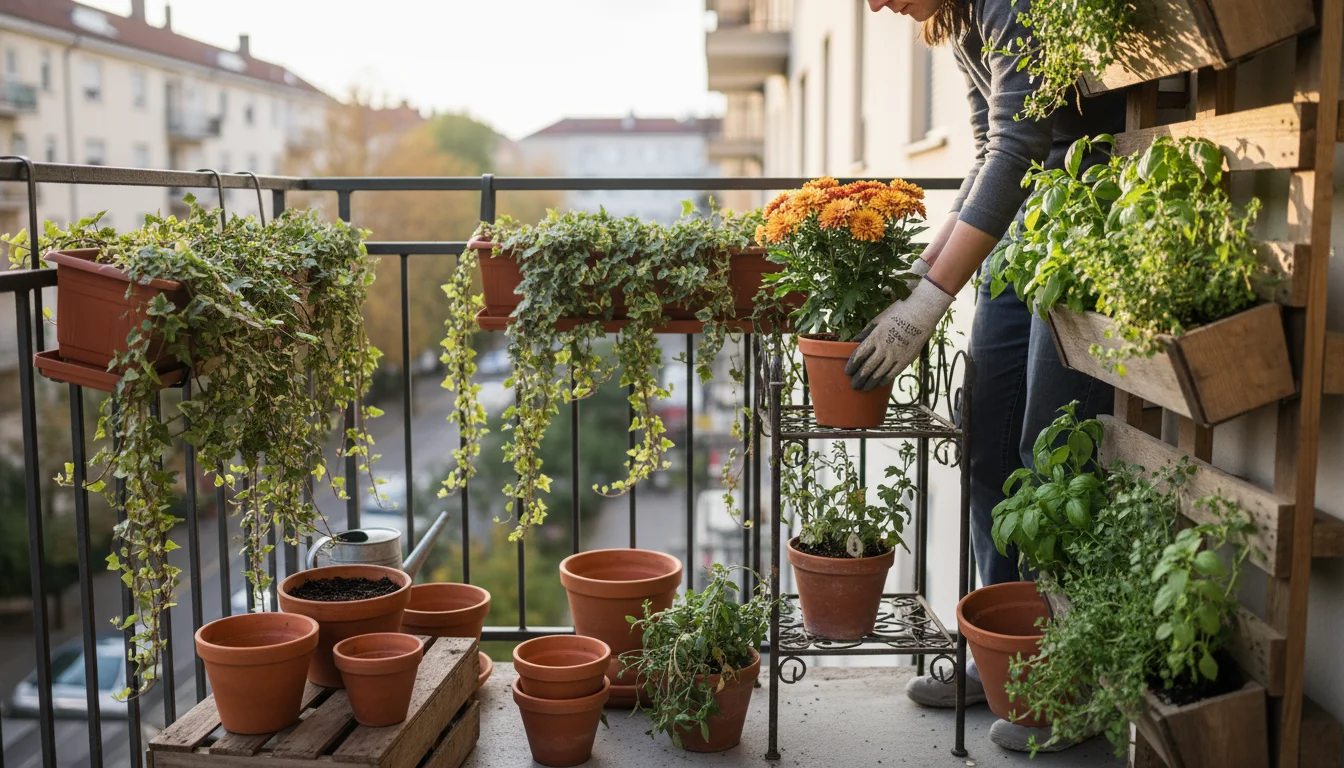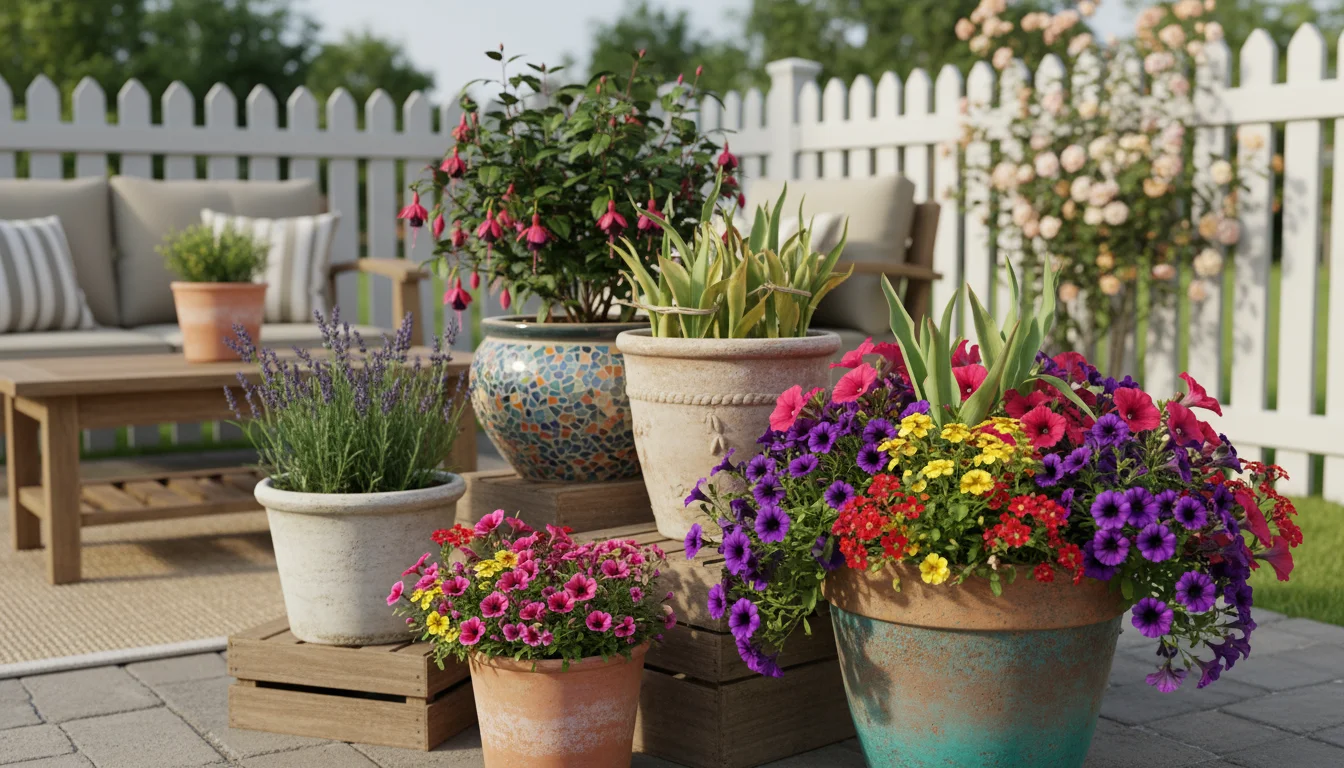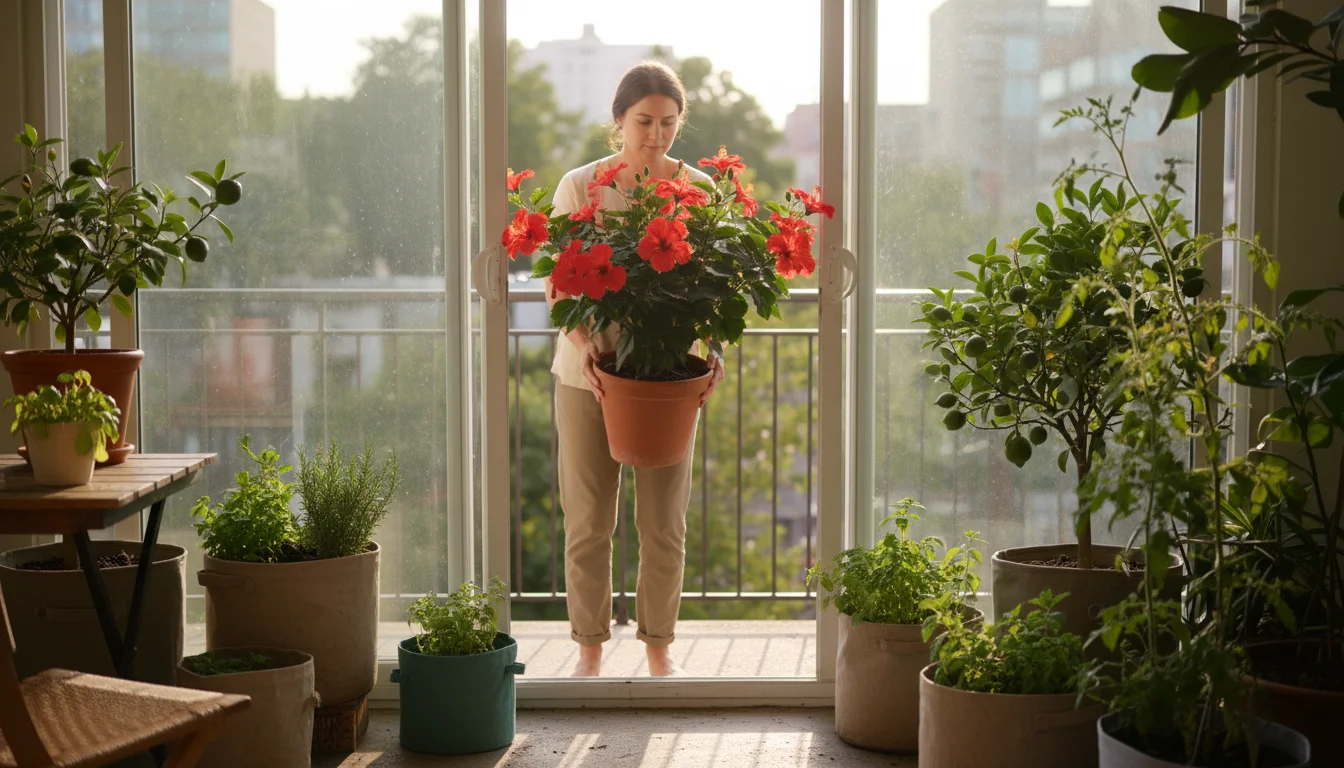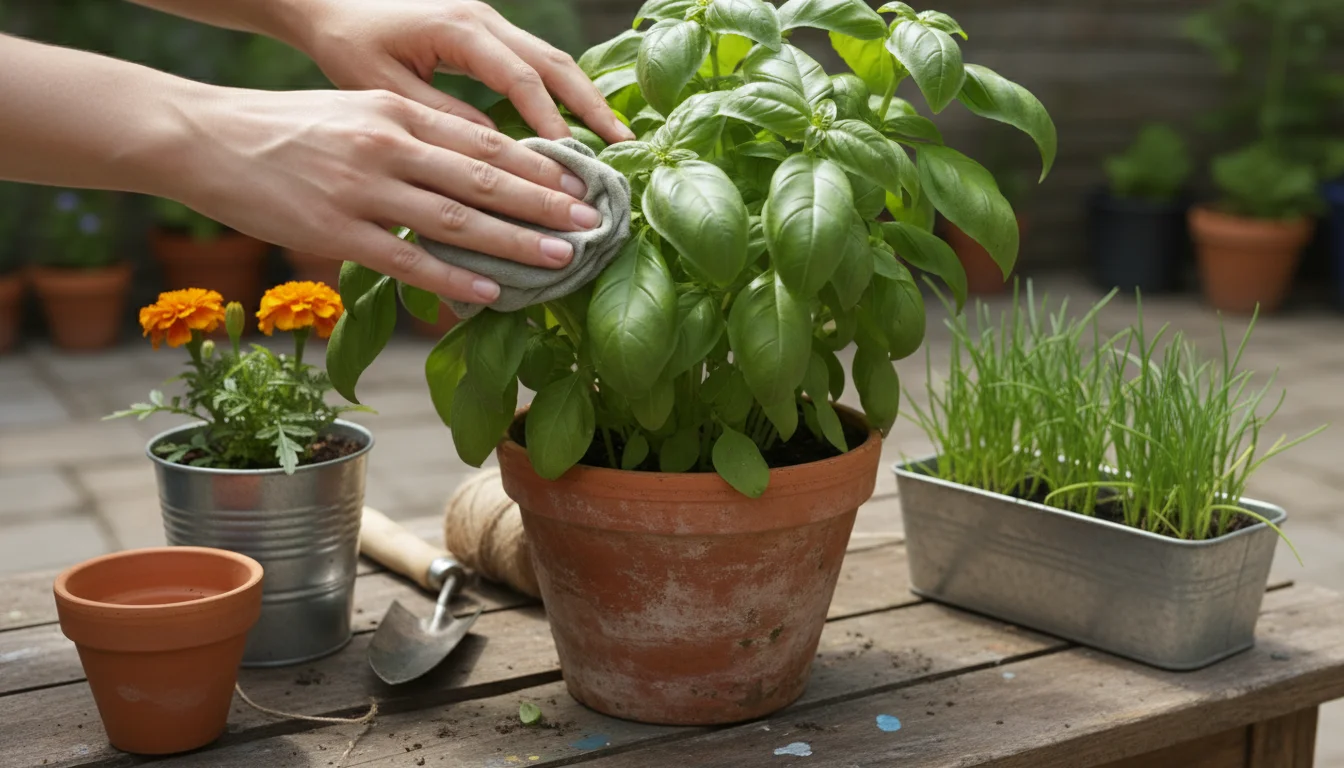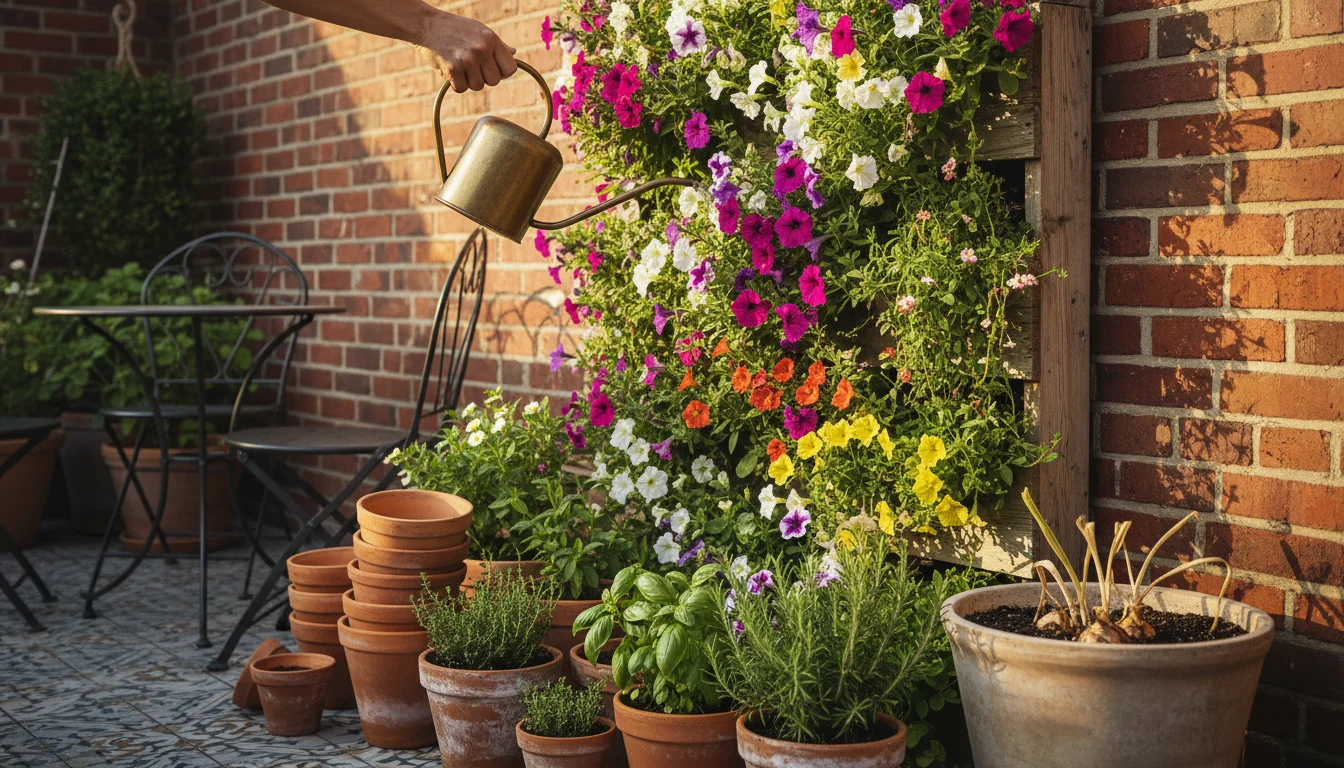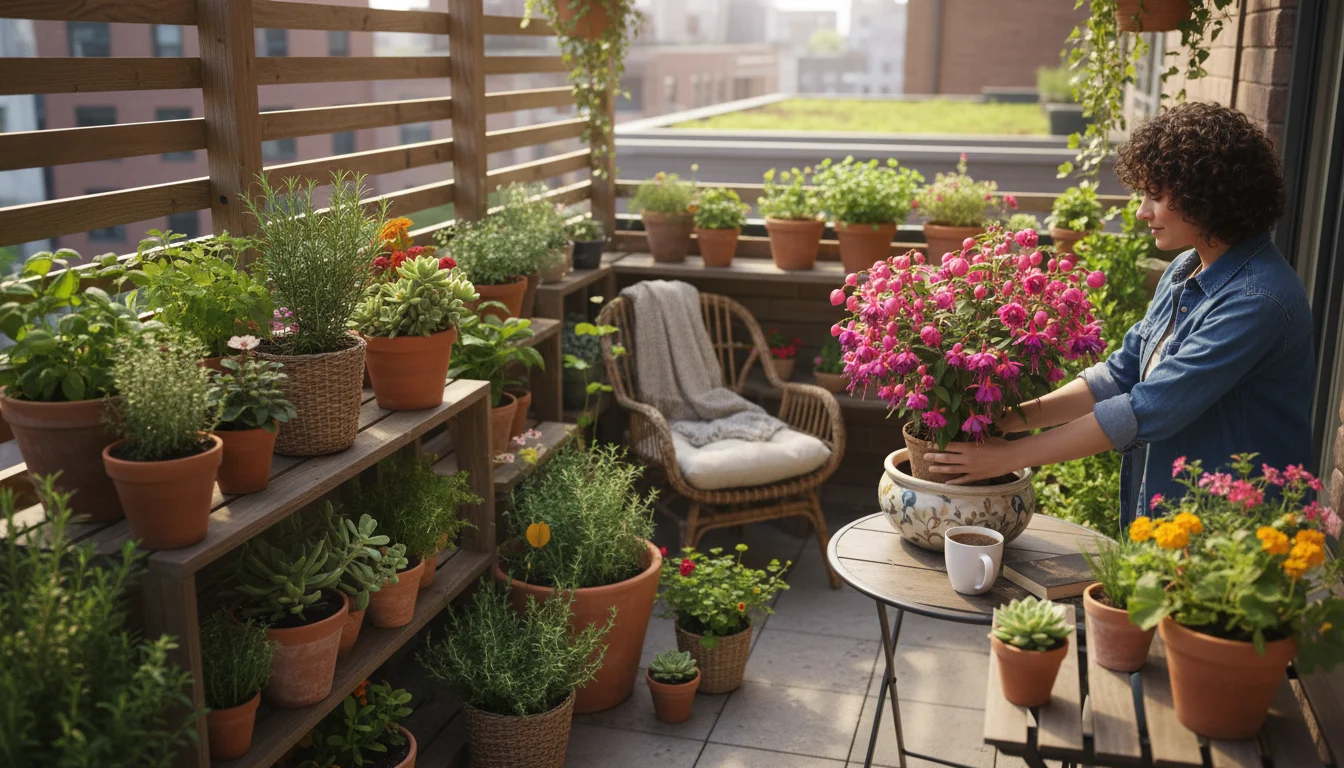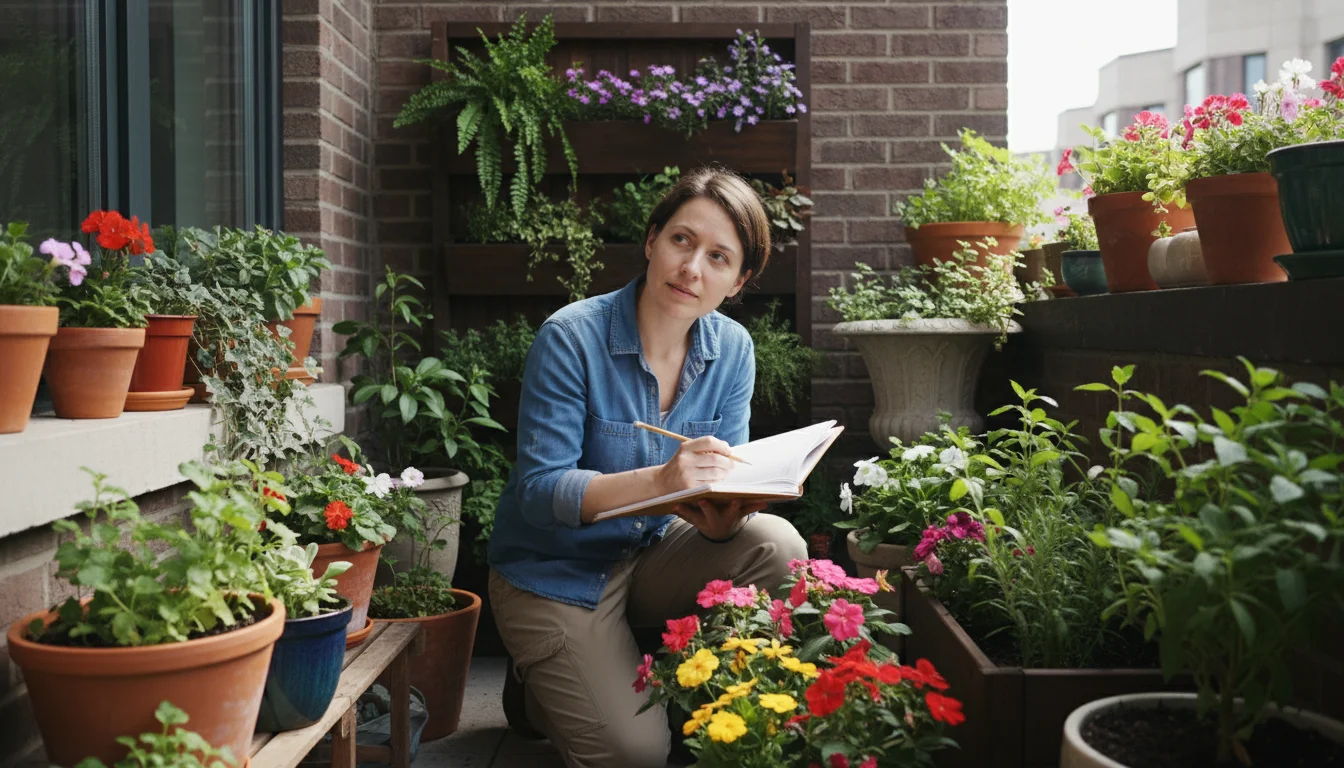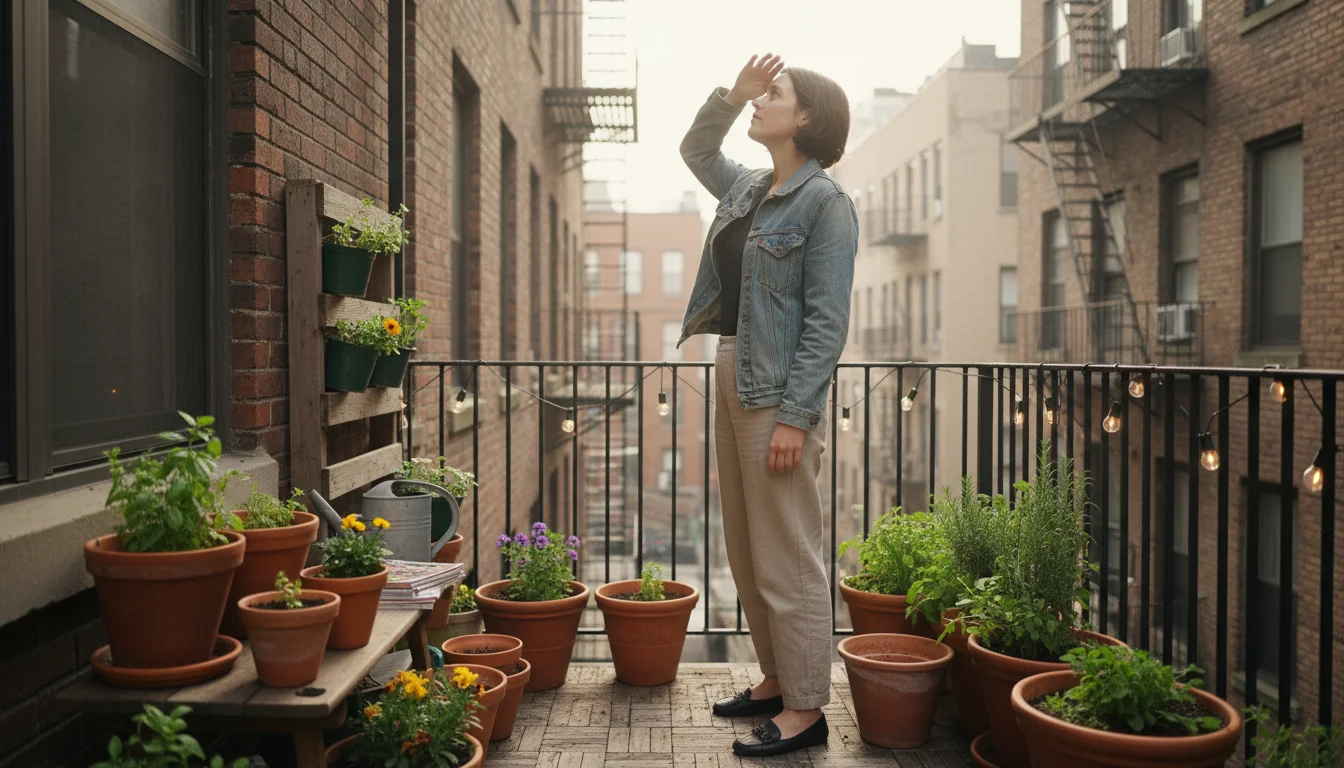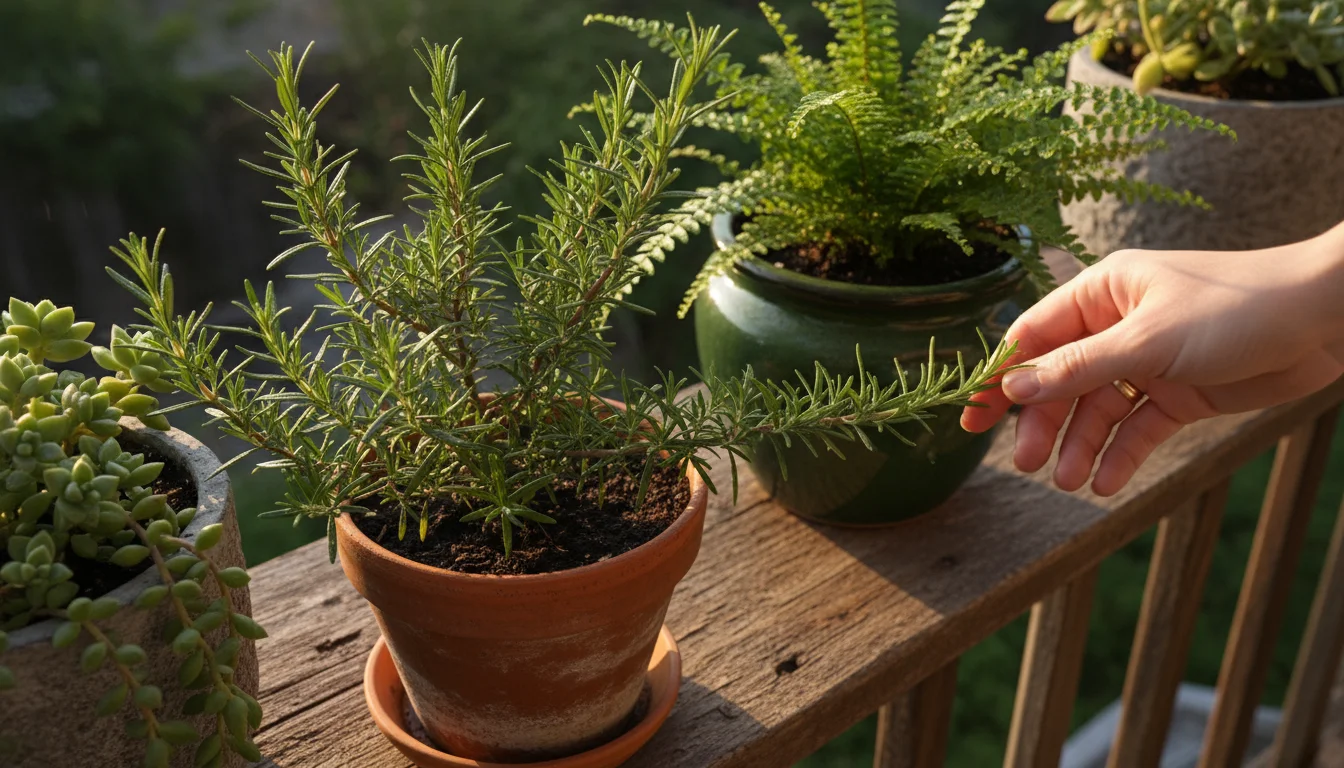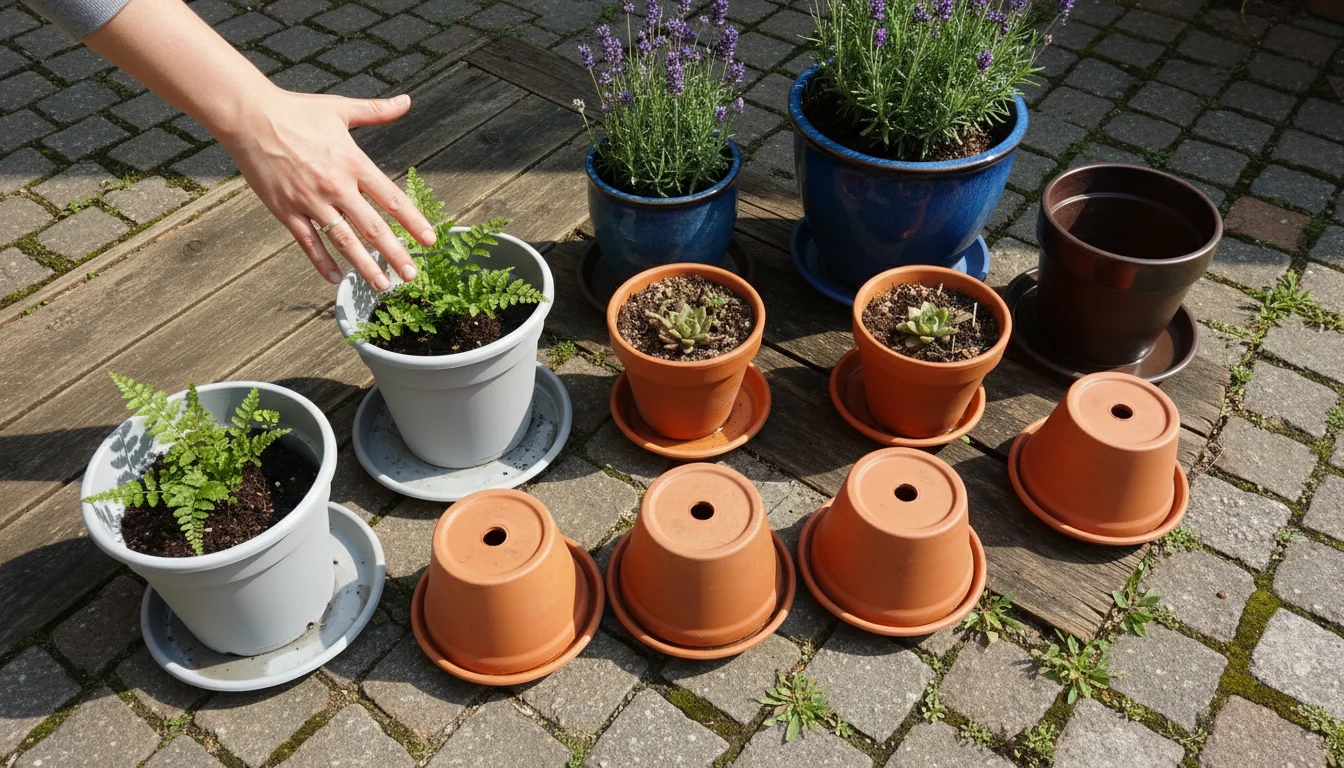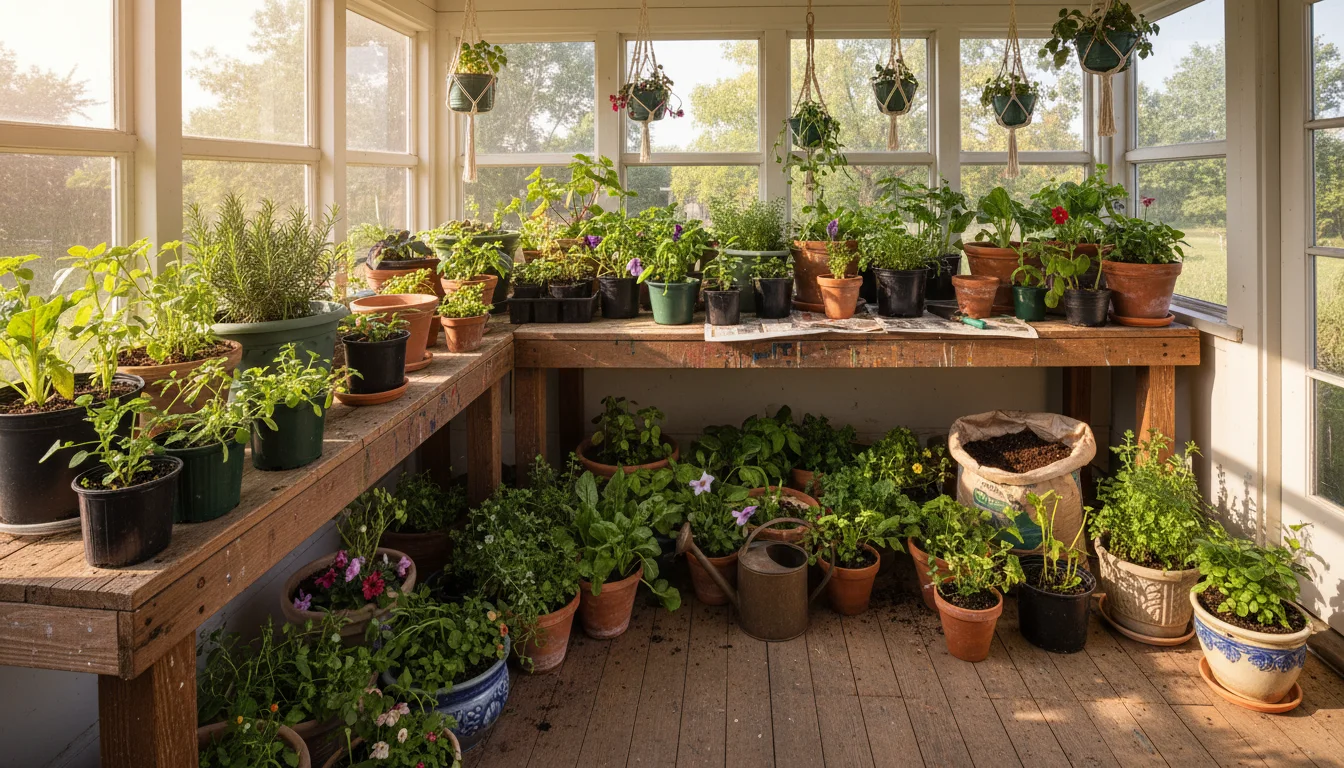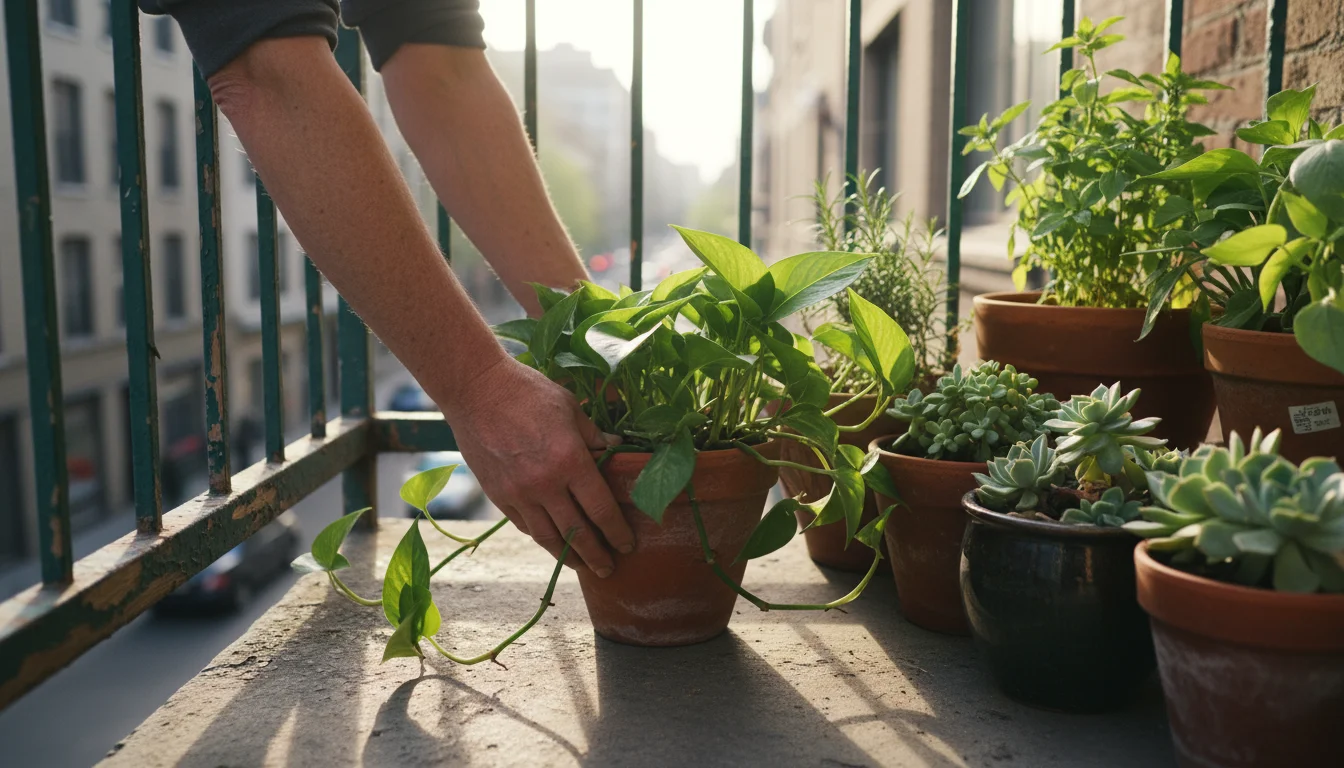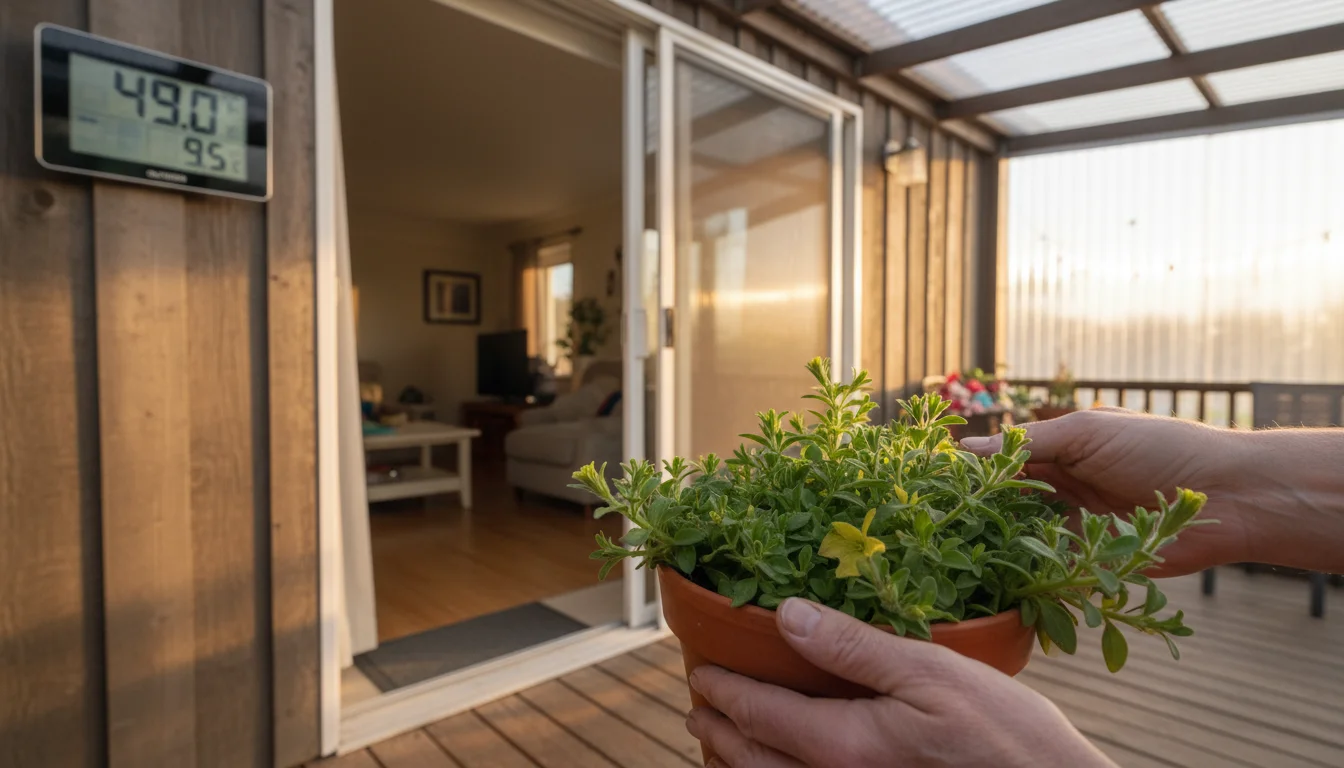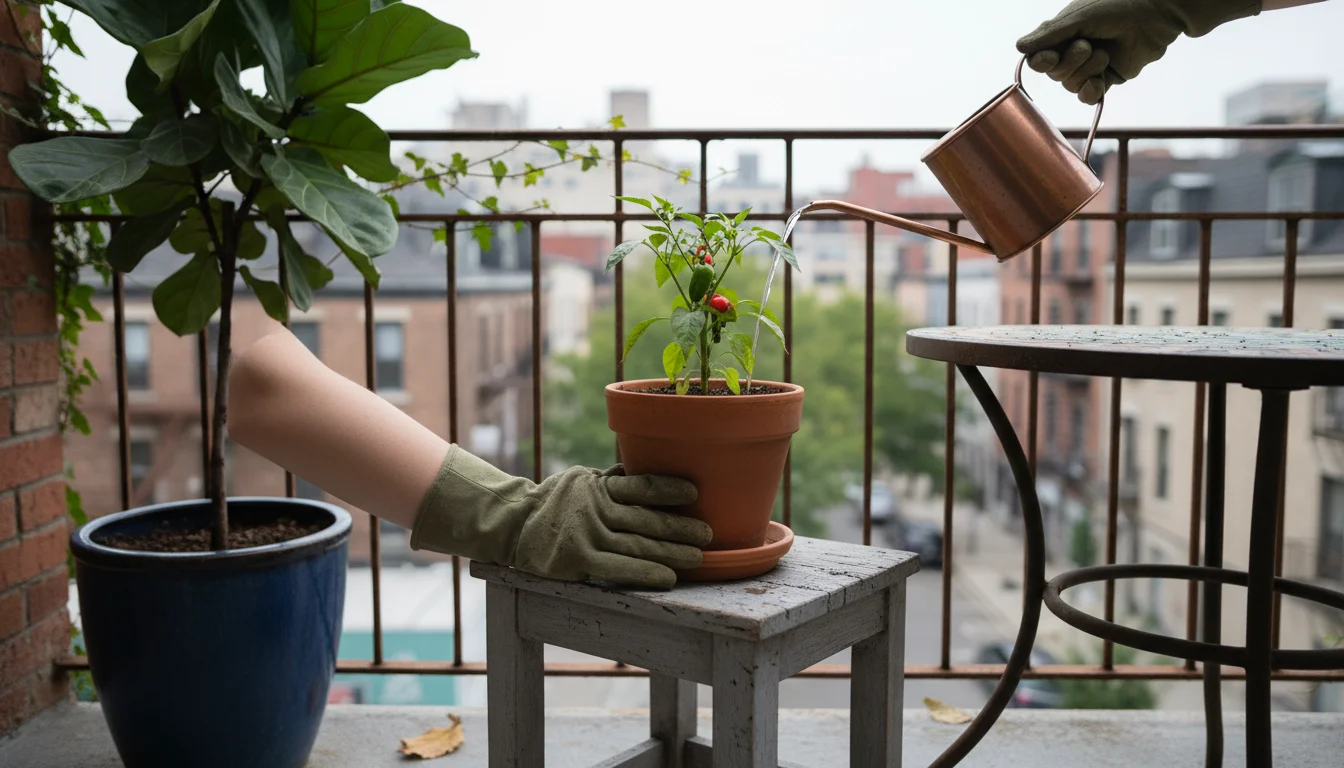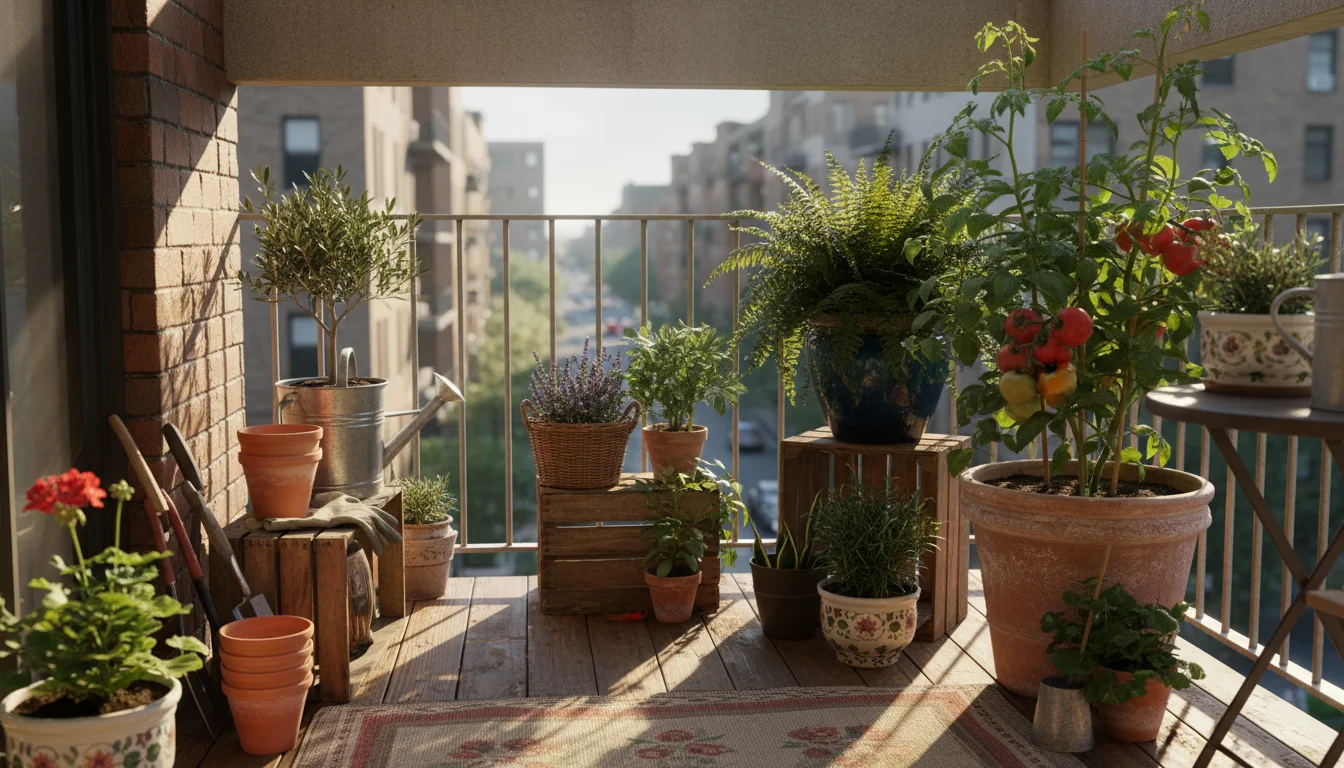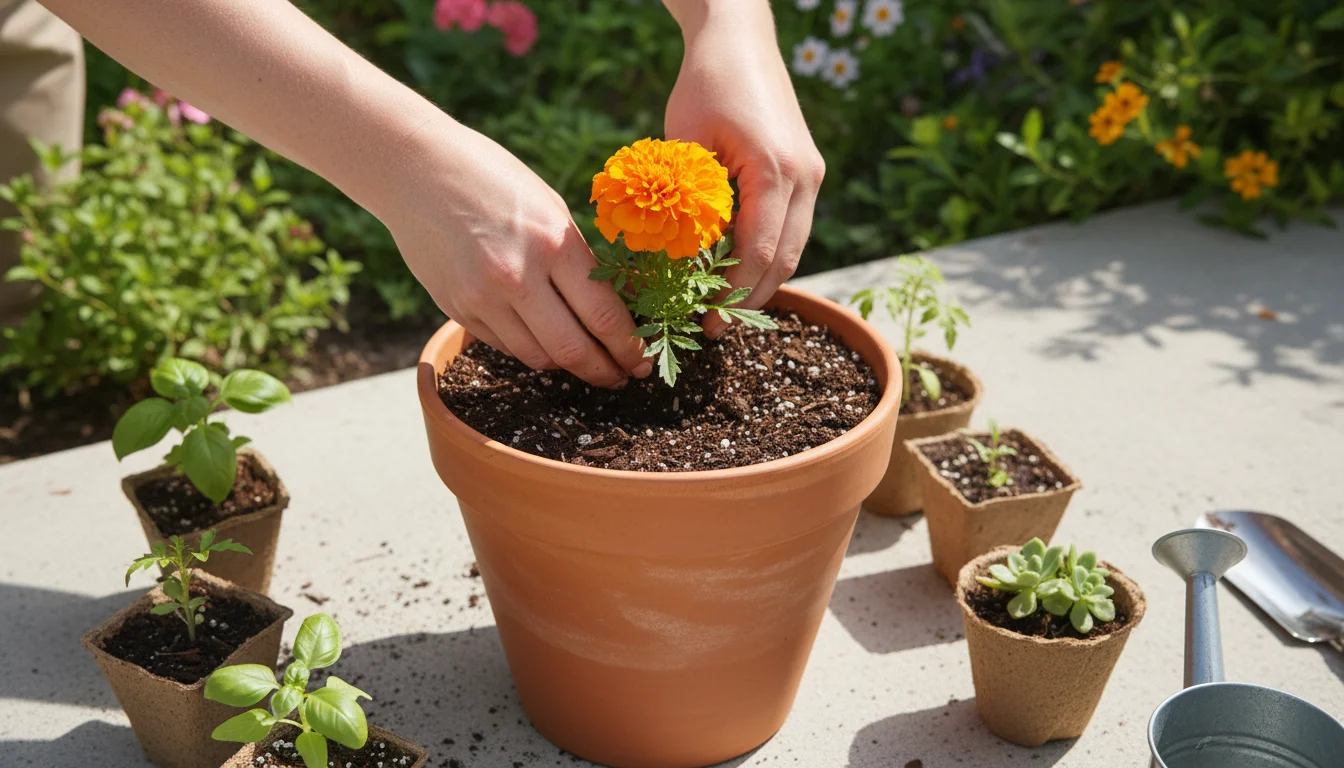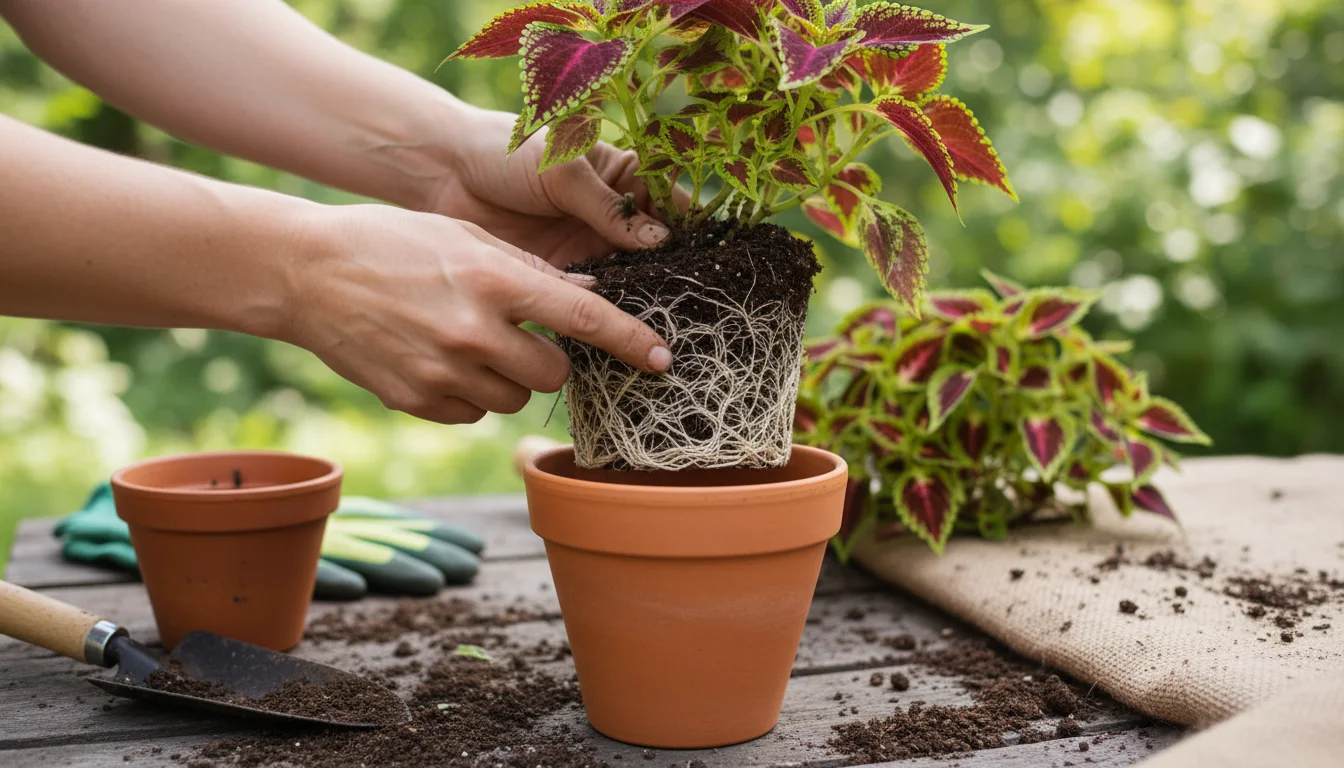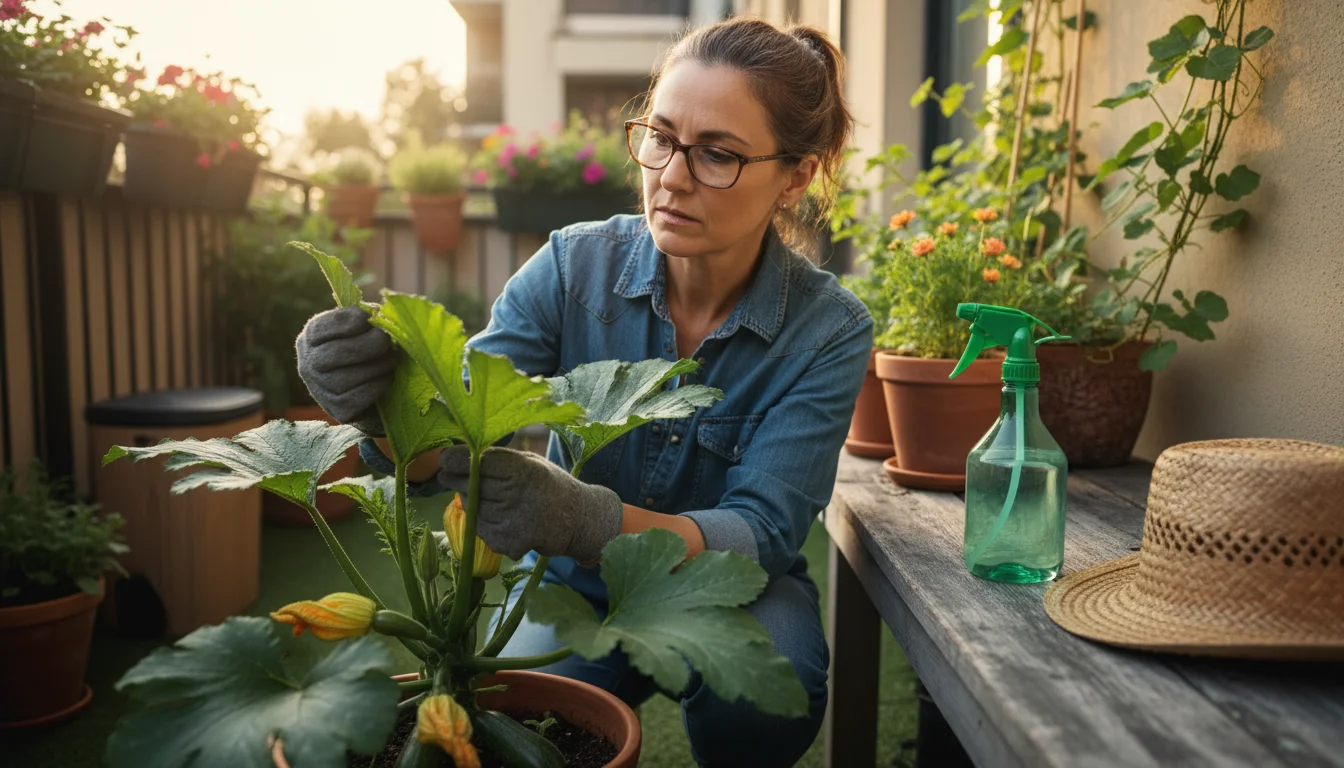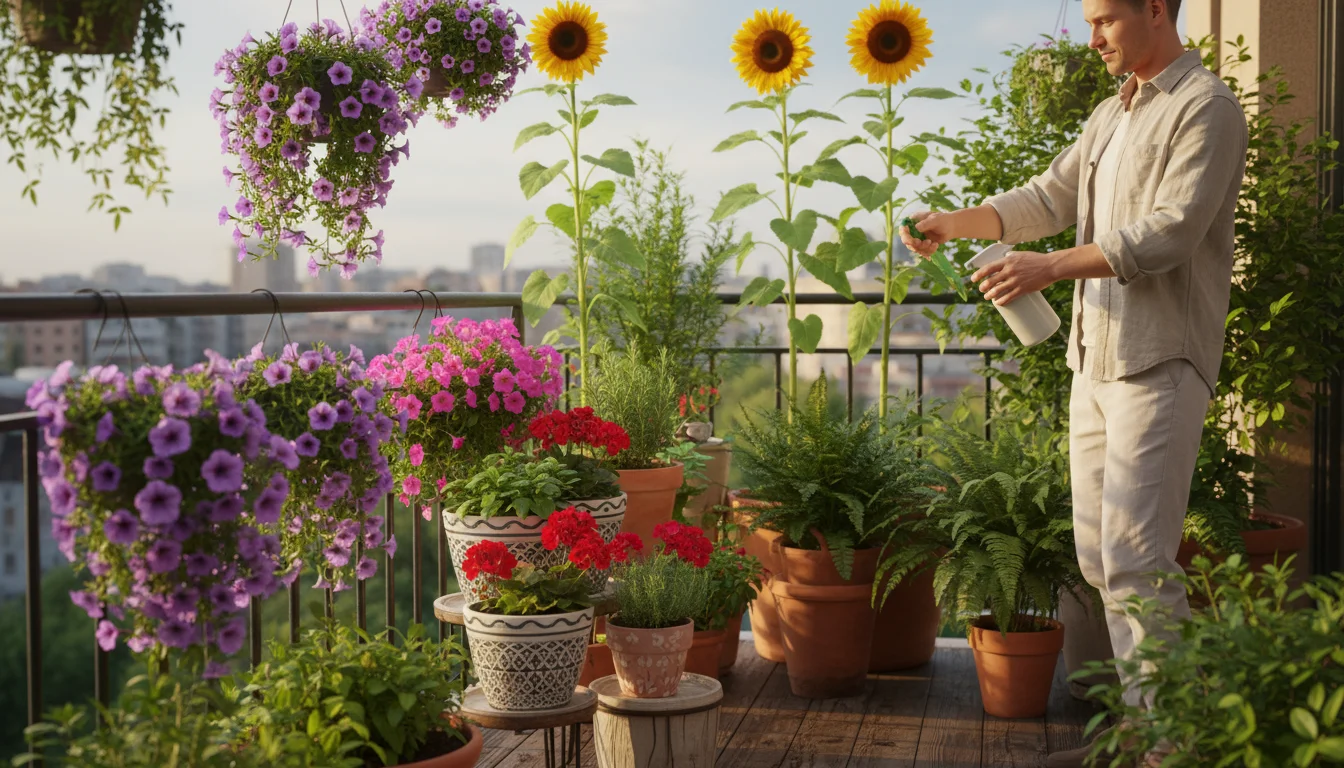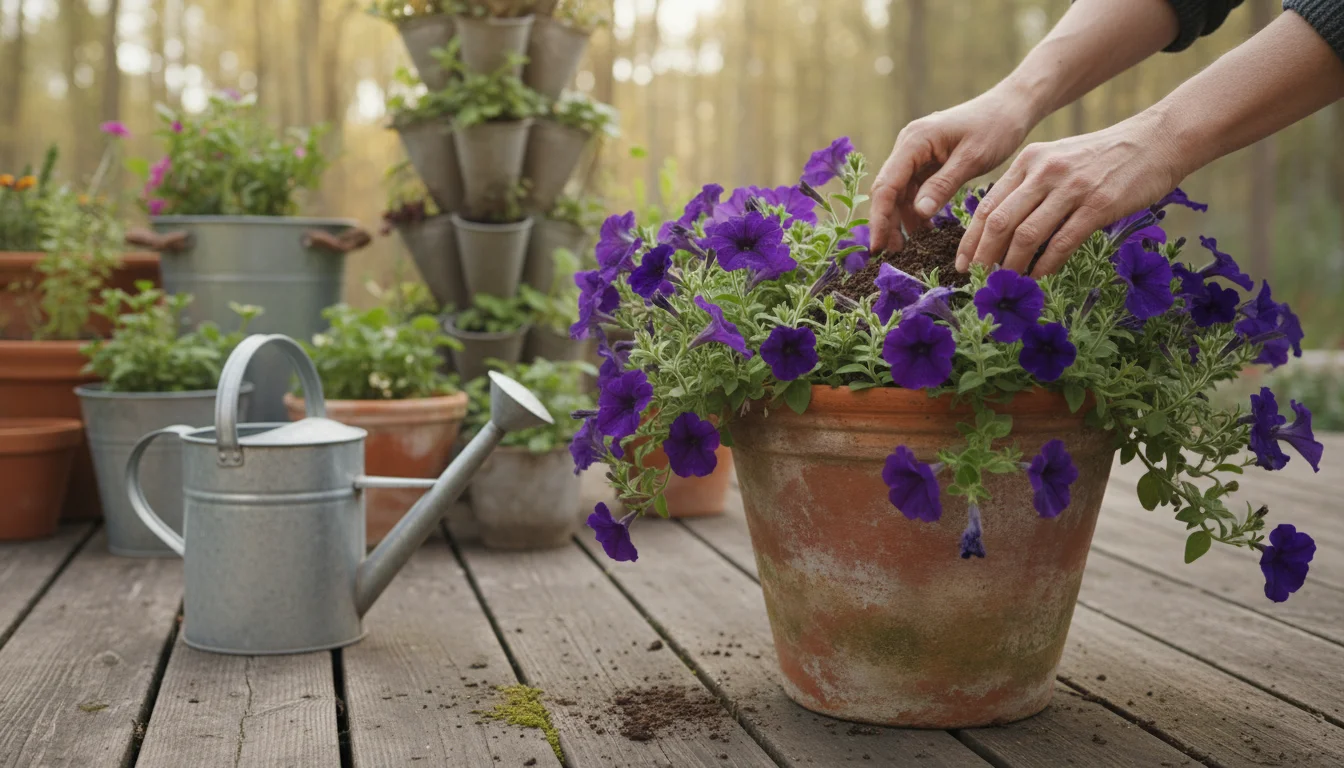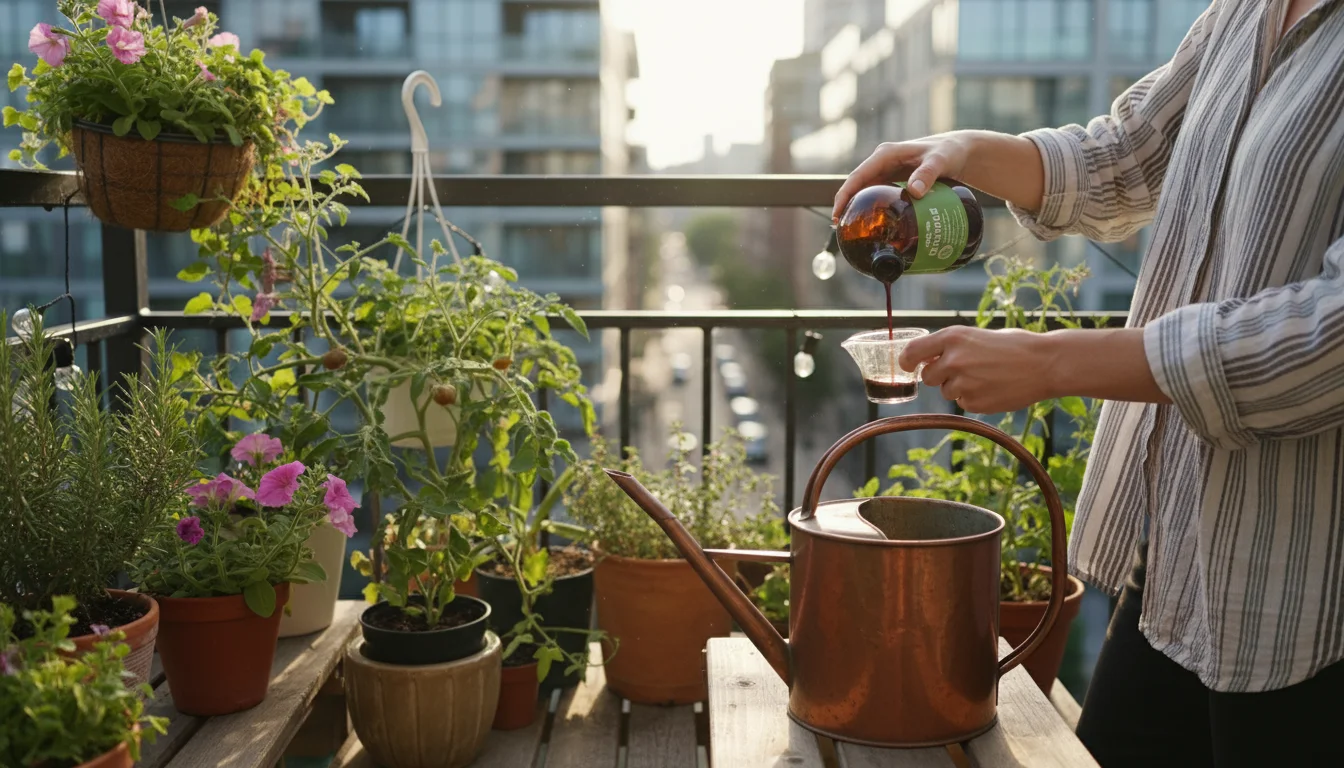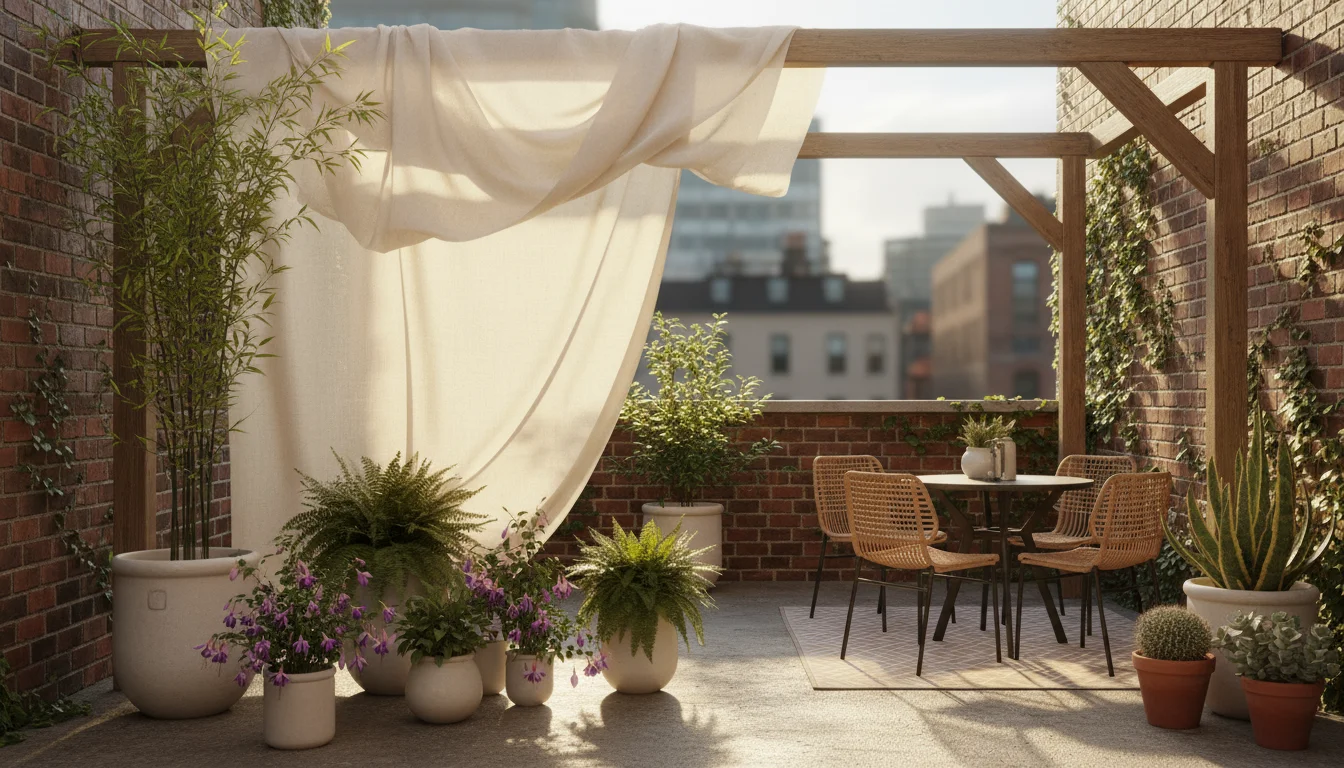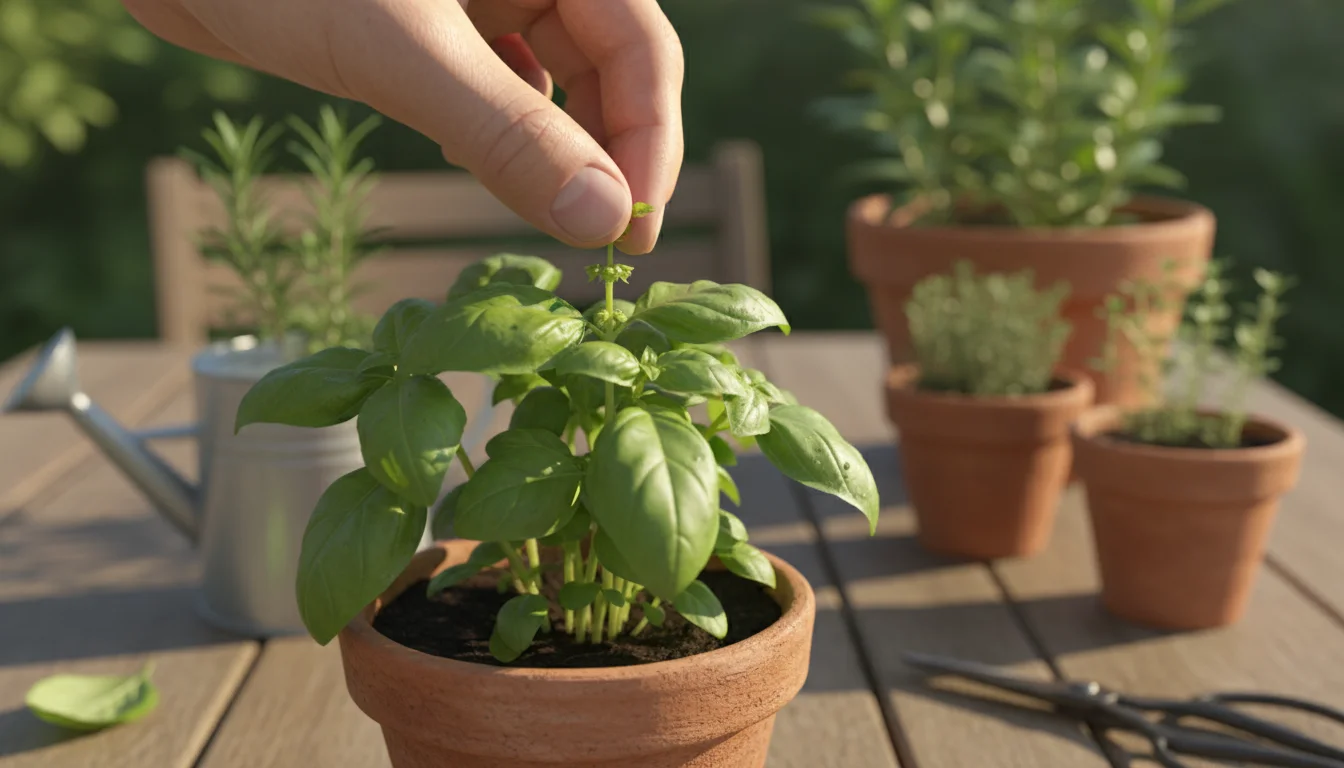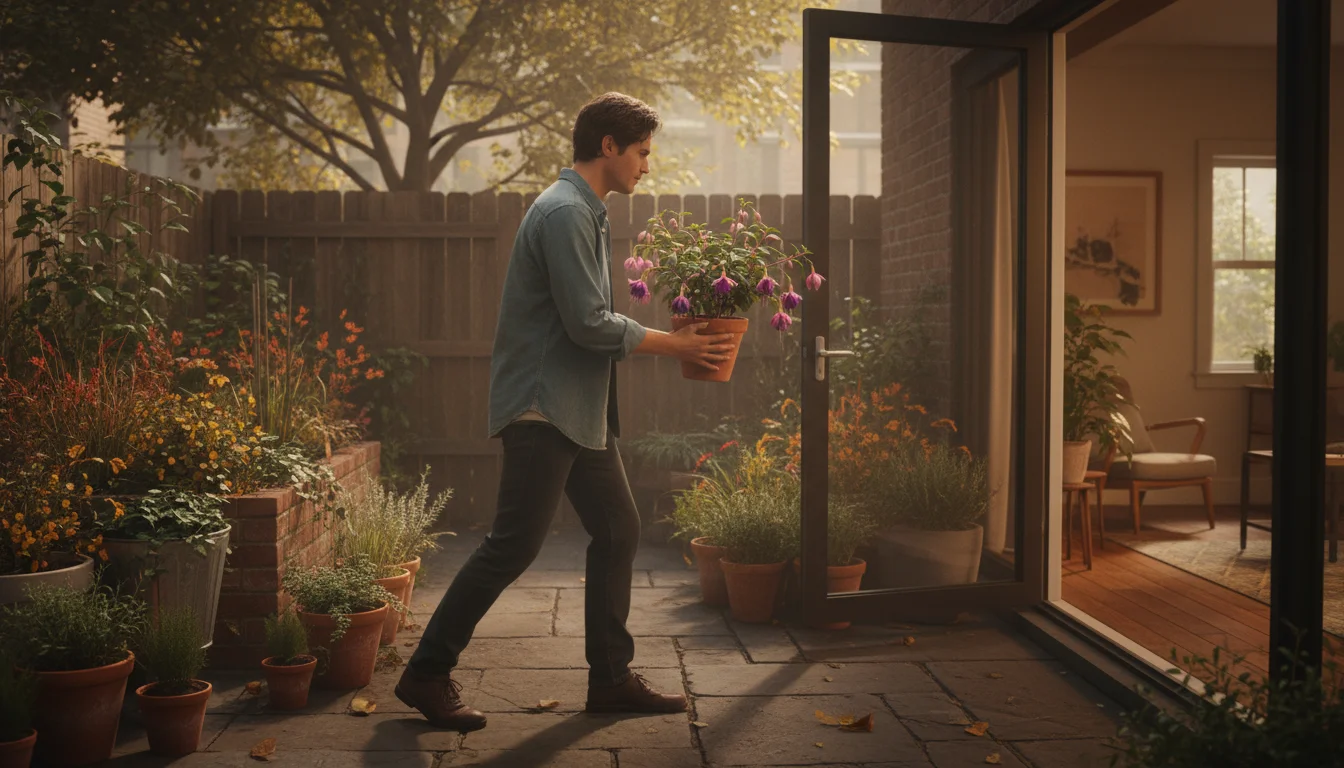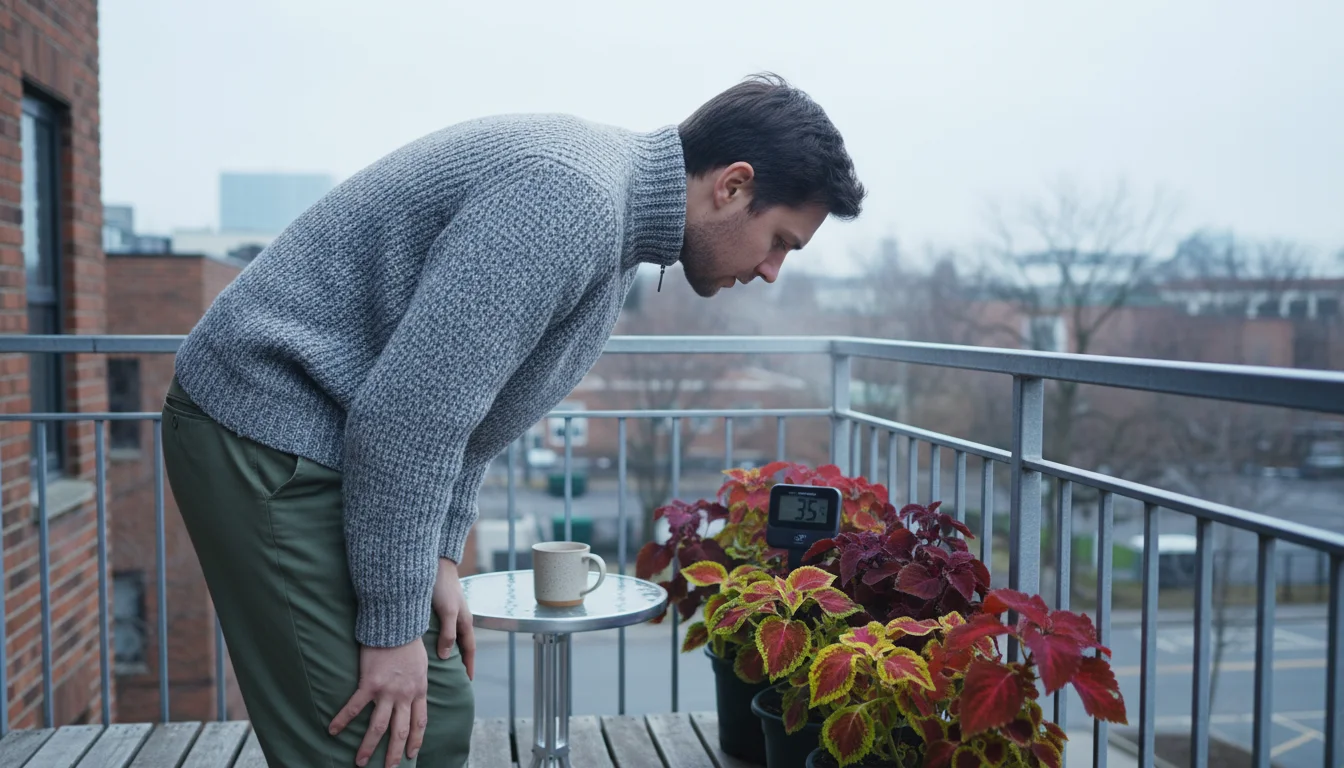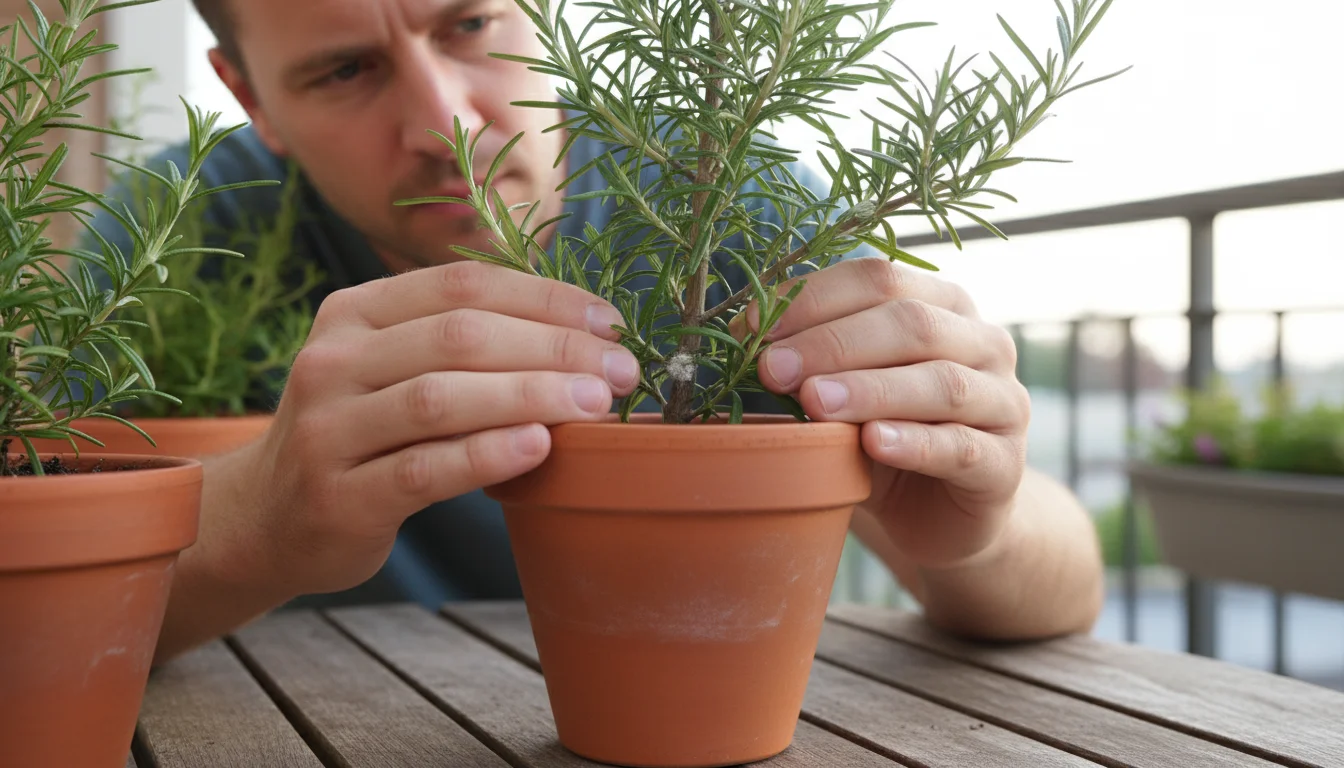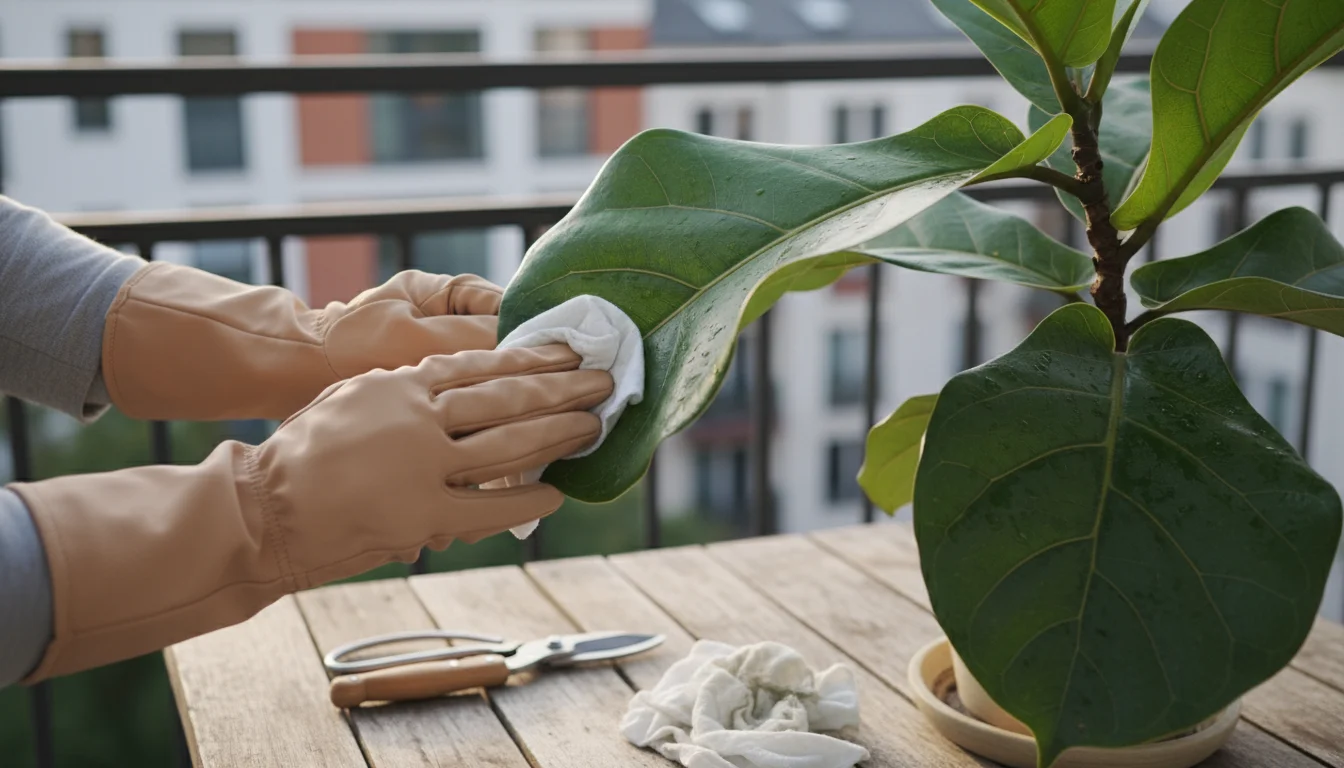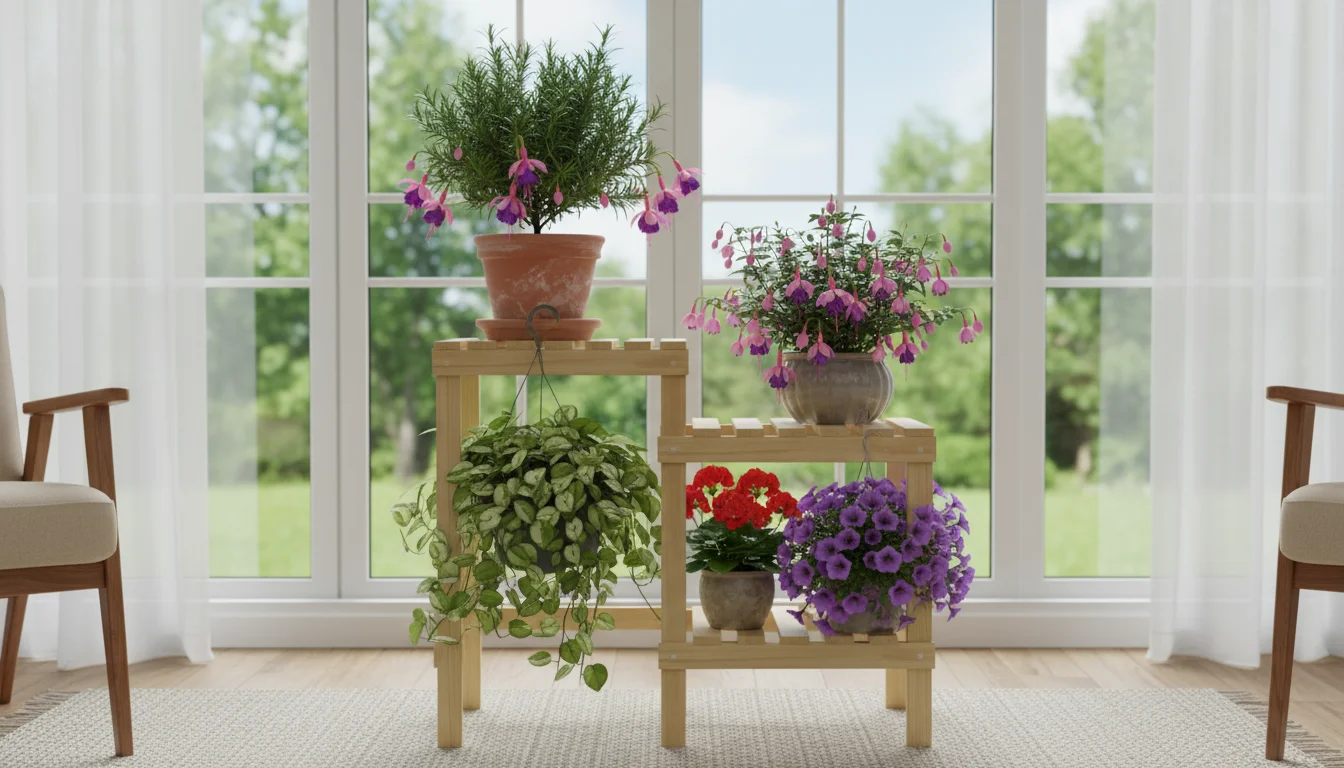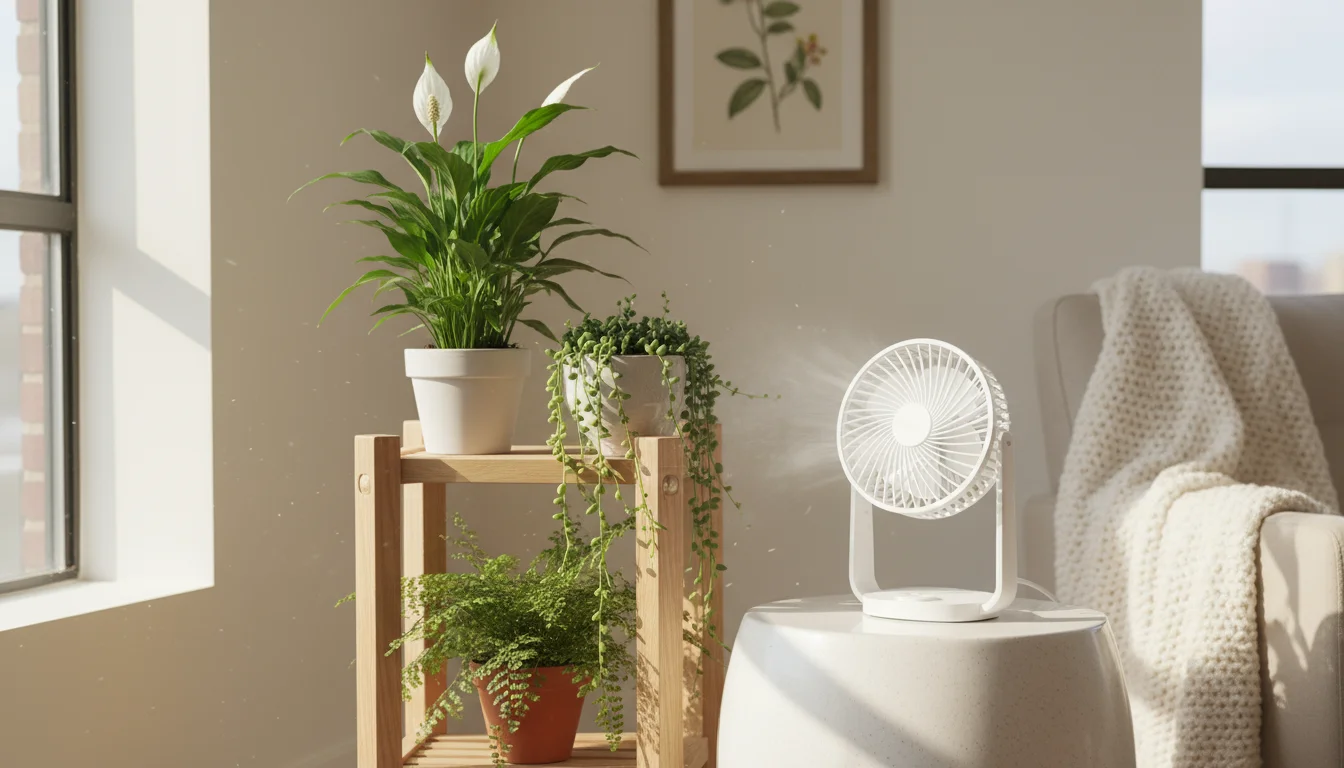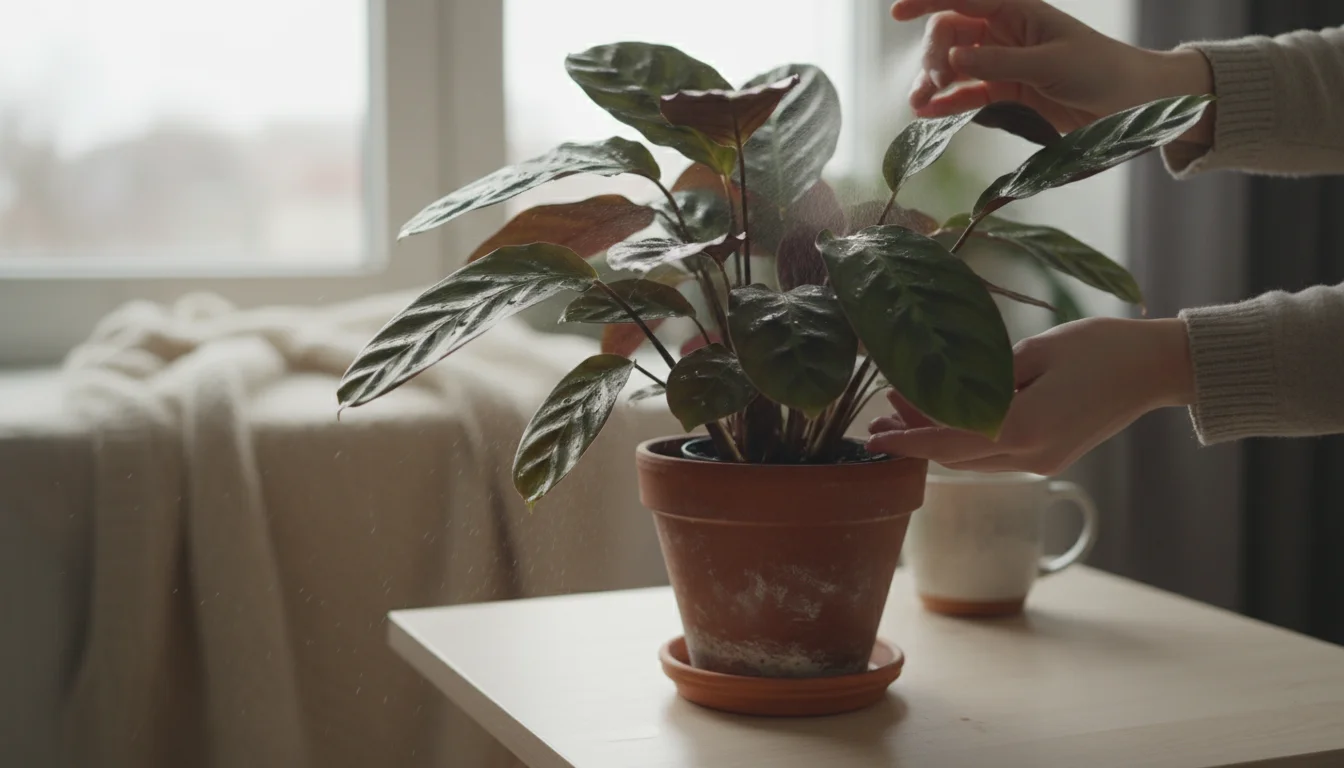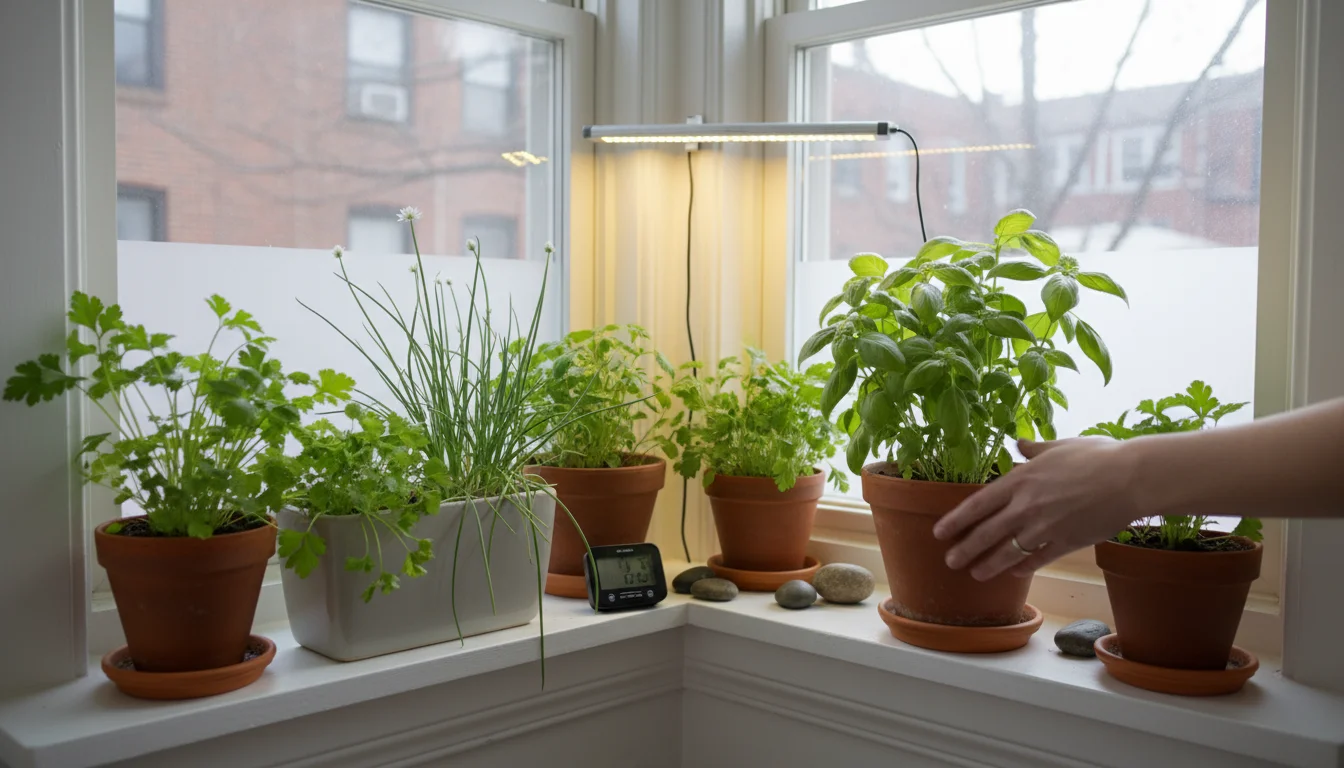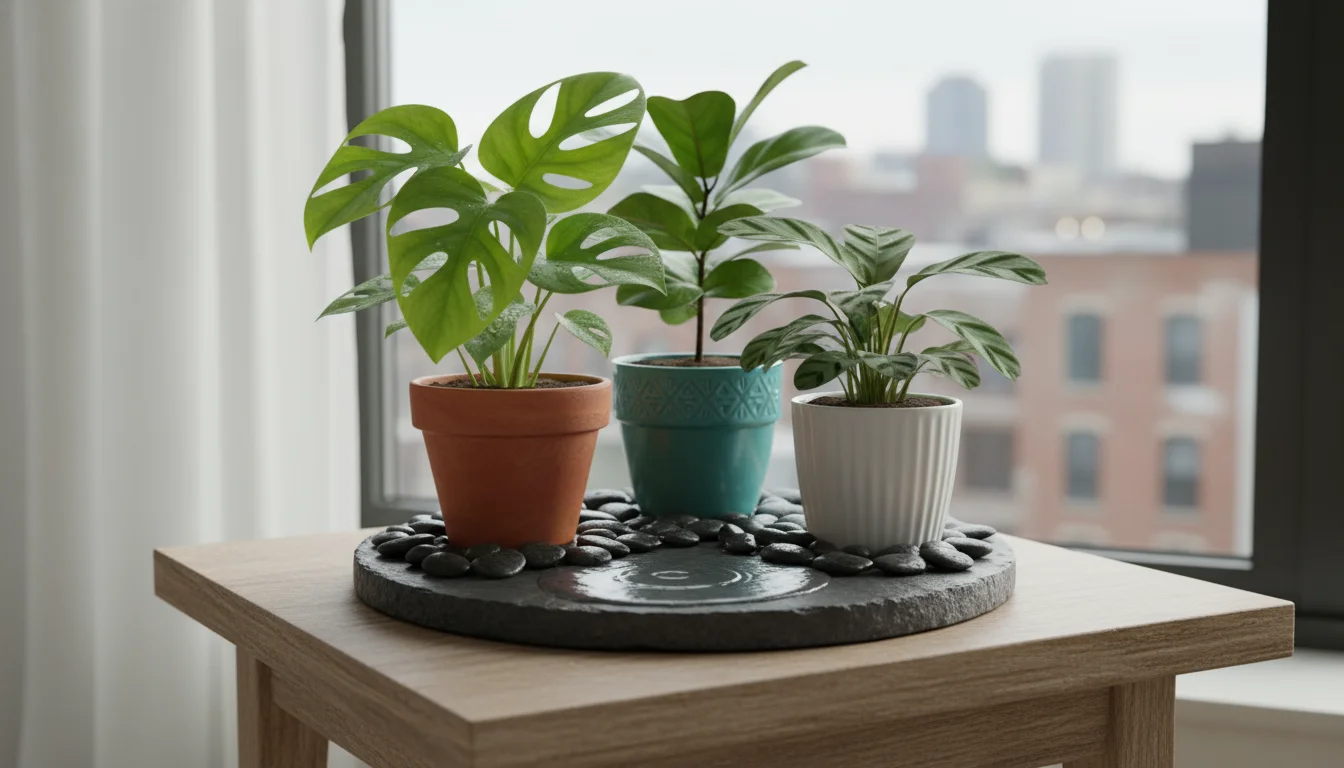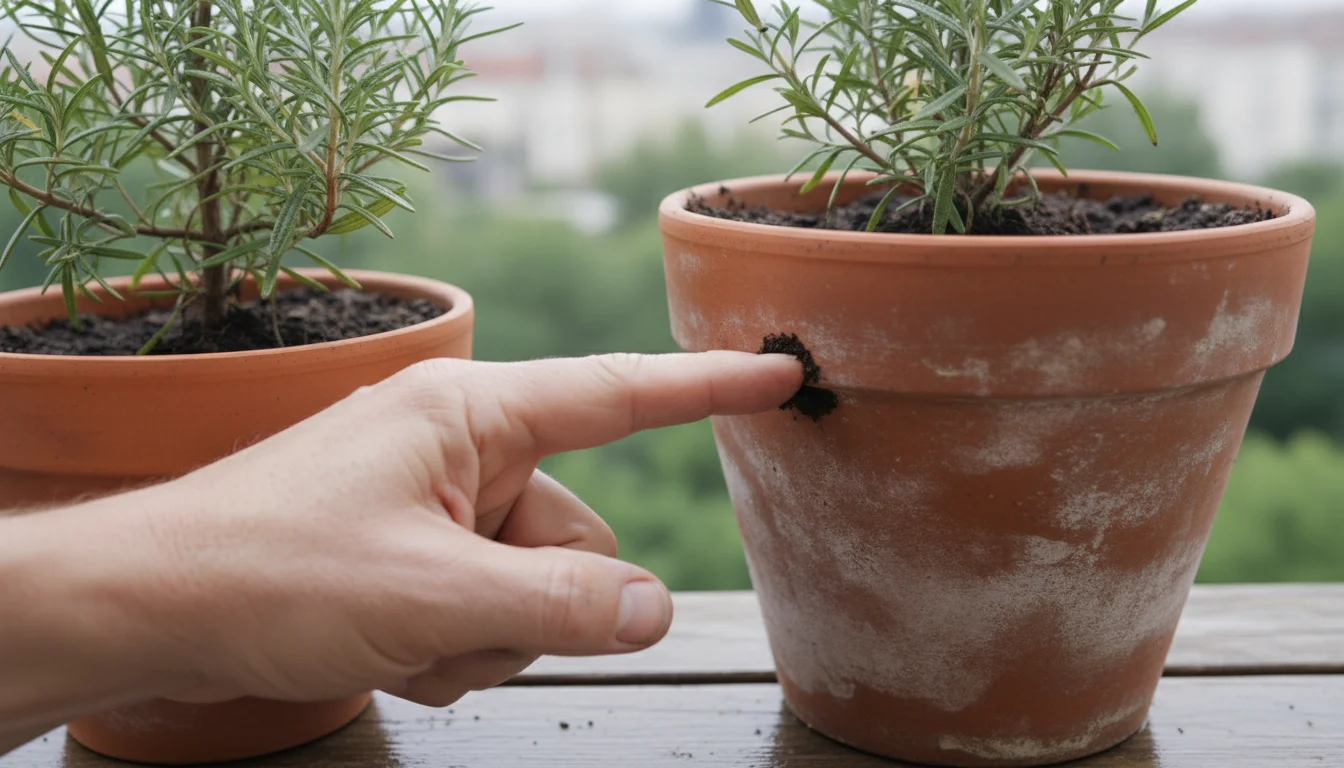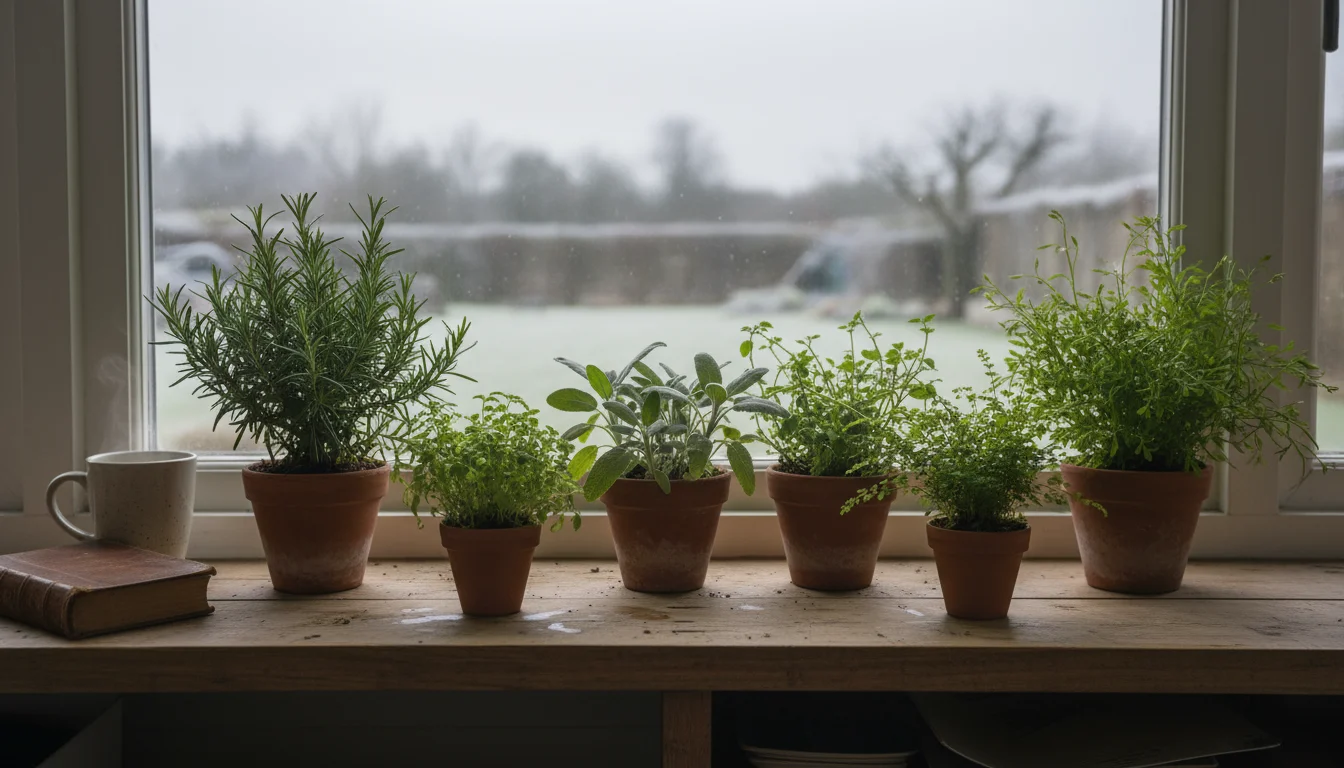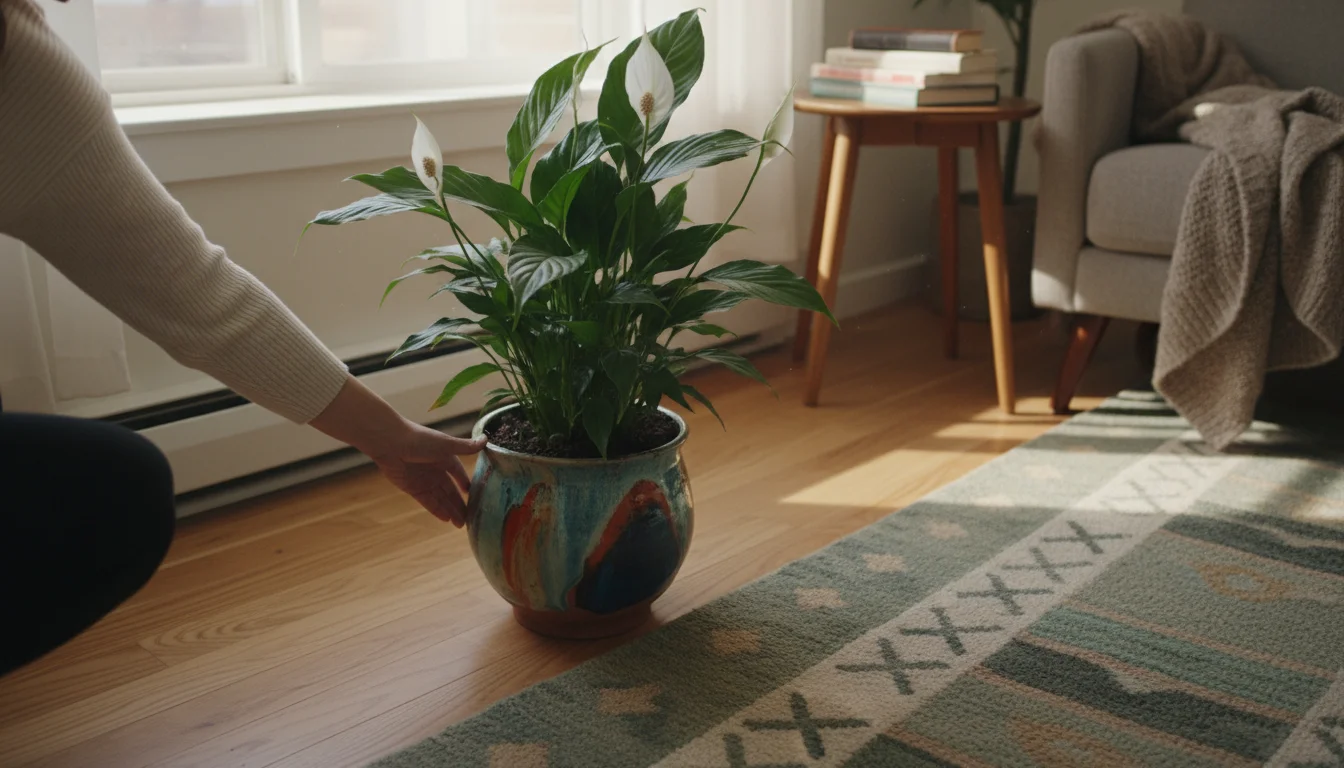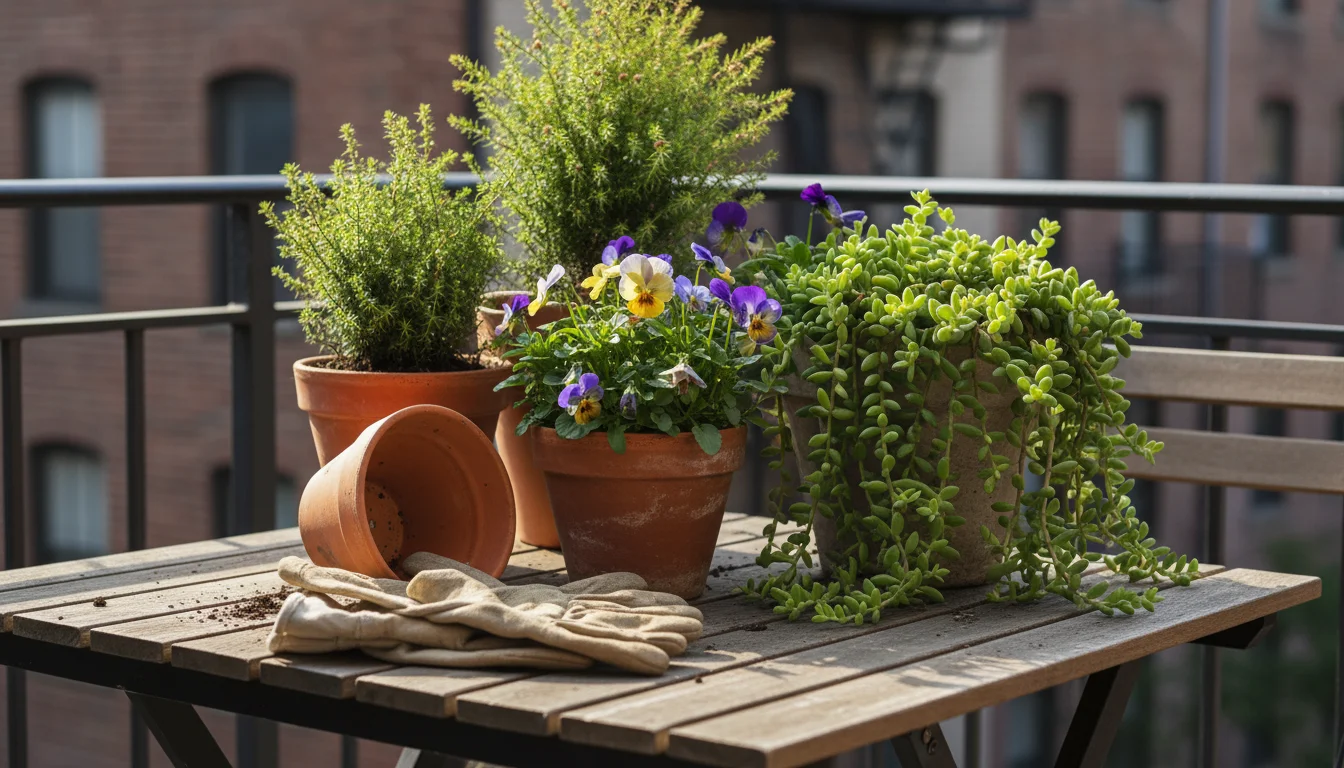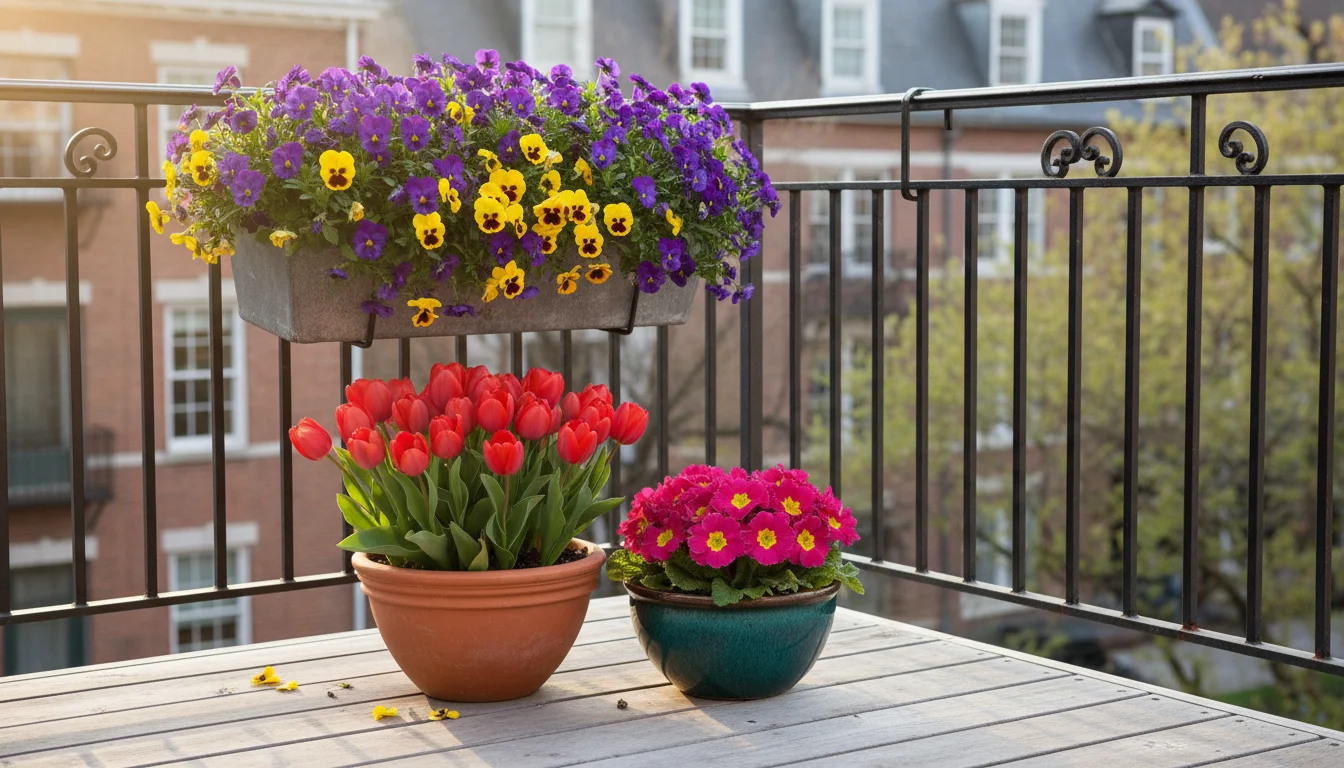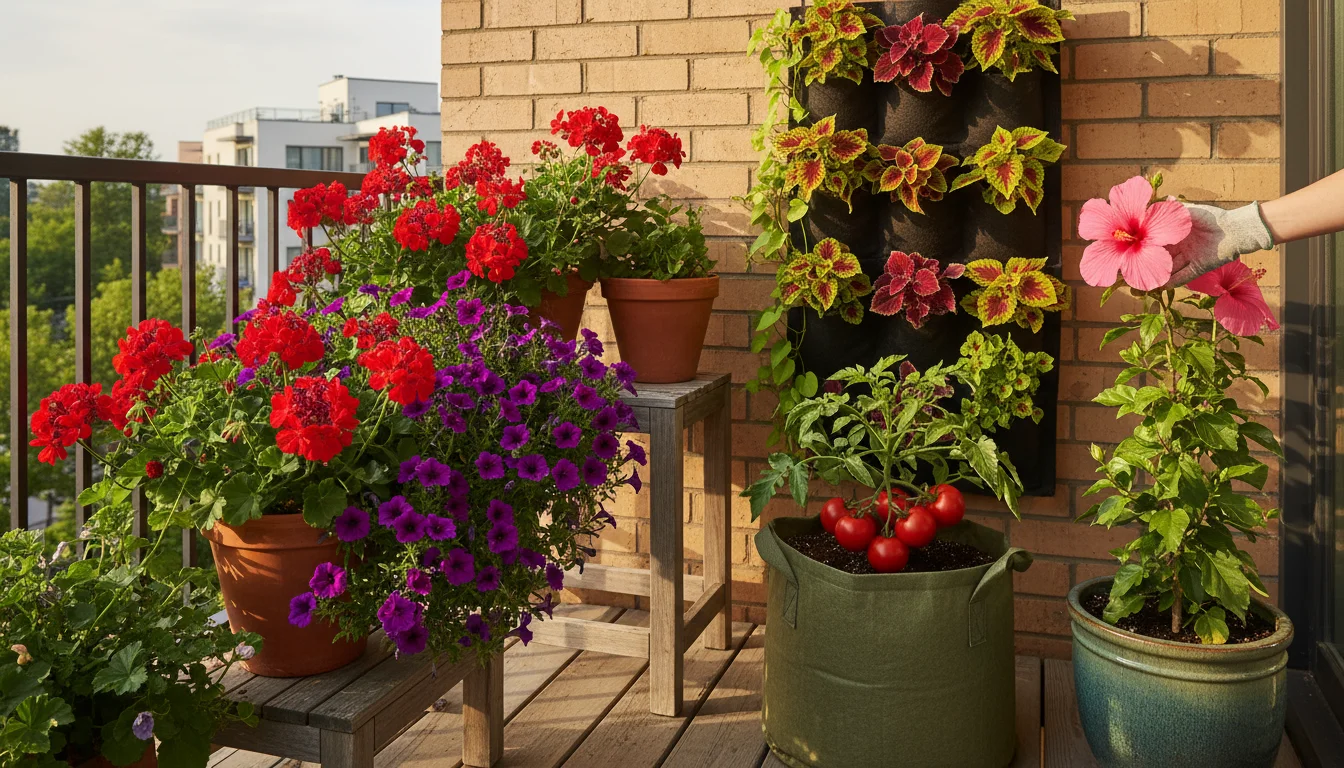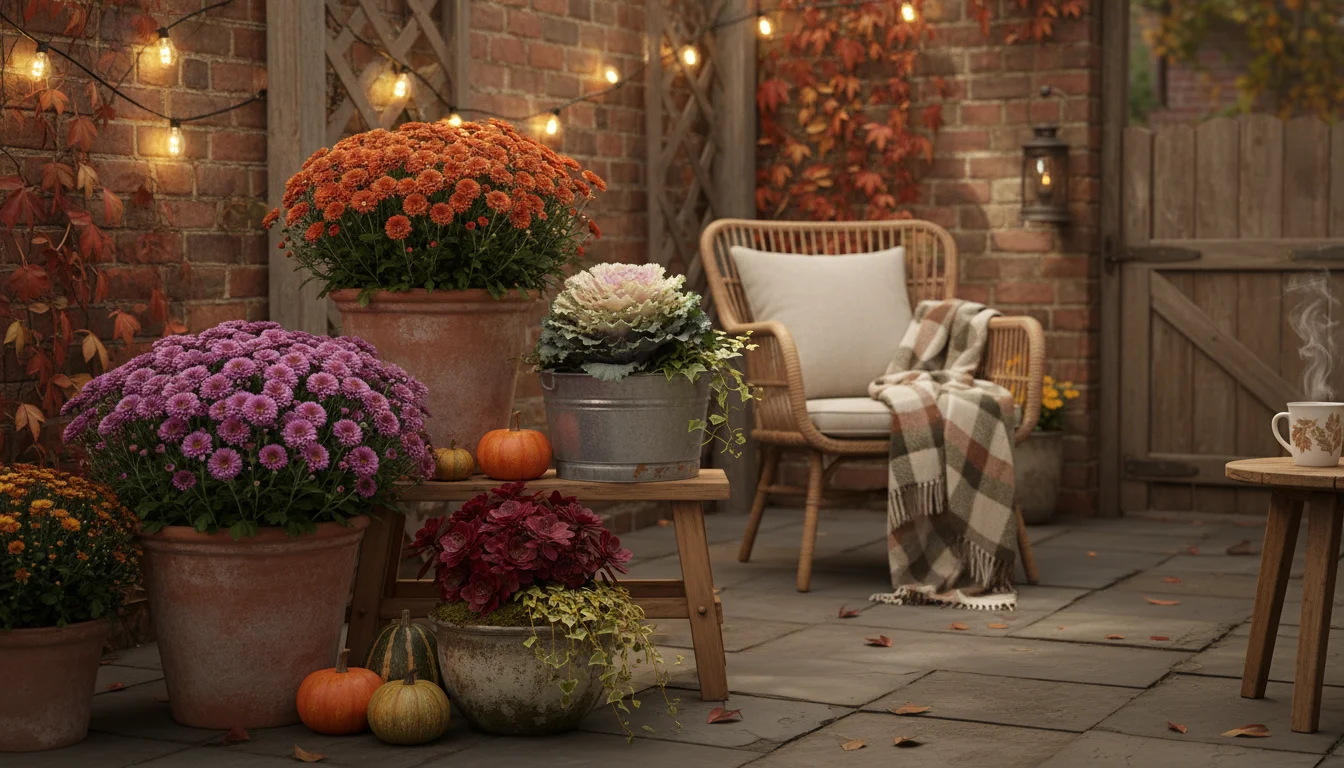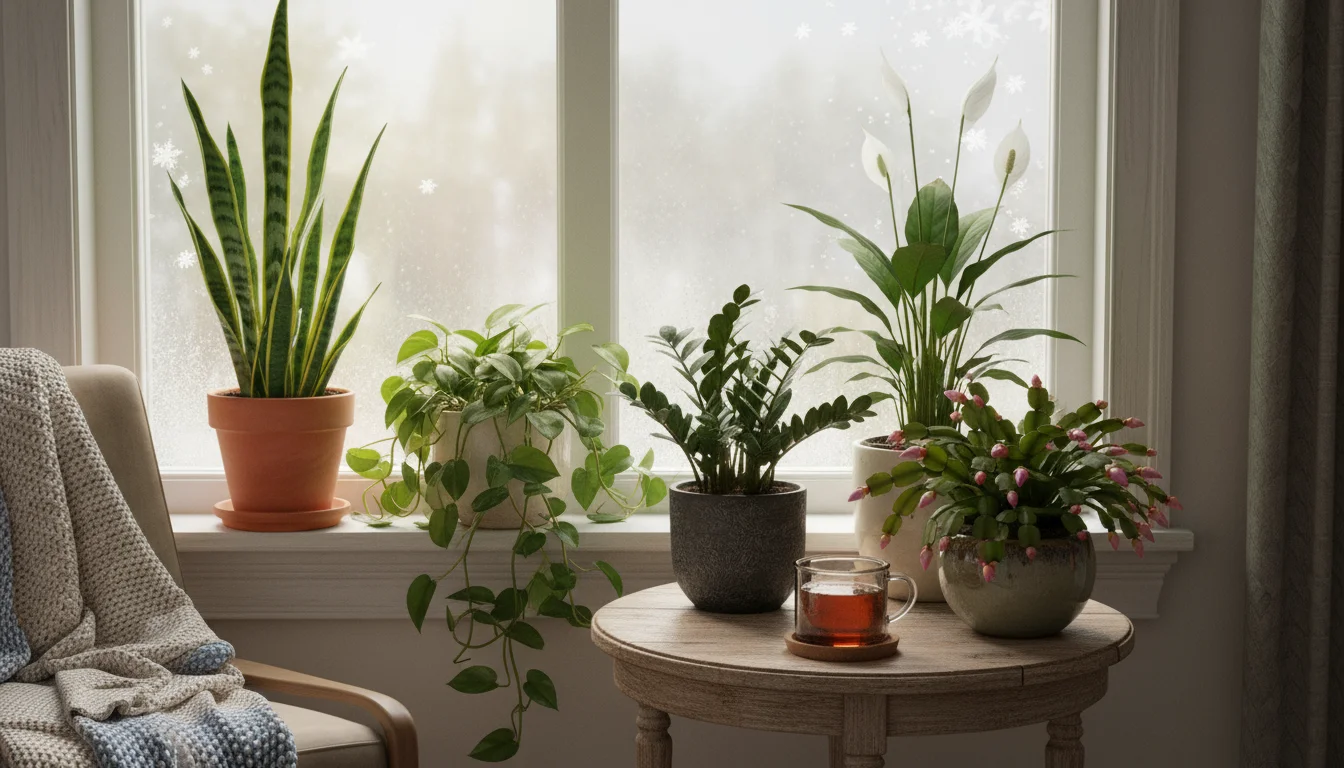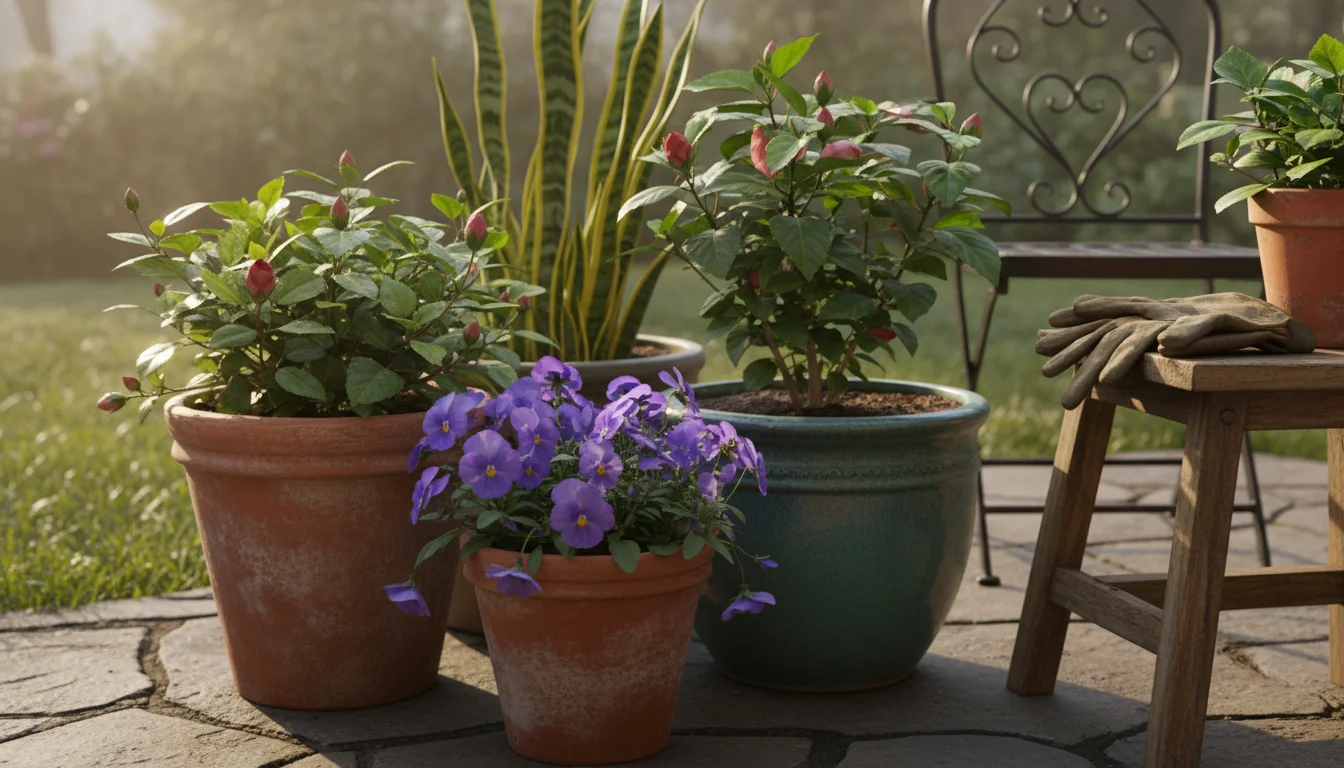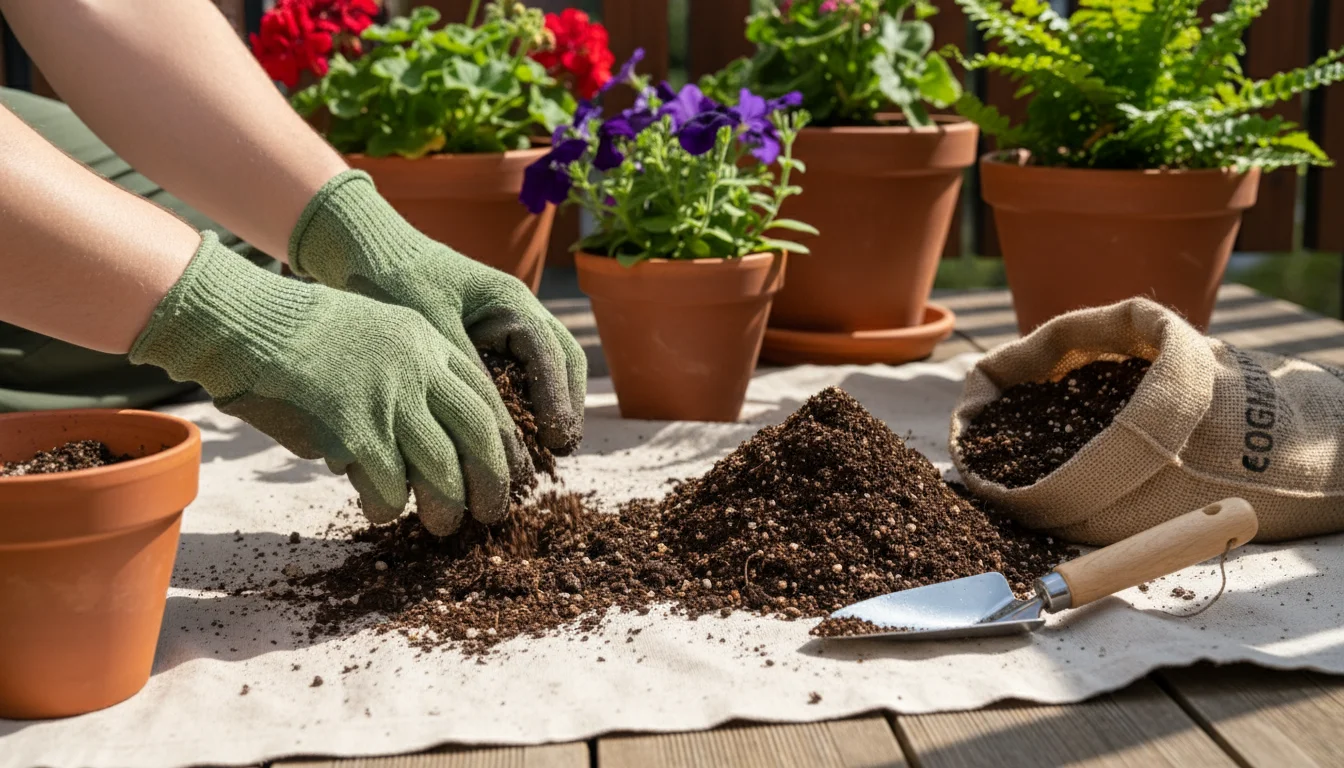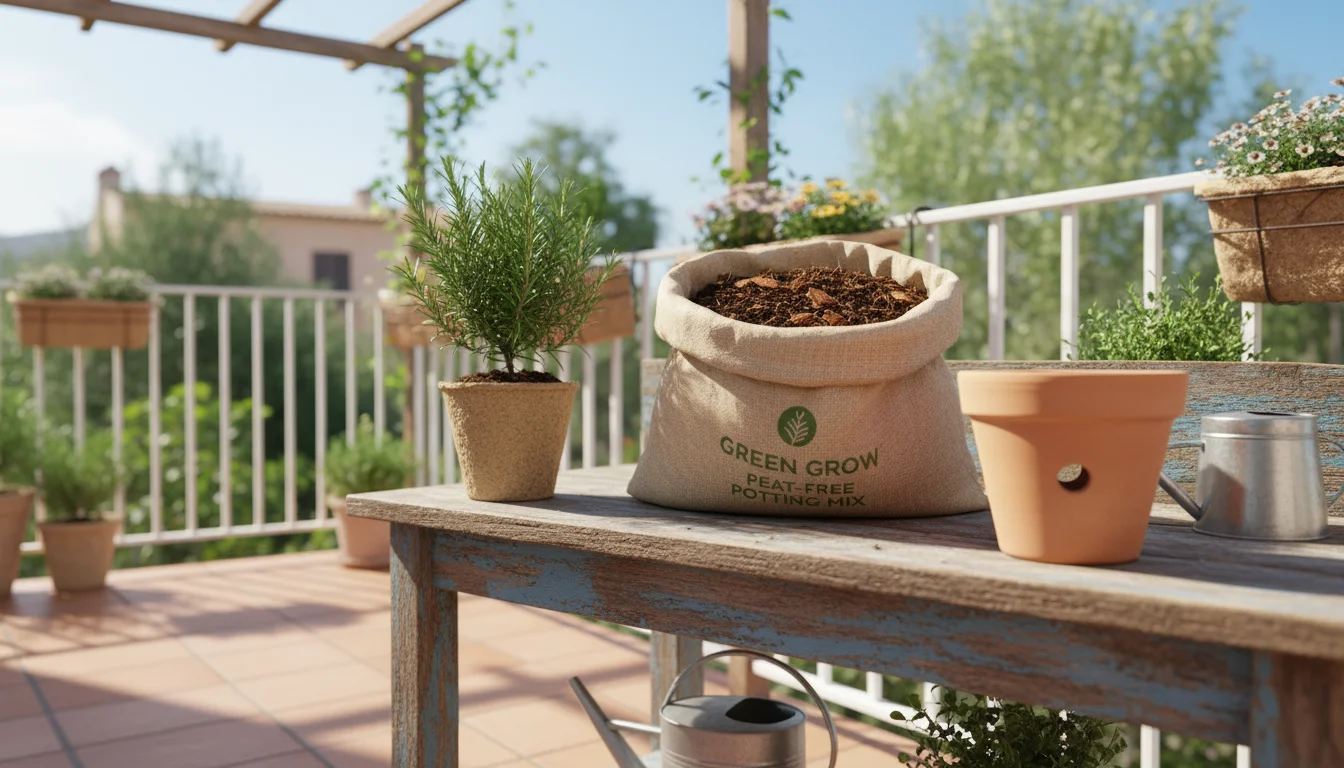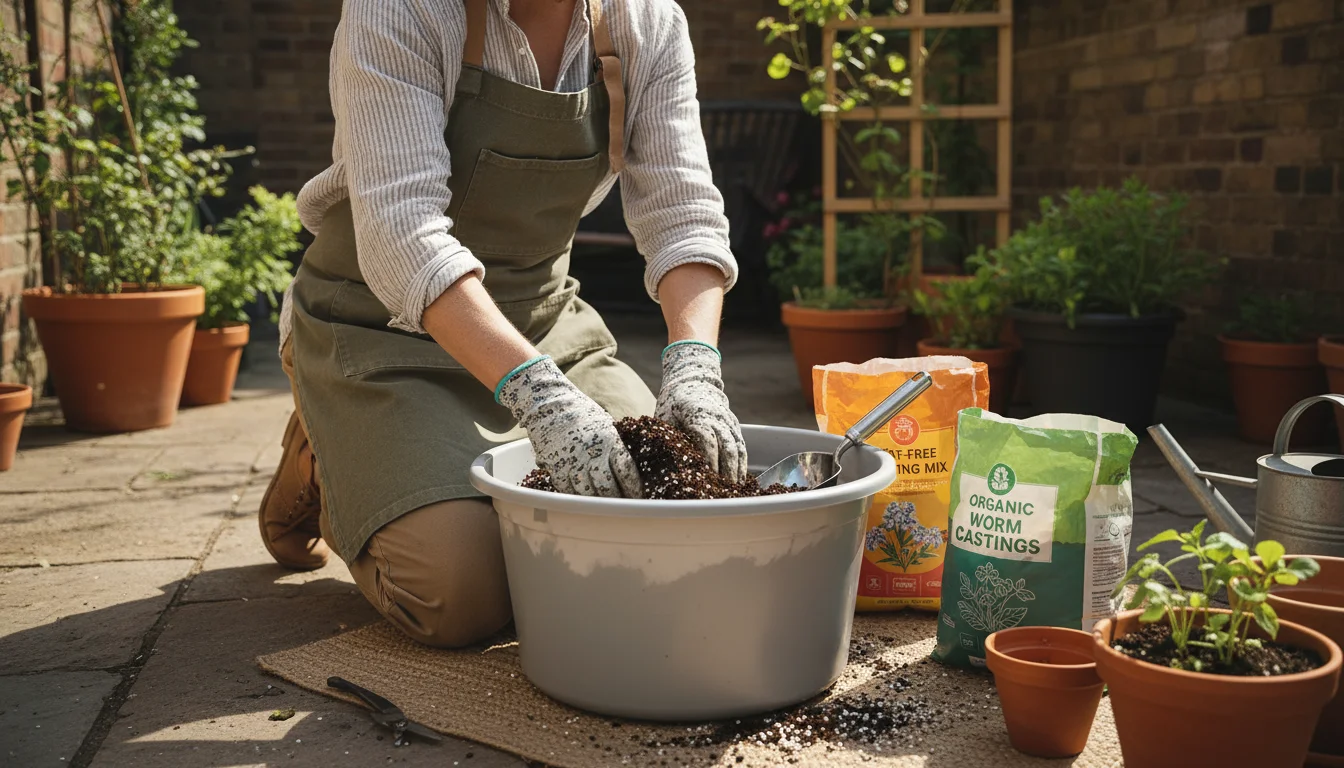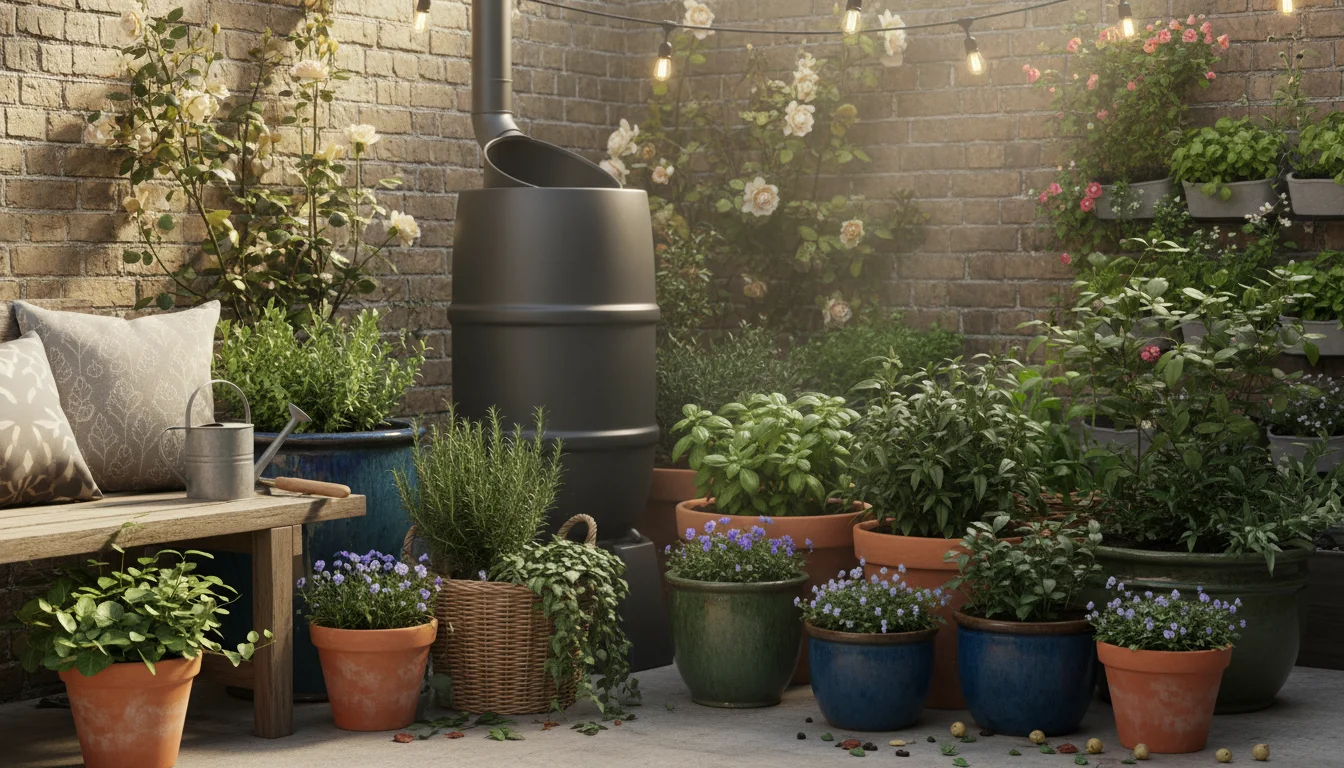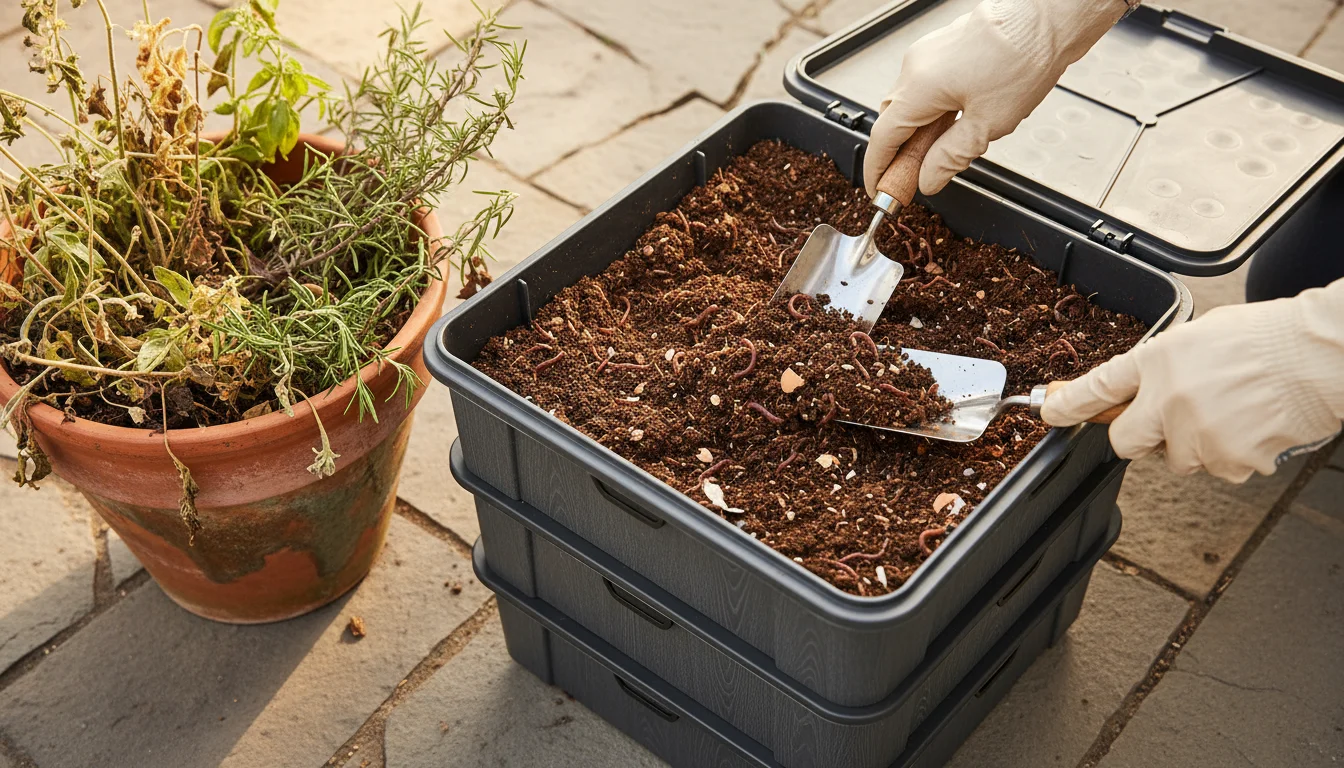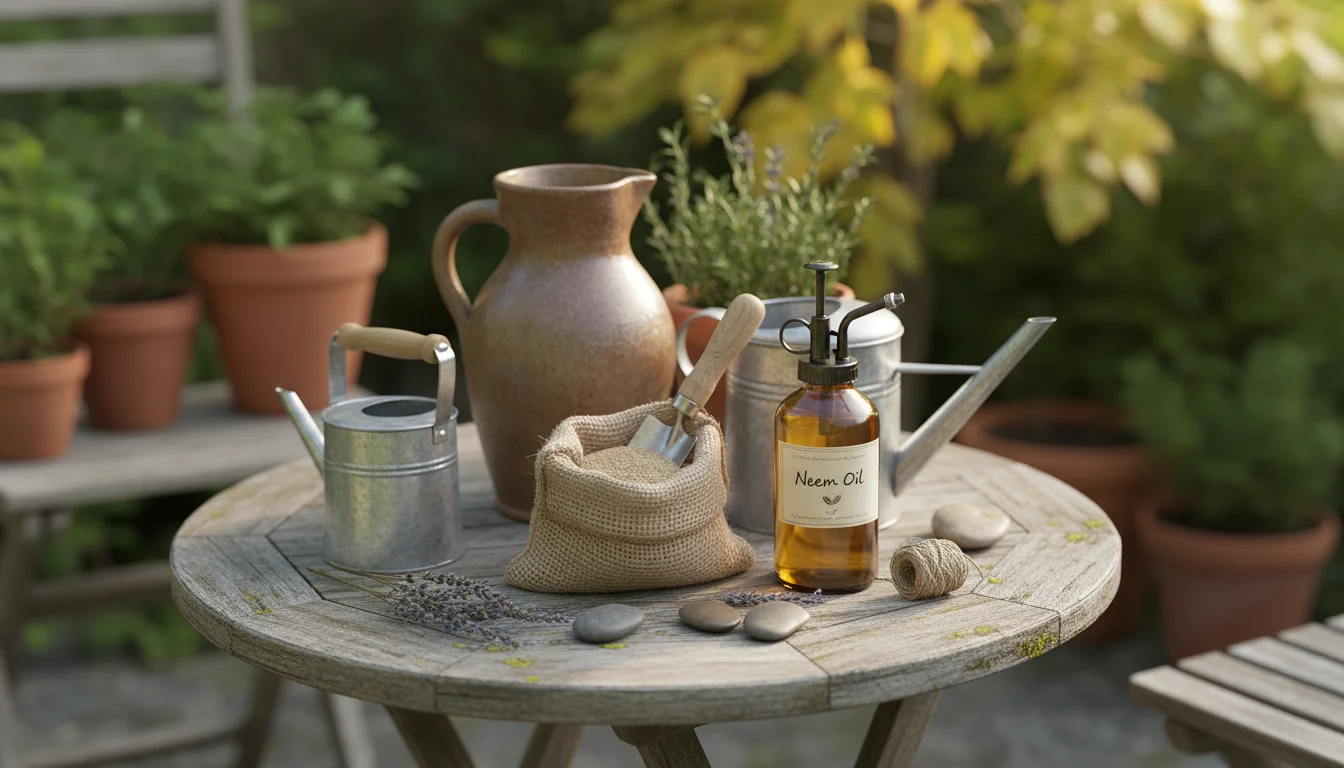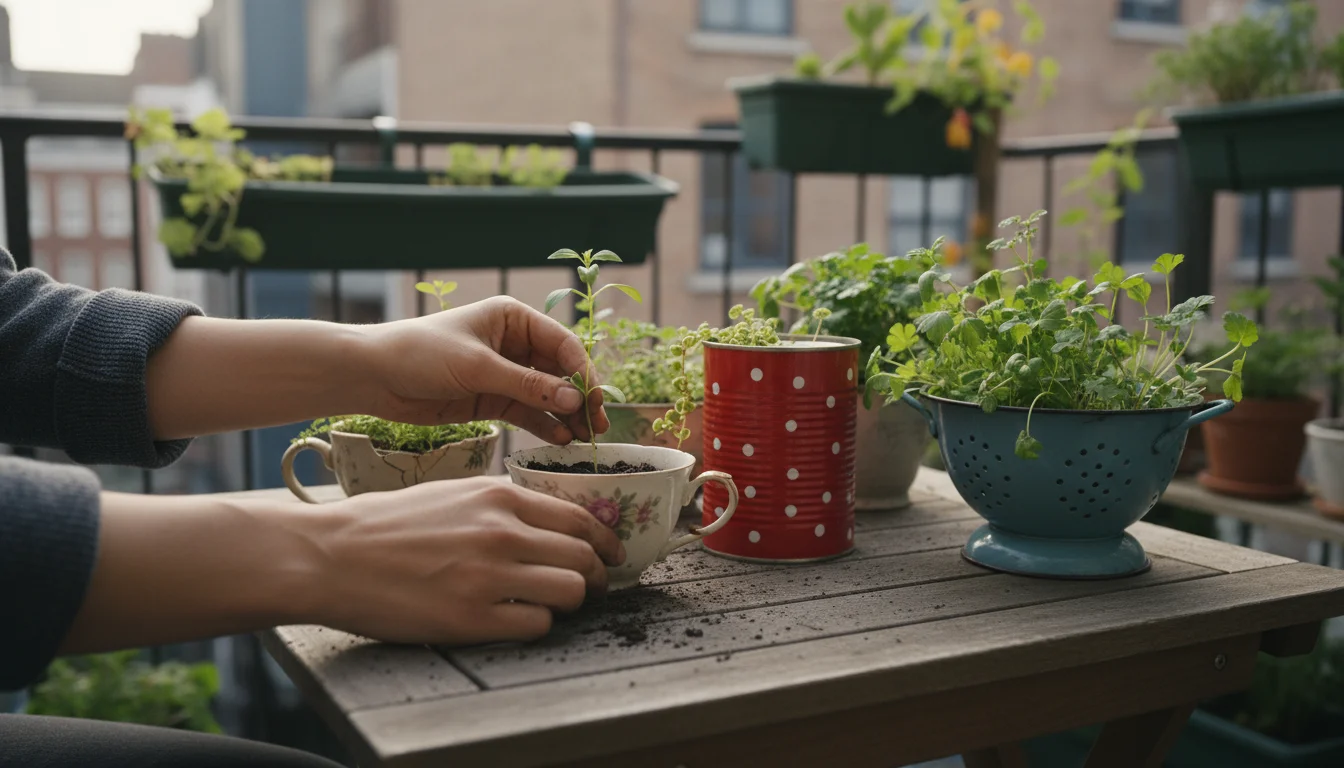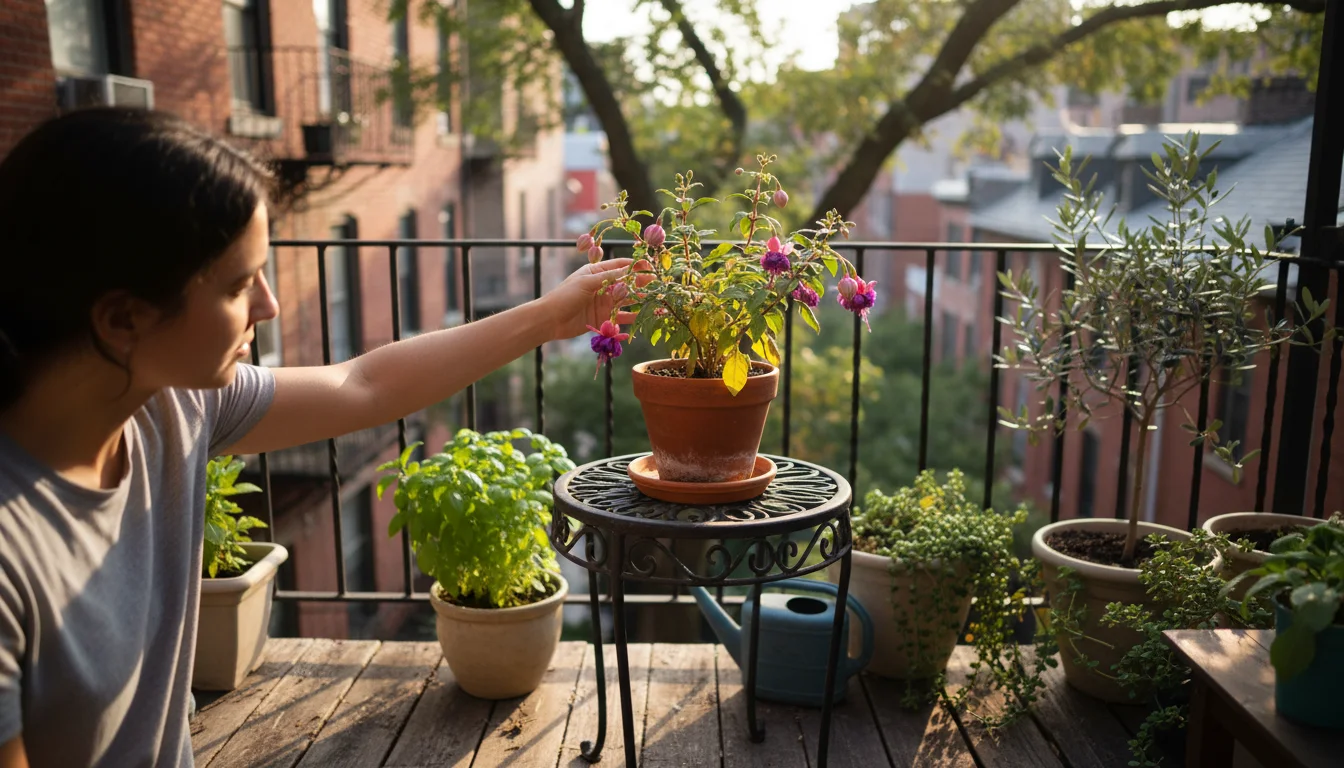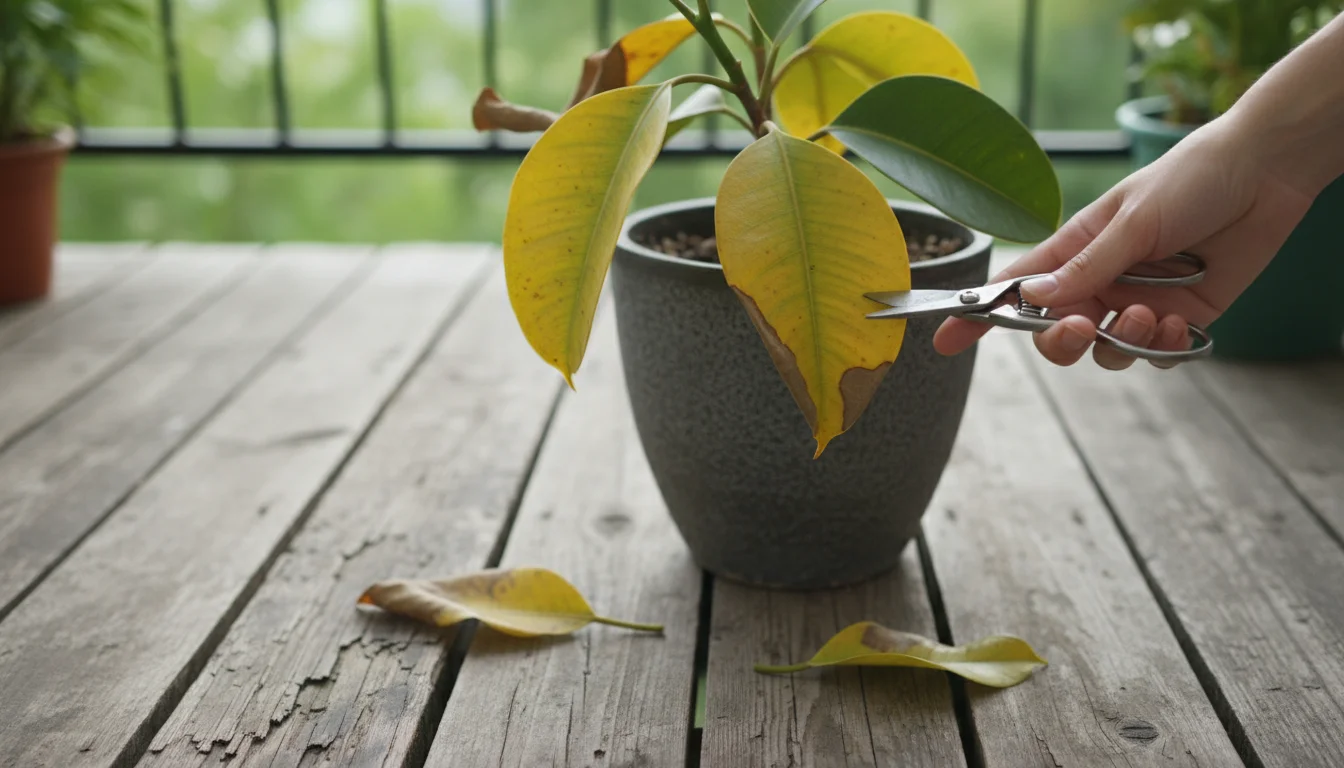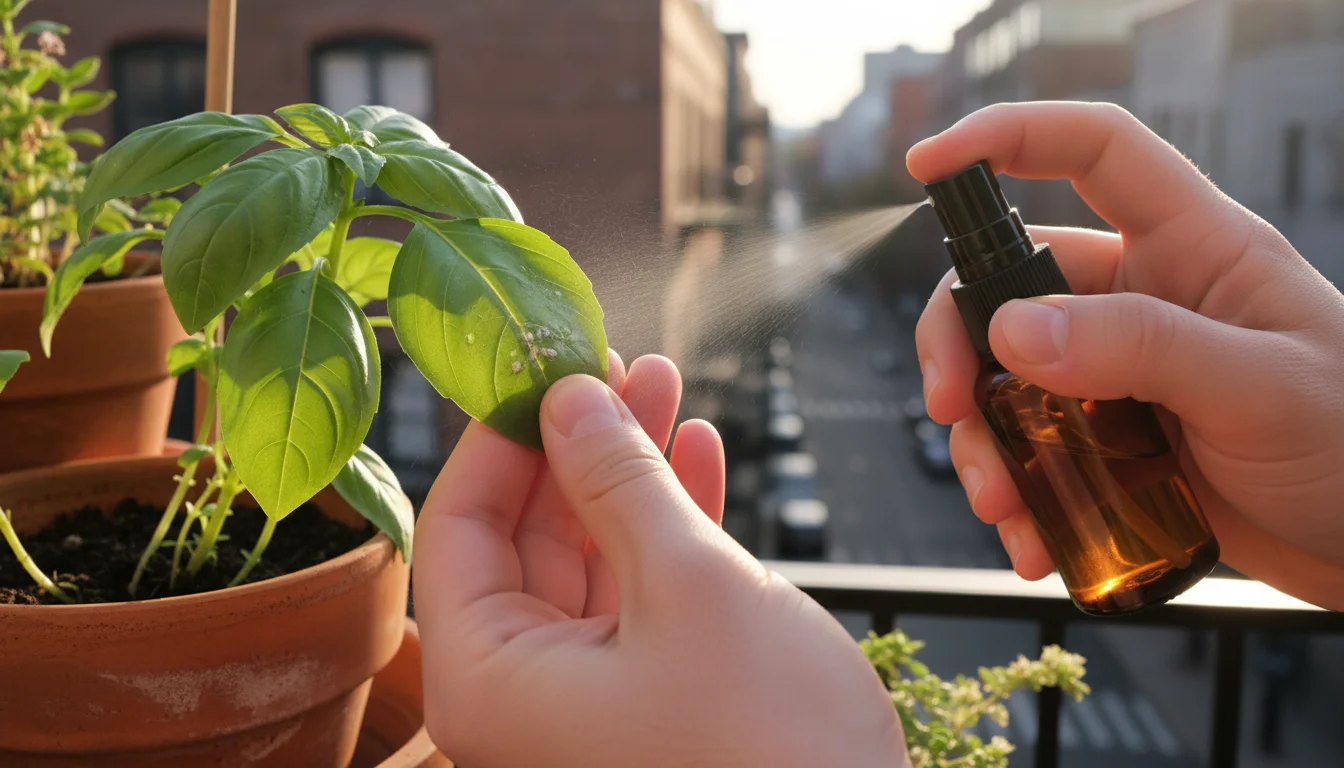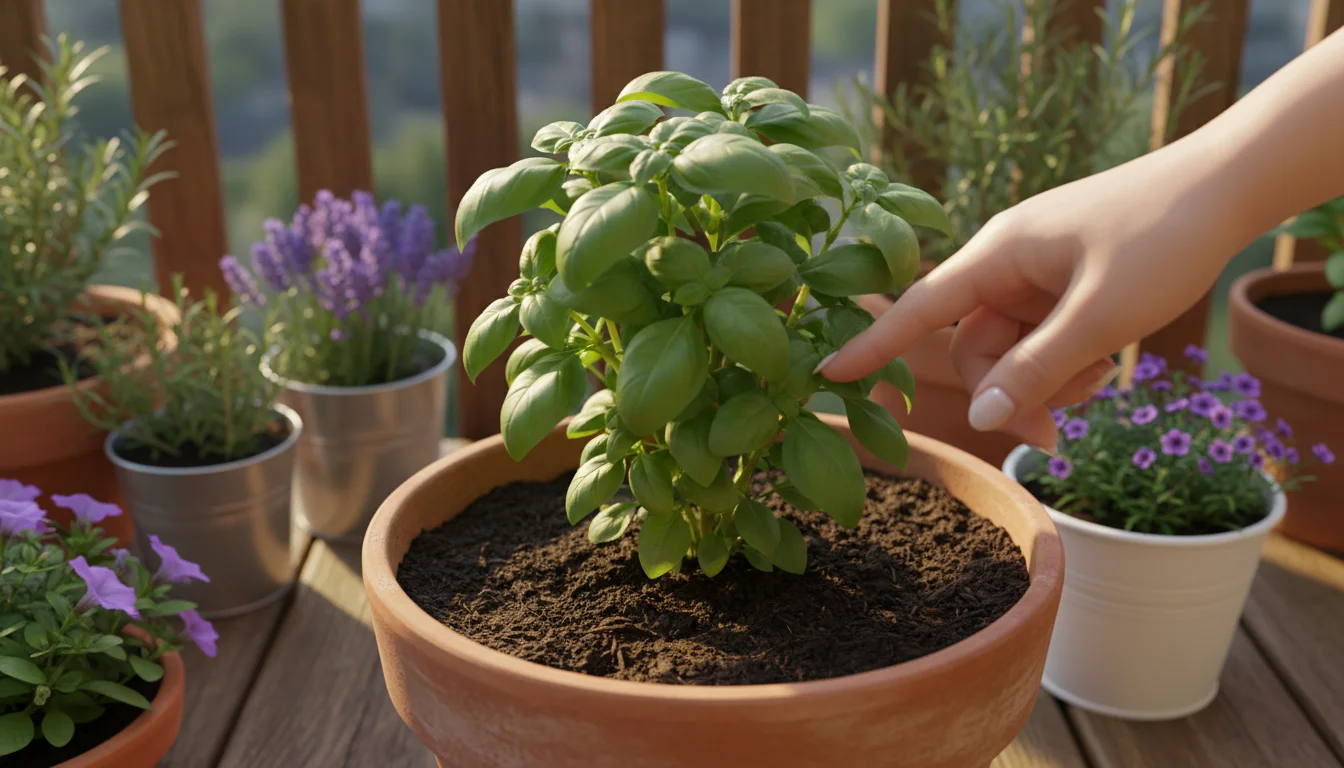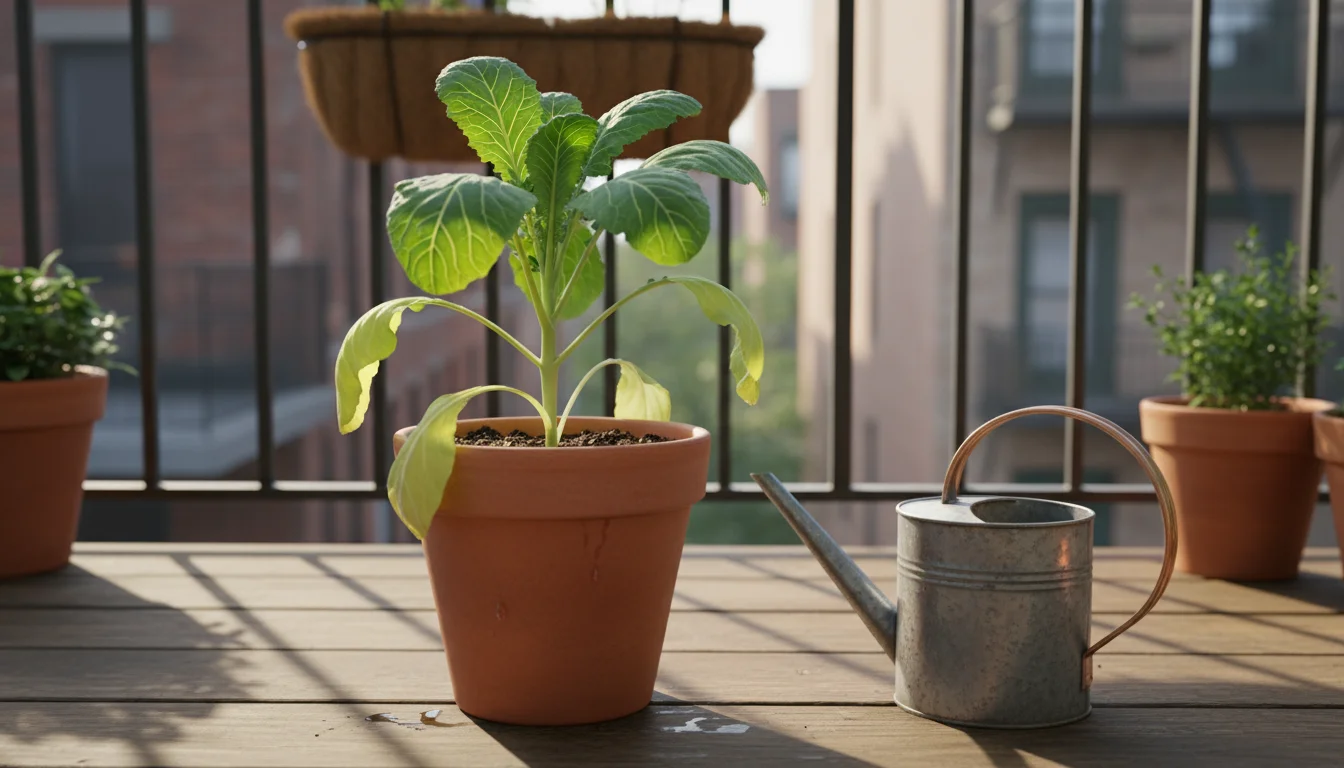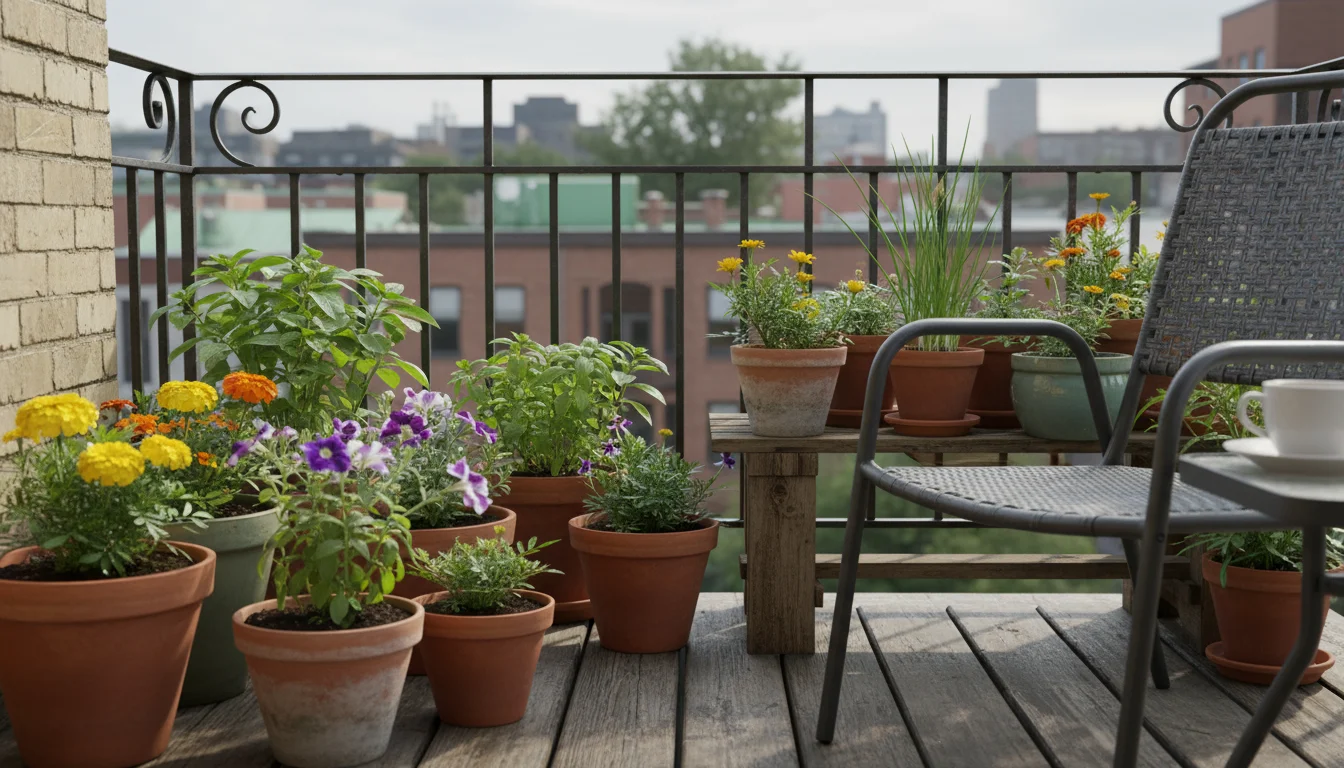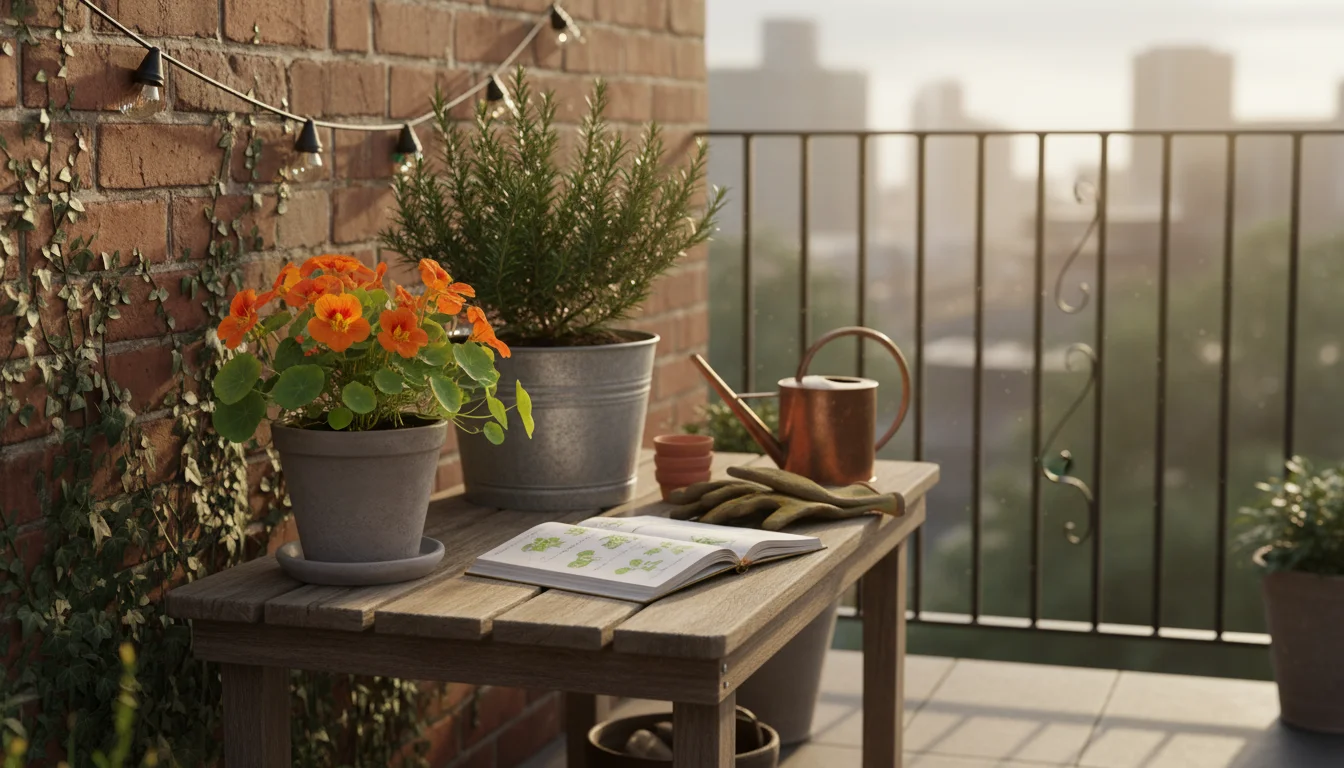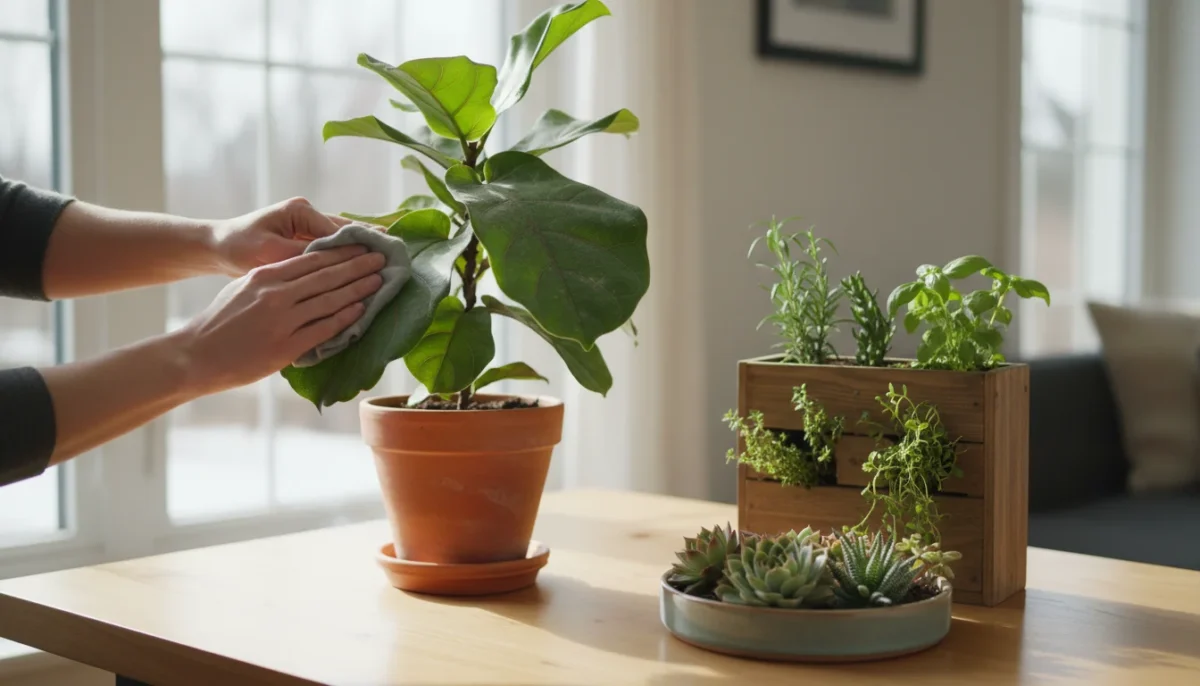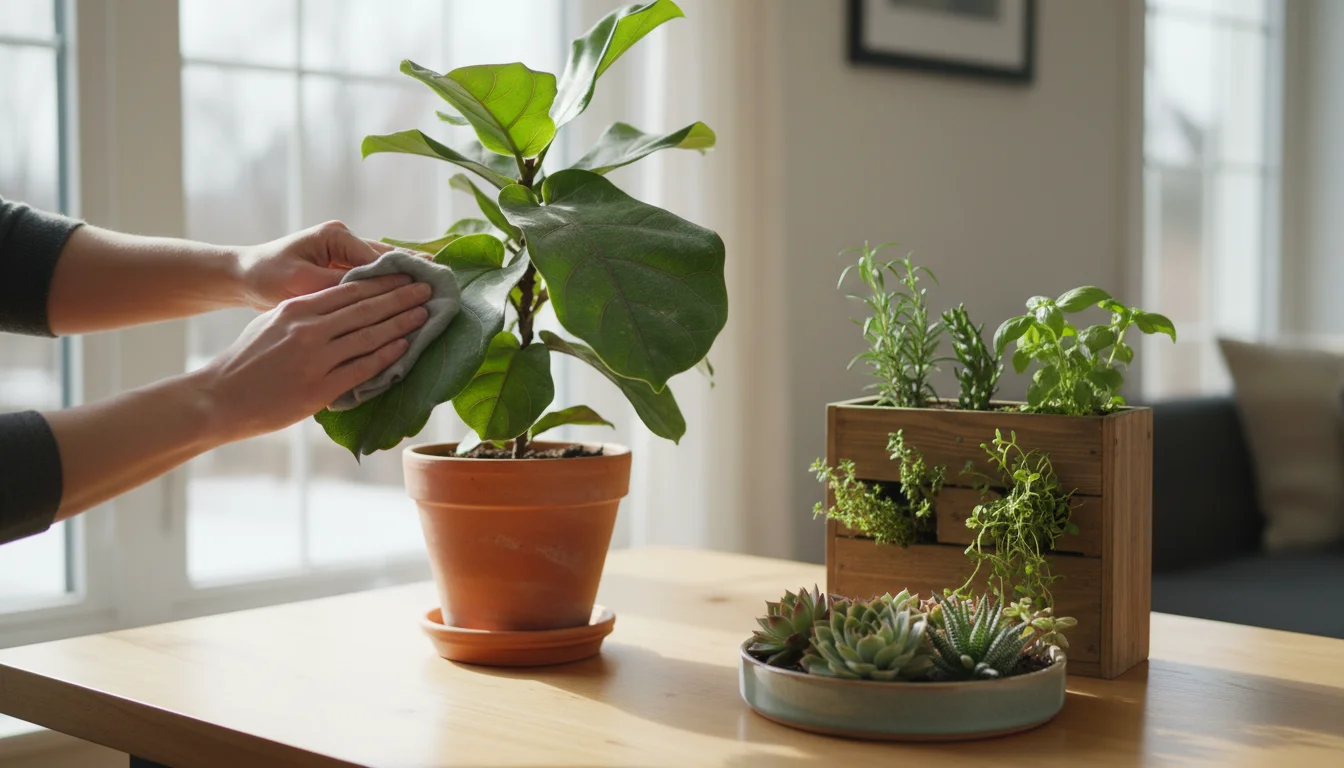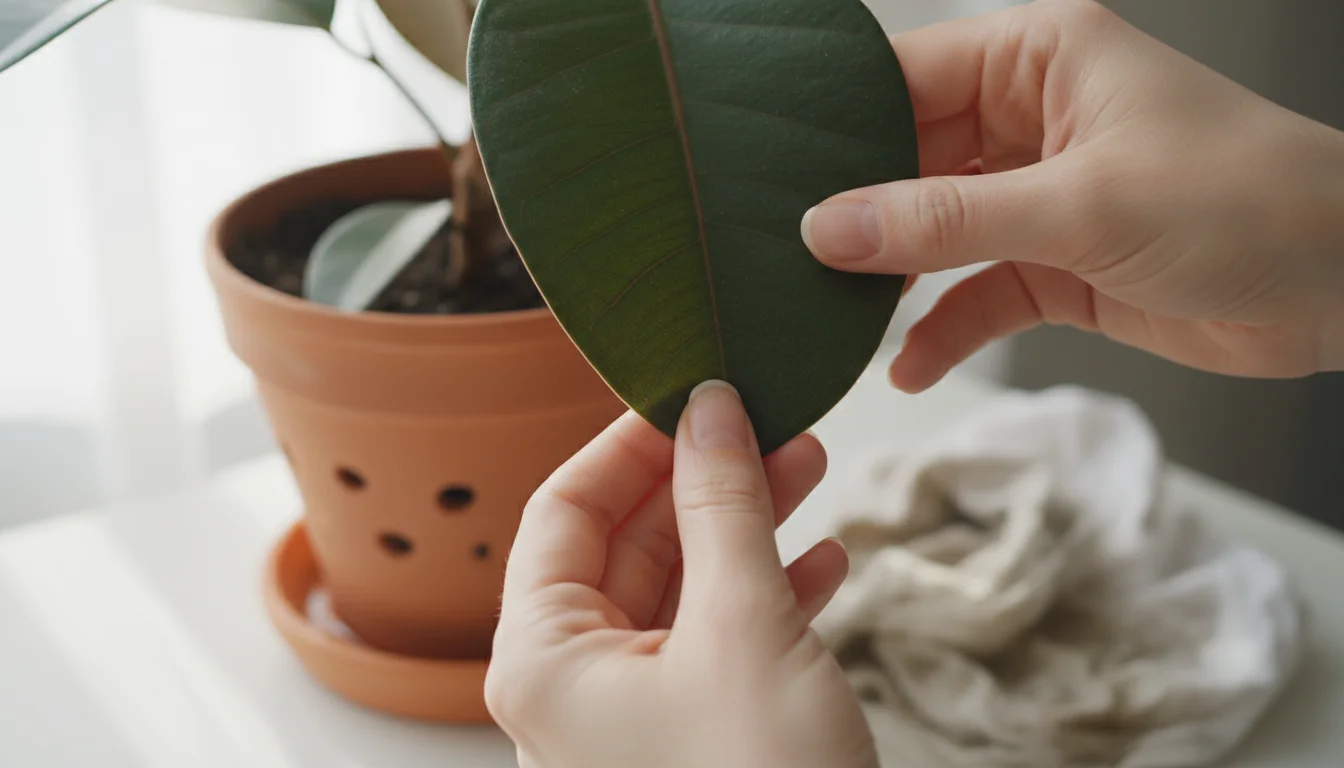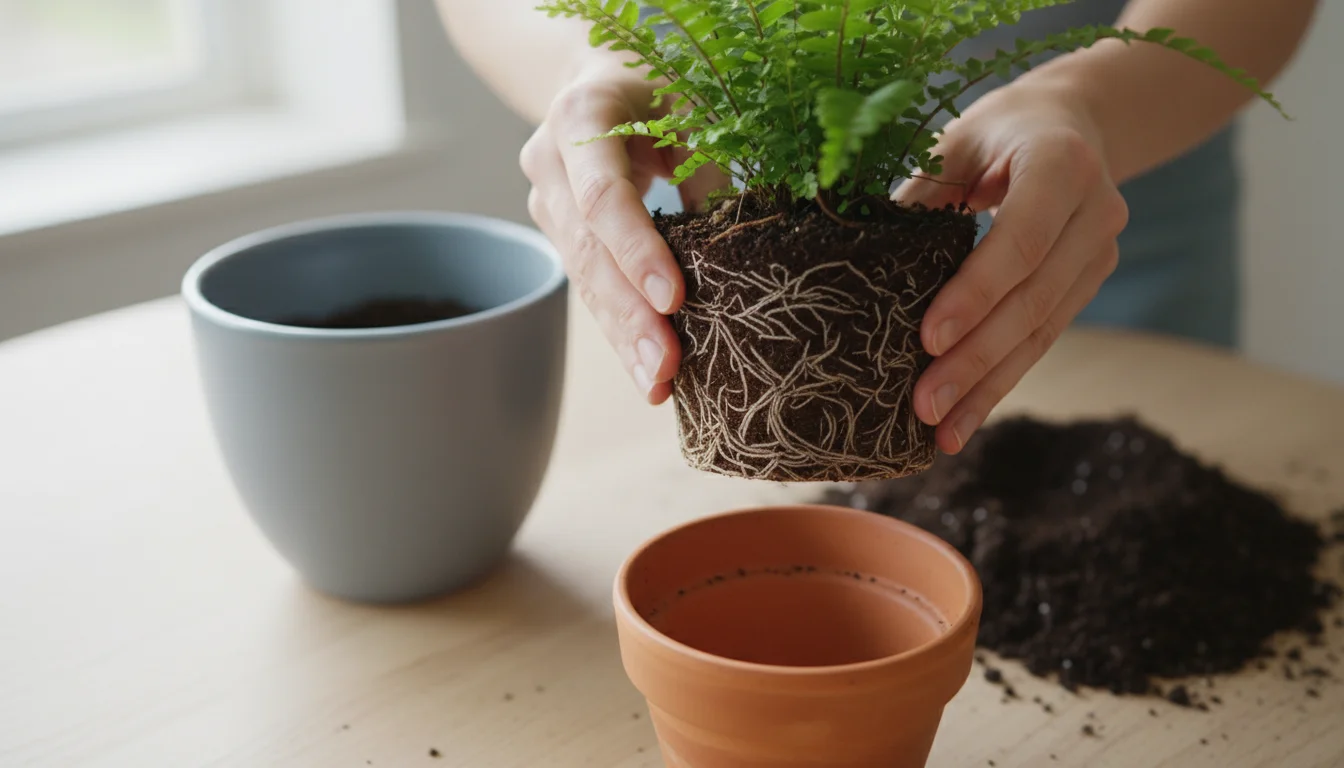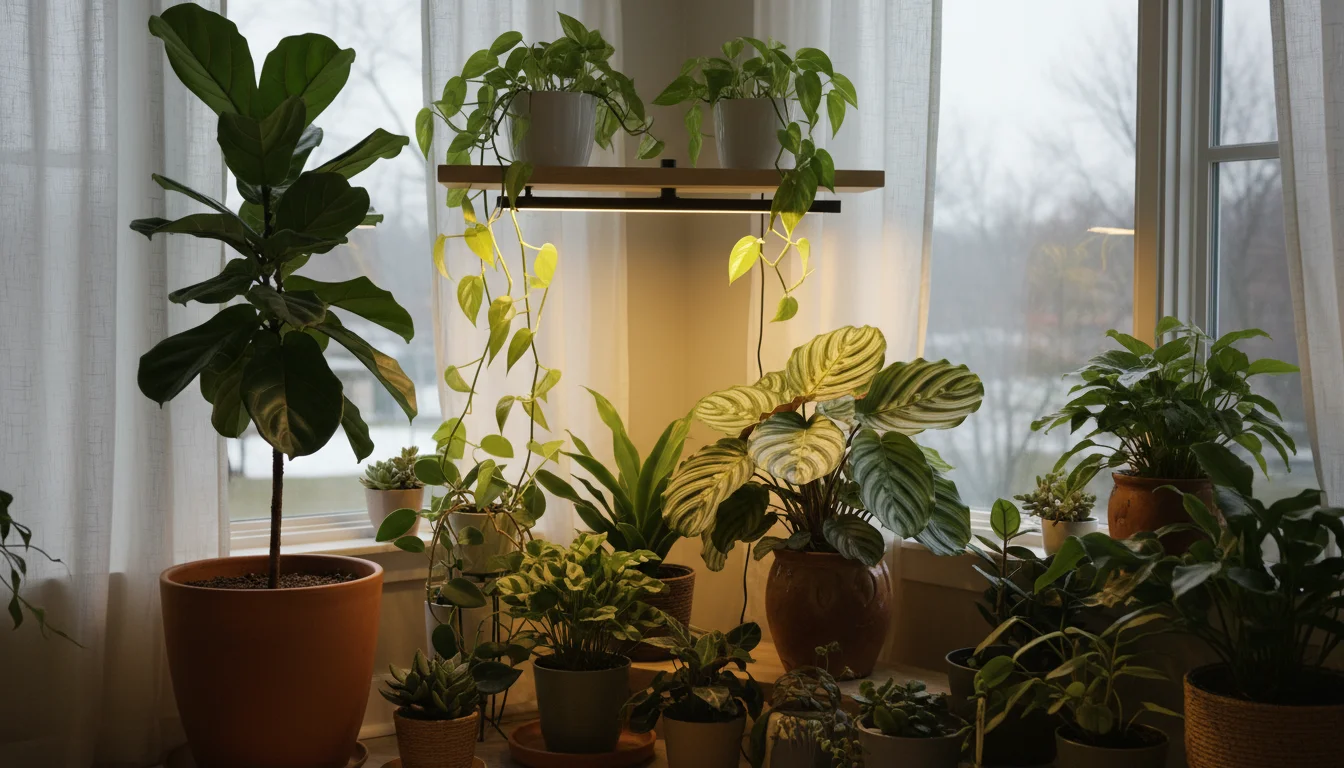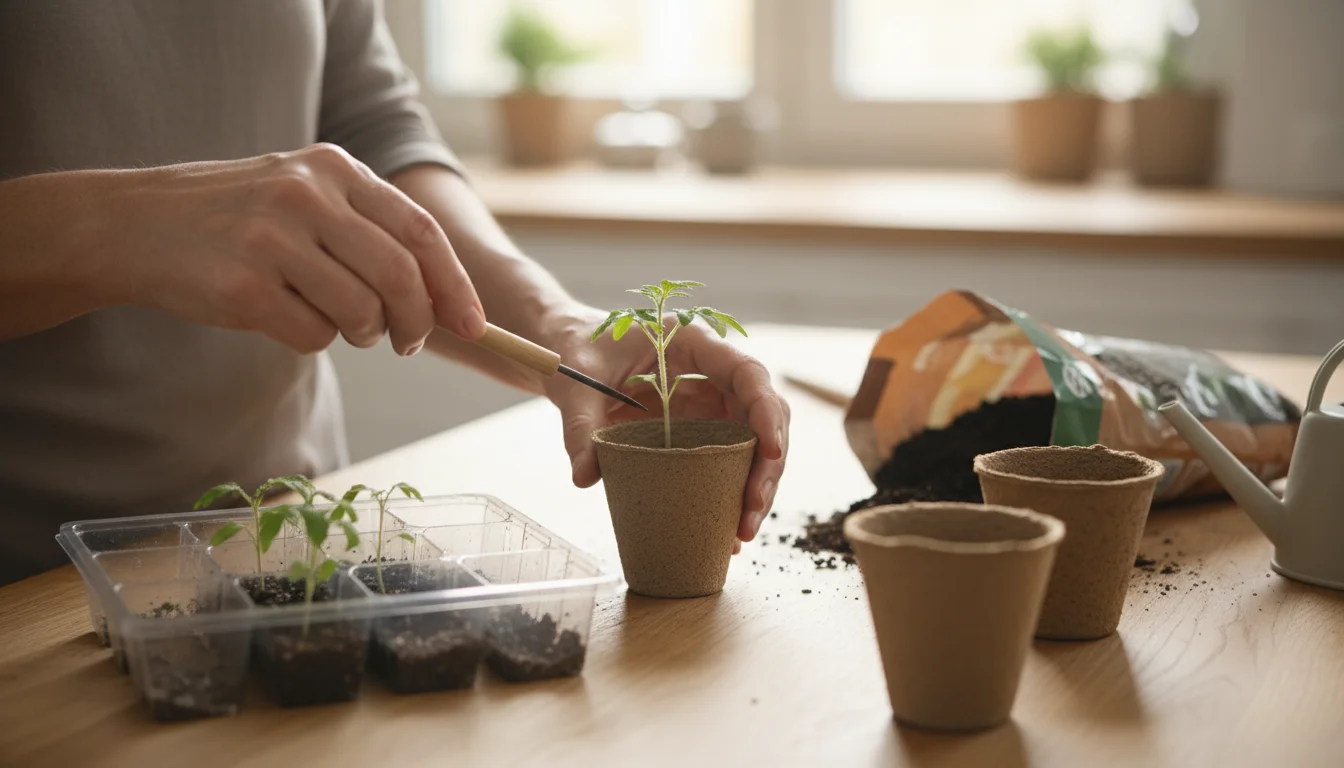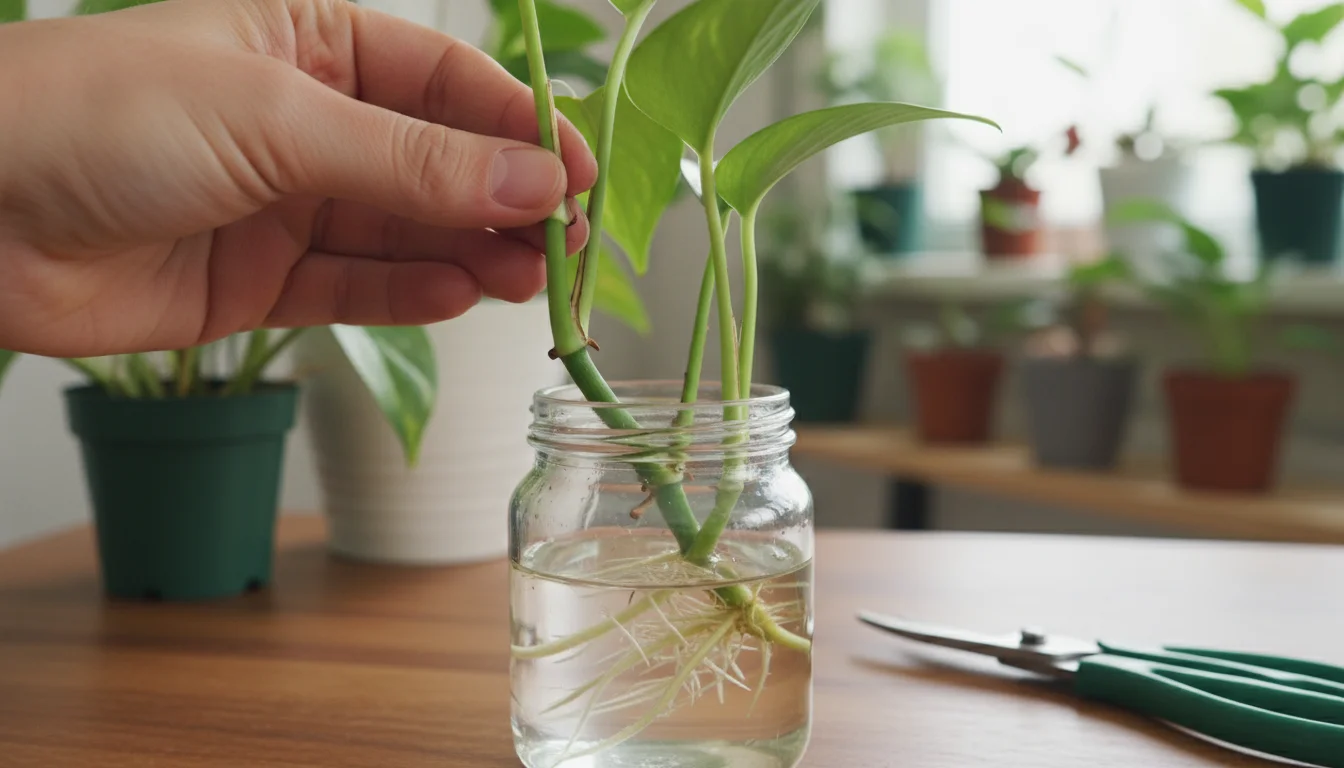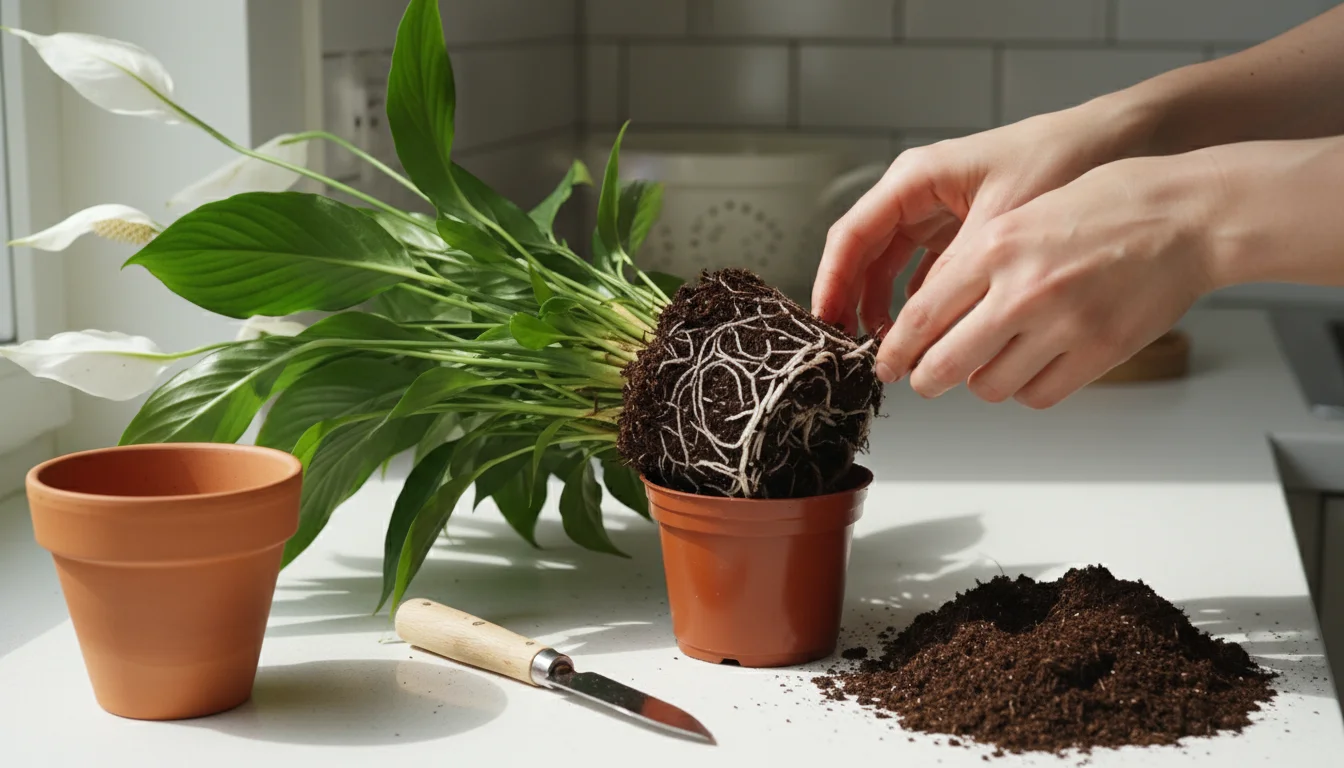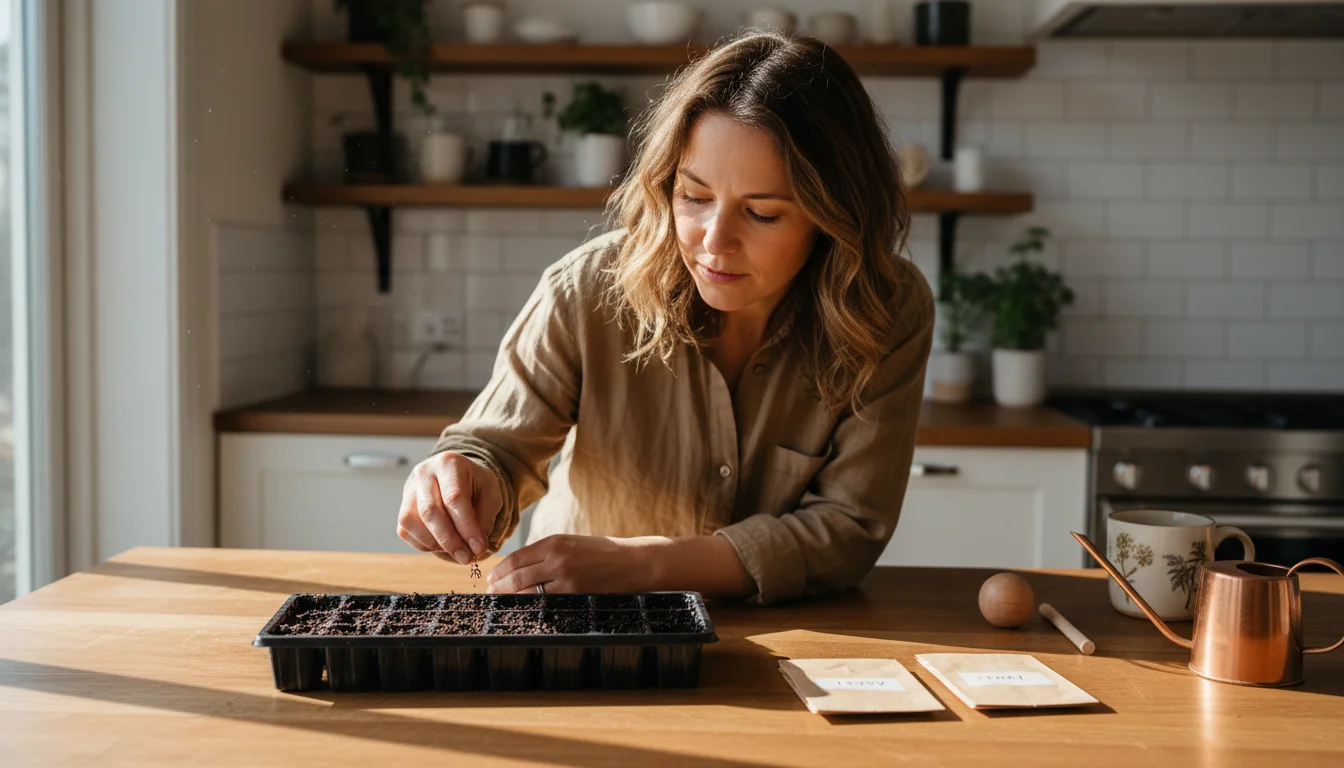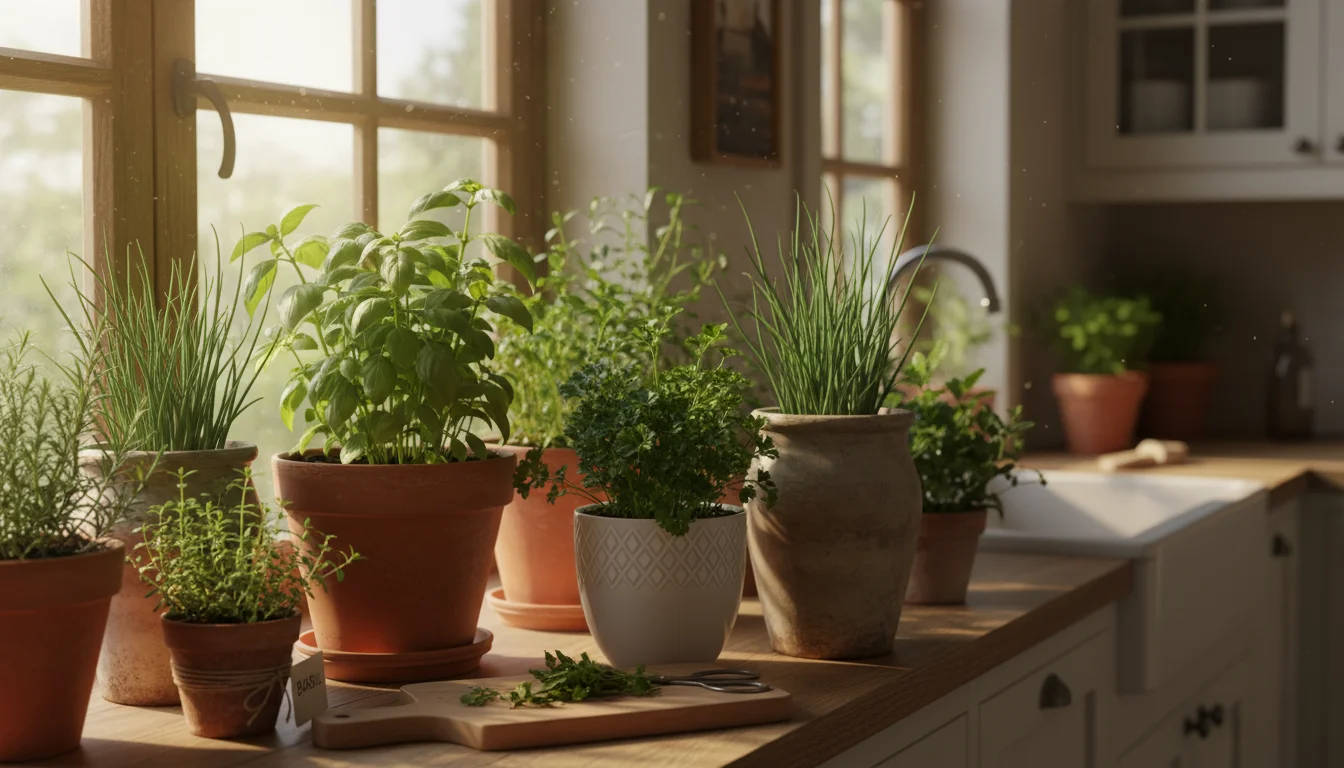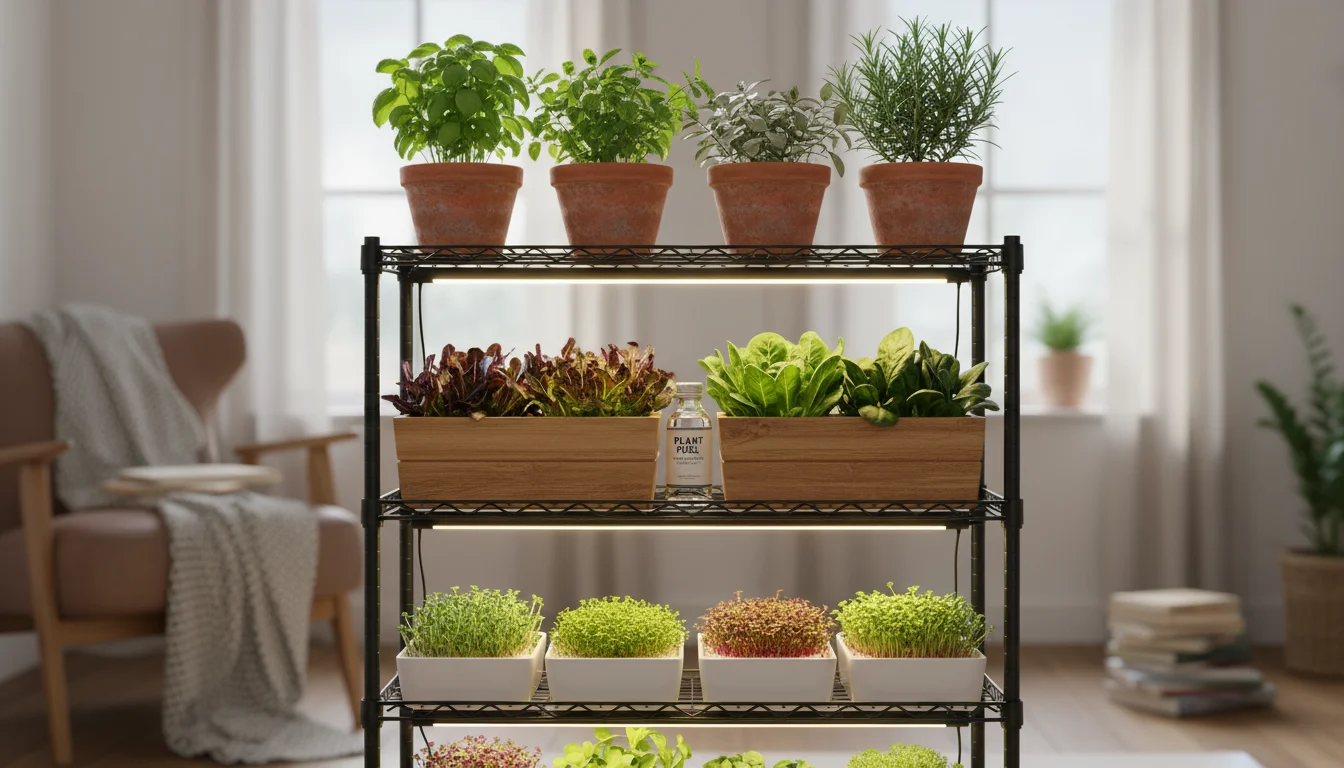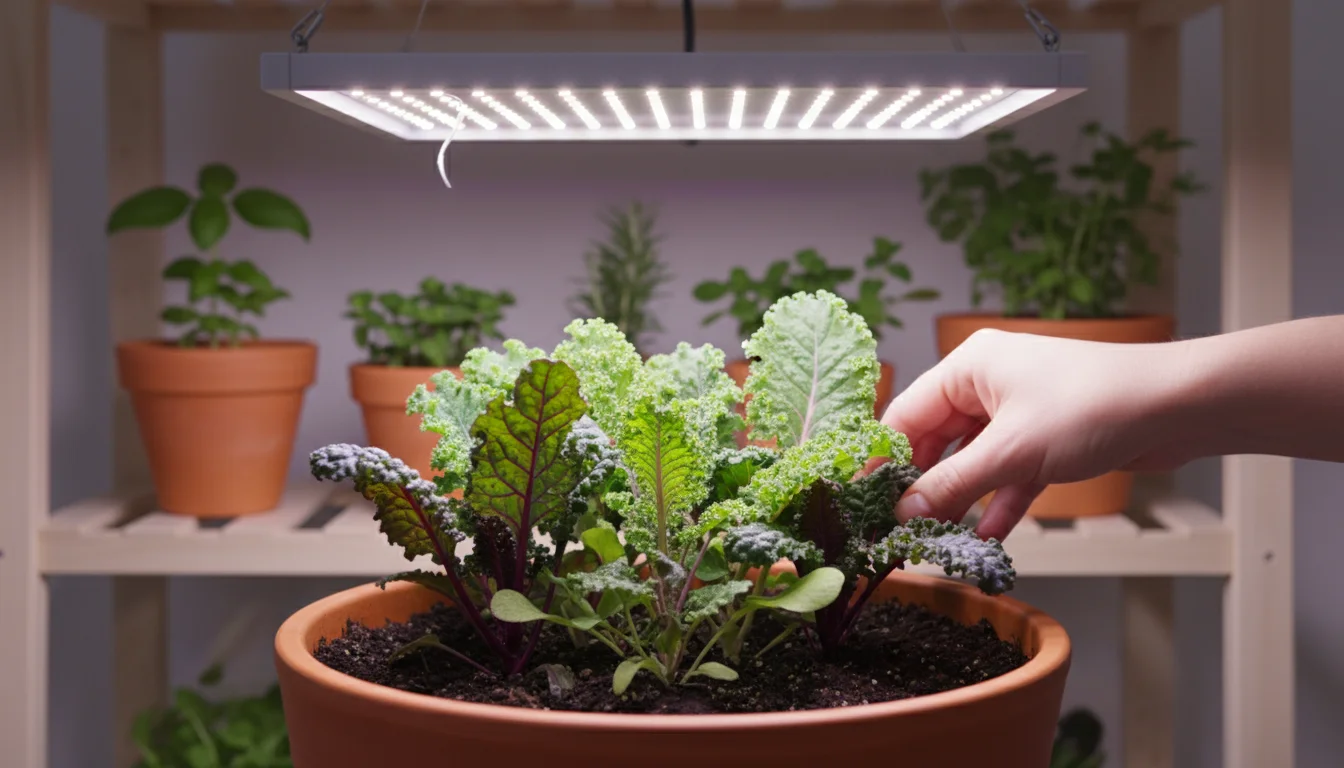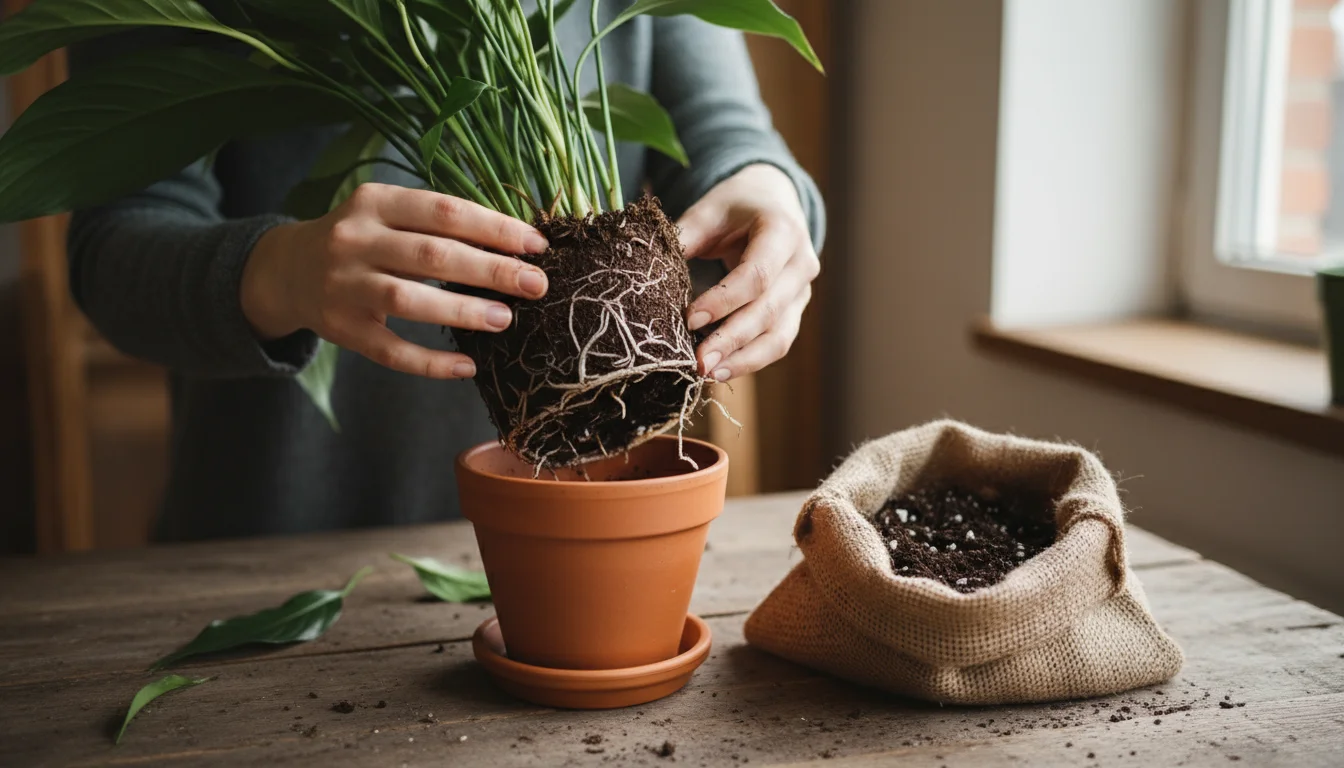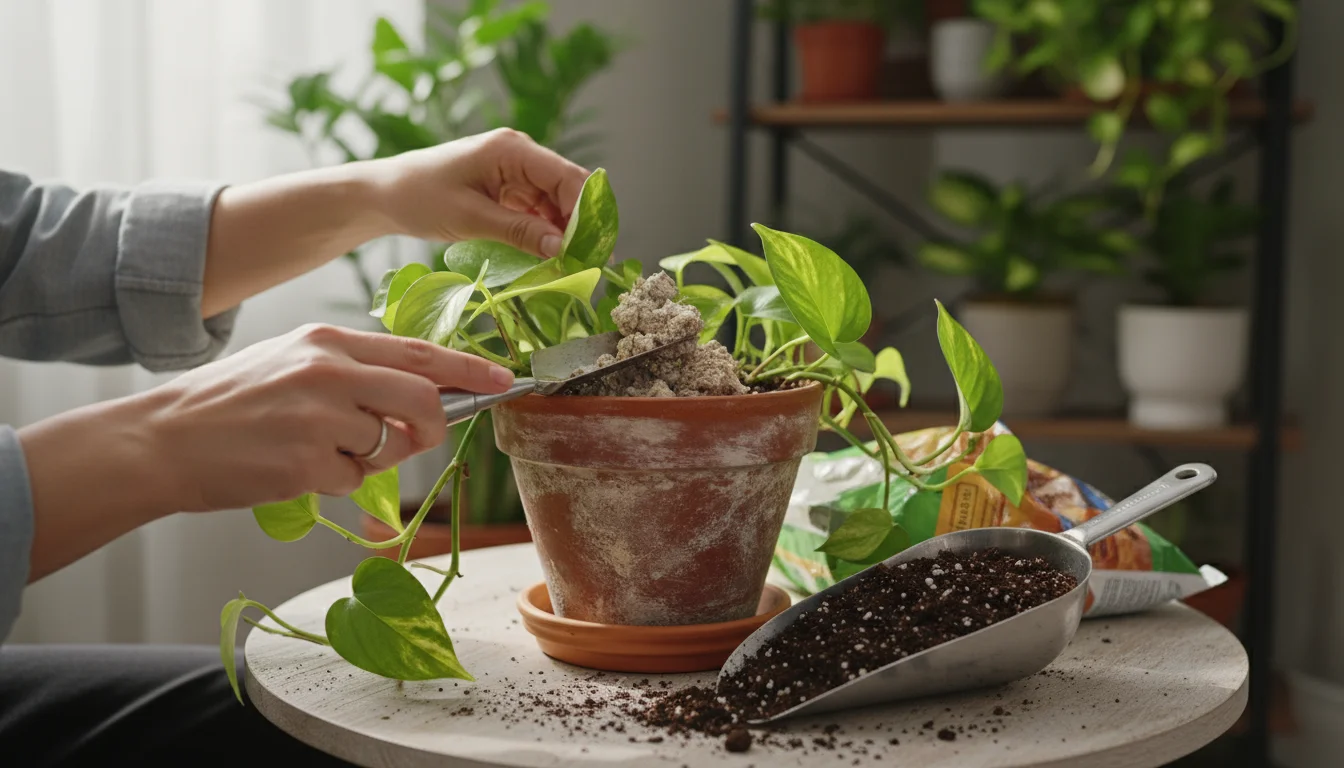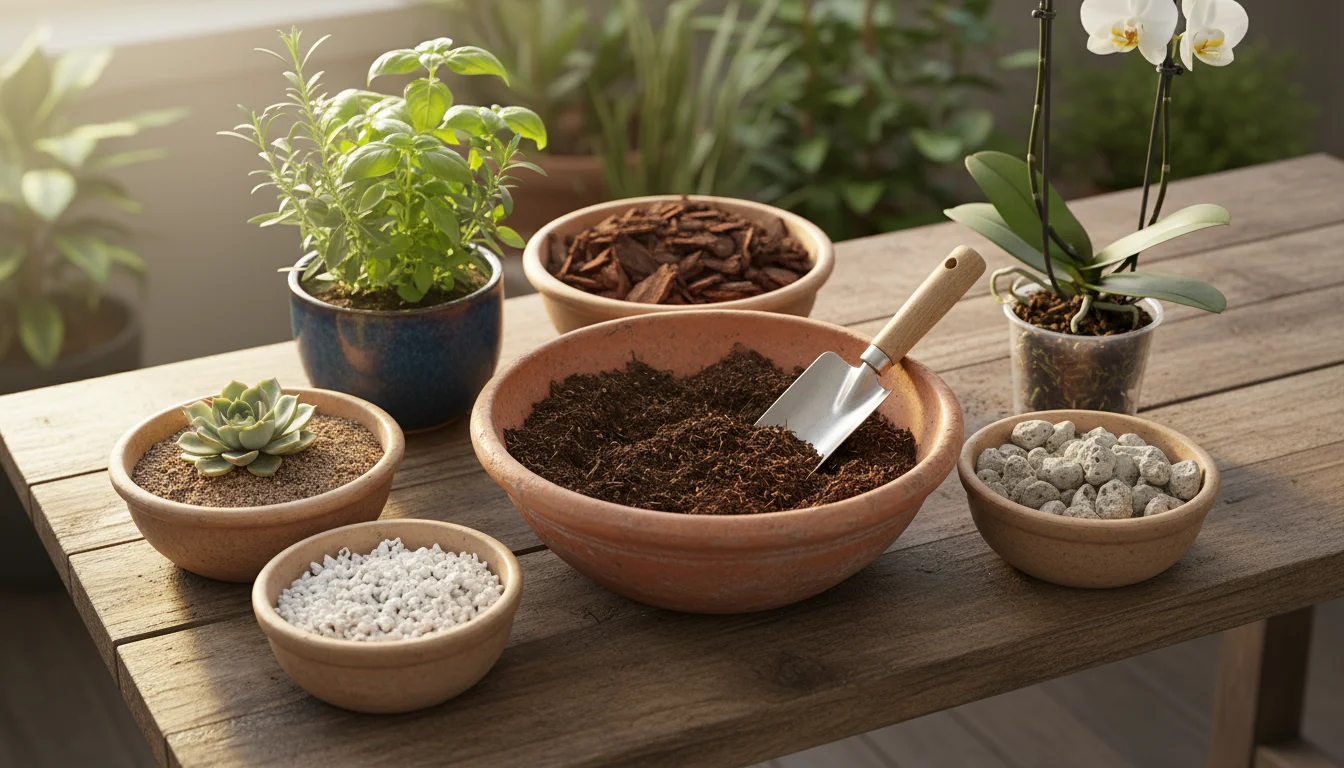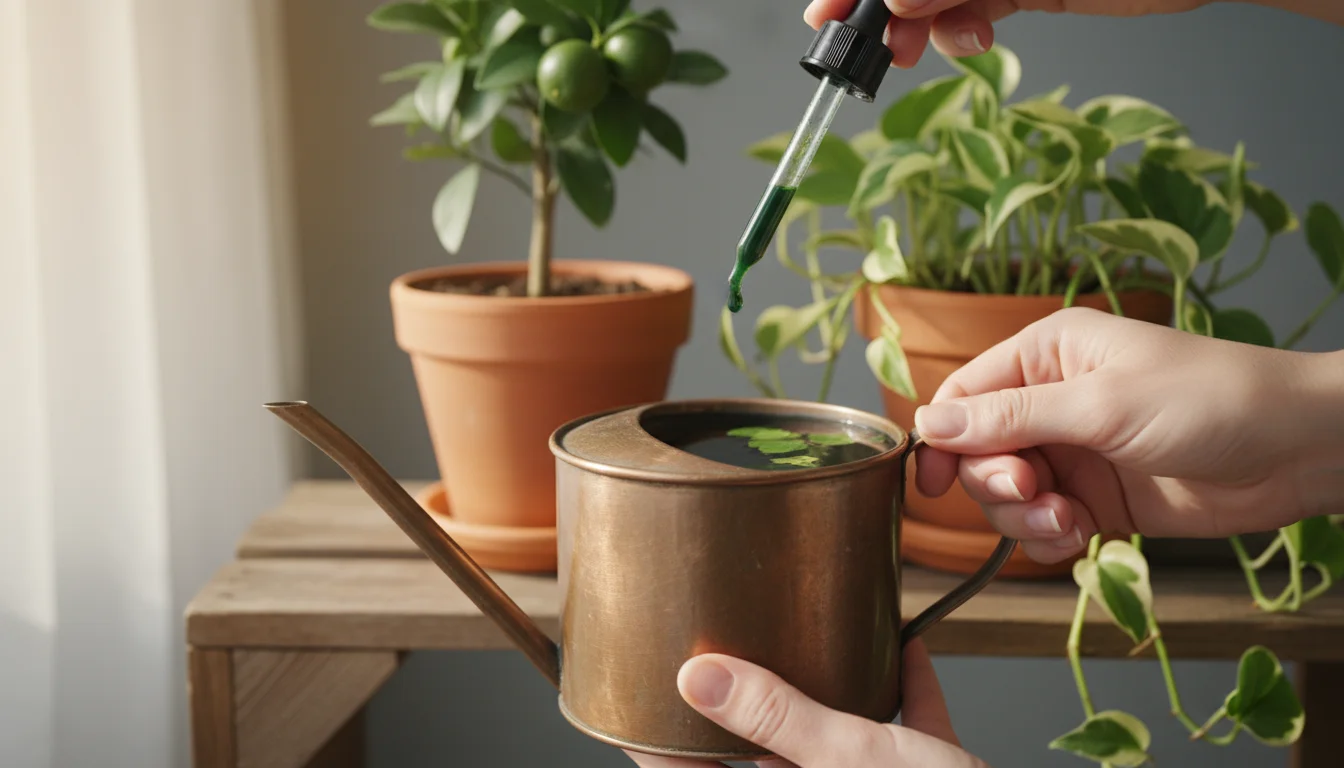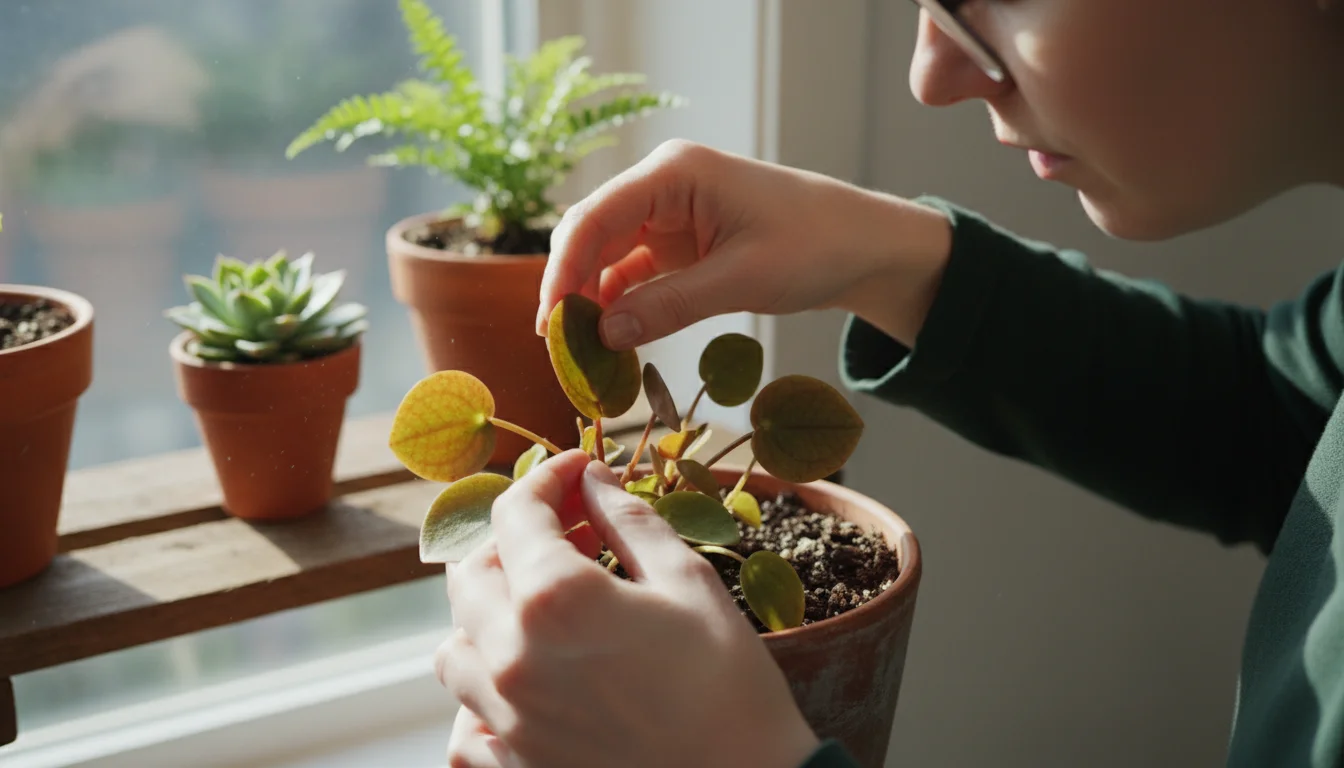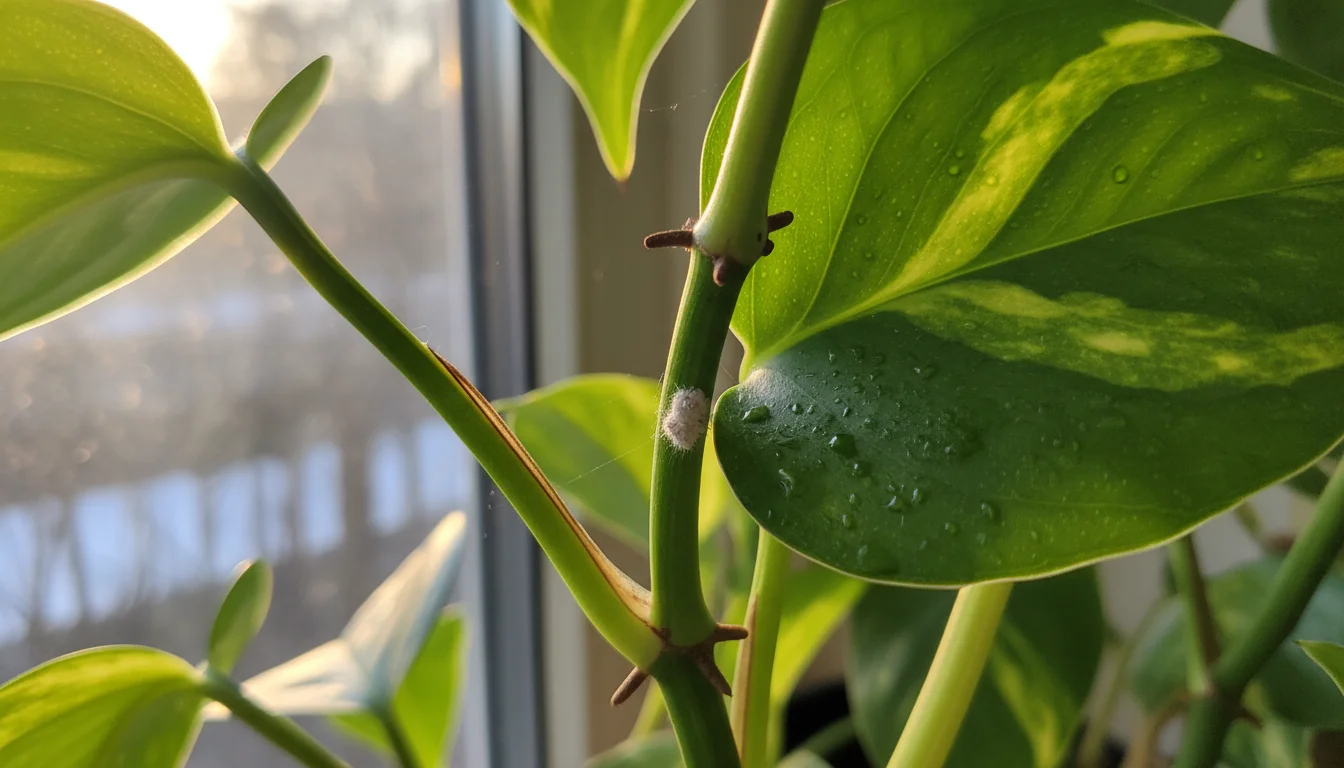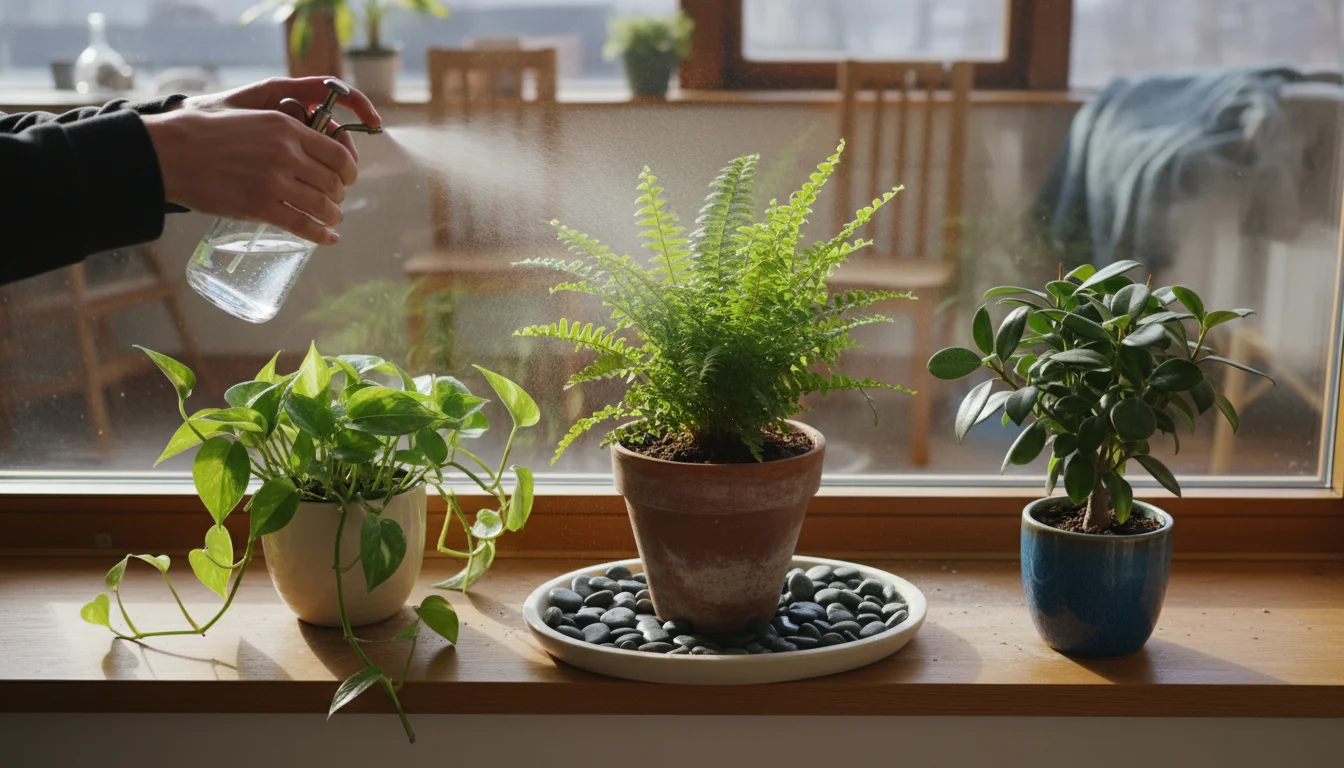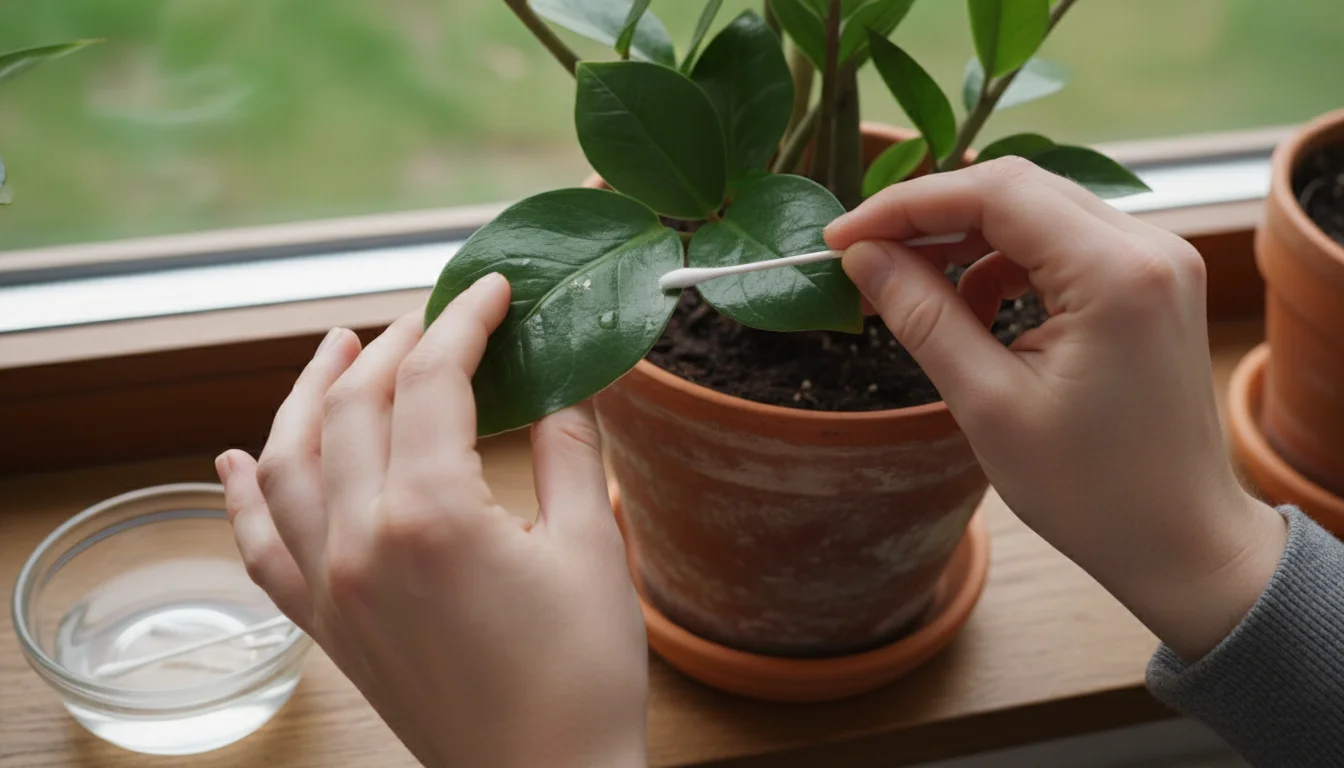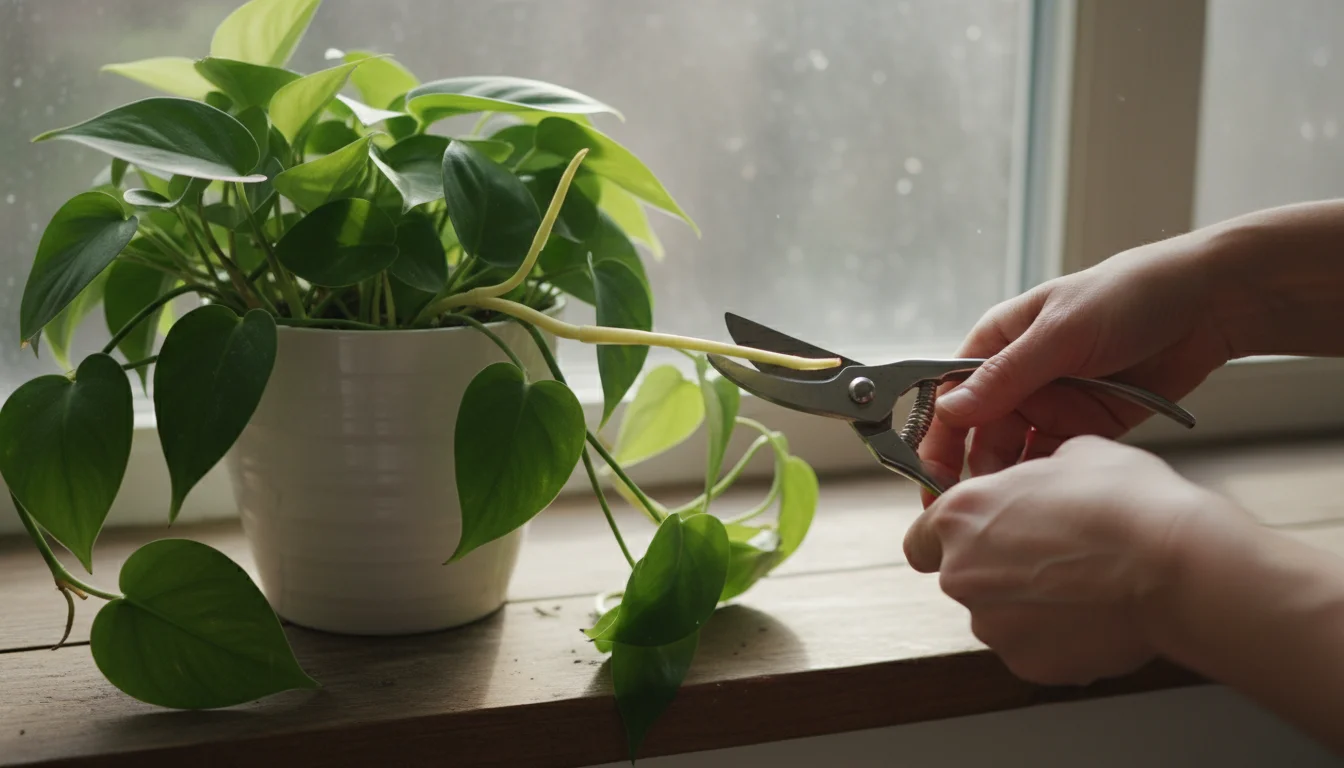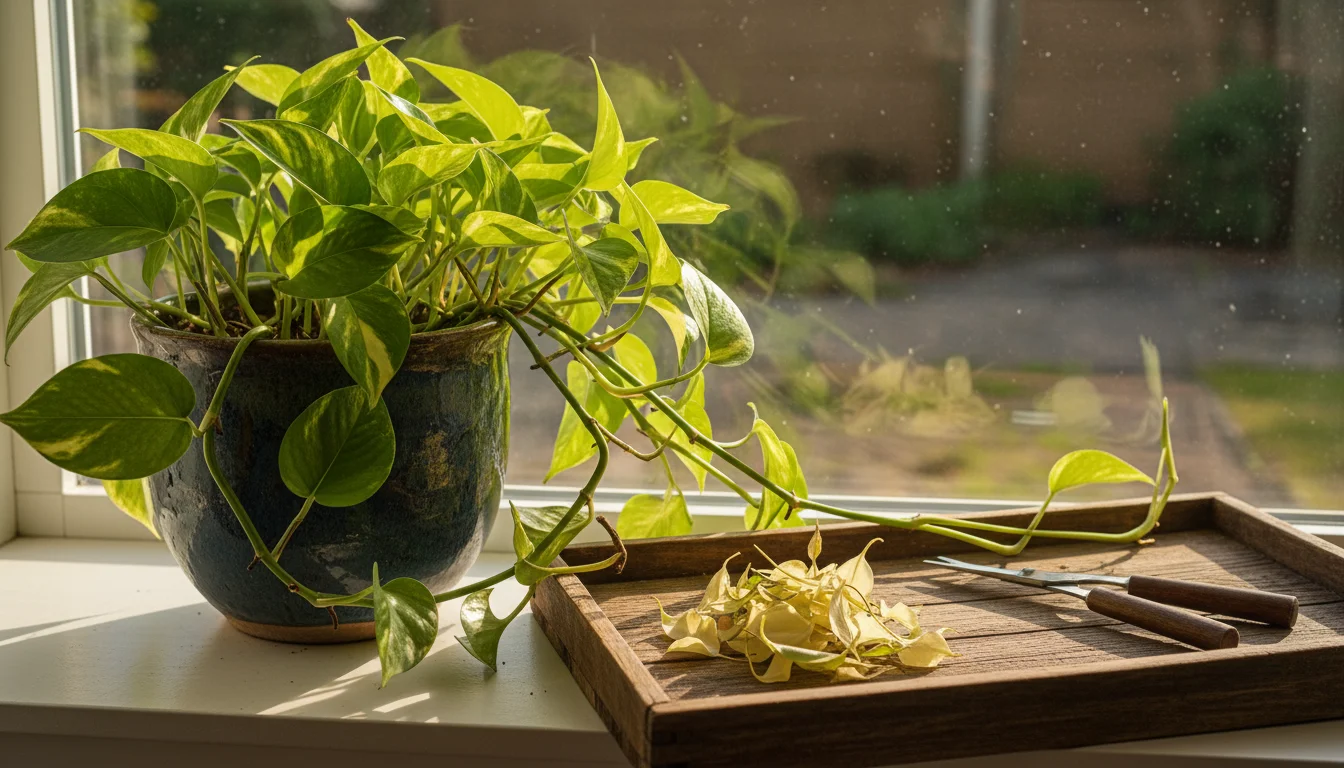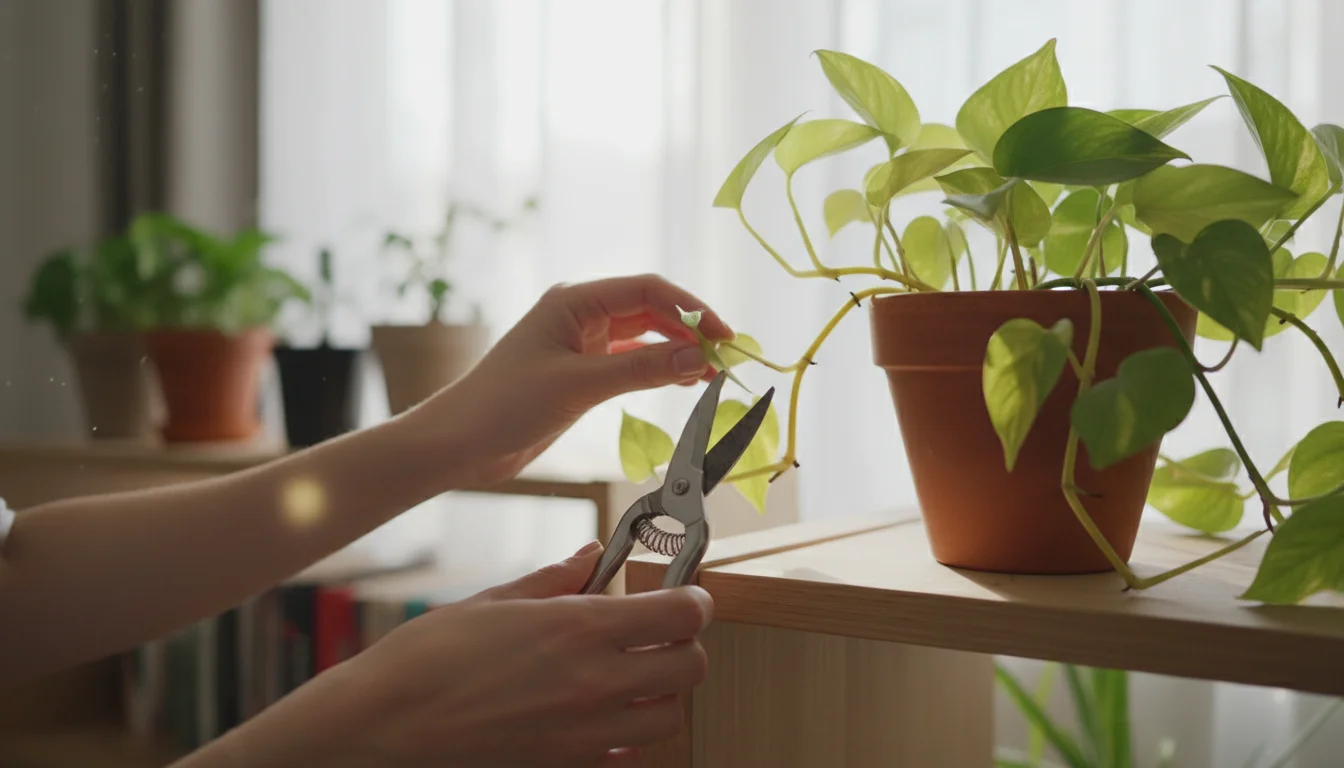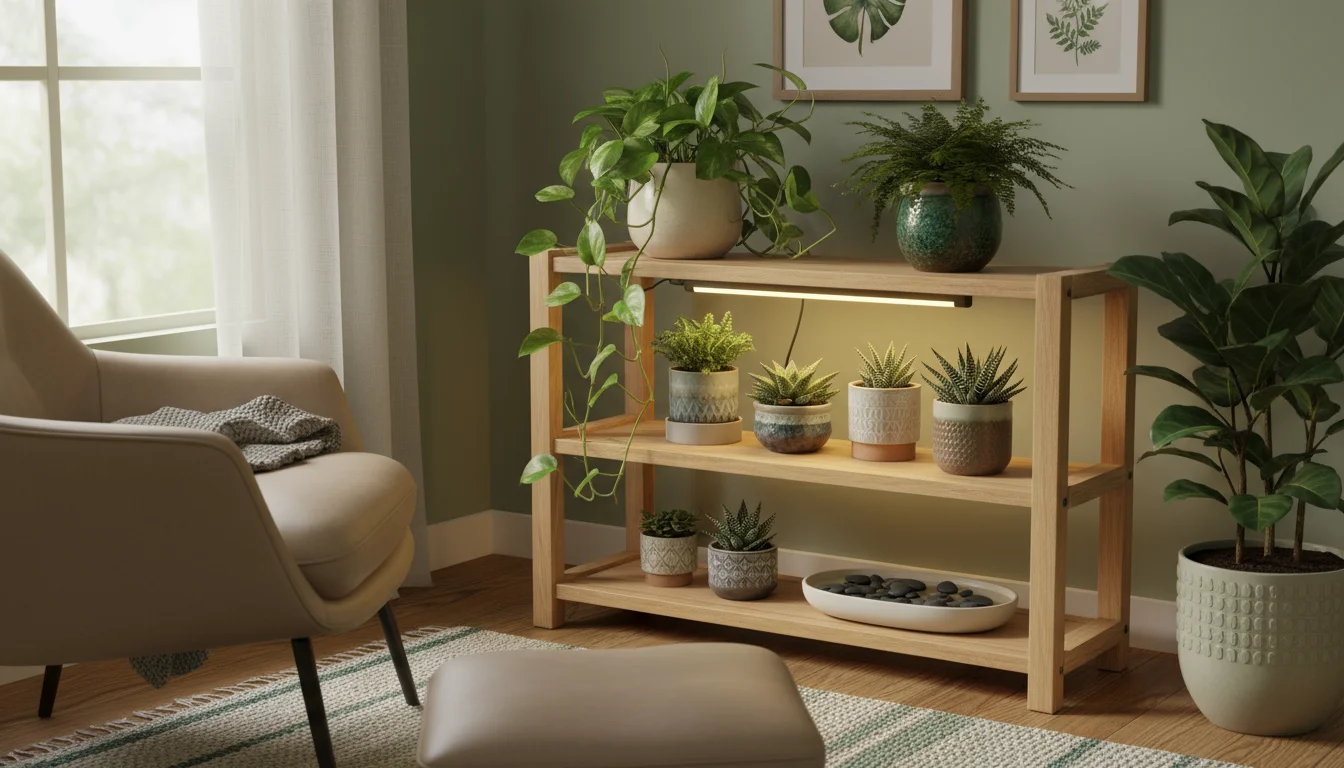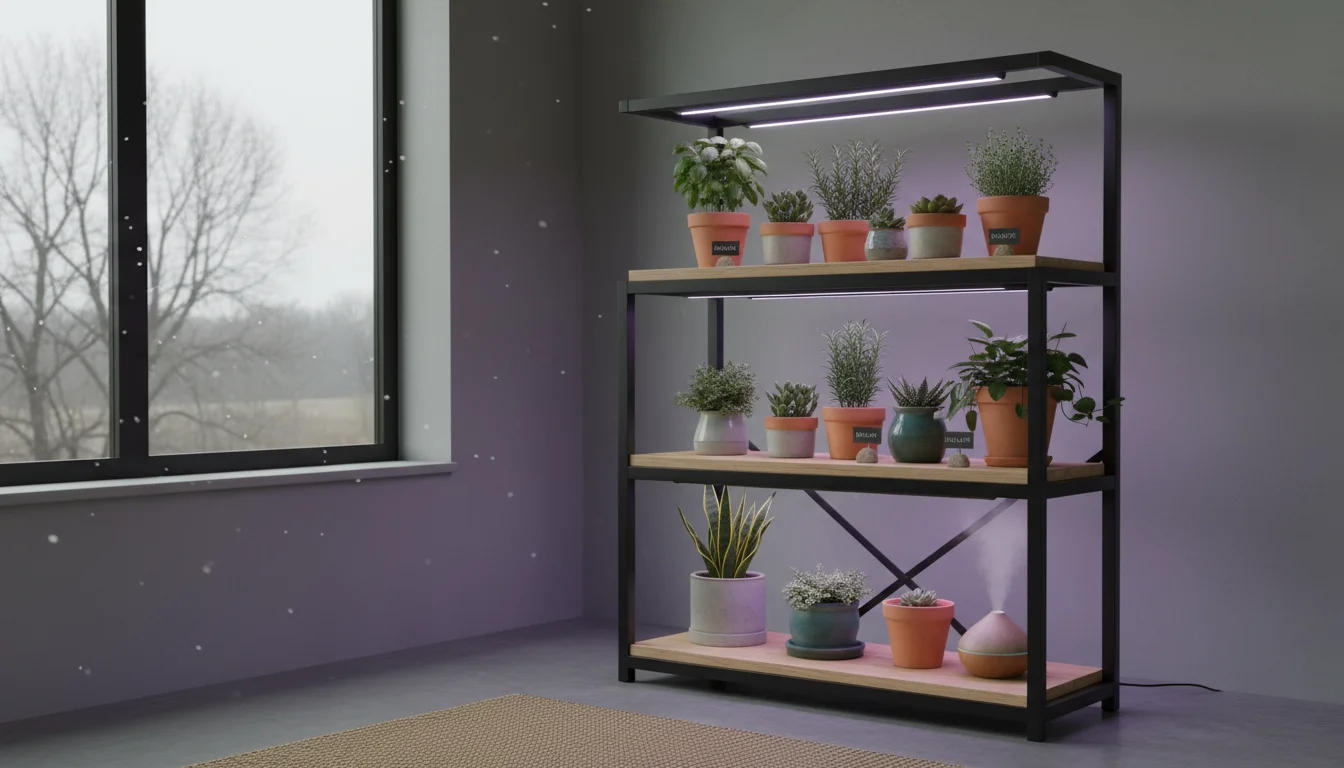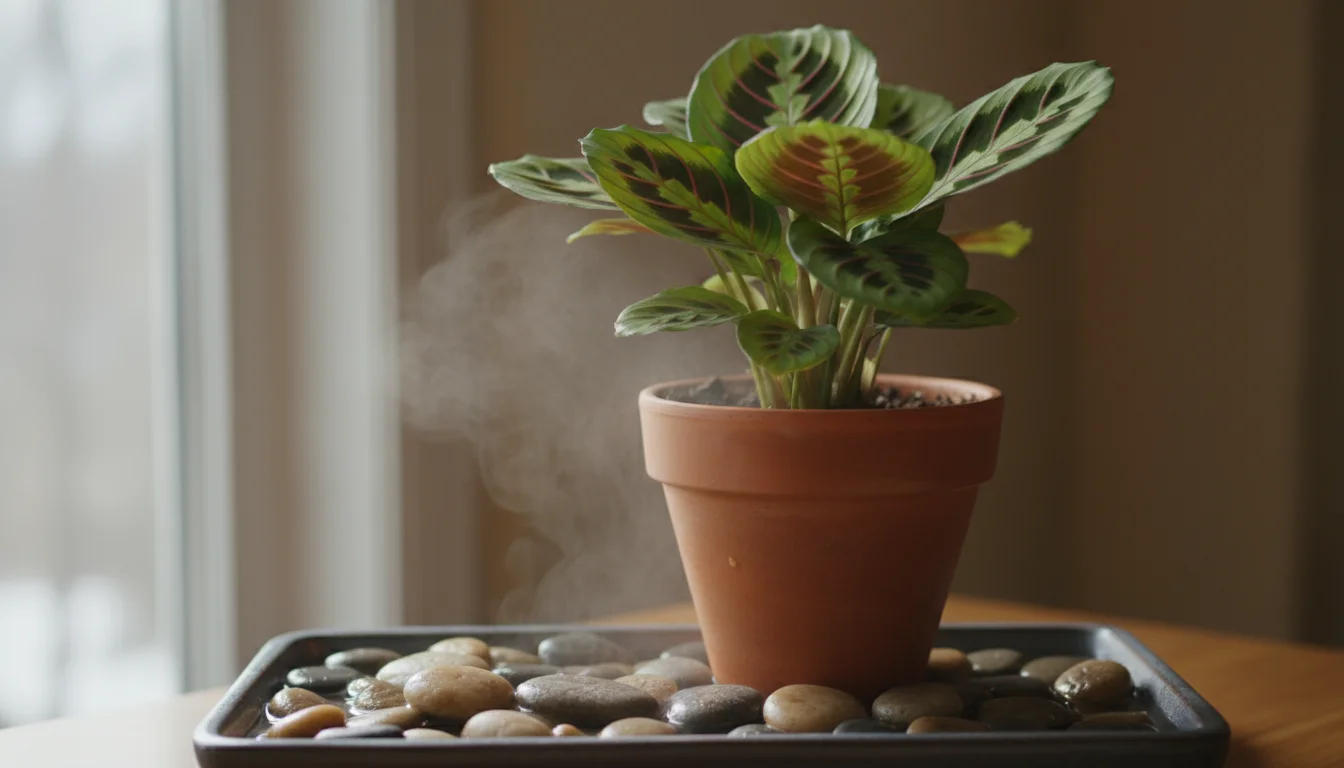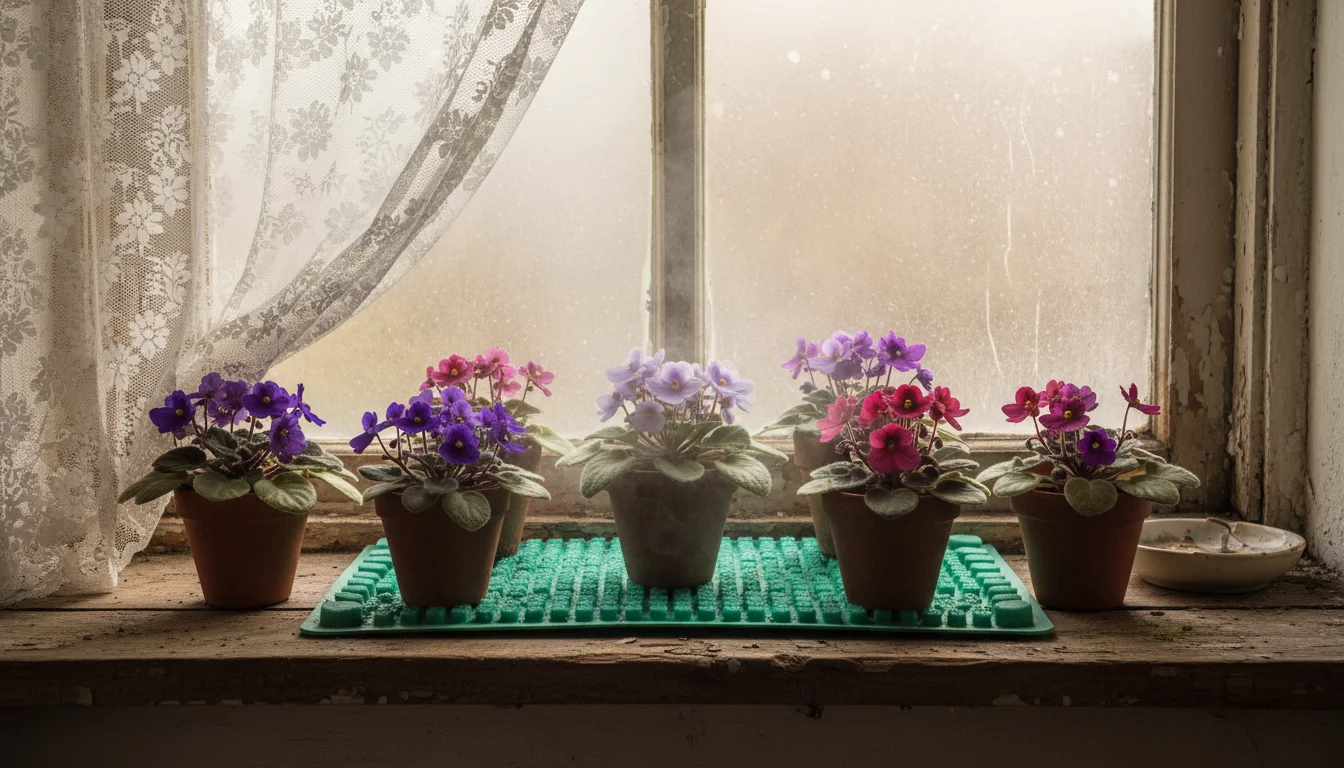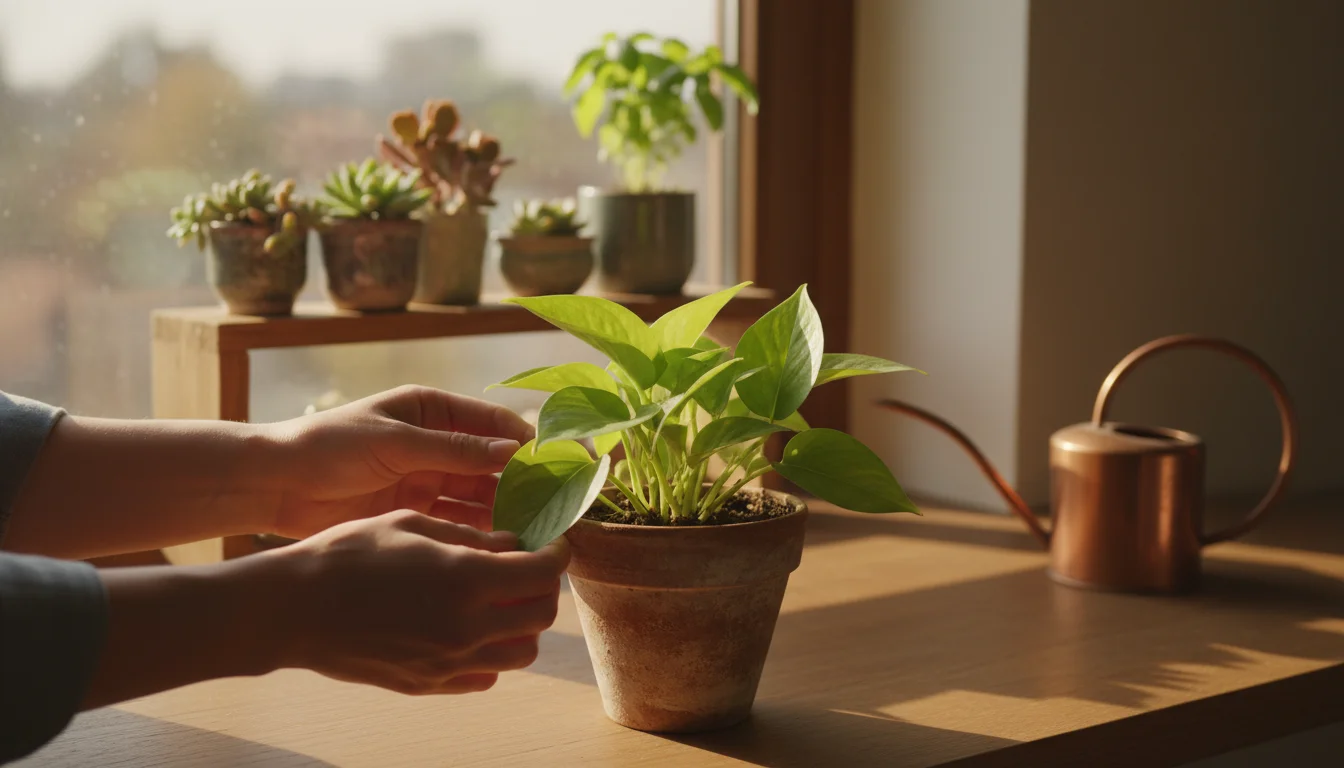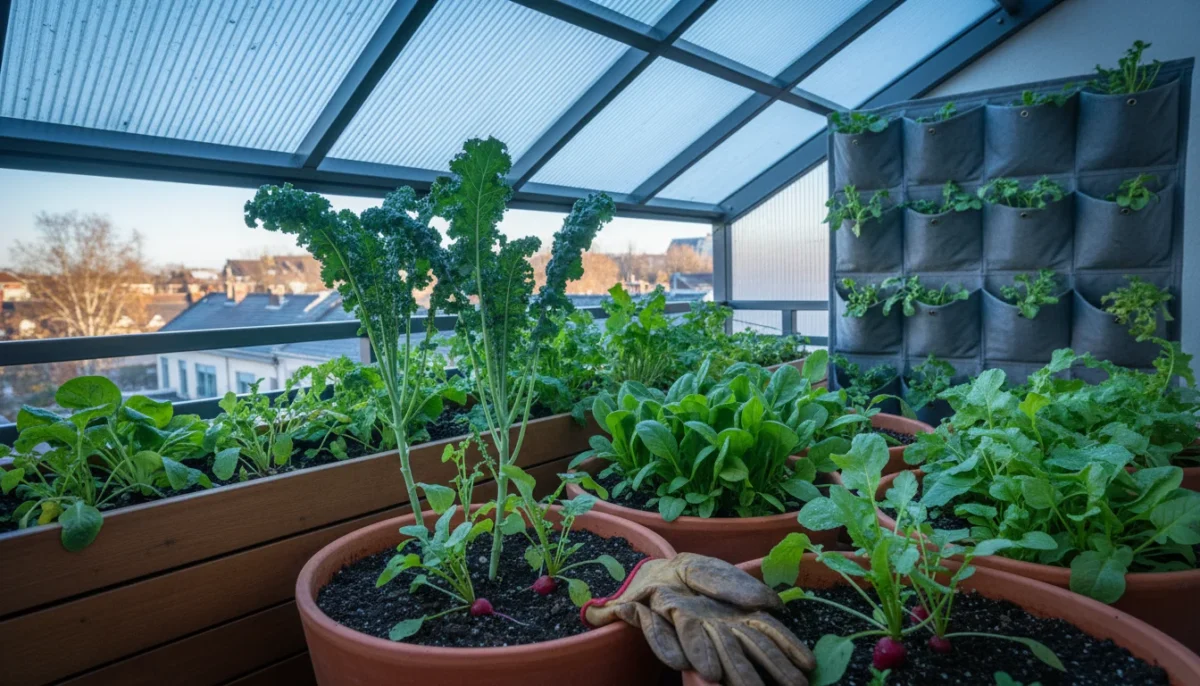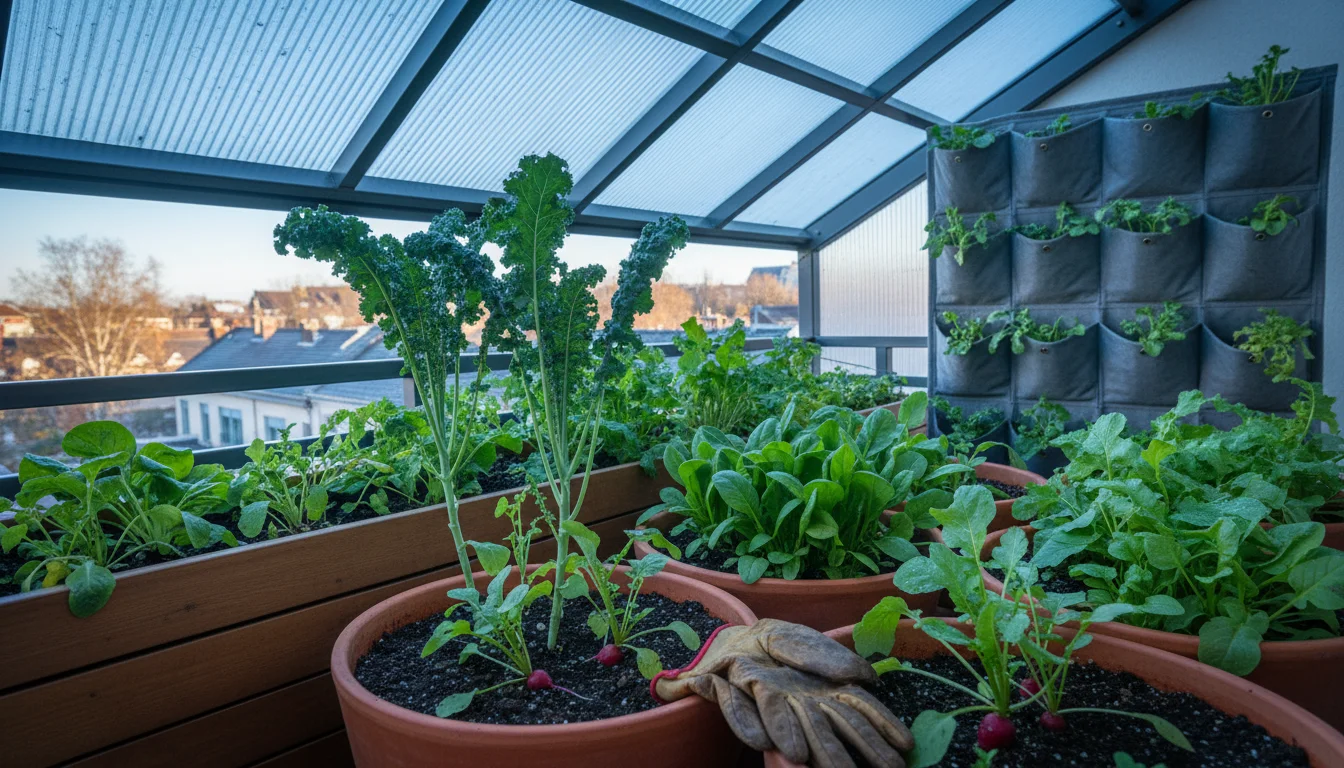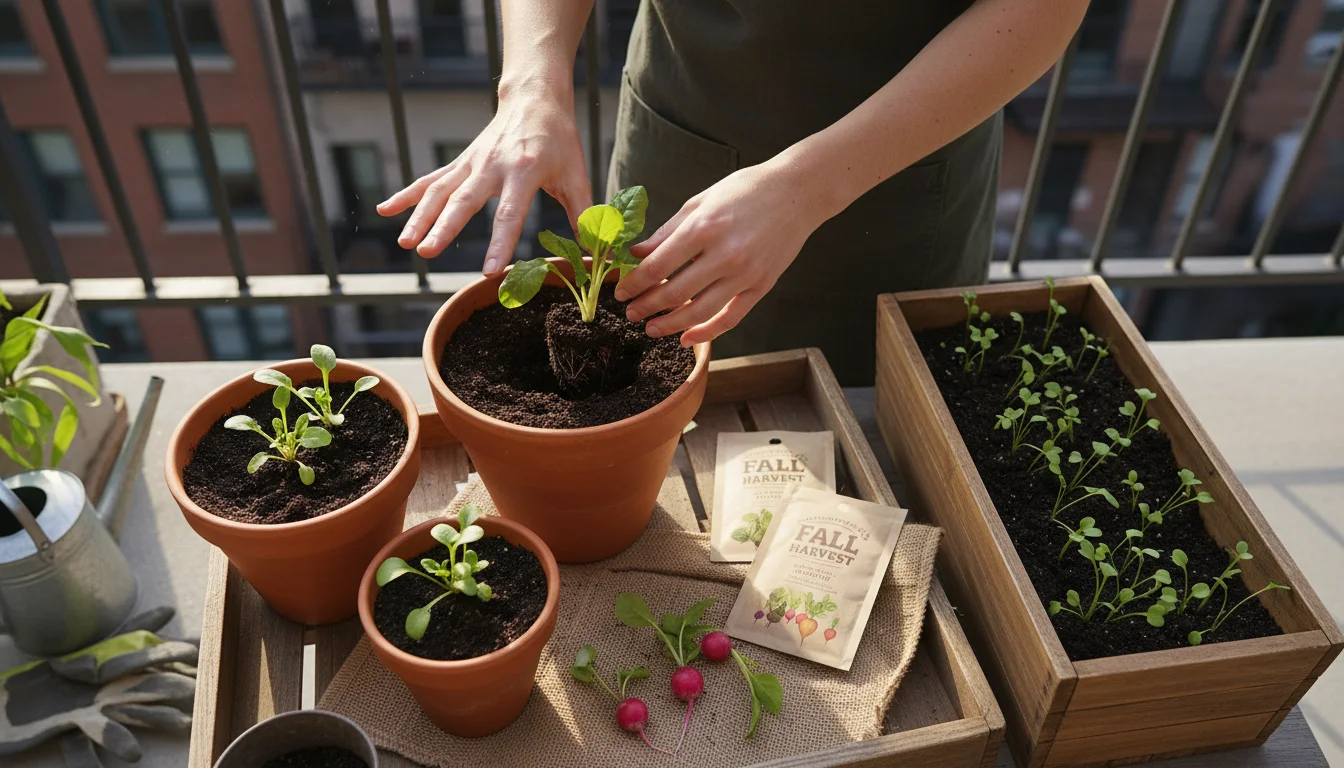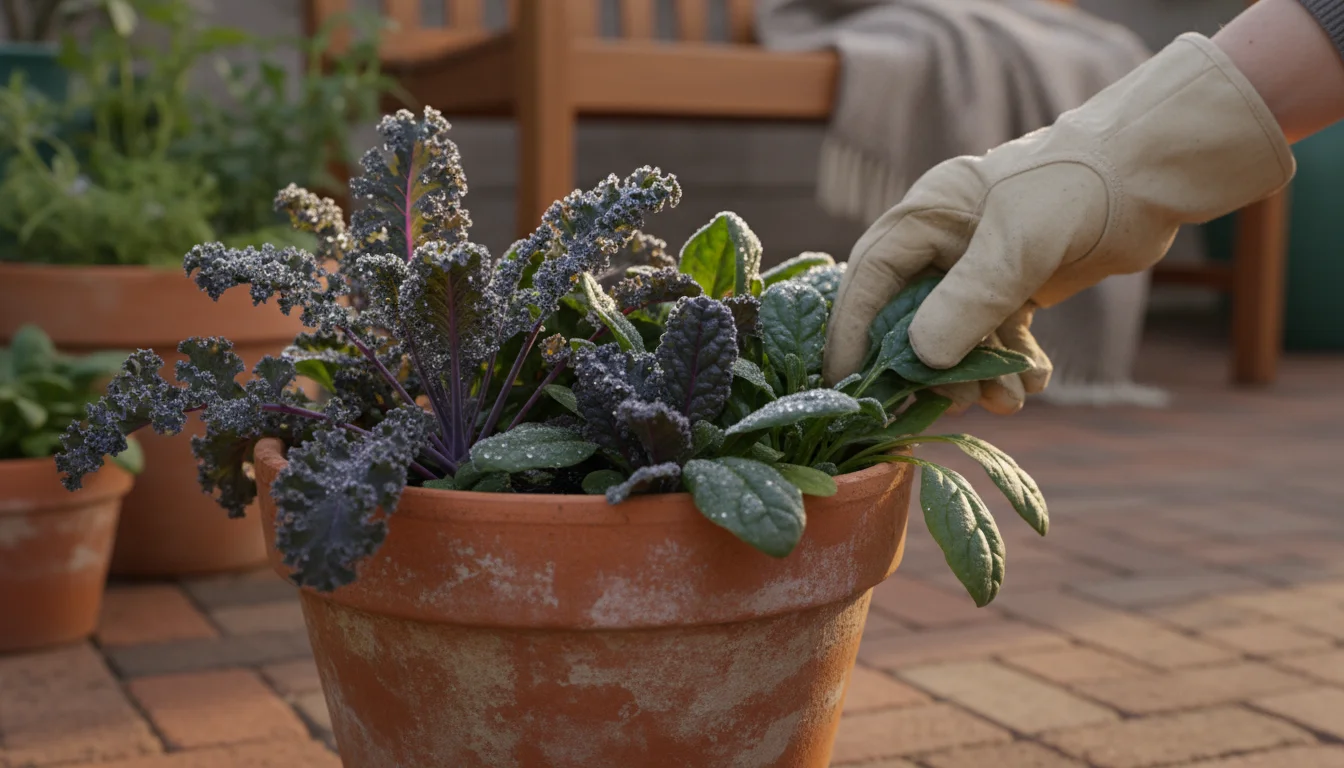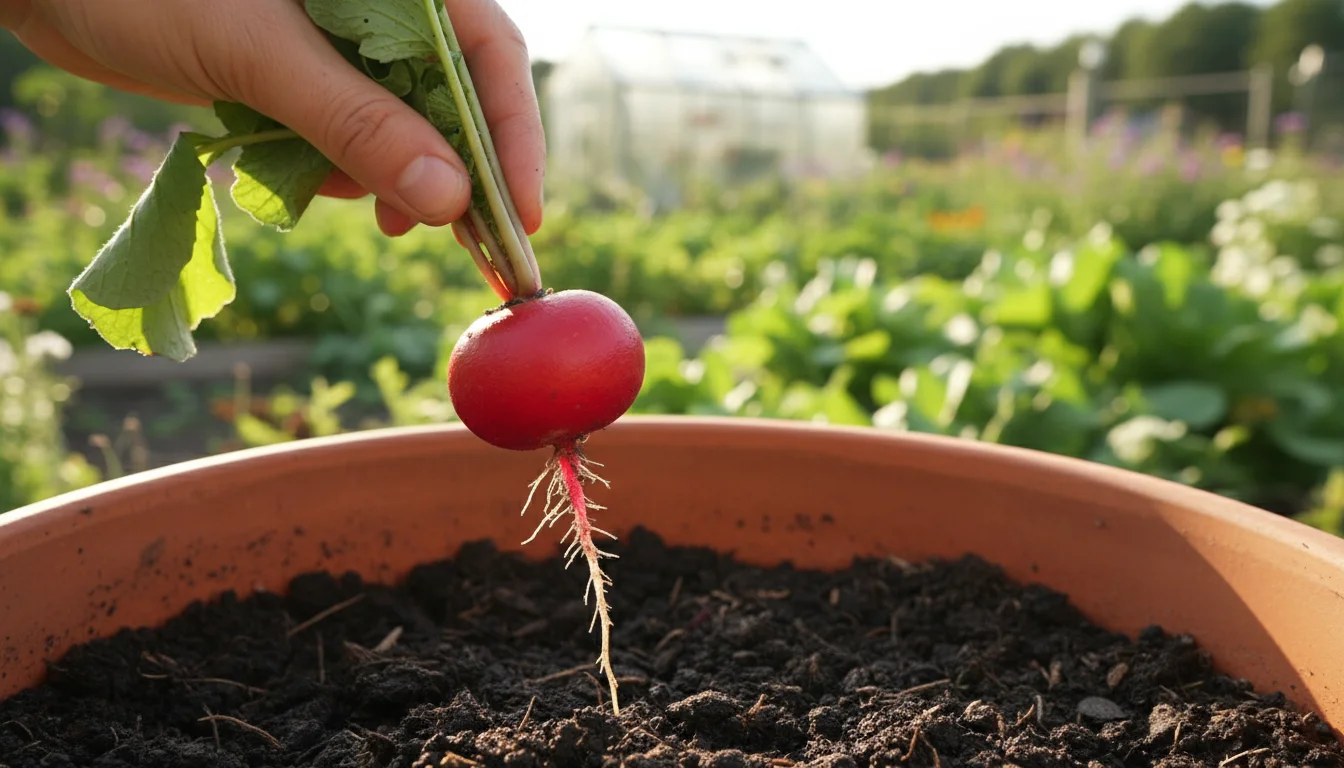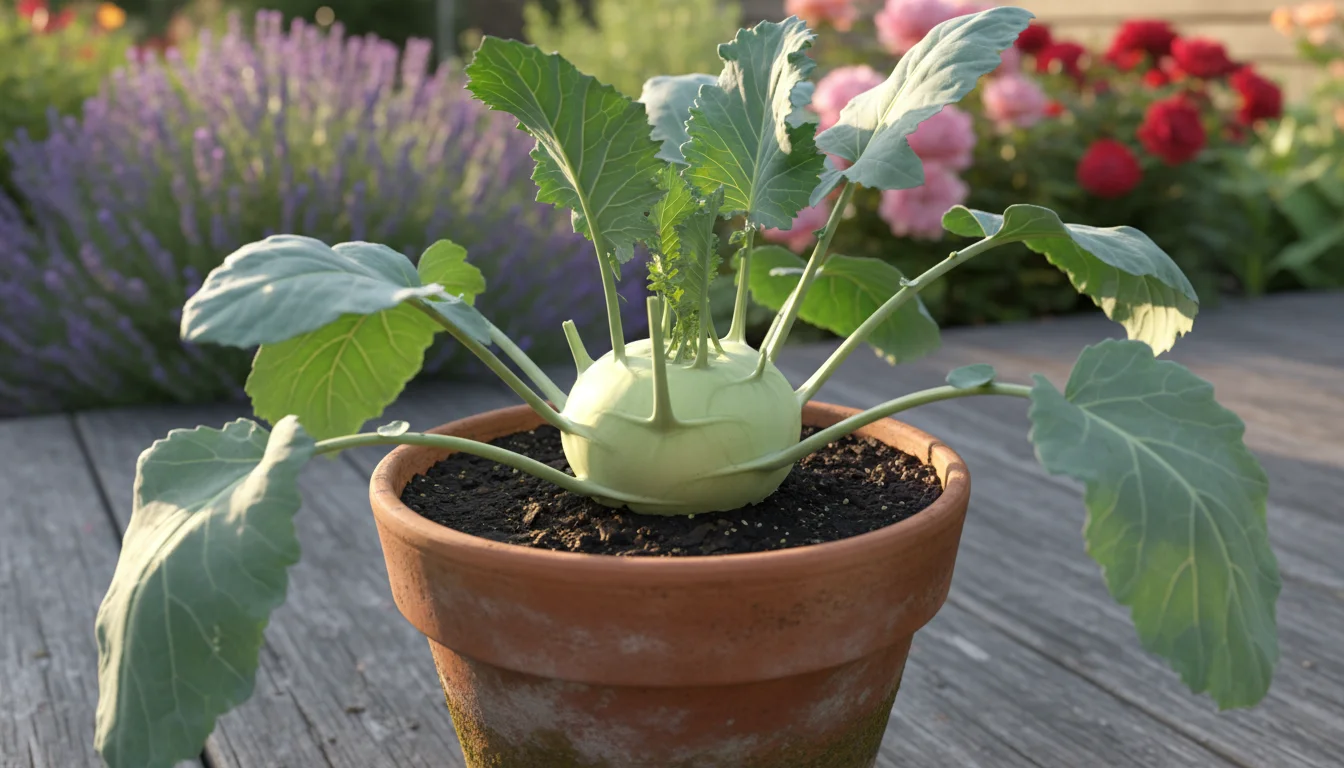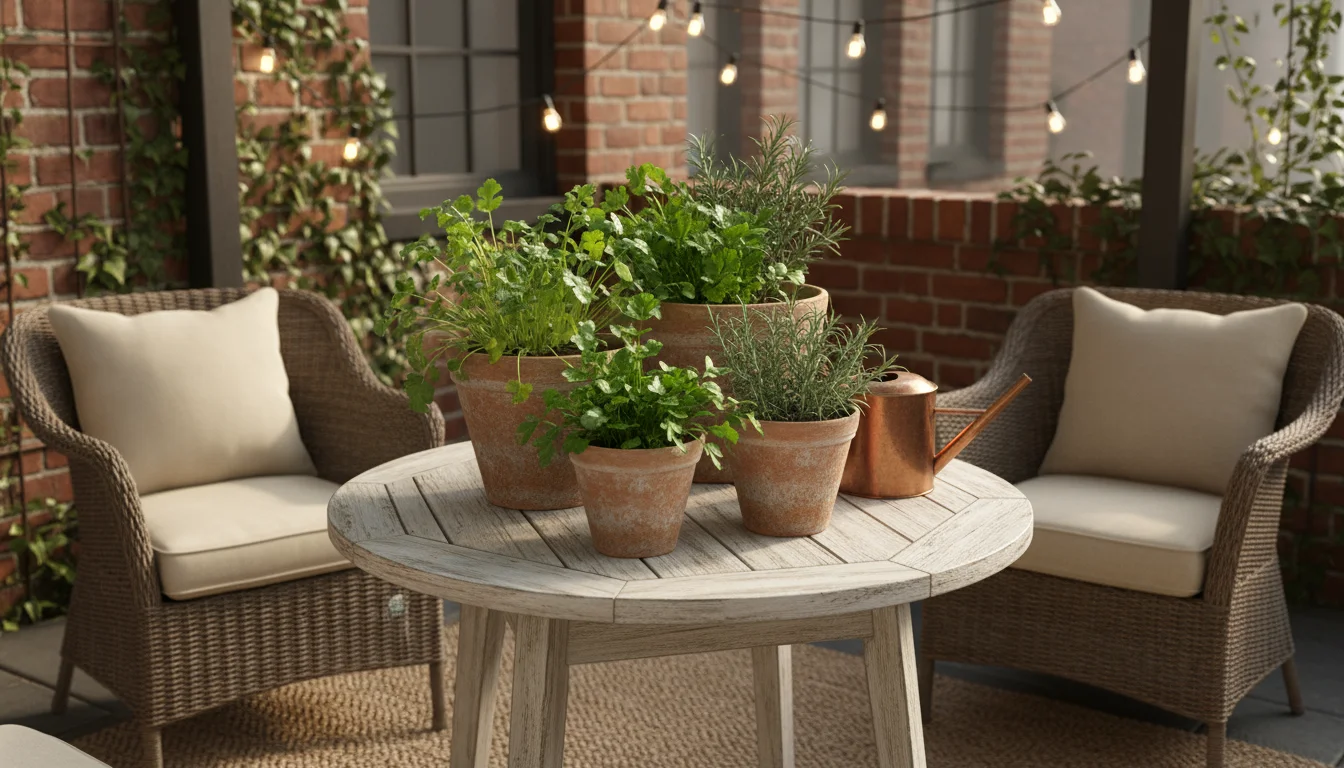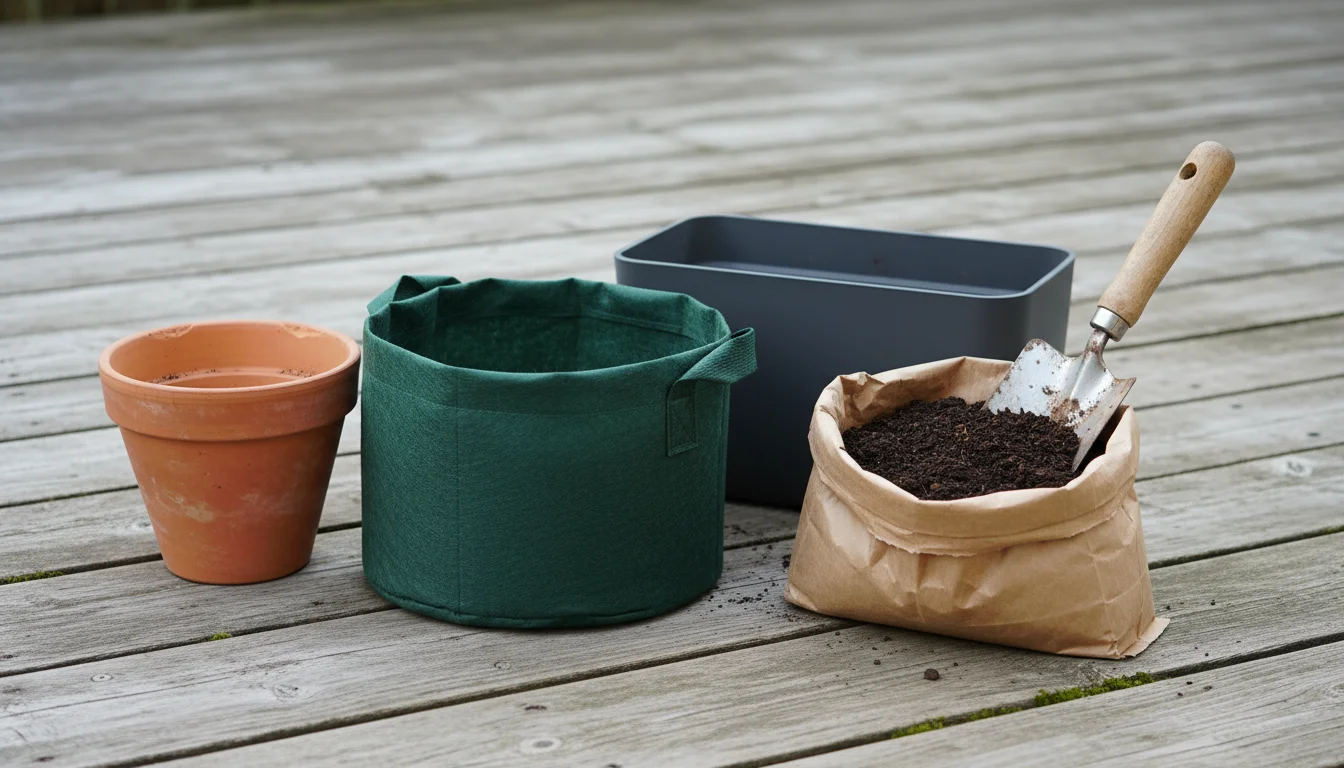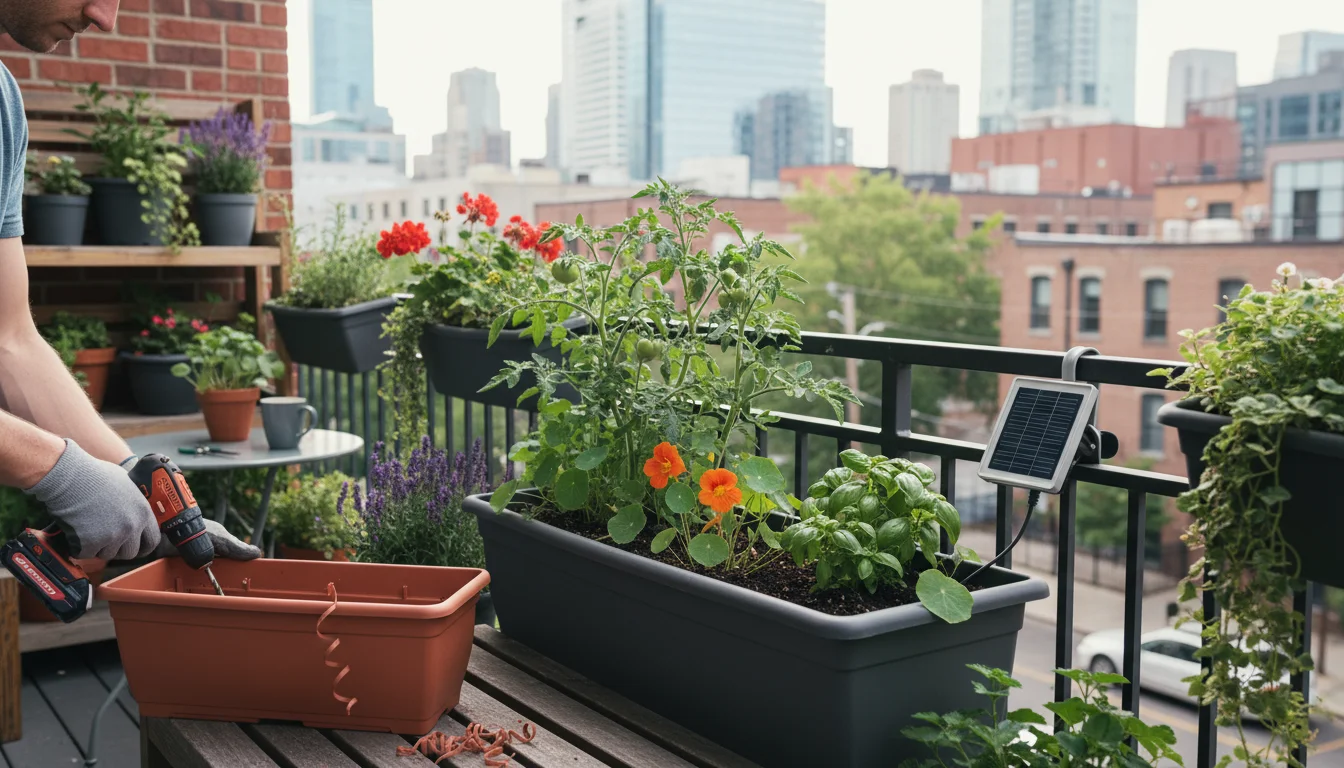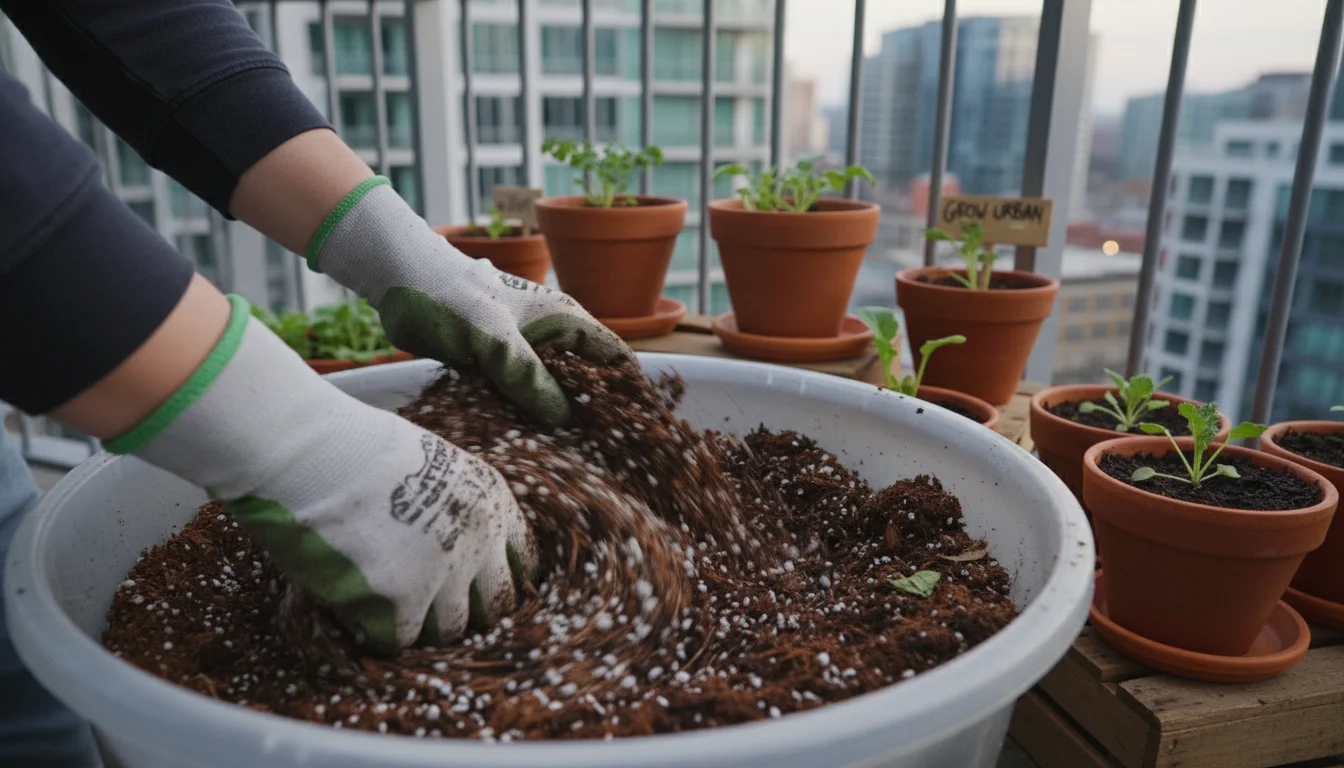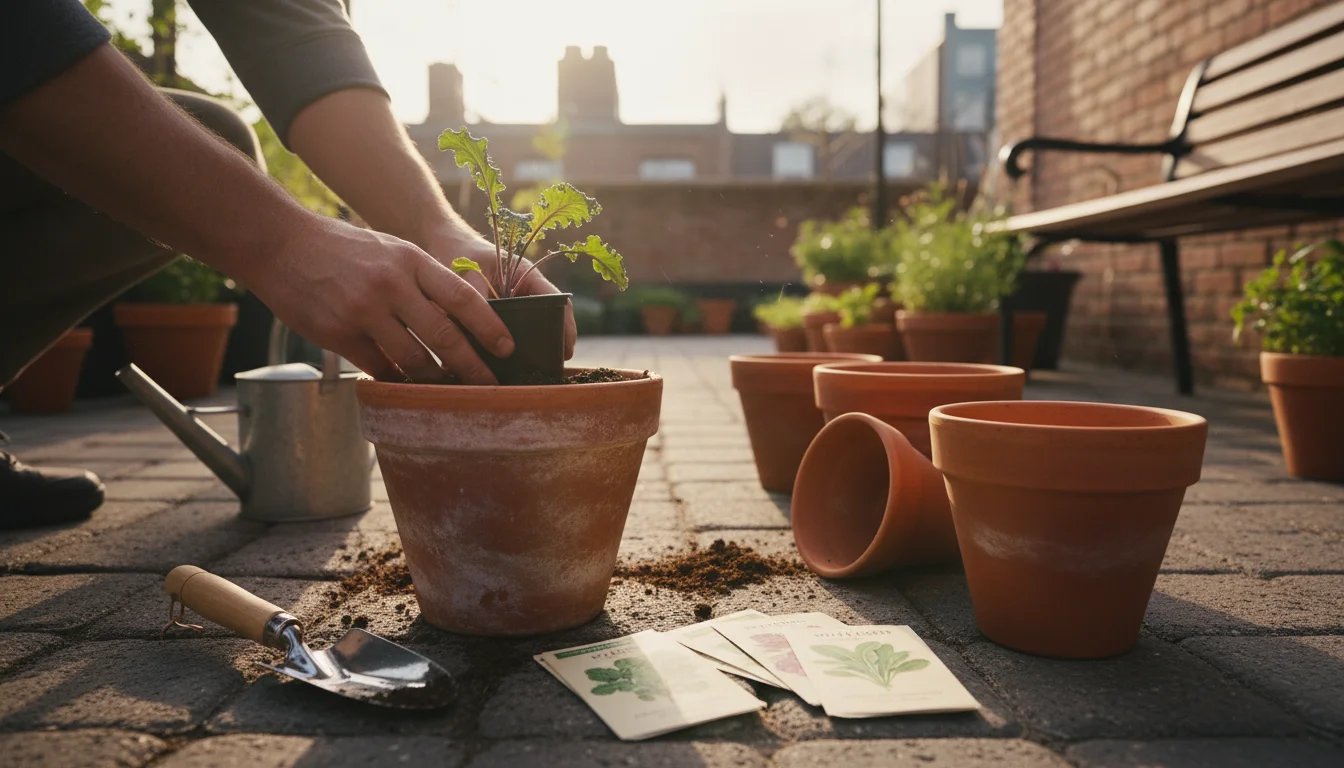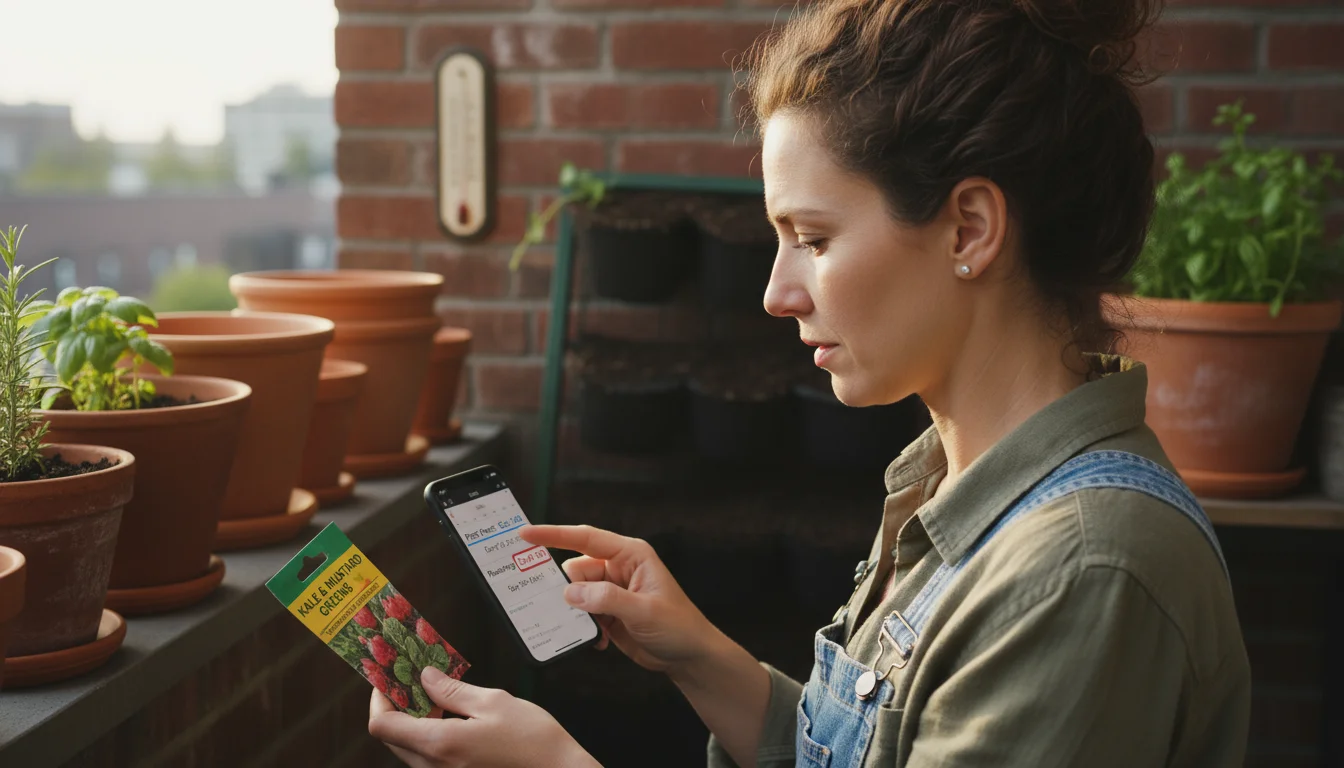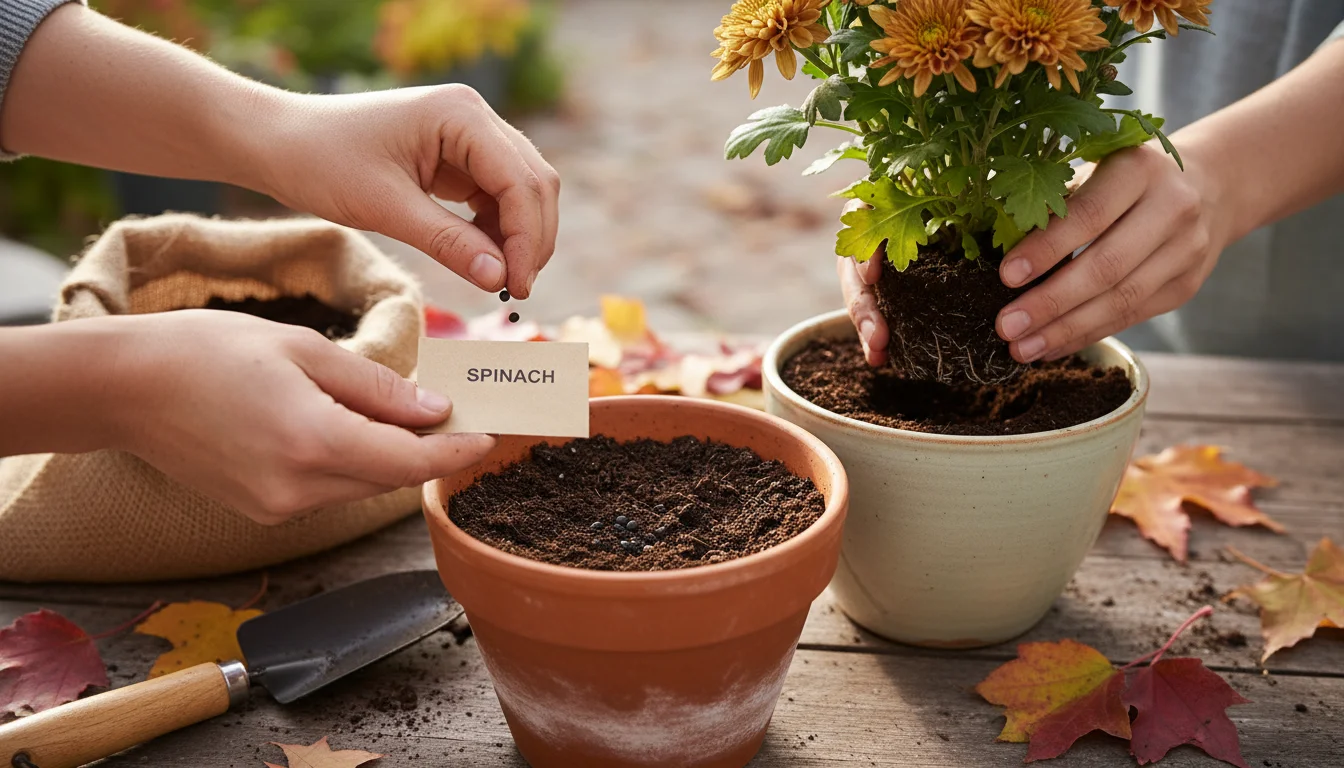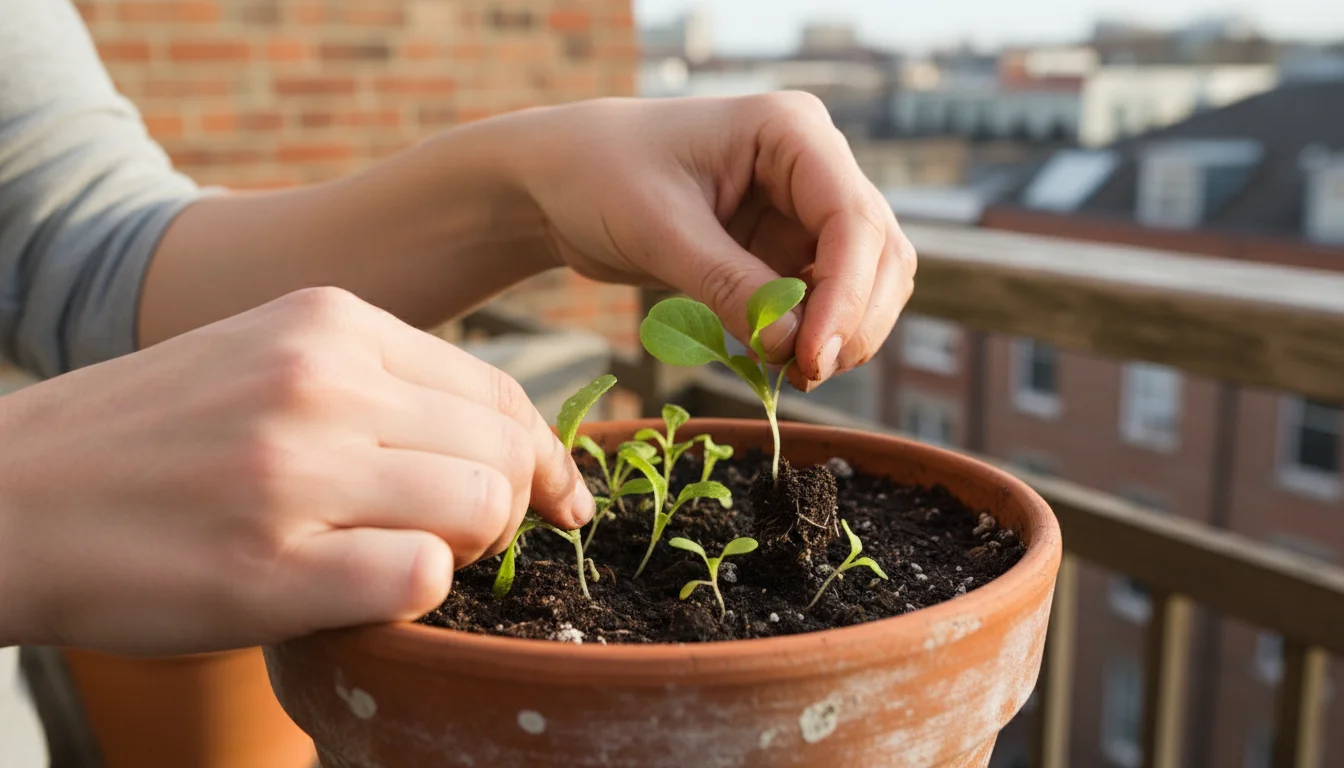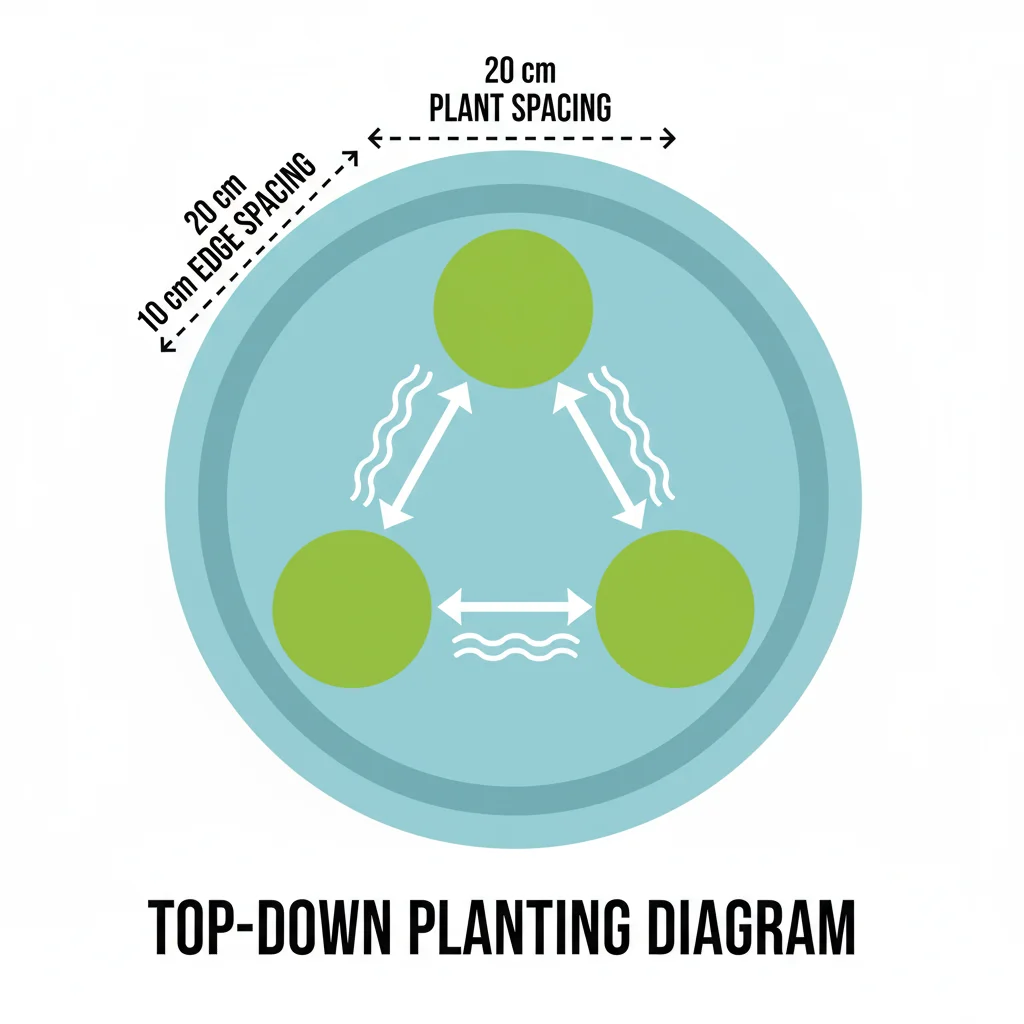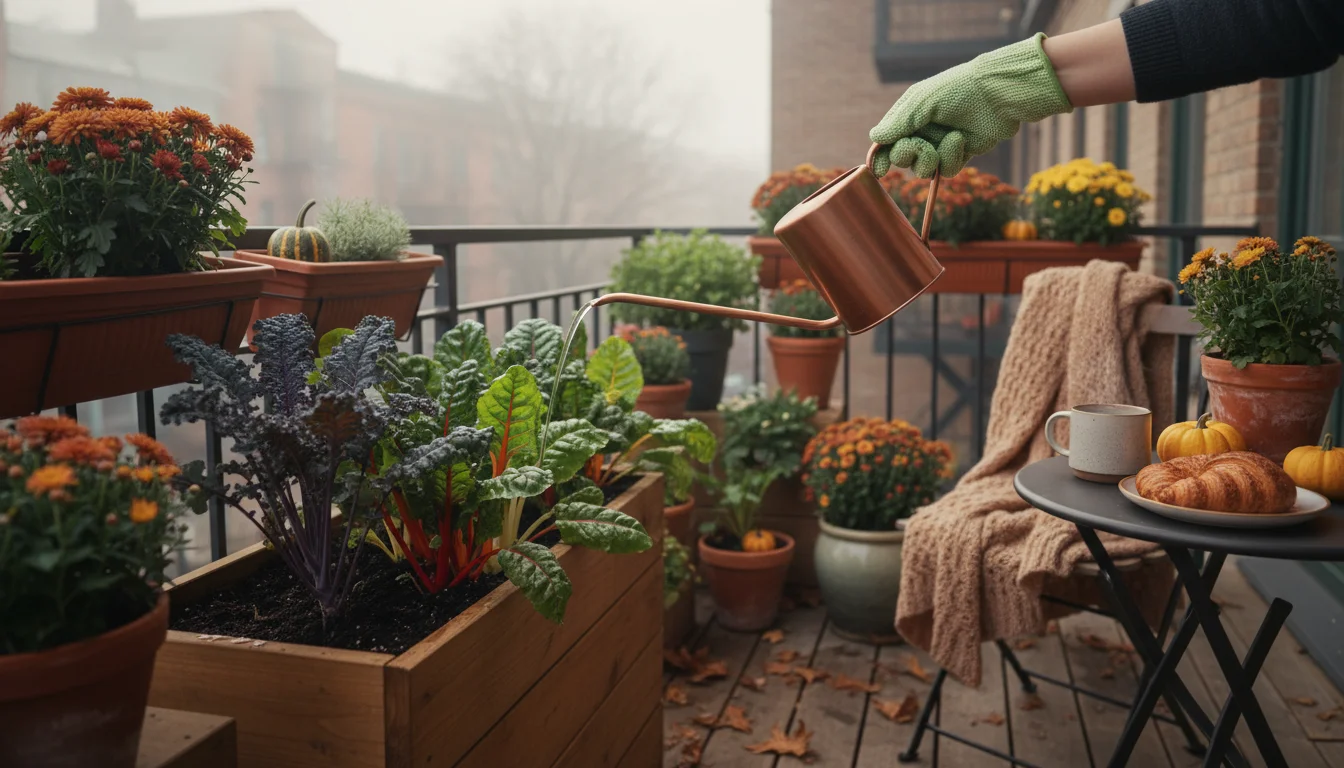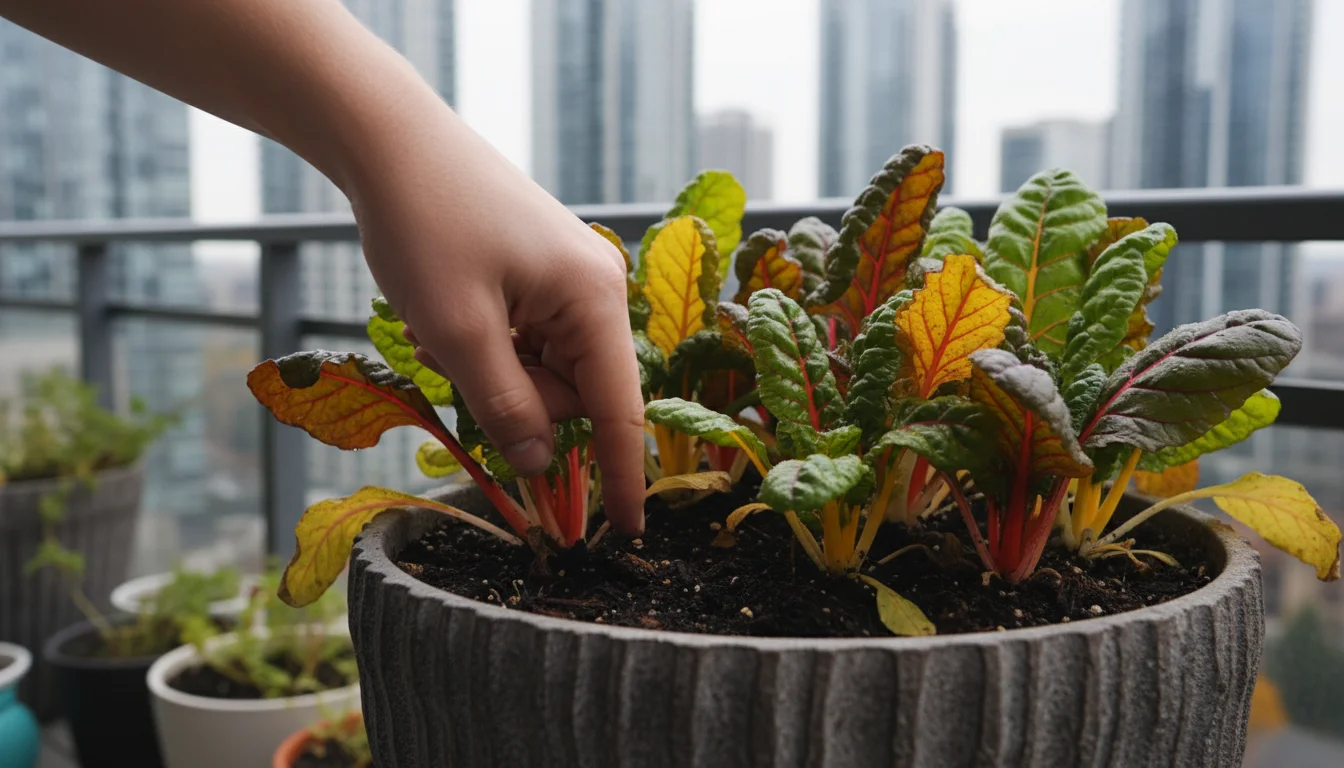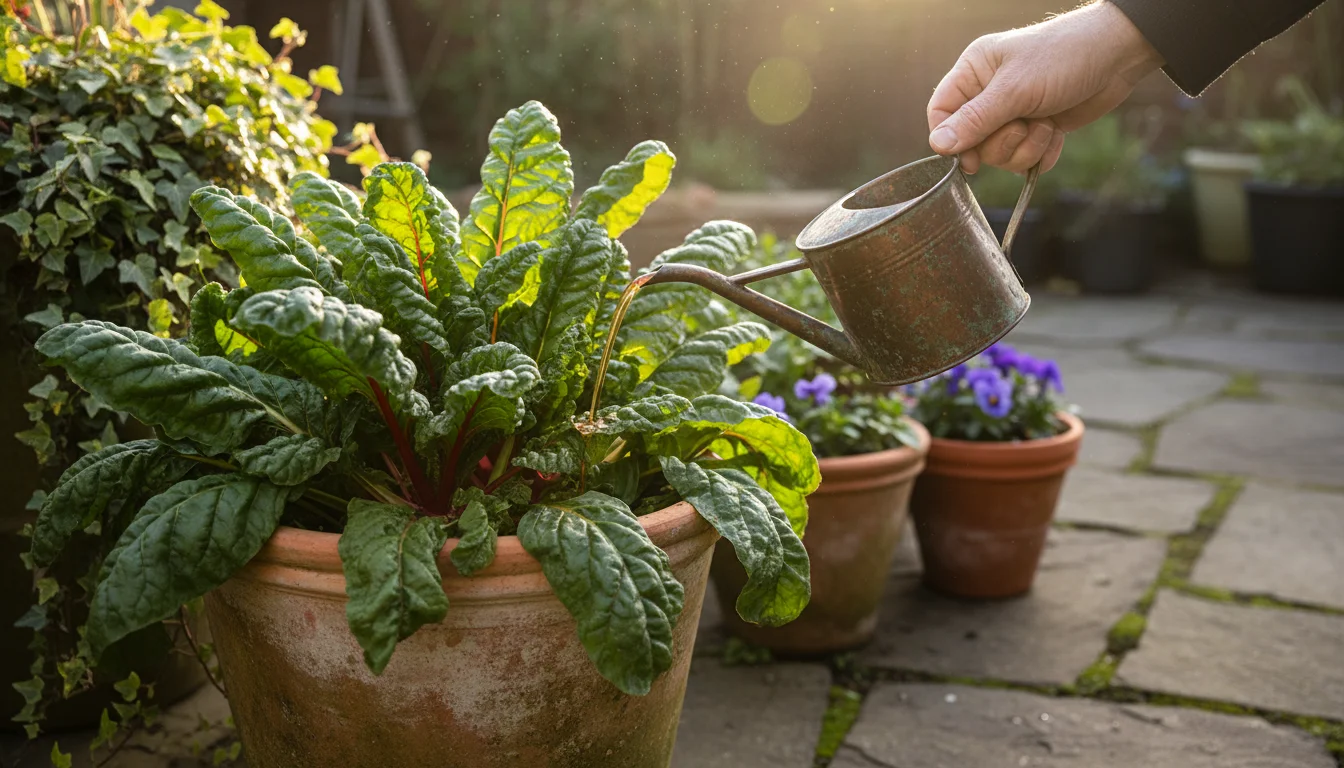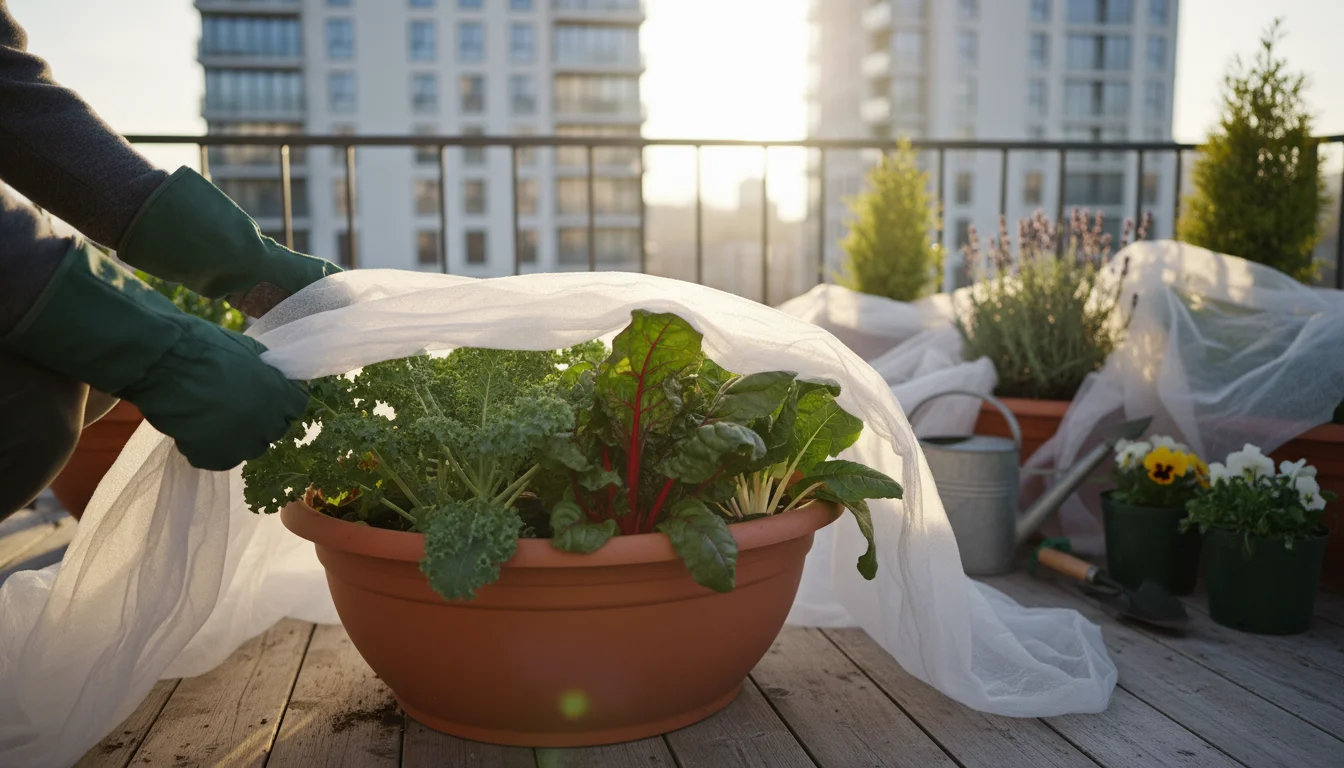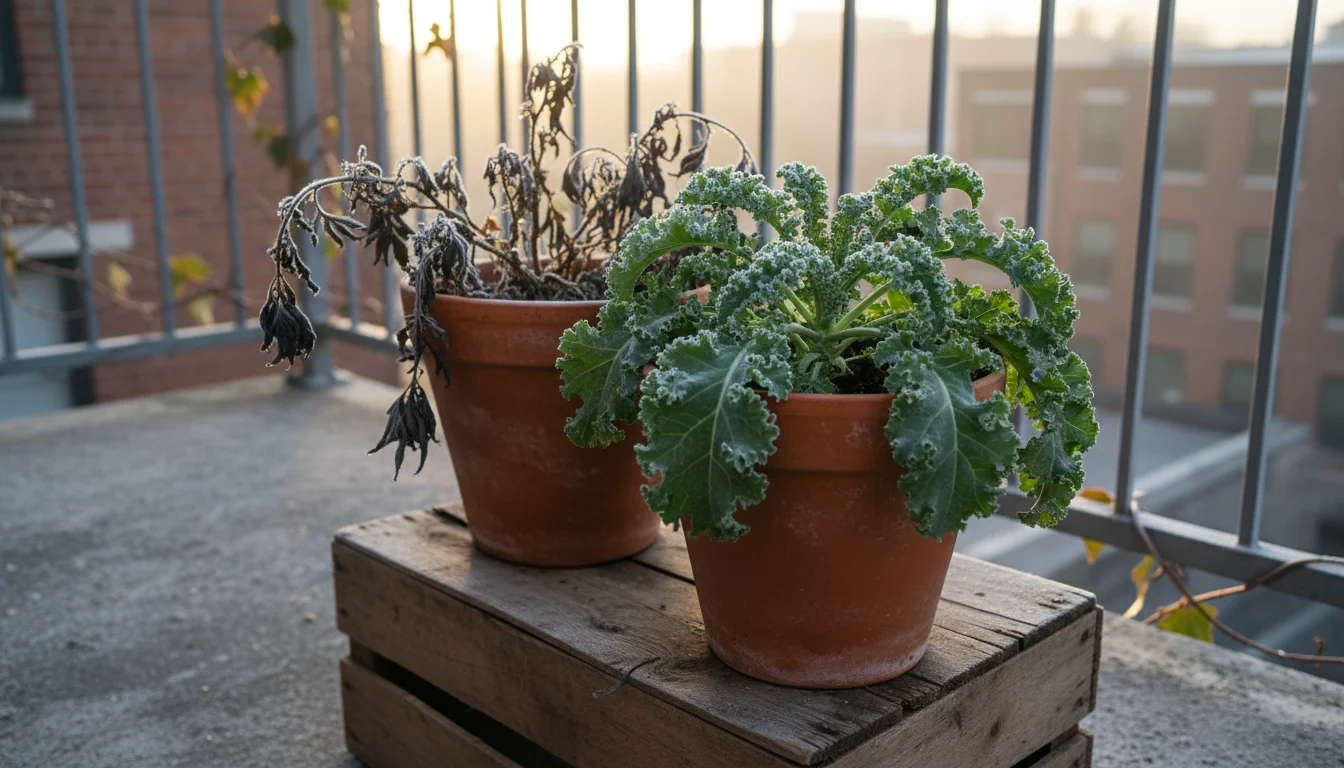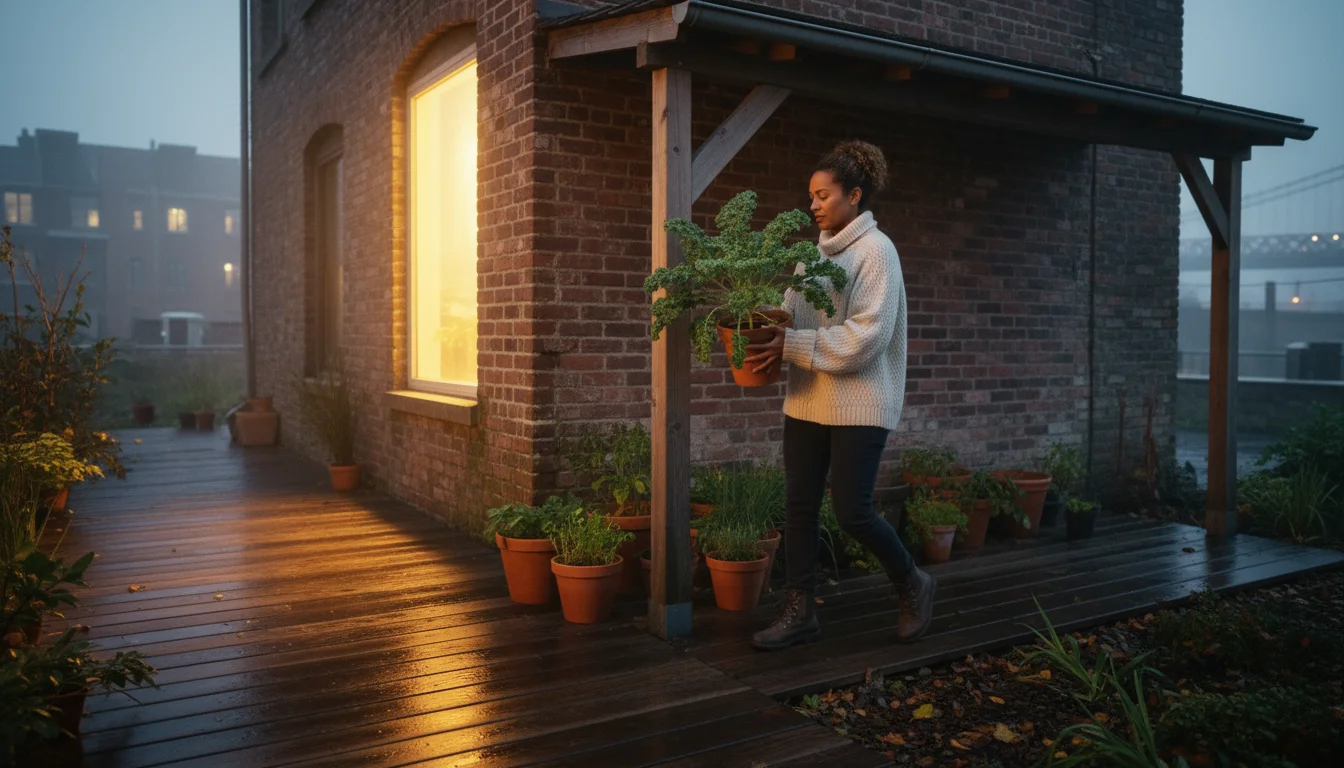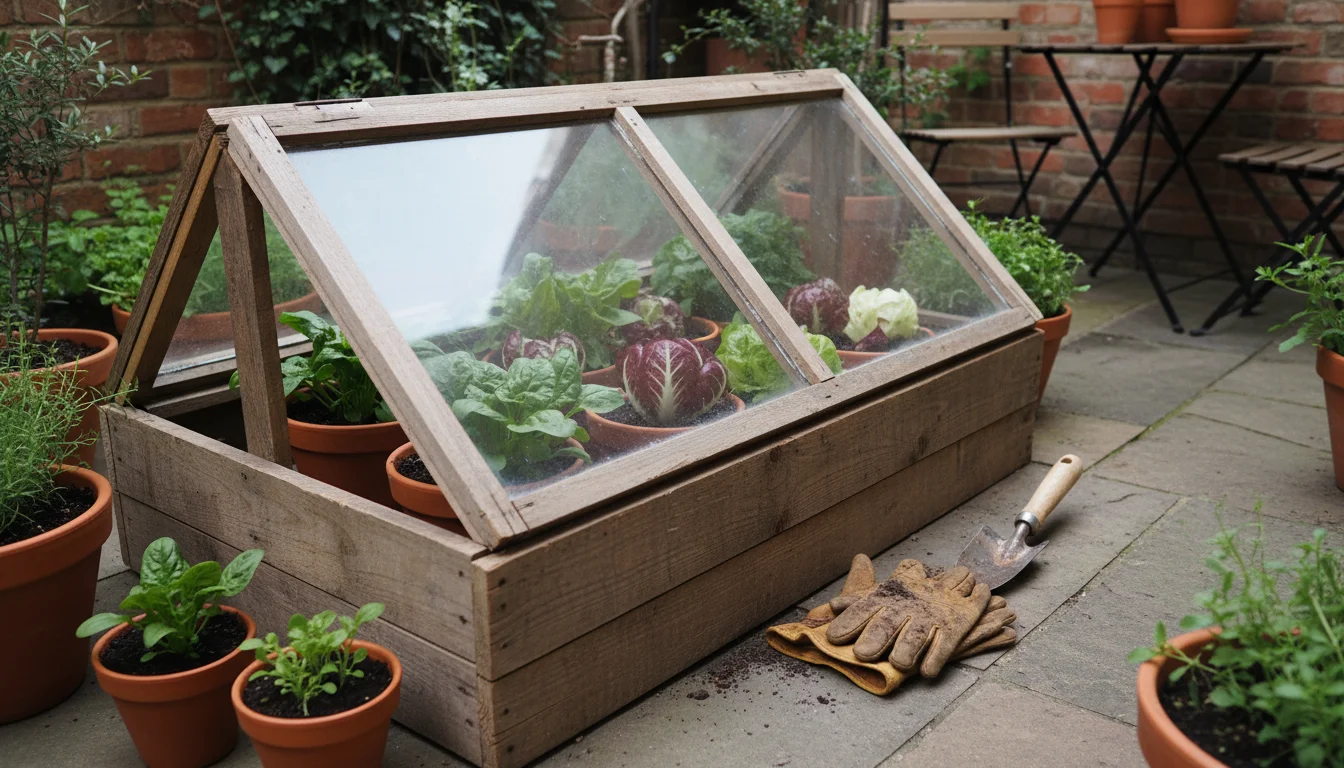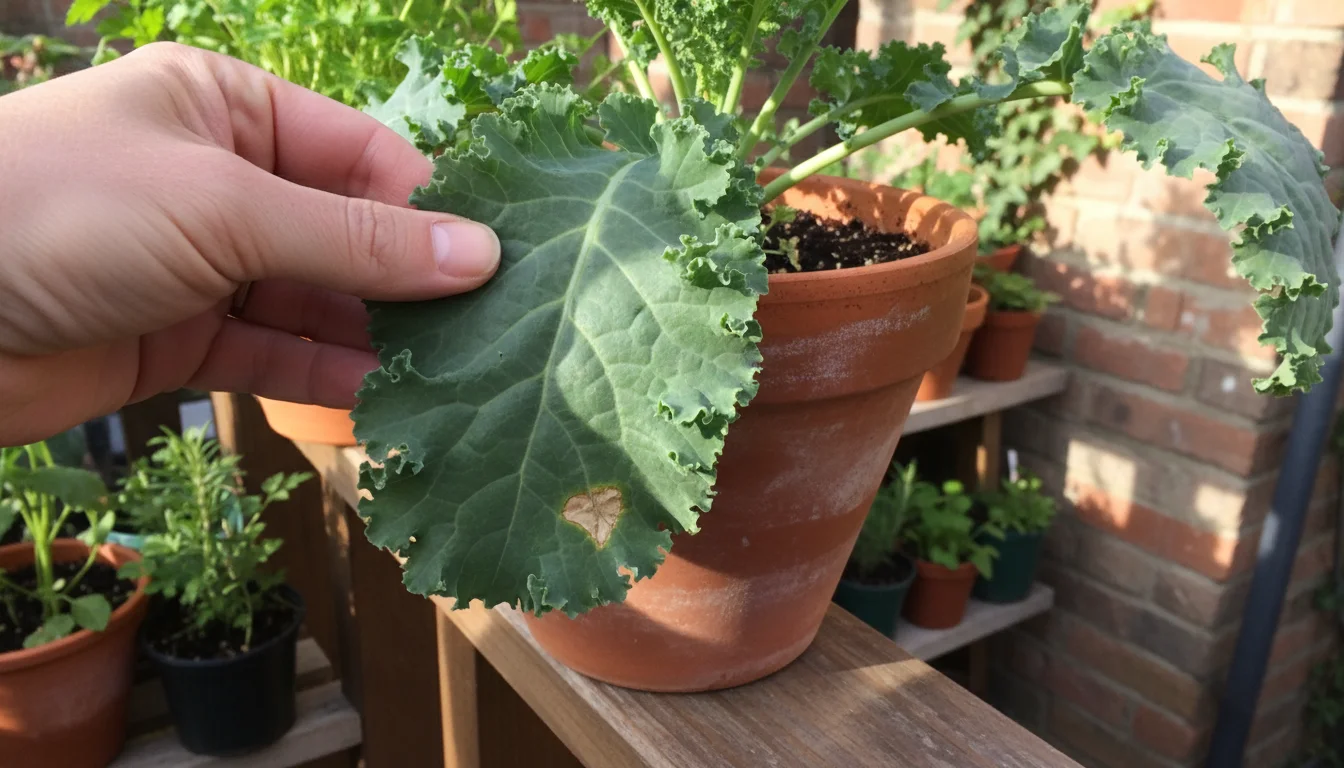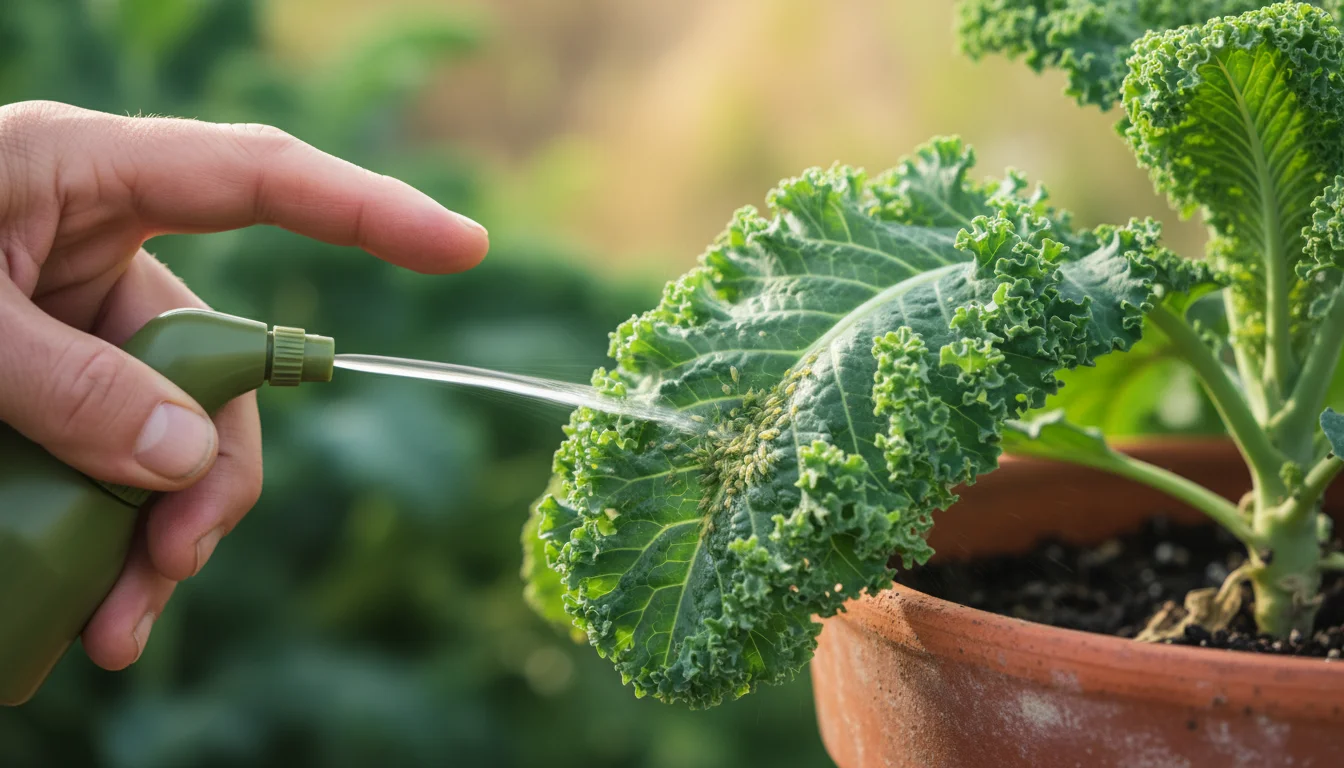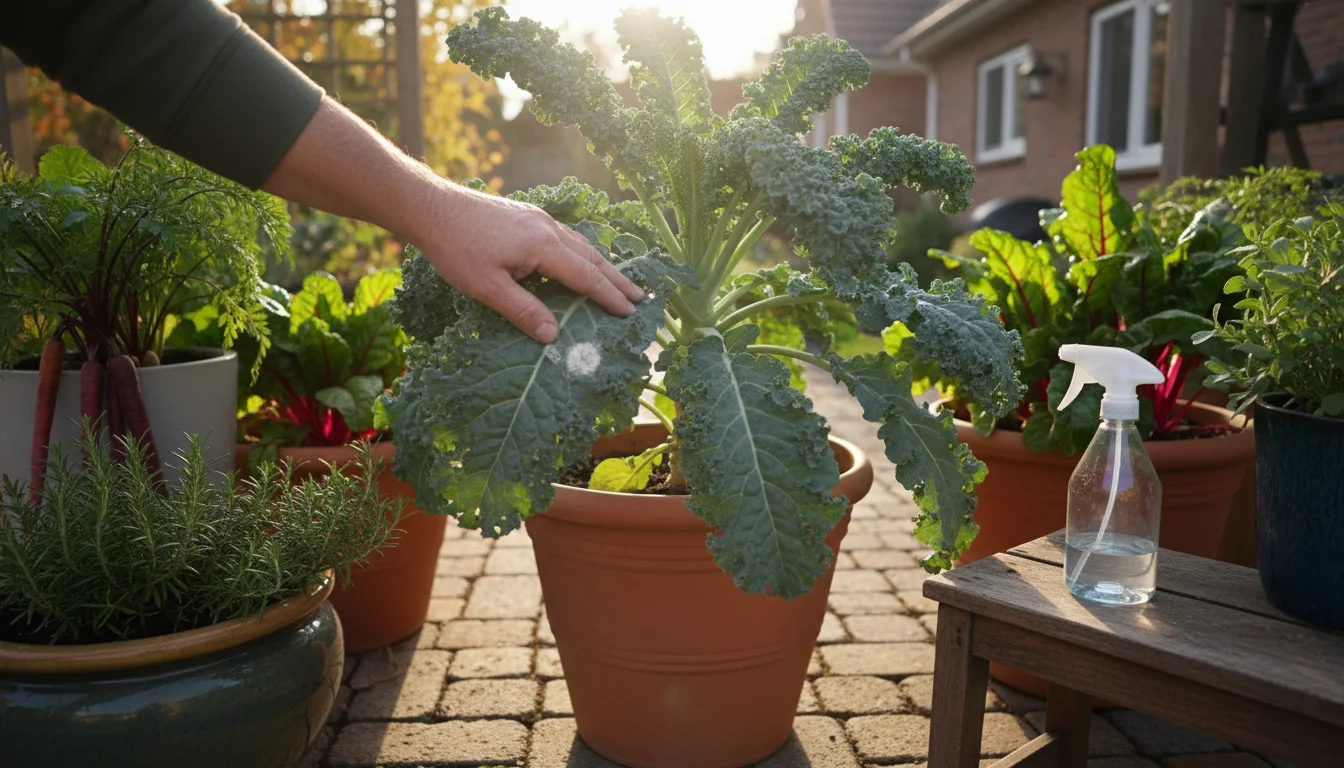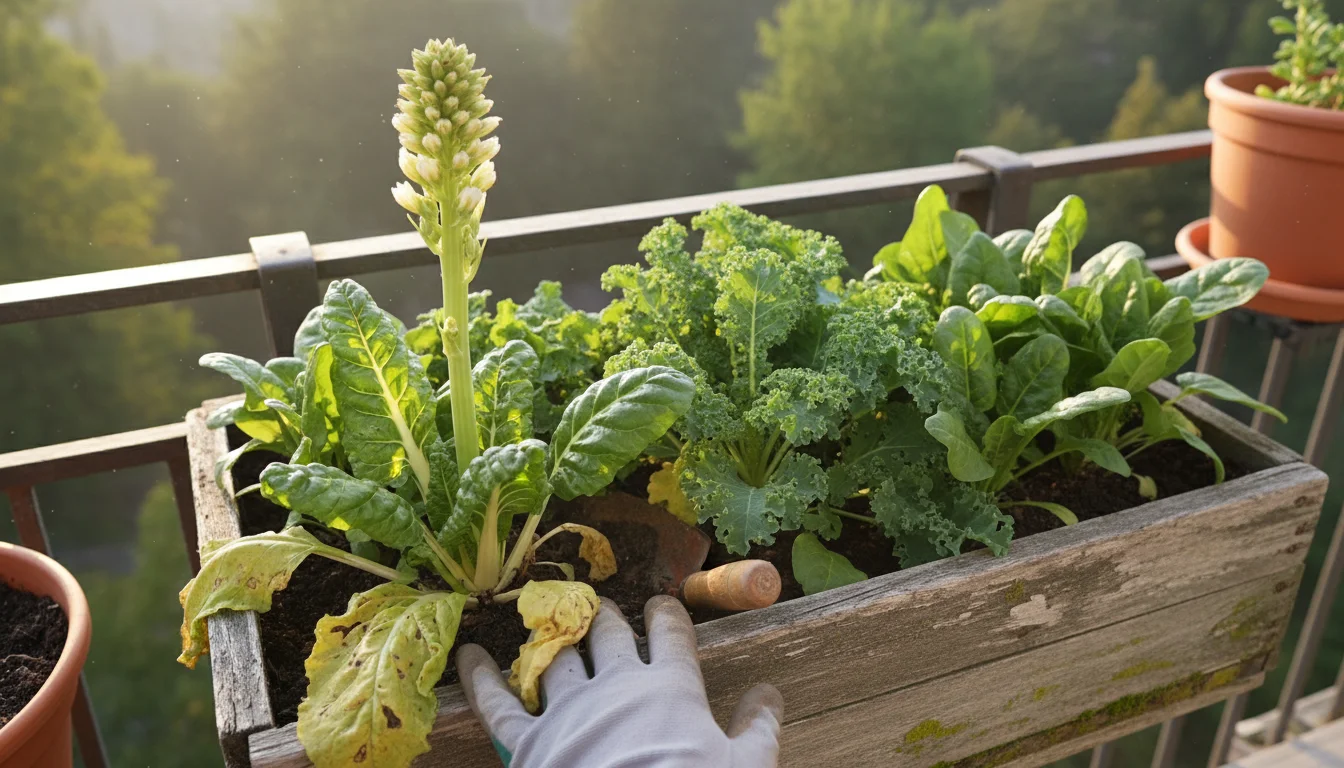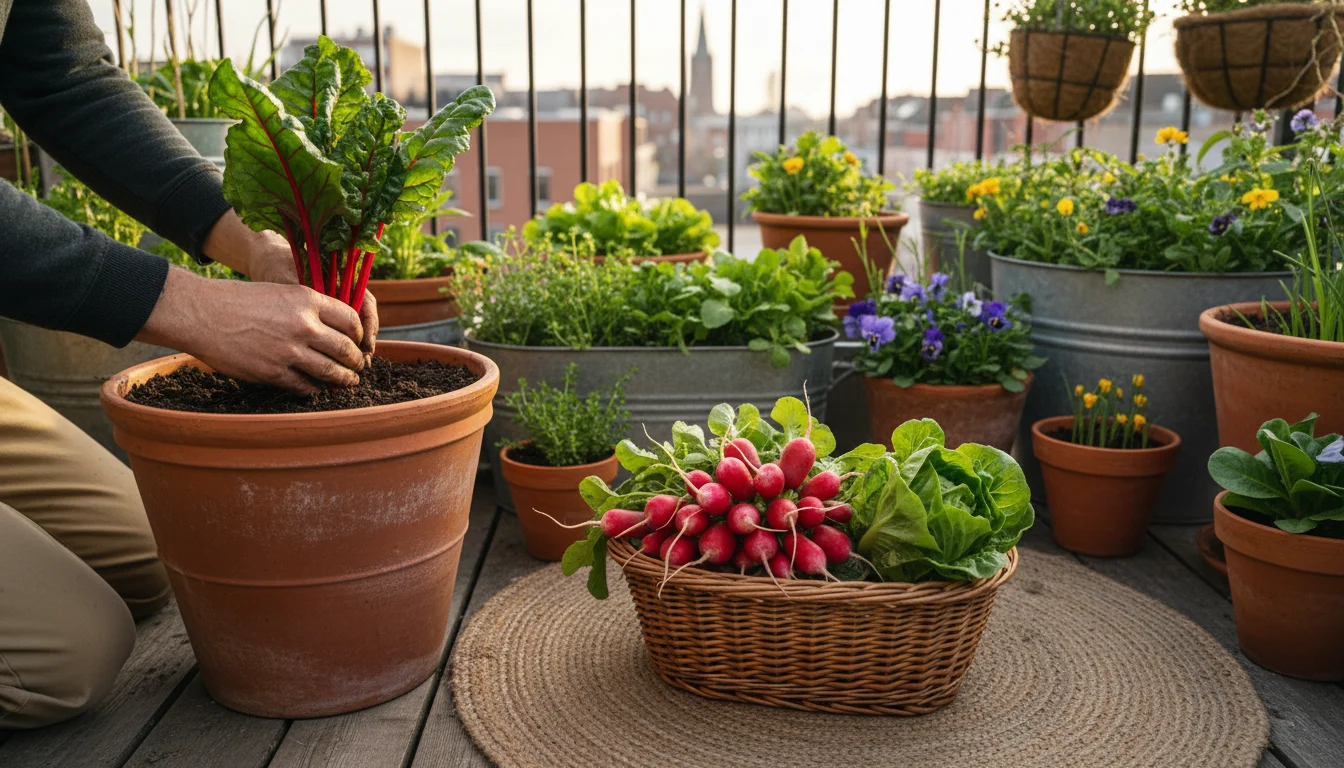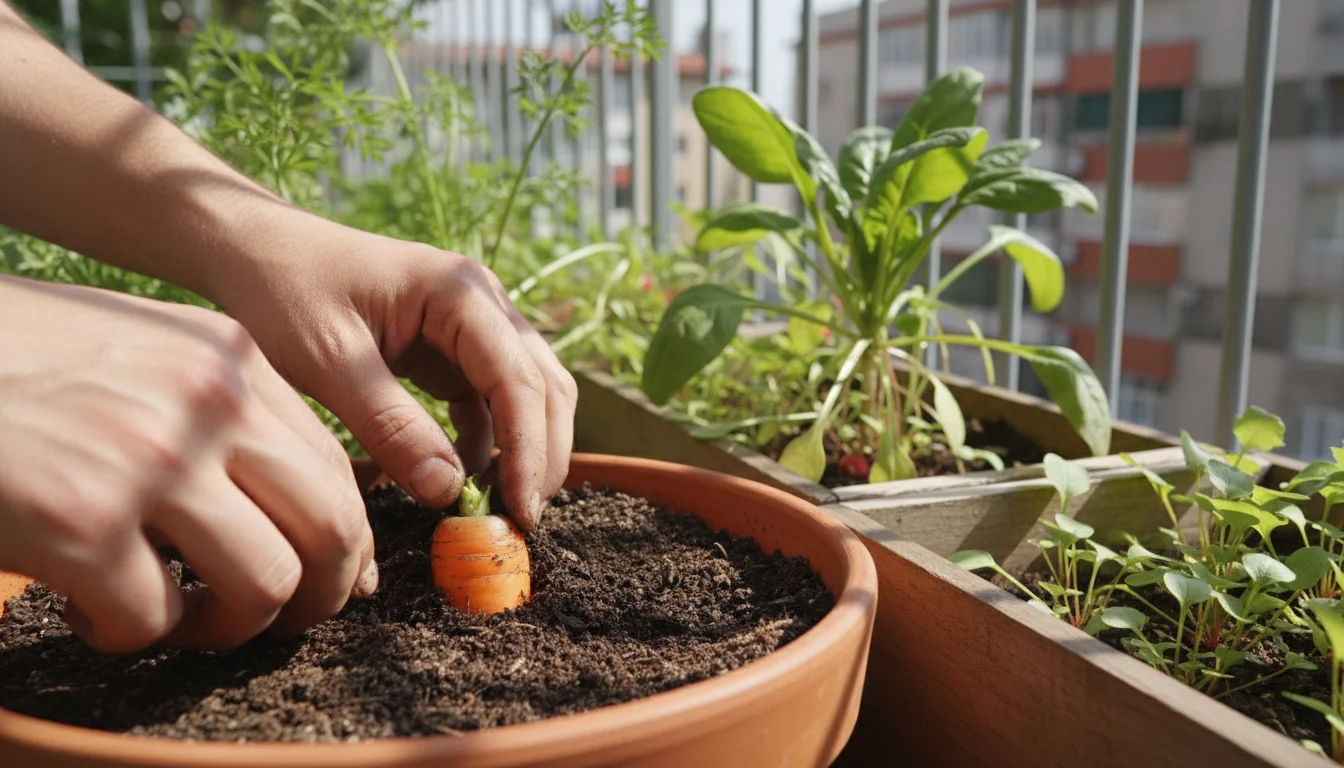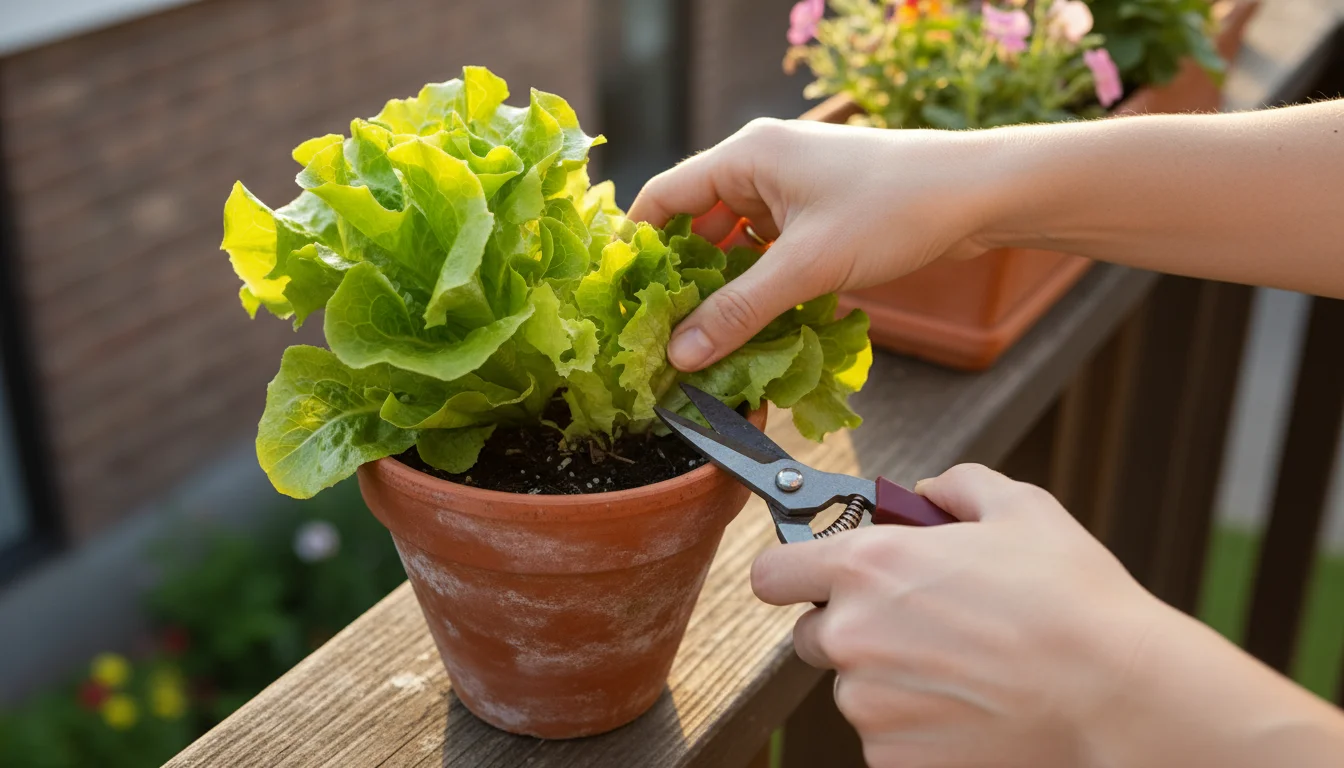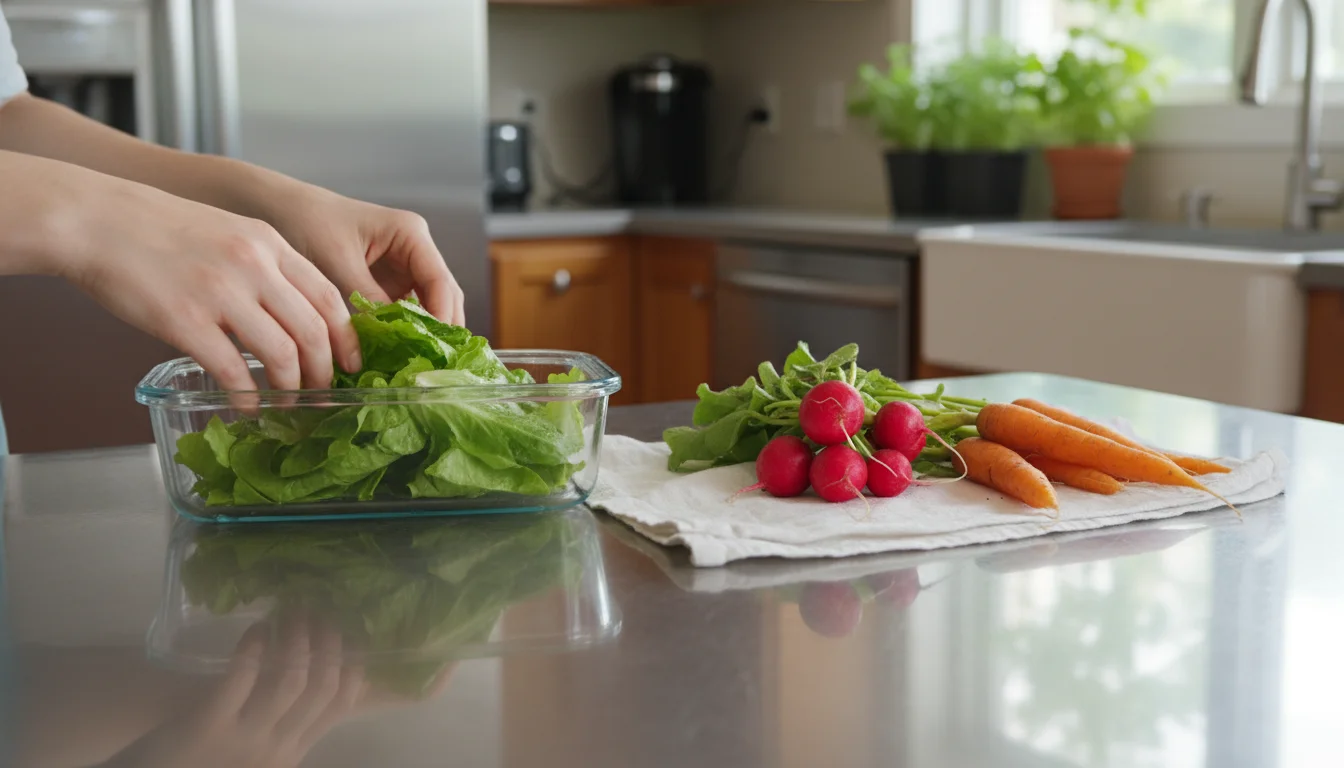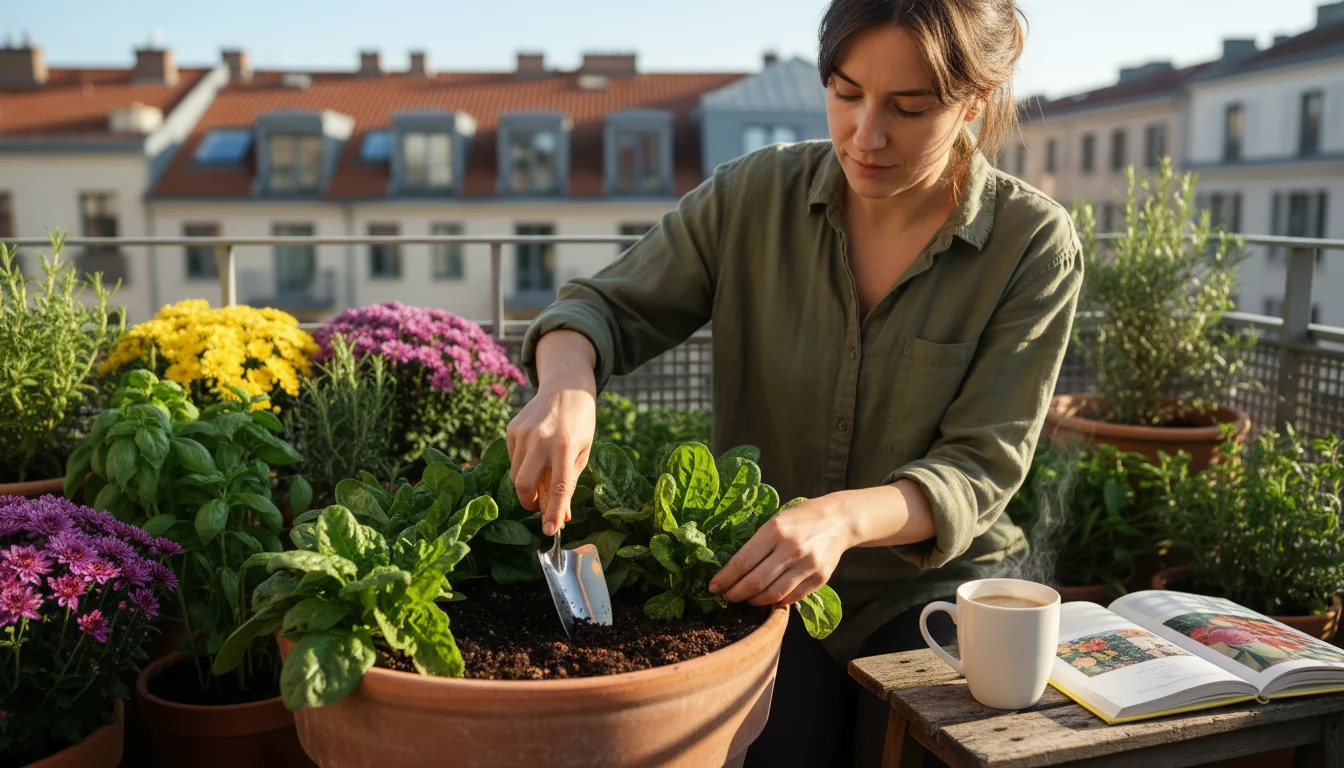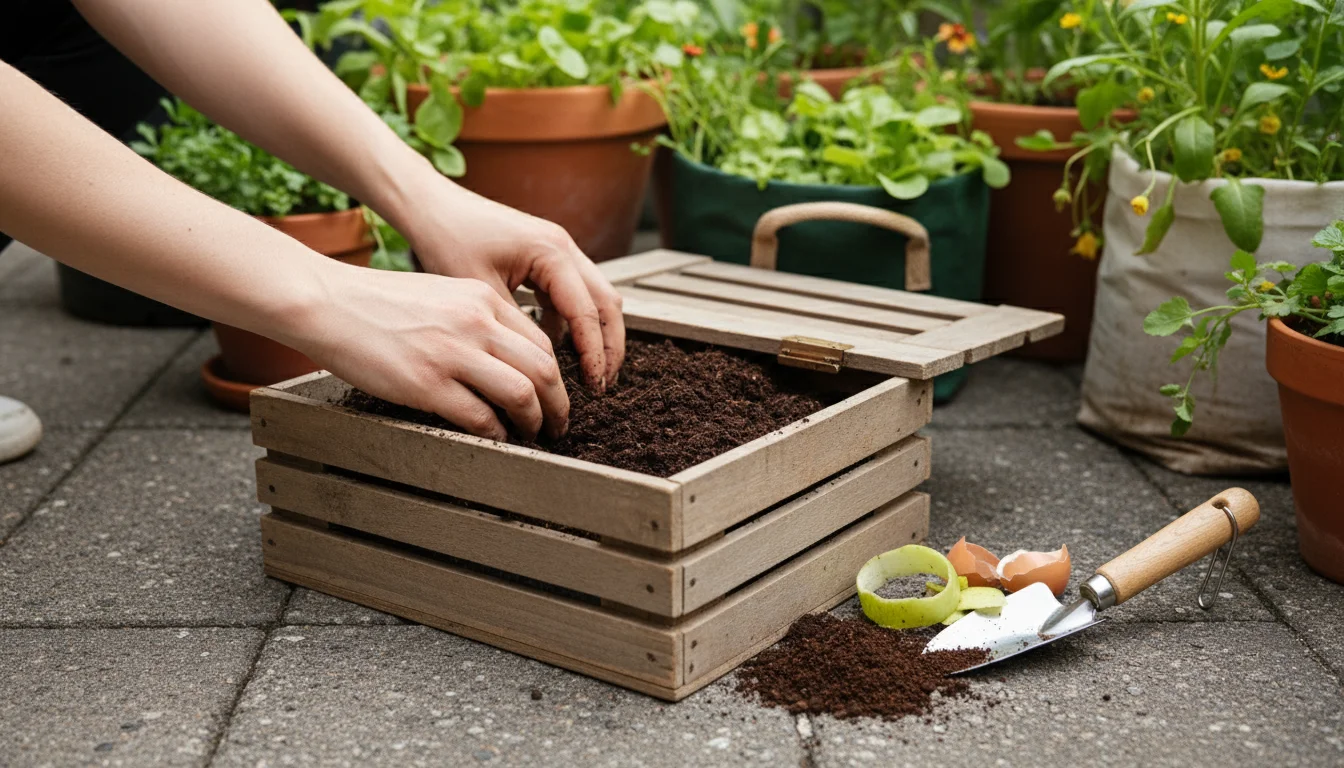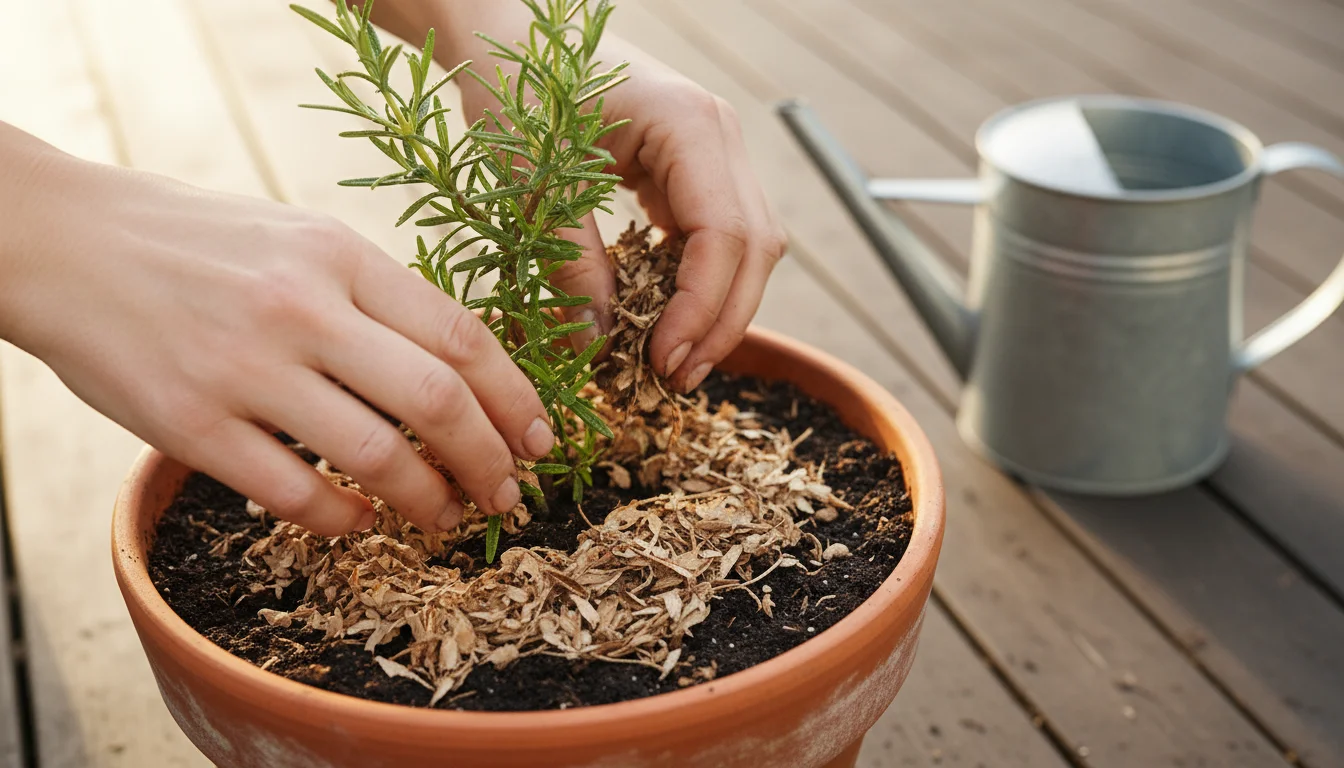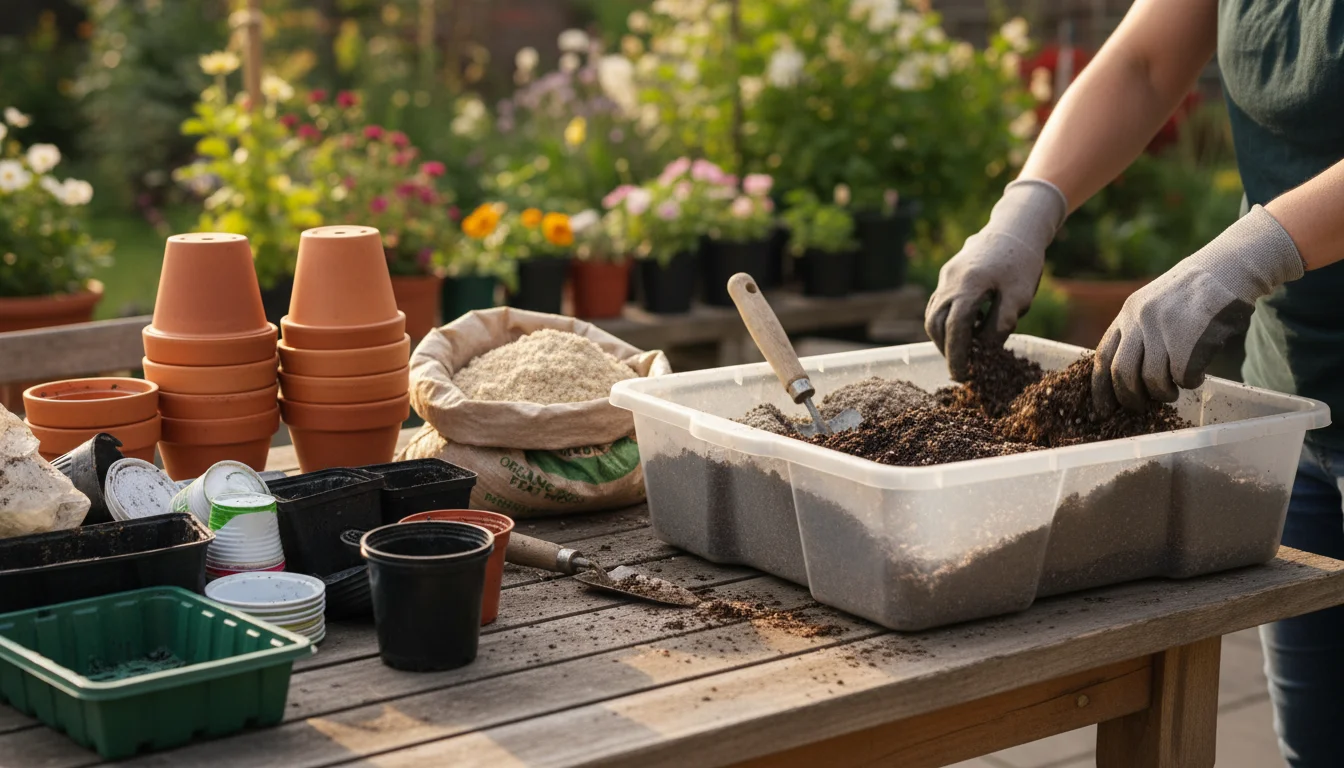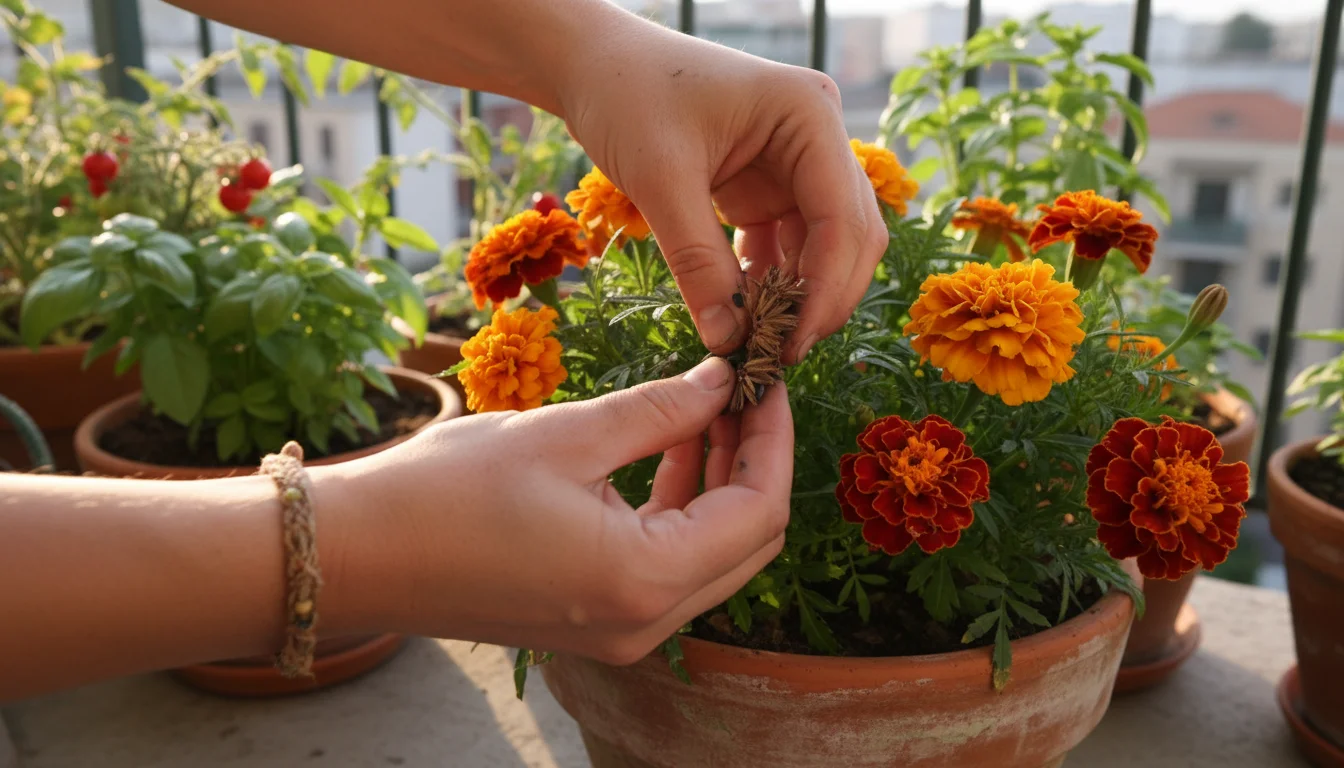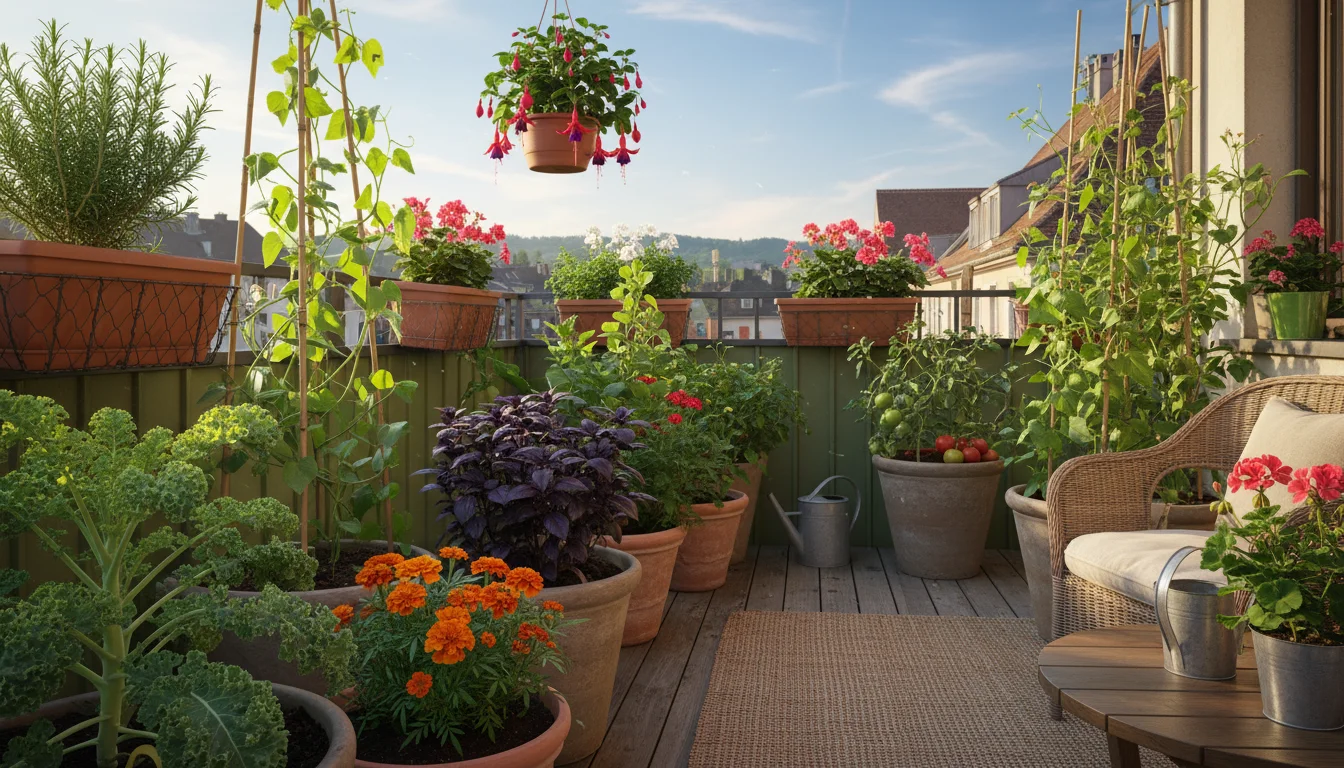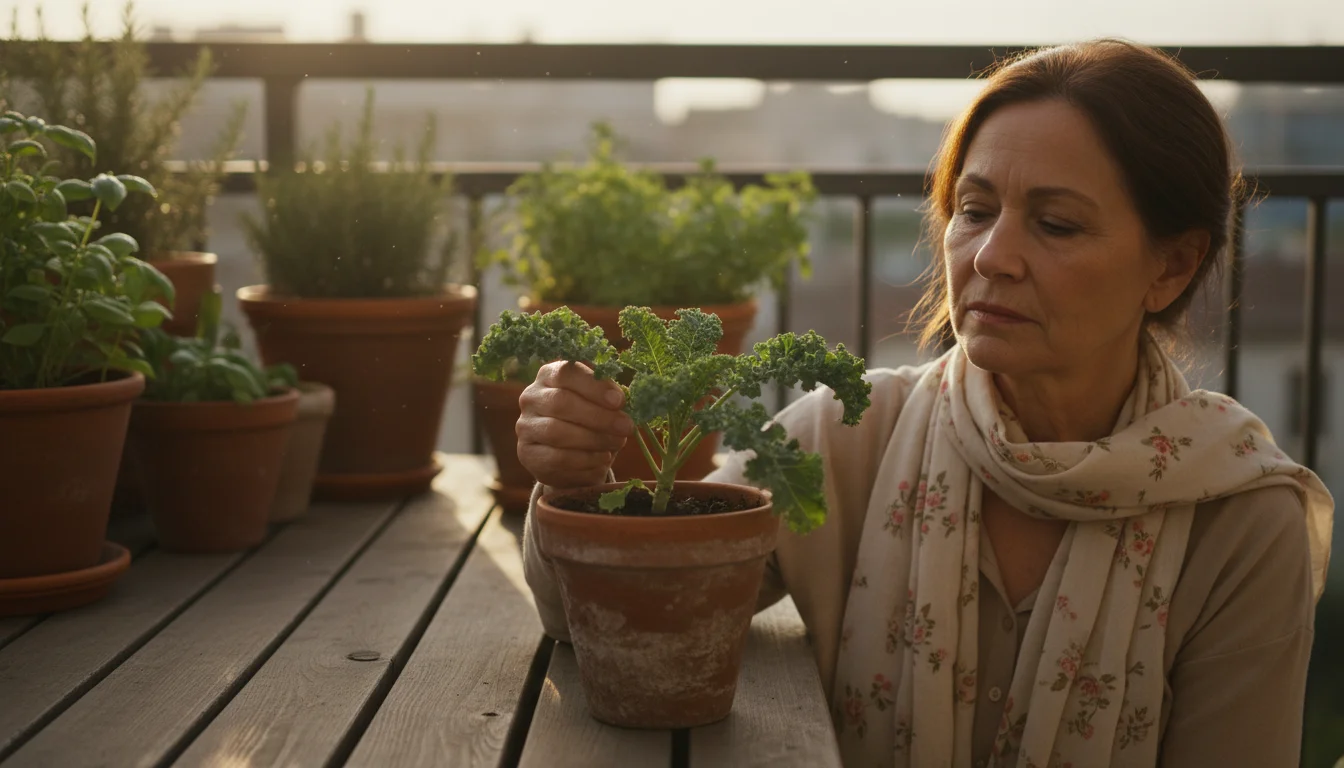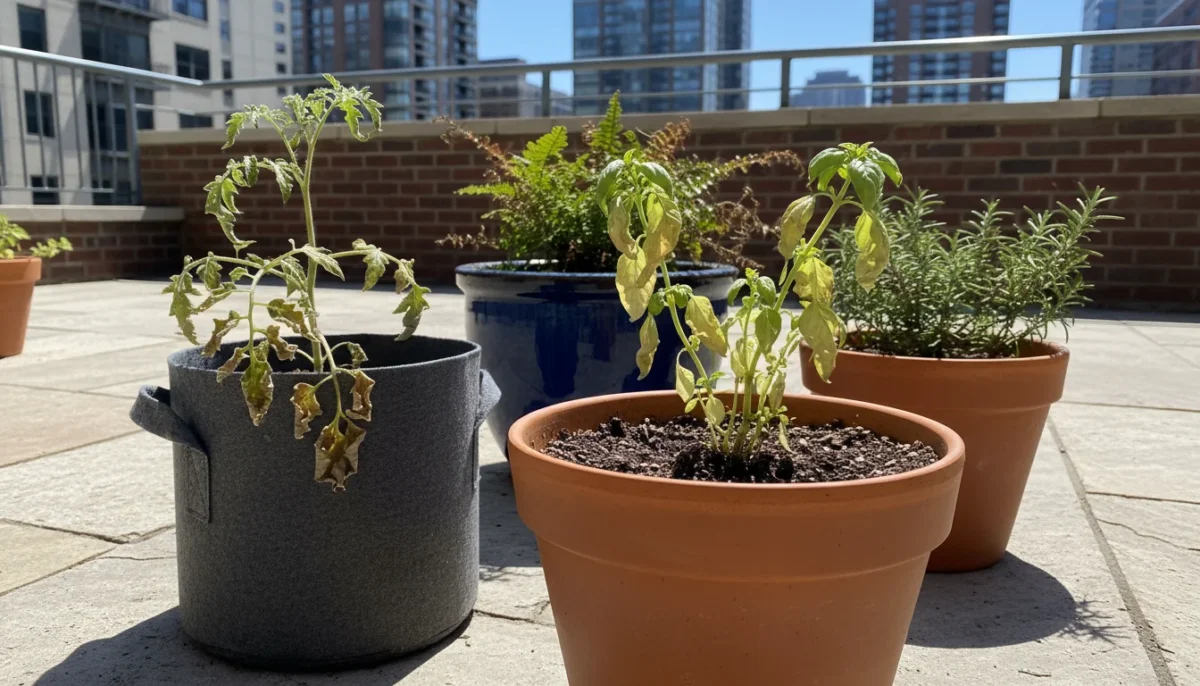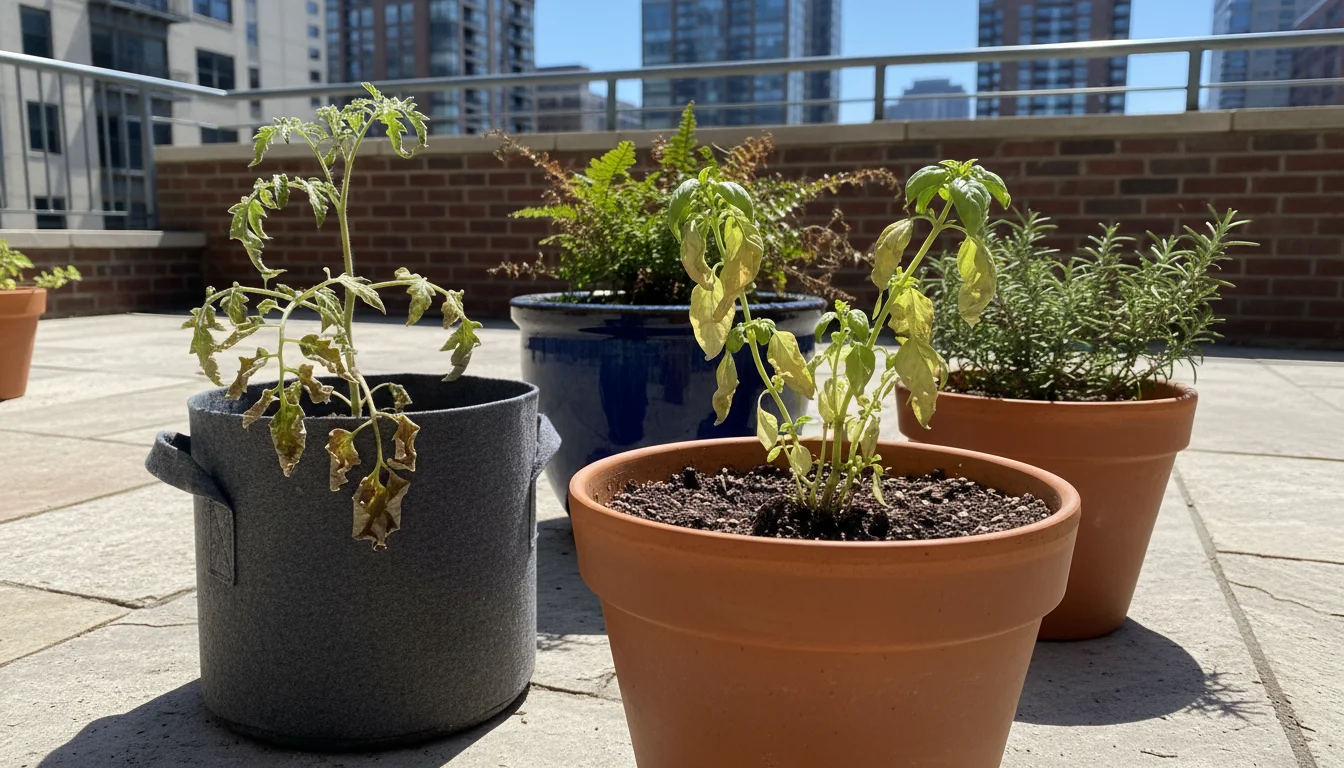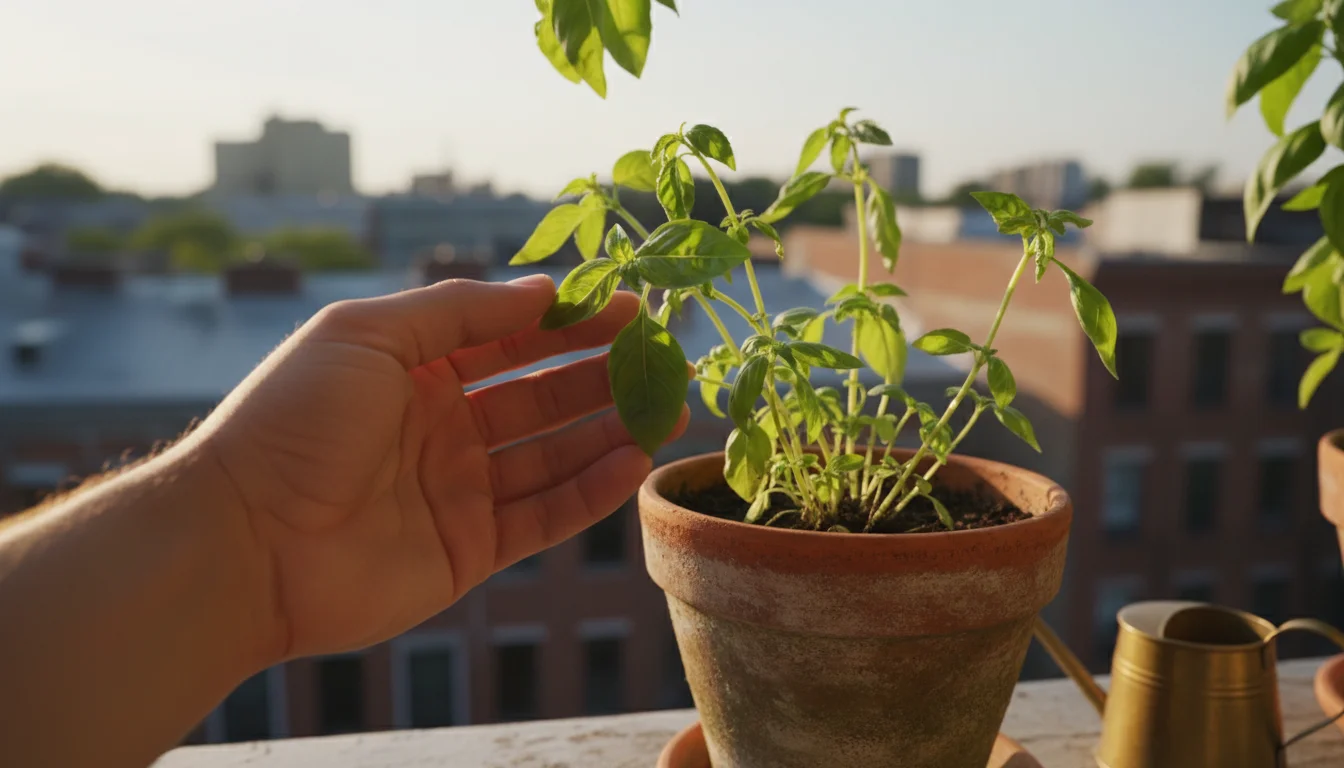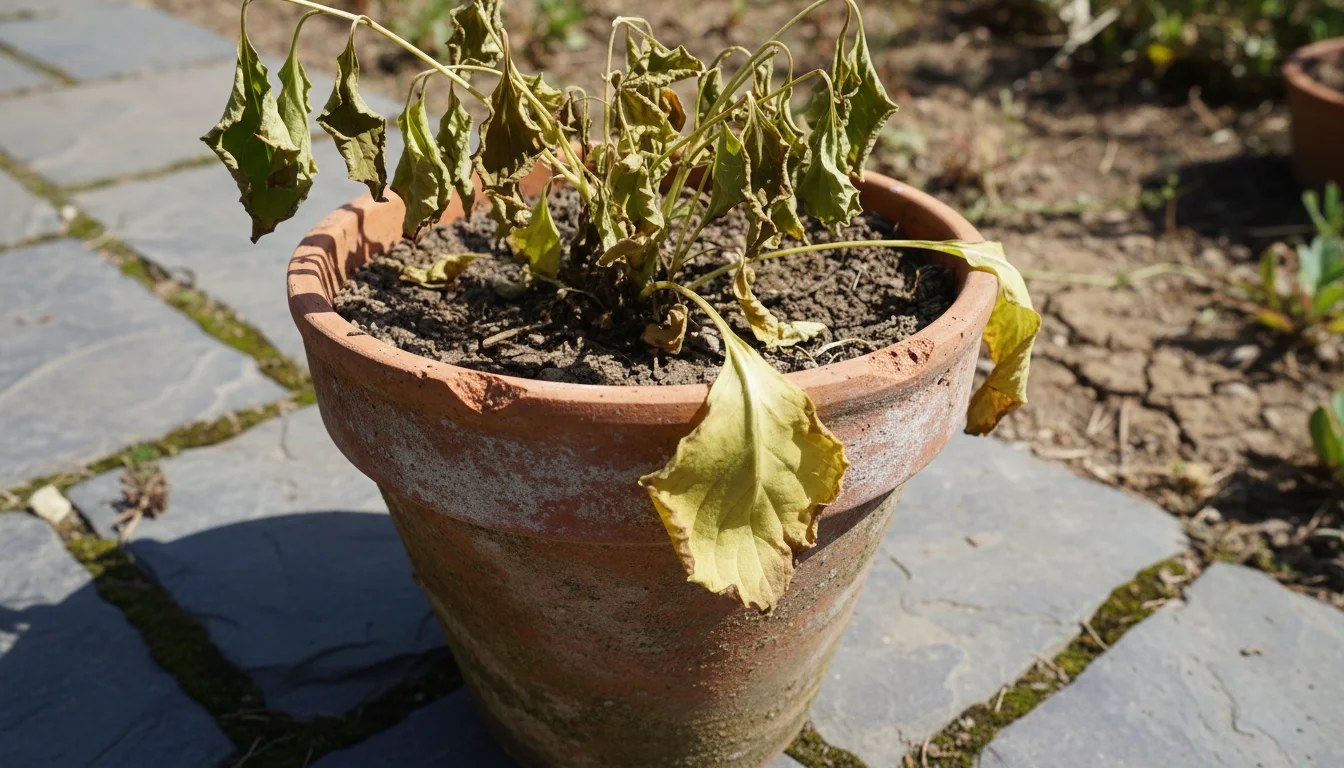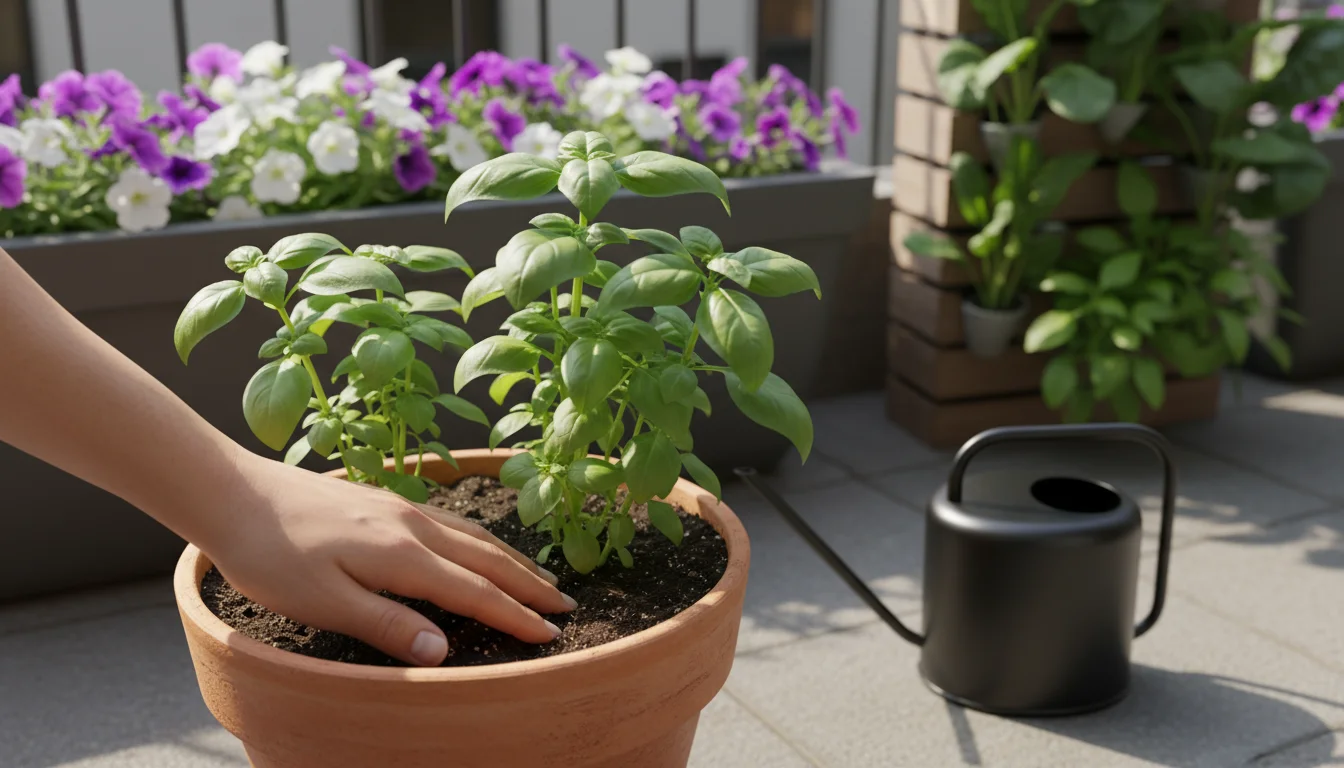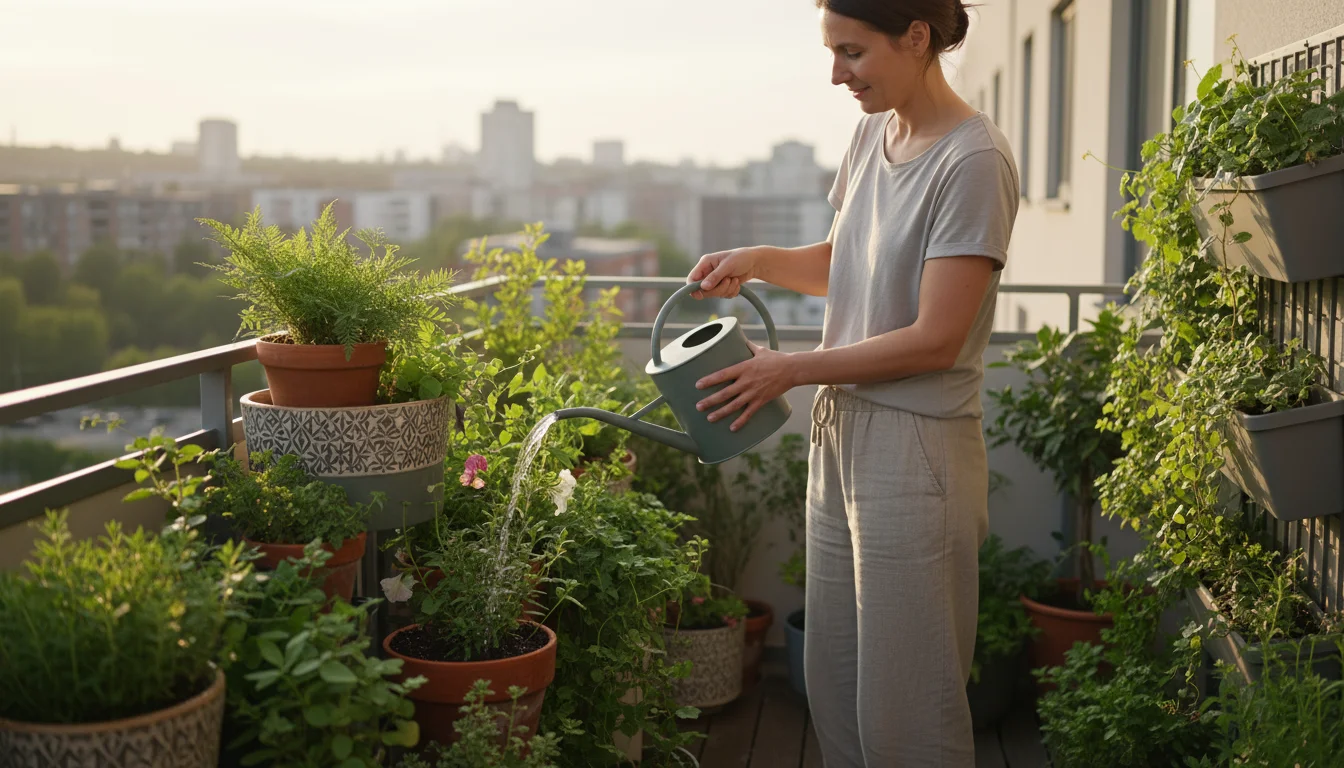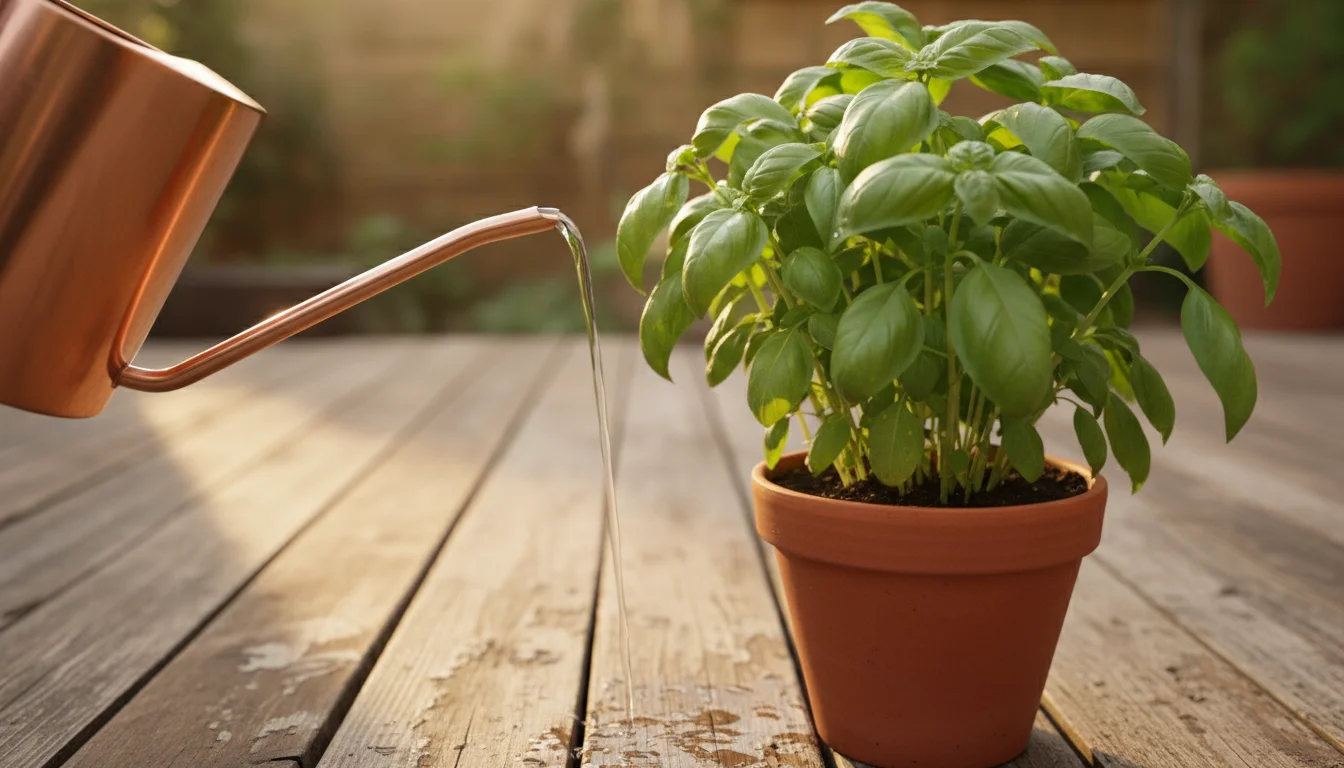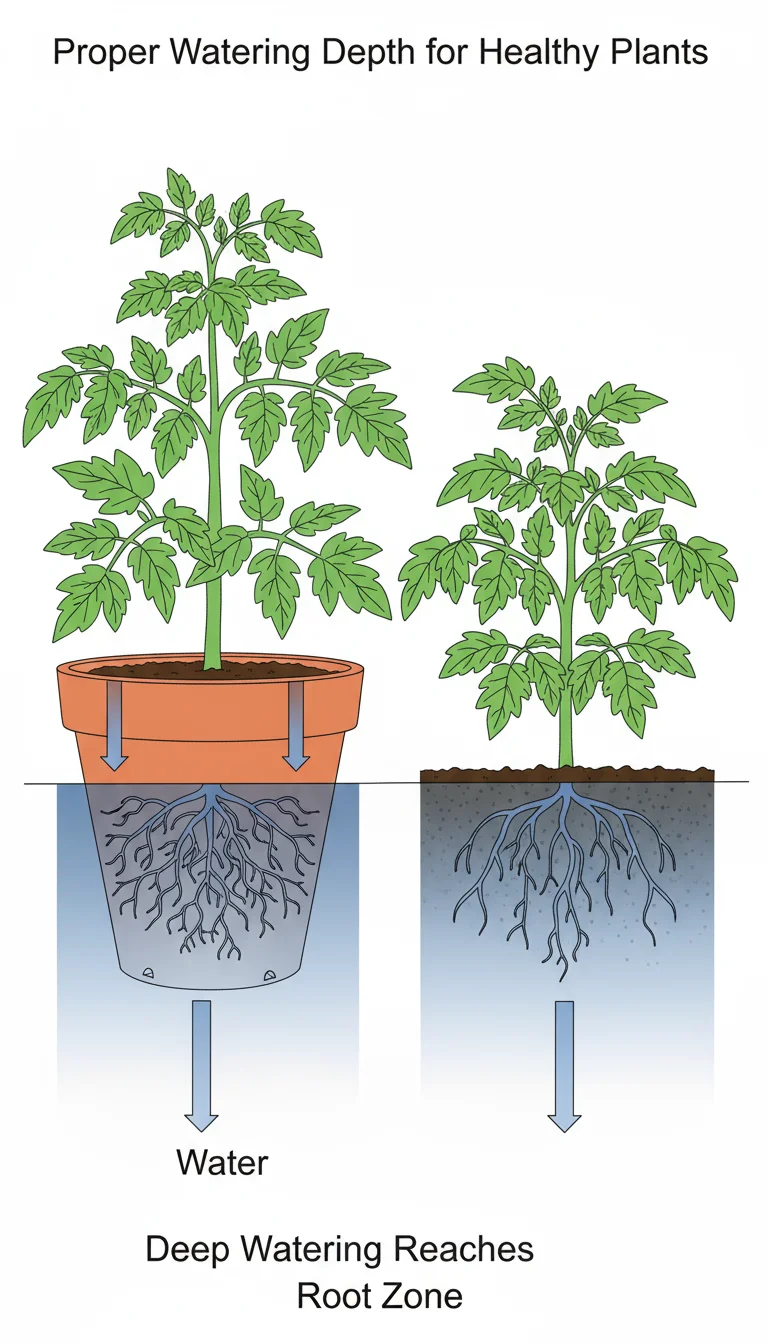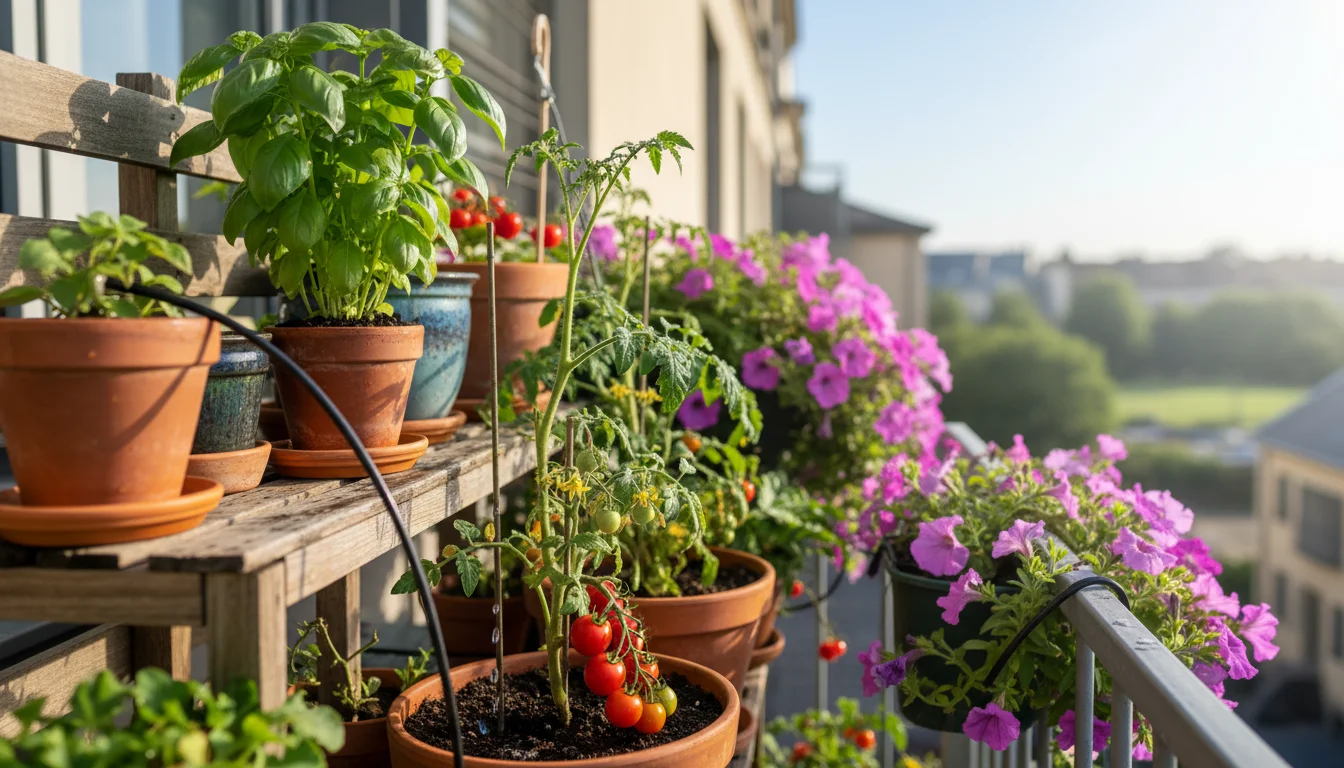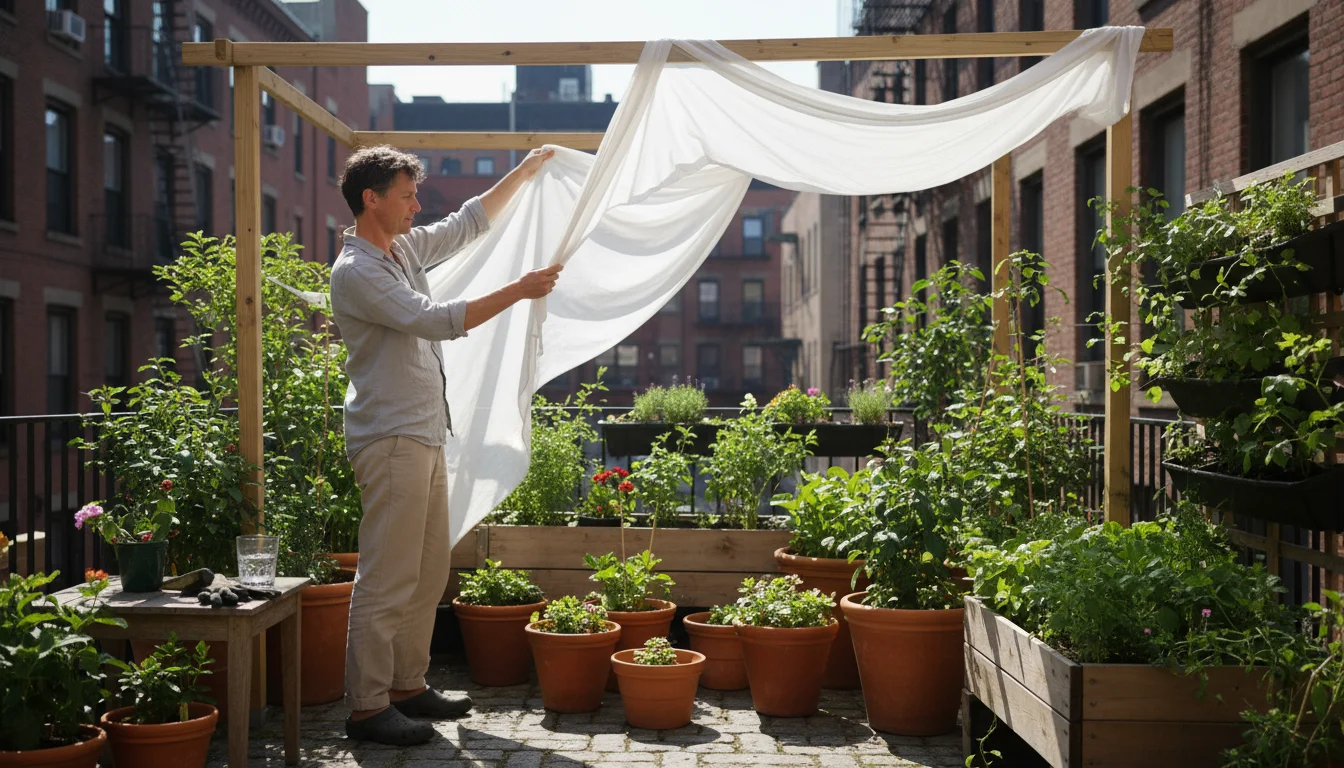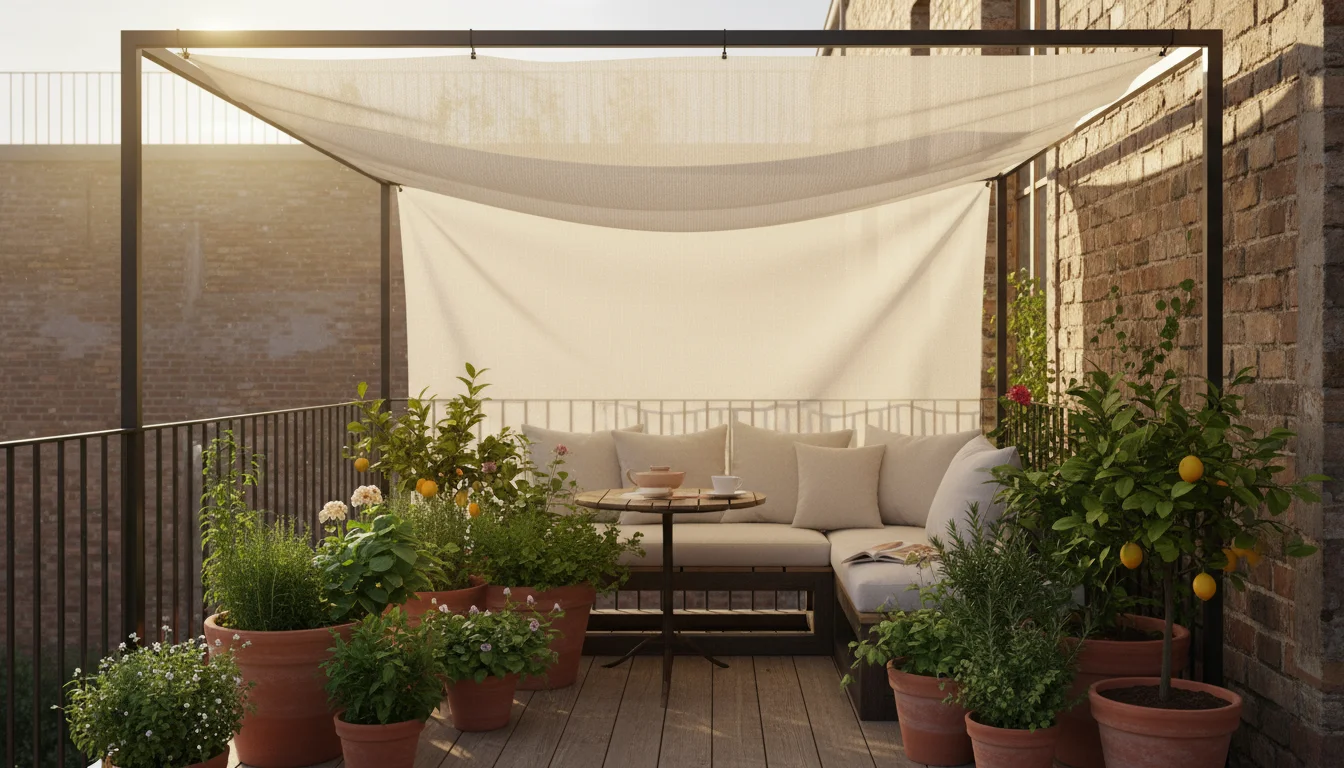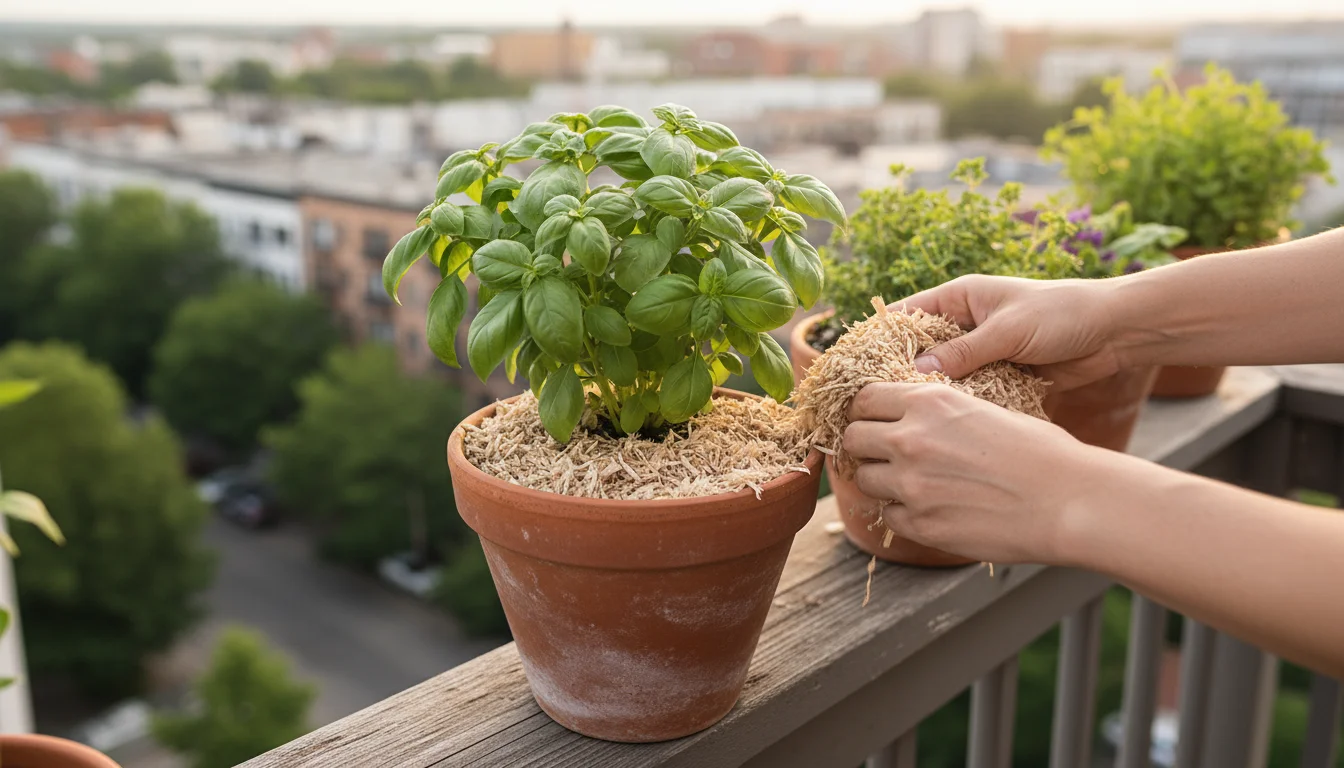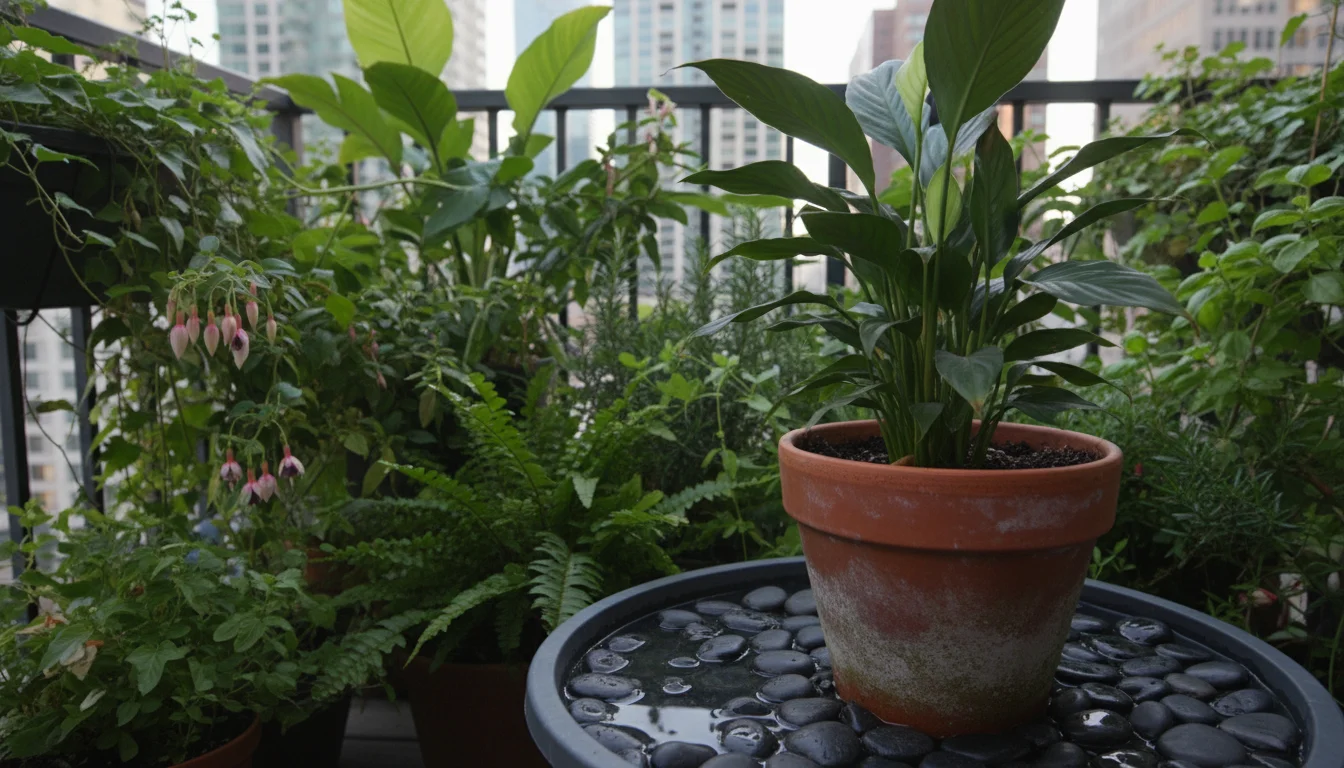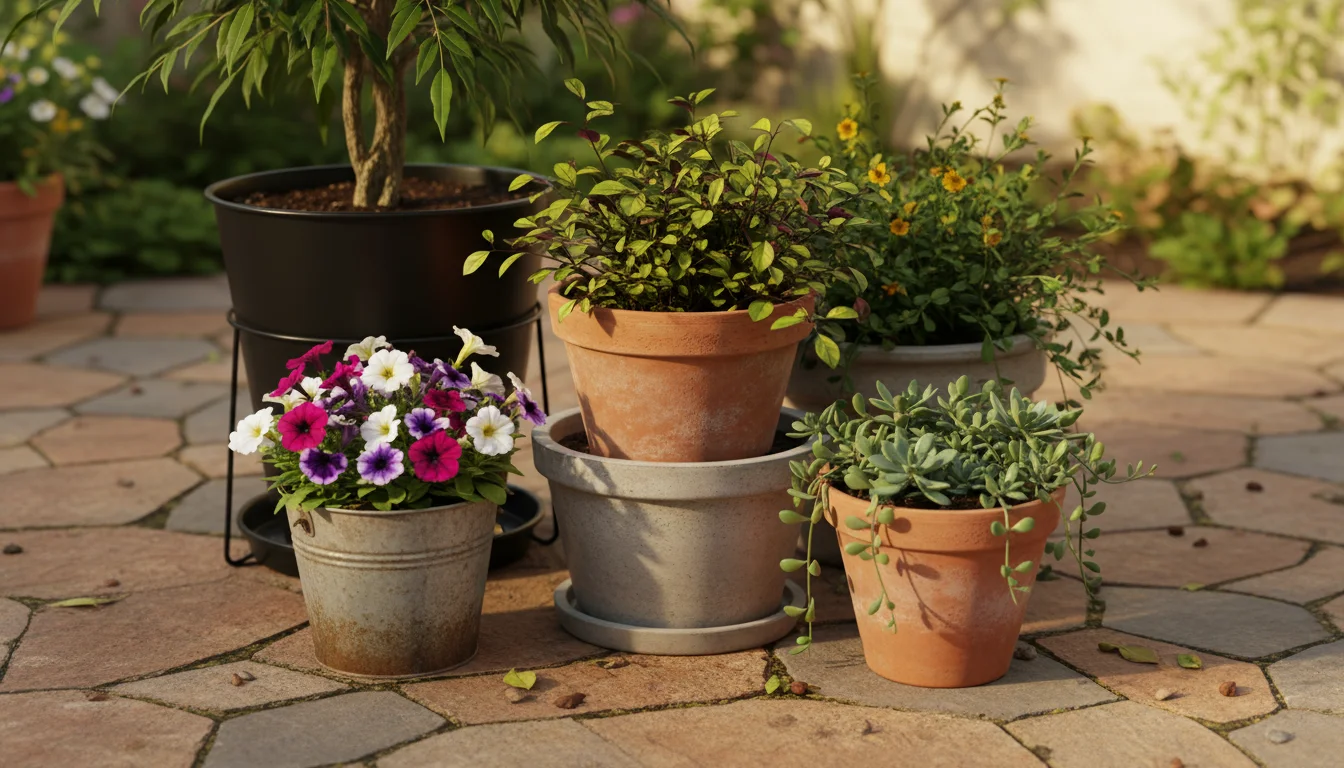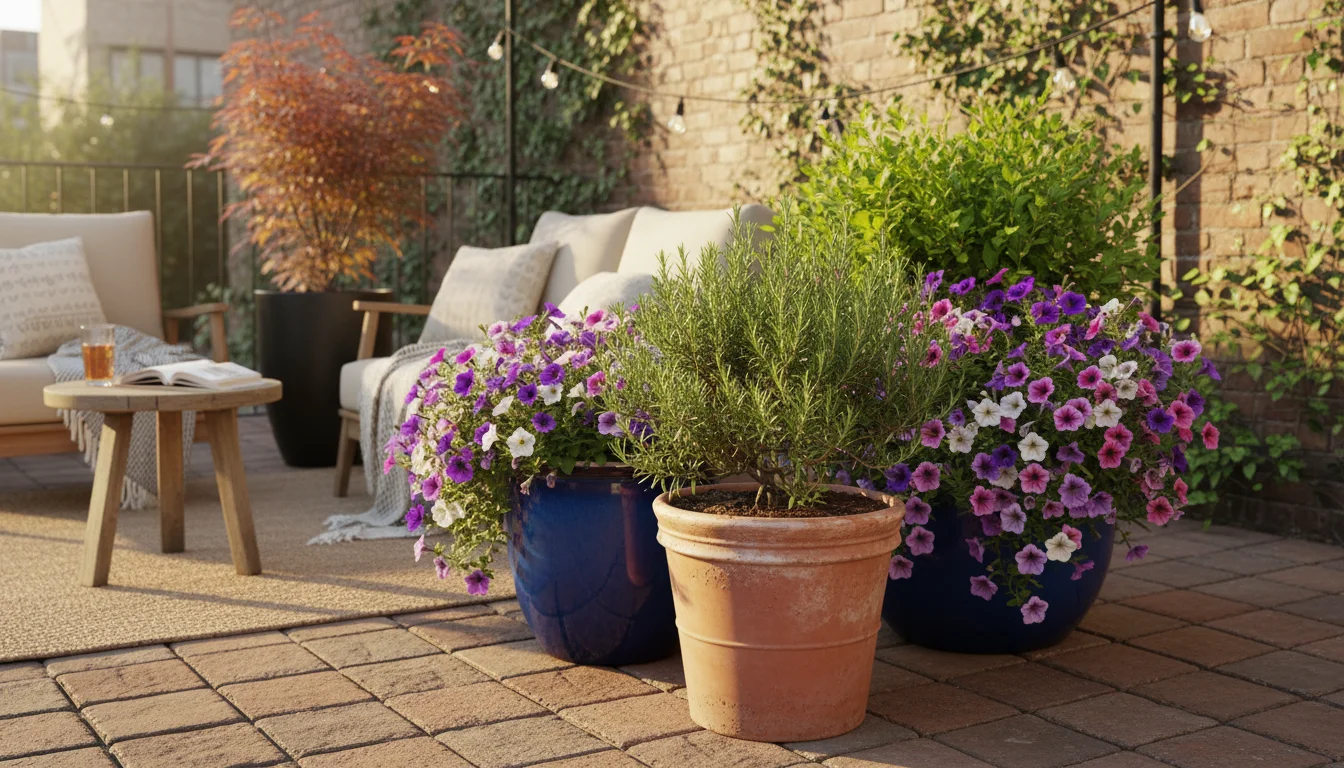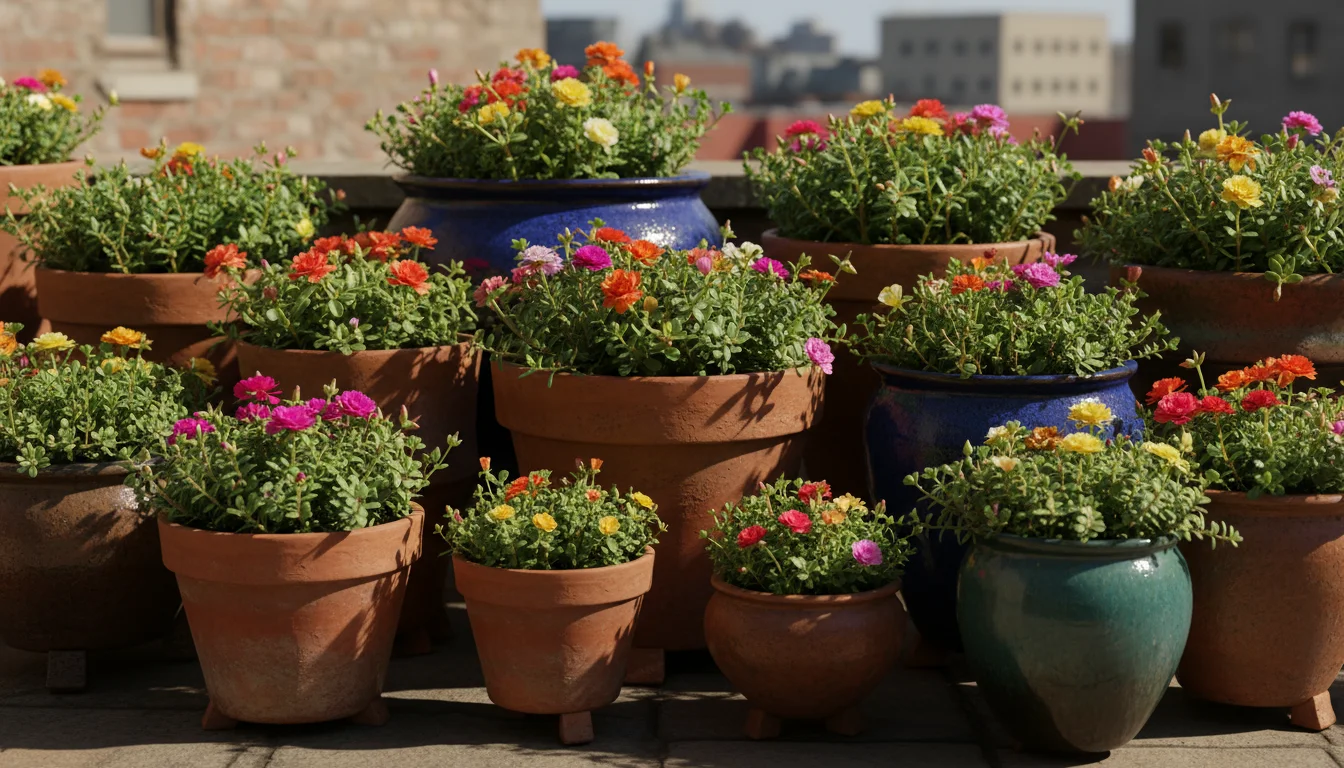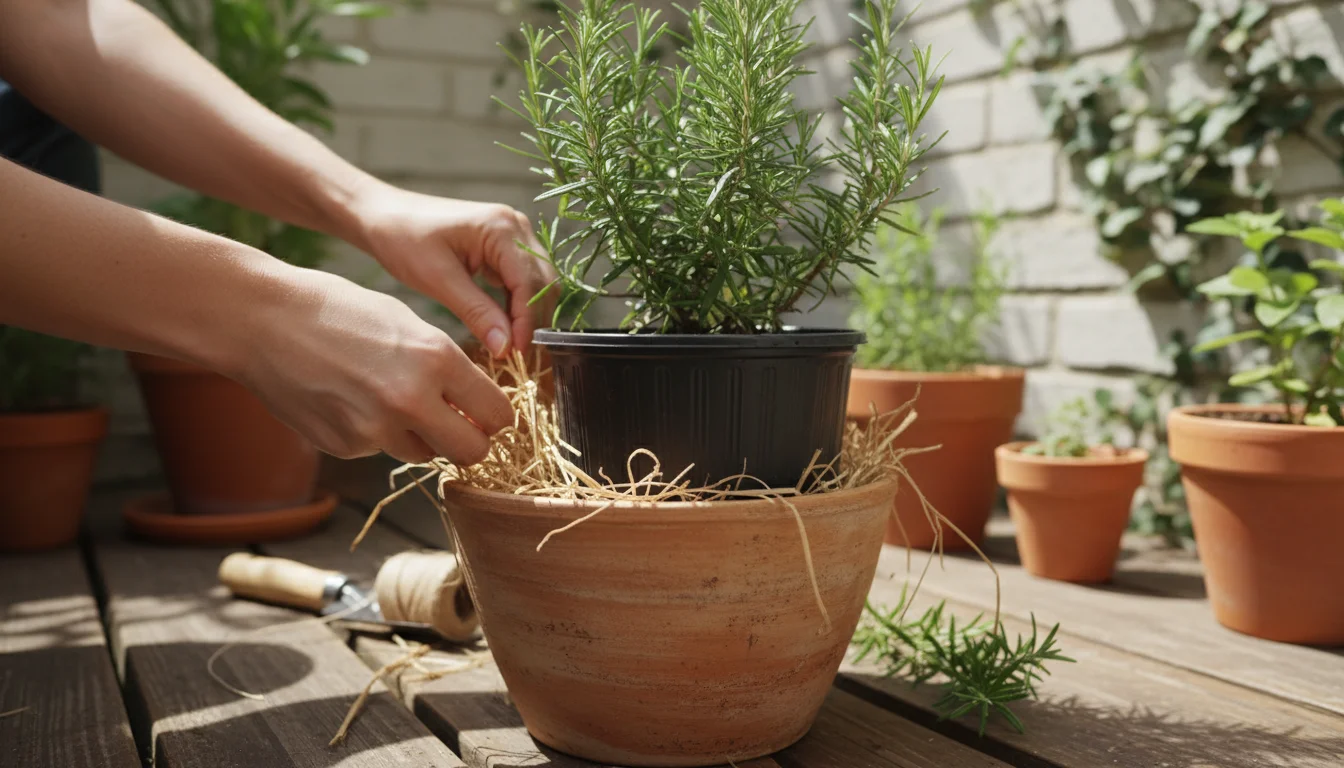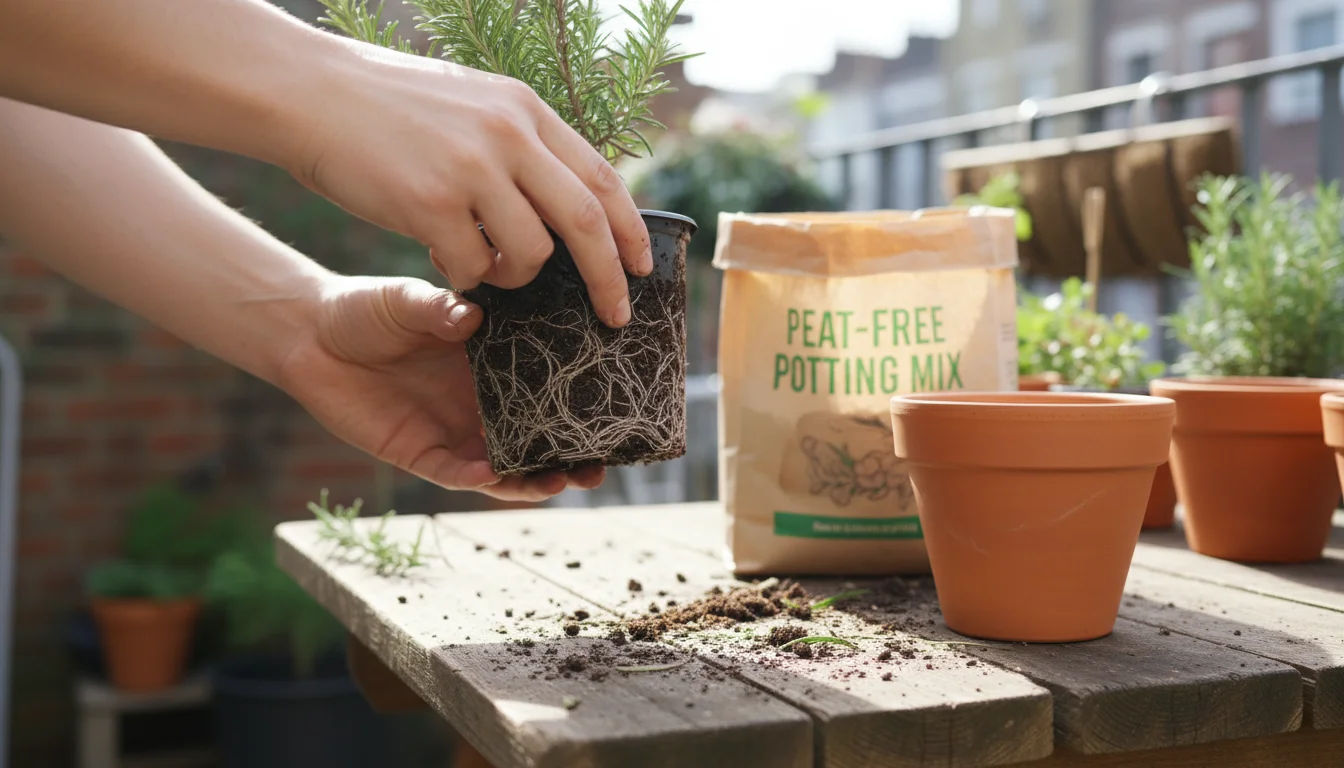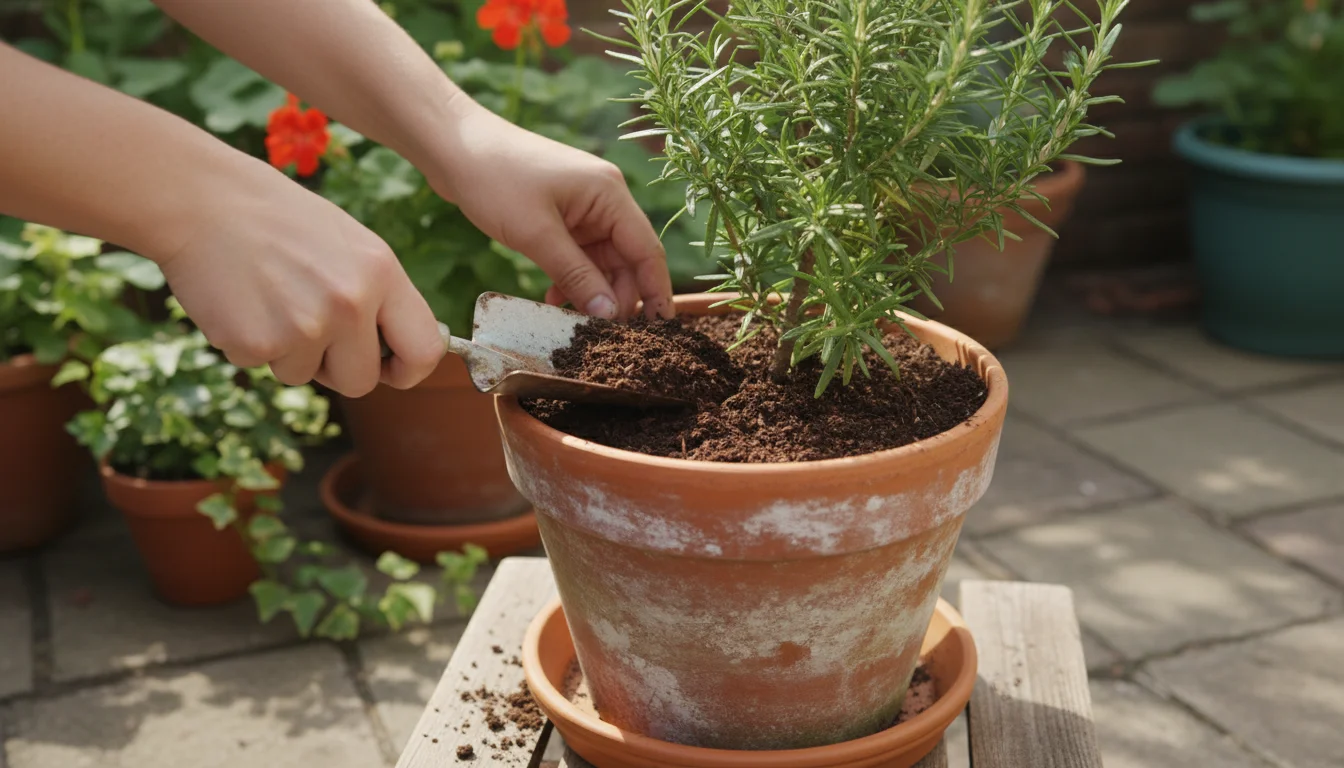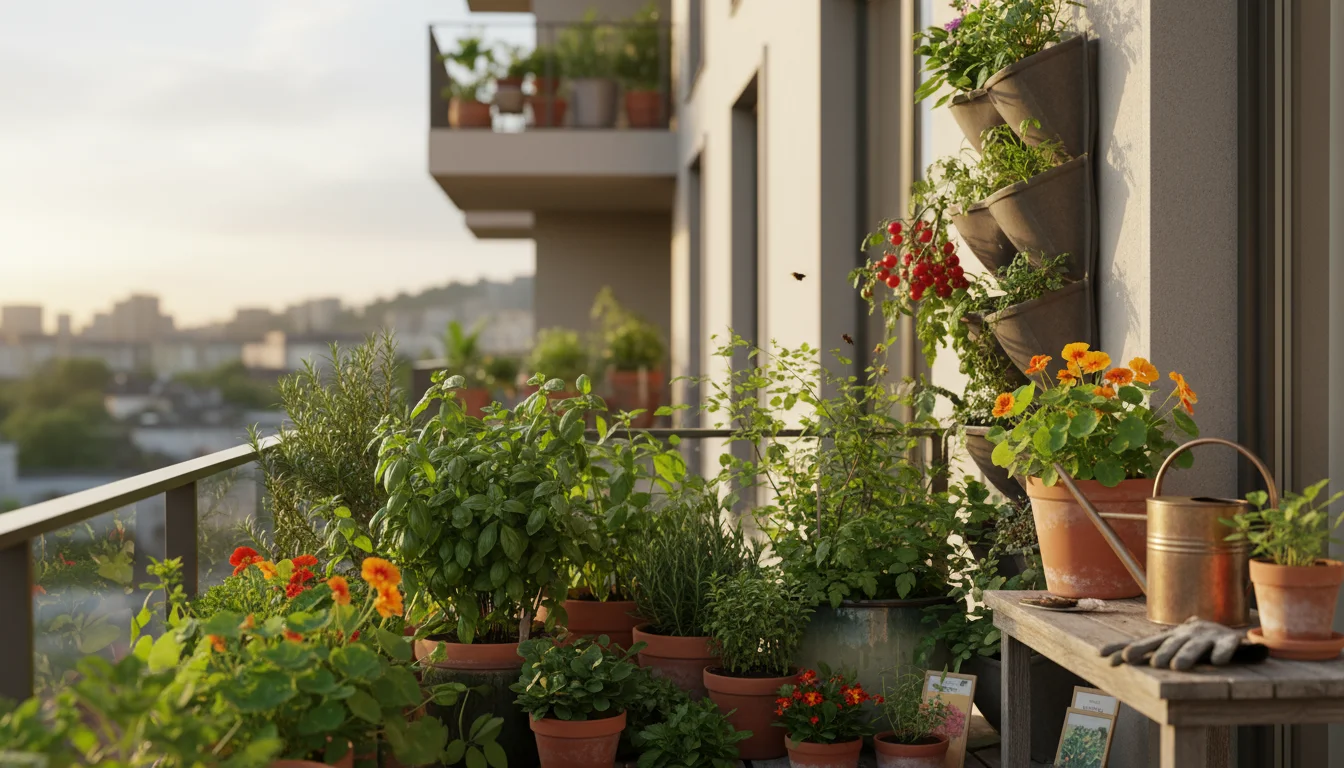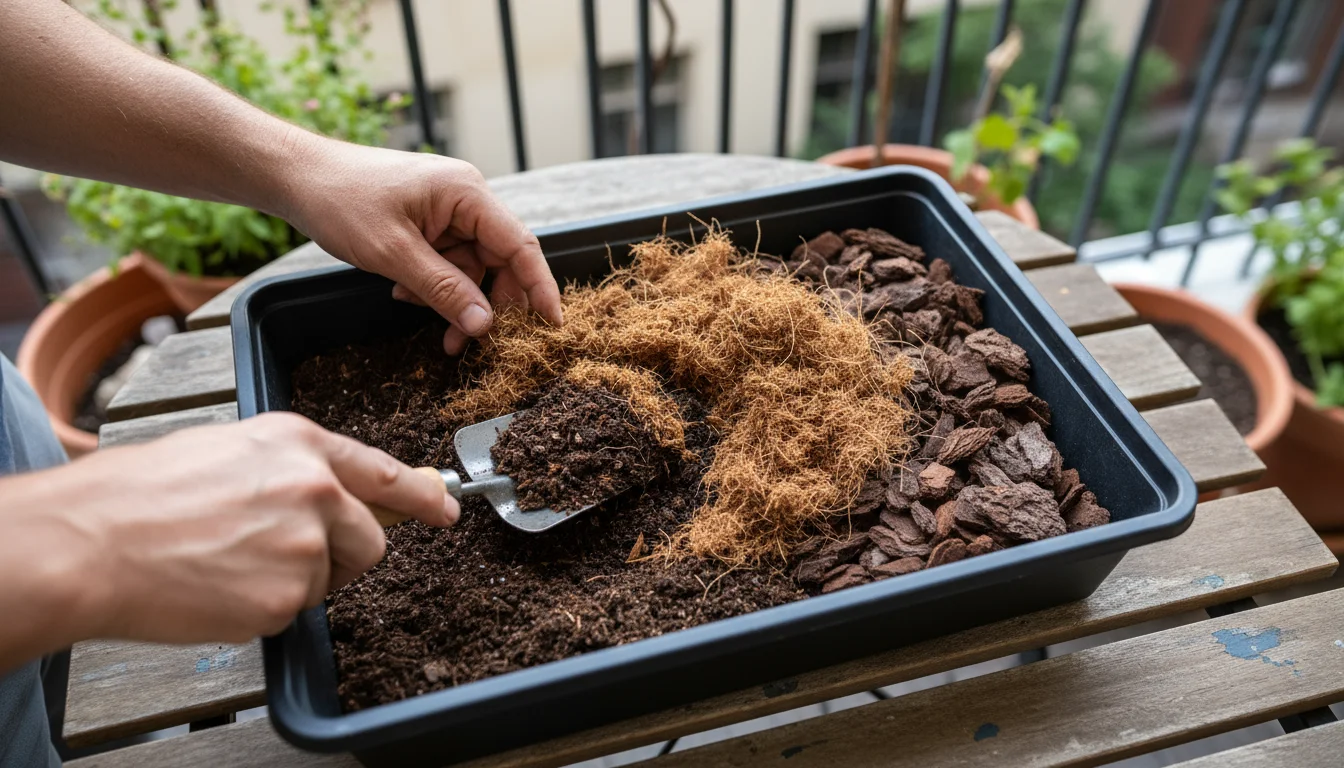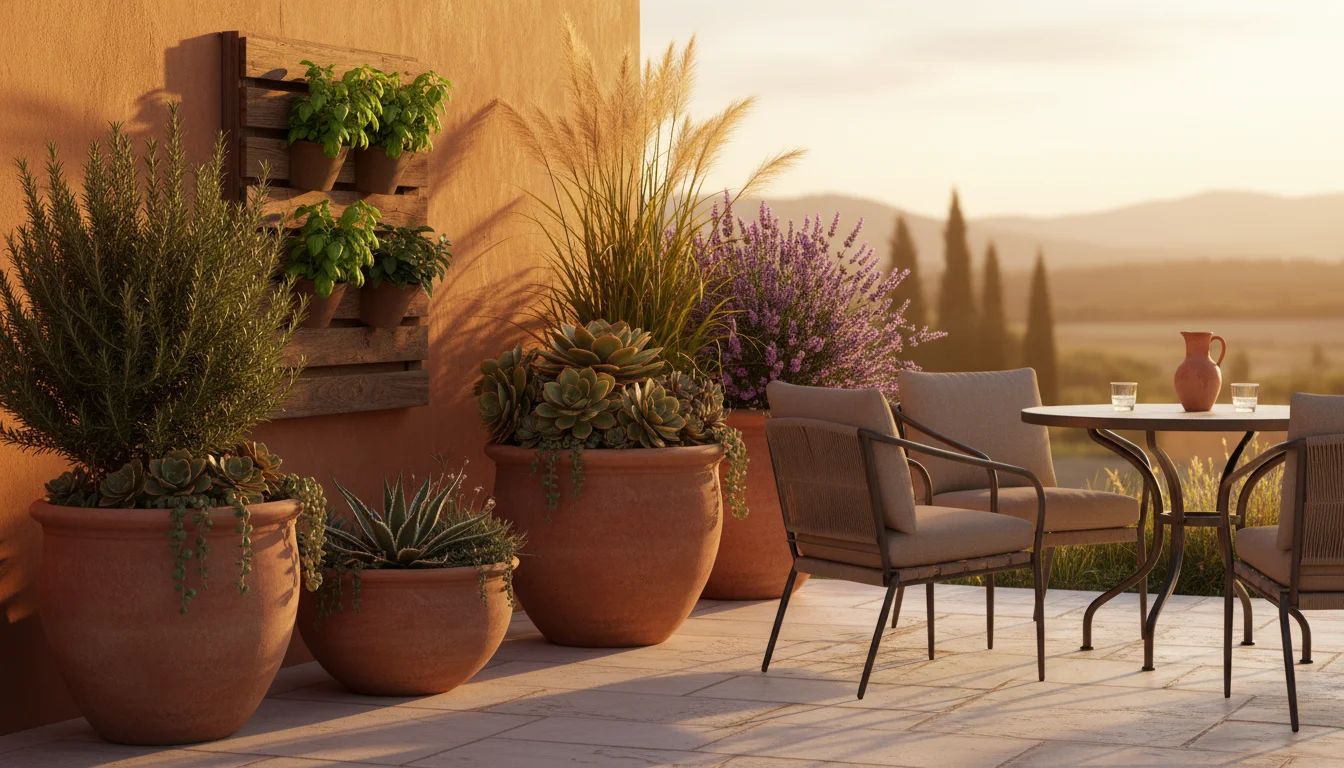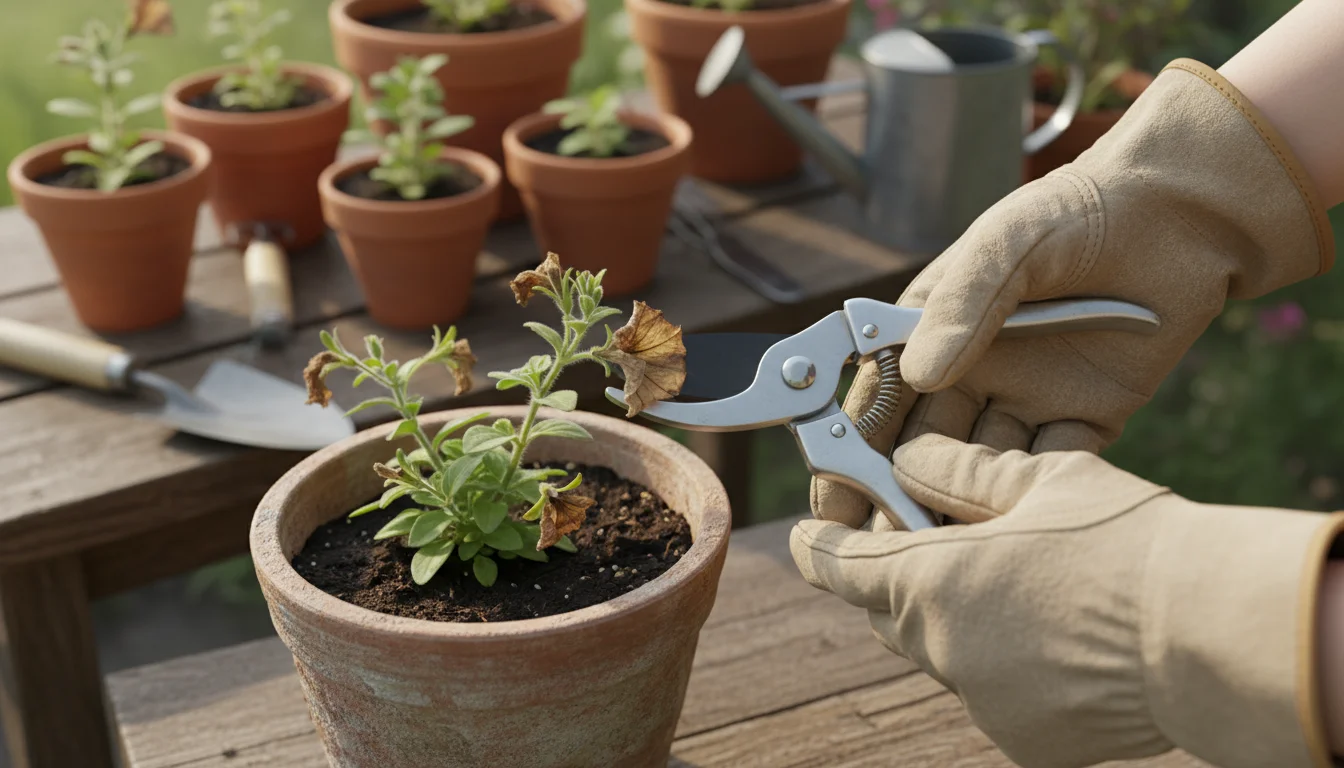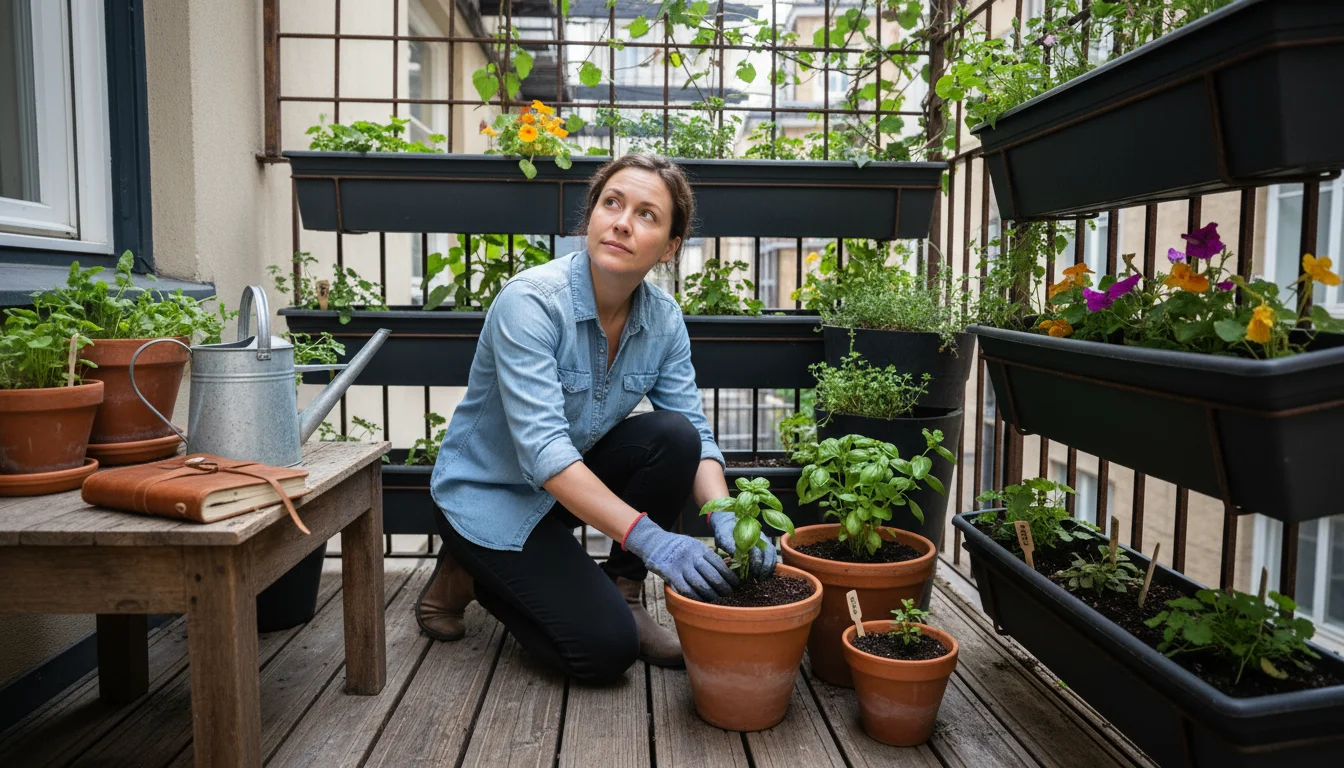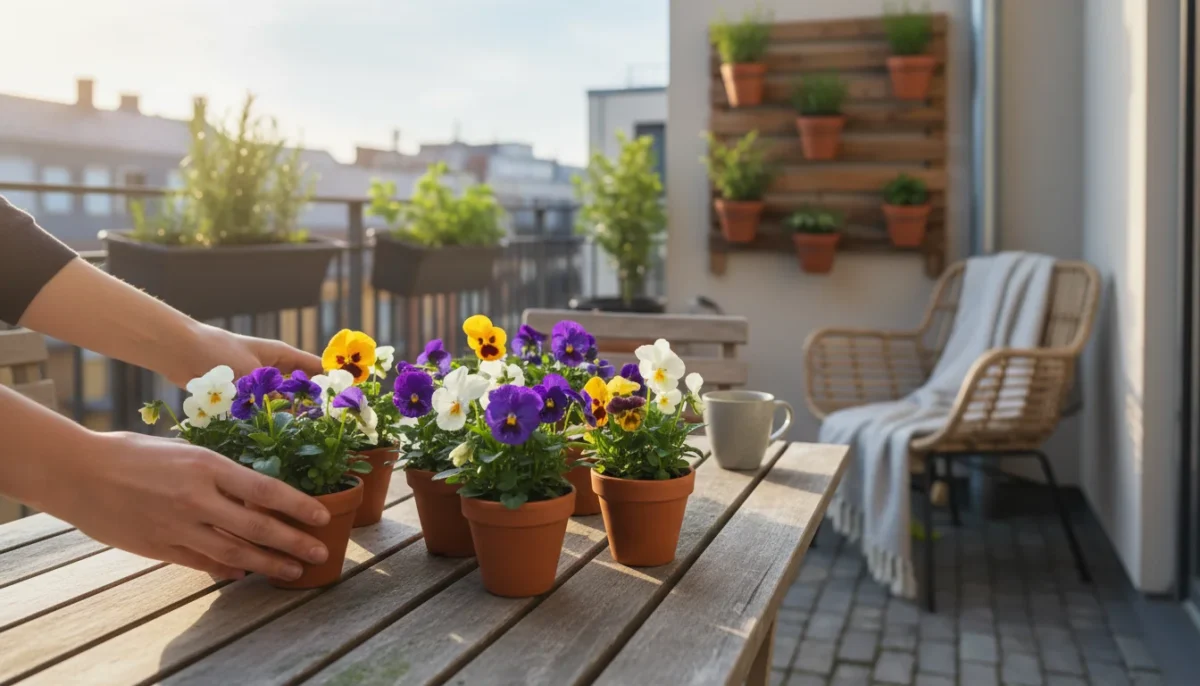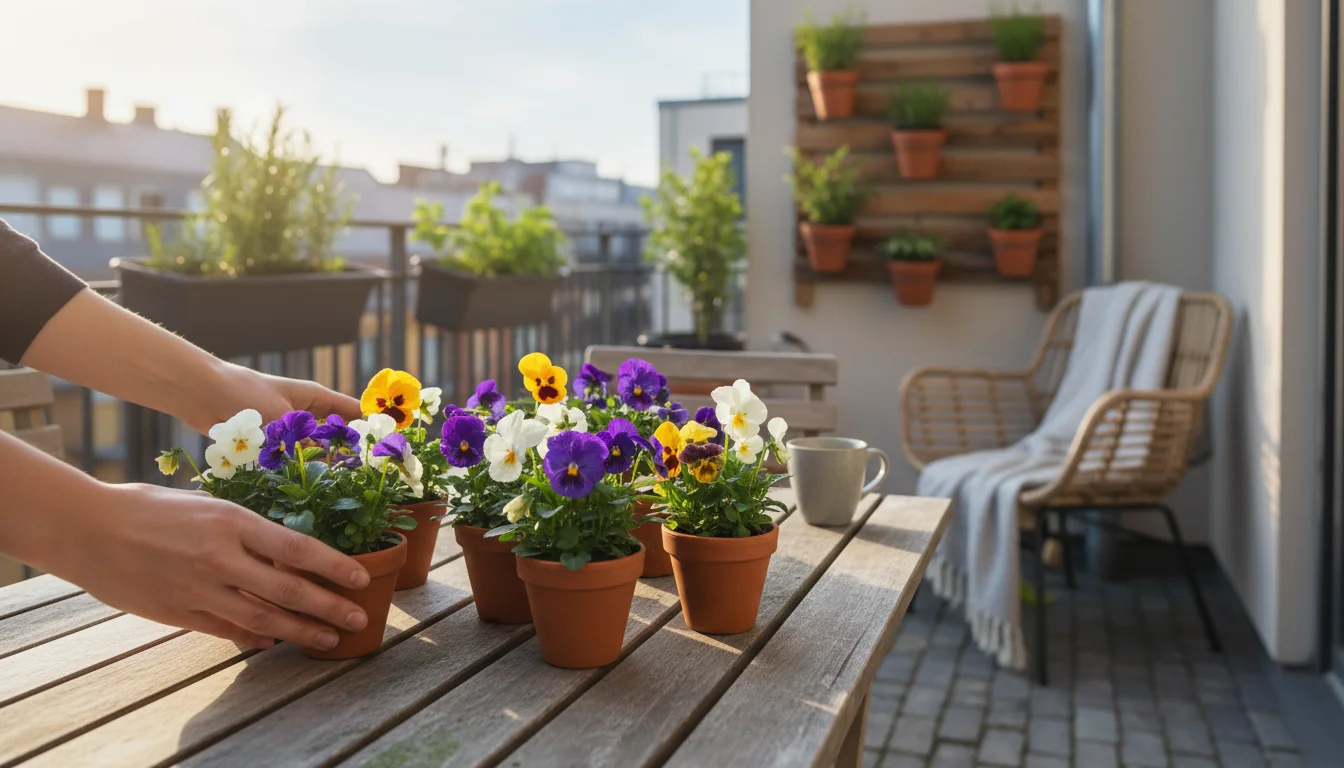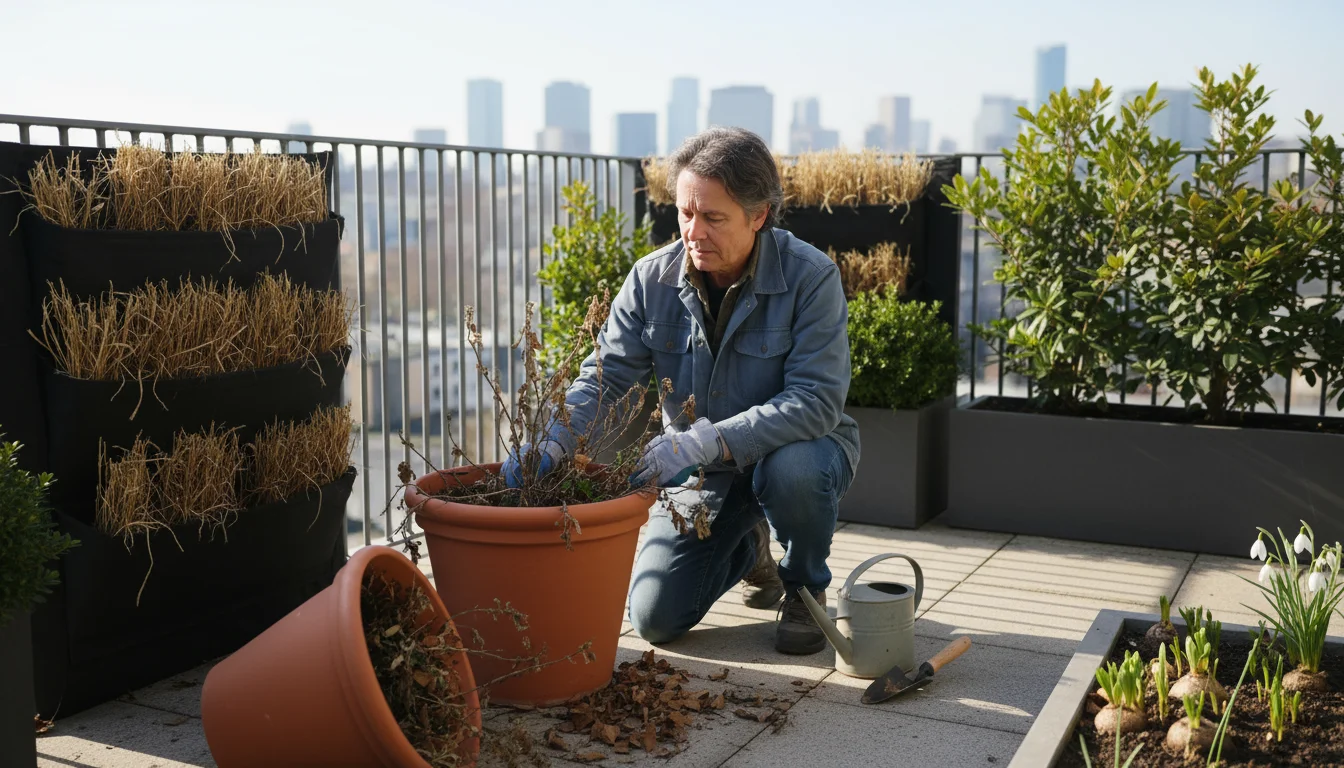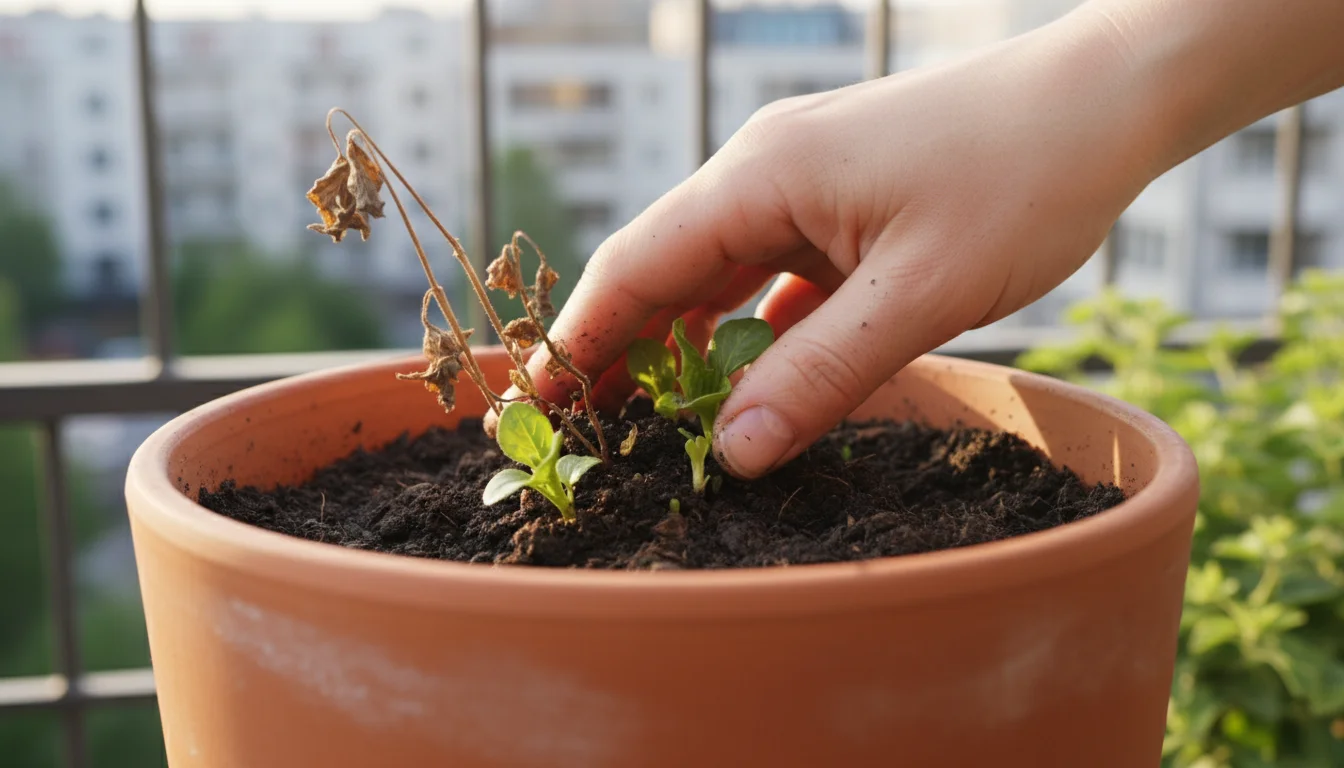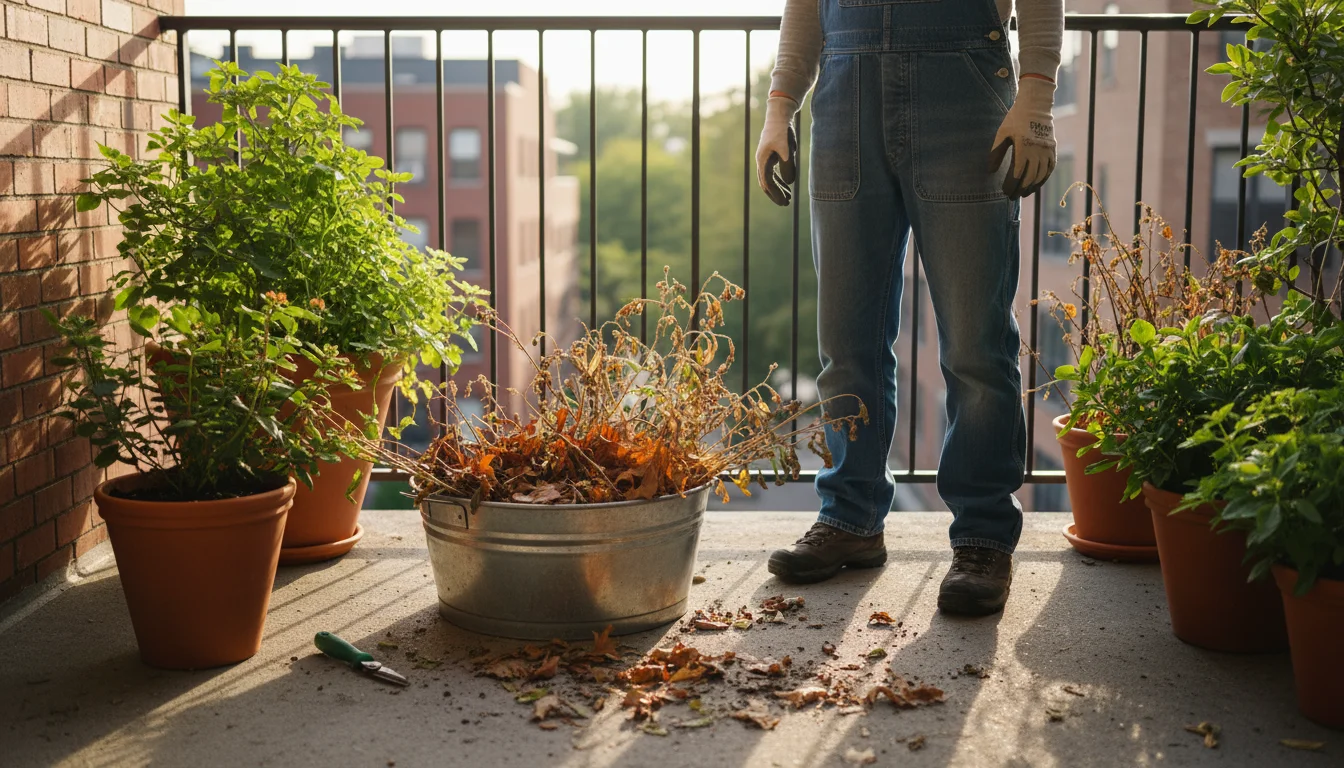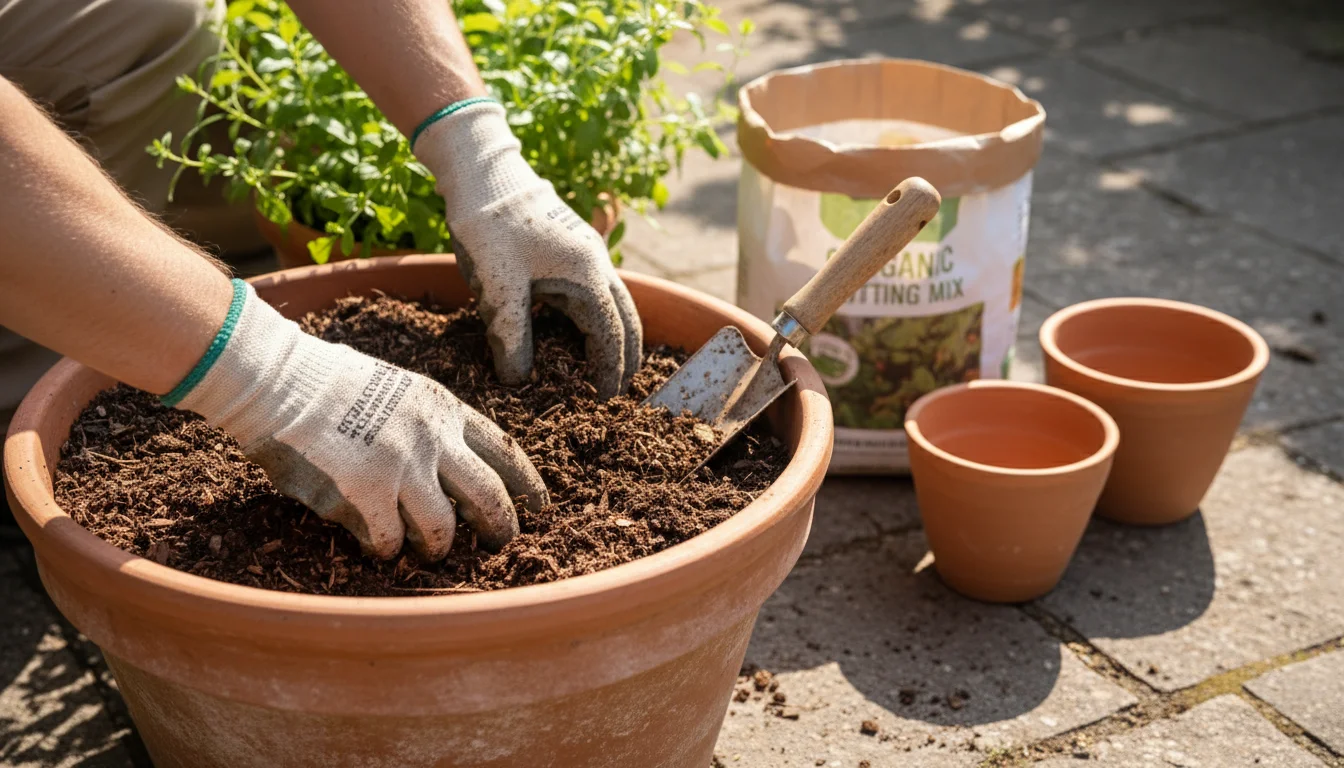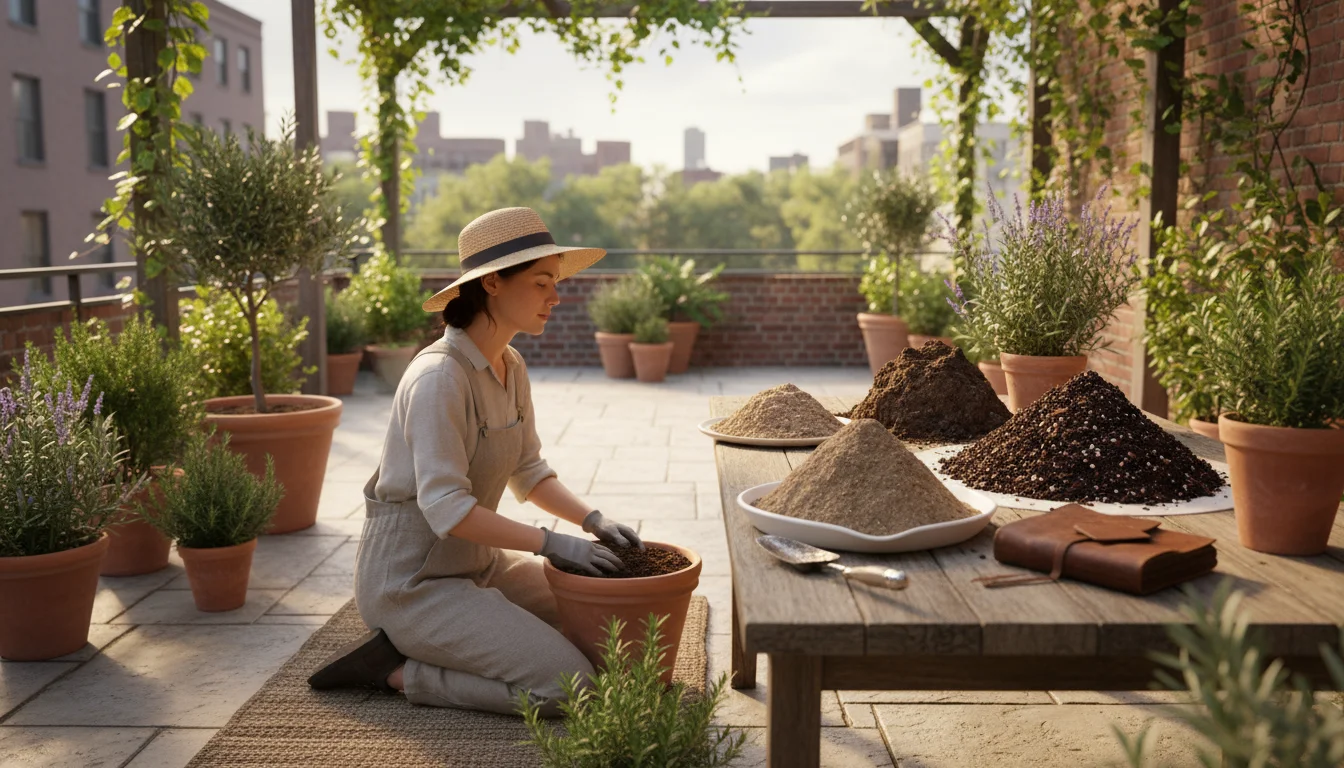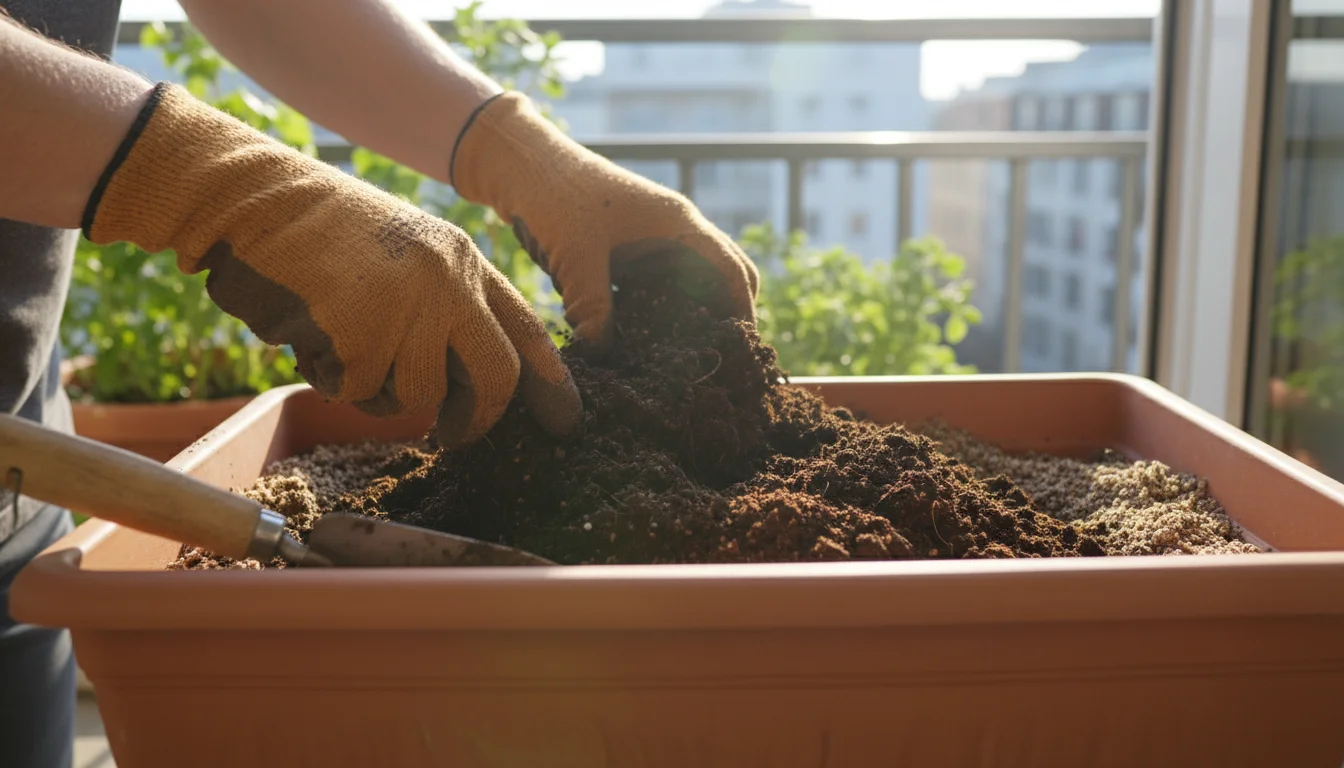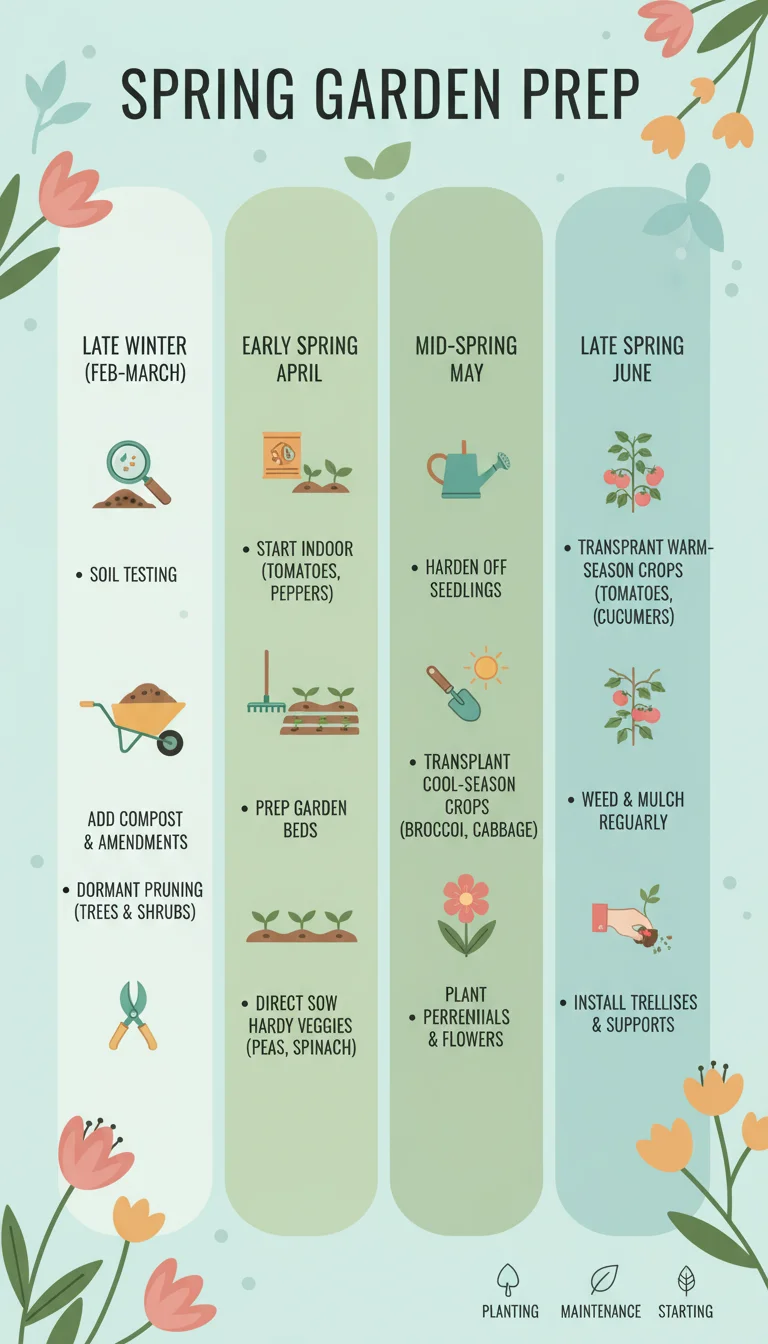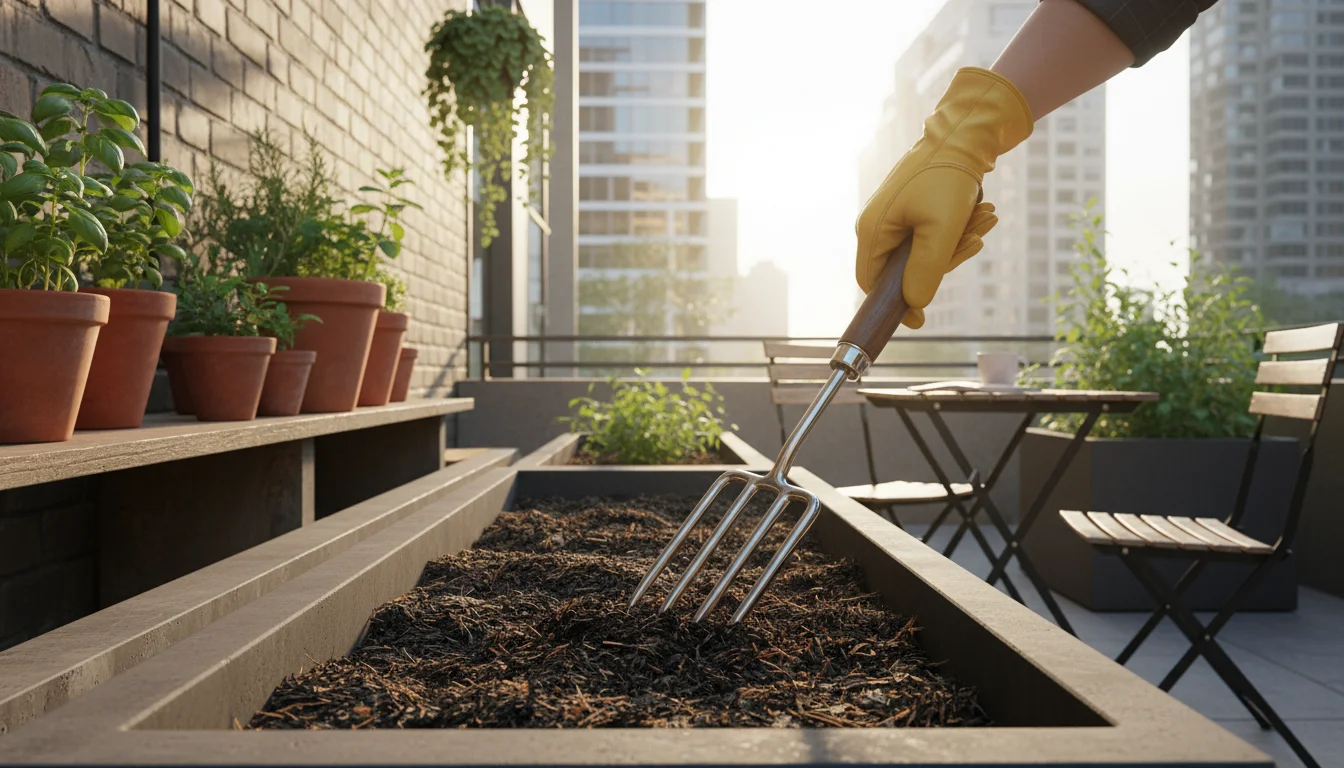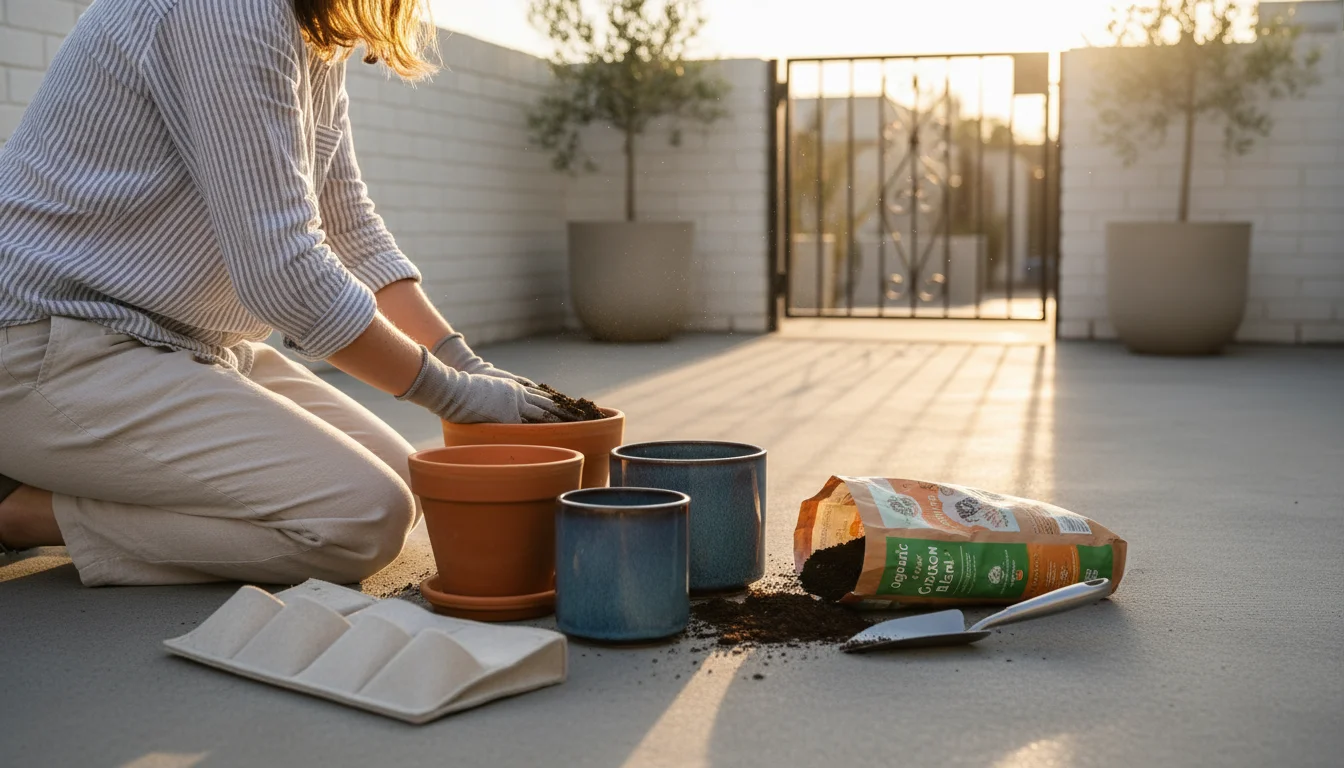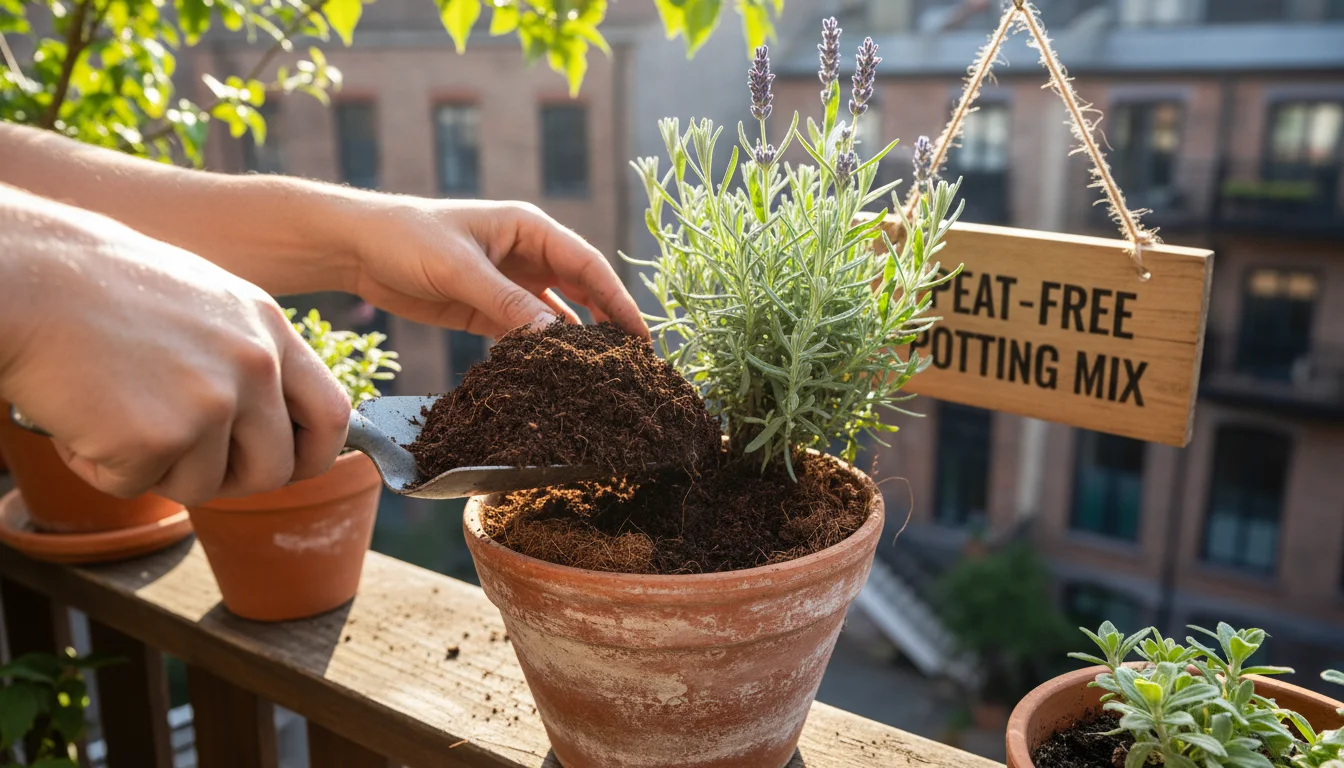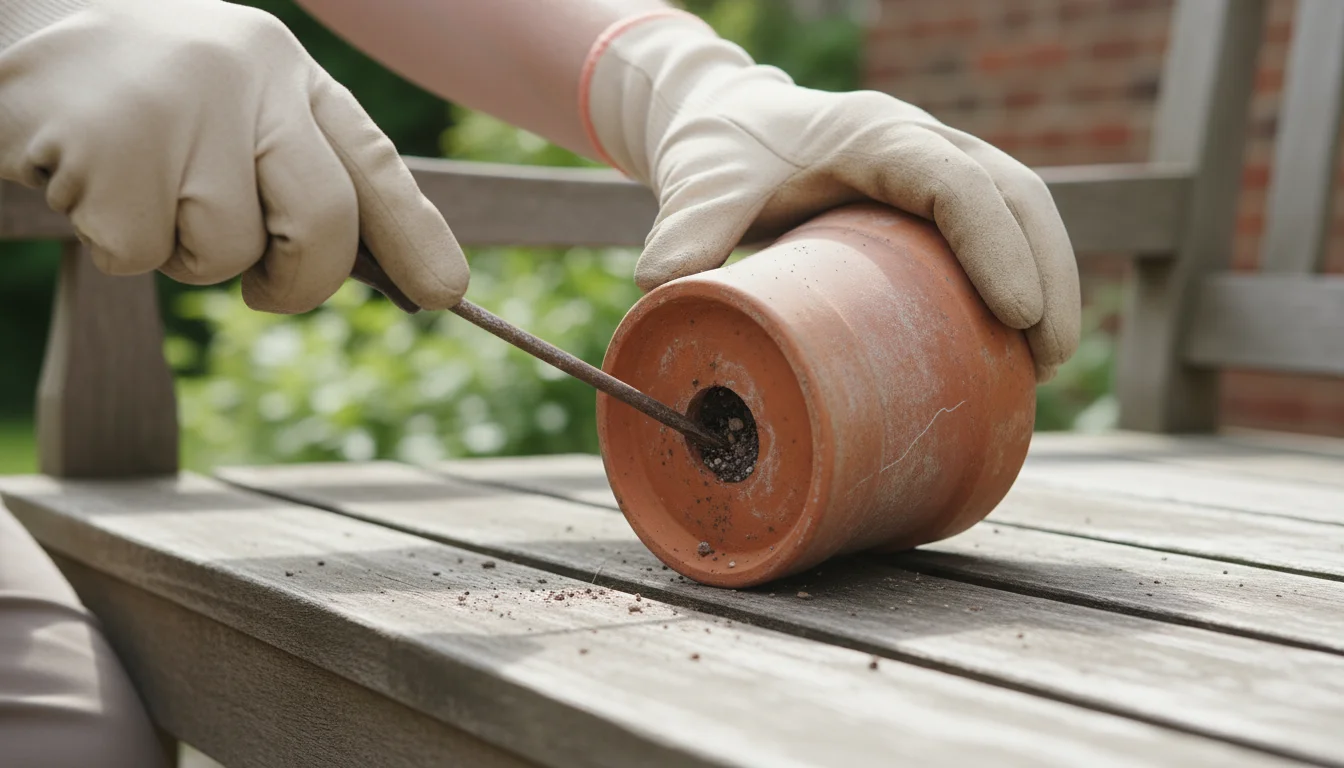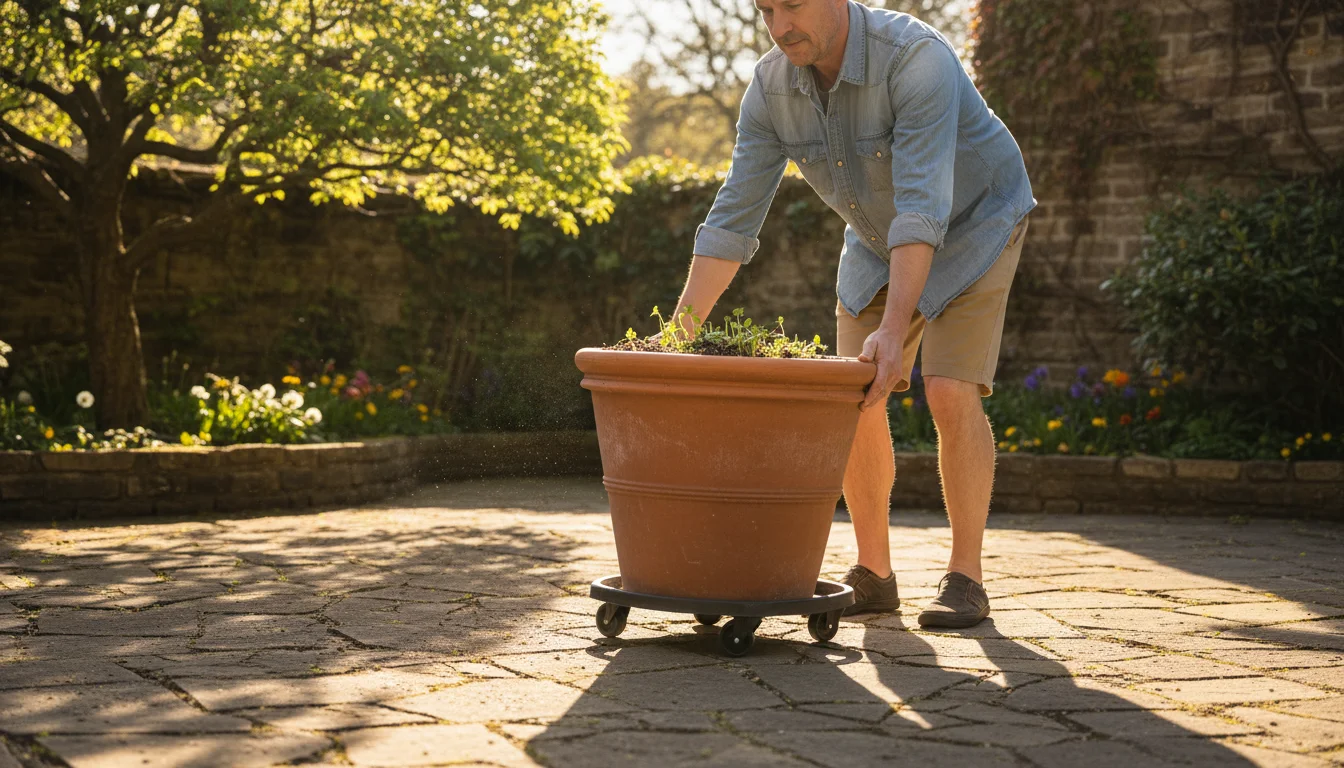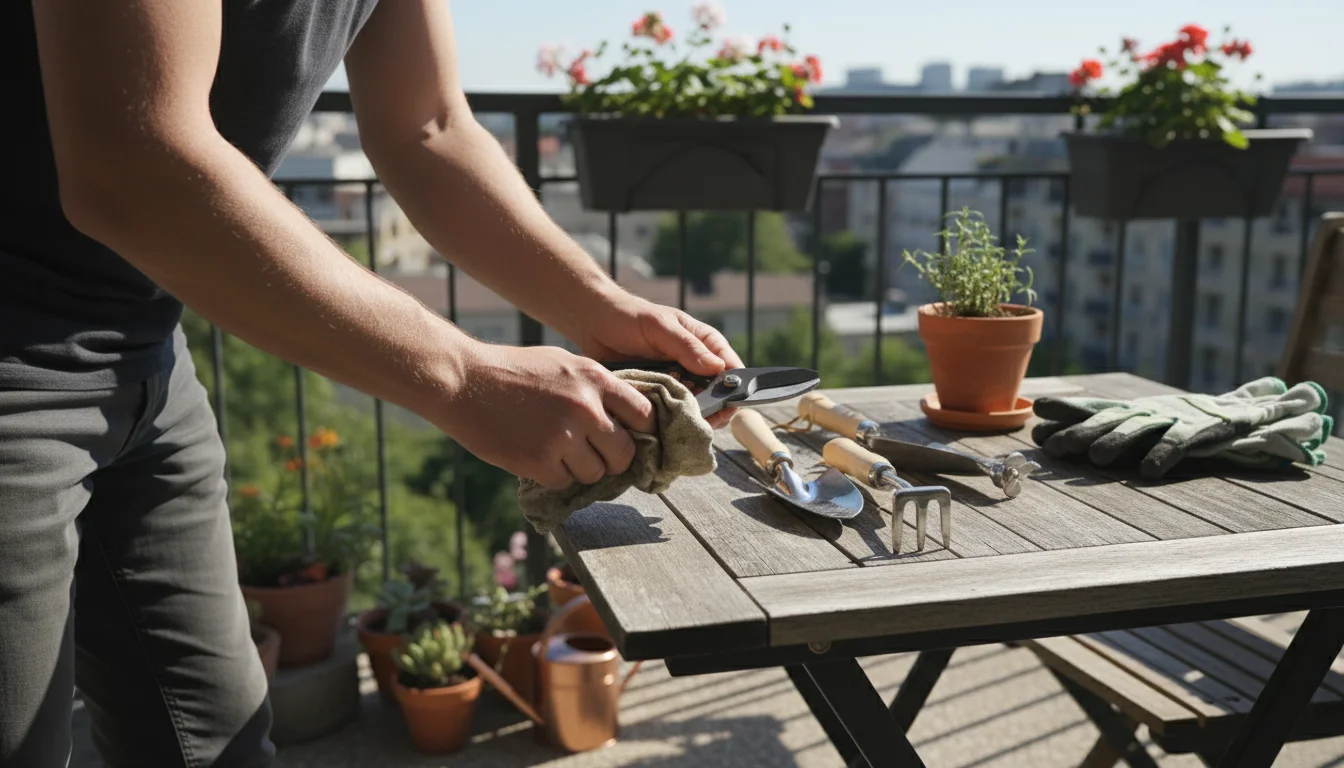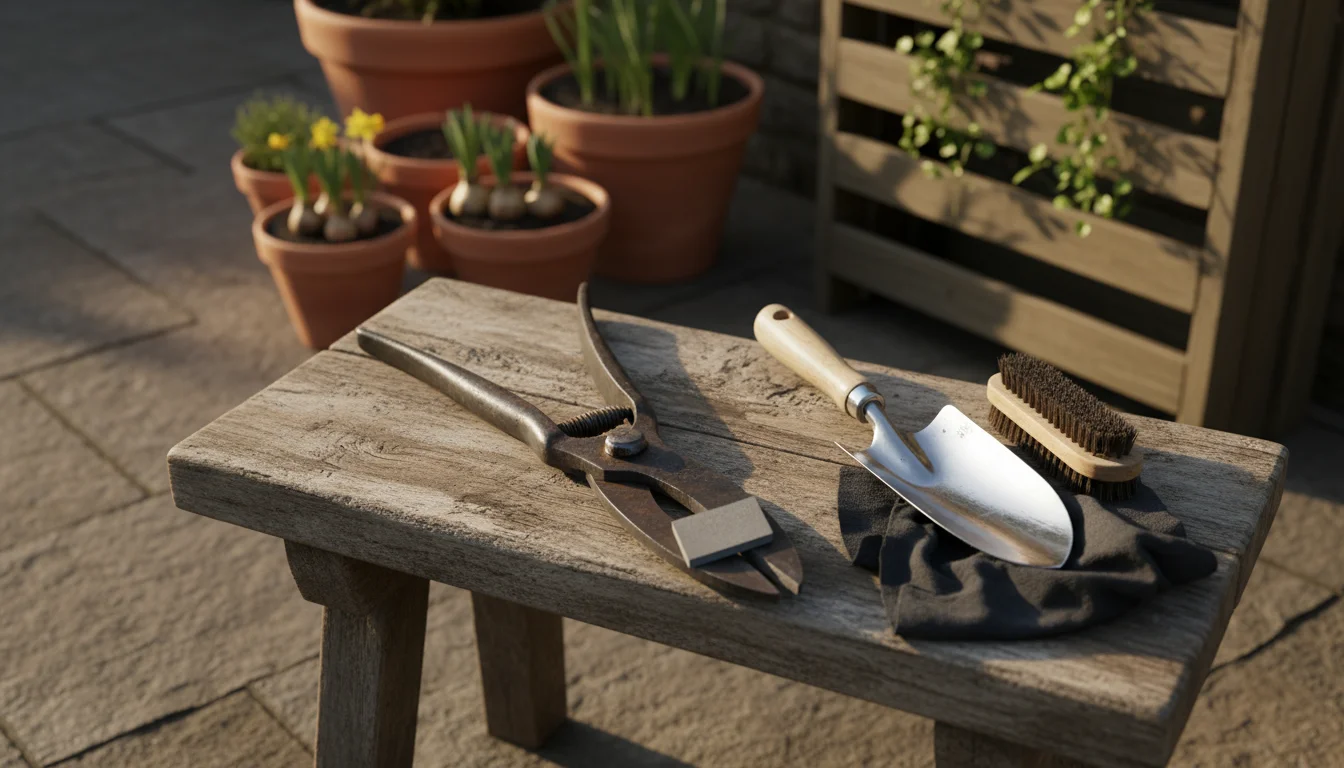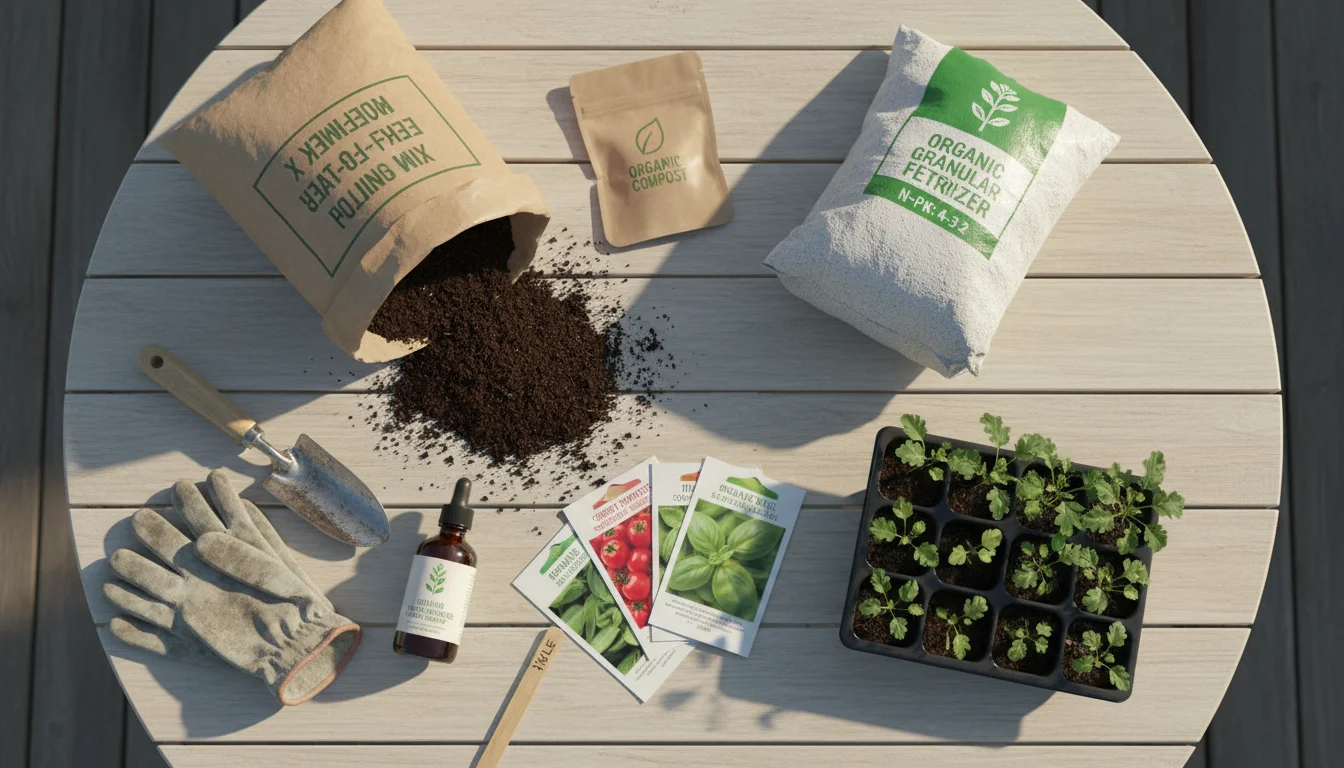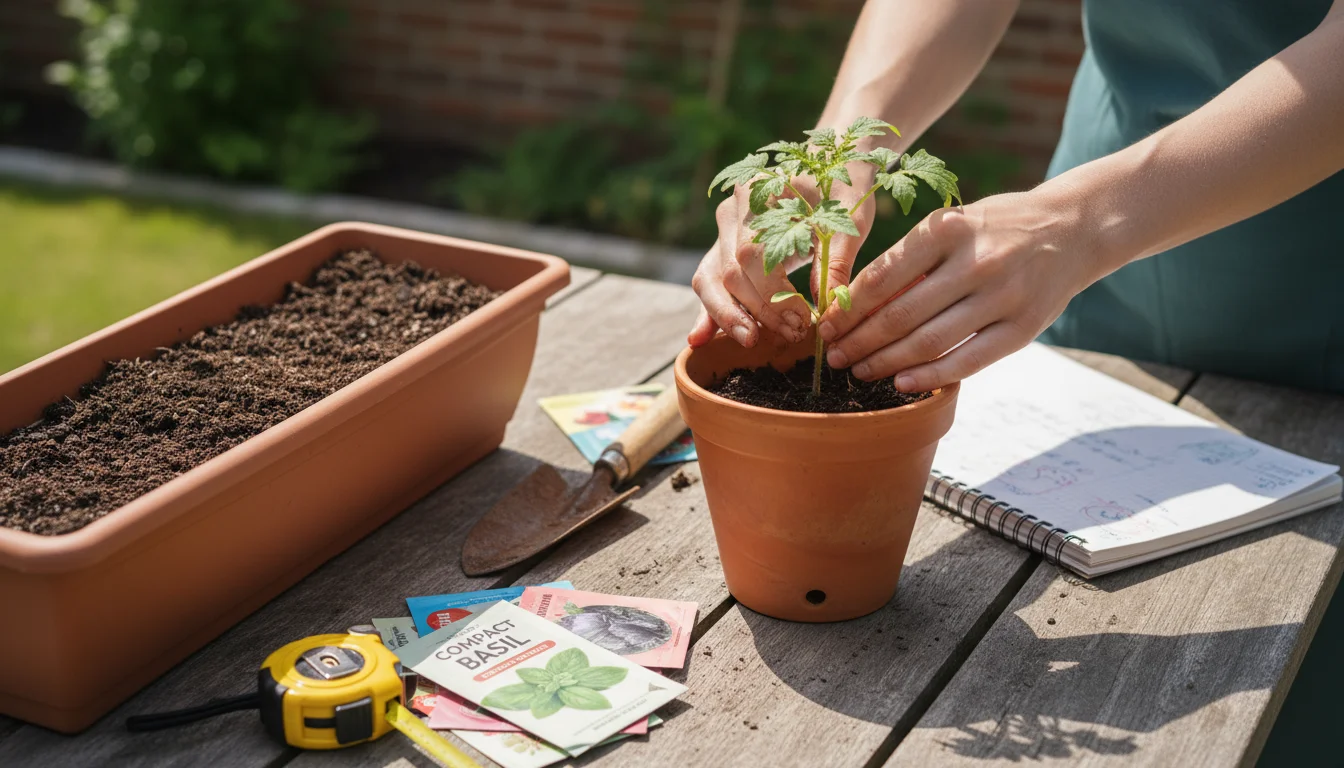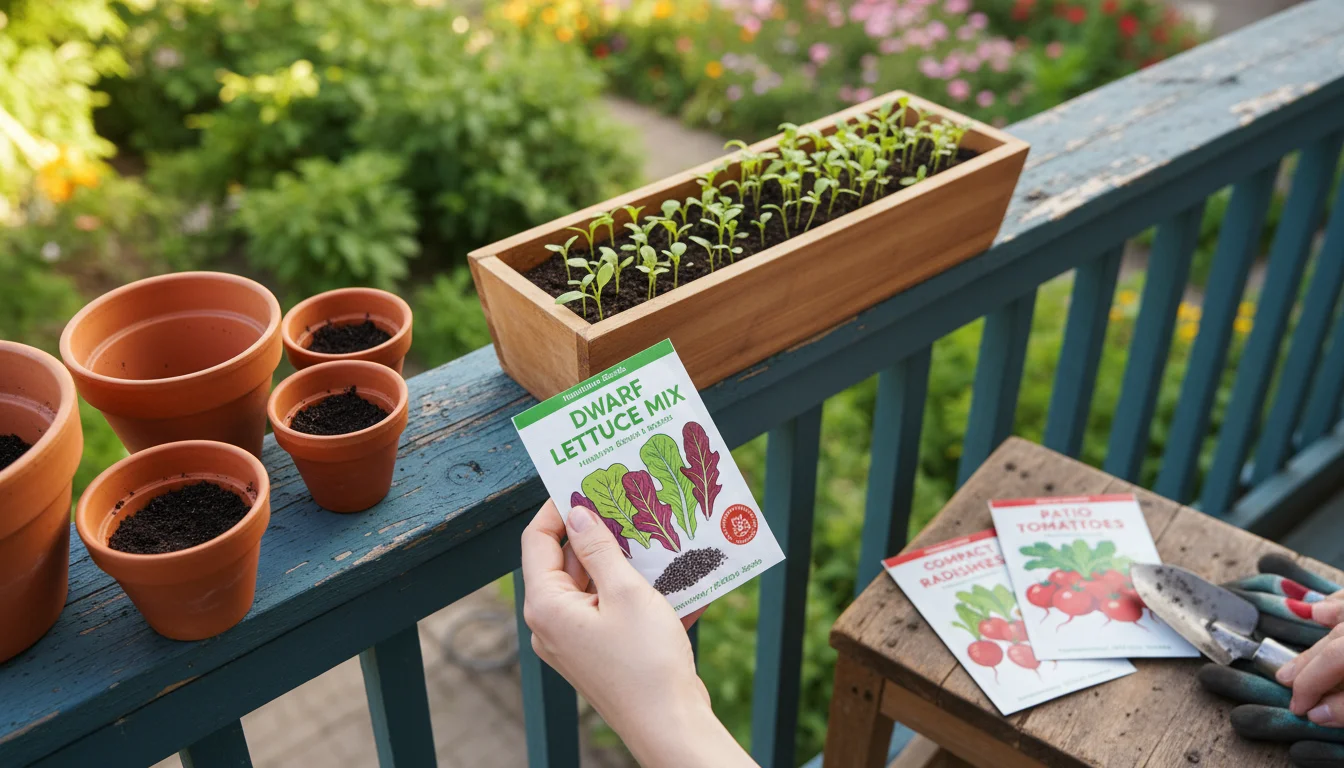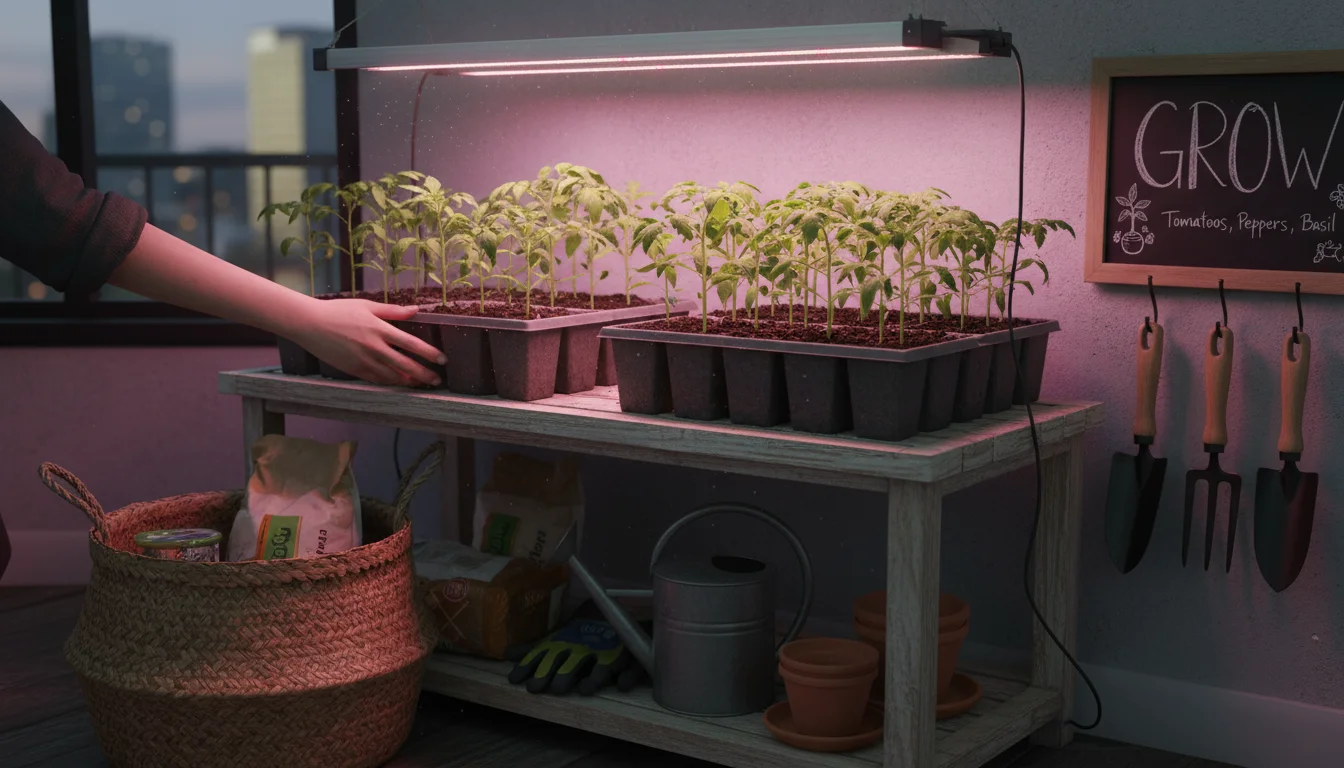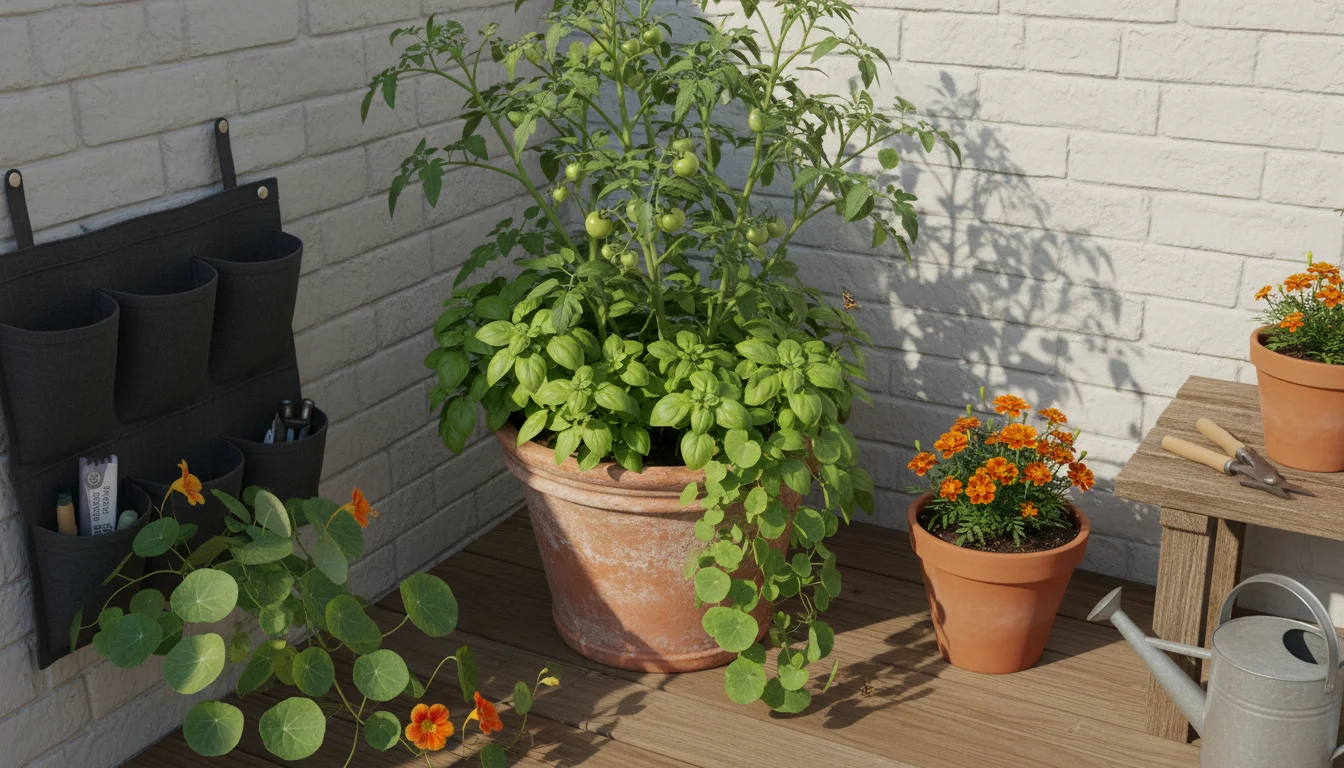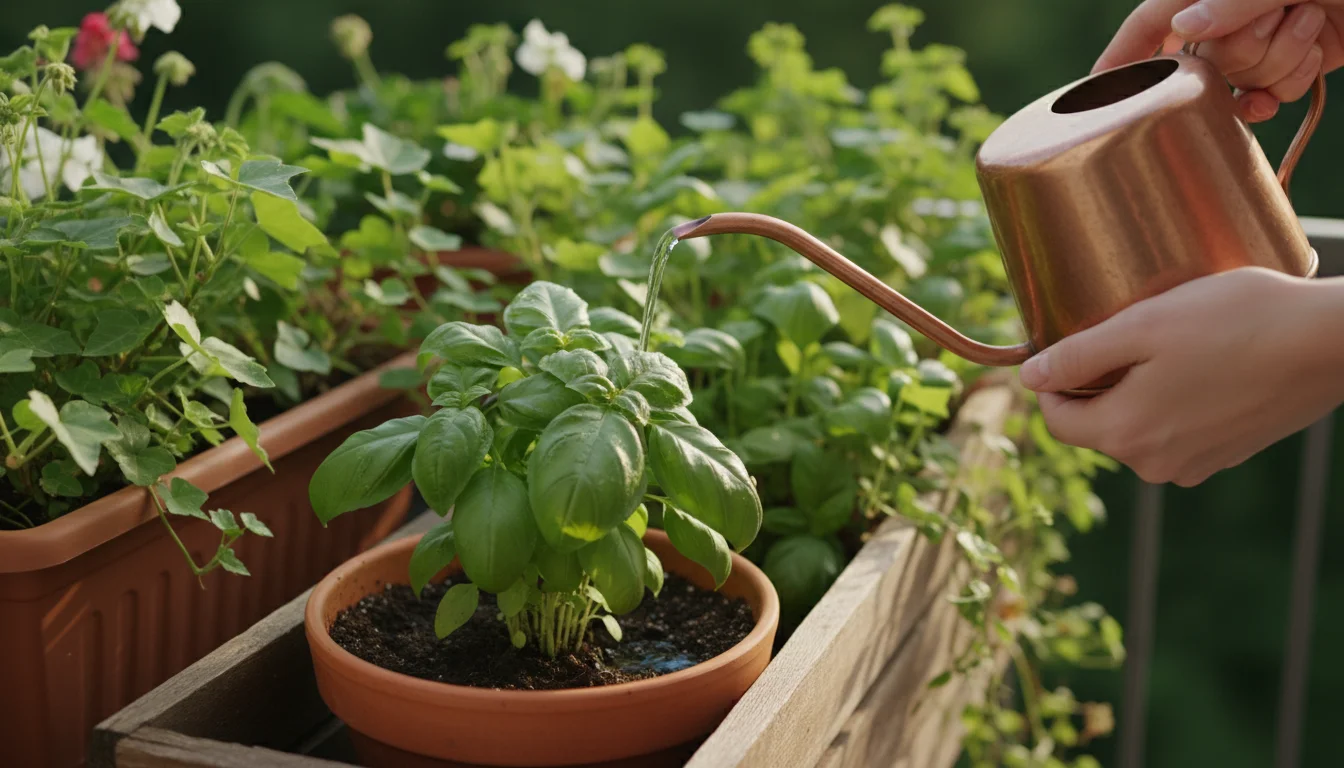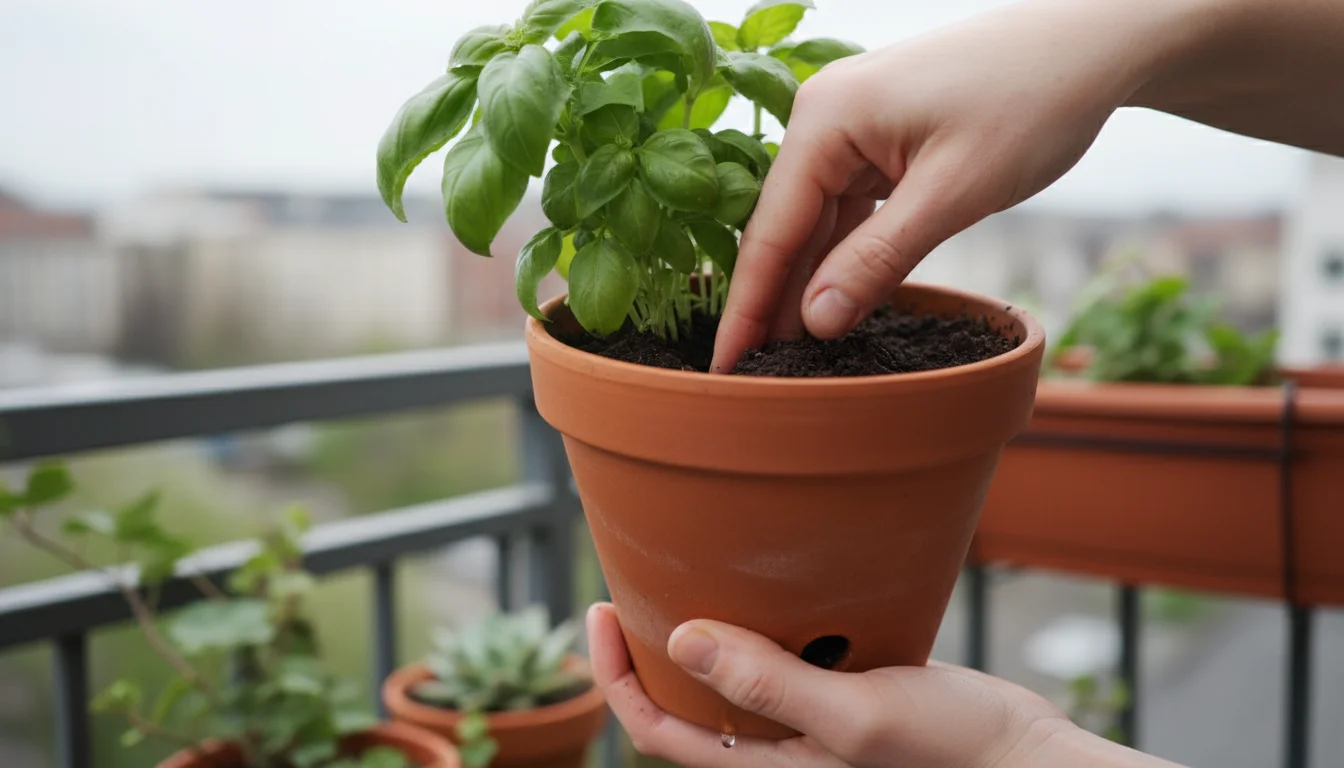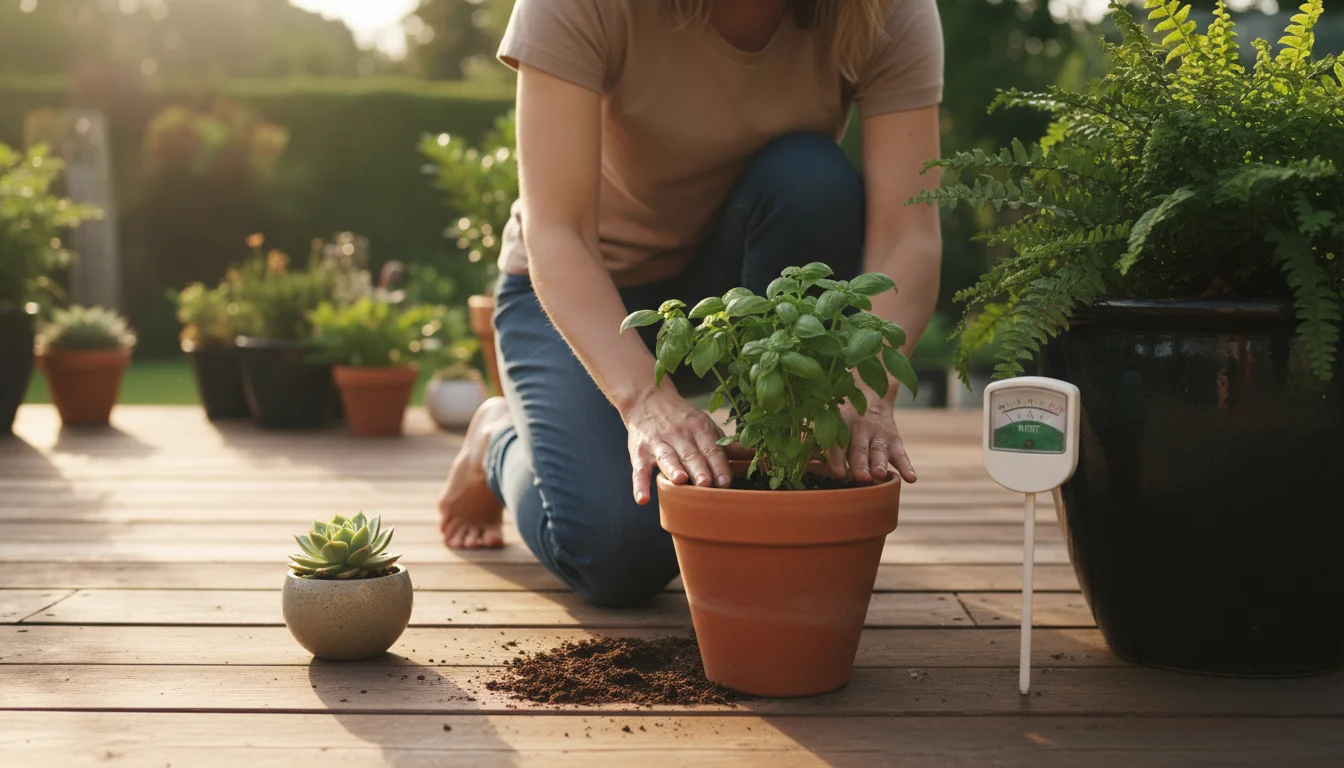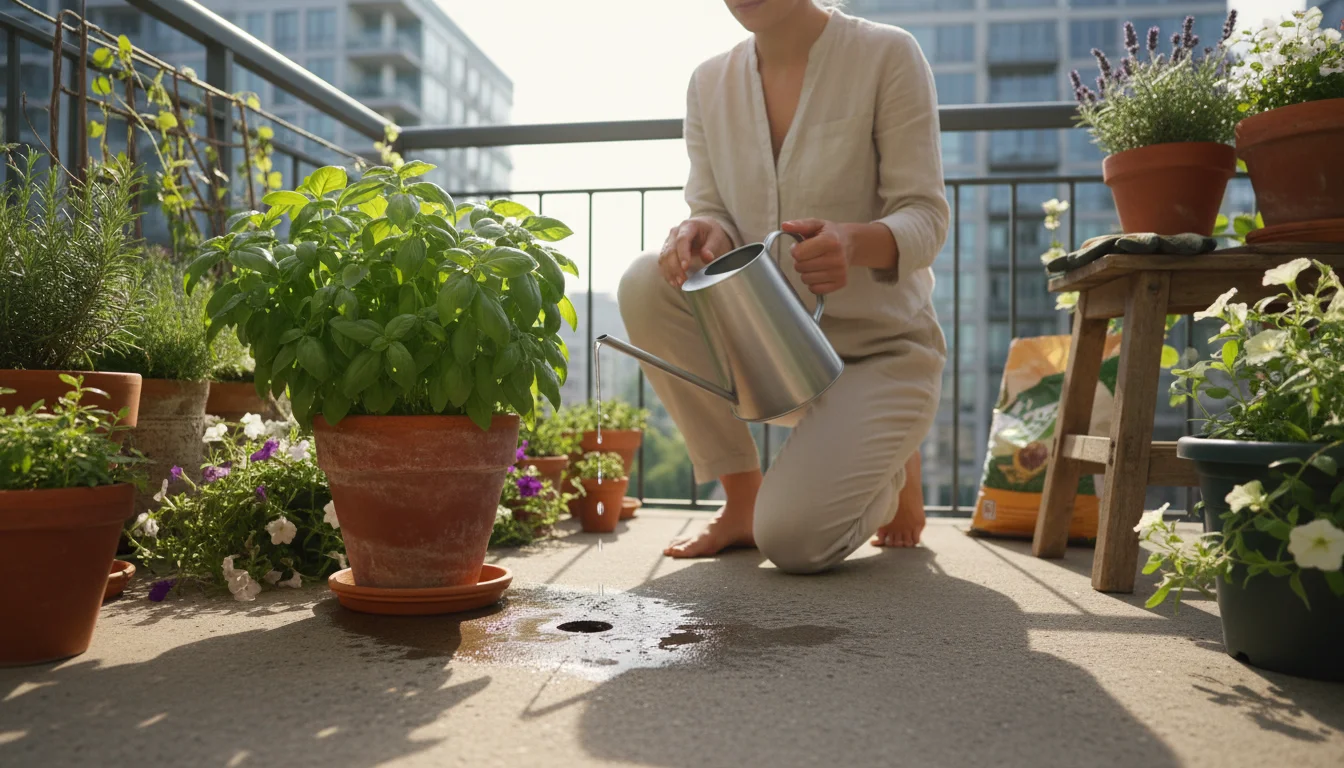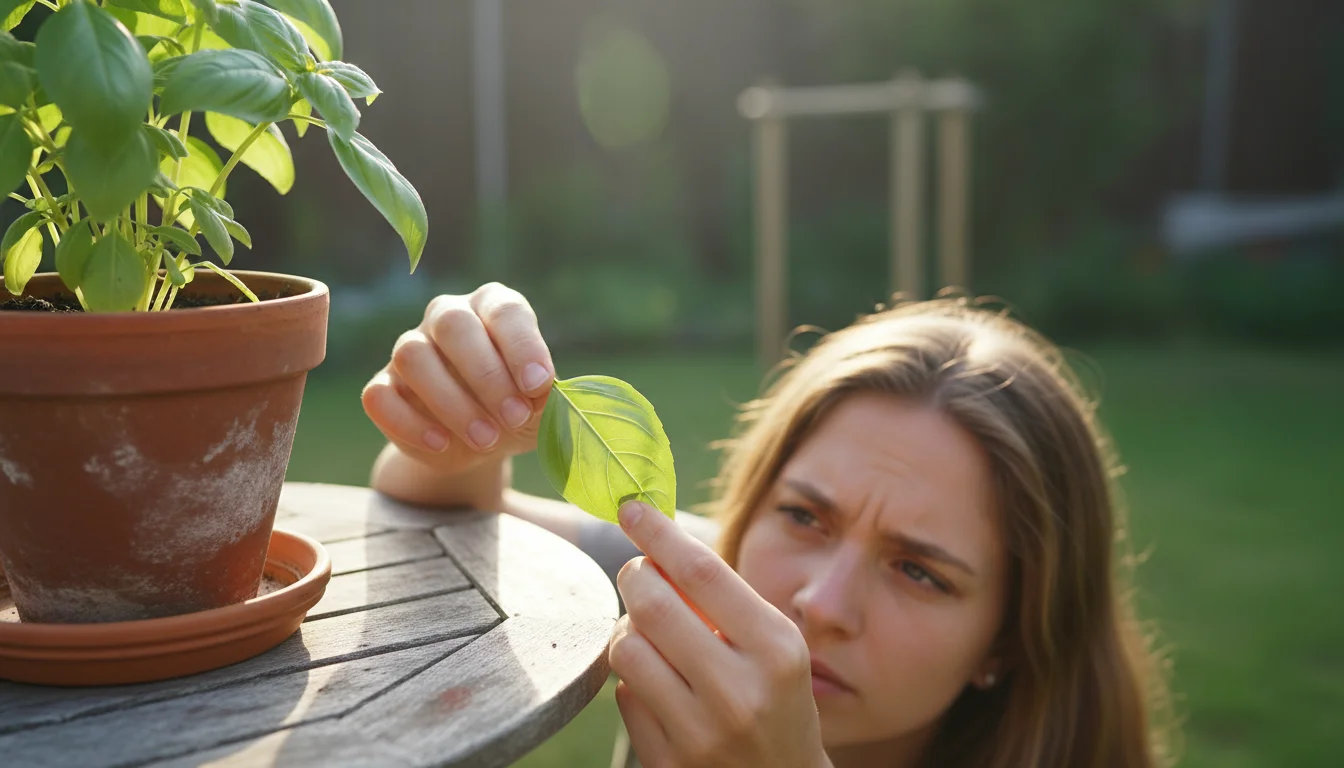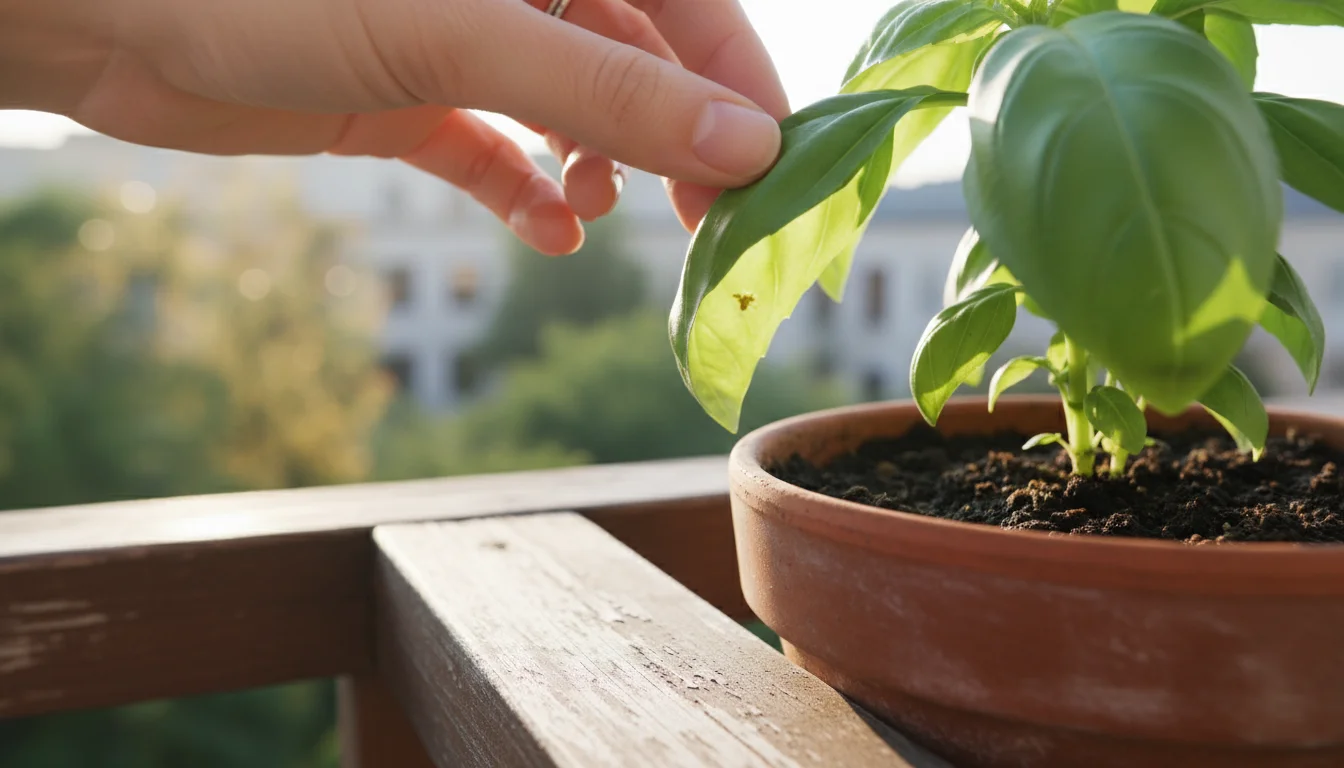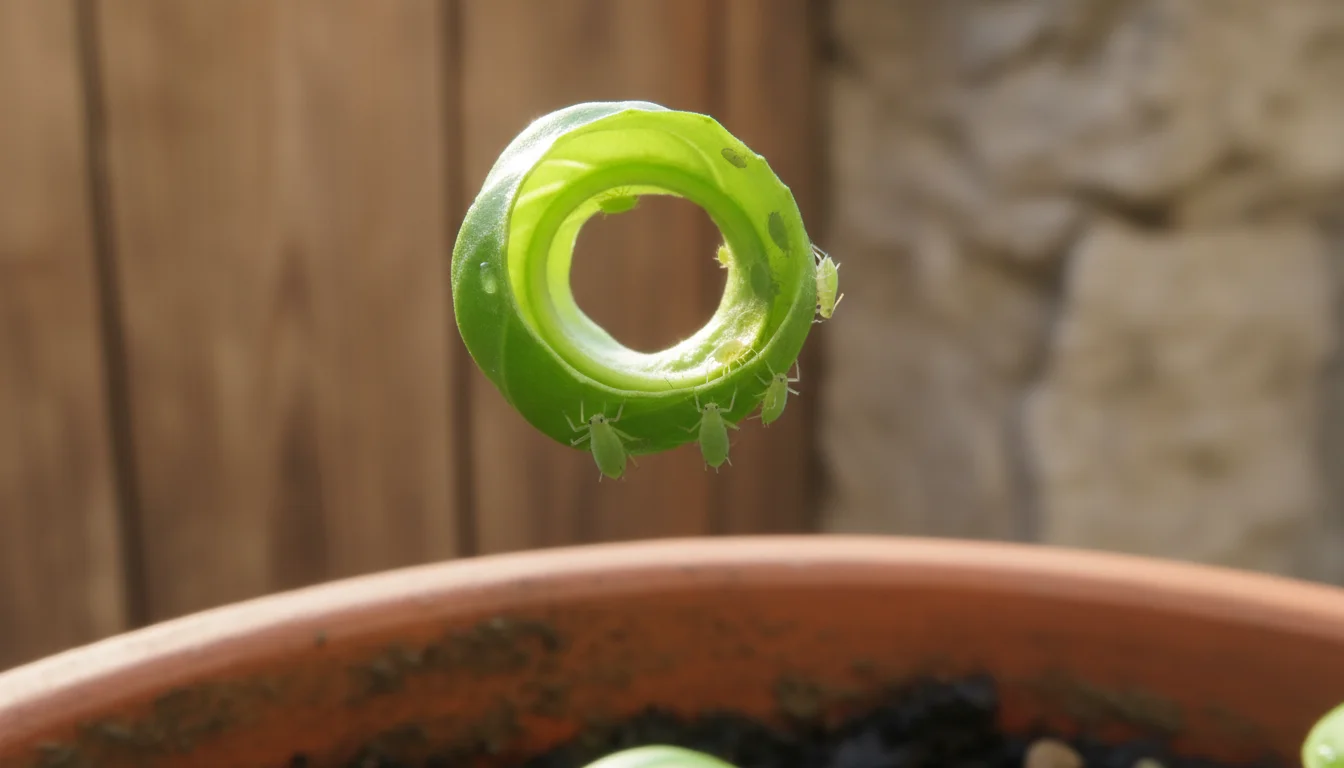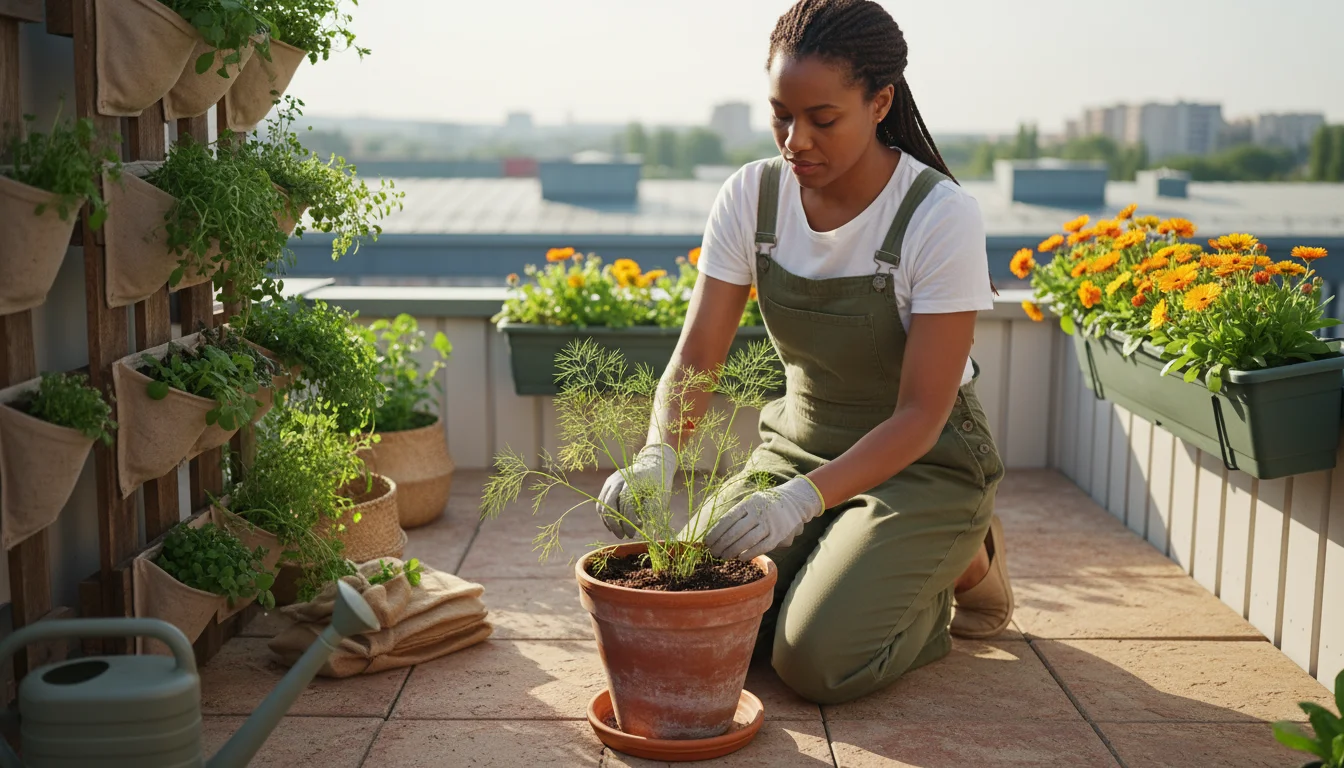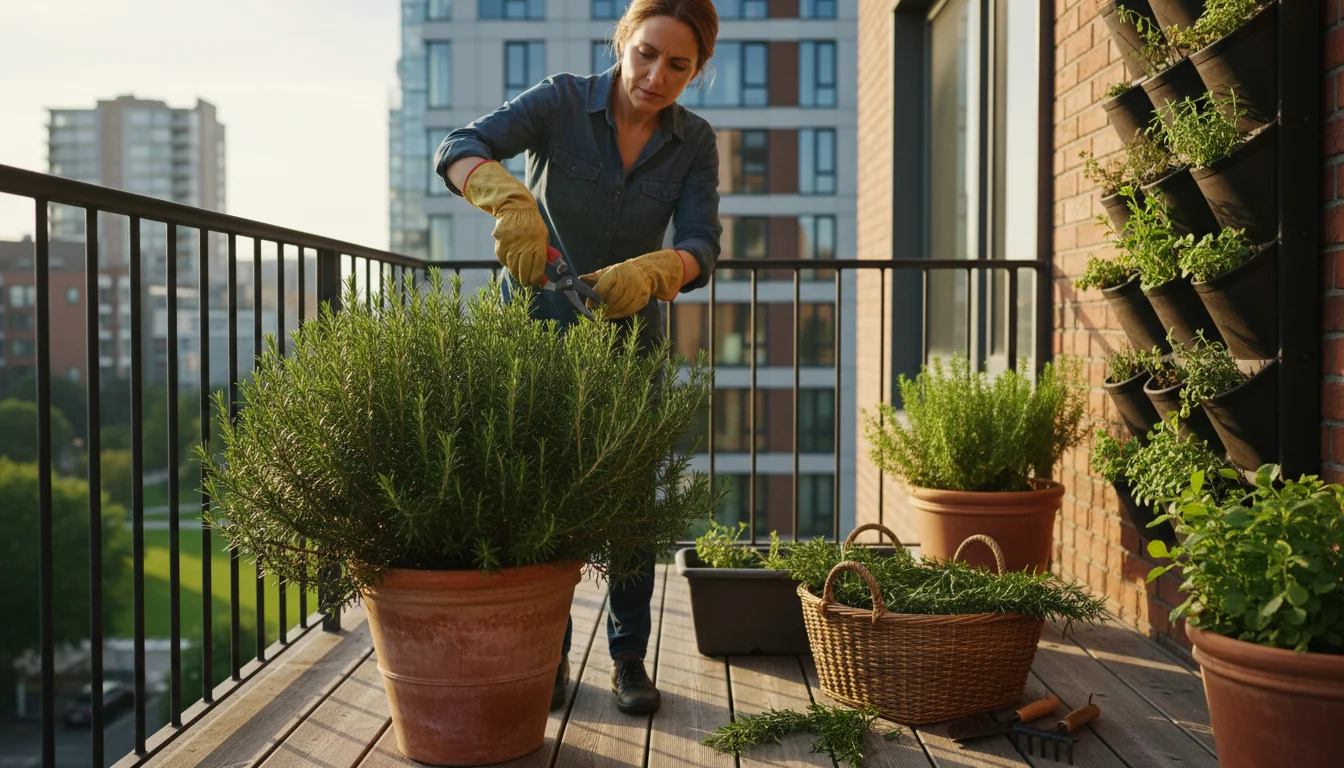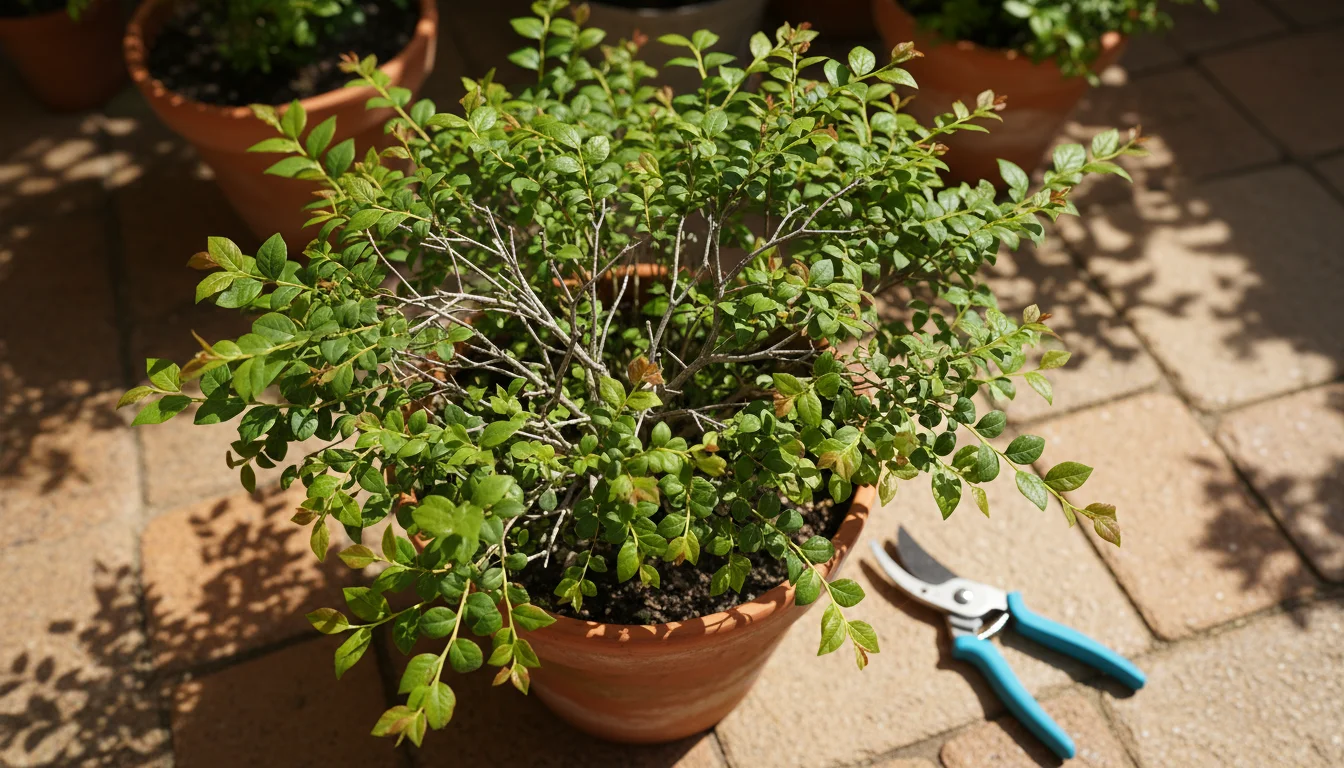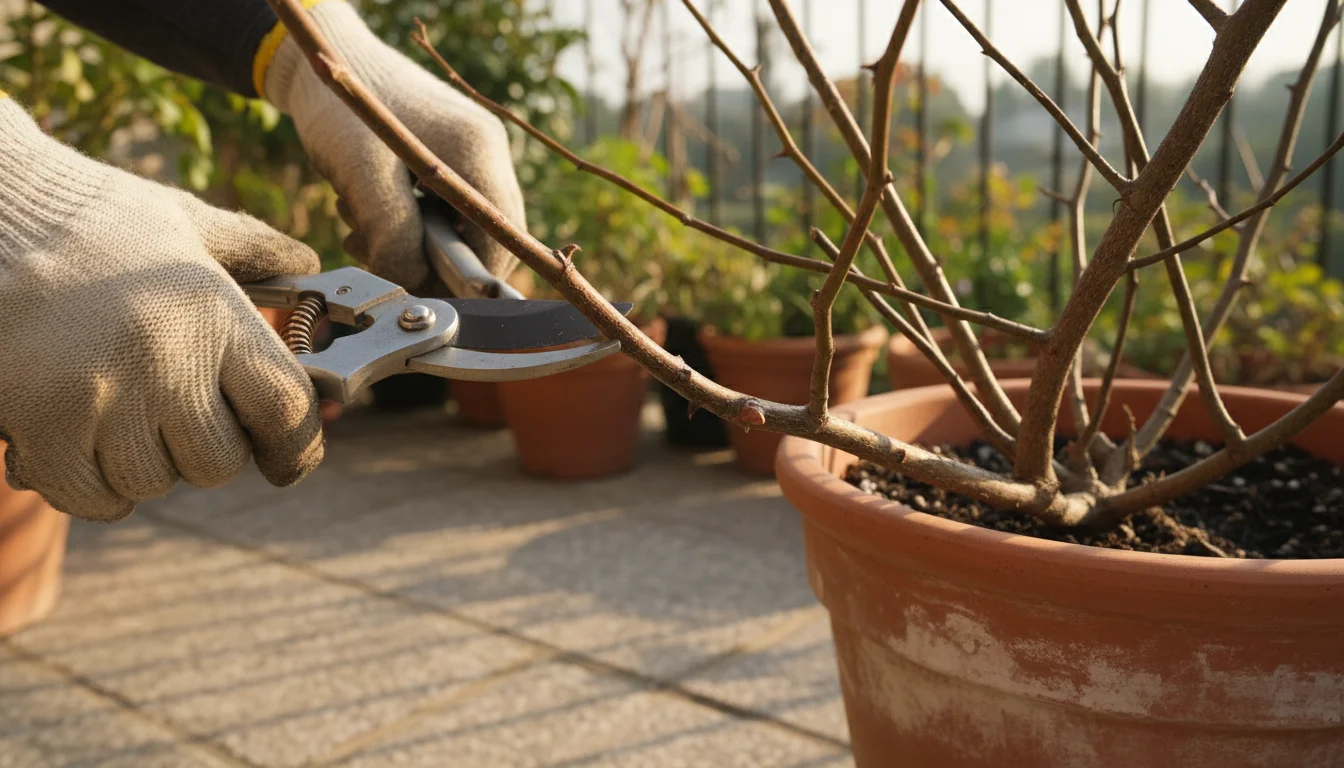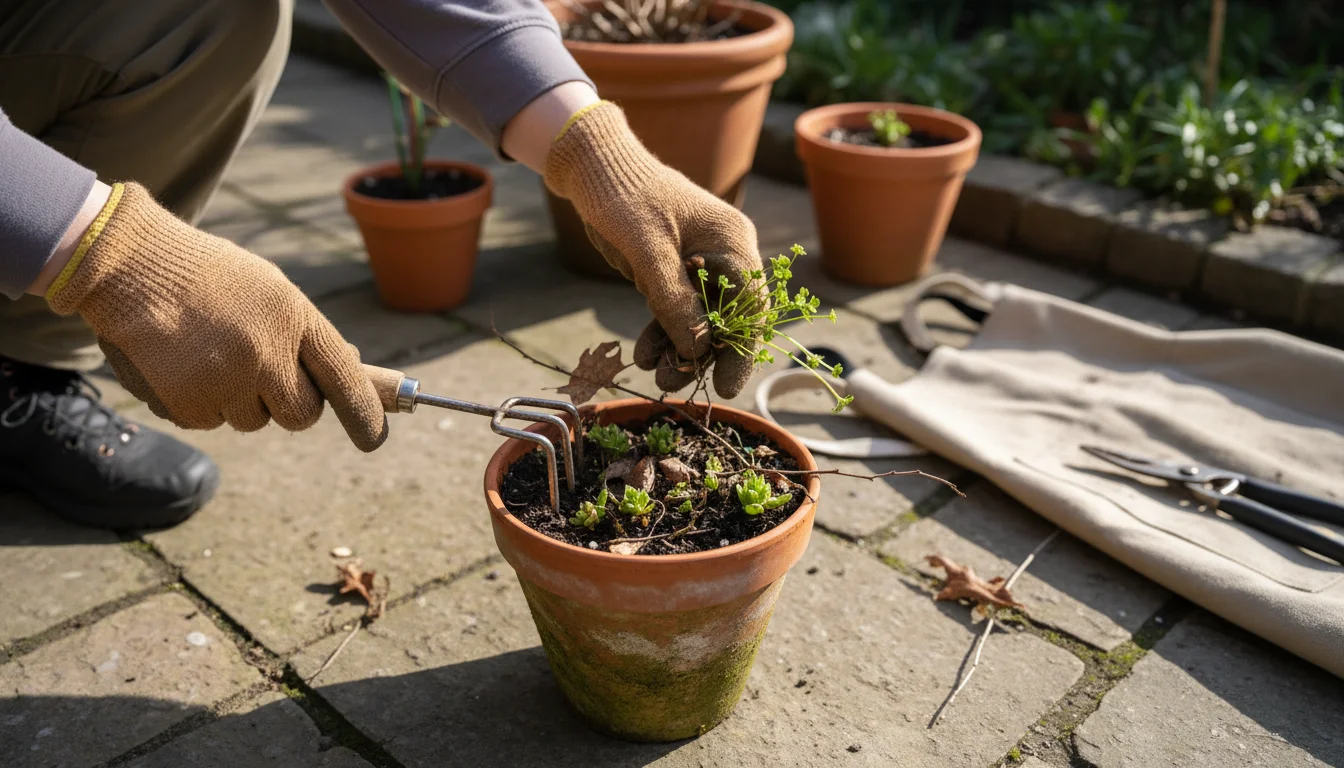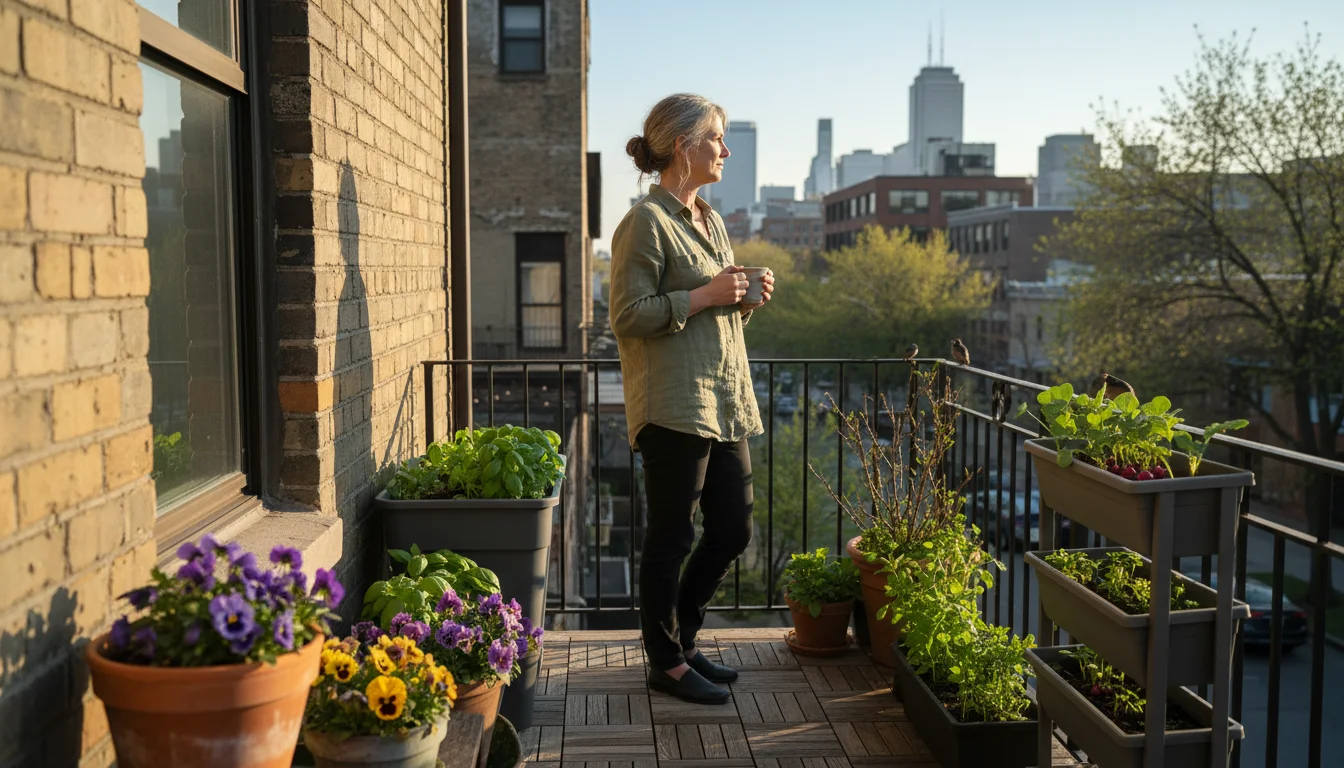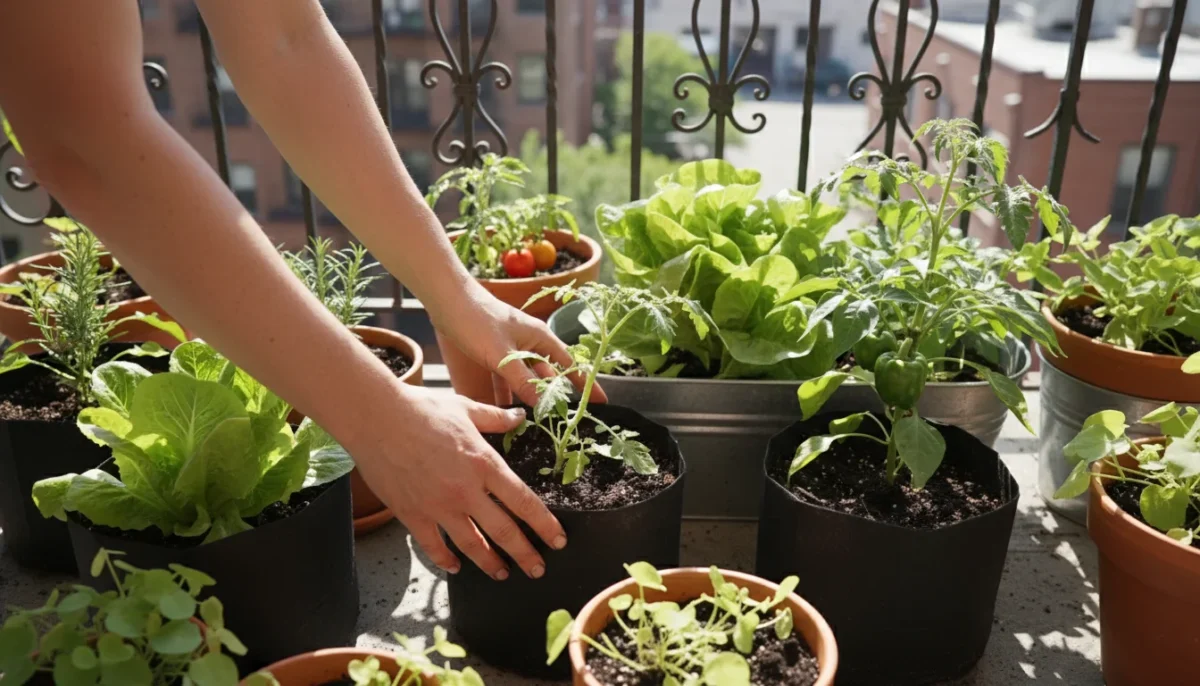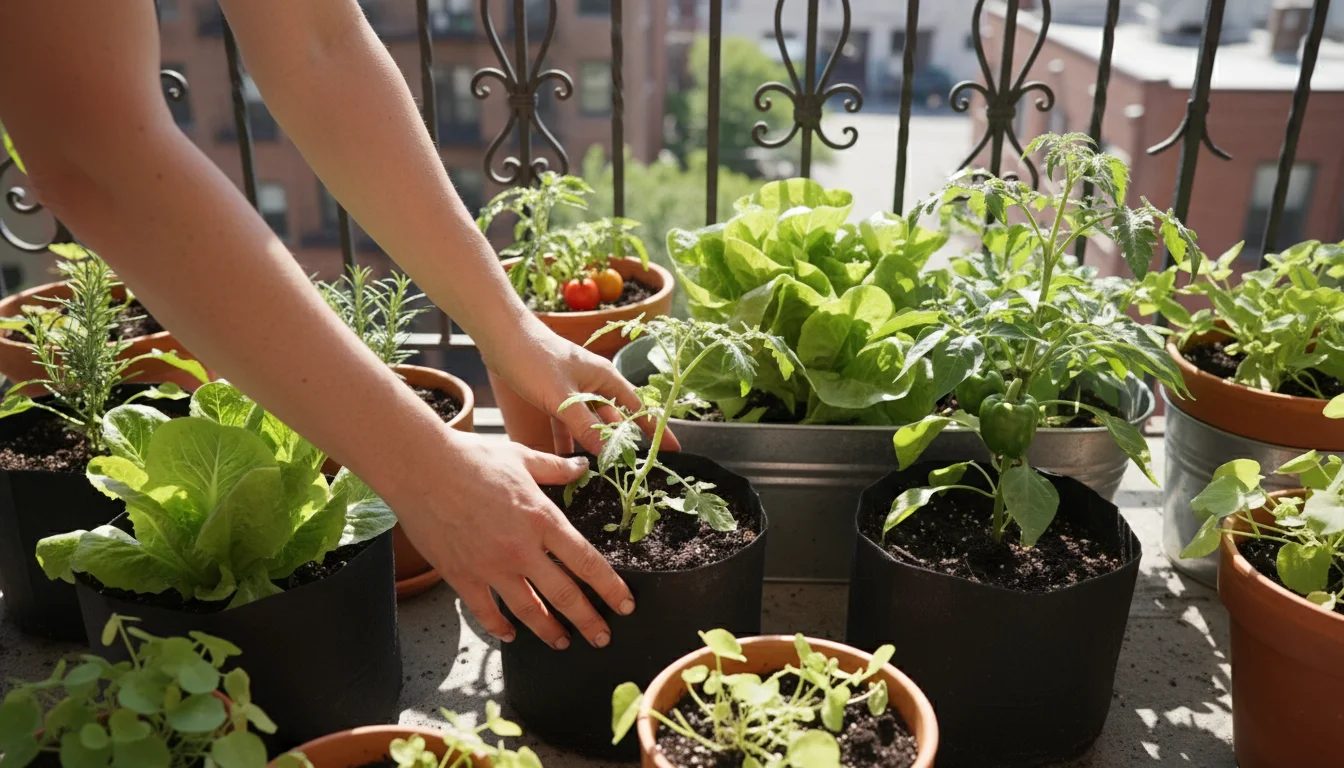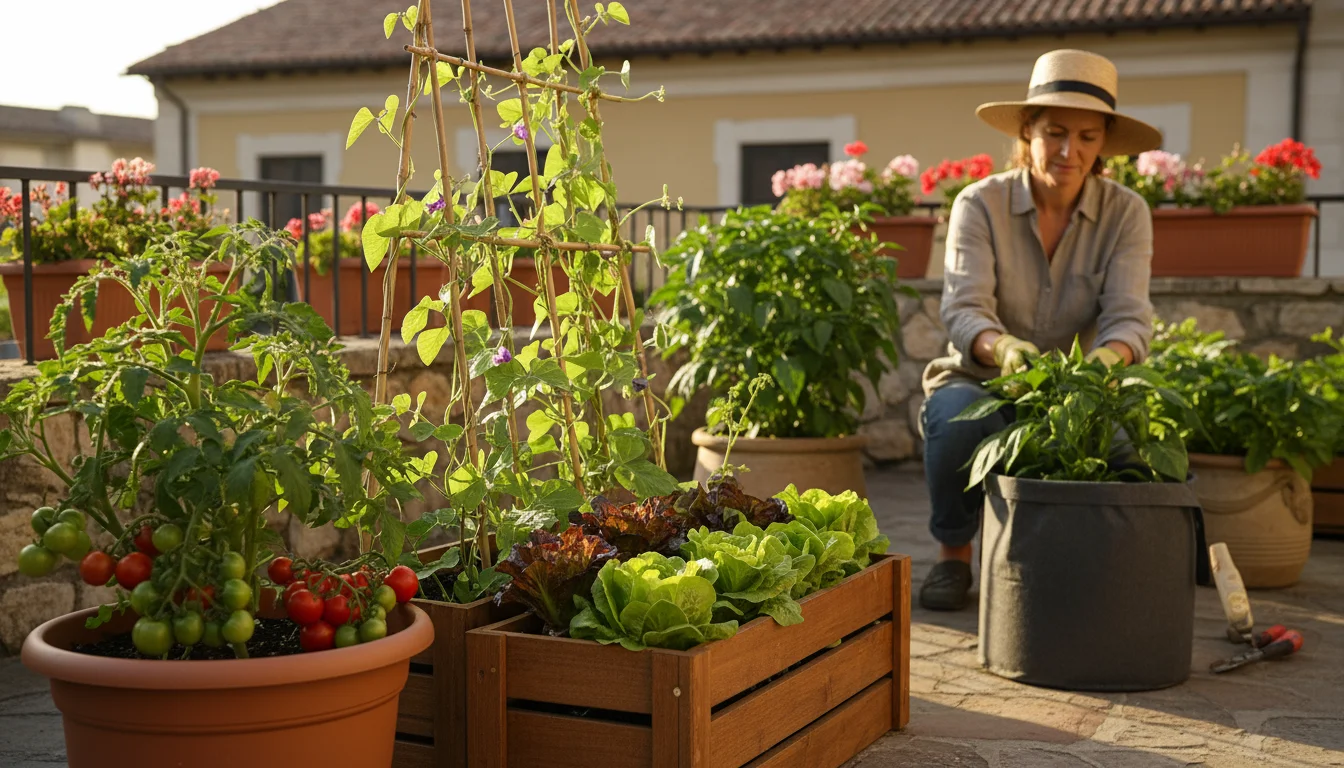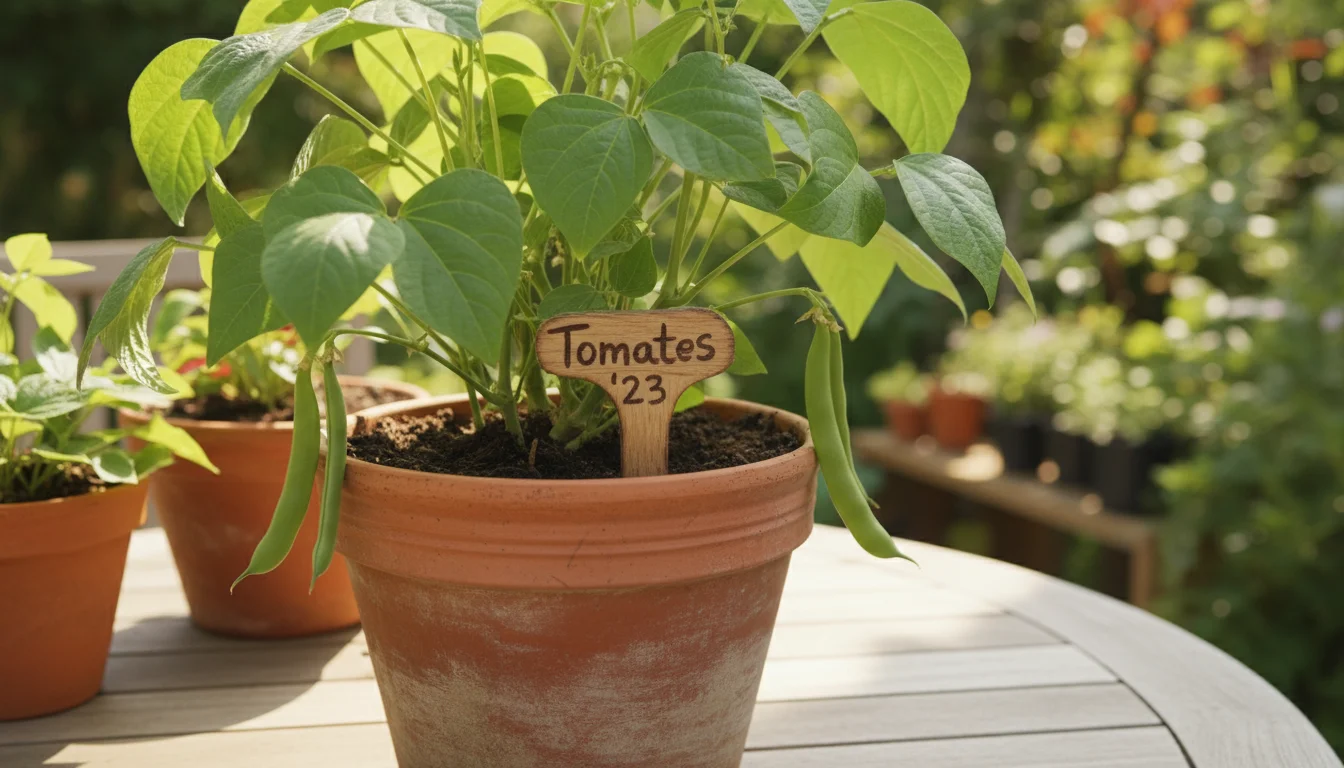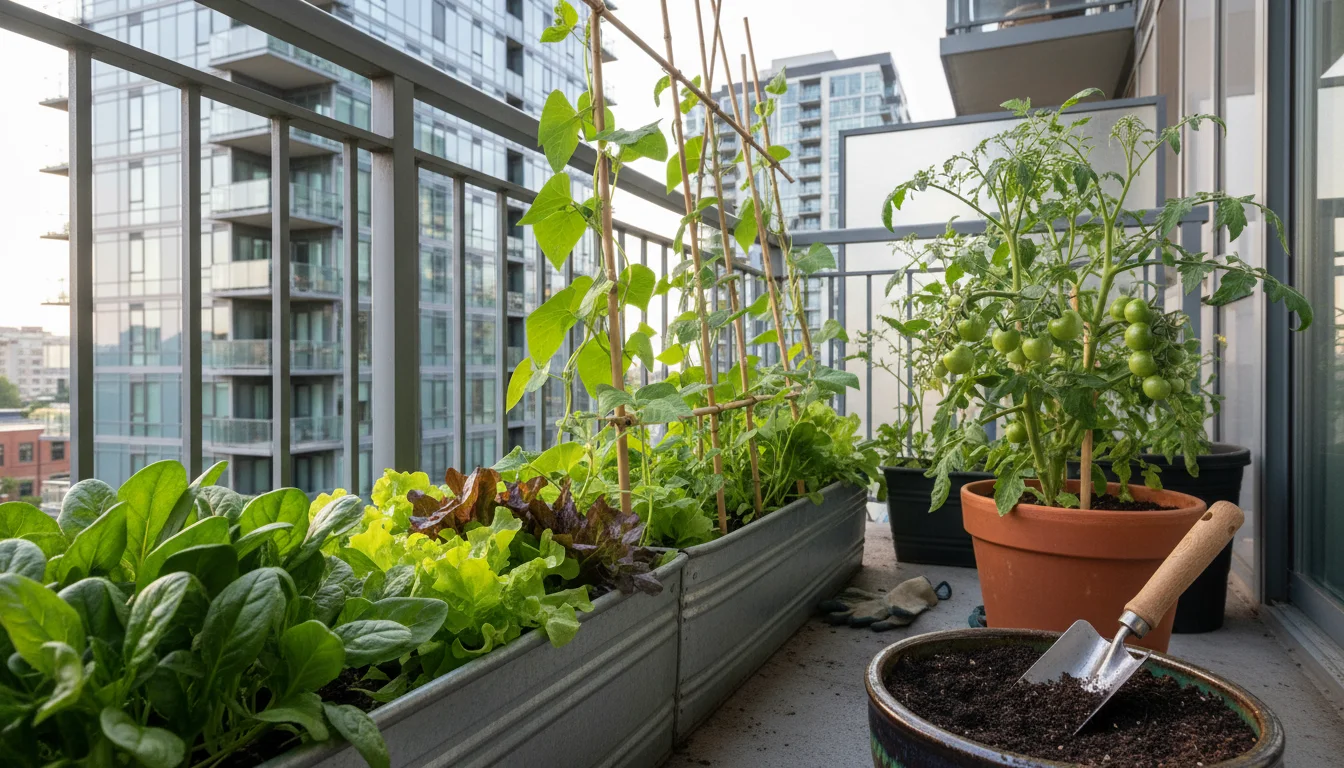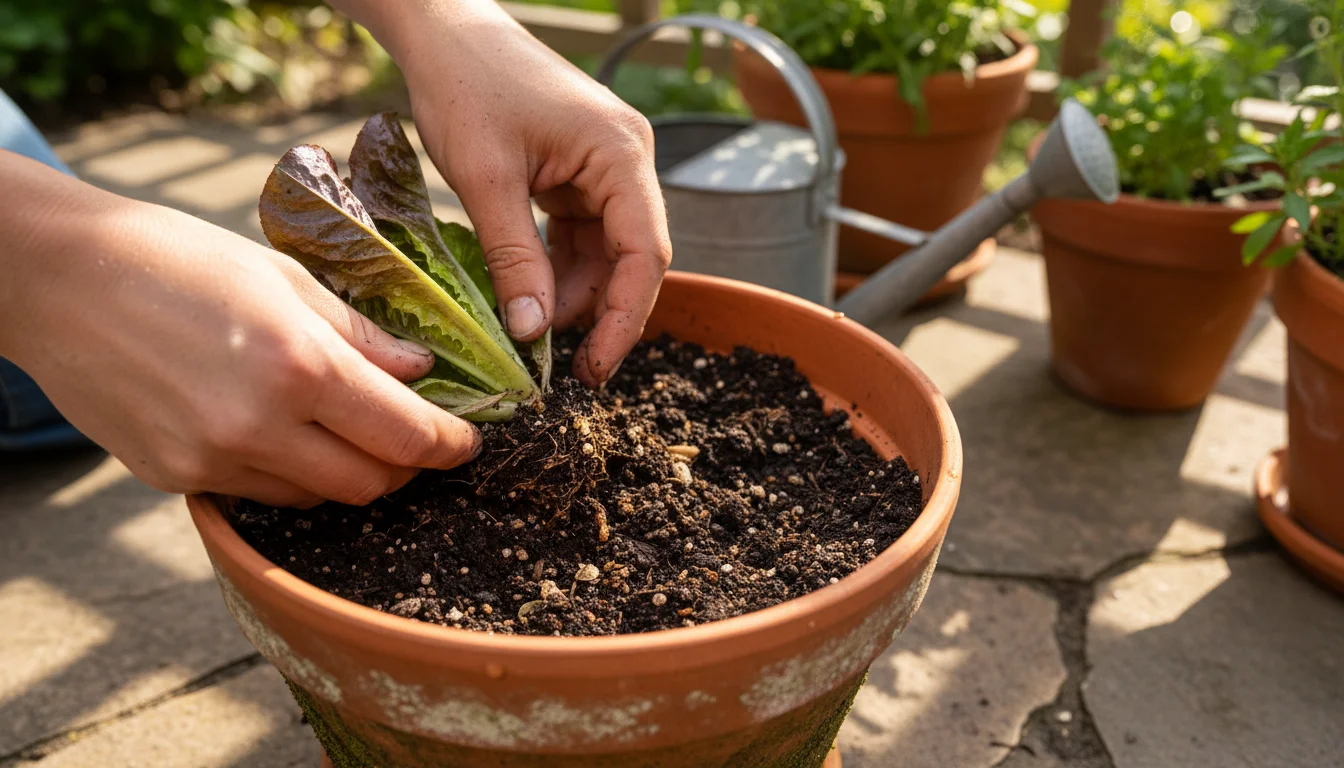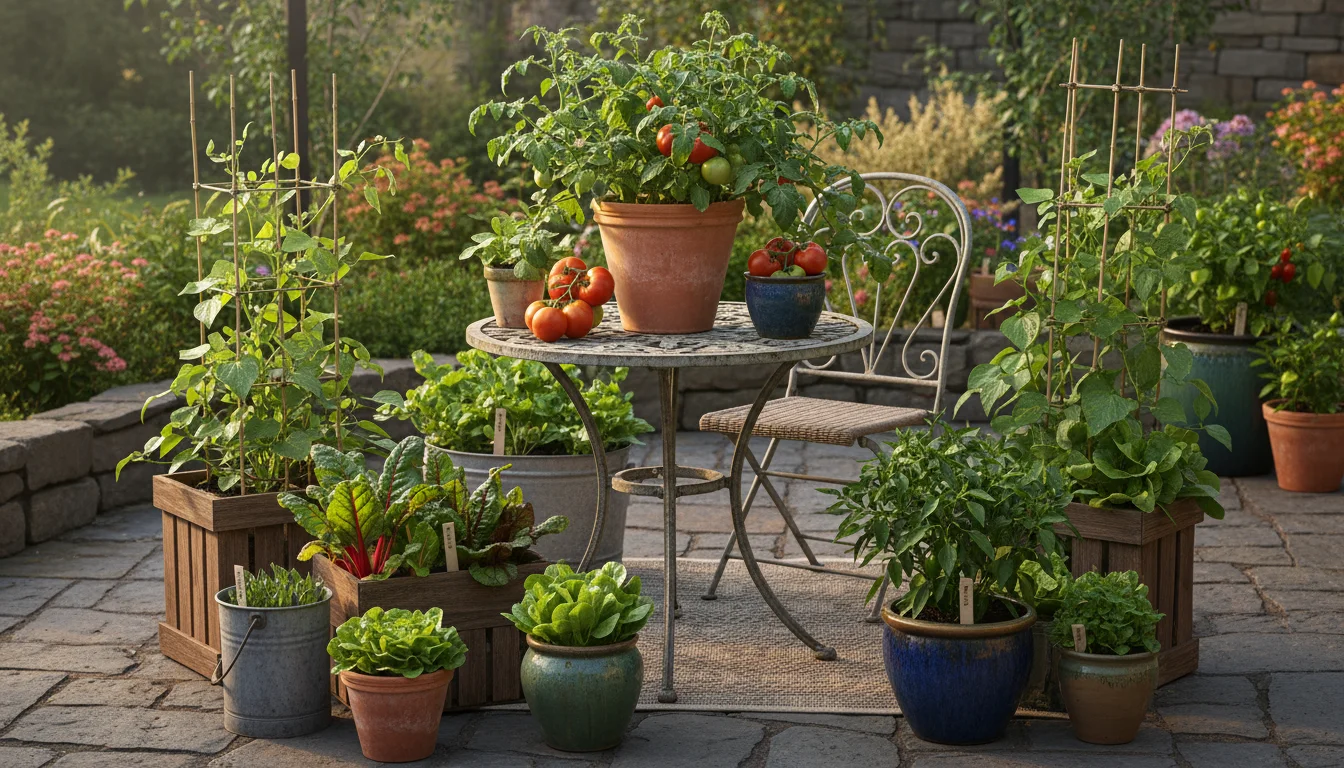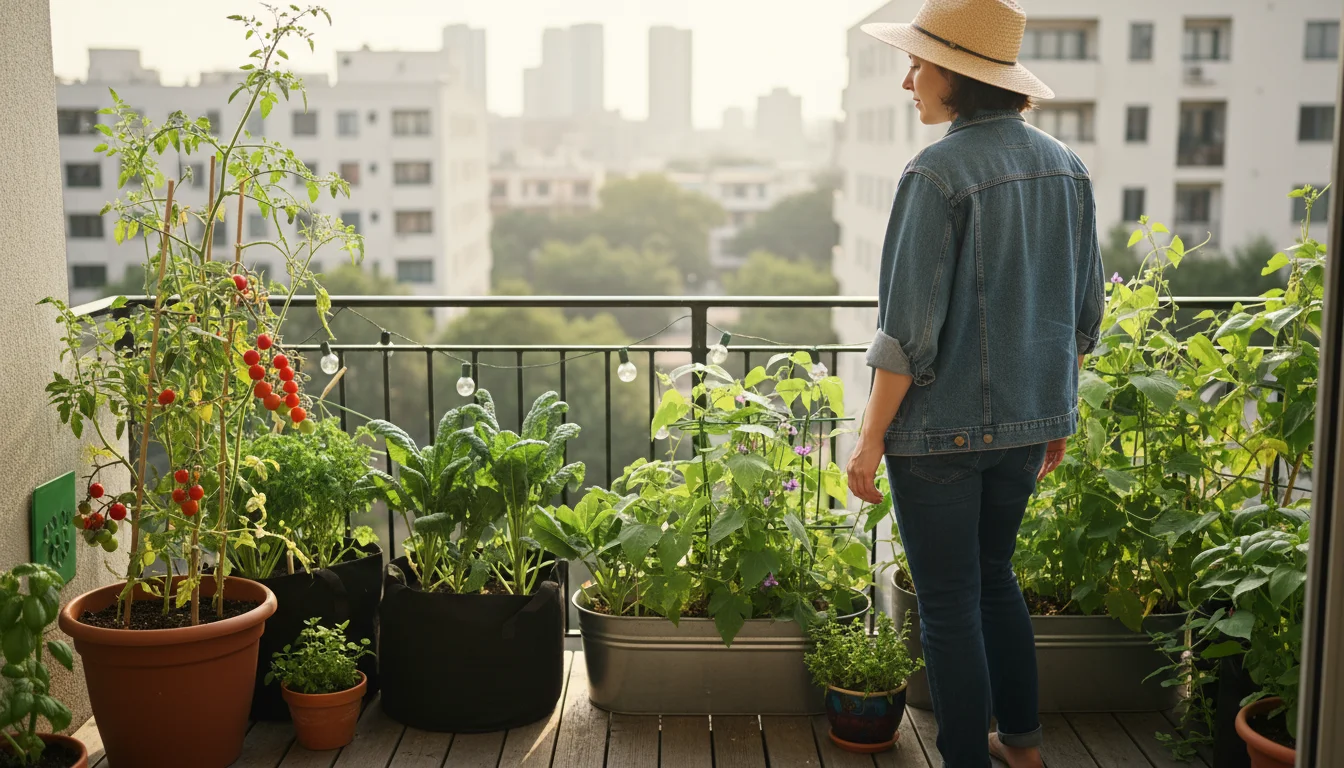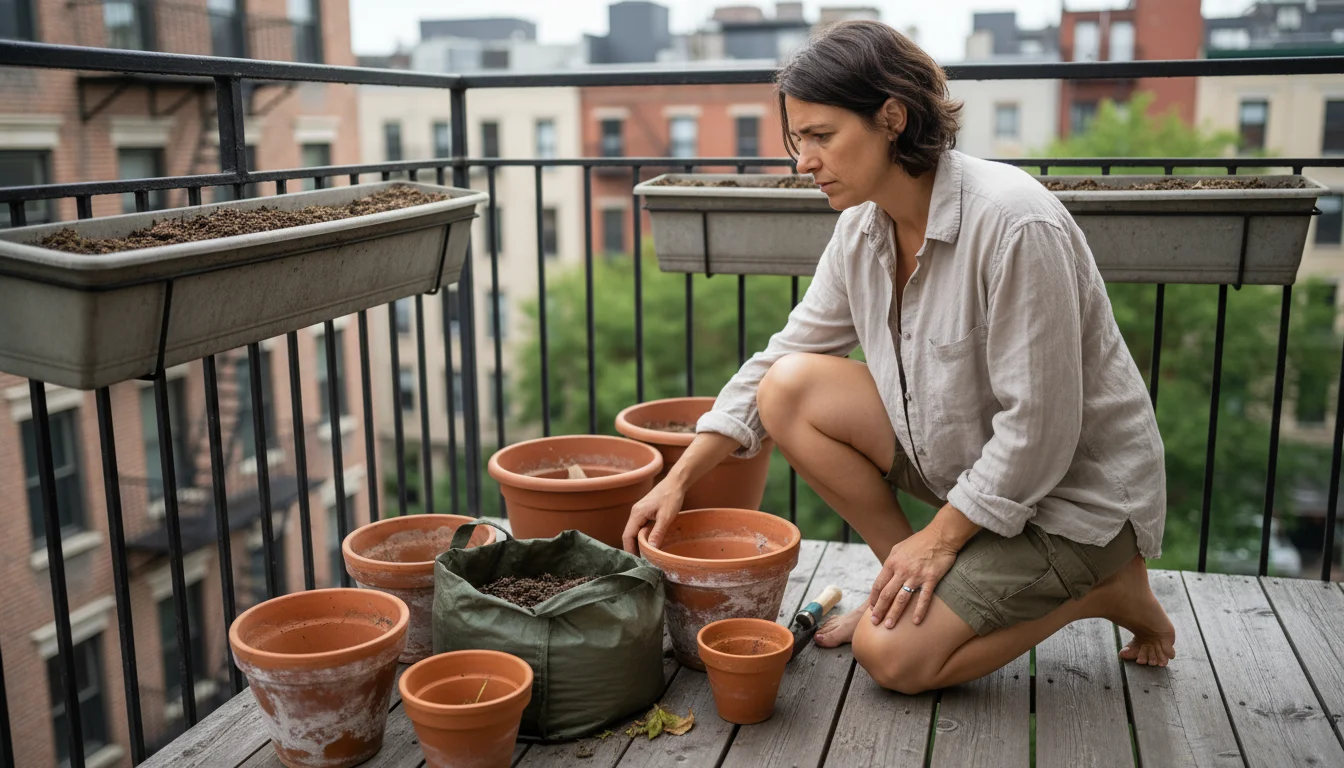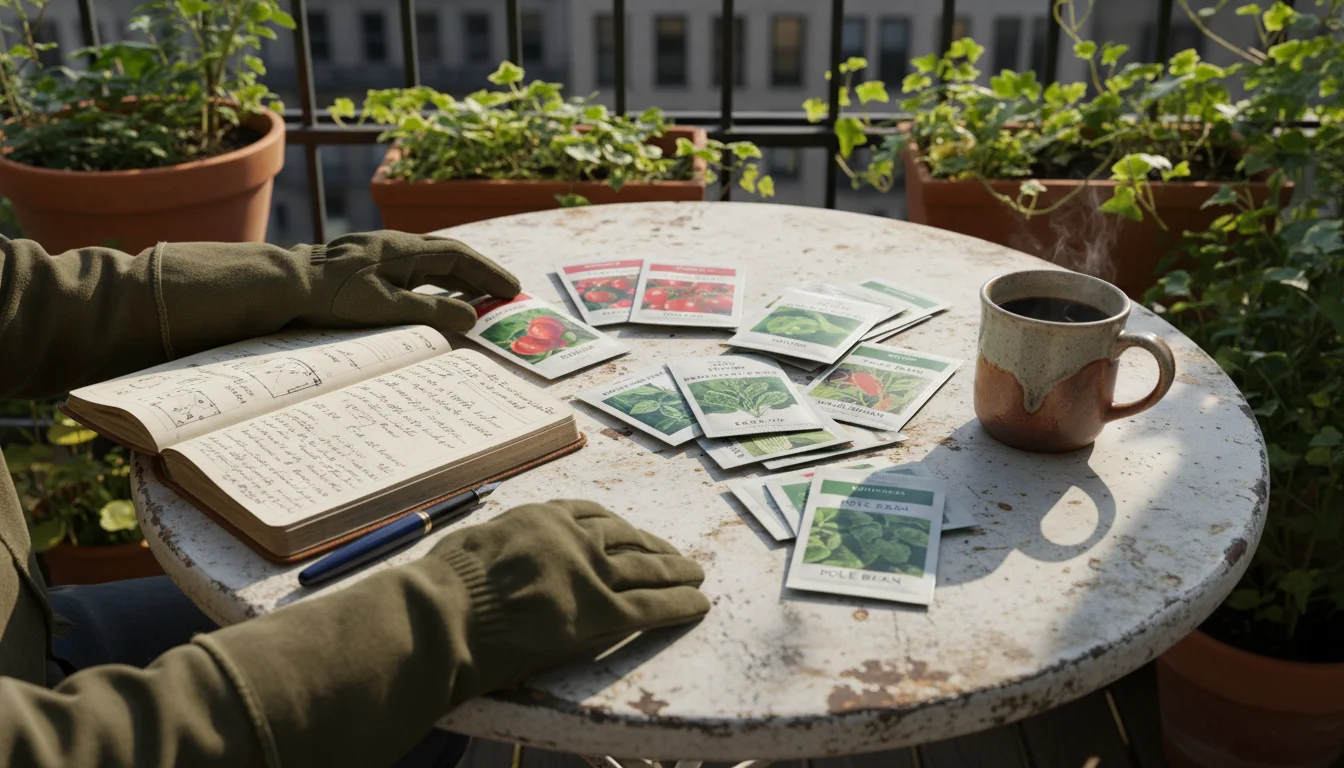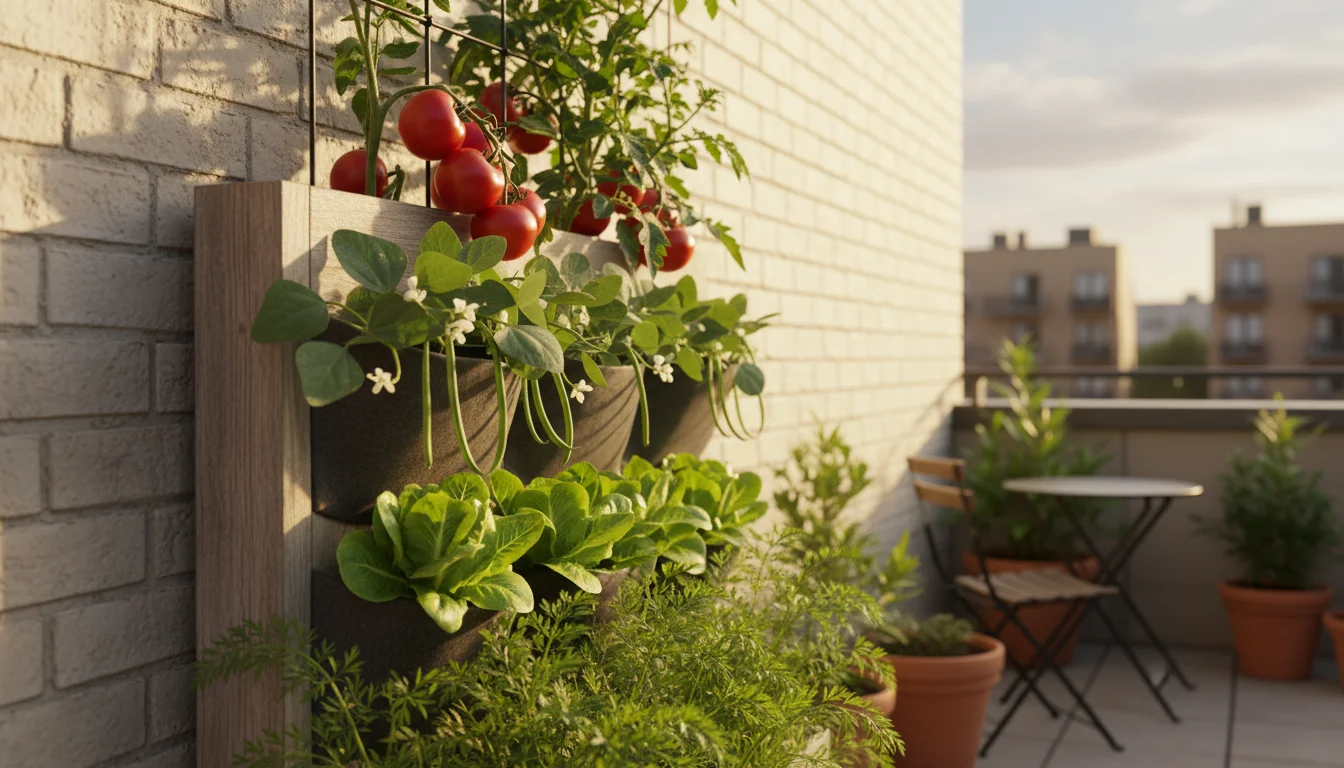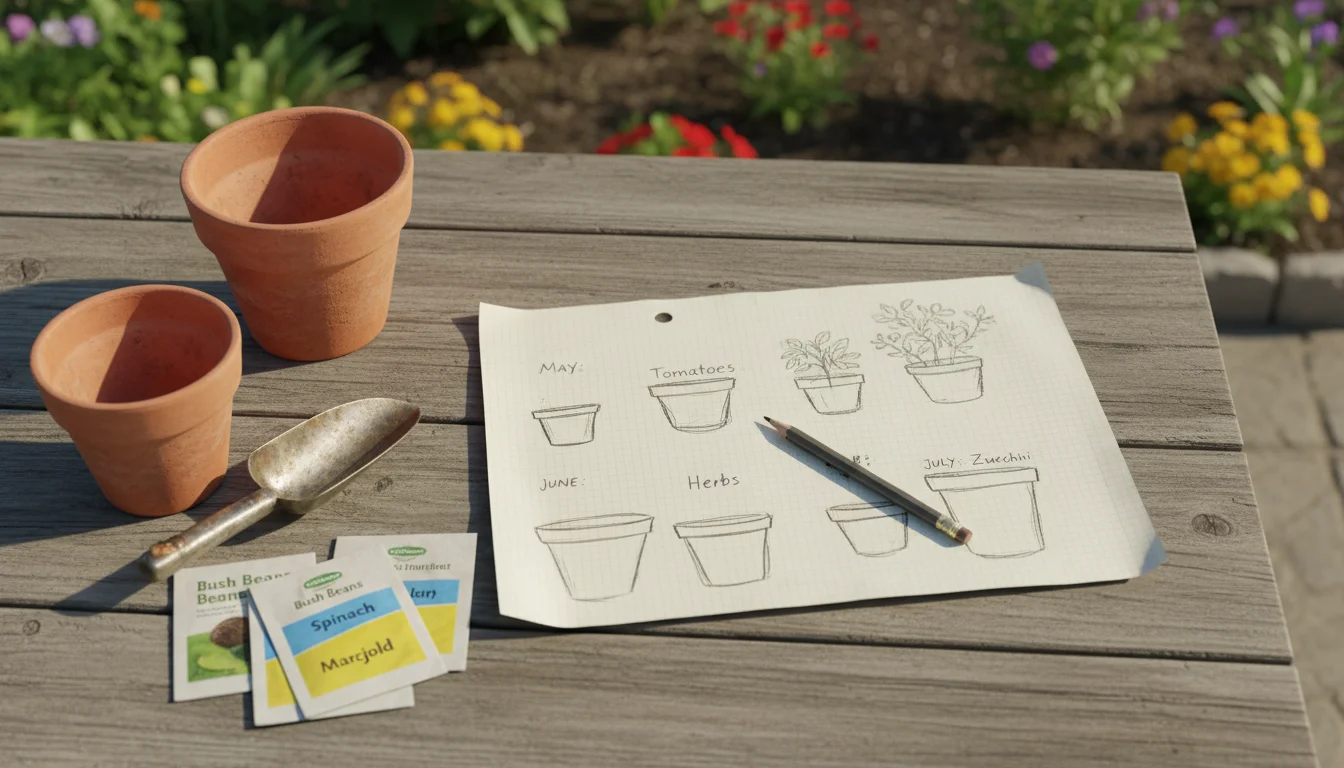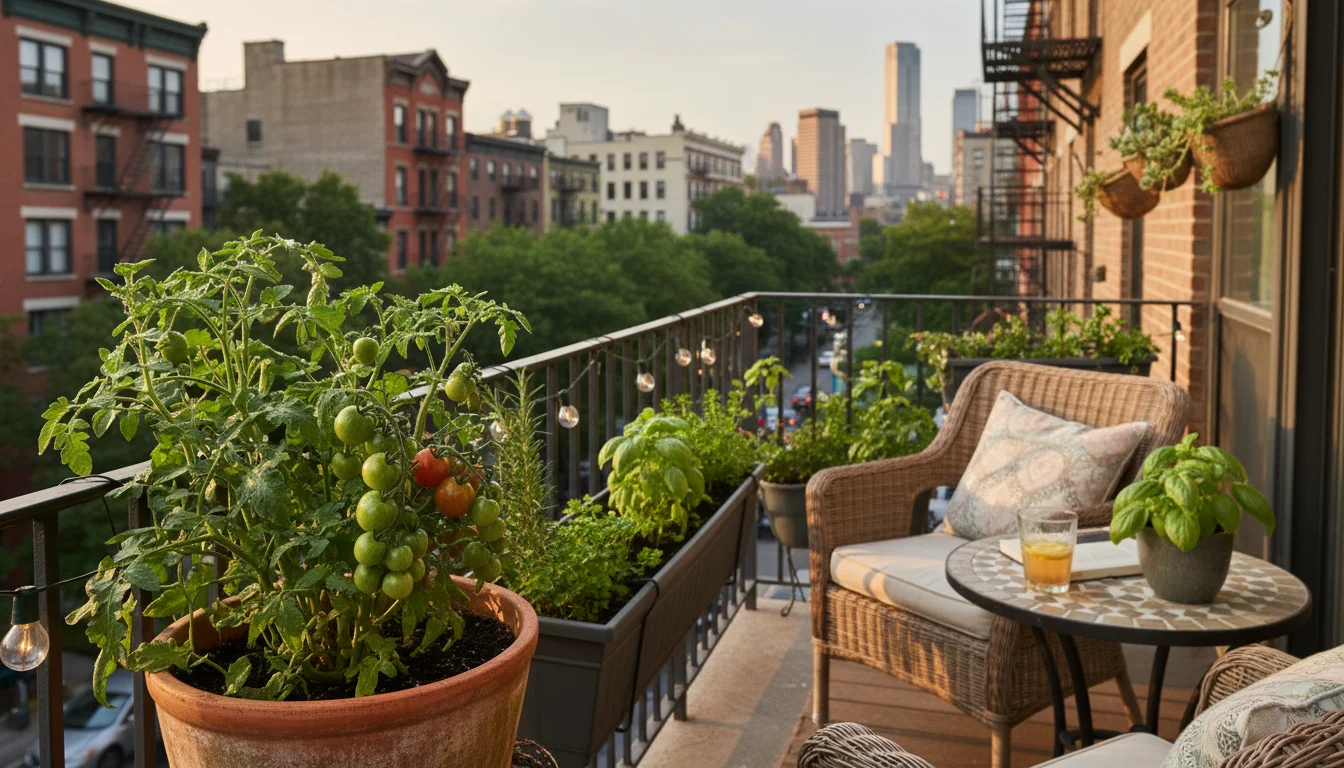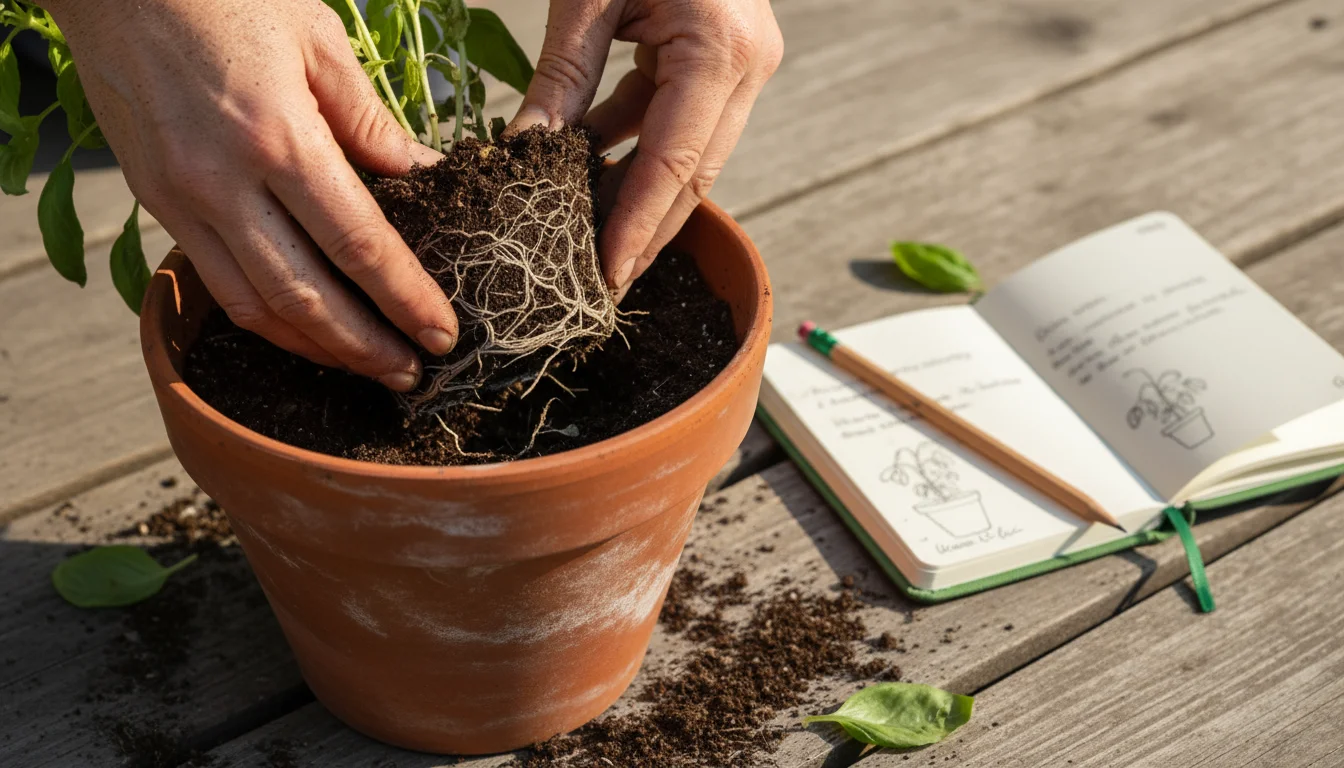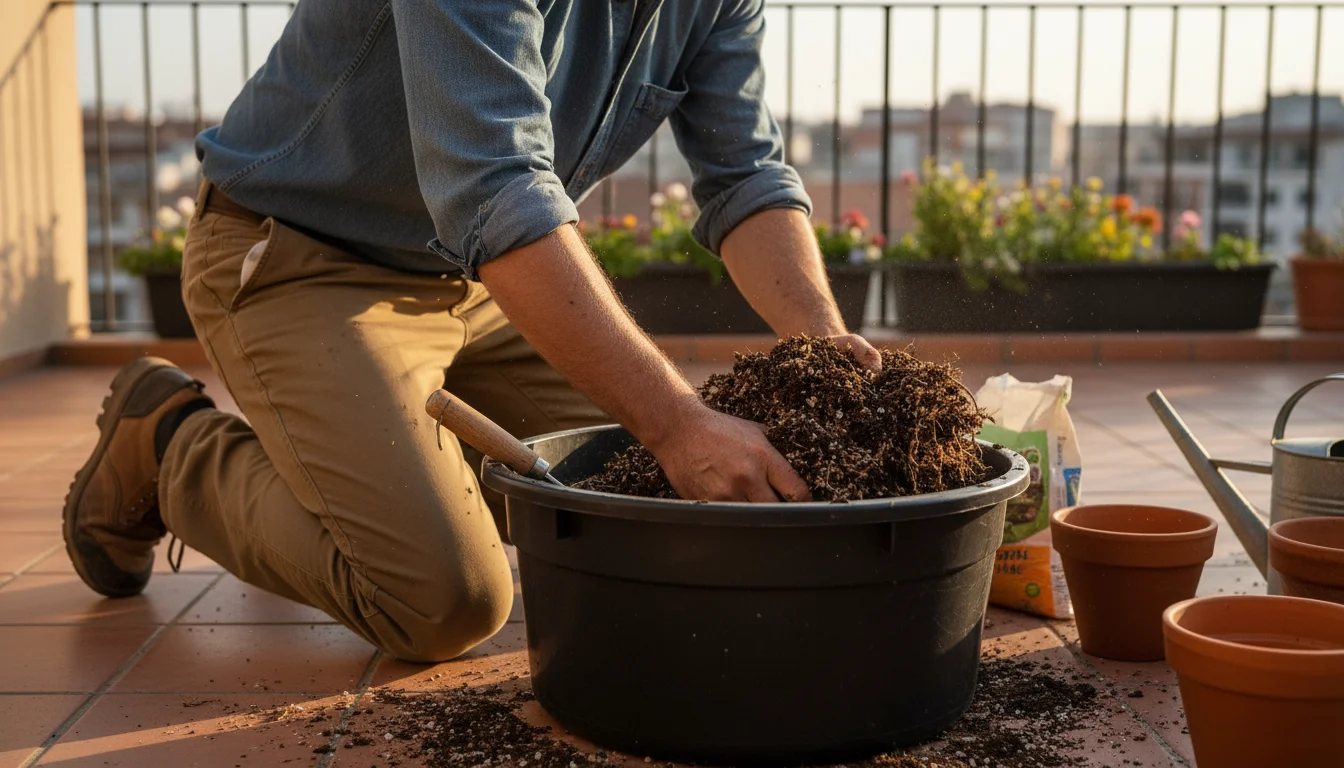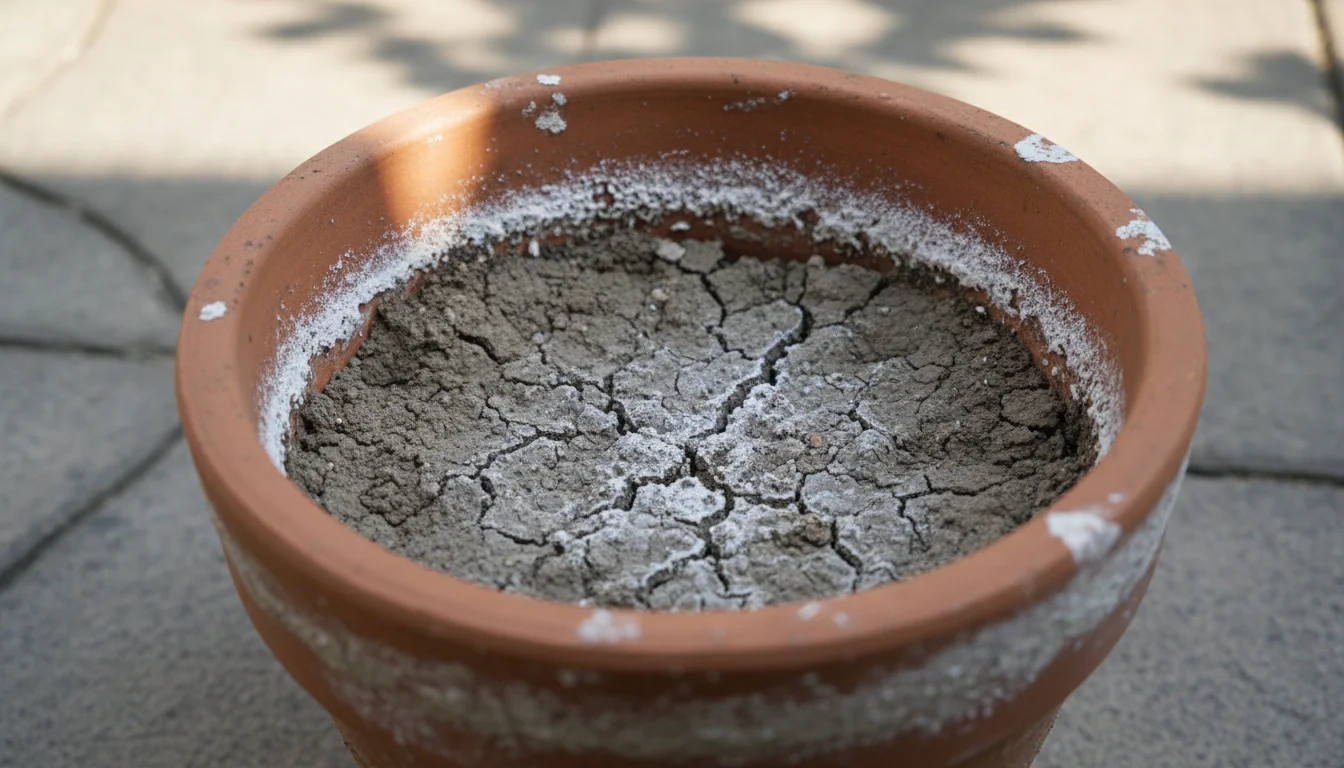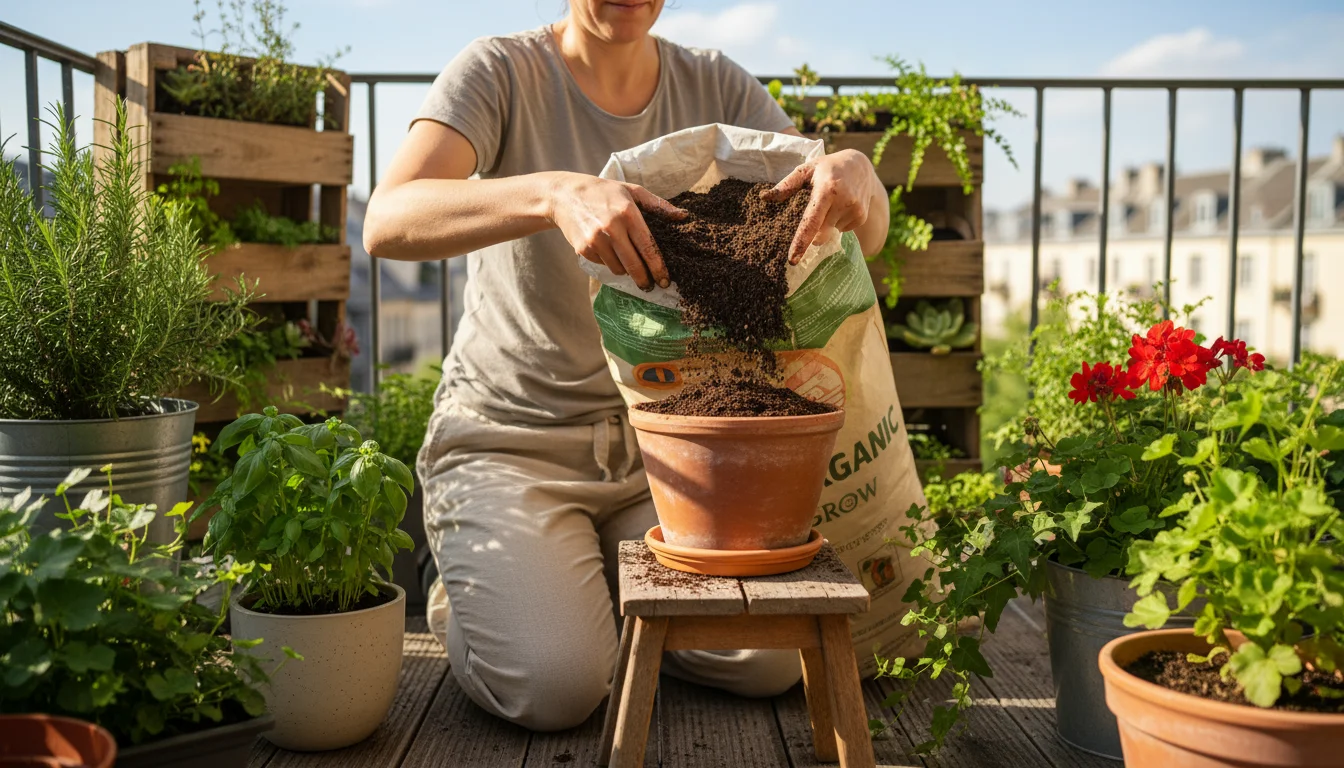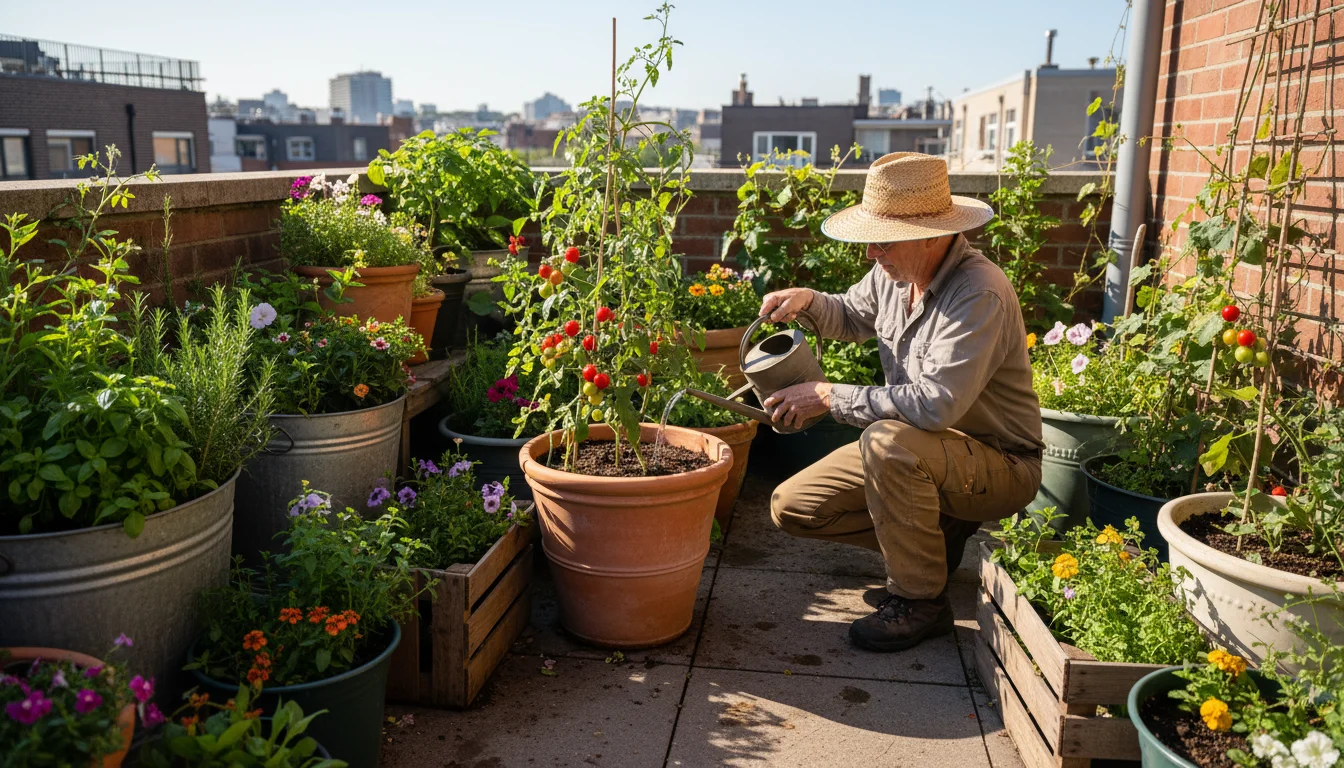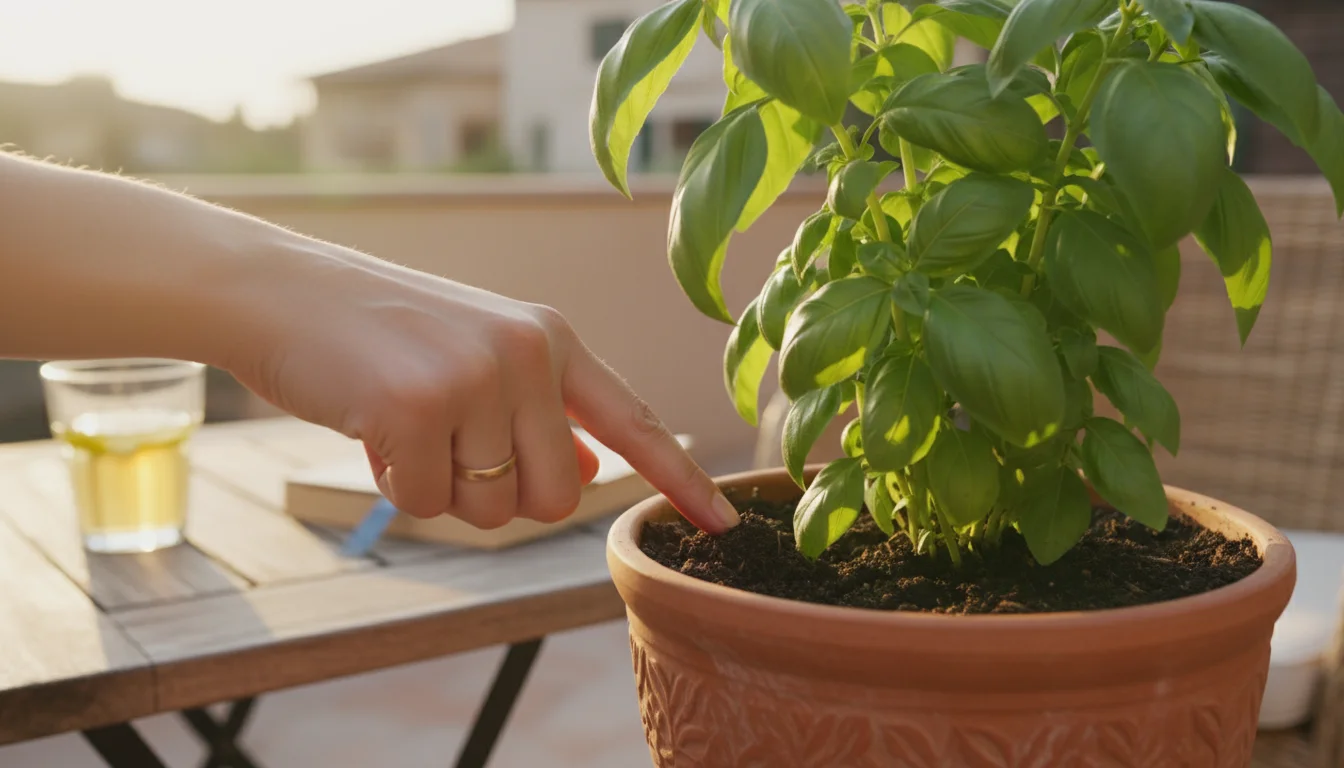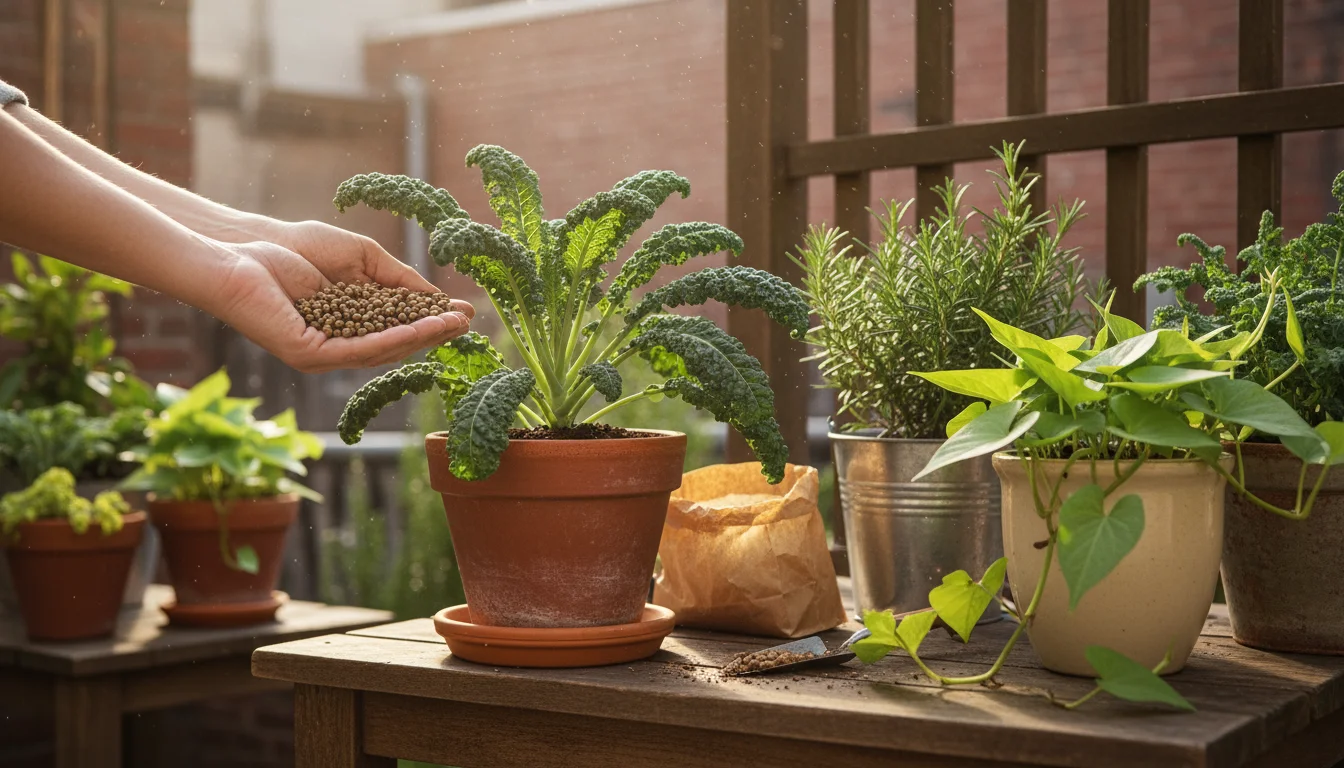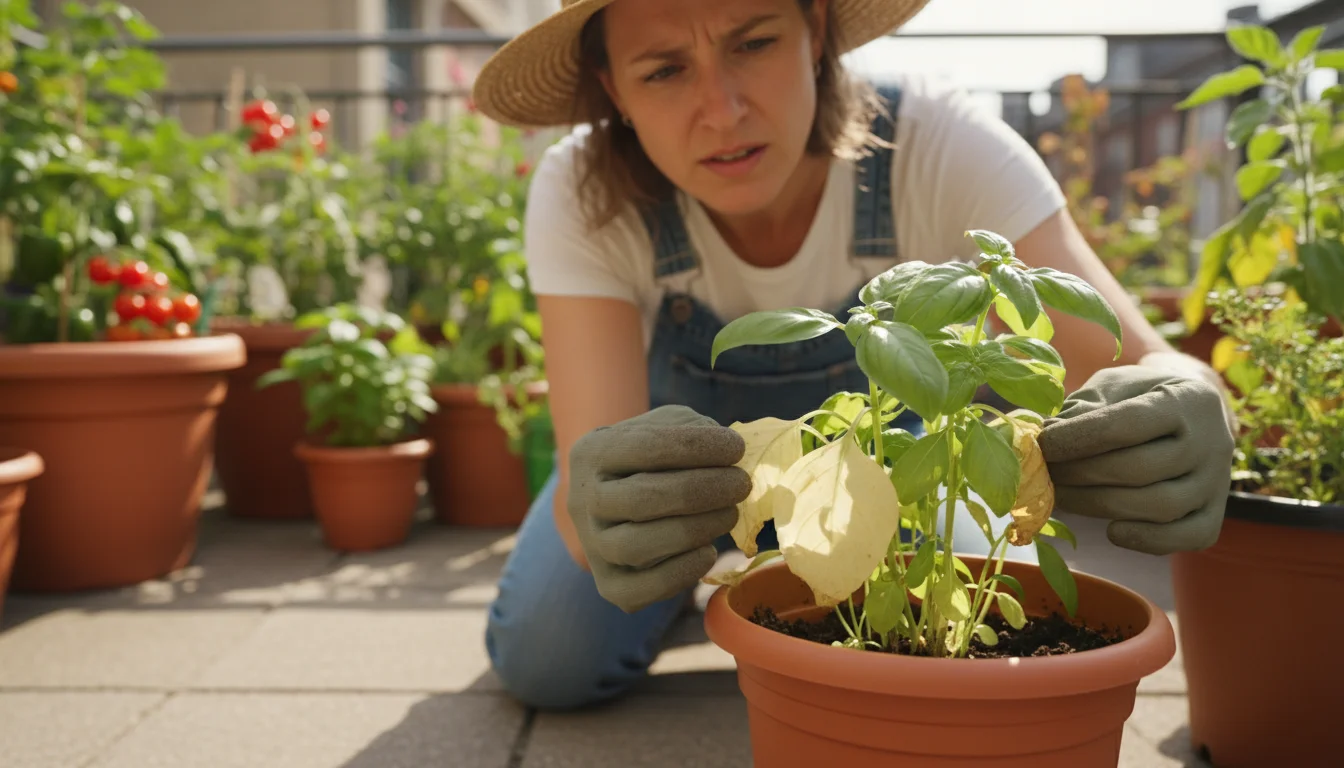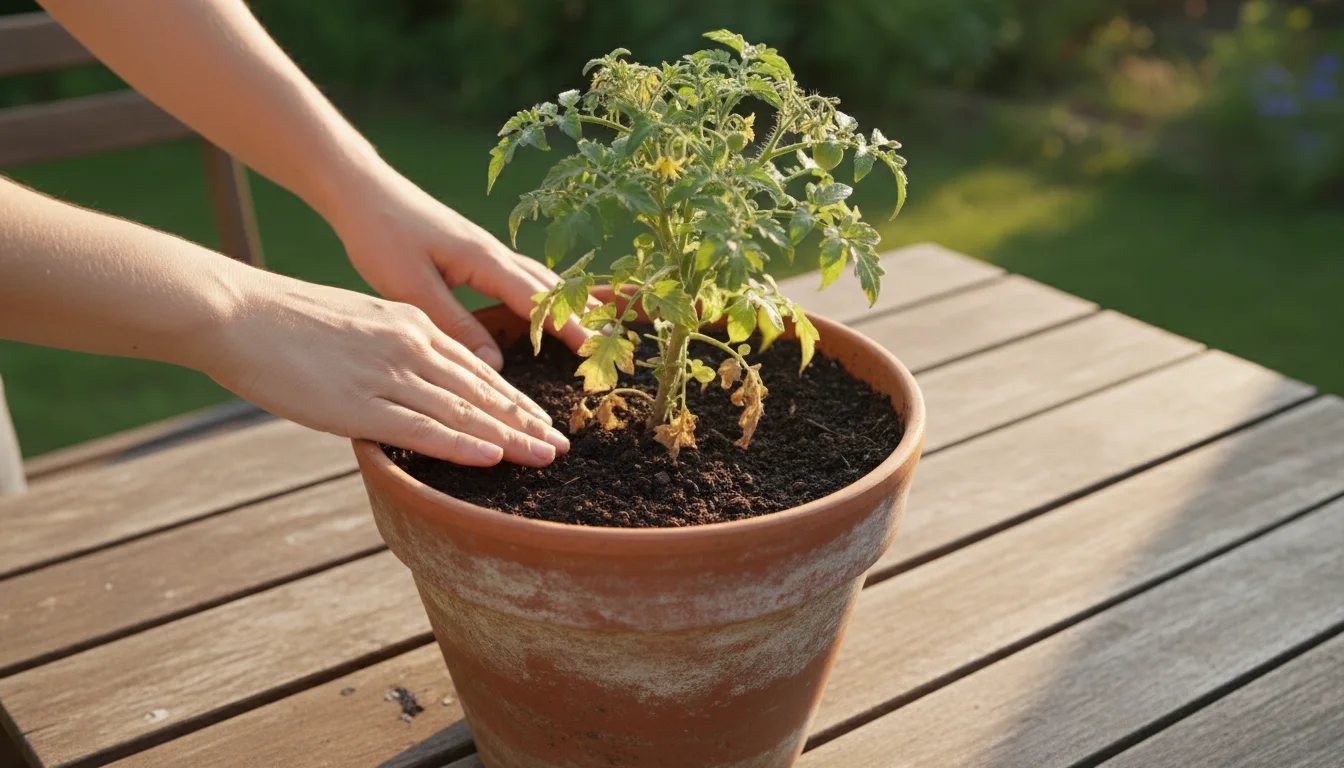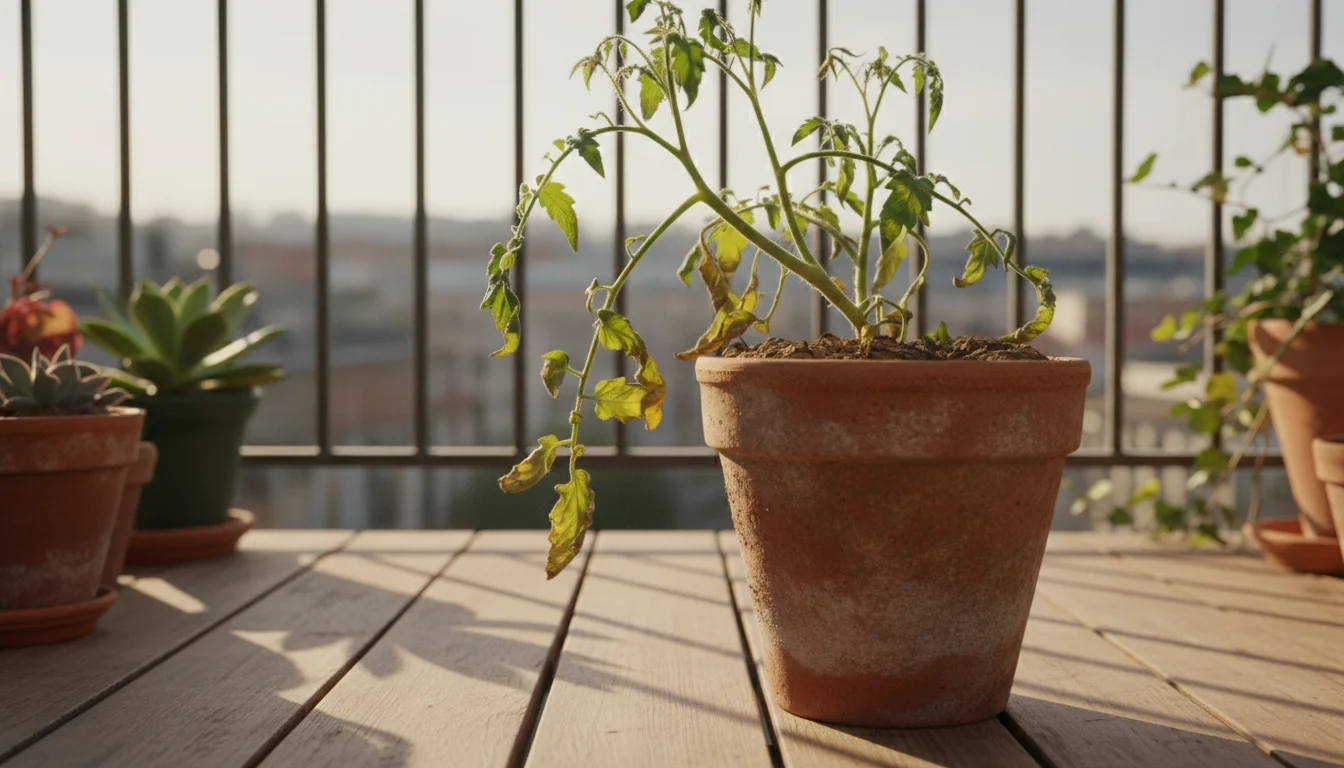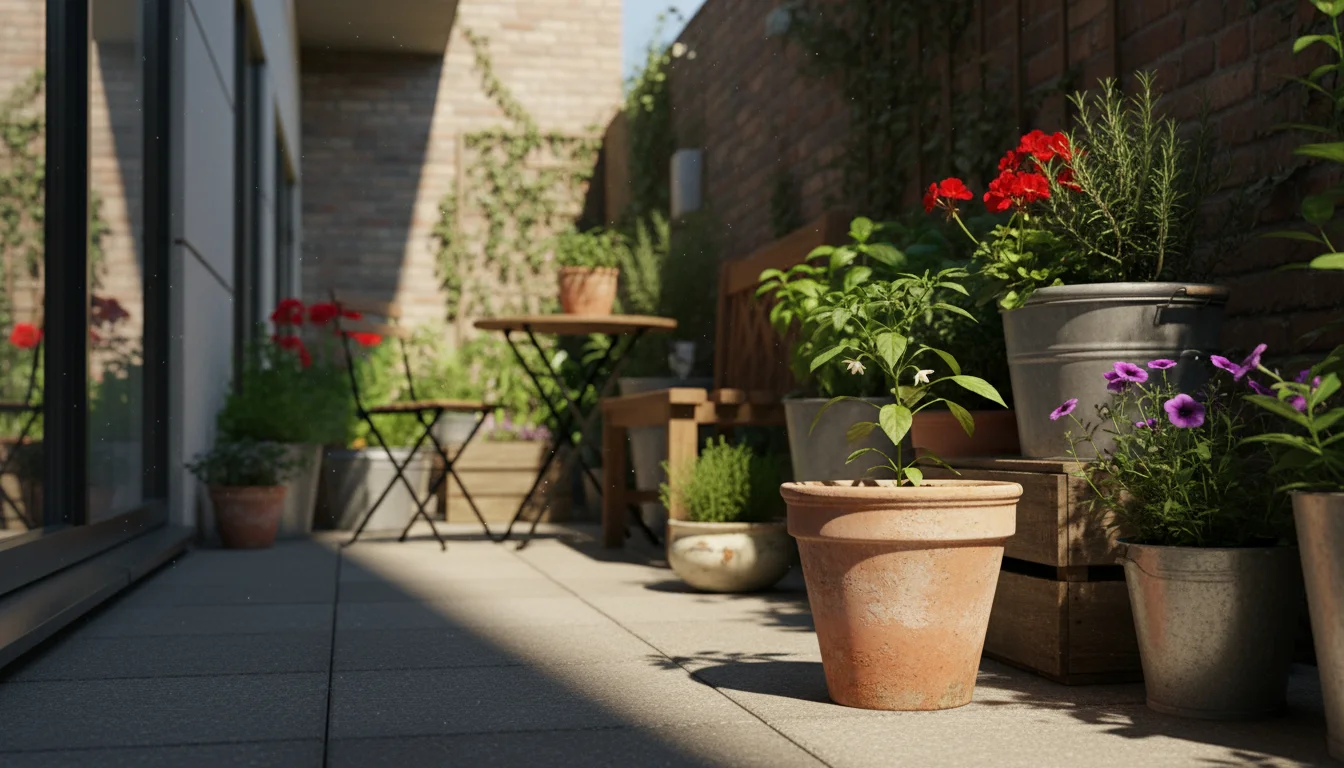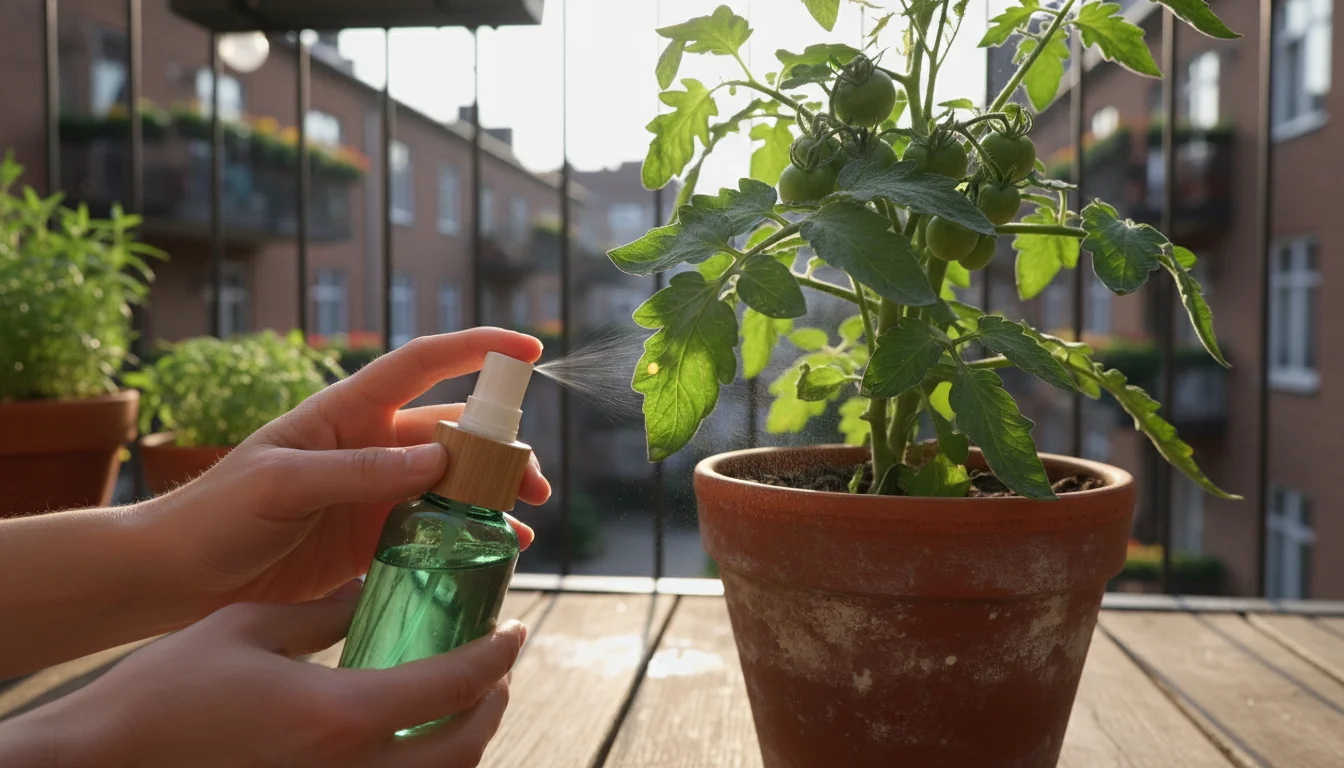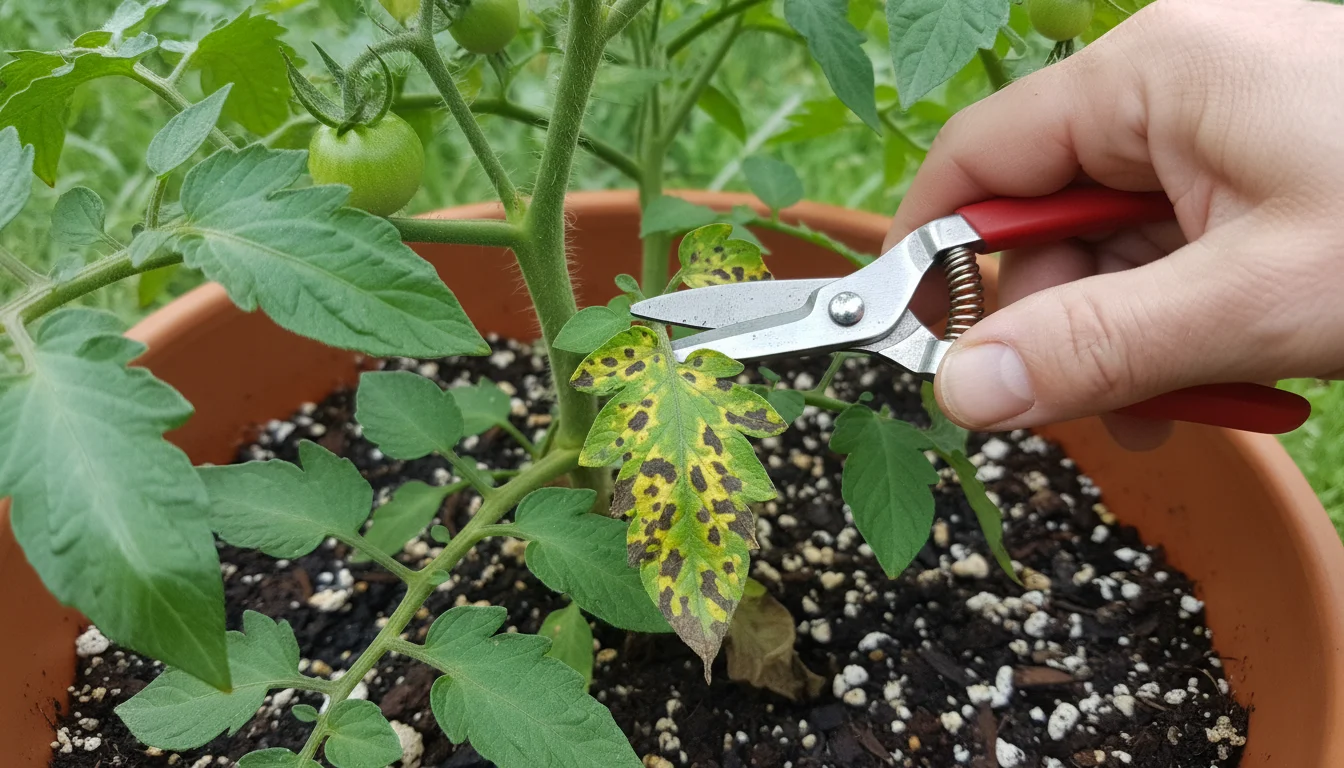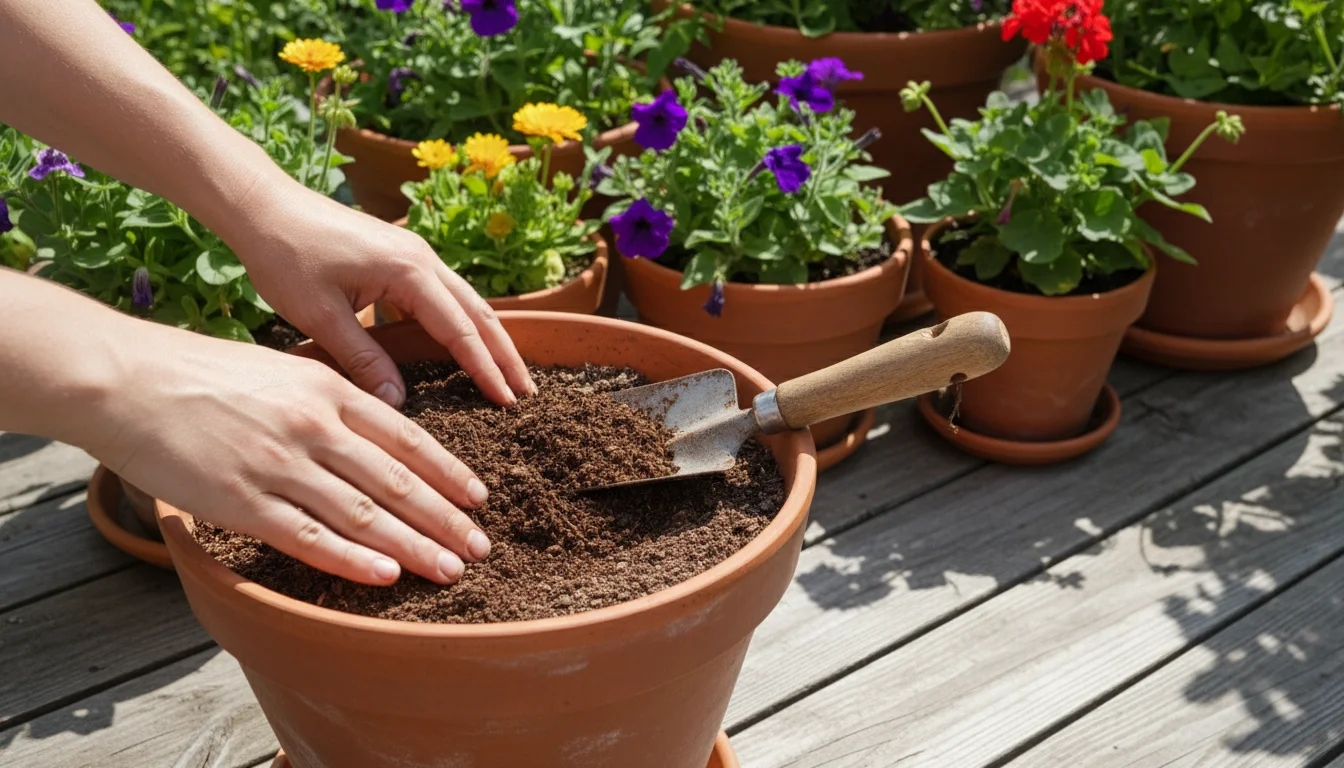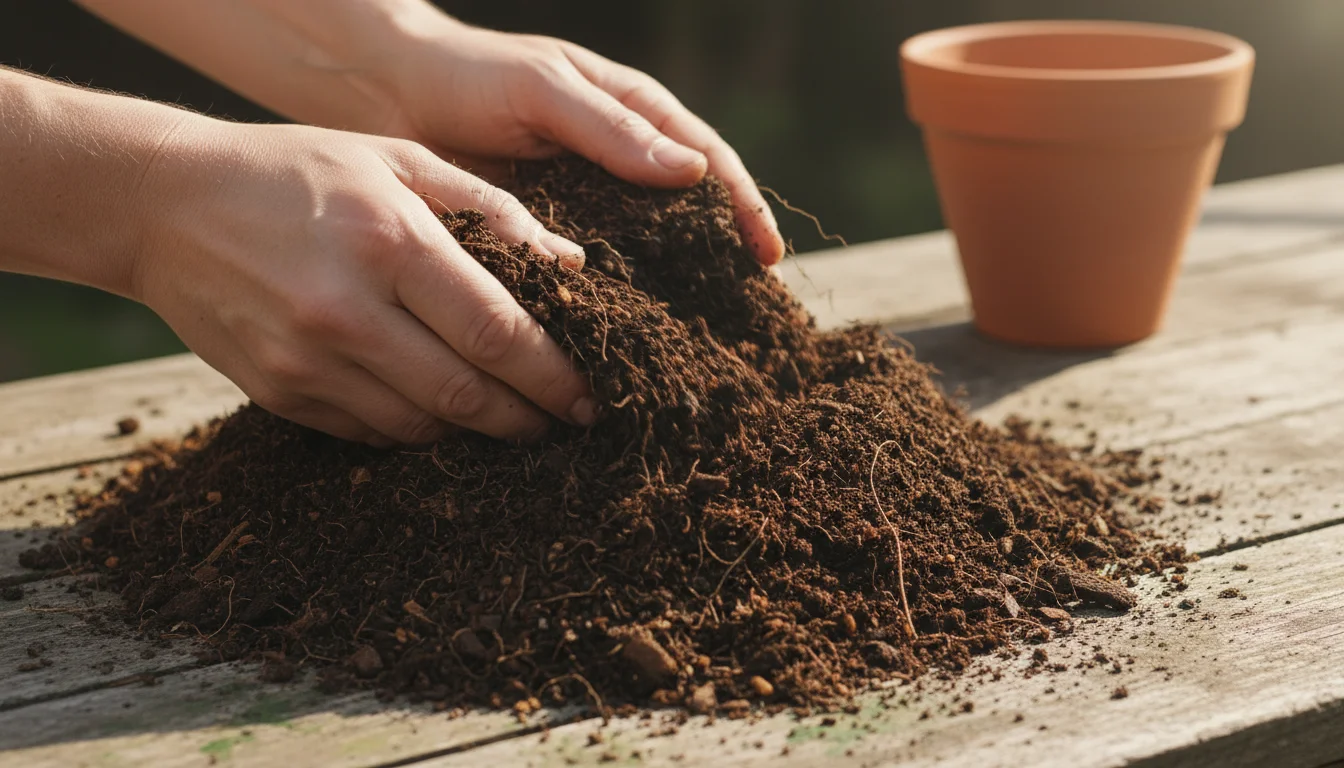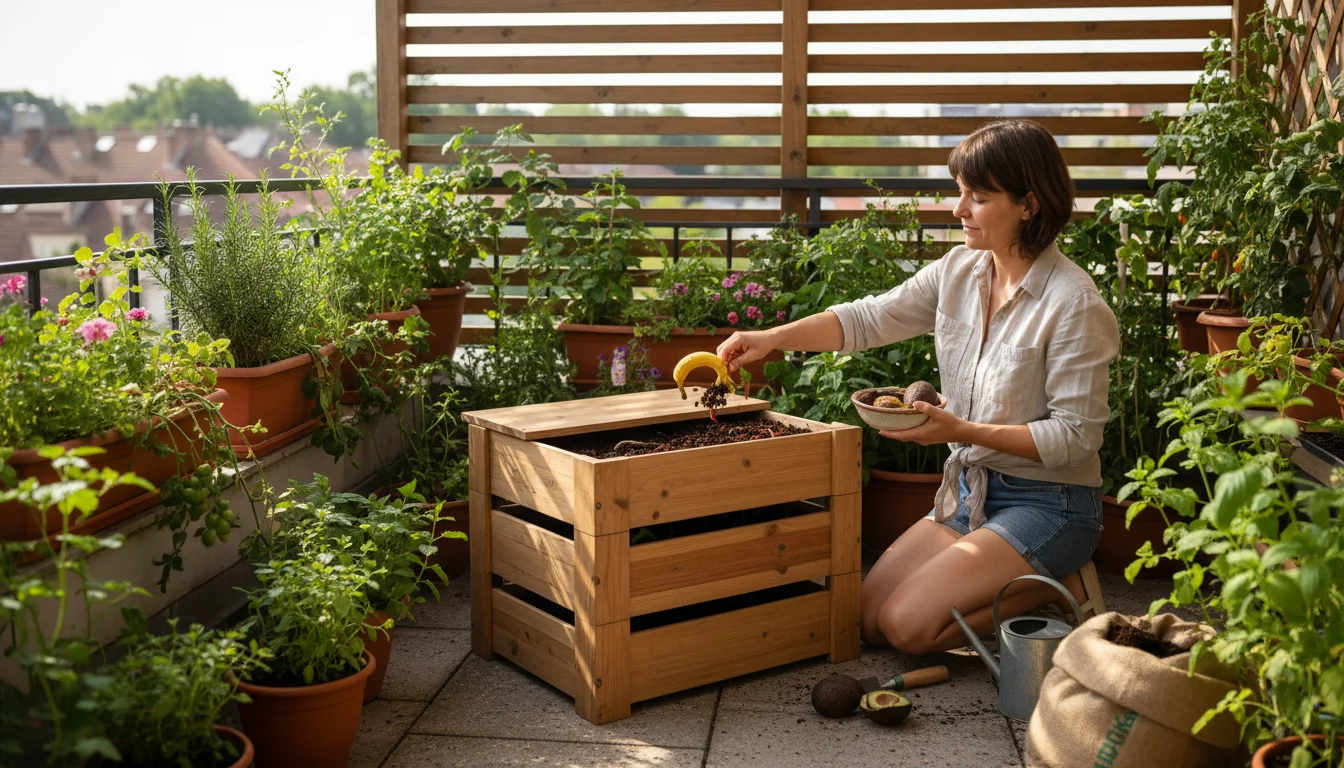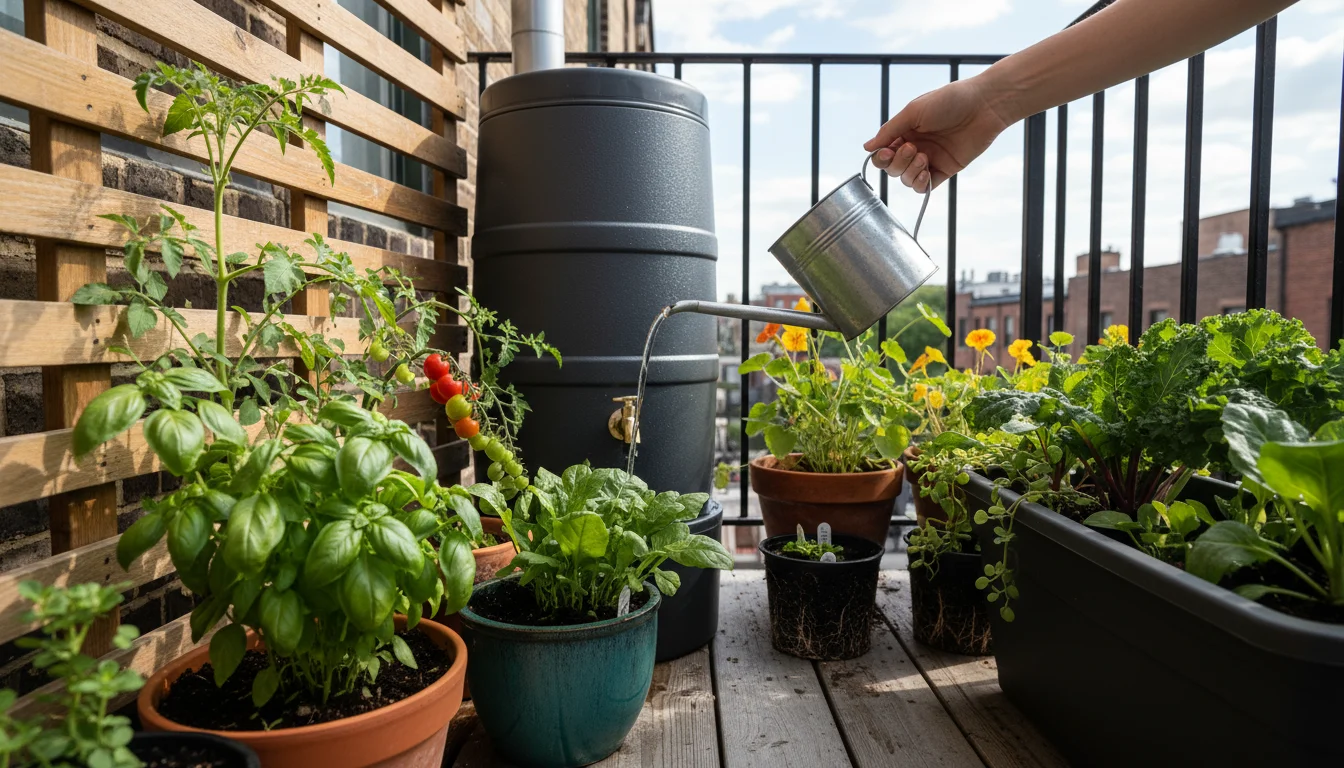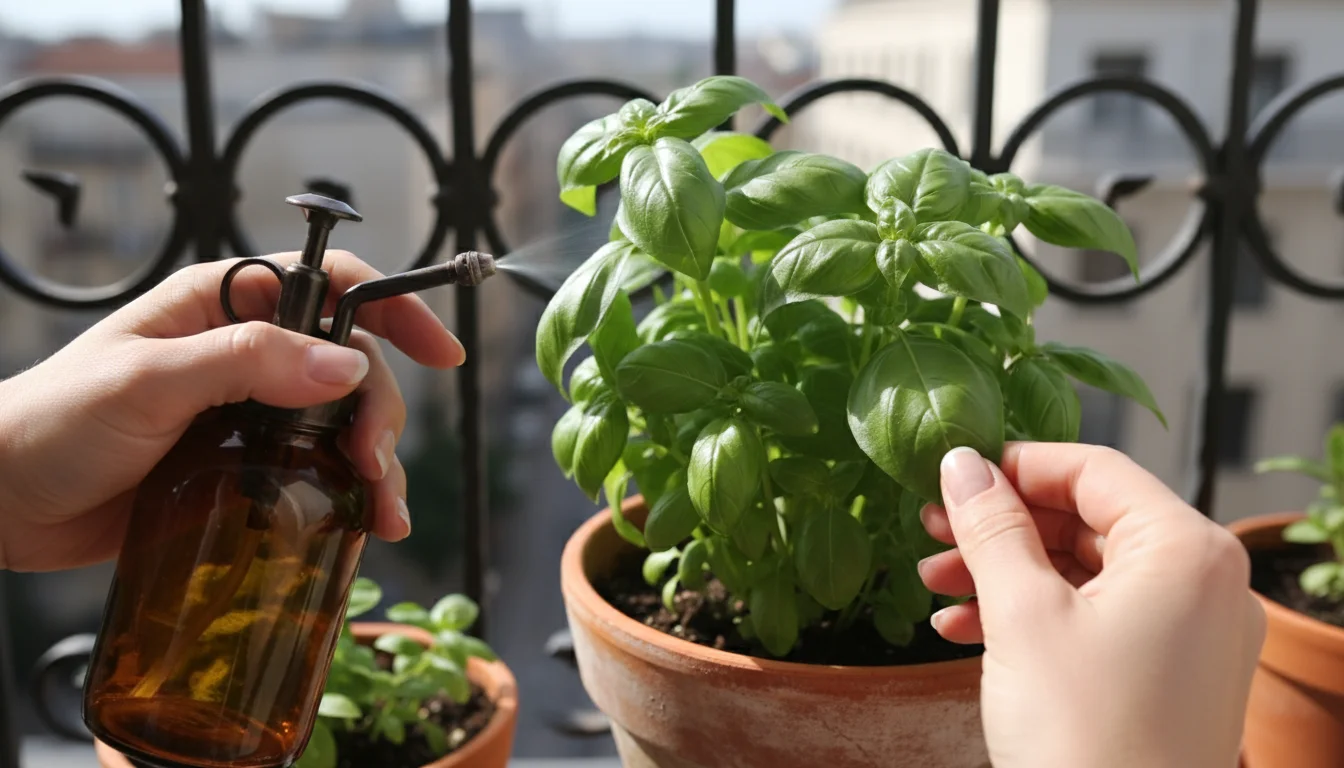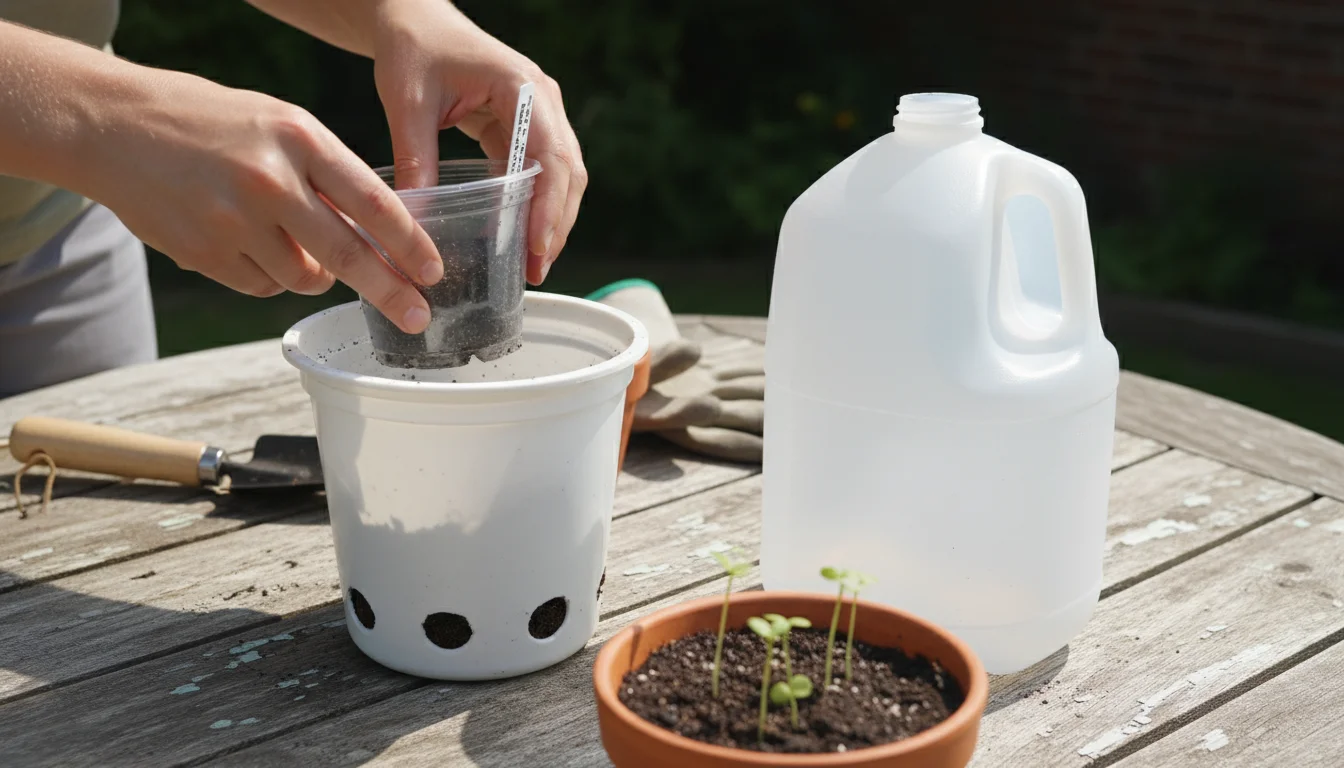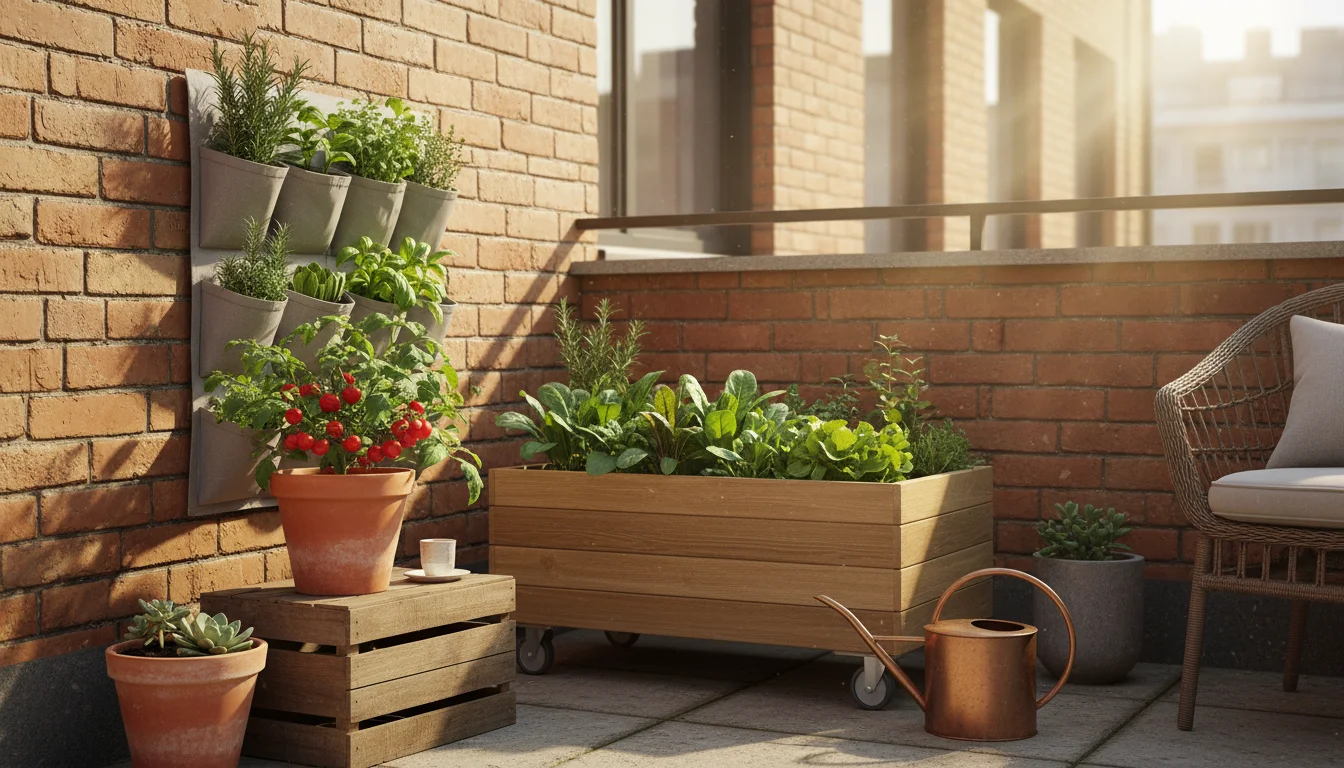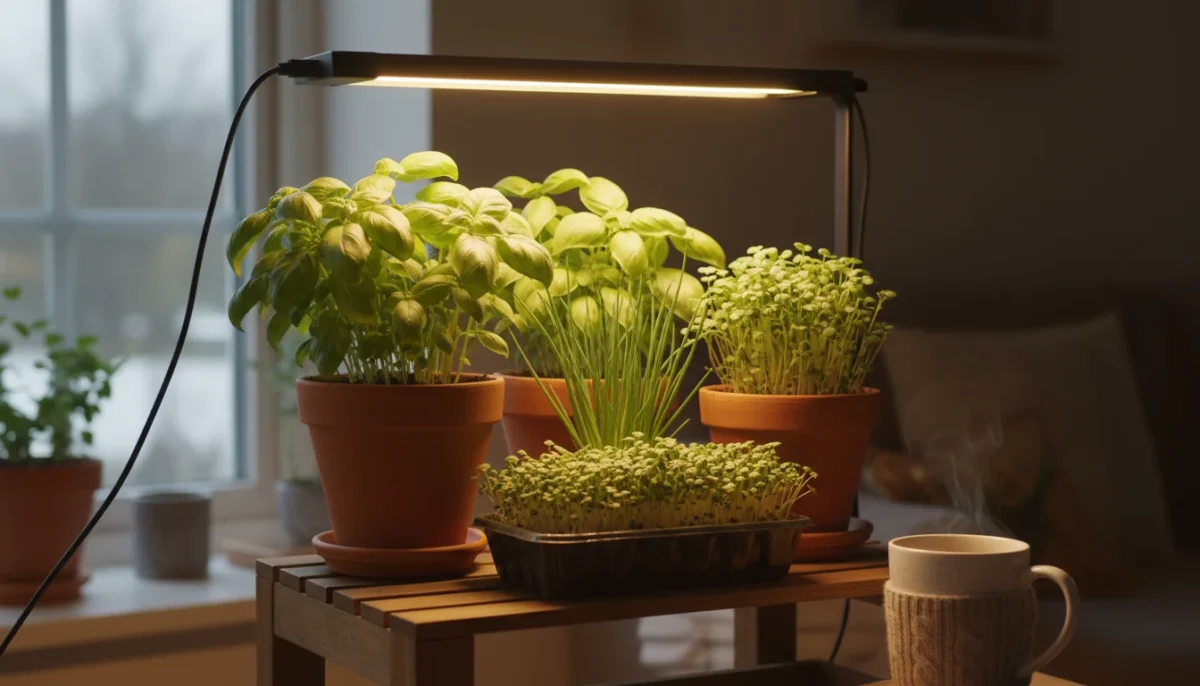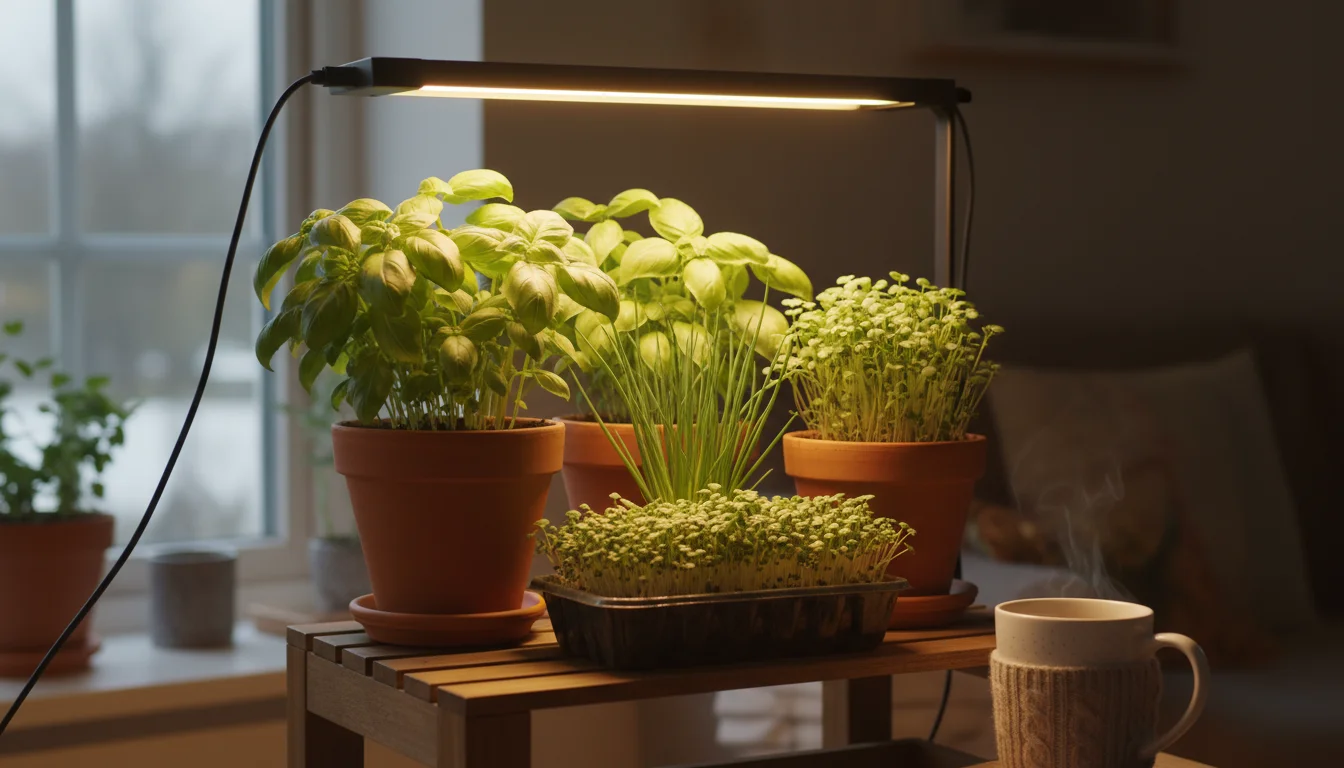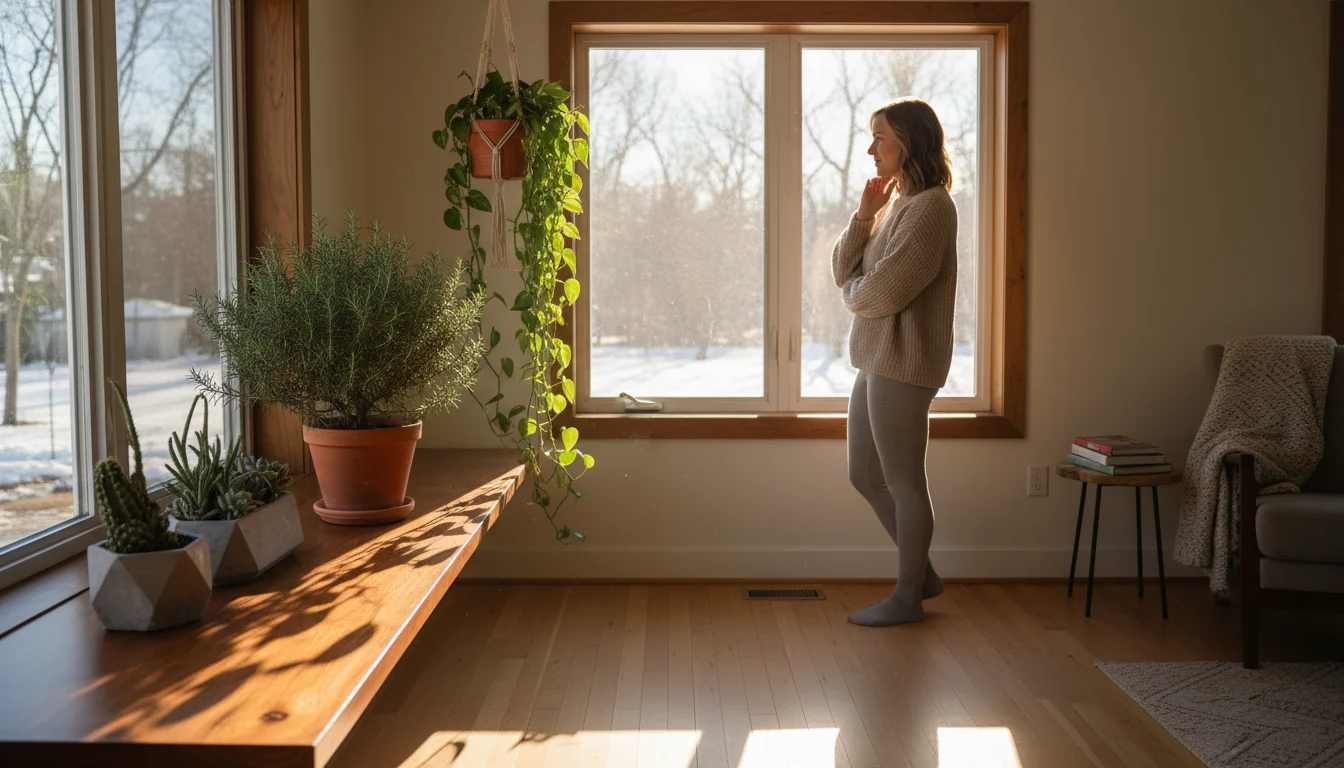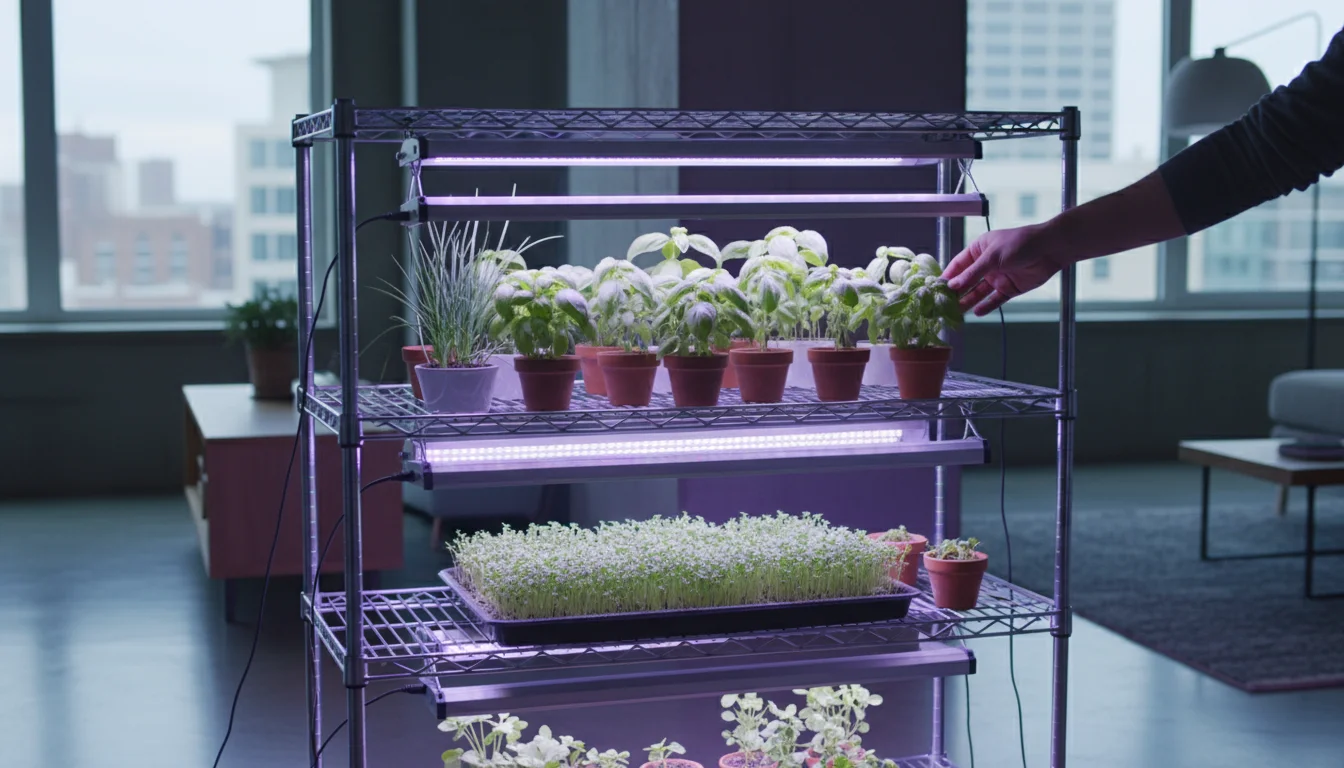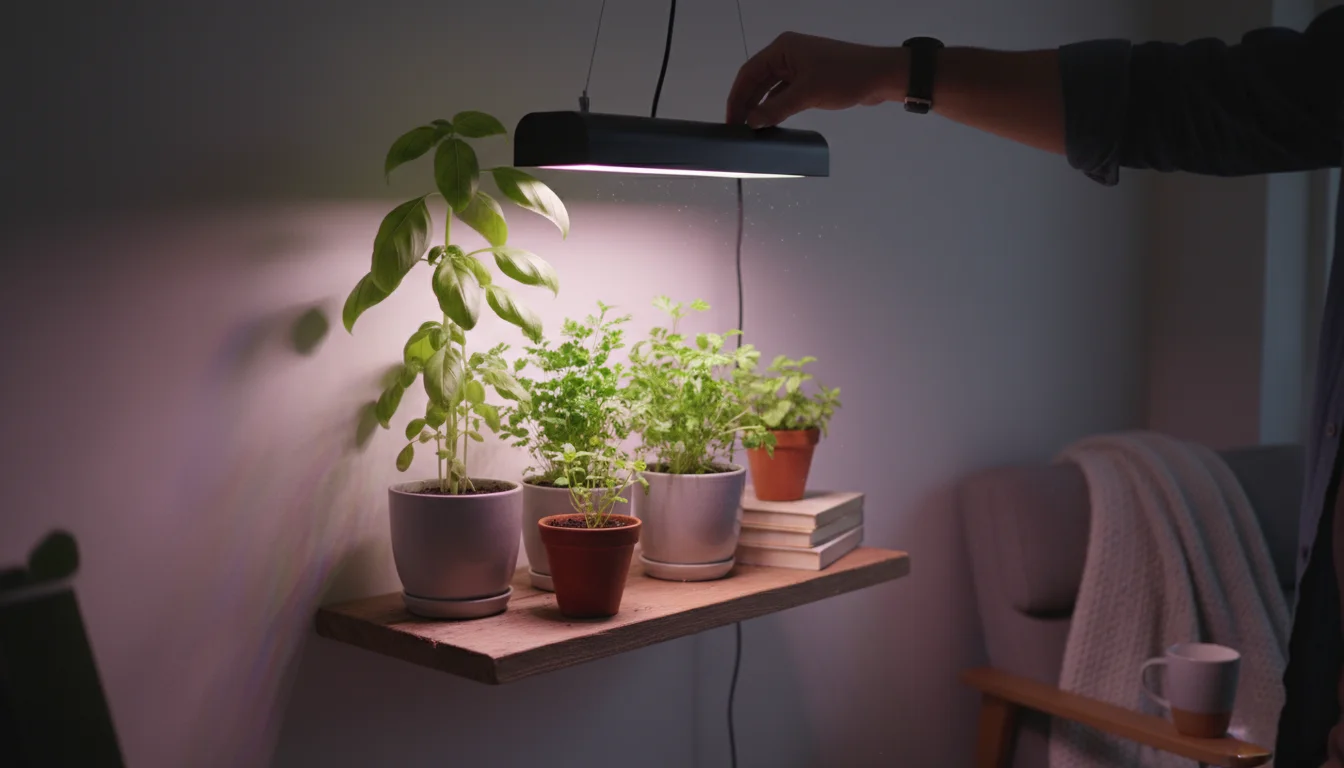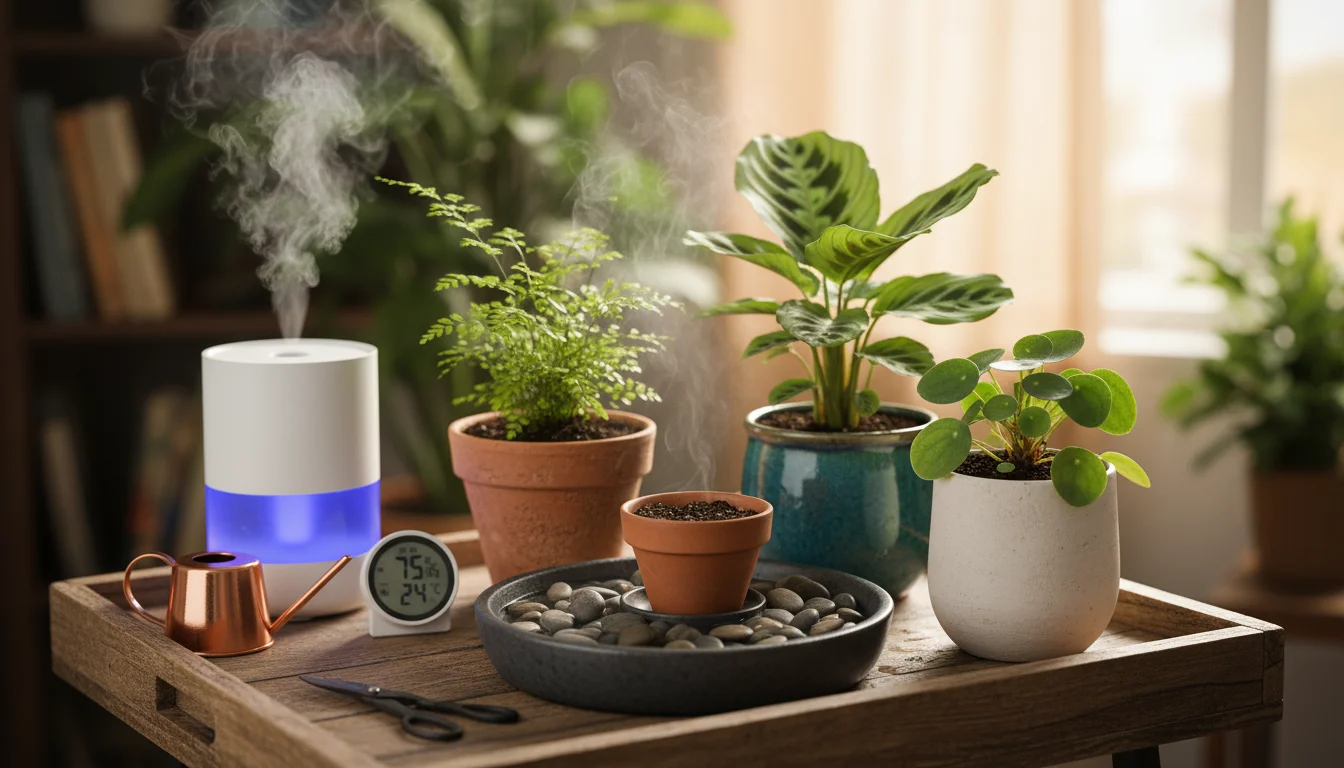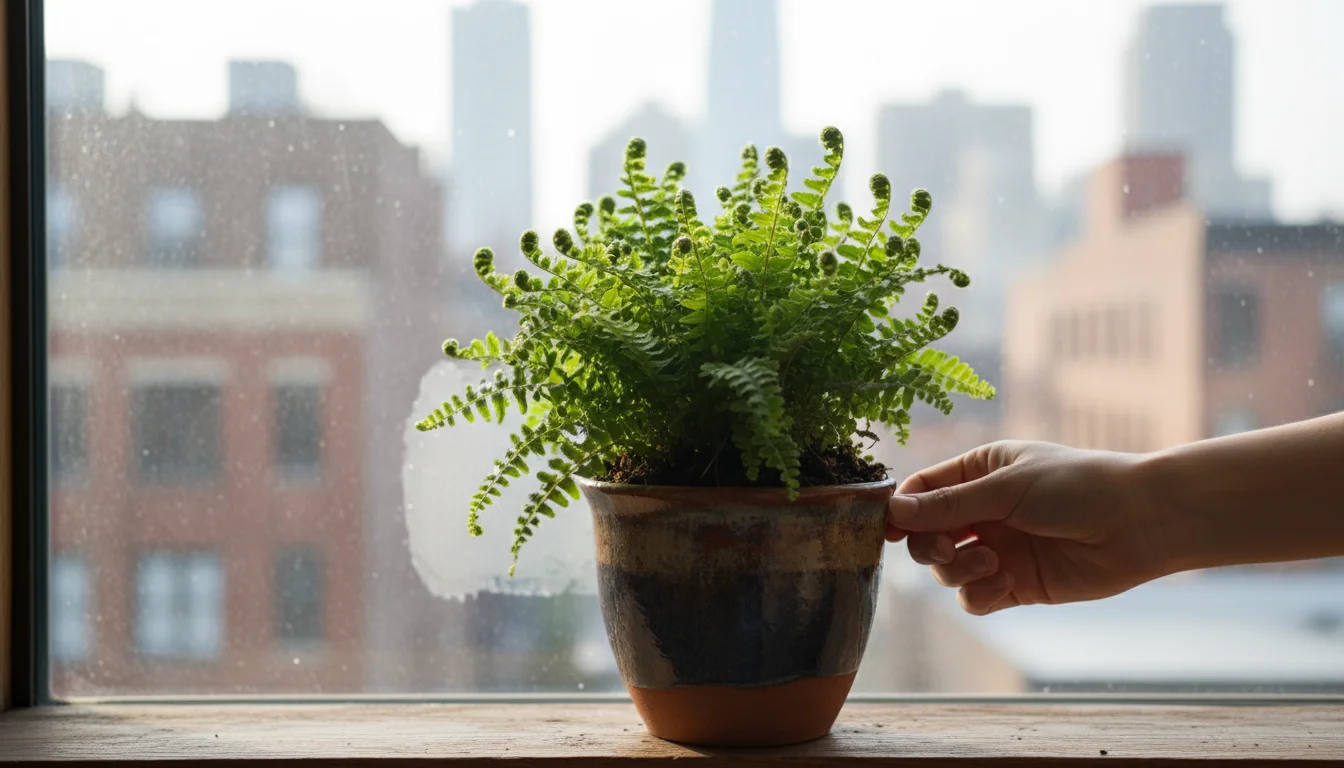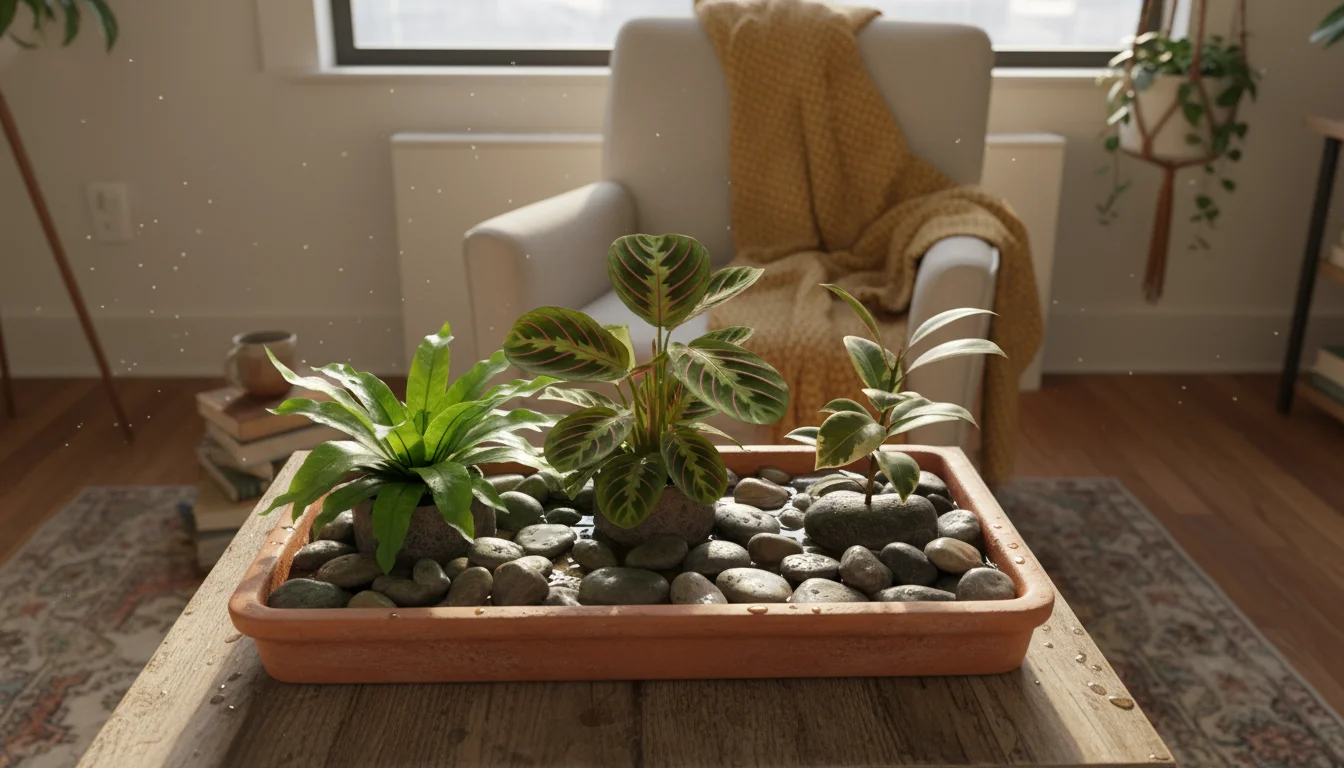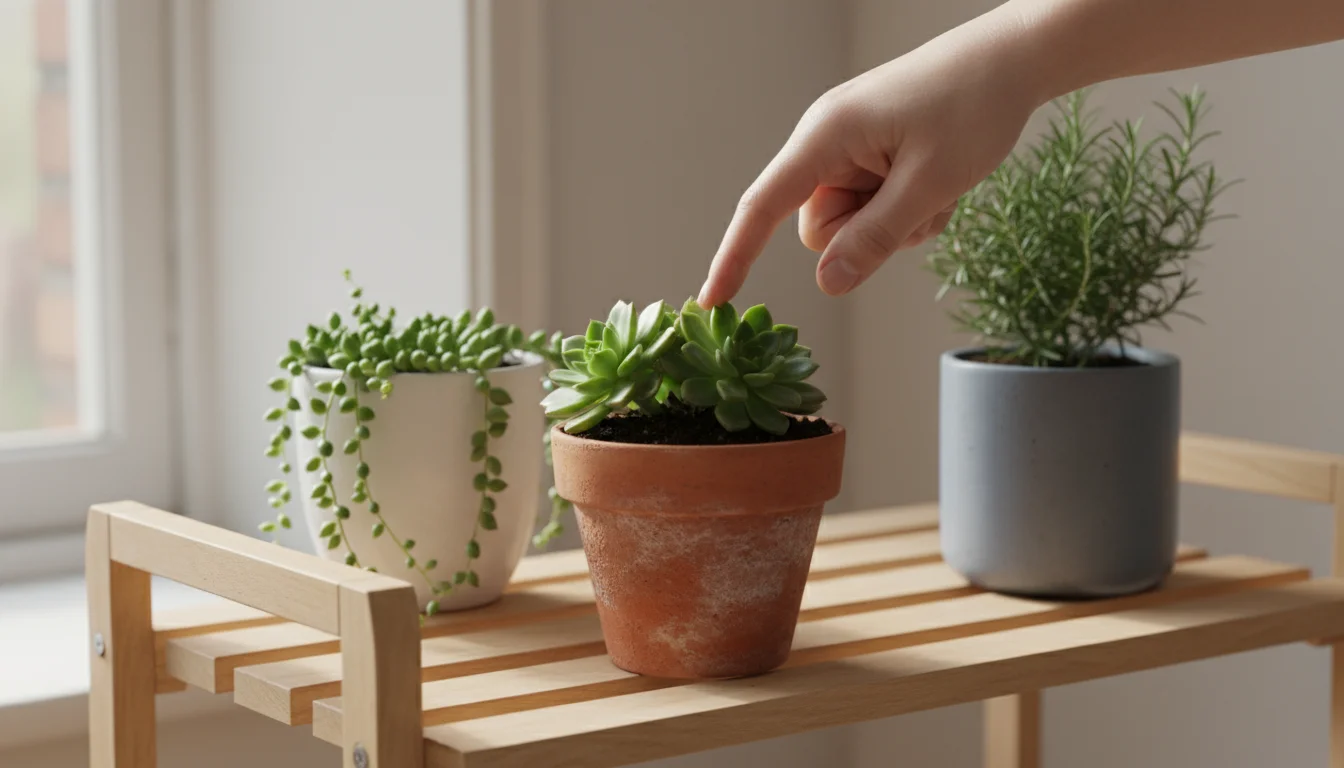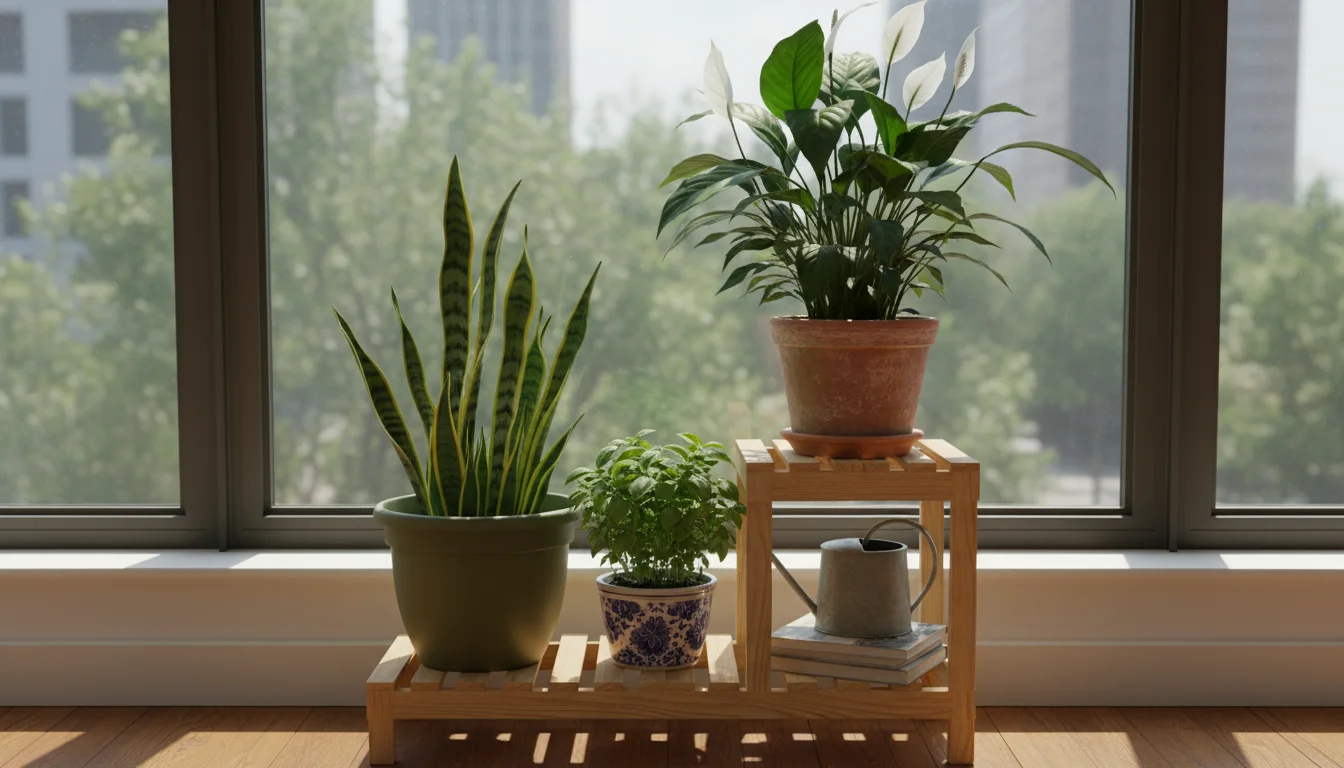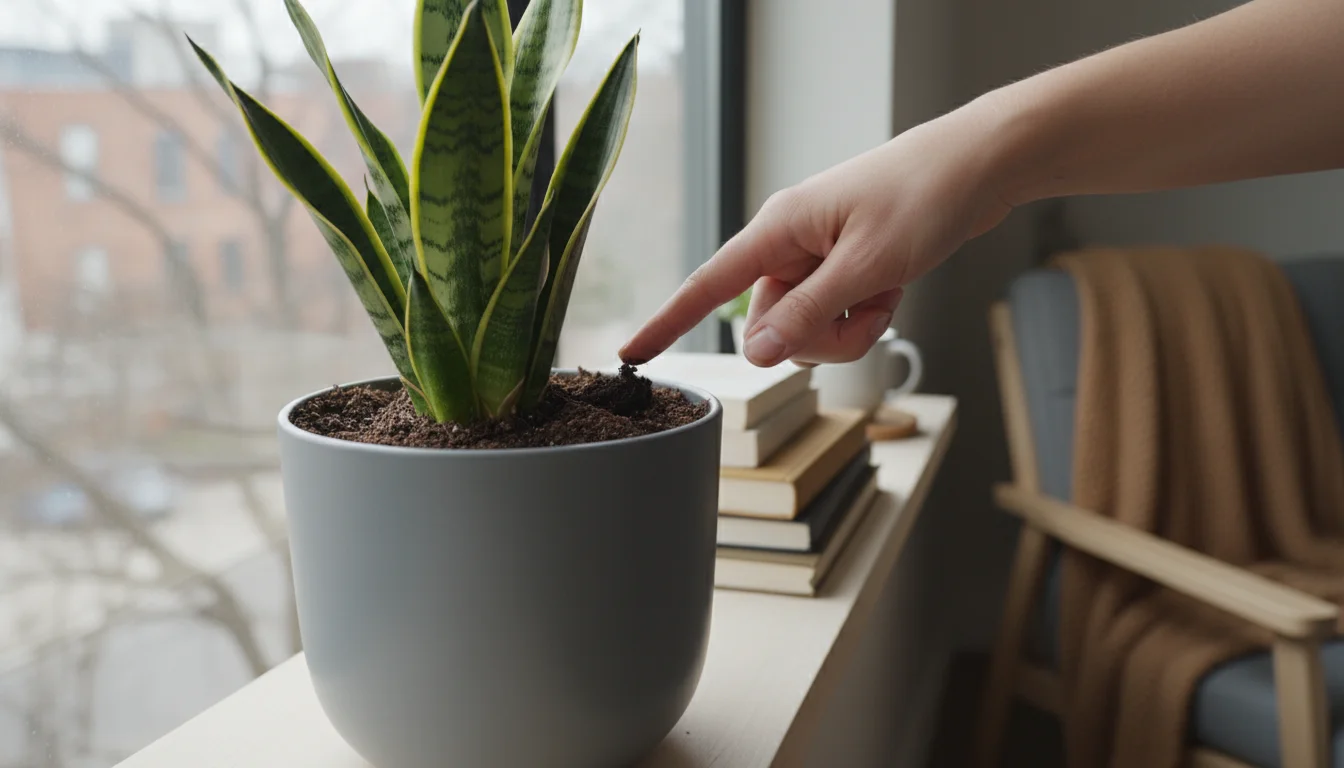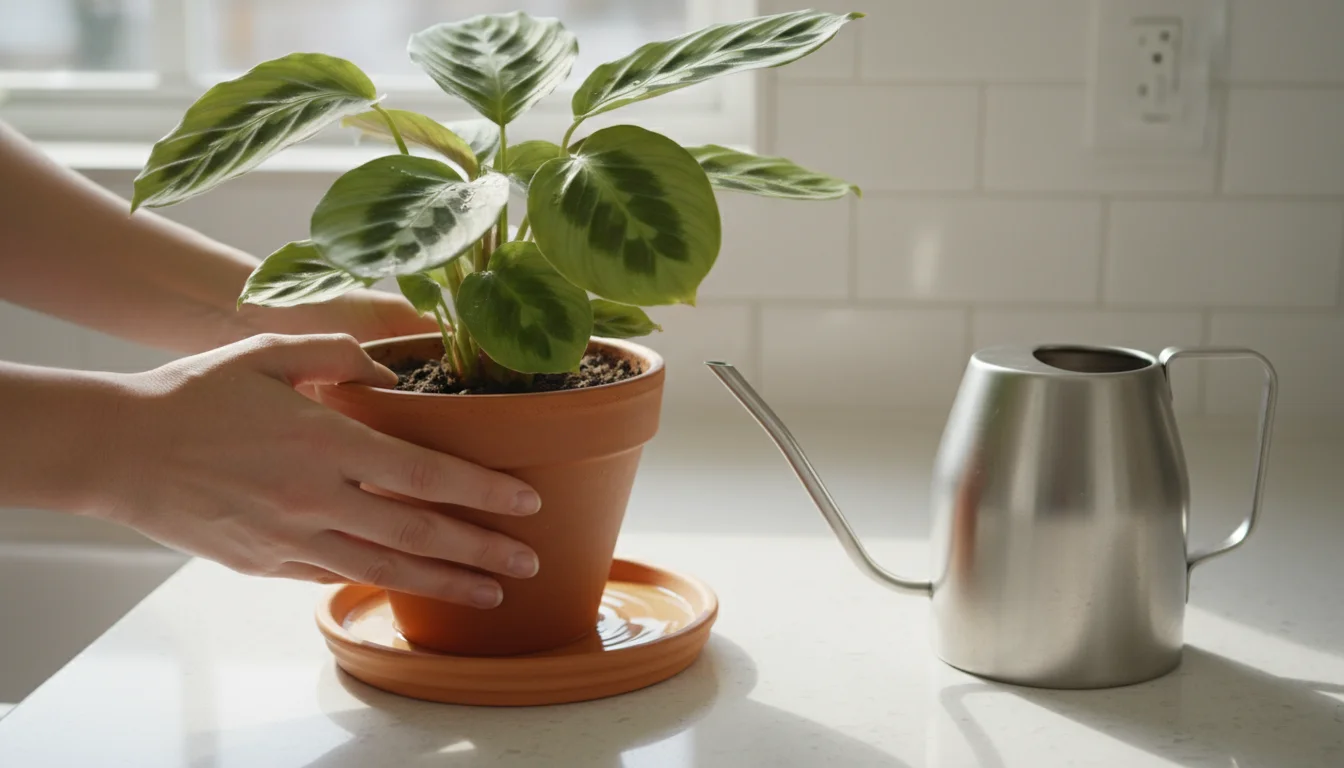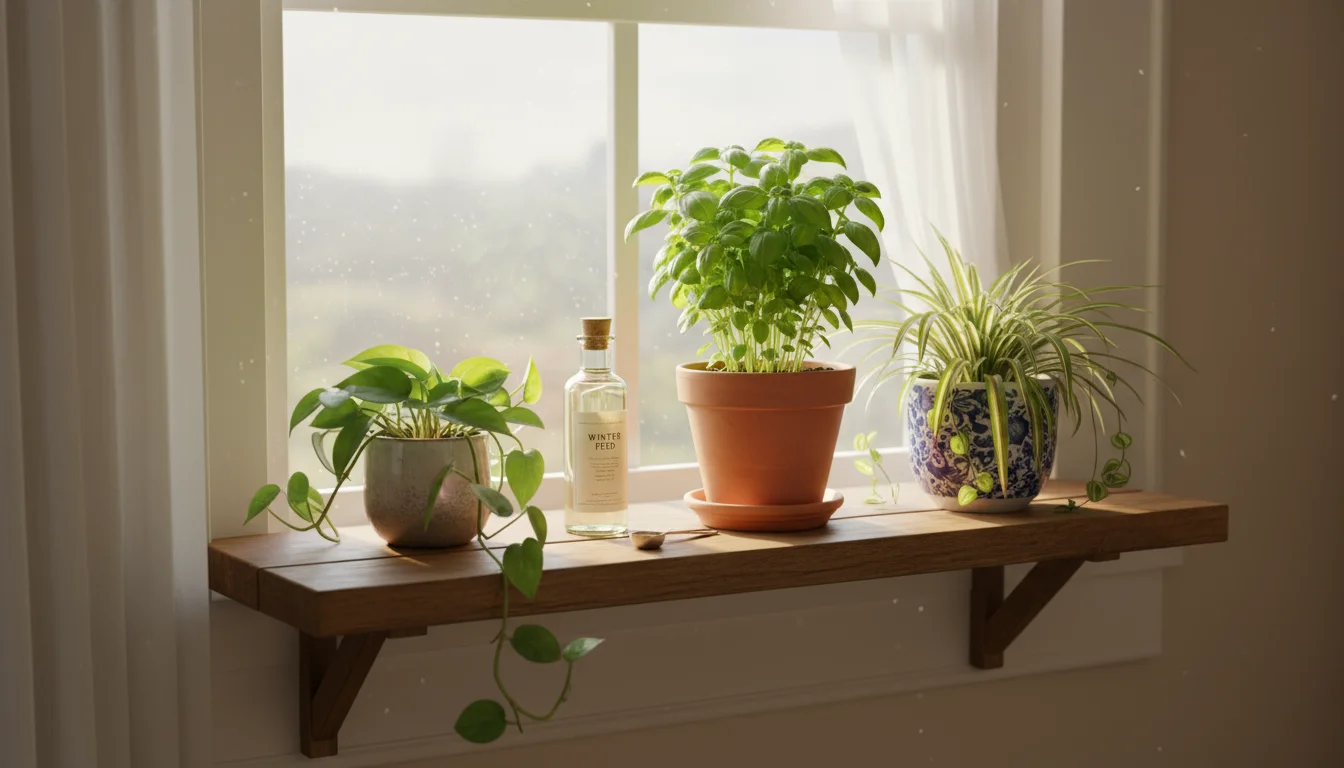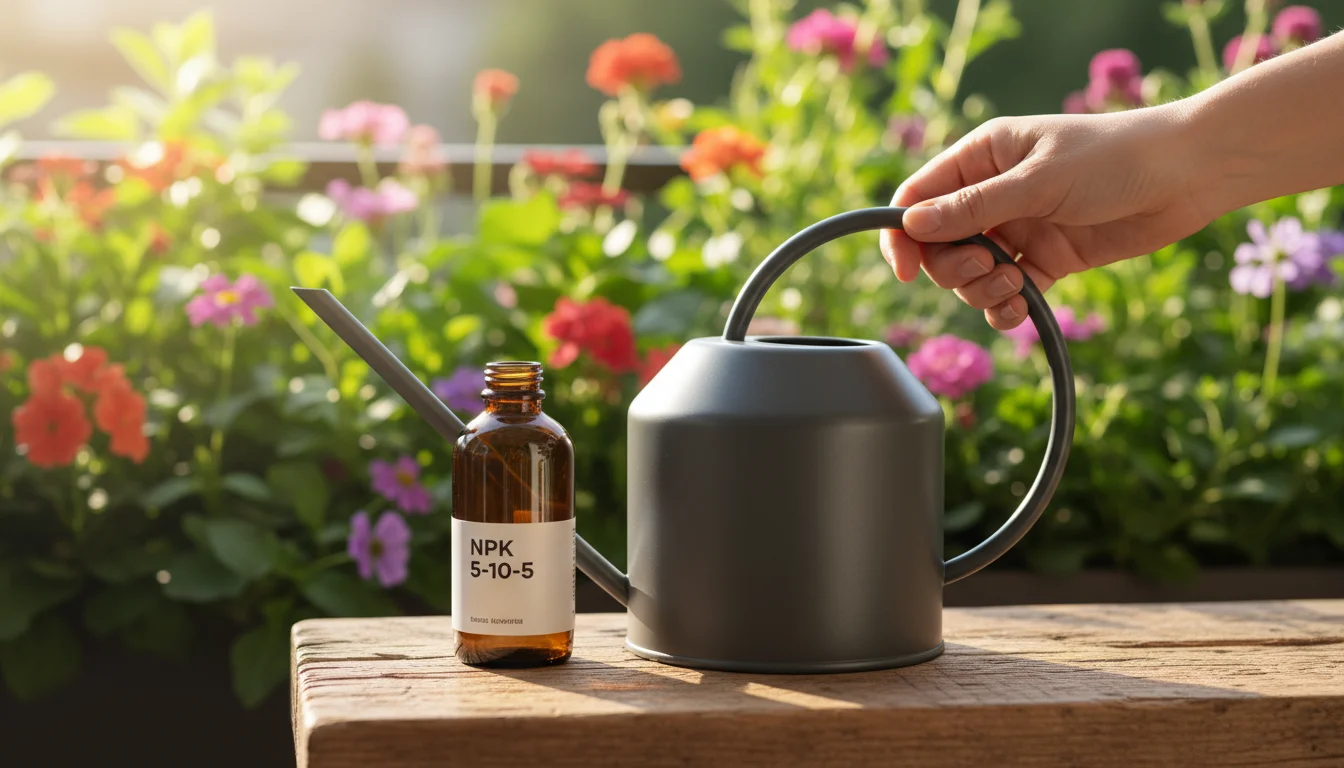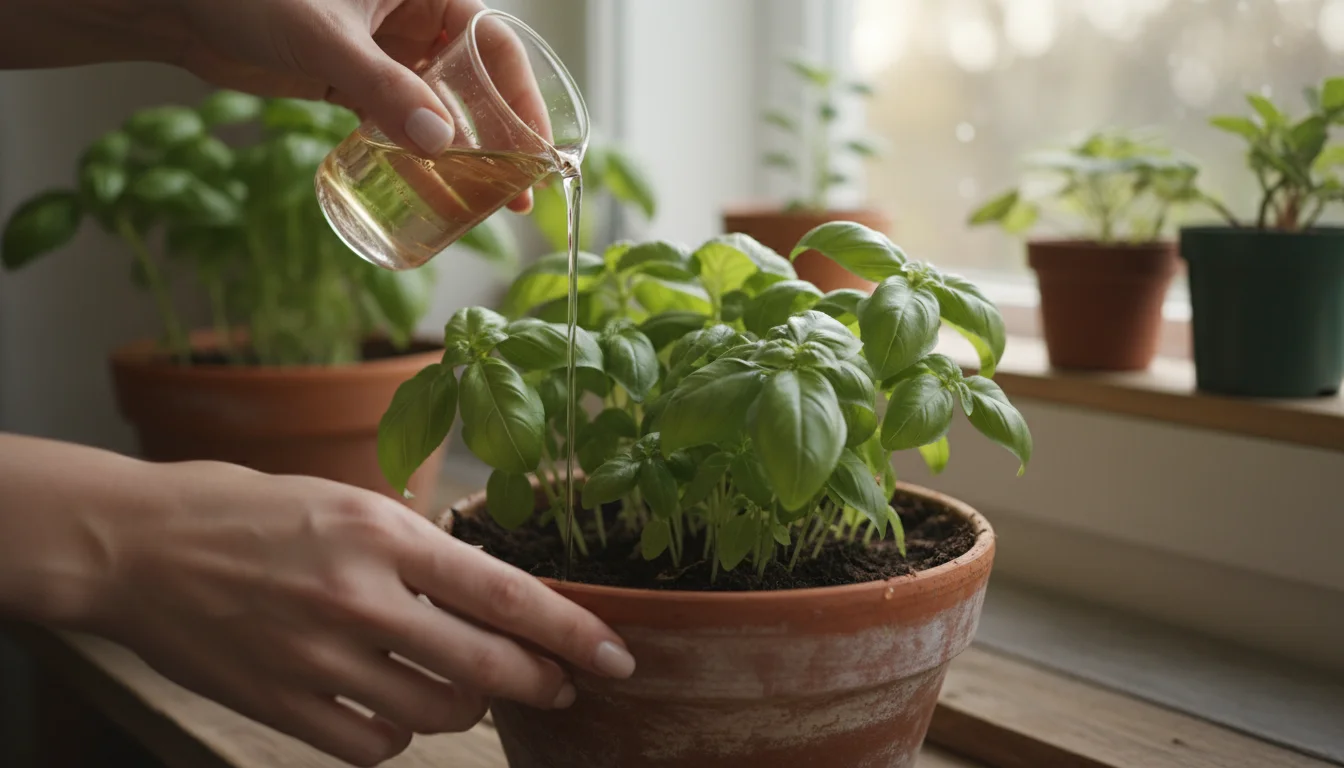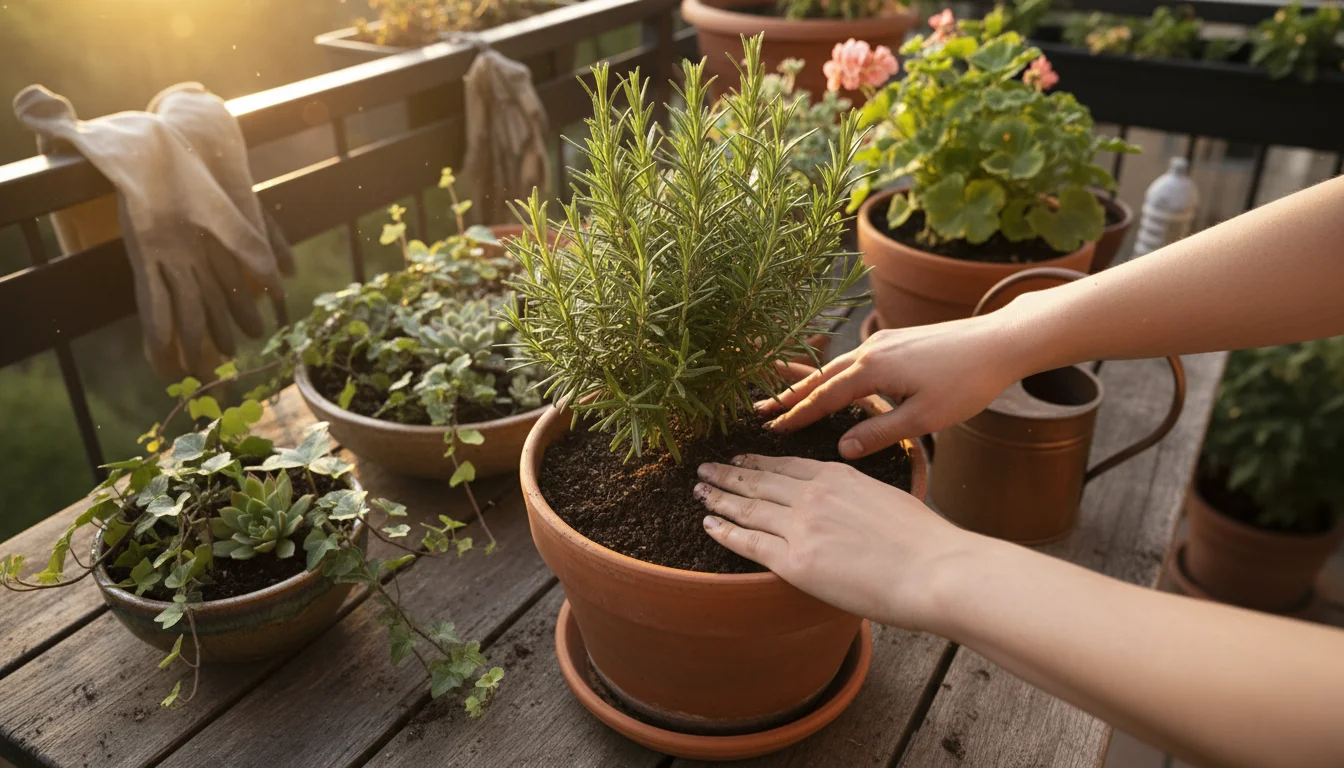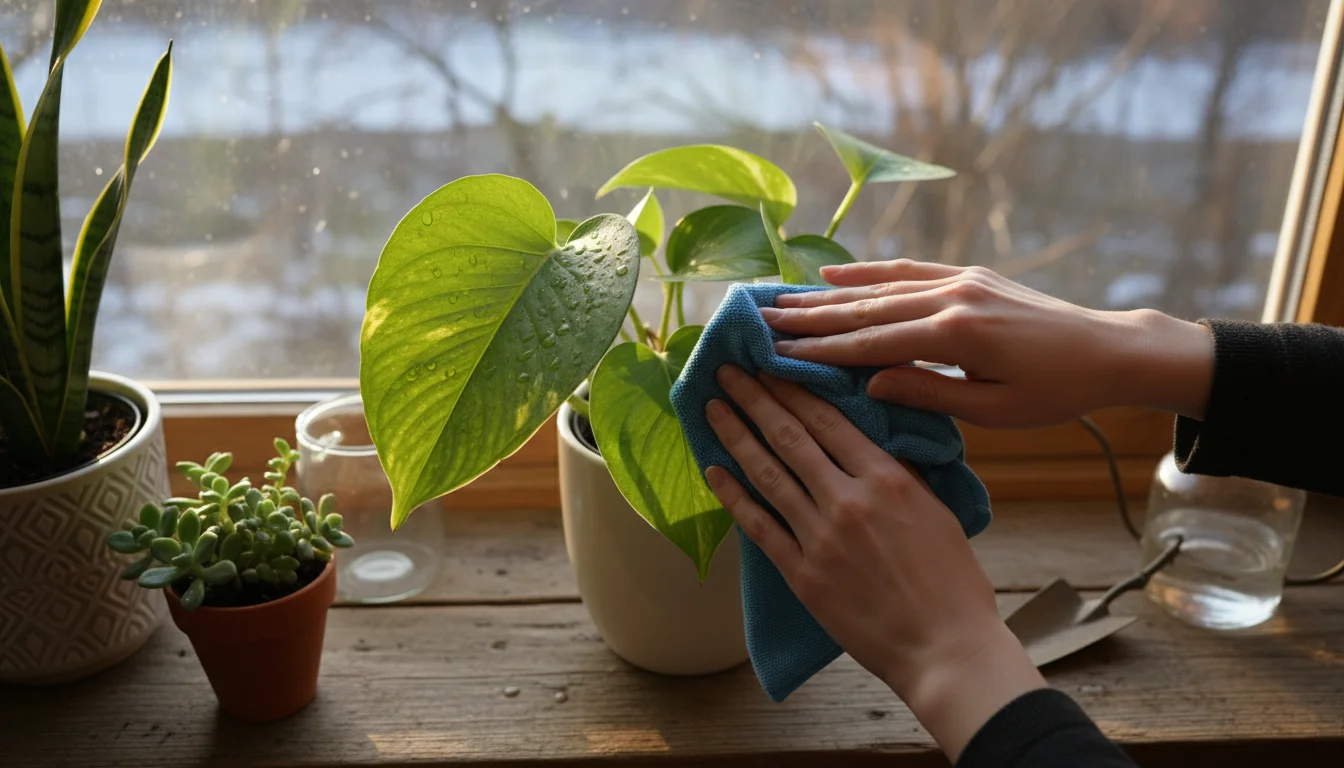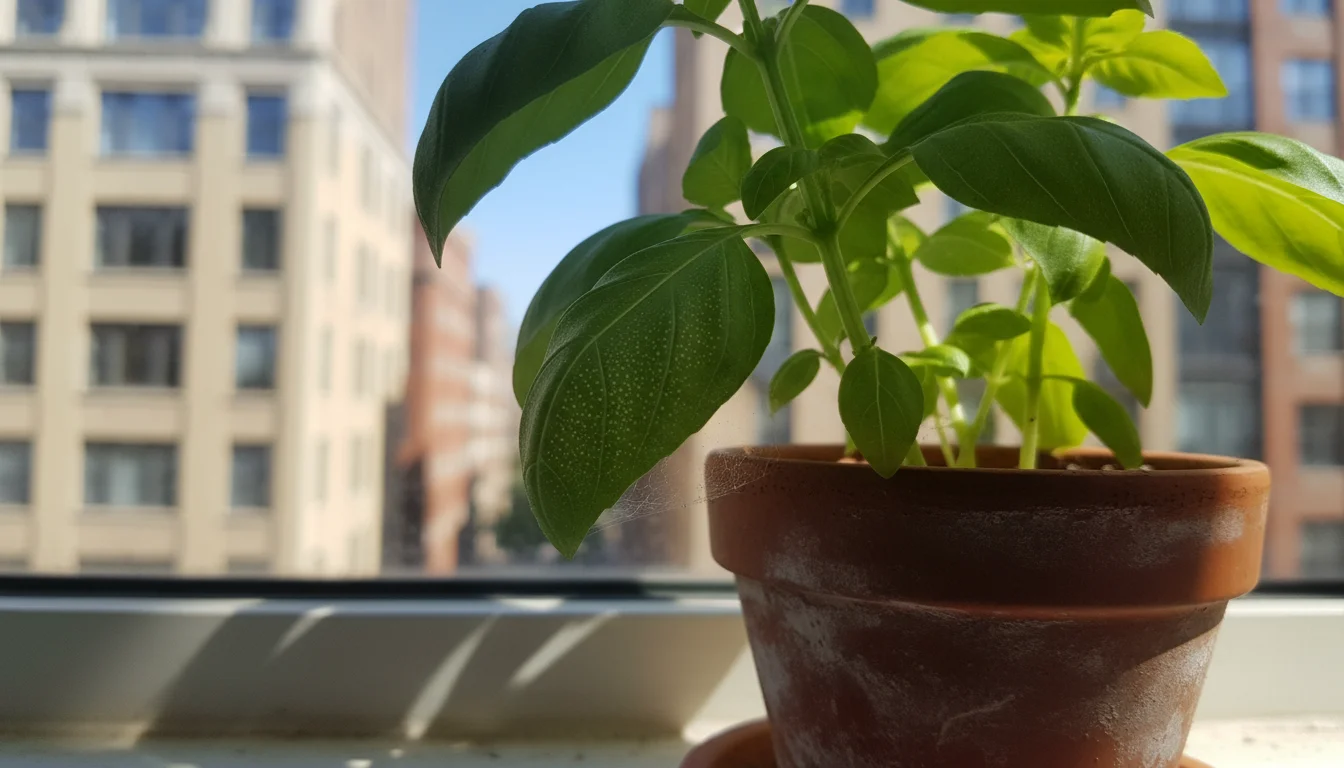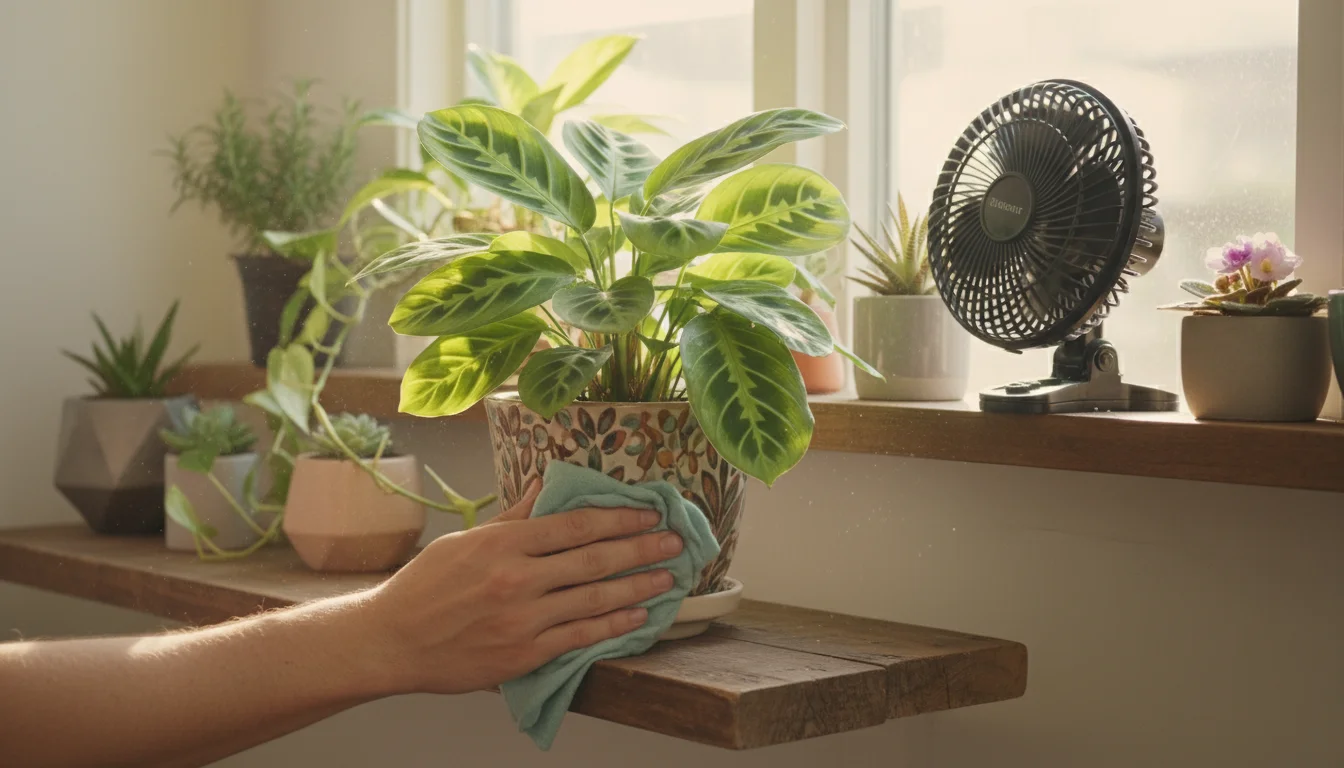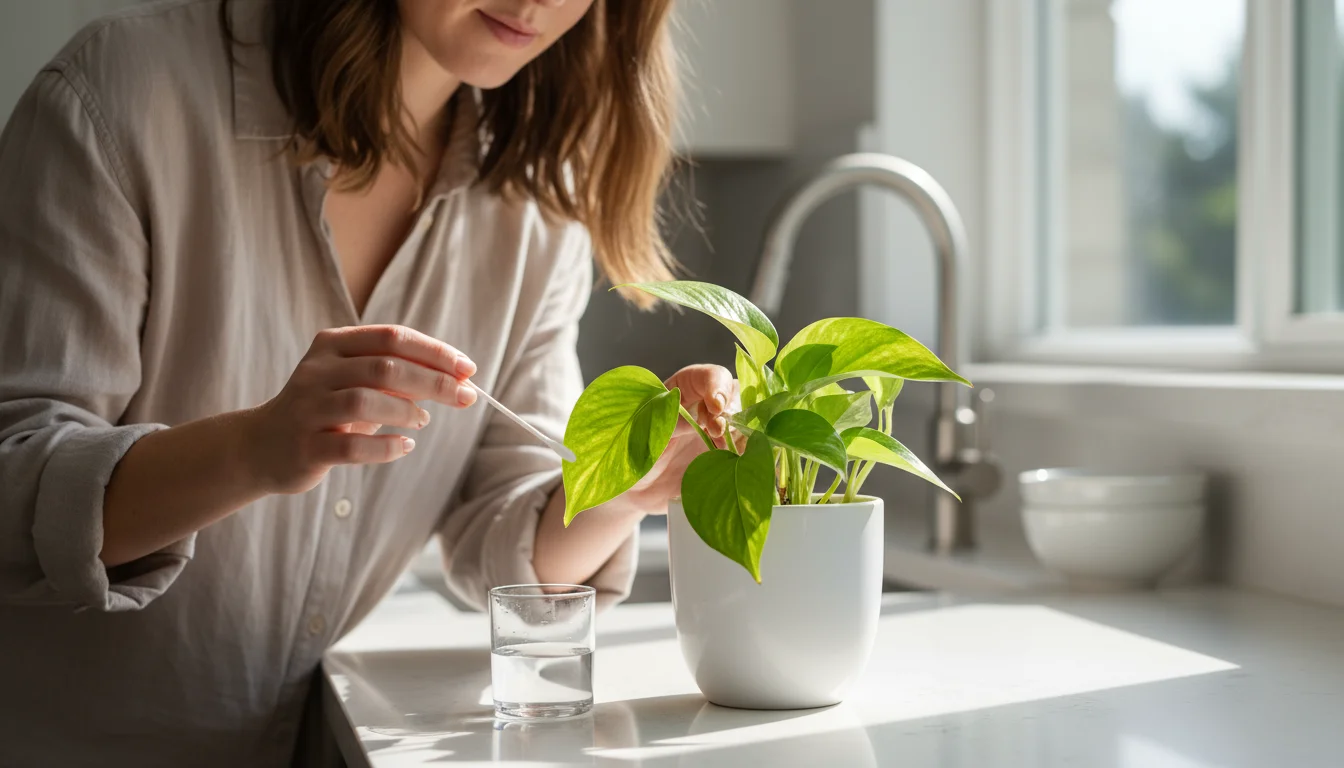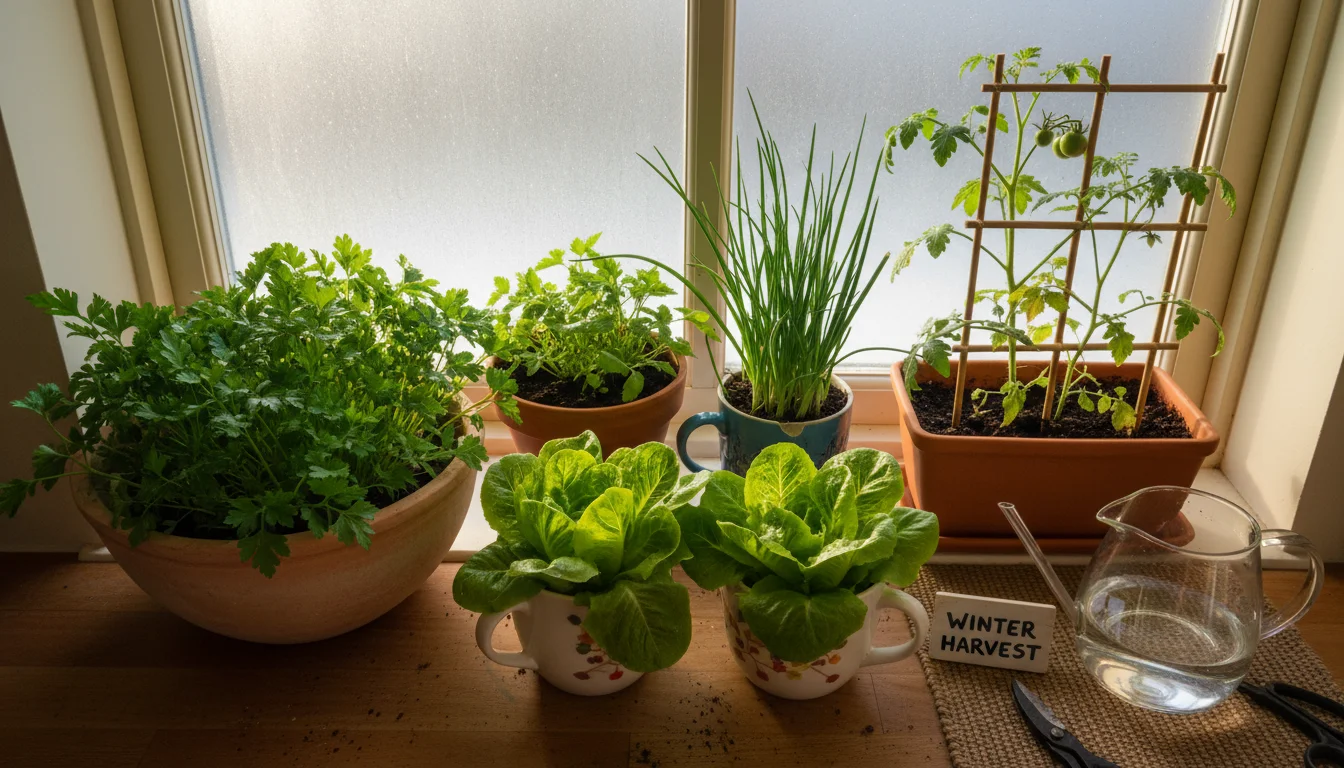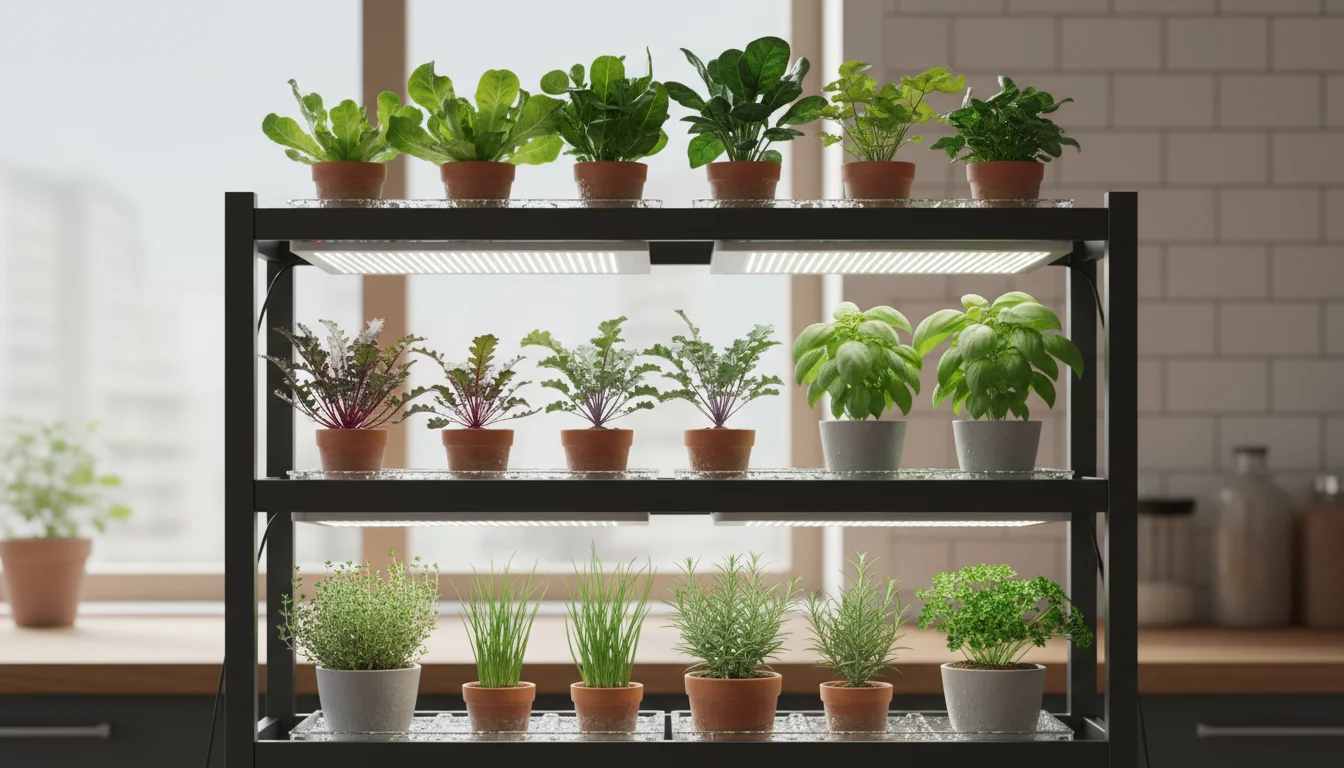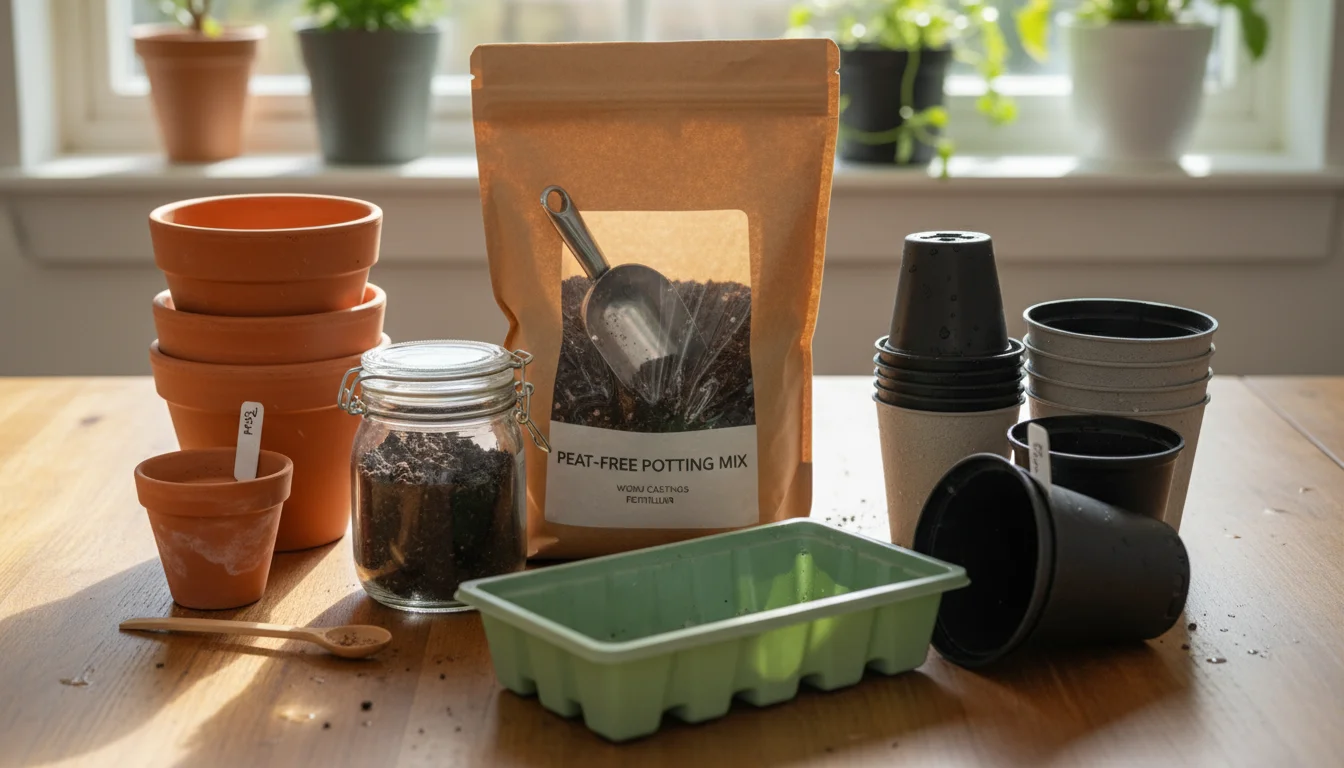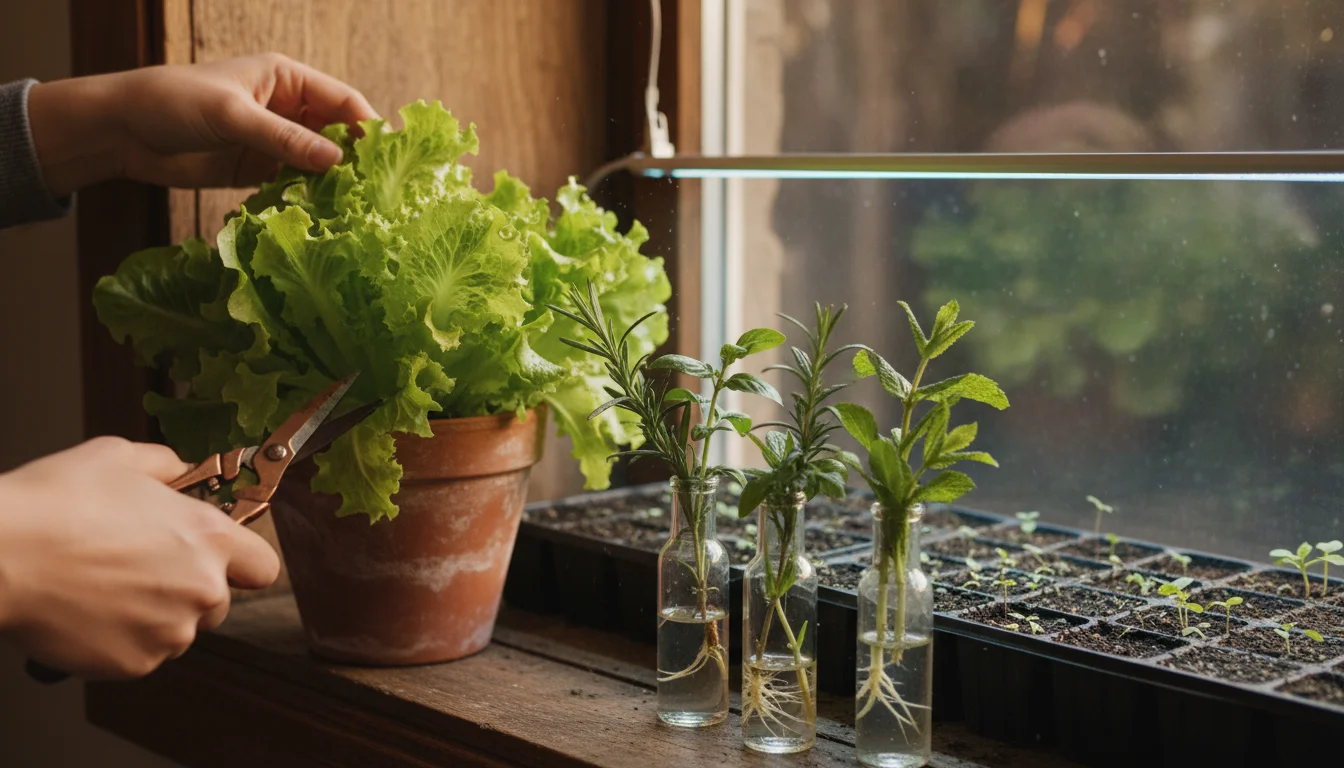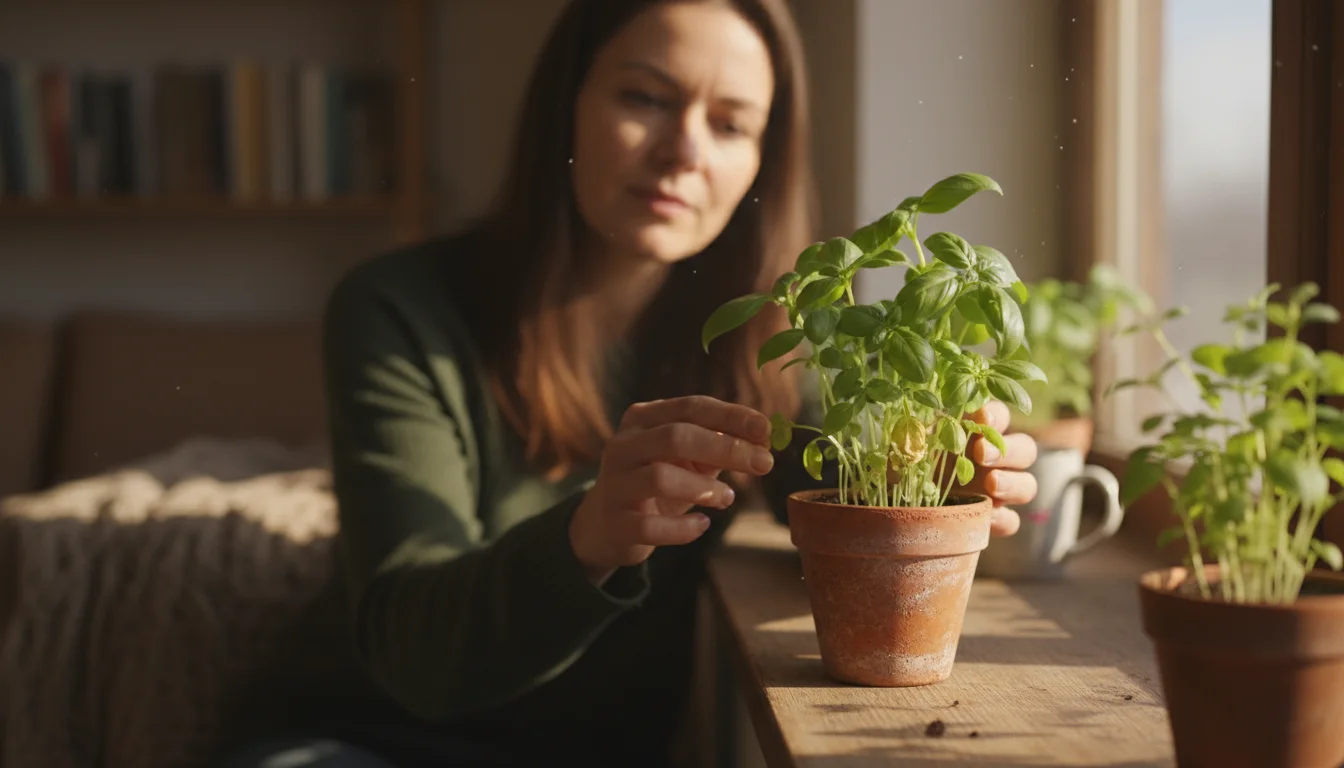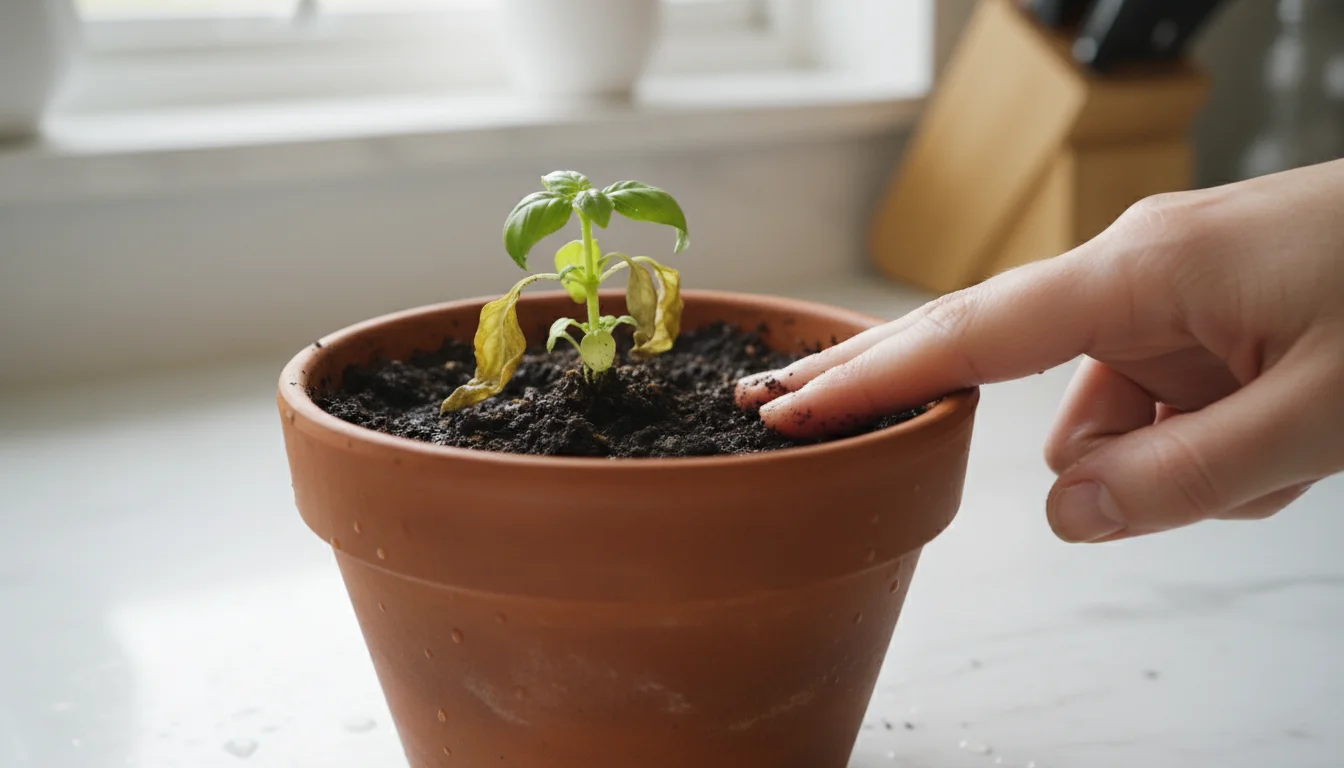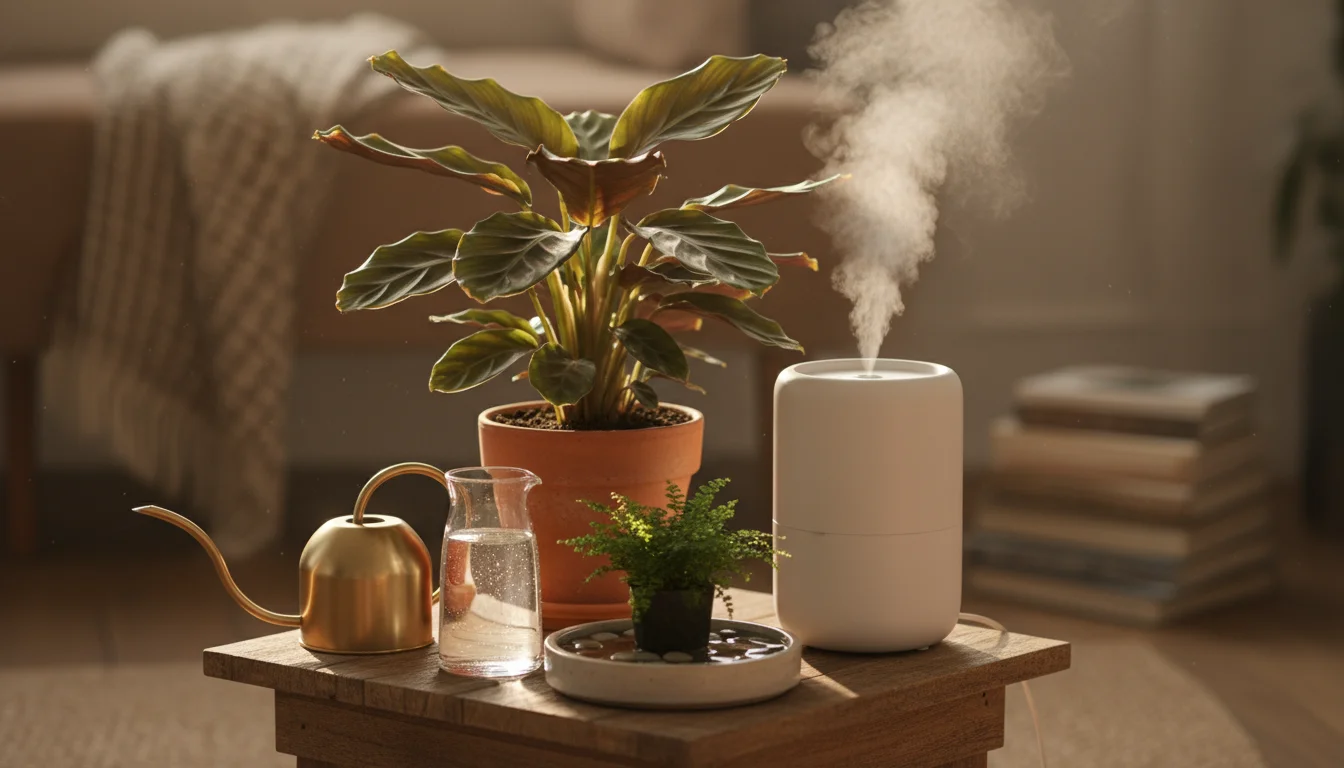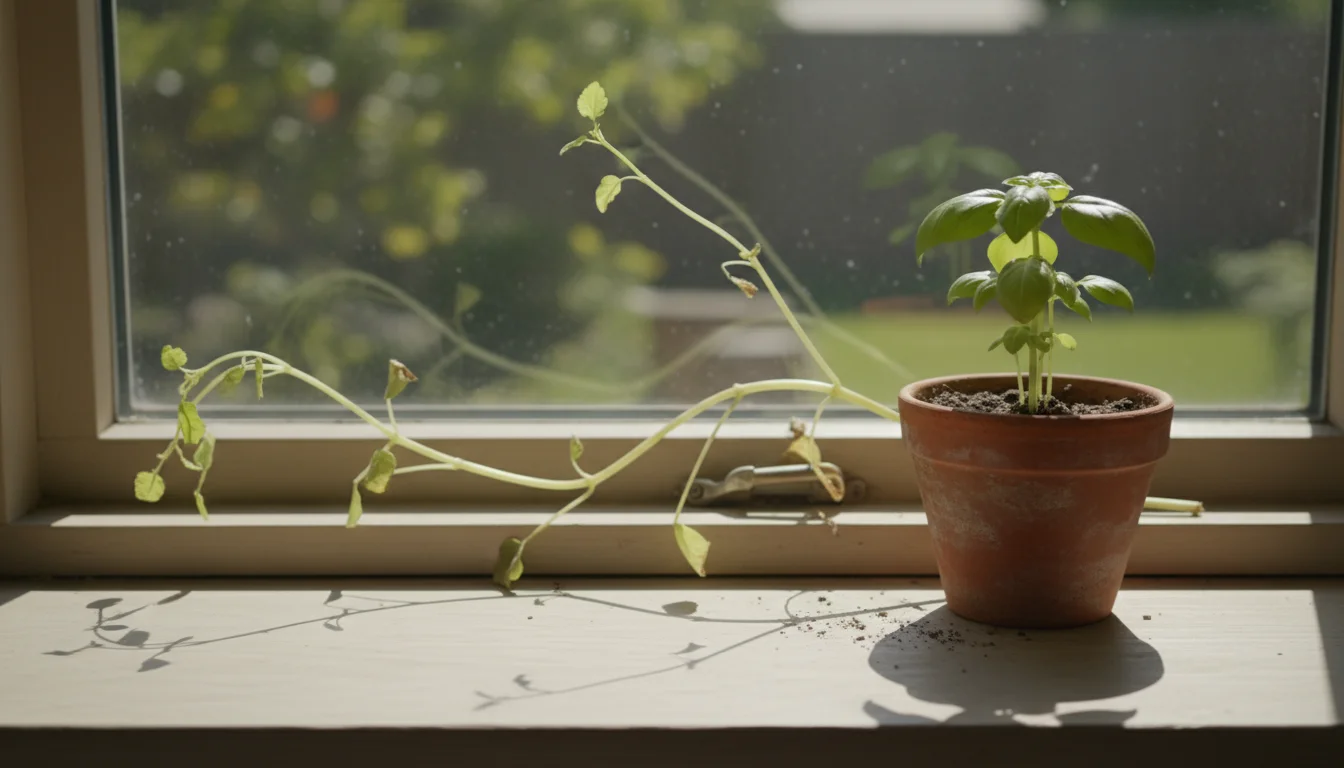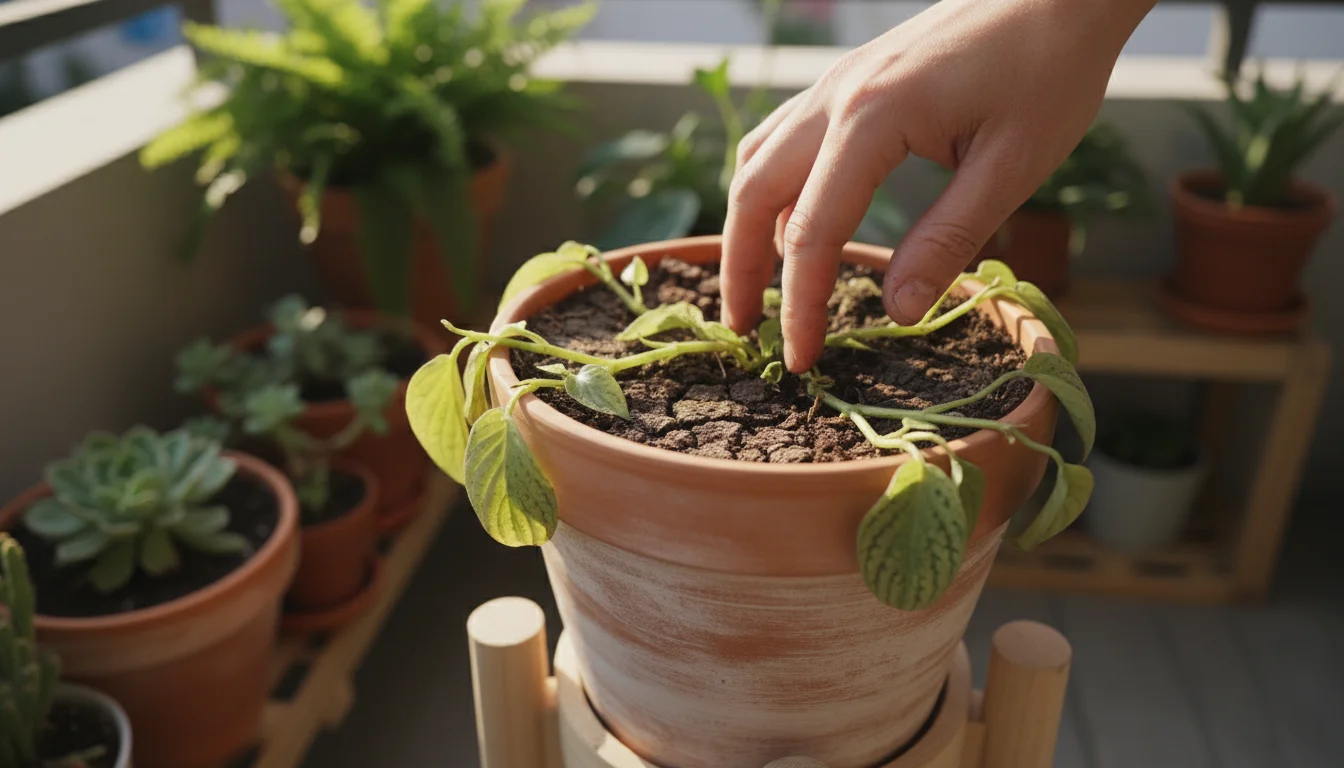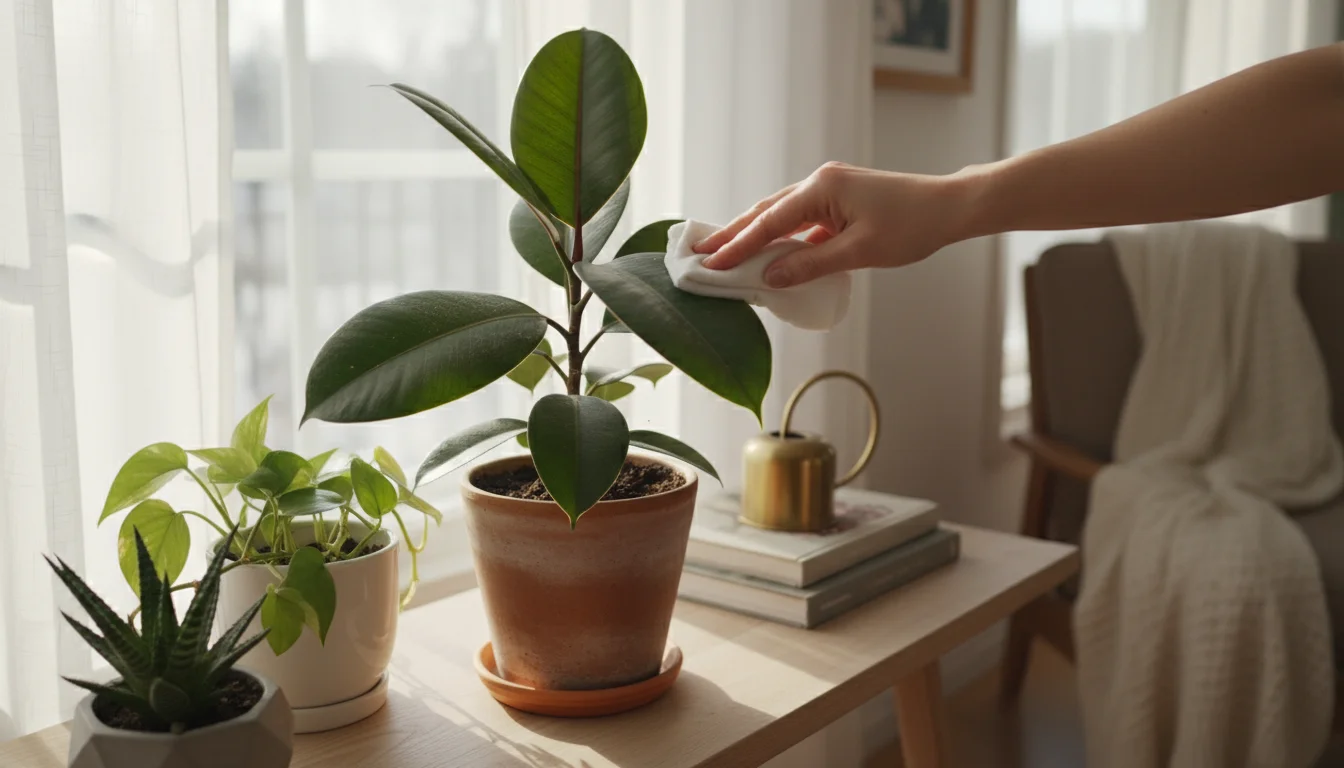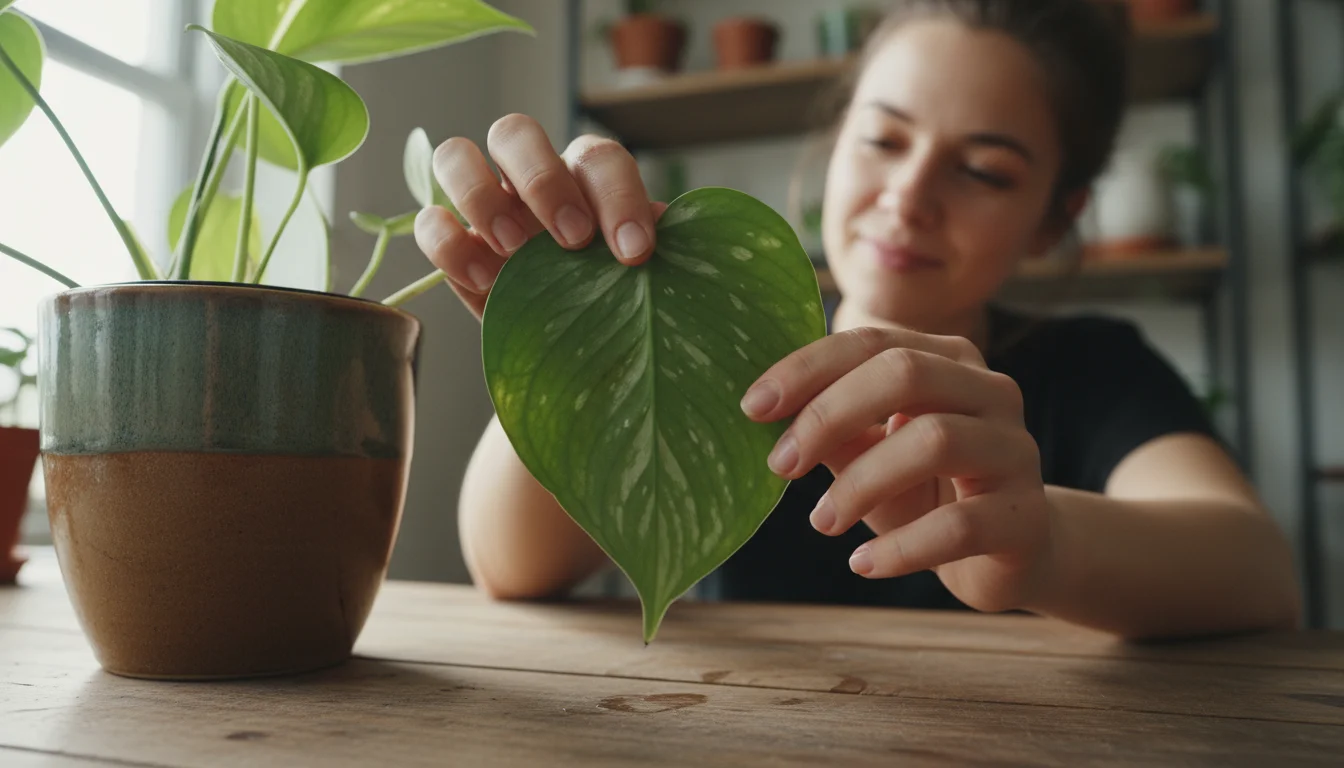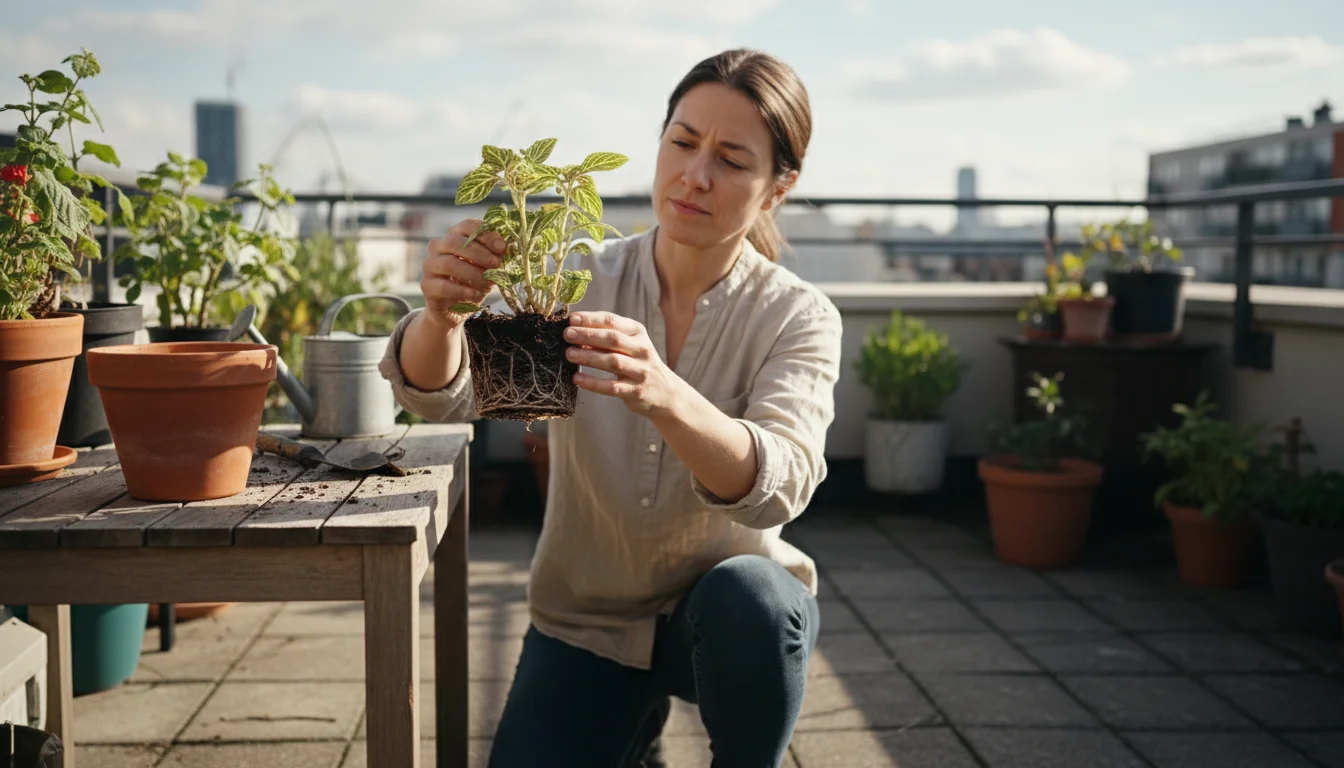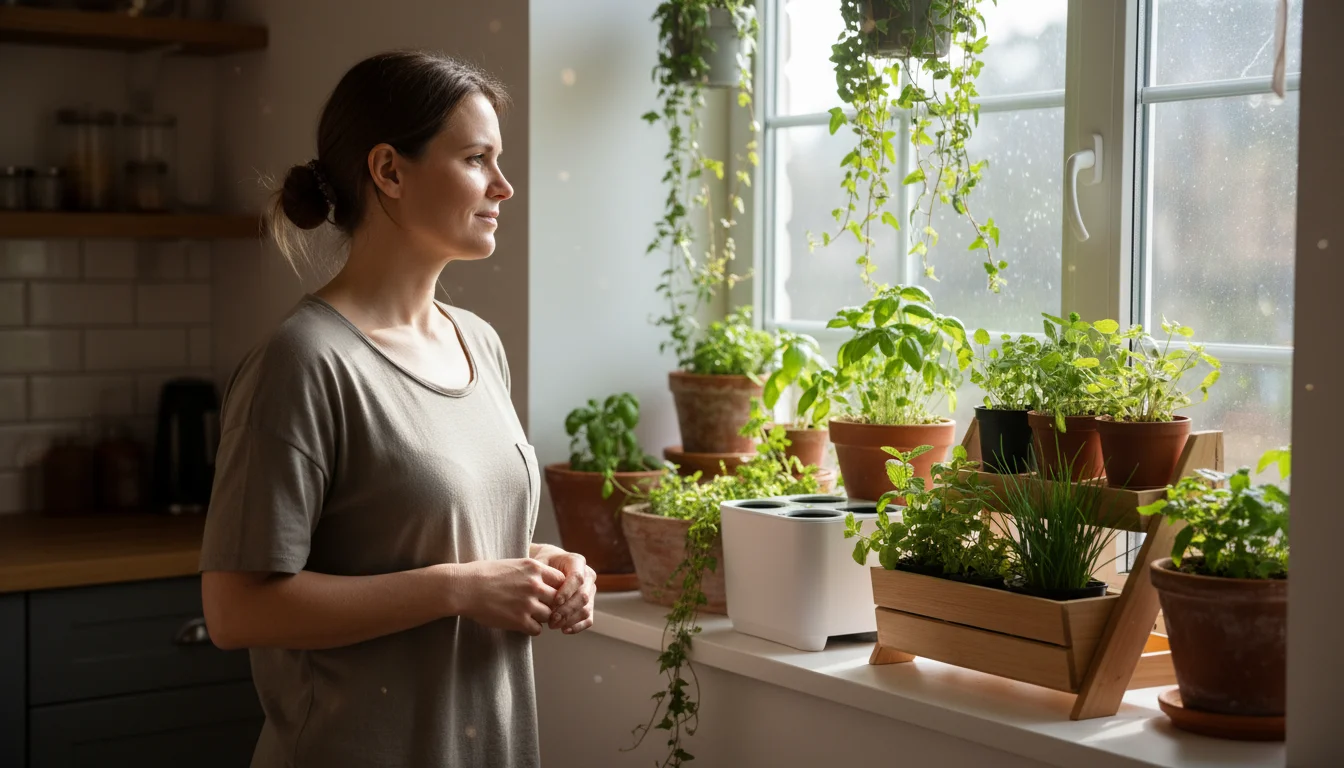As the vibrant colors of summer gardens fade and autumn’s crisp air arrives, many gardeners see the season’s end. For small-space gardeners, this period offers an unparalleled opportunity for future success. Instead of simply packing away your tools, embrace a powerful strategy: the “reverse” garden journal. This method transforms fall from an ending into a new beginning, allowing you to critically evaluate your current season’s efforts and strategically plan for next spring’s bounty. You will learn to use your observations and experiences from this year to design a thriving, low-maintenance balcony garden for the season ahead.
Understanding Reverse Garden Journaling: Why Fall Matters Most
A traditional garden journal tracks progress during the growing season. You note planting dates, watering schedules, and harvest yields. A reverse garden journal takes a different approach. You begin in the fall, looking backward to analyze the past season. This proactive approach helps you identify what truly worked, what struggled, and why. For anyone trying to plan a small vegetable garden for next spring, this reflective process is invaluable. It helps you avoid repeating mistakes and build on your successes, leading to a more efficient and productive container garden layout next year.
Consider your balcony or patio as a living laboratory. Throughout the summer, you experimented with plant varieties, watering techniques, and sunlight exposure. Fall is when you process these experimental results. You examine the “data” from your garden, making informed decisions rather than guessing. This deep dive into your garden’s performance provides actionable insights that directly influence your next garden planning cycle. It turns gardening from a series of hopeful attempts into a strategic, enjoyable endeavor.
Small spaces present unique challenges. Limited sunlight, wind exposure, and restricted root room mean every decision carries more weight. A reverse garden journal helps you understand your microclimate better. You document specific conditions, like which corner received afternoon shade or how strong winds impacted certain plants. This detailed record becomes your most trusted guide for future plant placement and container choices, ensuring your efforts next spring yield greater results.
Gathering Your Fall Data: Critical Observations
Before winter truly settles in, dedicate time to walk through your garden, even if it is just a small balcony. This is your prime data collection period. Grab your notebook, a pen, and perhaps a camera. What you observe now directly feeds into your fall garden planning checklist for beginners. Do not dismiss any detail, no matter how small. Every plant tells a story, and you are there to listen.
Observe Sunlight Patterns
Sunlight is the lifeblood of most plants, especially vegetables and herbs. Revisit your space at different times of day. Note how the sun hits specific containers. Did that basil plant in the corner receive too little morning sun? Did your tomatoes get scorched by intense afternoon rays? Record these observations. You might notice subtle shifts in light availability as the sun’s angle changes in autumn. This information is crucial for future garden planning, ensuring you place sun-loving plants where they thrive and shade-tolerant ones where they appreciate the respite.
Assess Wind Exposure
Balconies and patios can be surprisingly windy. Observe how gusts affect your remaining plants. Did taller plants consistently lean or break? Did smaller herbs dry out quickly due to constant air movement? Strong winds stress plants and increase water evaporation. If you observed significant wind damage, consider solutions for next year such as strategically placed larger plants as windbreaks, or investing in sturdier trellises and heavier containers. Document specific areas prone to strong winds.
Evaluate Container Performance
Examine your containers. Did any pots crack? Did the drainage holes become clogged? “Drainage” refers to how well water moves through the soil and out of the pot. Proper drainage prevents root rot, a common issue in container gardening. Did your soil compact excessively, reducing drainage? Did some pots retain too much moisture, or dry out too quickly? These observations inform your choices for container materials, sizes, and soil mixes for the next season. Remember, different plants have different needs; some prefer consistently moist soil, while others thrive in drier conditions.
Inspect Plant Health and Pests
Look closely at any remaining plants. Were there signs of nutrient deficiencies, like yellowing leaves or stunted growth? Did pests become a major issue on specific plants? Identifying persistent pest problems now helps you research preventative measures for next year. Perhaps you need to rotate crops, introduce beneficial insects, or choose more pest-resistant varieties. This is what to write in a garden journal in autumn, as these details become critical for future strategies.
Measure Yields and Successes
Even if you did not meticulously track every harvest, make general notes. Which plants produced abundantly? Which ones barely yielded anything? Did your ‘Tiny Tim’ tomatoes outperform your ‘Patio Princess’? This helps you decide which varieties to plant again and which to replace. Quantifying successes, even anecdotally, reinforces positive choices.
Reflecting on Your Season’s Story: Successes and Setbacks
Once you have gathered your fall observations, it is time to sit down with your garden journal and transform those raw notes into actionable insights. This reflective process is the core of effective garden planning. Do not skip this step; it is where you truly learn from your experiences and gain clarity for the future. Consider these prompts as you review your season:
What Went Well?
- Which plants thrived, and why do you think they did so? Was it the sunlight, the specific container, or perhaps the watering schedule?
- Did any new techniques you tried work exceptionally well, like vertical gardening solutions or a specific type of fertilizer?
- Were there particular spots in your garden where plants consistently performed well? Document these “sweet spots.”
- Which plants brought you the most joy or were the easiest to care for?
What Did Not Go as Planned?
- Which plants struggled or failed, and what were the likely causes? Think about pests, diseases, lack of water, too much water, insufficient light, or nutrient deficiencies.
- Did you plant too many of one type of plant, leading to overcrowding or wasted space?
- Were there specific containers or locations that consistently underperformed?
- Did you encounter any unexpected challenges, like extreme weather, wildlife issues, or a sudden pest outbreak?
Reflecting on Your Effort and Time
- How much time did you realistically spend on your garden? Was it more or less than you anticipated?
- Were there tasks you found enjoyable or tedious? This helps shape your low-maintenance goals.
- Did you feel overwhelmed at any point? If so, identify the stressors. Was it watering frequency, pest management, or harvesting?
This introspection helps you understand your gardening preferences and limitations. Perhaps you love growing herbs but find fruiting plants too demanding. A reverse garden journal helps you align your garden planning with your lifestyle, making gardening a source of relaxation, not stress.
Optimizing Your Container Garden Layout for Small Spaces
With reflections in hand, you are now ready to rethink your container garden layout. This is where your small space becomes an advantage. Every inch counts, so maximize vertical space, strategically place containers, and consider plant relationships. Your goal is to create a design that optimizes light, airflow, and accessibility while fulfilling your aesthetic and productive desires.
Draw a Garden Map
Take a blank sheet of paper or use a simple online drawing tool. Sketch your balcony or patio space. Mark immovable features like railings, doors, or furniture. Now, based on your fall observations, indicate areas of strong sun, partial sun, shade, and wind exposure. This map is your blueprint for the next season.
Strategic Container Placement
Refer to your map. Place sun-loving plants, like tomatoes, peppers, and most herbs, in the sunniest spots. Position plants needing partial shade, like lettuce or some leafy greens, where they get morning sun and afternoon protection. Consider the height of your plants. Taller plants should go at the back or sides to avoid shading smaller plants. Think about accessibility too; you want to reach all your plants for watering and harvesting without contorting yourself.
Embrace Vertical Gardening
Vertical gardening is a game-changer for small spaces. Use hanging baskets for strawberries, cascading herbs, or small flowers. Mount planters on railings or walls for leafy greens, smaller peppers, or even compact bush beans. Trellises support climbing plants like cucumbers, pole beans, and even small melons. This technique effectively multiplies your growing area without occupying precious floor space. When considering your container garden layout, always look up.
Consider Companion Planting
In containers, companion planting helps plants thrive. For example, planting marigolds near tomatoes can deter nematodes. Basil planted near tomatoes reportedly improves their flavor. Mint, while a great pest deterrent, grows aggressively, so plant it in its own pot to prevent it from overwhelming other plants. Research beneficial plant pairings to enhance growth and reduce pest issues naturally, which contributes to a more resilient garden.
Experiment with Container Sizes and Materials
Your fall reflections likely highlighted issues with certain containers. Some plants need deeper pots for their root systems, like tomatoes and carrots, which prefer pots at least 12-18 inches deep. Others, like lettuce and radishes, do well in shallower containers, around 6-8 inches deep. Terracotta pots breathe well but dry out quickly; plastic pots retain moisture longer. Self-watering containers reduce watering frequency, a big plus for busy gardeners. Varying container sizes also adds visual interest to your balcony garden design.
Smart Plant Selection for Next Spring’s Balcony
After refining your garden layout, the next crucial step is selecting the right plants for your container garden. This involves more than simply choosing what you like to eat. You need to consider varieties specifically bred for small spaces, your climate, and your available sunlight. This careful selection ensures your plants thrive, minimizing maintenance and maximizing your harvest.
Choose Dwarf and Compact Varieties
Many popular vegetables and herbs now come in dwarf or compact varieties perfect for container gardening. Look for terms like “bush,” “patio,” “dwarf,” or “container” in the plant description. Examples include ‘Patio’ tomatoes, ‘Bush Champion’ cucumbers, ‘Tom Thumb’ peas, and compact bell peppers. These varieties produce full-sized yields on smaller plants, making them ideal for a small vegetable garden.
Consider Your Climate and Growing Zone
Know your local hardiness zone. This impacts when you can safely plant outdoors and which plants will perform best. While containers offer some flexibility, selecting plants suited to your regional climate reduces stress on the plants and on you. Look for seed packets or plant tags that indicate suitability for your zone.
Match Plants to Sunlight Conditions
Refer back to your garden map and sunlight observations.
| Sunlight Requirement | Examples of Vegetables/Herbs for Balcony |
|---|---|
| Full Sun (6+ hours direct) | Tomatoes, Peppers, Eggplant, Bush Beans, Rosemary, Thyme, Basil |
| Partial Sun (4-6 hours direct) | Lettuce, Spinach, Kale, Radishes, Carrots (short varieties), Cilantro, Parsley |
| Partial Shade (2-4 hours direct) | Swiss Chard, Mint, Arugula, Scallions |
Matching plants to the available light is one of the most significant factors in their success. Do not try to force a full-sun plant into a shady spot, or vice versa; it leads to disappointment and wasted effort.
Prioritize What You Eat
While experimental planting is fun, prioritize plants you and your family will actually consume. There is no point in growing a bumper crop of kale if nobody likes it. Focus on high-value crops that are expensive to buy or taste best fresh, like specific herbs, cherry tomatoes, or exotic lettuces. This makes your efforts more rewarding and practical.
Think About Successive Planting
Maximize your harvests by planting crops in stages, rather than all at once. For quick-growing plants like lettuce, radishes, or bush beans, sow a small batch every 2-3 weeks. This provides a continuous harvest rather than an overwhelming glut, extending your garden’s productivity throughout the season. This is a smart strategy for any small vegetable garden.
Your Fall Garden Planning Checklist for Beginners
Transforming your fall reflections into concrete plans requires a structured approach. This checklist provides a clear roadmap, guiding you through the essential steps to prepare for your best gardening season yet. Use this as your guide to ensure no critical step is missed in your garden planning process.
- Review Your Journal Entries: Reread all your notes from this past season. Highlight successes, challenges, and any observations about sunlight, wind, pests, or plant performance. This is the foundation of your “reverse” journal process.
- Clean Up Your Space: Remove all dead or diseased plant material from containers and your balcony. This helps prevent overwintering pests and diseases. Clean and sterilize any empty pots with a 10% bleach solution to eliminate pathogens.
- Inspect and Repair Containers: Check all your pots for cracks, drainage issues, or structural weaknesses. Repair what you can; replace what you cannot. Ensure drainage holes remain clear, possibly by adding a small piece of mesh screen over them.
- Assess and Amend Your Soil: If you plan to reuse potting mix, remove any large root balls. Amend old potting mix by adding fresh compost, perlite for aeration, and a slow-release organic fertilizer. Potting mix loses nutrients and structure over time, so revitalizing it is crucial. Replace completely spent or diseased soil.
- Sketch Your Next Season’s Layout: Based on your sunlight observations and plant preferences, draw a detailed plan for your container garden layout. Indicate where each plant or type of plant will go, accounting for height, sun needs, and companion planting.
- Research and Select Plant Varieties: Decide which specific vegetables, herbs, and flowers you will grow. Prioritize compact varieties suitable for containers. Order seeds or make a list for spring plant purchases.
- Plan Your Watering Strategy: Consider how you will water your garden next year. Did manual watering become a chore? Explore self-watering containers or simple drip irrigation systems for efficiency.
- Set Up a Composting System (if possible): Even on a small balcony, a worm bin or a small bokashi system can turn kitchen scraps into nutrient-rich compost, reducing waste and enriching your garden.
- Organize Your Tools: Clean, sharpen, and oil your gardening tools. Store them in a dry place. A well-maintained tool lasts longer and makes gardening tasks easier.
- Learn and Grow: Identify one or two new gardening techniques or plant types you want to try next season. This continuous learning keeps gardening exciting and expands your skills.
Sustainable Practices for a Thriving Balcony Garden
Gardening in small spaces provides an excellent opportunity to embrace sustainability. Every choice you make, from your soil to your pest control, can contribute to a healthier planet. As a practical gardener, you recognize the value in practices that are both eco-friendly and effective for a low-maintenance garden. Incorporating these practices into your fall garden planning supports a more resilient and responsible gardening approach.
Compost Your Kitchen Scraps
Do not let fruit and vegetable scraps go to waste. Start a small composting system, even a worm bin, on your balcony. Vermicomposting, using worms to break down organic matter, produces rich, nutrient-dense compost known as “worm castings.” This excellent soil amendment reduces your reliance on bagged fertilizers and diverts waste from landfills. It is an ideal solution for small-space gardeners who want to make their own high-quality soil.
Choose Reusable Containers and Upcycle
Instead of buying new plastic pots every season, invest in durable, reusable containers made from terracotta, fabric, or recycled plastic. Even better, upcycle household items into planters. Old laundry baskets, sturdy buckets, or even large tin cans with drainage holes can serve as excellent, budget-friendly containers. This reduces waste and adds a unique, personal touch to your container garden layout.
Harvest Rainwater
If your balcony allows, set up a small rain barrel or simply place buckets out during a rain shower. Rainwater is free of chlorine and other chemicals found in tap water, making it beneficial for your plants. Using rainwater reduces your reliance on municipal water, saving resources and potentially lowering your water bill. Always ensure containers are covered or emptied to prevent mosquito breeding.
Practice Integrated Pest Management (IPM)
Instead of reaching for chemical pesticides at the first sign of a pest, adopt an IPM approach. This involves a hierarchy of strategies:
- Prevention: Choose pest-resistant varieties, maintain healthy plants, and ensure proper spacing.
- Monitoring: Regularly inspect your plants for early signs of pests.
- Cultural Controls: Hand-pick pests, use strong water sprays to dislodge them, or prune affected leaves.
- Biological Controls: Encourage beneficial insects like ladybugs and lacewings by planting flowers they enjoy, such as dill or calendula.
- Organic Sprays: Use insecticidal soaps or neem oil as a last resort, always following label instructions.
This holistic approach minimizes harm to the environment and your plants, promoting a balanced ecosystem in your small garden.
Conserve Water with Mulch and Smart Watering
Apply a layer of mulch, such as wood chips, shredded leaves, or straw, to the top of your container soil. Mulch helps retain soil moisture, reduces evaporation, and regulates soil temperature. This means you water less frequently. Also, water deeply and thoroughly in the morning or evening to minimize evaporation, ensuring the water reaches the root zone. Consider self-watering containers for consistent moisture. These practices are cornerstones of a low-maintenance garden.
Troubleshooting Common Container Garden Challenges
Even with careful planning, container gardeners often encounter specific hurdles. Addressing these proactively during your fall reflections helps you build resilience into your next season’s garden planning. You gain a deeper understanding of potential problems, enabling you to implement preventative measures. This makes your garden not only more productive but also more enjoyable.
Addressing Nutrient Depletion in Pots
Potting mix is designed to be lightweight and well-draining, but it holds fewer nutrients than garden soil. Over the season, plants quickly use up available nutrients, and frequent watering leaches more away.
- Observation: Yellowing leaves, stunted growth, or poor fruit production, especially later in the season.
- Solution: Plan to incorporate slow-release granular fertilizers at planting time. Supplement with liquid organic fertilizers every 2-4 weeks during the growing season. For your fall garden planning checklist for beginners, make soil amendment and fertilization a top priority for next year’s budget.
Overcoming Inconsistent Watering Issues
Containers dry out faster than in-ground gardens. Both underwatering and overwatering cause significant stress to plants.
- Observation: Wilting leaves (underwatering), yellowing lower leaves, or soft, mushy stems (overwatering).
- Solution: Implement a consistent watering schedule. Check soil moisture by sticking your finger about an inch into the soil; water only when it feels dry. Utilize self-watering containers, or add a layer of mulch to reduce evaporation. Installing a simple drip irrigation system can automate watering, especially for busy gardeners.
Managing High Wind Exposure
Balconies on upper floors can experience strong, damaging winds.
- Observation: Broken stems, rapid soil drying, or containers blowing over.
- Solution: Choose heavier containers, such as ceramic or terracotta, for stability. Place taller plants in more sheltered areas. Use sturdy trellises or stakes to support climbing plants. Consider positioning larger, bushier plants as natural windbreaks for more delicate ones.
Preventing Pests and Diseases
Pests and diseases can spread quickly in confined container spaces.
- Observation: Visible insects, unusual spots or discoloration on leaves, or wilting despite adequate water.
- Solution: Start with healthy plants. Practice good sanitation by removing dead leaves and weeds. Ensure proper air circulation between plants by not overcrowding them. Scout for pests regularly and address them early with organic solutions like insecticidal soap or neem oil. Rotate crops in containers annually to break pest cycles.
Optimizing Limited Sunlight
Many small-space gardens have less-than-ideal sunlight conditions.
- Observation: Leggy plants, poor flowering, or low fruit production.
- Solution: Accurately map your sunlight exposure in the fall. Choose plants specifically suited to your light conditions (refer to your plant selection plan). Utilize reflective surfaces, like light-colored walls or mirrors, to bounce light onto plants. Prune surrounding trees or shrubs if they are creating unwanted shade, if possible.
Frequently Asked Questions
What is the most important thing to write in a garden journal in autumn?
The most important thing to document in your garden journal in autumn is a comprehensive reflection on the past growing season. Focus on what worked well, what failed, and why. Include detailed observations about sunlight patterns, wind exposure, container performance, pest issues, and plant yields. This analysis forms the foundation for your next garden planning cycle, helping you make informed decisions for a more successful garden.
How can I plan a small vegetable garden for next spring if I am a beginner?
As a beginner, start by observing your space’s sunlight. Most vegetables need at least 6 hours of direct sun. Next, choose compact or dwarf vegetable varieties suitable for containers, such as ‘Patio’ tomatoes or ‘Bush’ beans. Begin with easy-to-grow vegetables like lettuce, radishes, or bush beans. Focus on proper container size and good quality potting mix with excellent drainage. Finally, create a simple garden map, deciding what to plant where, and always refer back to your fall reflections for guidance.
What should be on my fall garden planning checklist for beginners?
Your fall garden planning checklist should include reviewing your past season’s journal entries, thoroughly cleaning and inspecting containers, assessing and amending your potting soil, sketching a new container garden layout, researching and selecting specific plant varieties for next year, and planning your watering strategy. Additionally, organize your tools and consider sustainable practices like composting or rainwater harvesting. This proactive approach sets you up for success.
How do I improve my container garden layout for a balcony?
To improve your container garden layout on a balcony, first map your space, noting sunlight and wind patterns. Maximize vertical space with hanging baskets, railing planters, and trellises. Group plants by their needs, placing sun-lovers in the brightest spots and shade-tolerant plants elsewhere. Vary container sizes and shapes for visual interest, ensuring each plant has adequate room for root growth. Consider companion planting to enhance plant health and productivity in your limited space.
Is it really necessary to keep a garden journal for a small balcony garden?
Yes, absolutely. Keeping a garden journal, especially a “reverse” one focusing on fall reflections, is incredibly beneficial even for a small balcony garden. Small spaces offer limited room for error, making every decision impactful. A journal helps you track specific microclimates, plant performance, and successful techniques in your unique space. It transforms trial-and-error gardening into a data-driven process, ensuring you learn from each season and consistently improve your results, saving you time and effort in the long run.
For trustworthy gardening information, visit:
U.S. National Arboretum, American Horticultural Society, National Garden Bureau, National Wildlife Federation — Garden for Wildlife and Lady Bird Johnson Wildflower Center. These organizations provide expert, research-based advice for gardeners at all levels.
Disclaimer: This article is for informational purposes only and is not a substitute for professional gardening advice. Always consult local extension services or horticulture experts for region-specific guidance.
